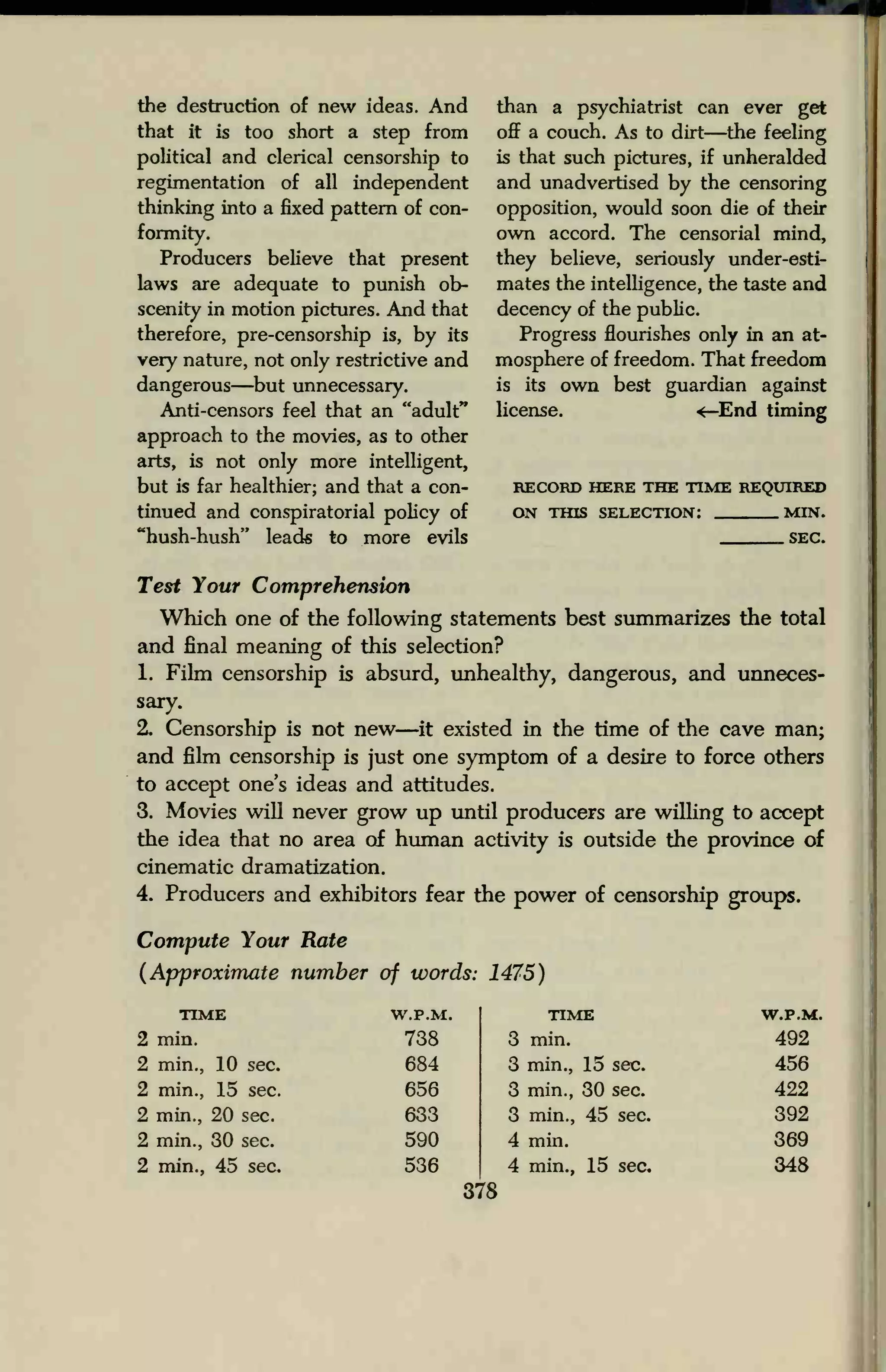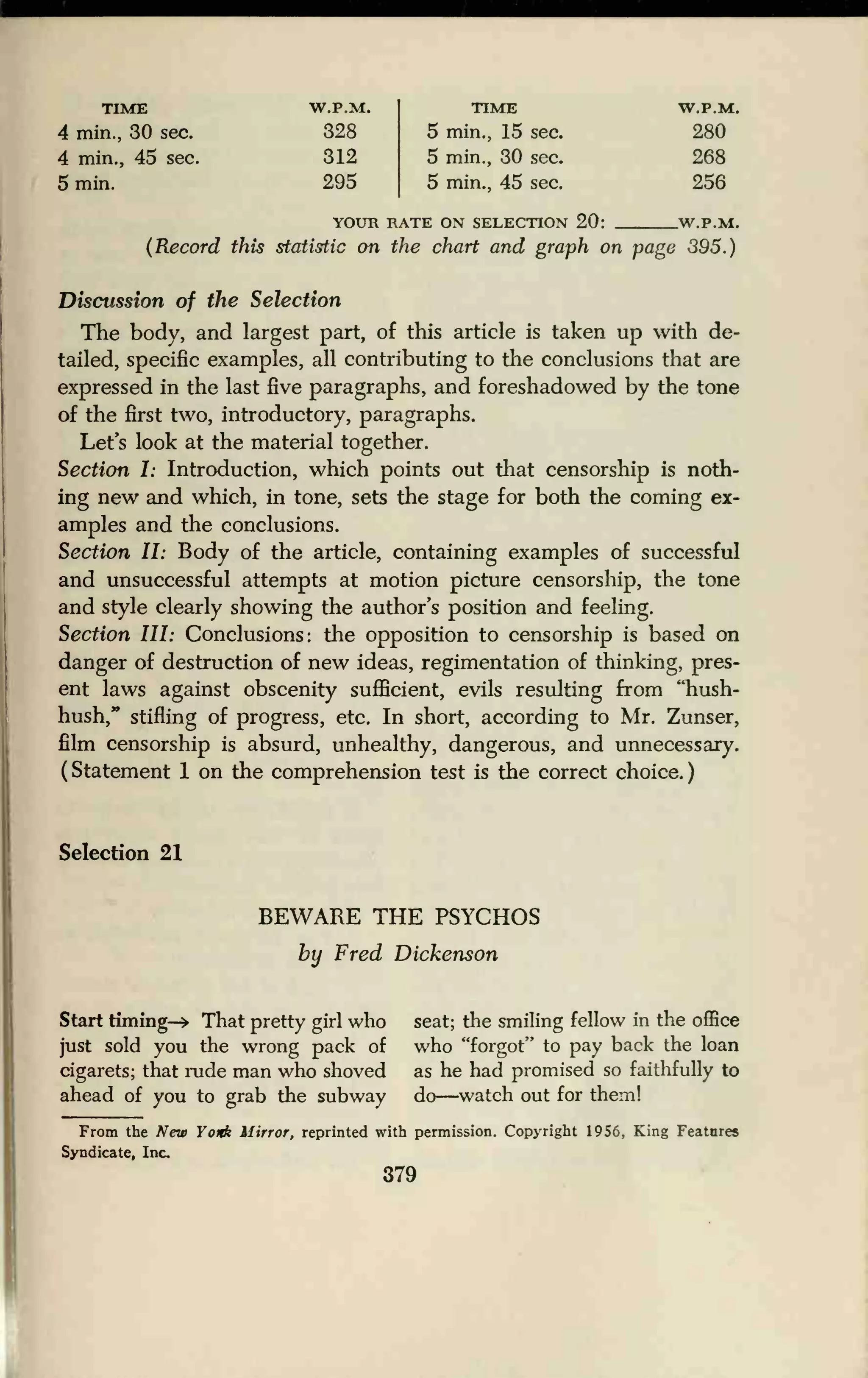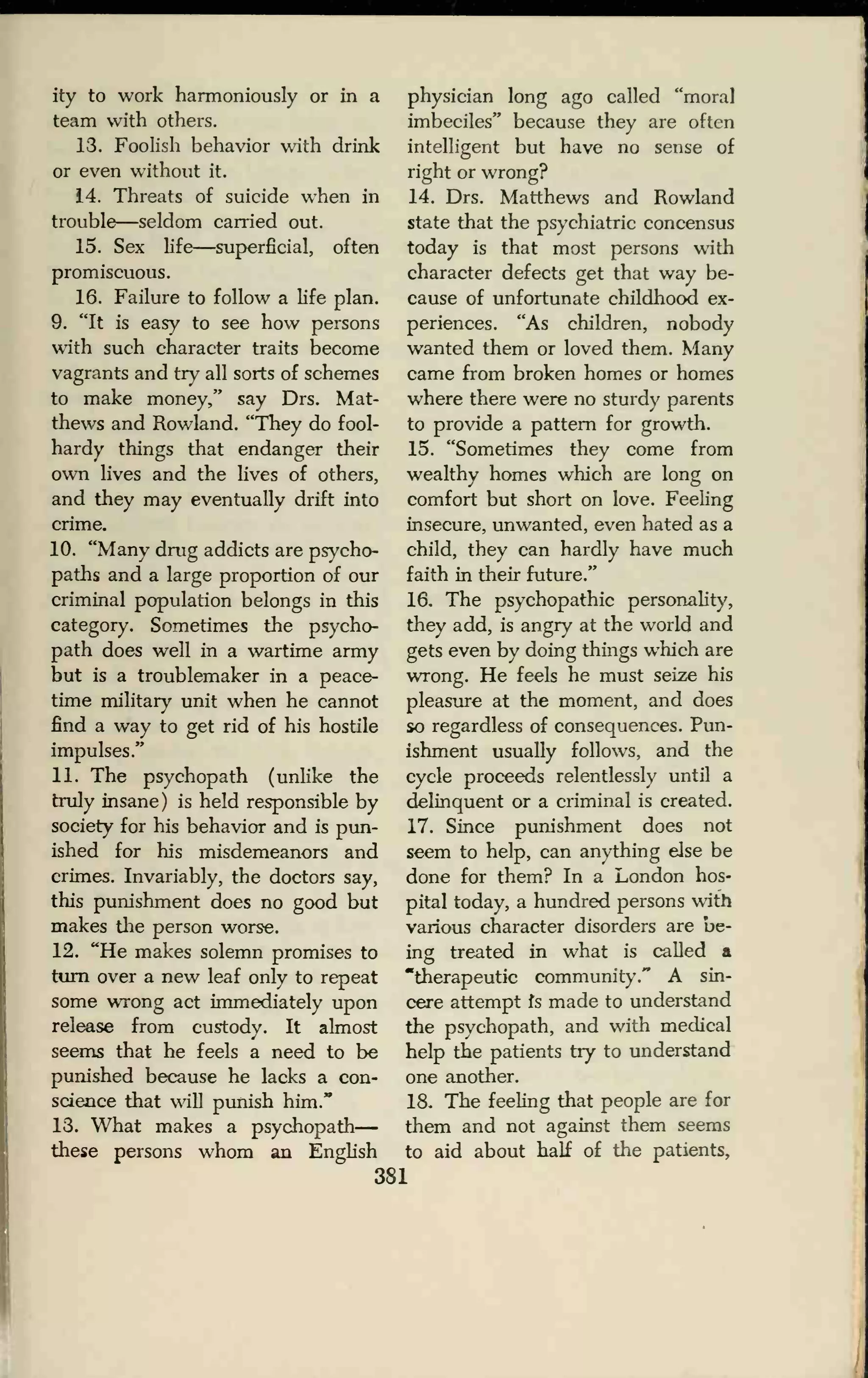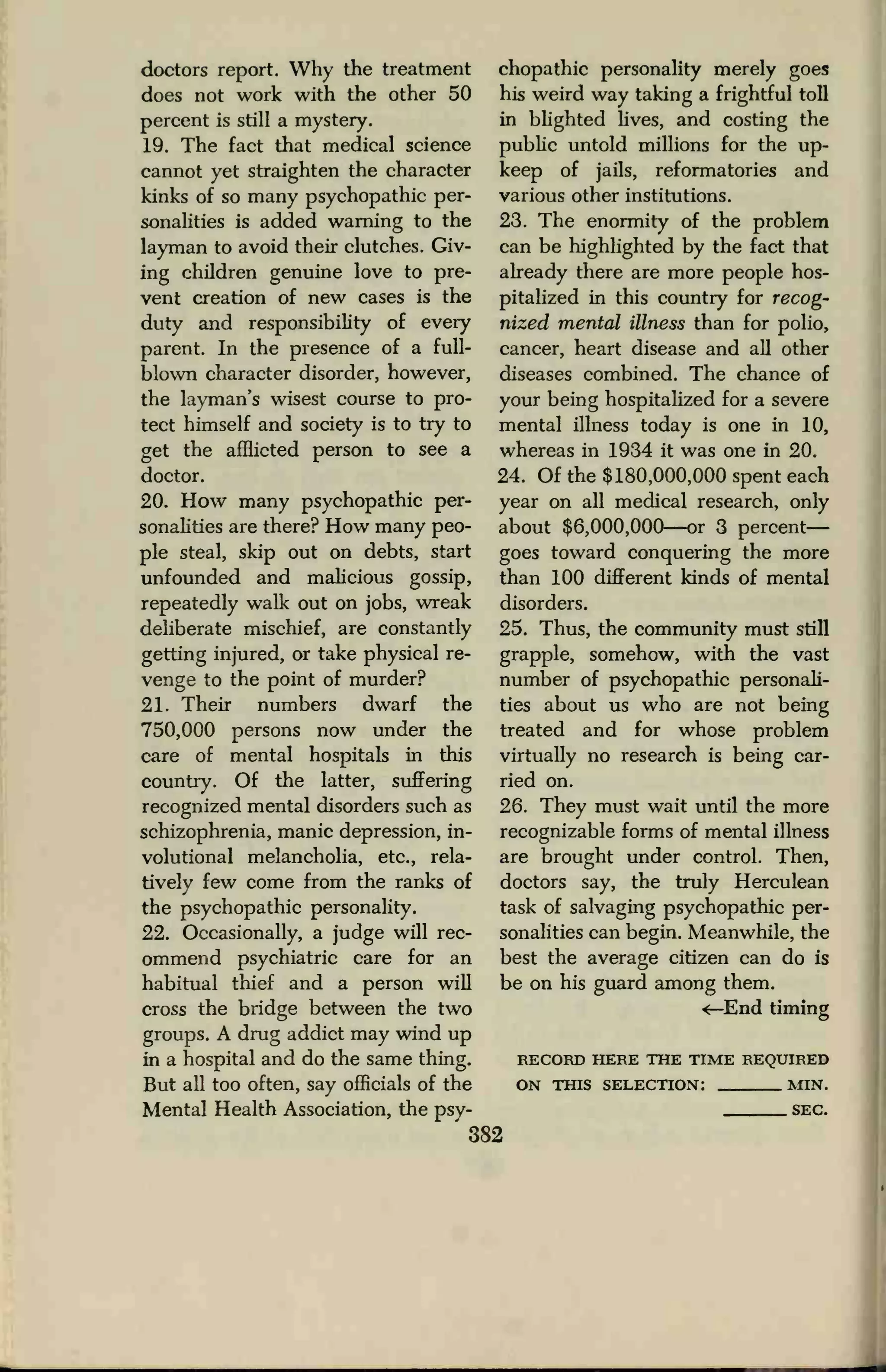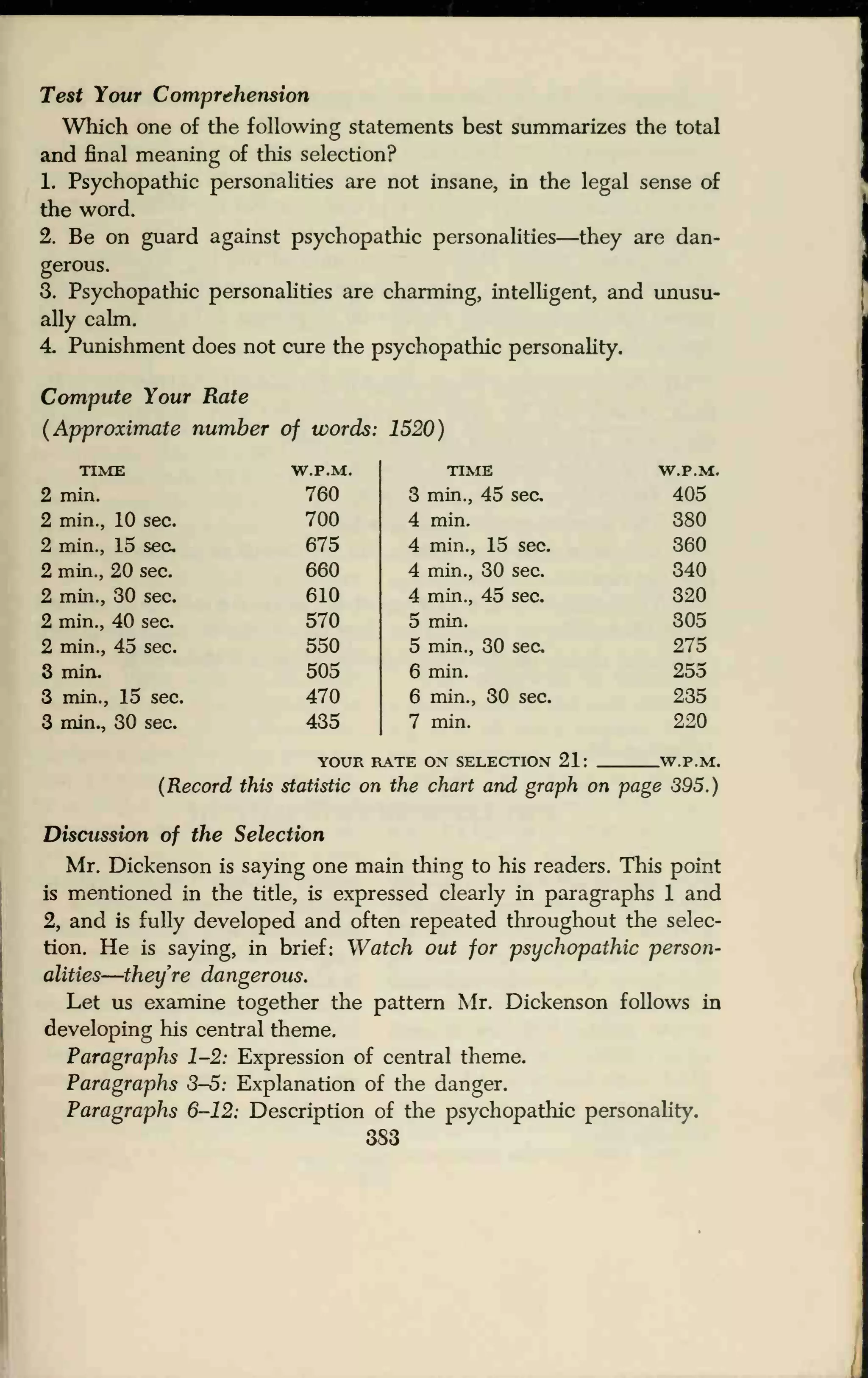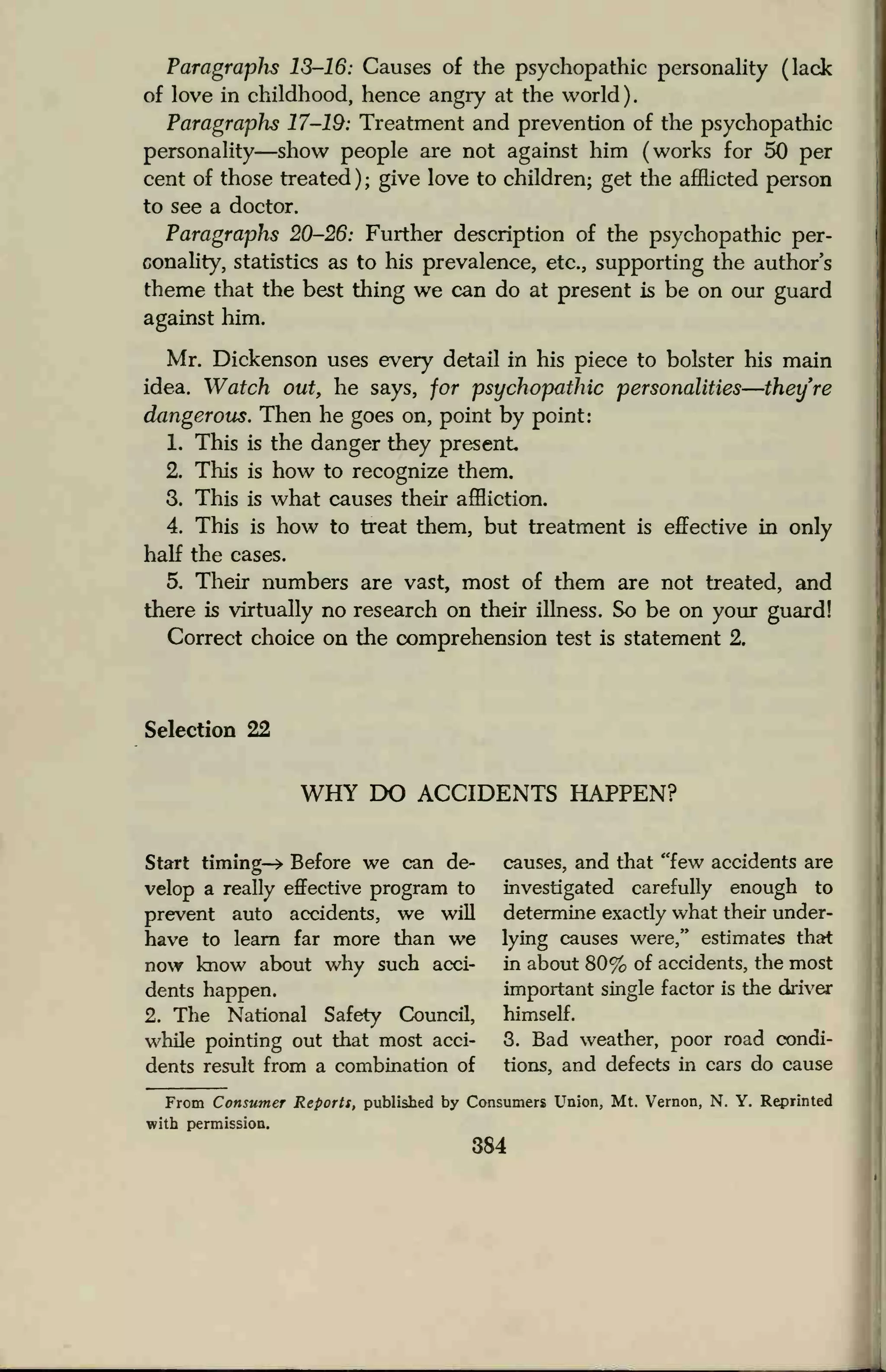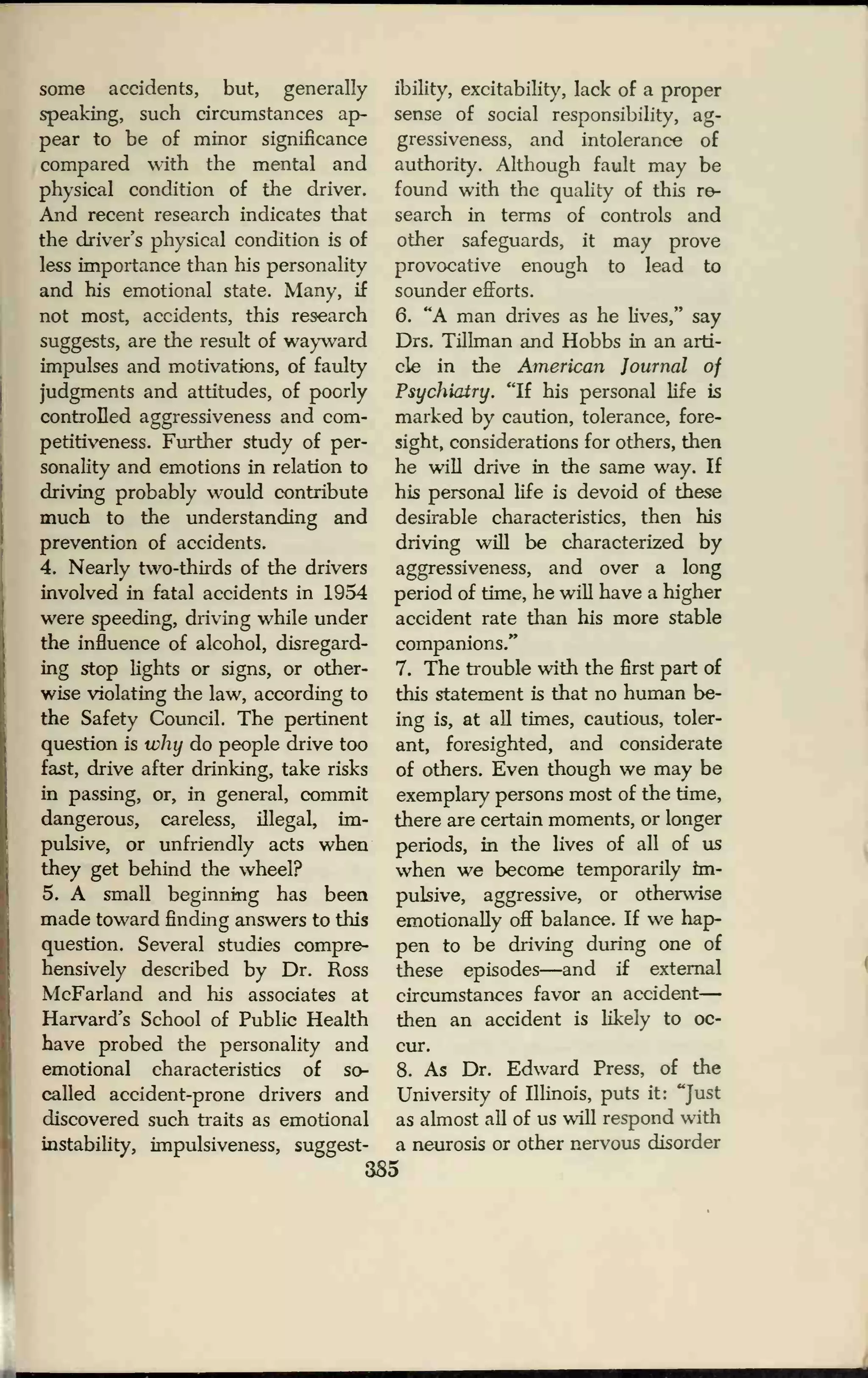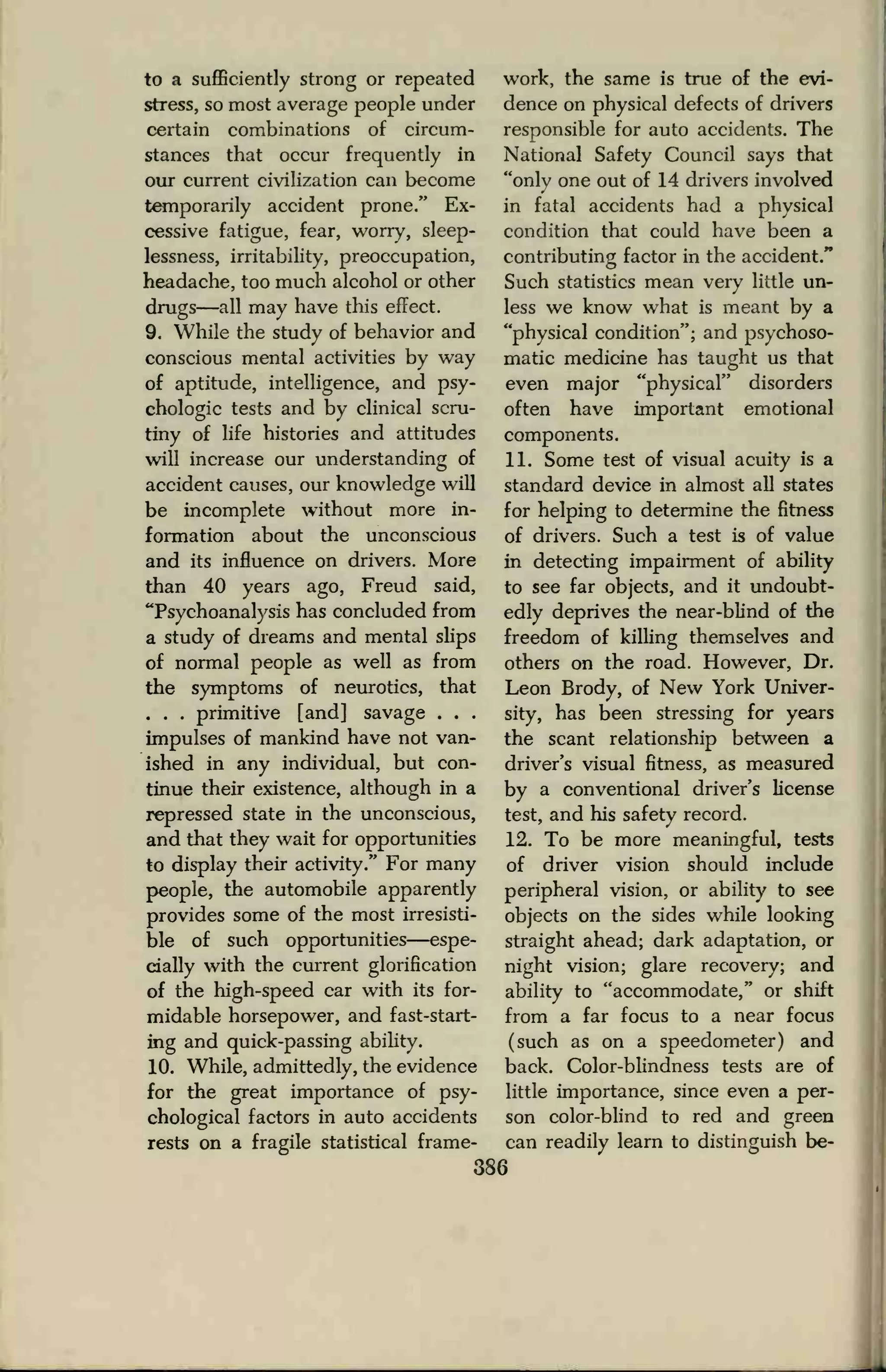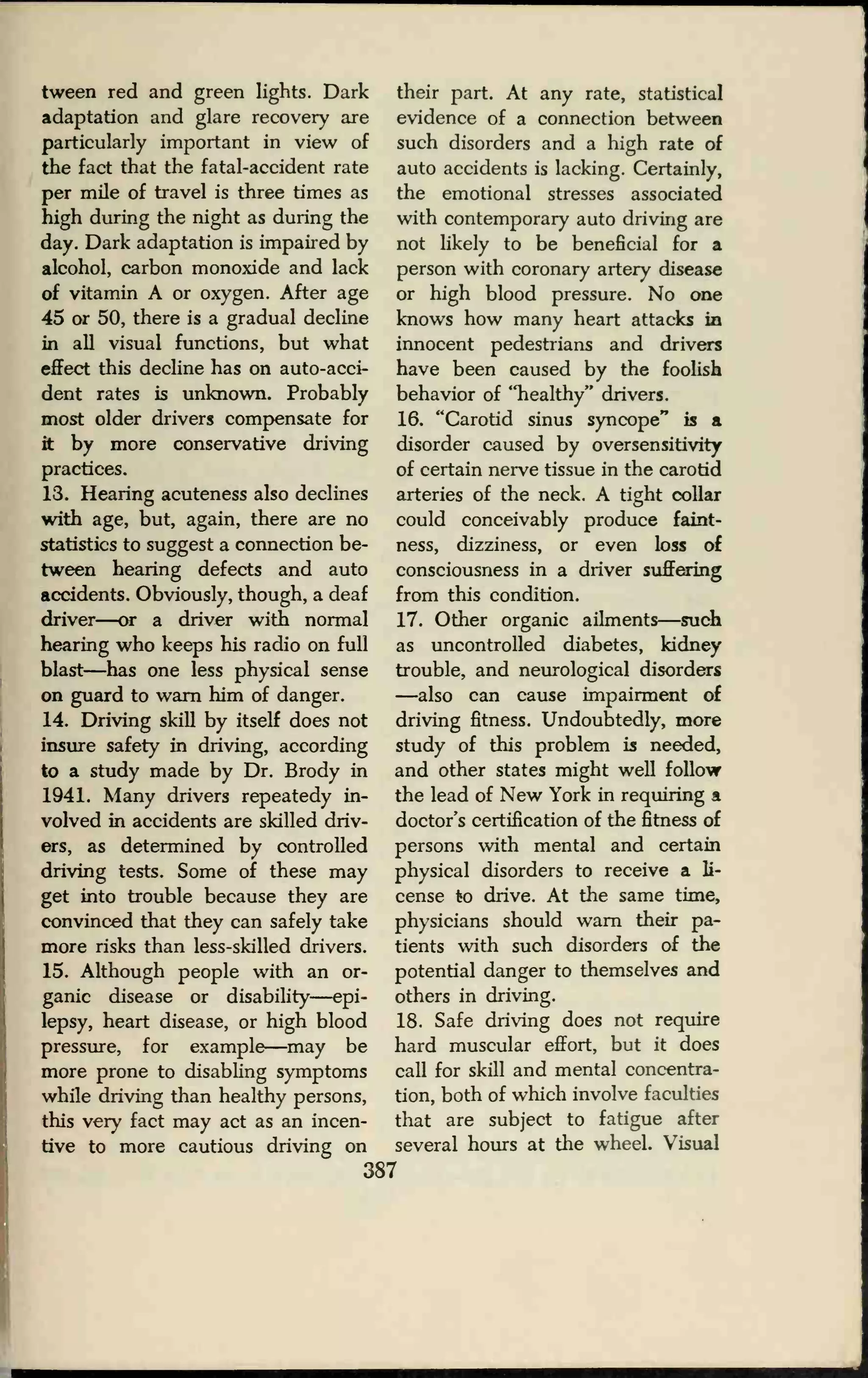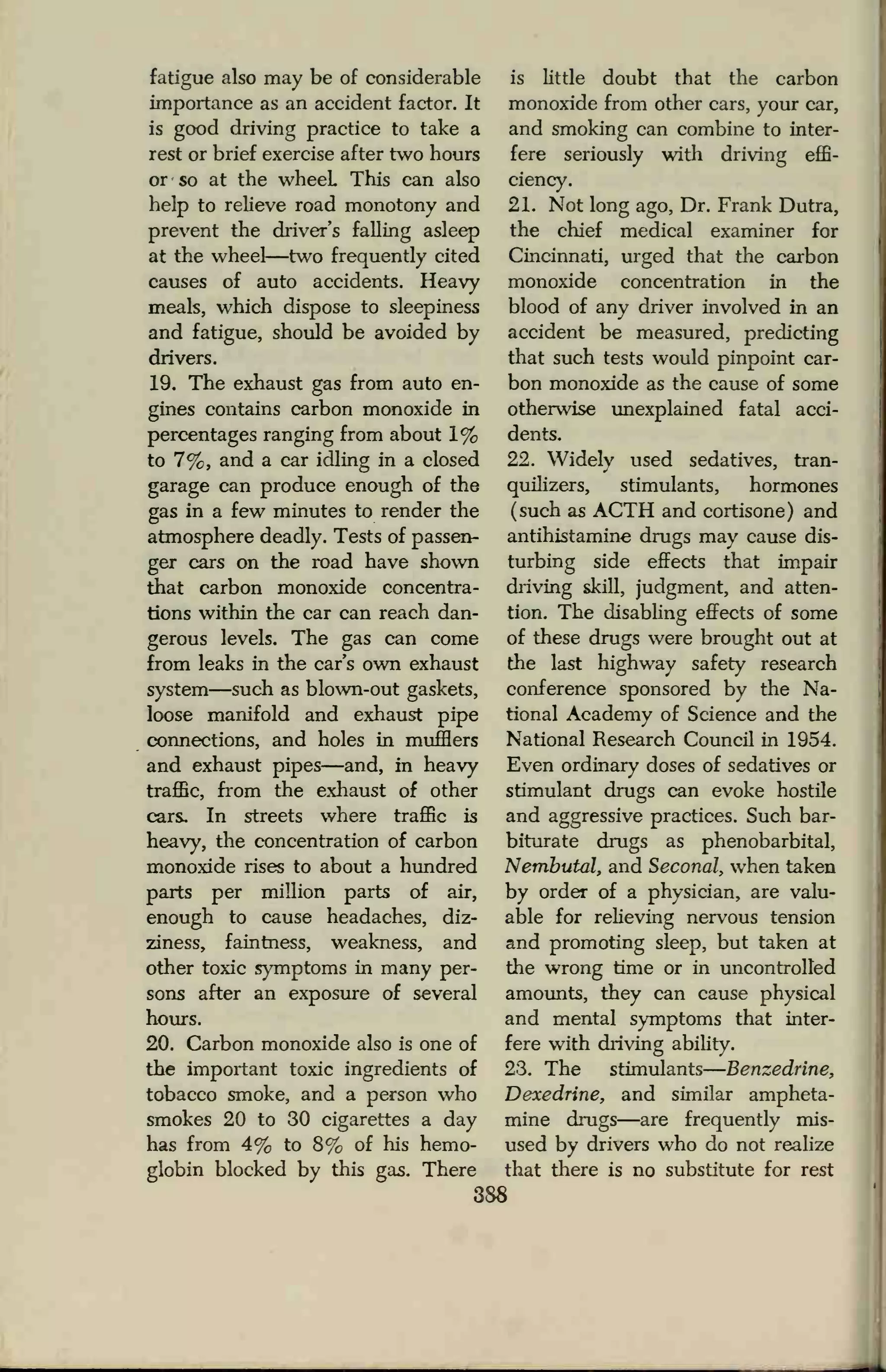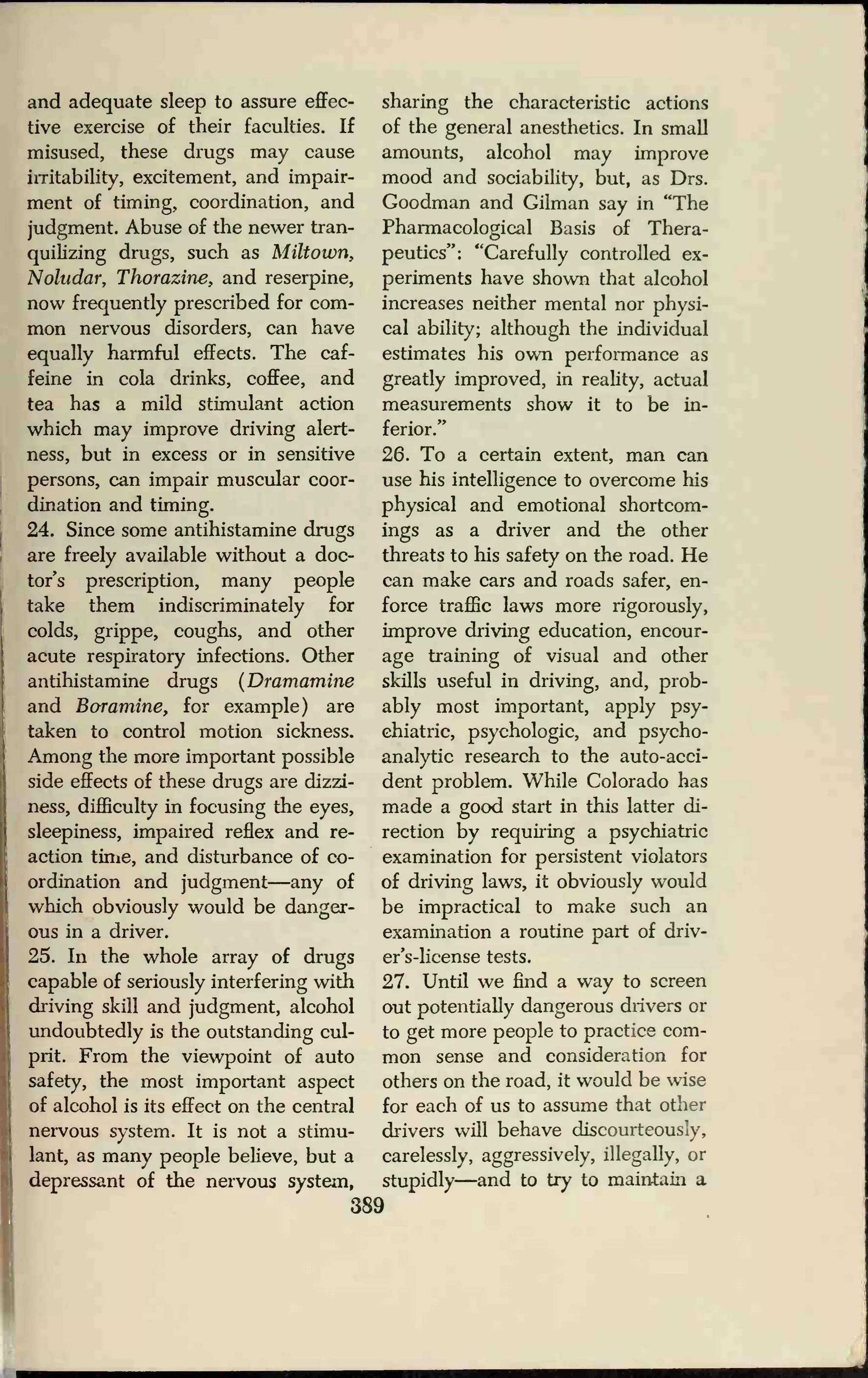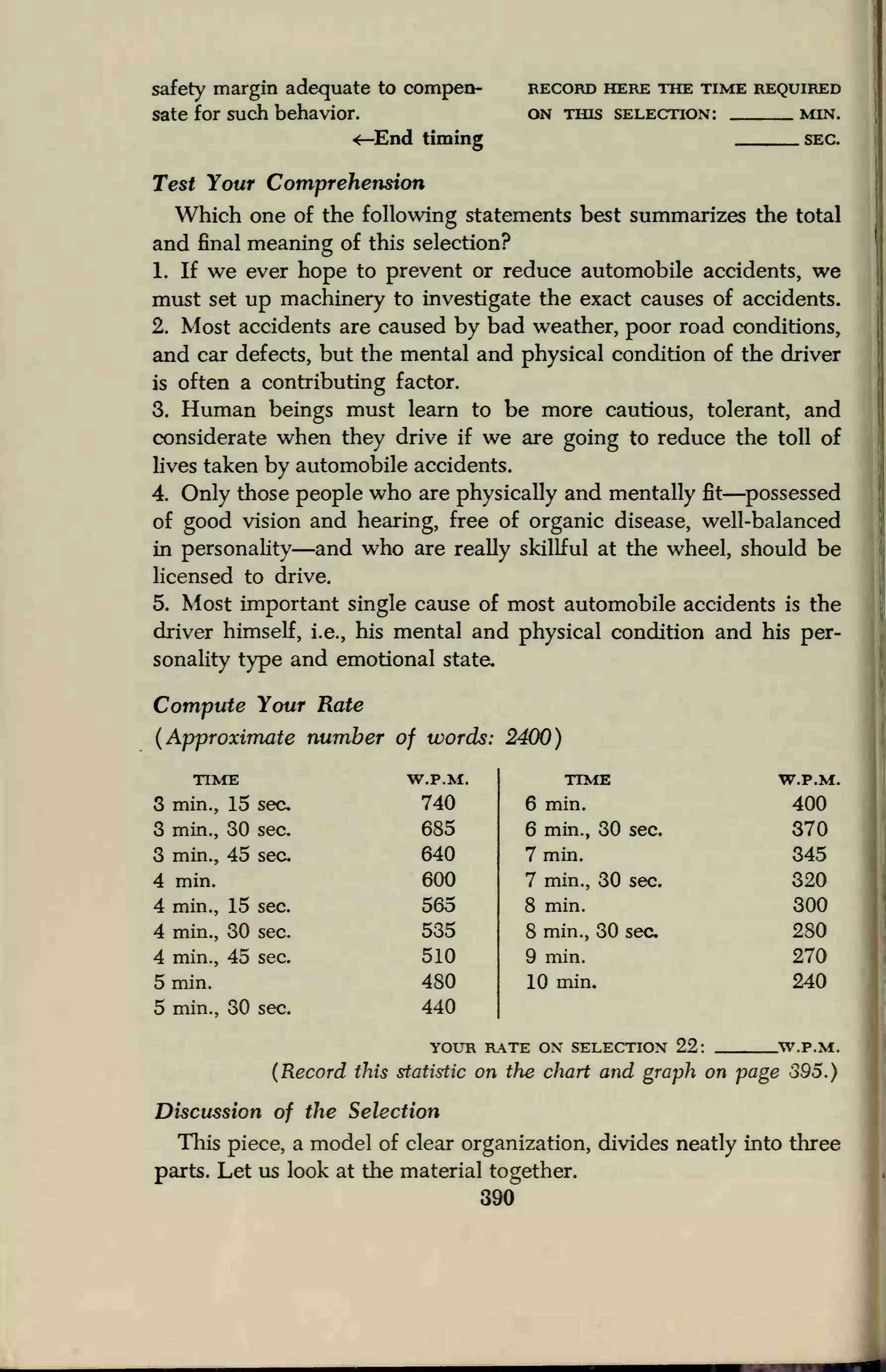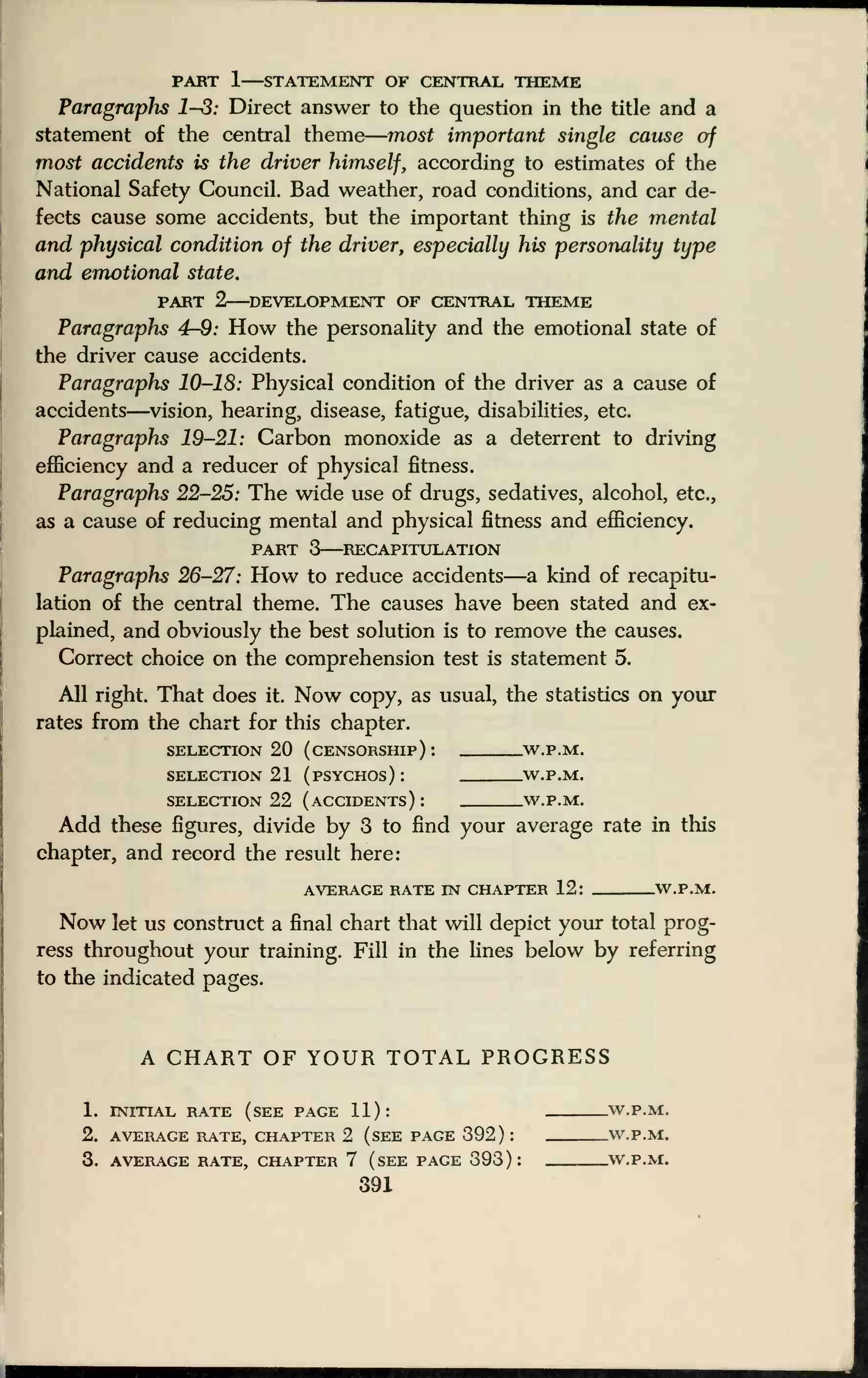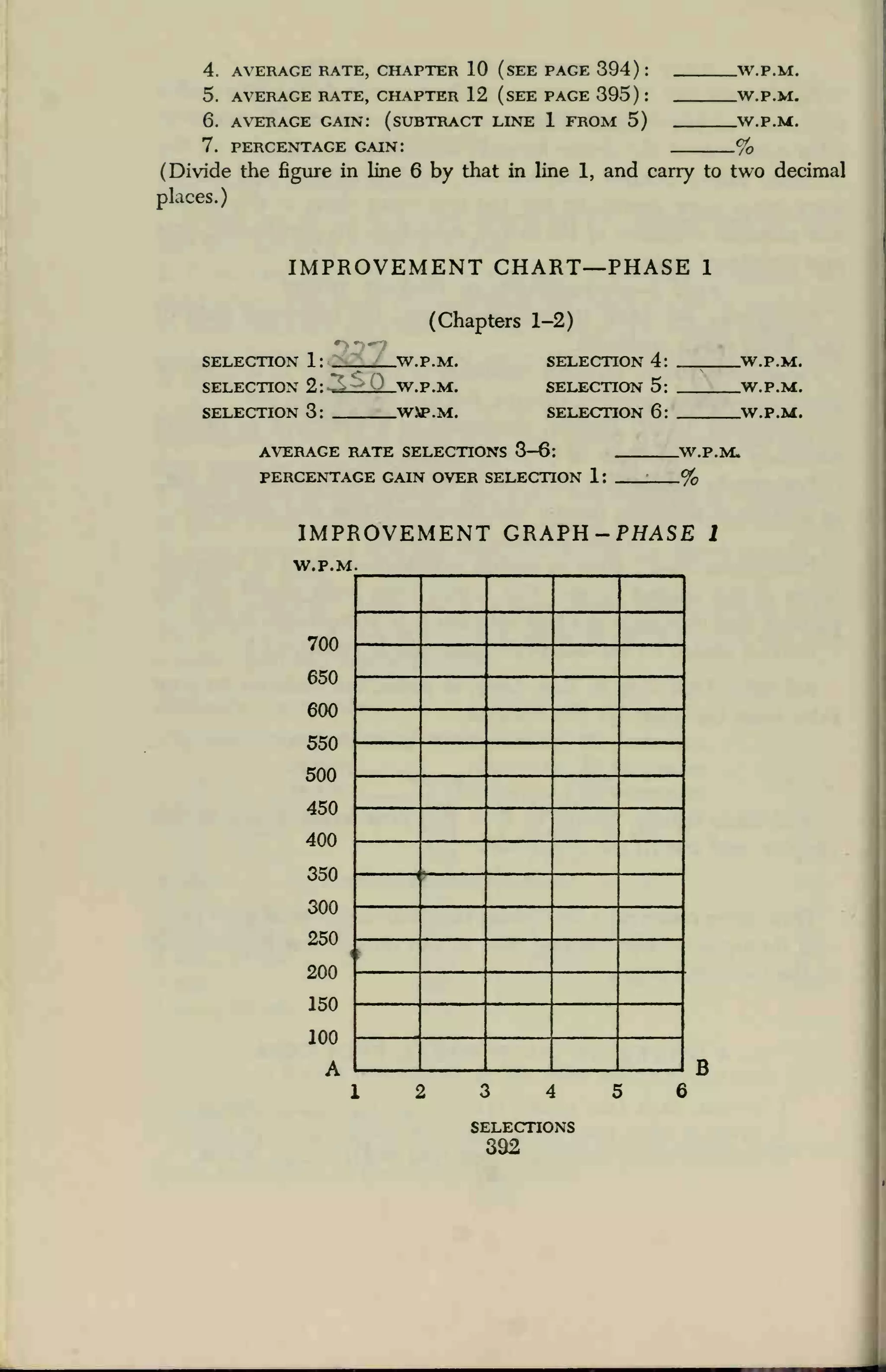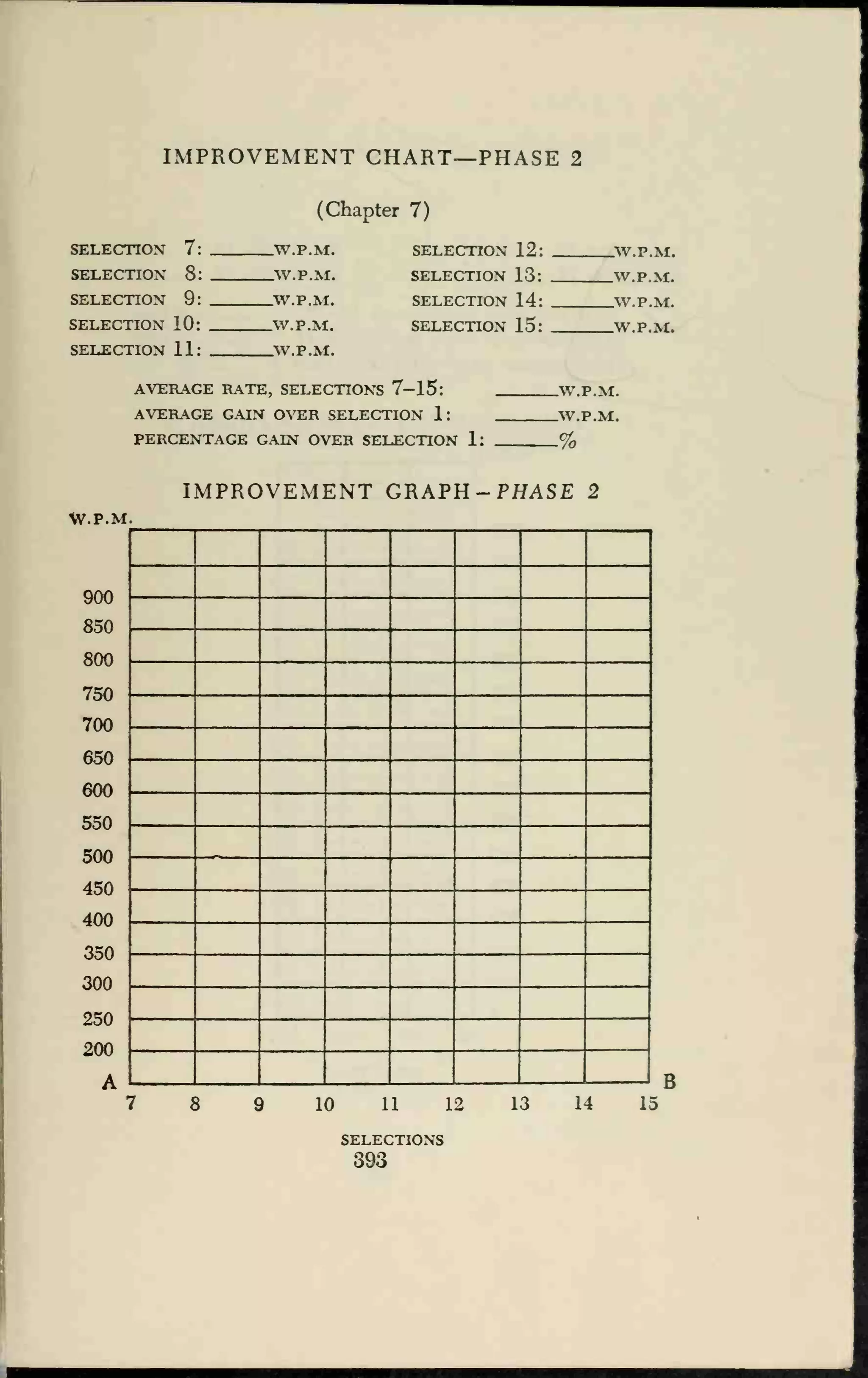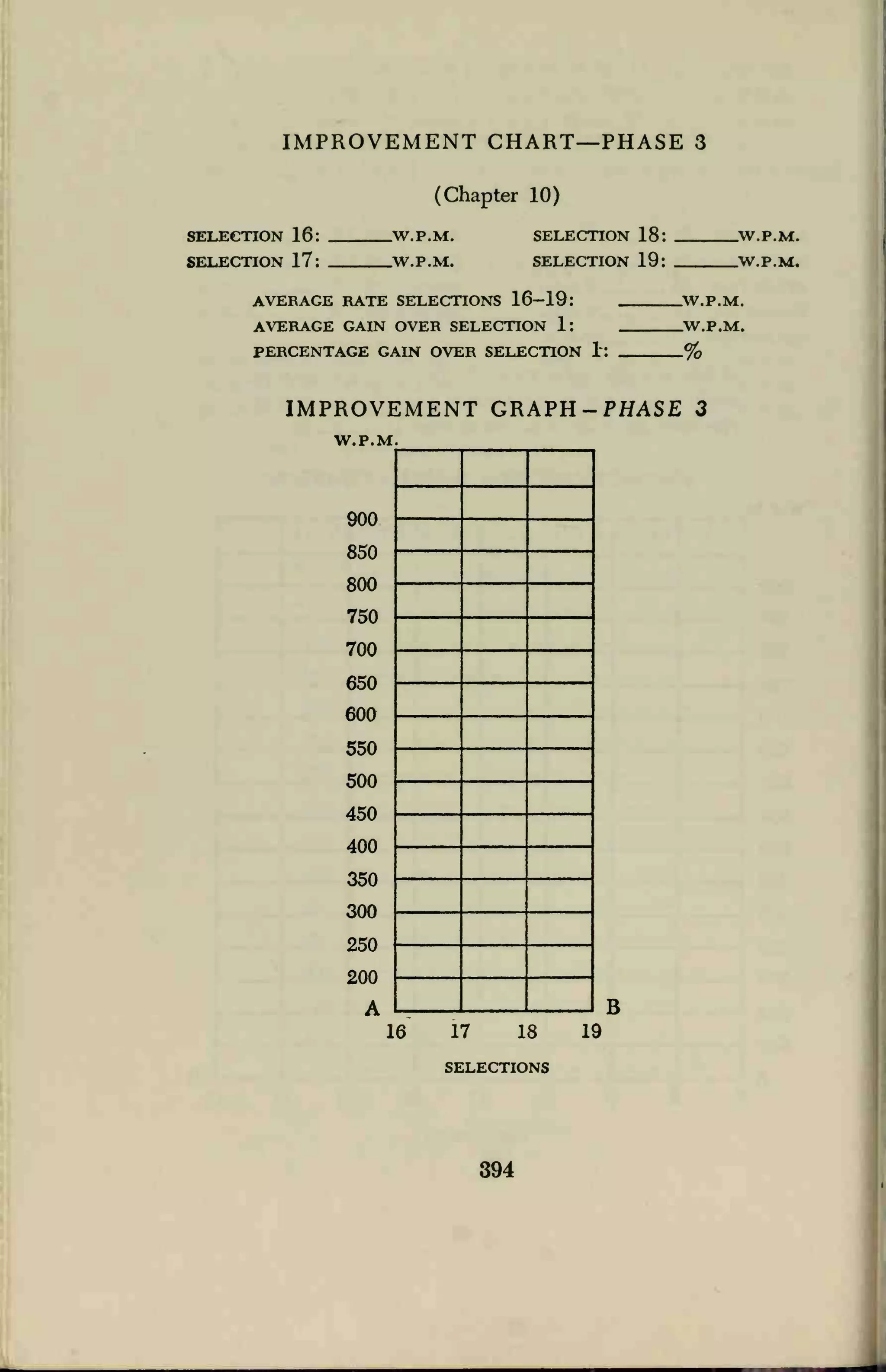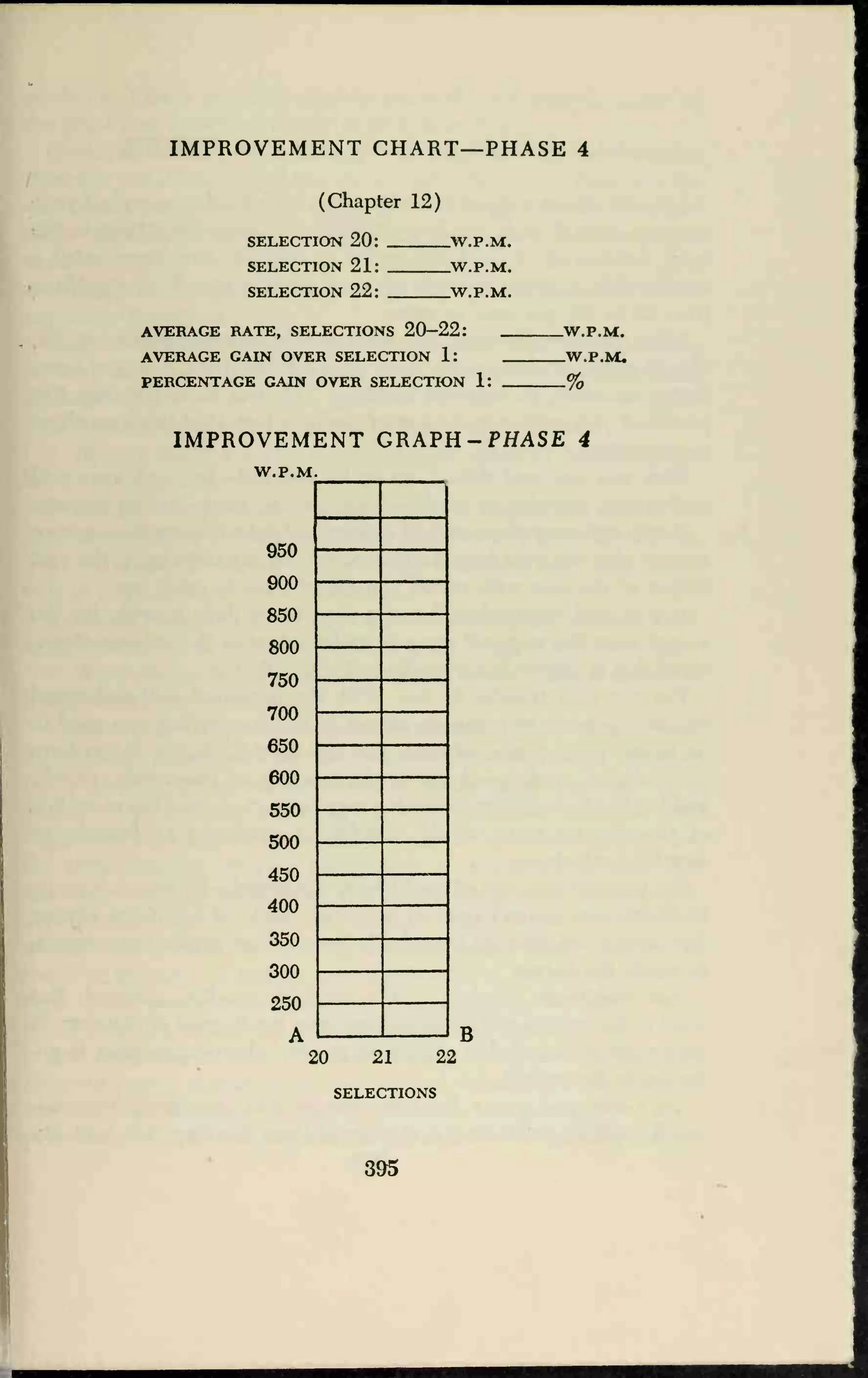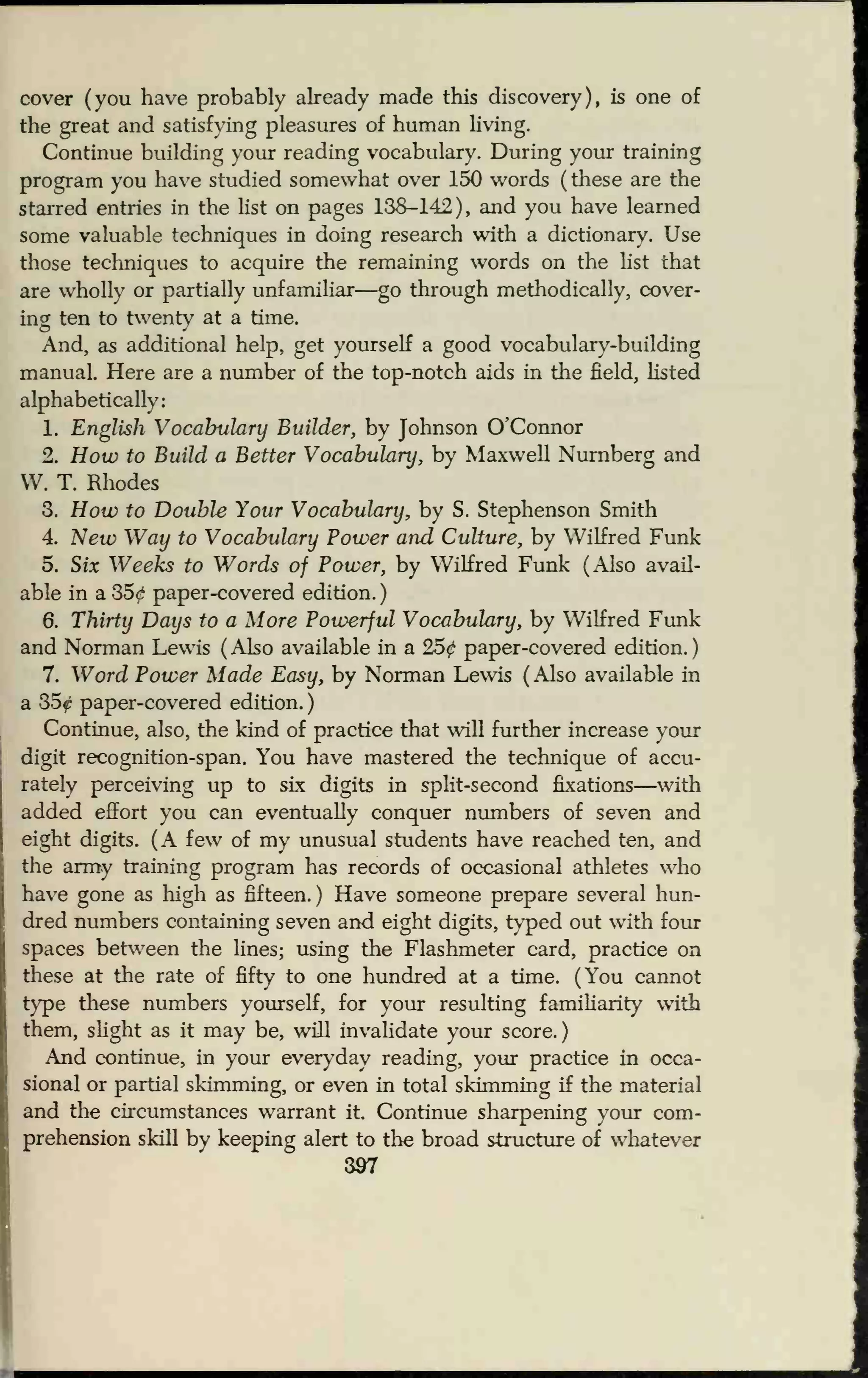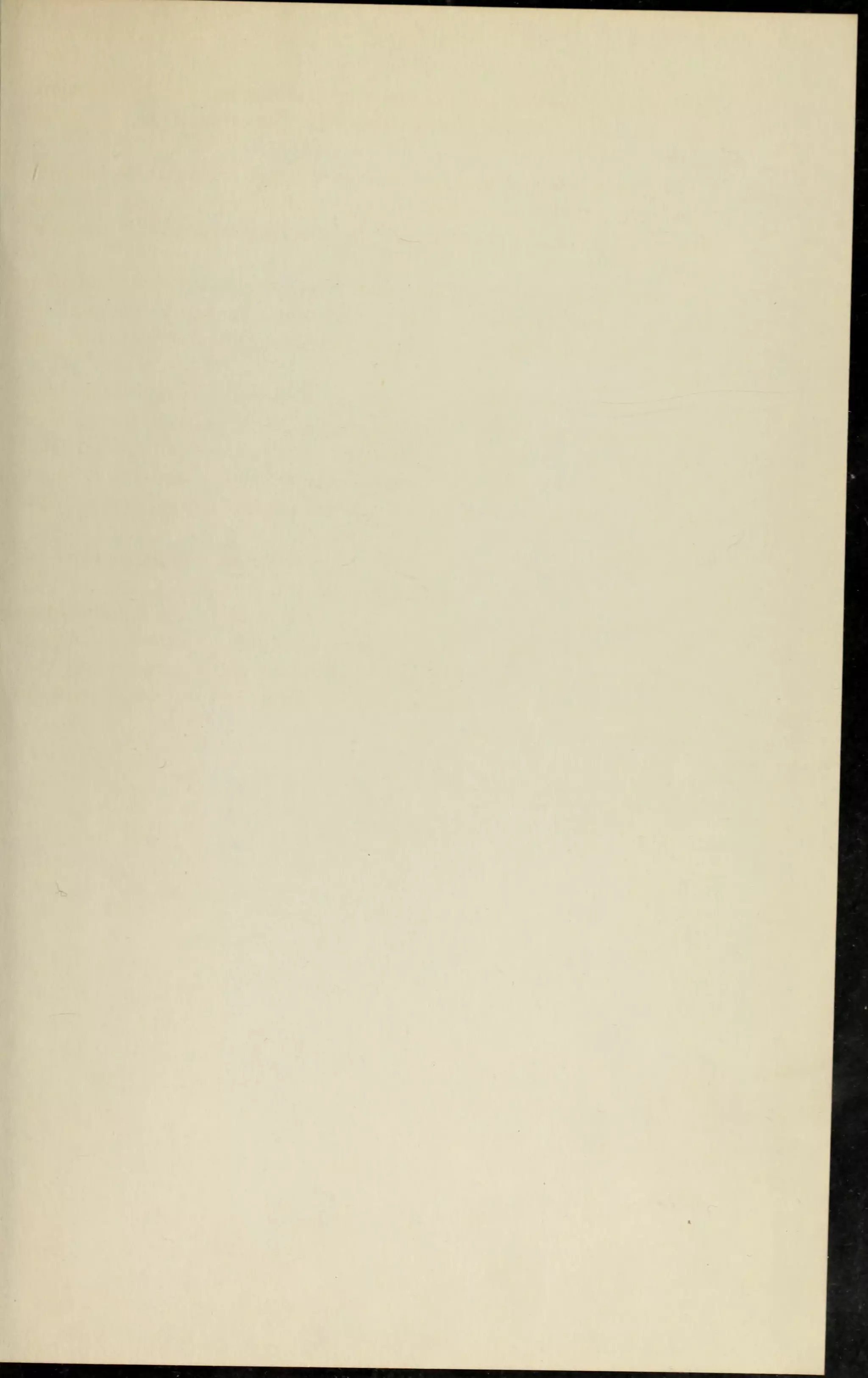This document provides instructions for a 30-day training program to improve reading speed and comprehension. It begins with an introduction that explains the benefits of the program and recommends dedicating 1 hour per day to complete the 30 sessions over 1-4 months. The subsequent chapters cover techniques for identifying main ideas, improving perception skills, reducing vocalization, increasing vocabulary, learning to skim, and practicing comprehension exercises. Tables are included with sample passages and exercises for each session. The goal is to increase reading rates by 25-100% while also enhancing understanding.

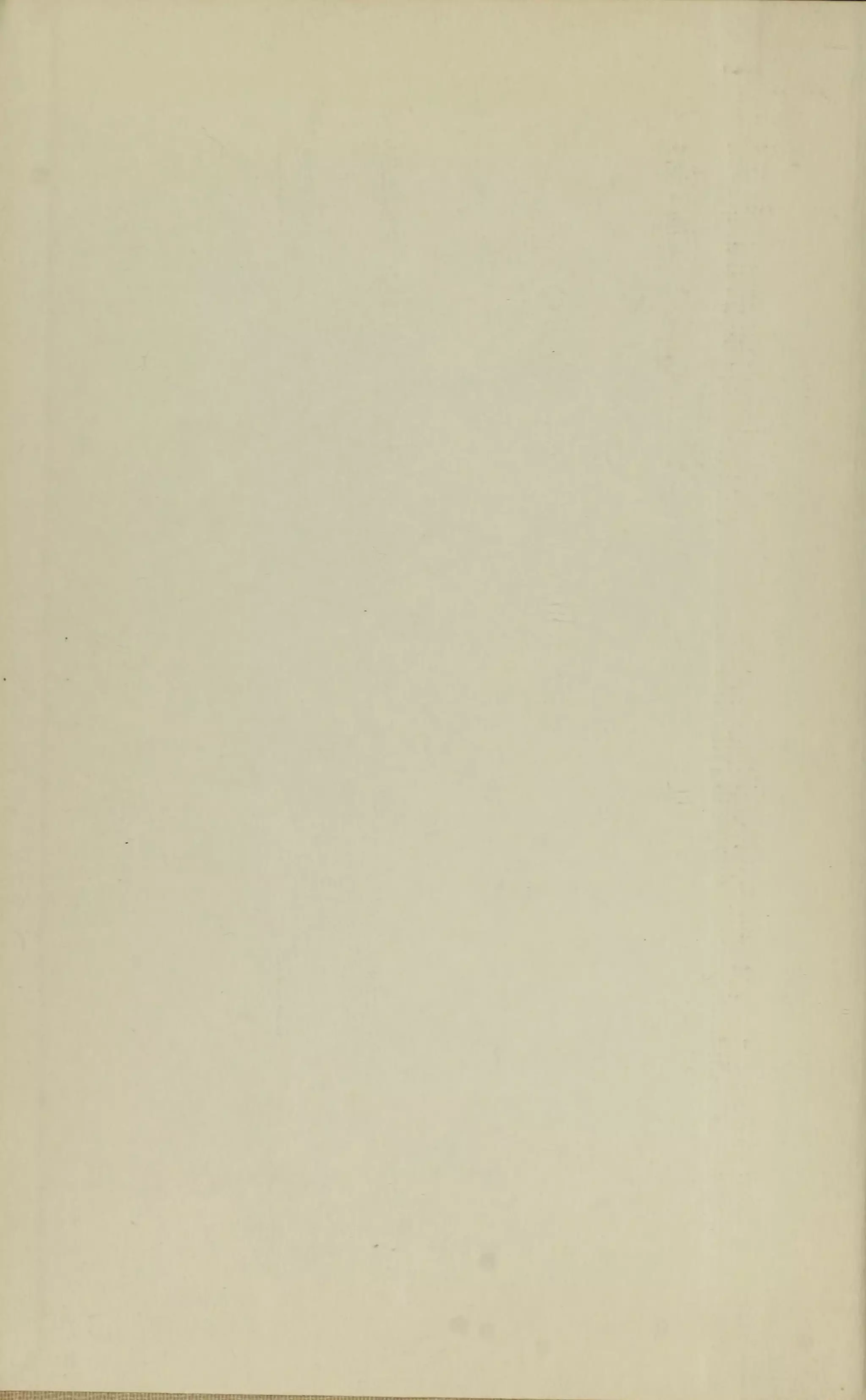
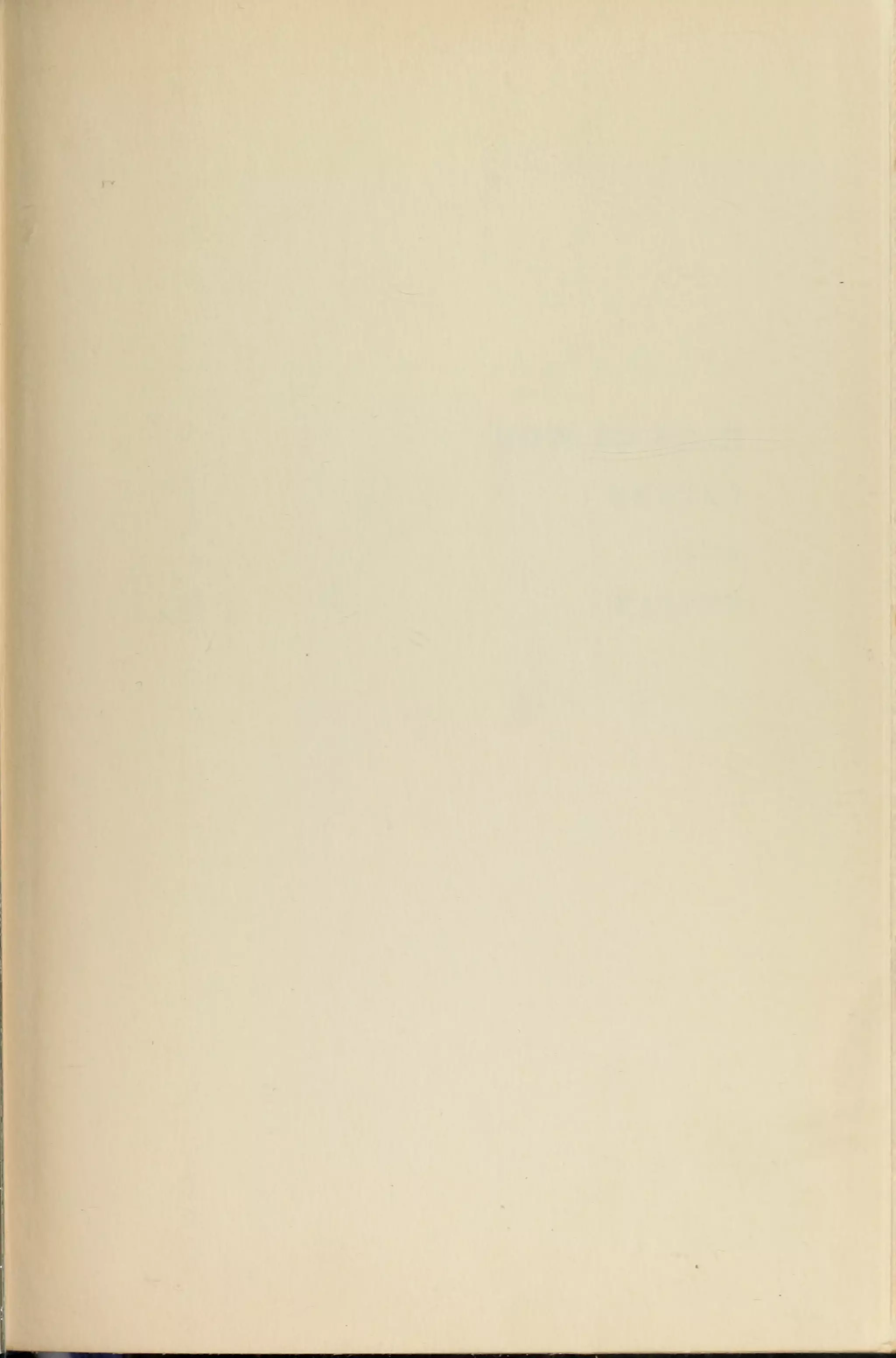
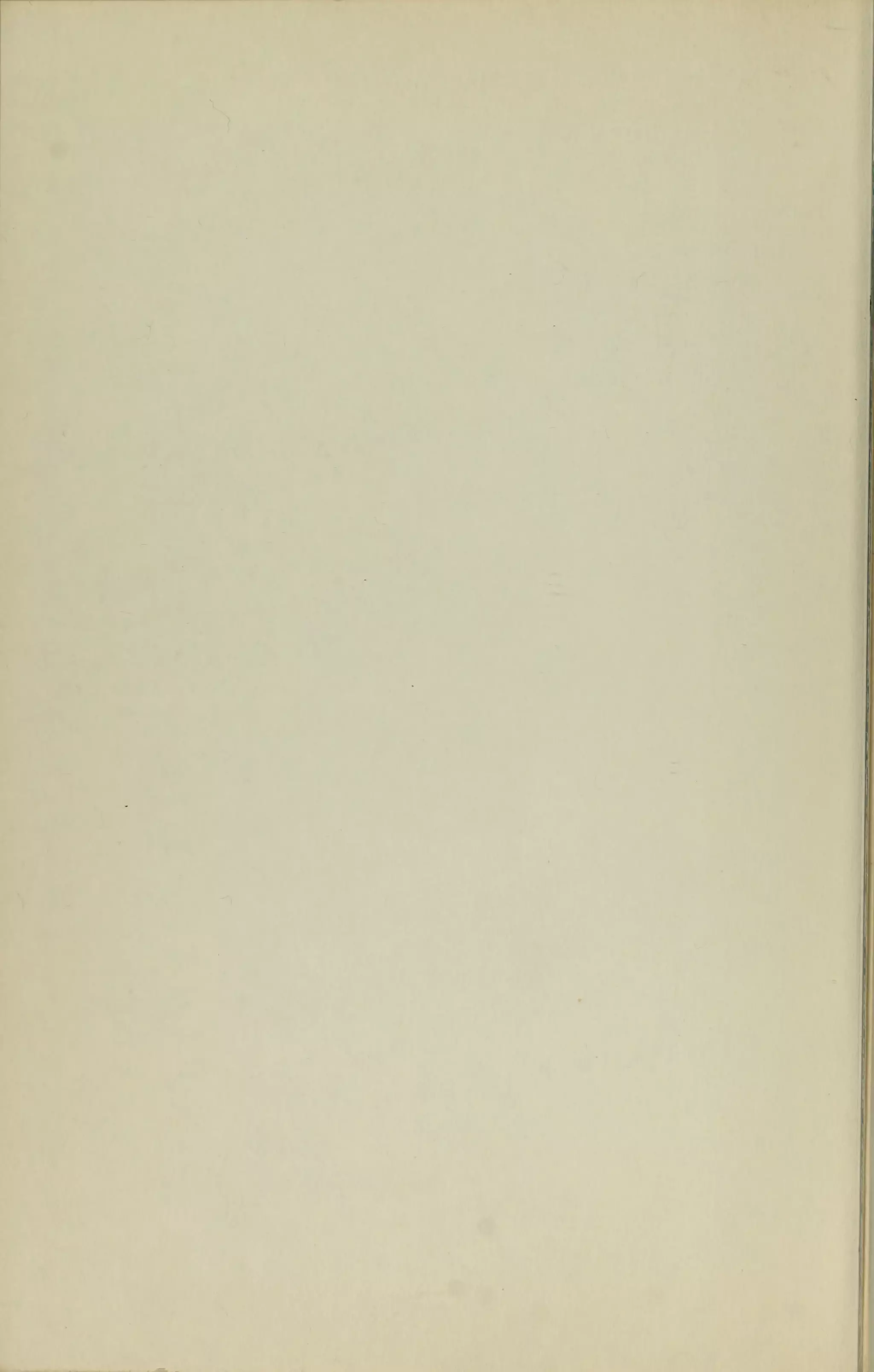
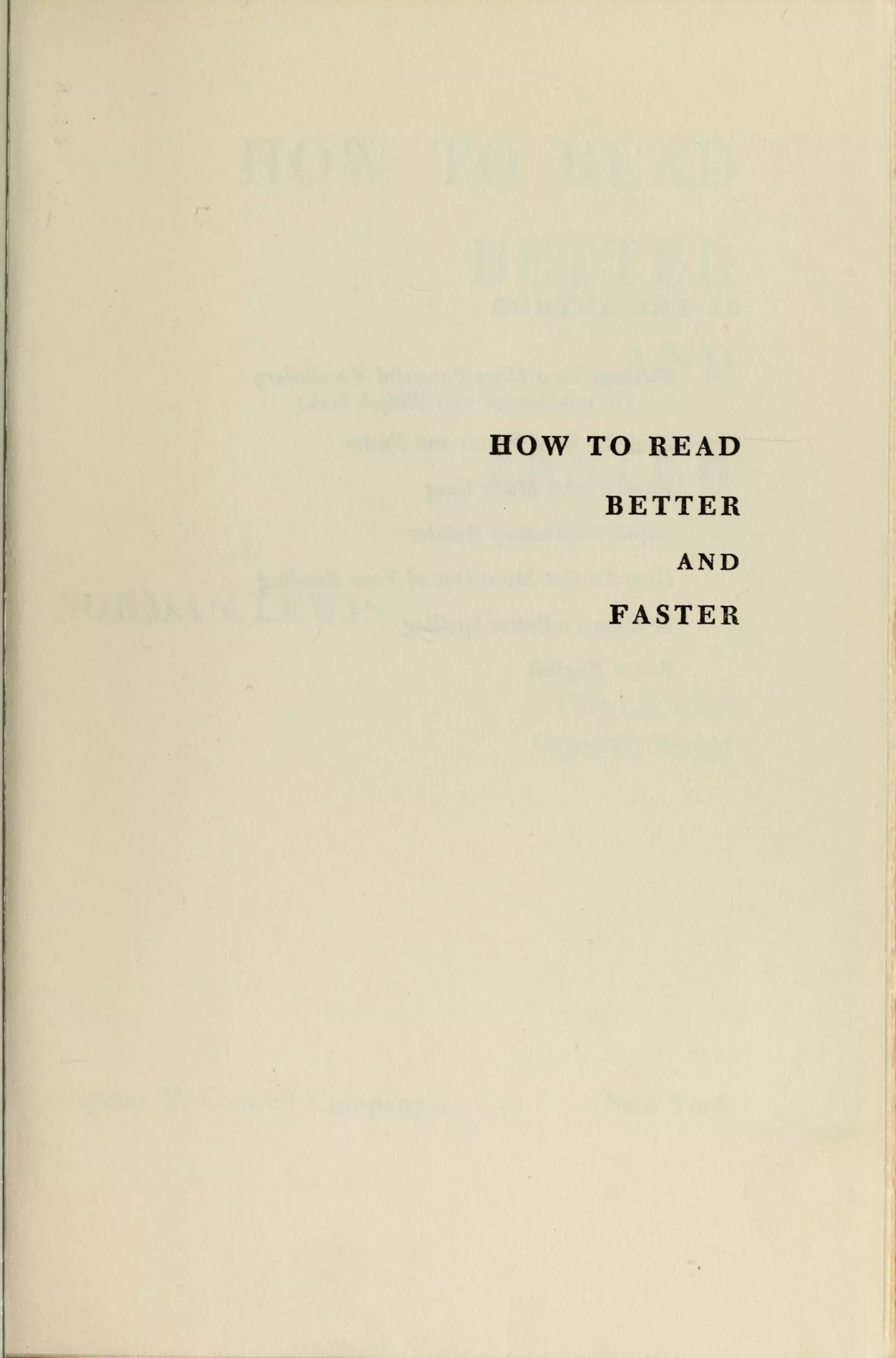
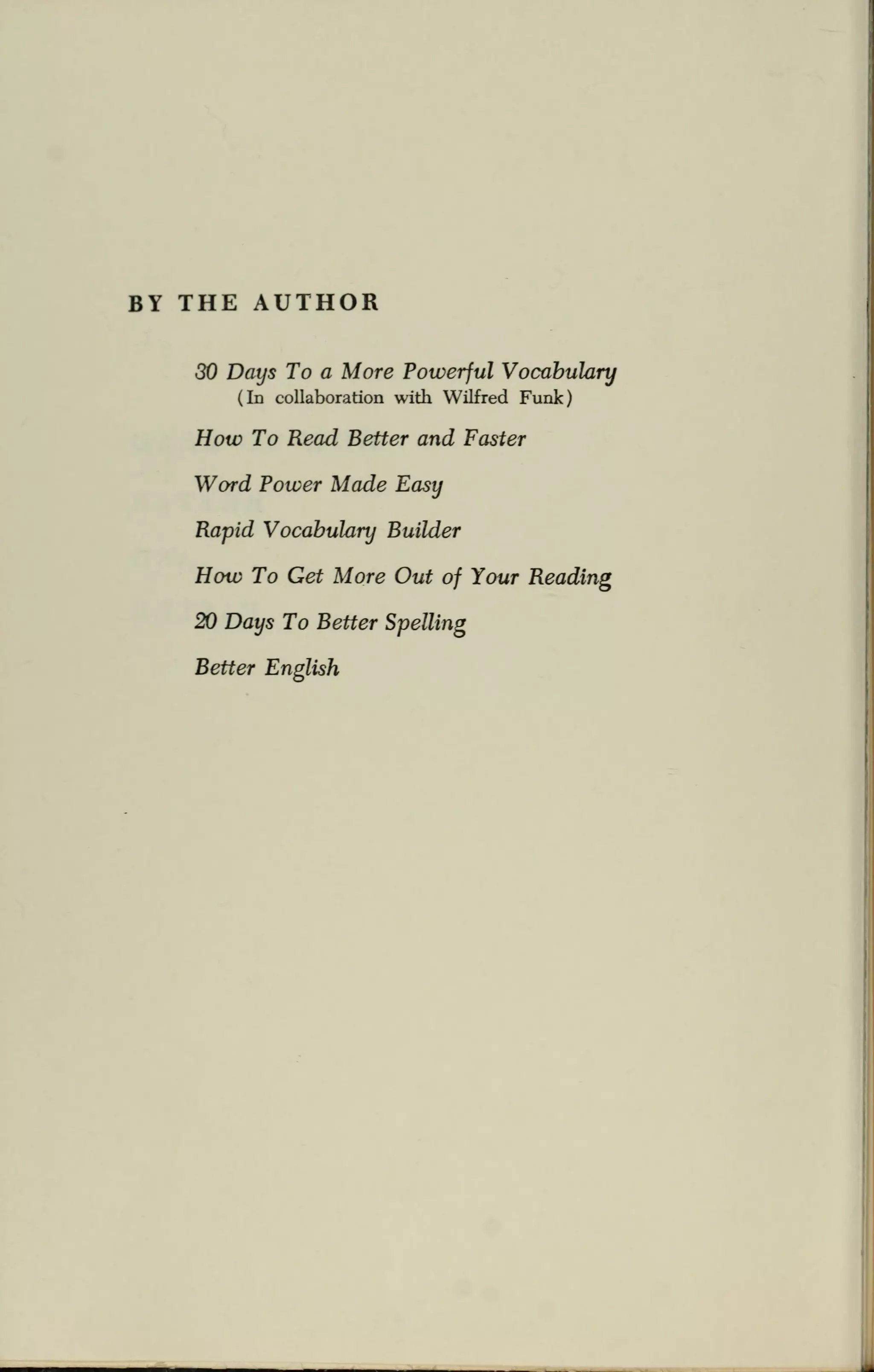
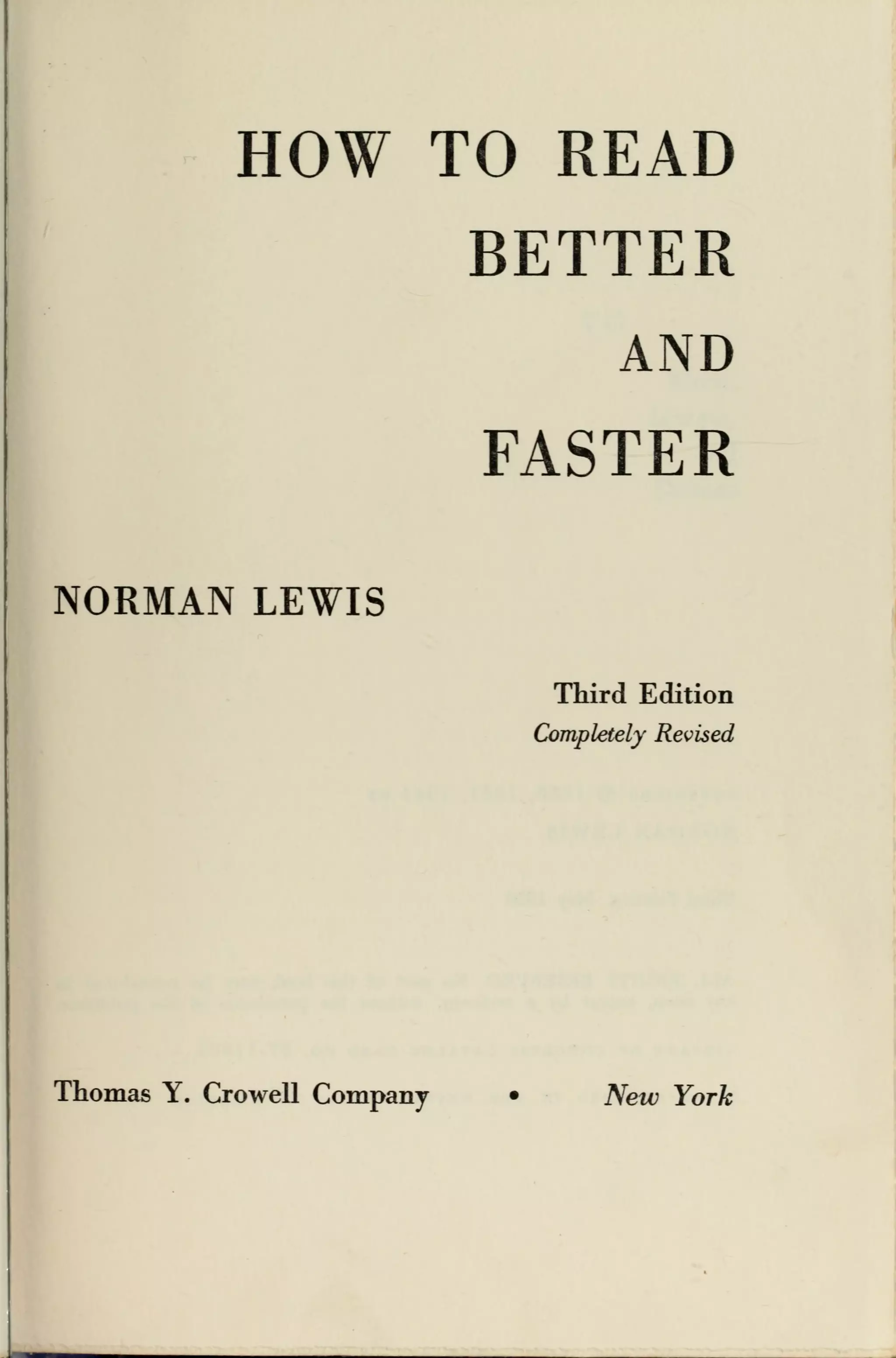
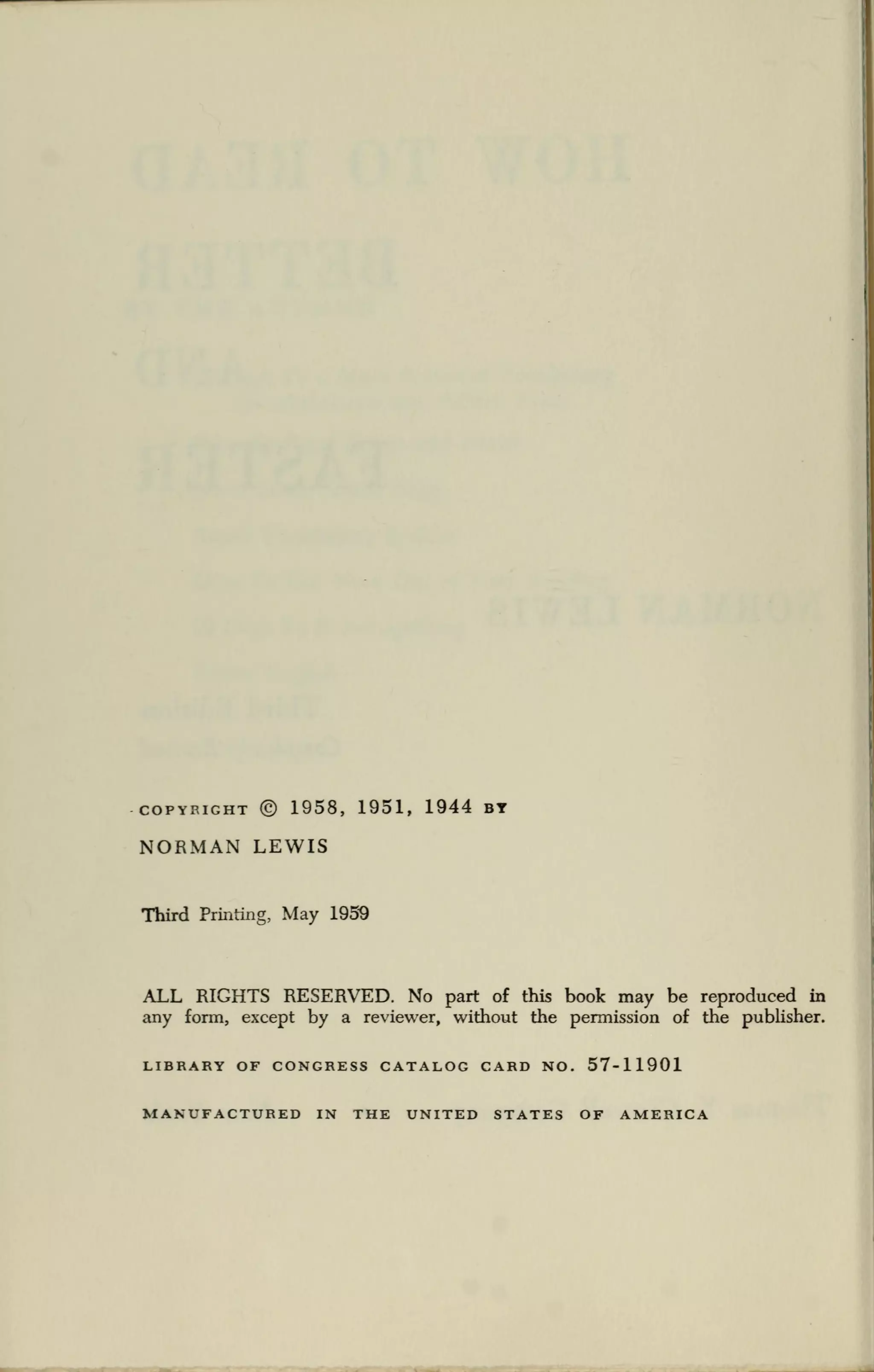
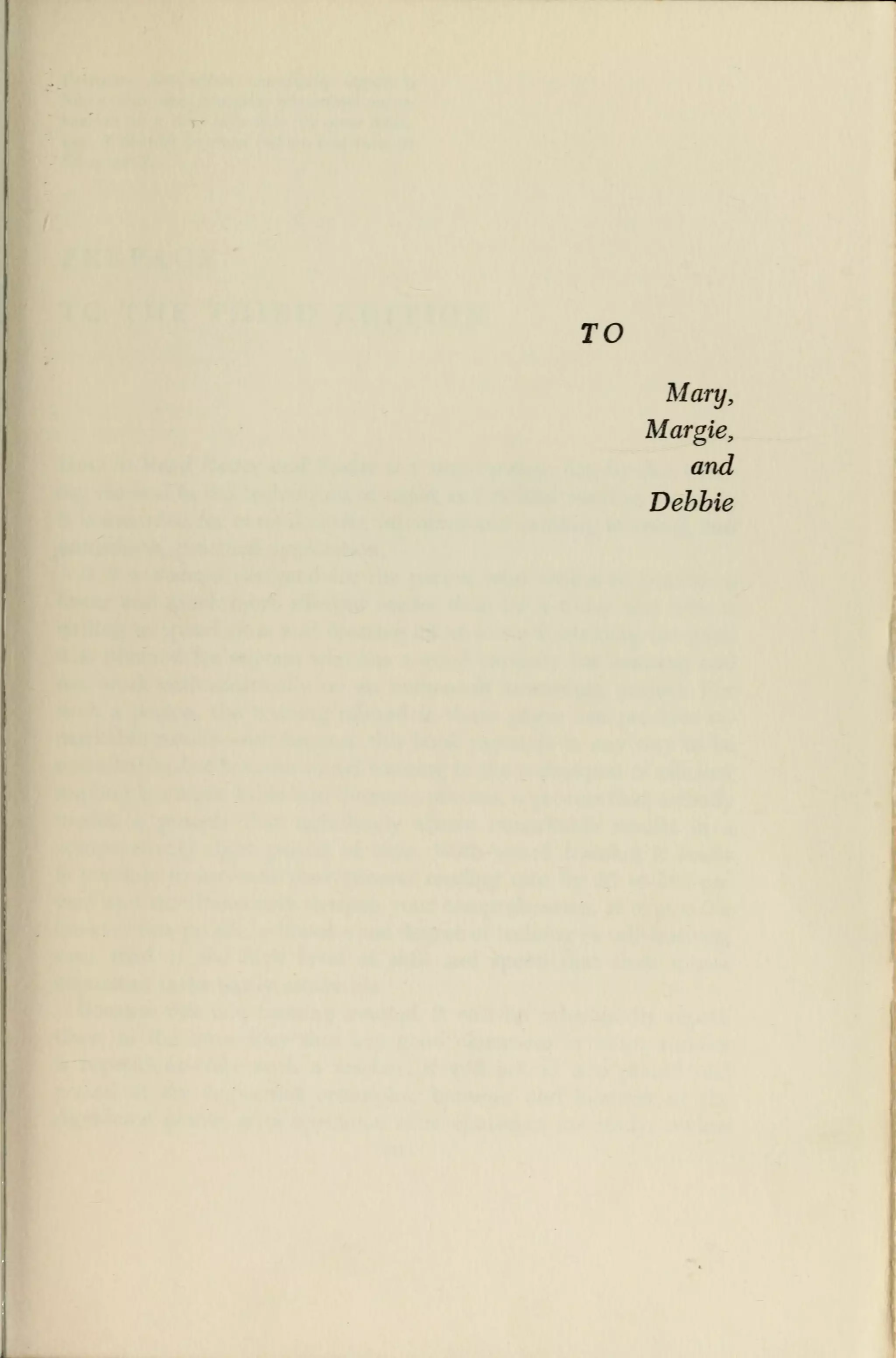

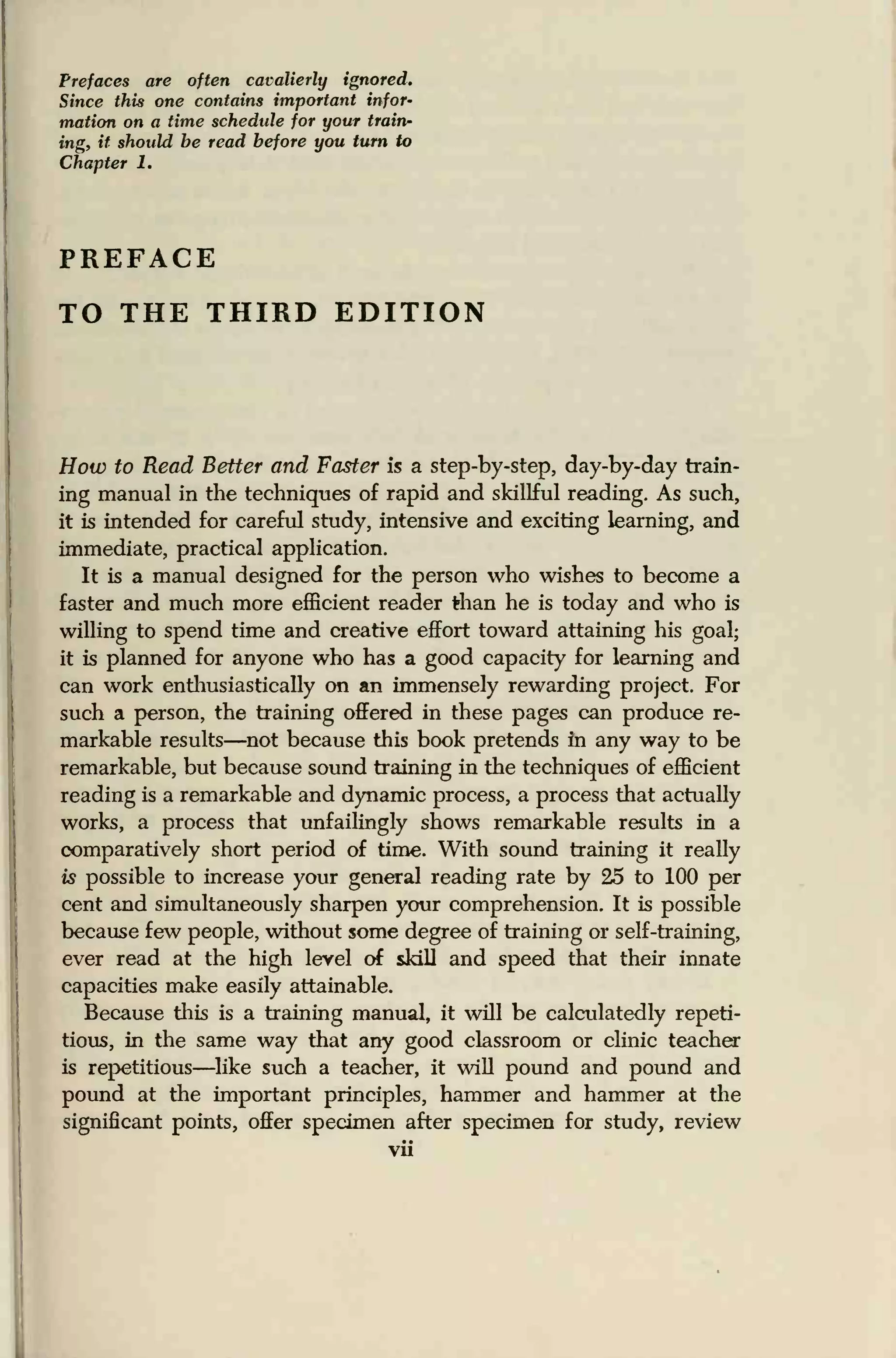
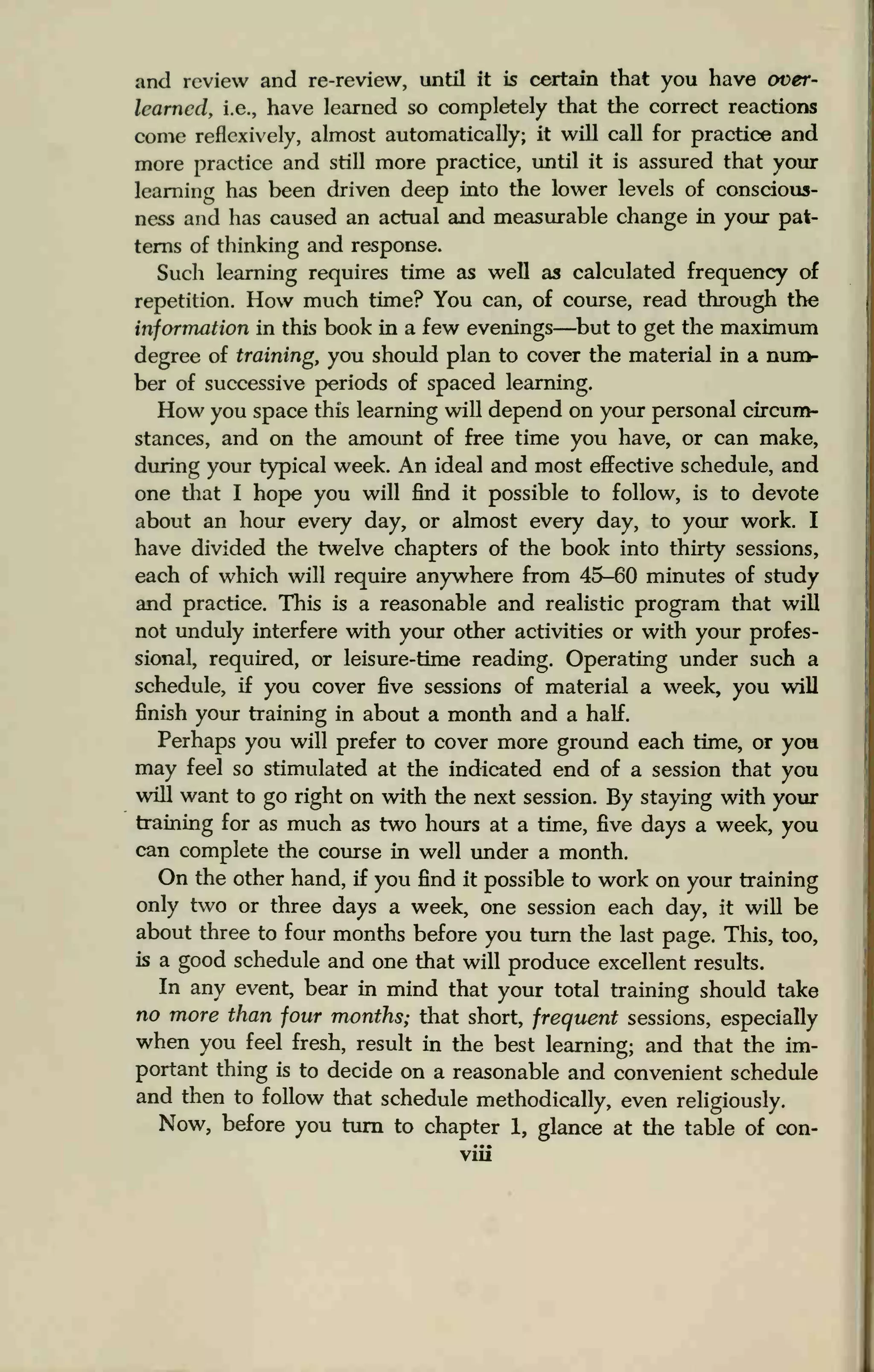
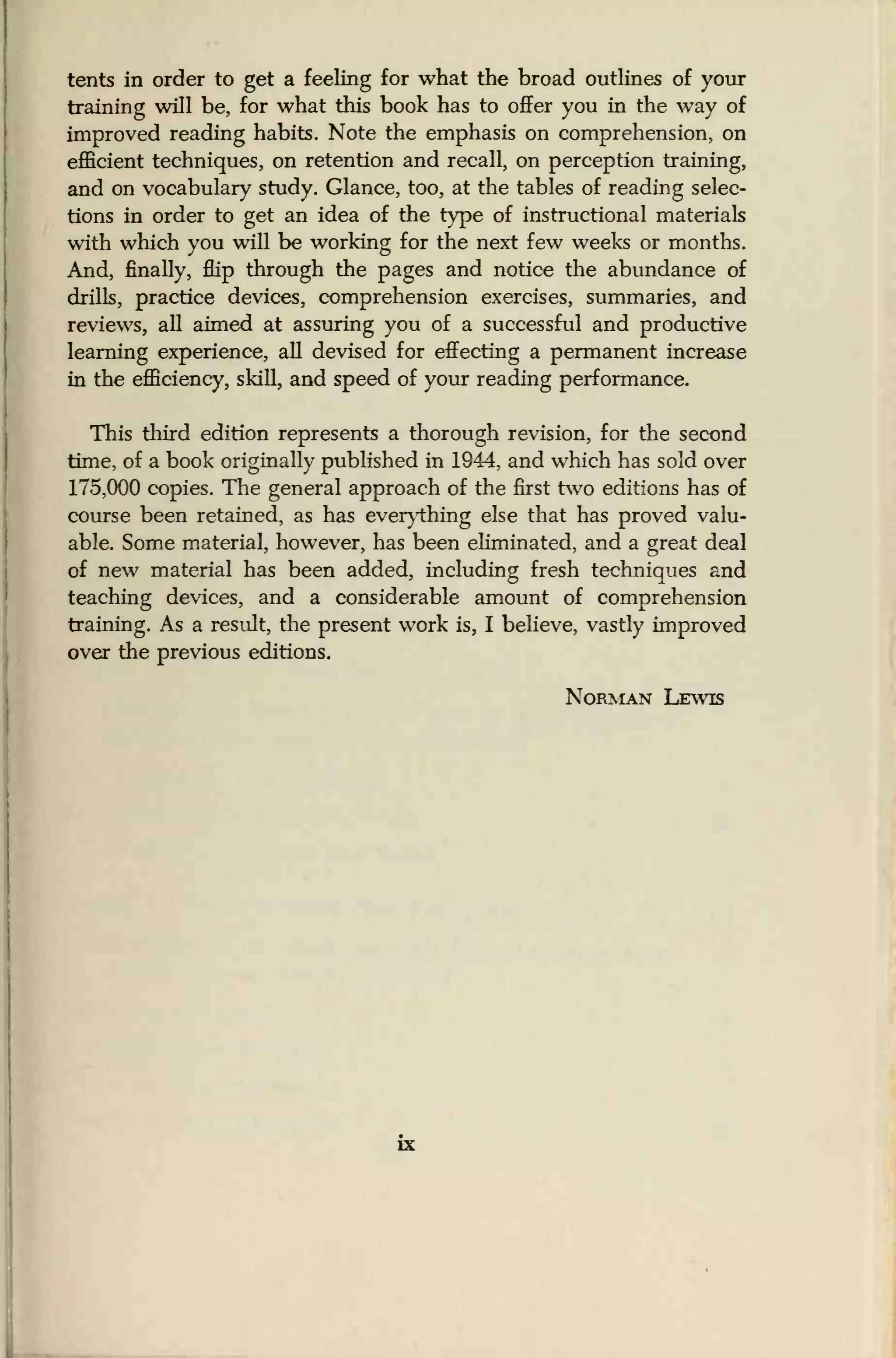

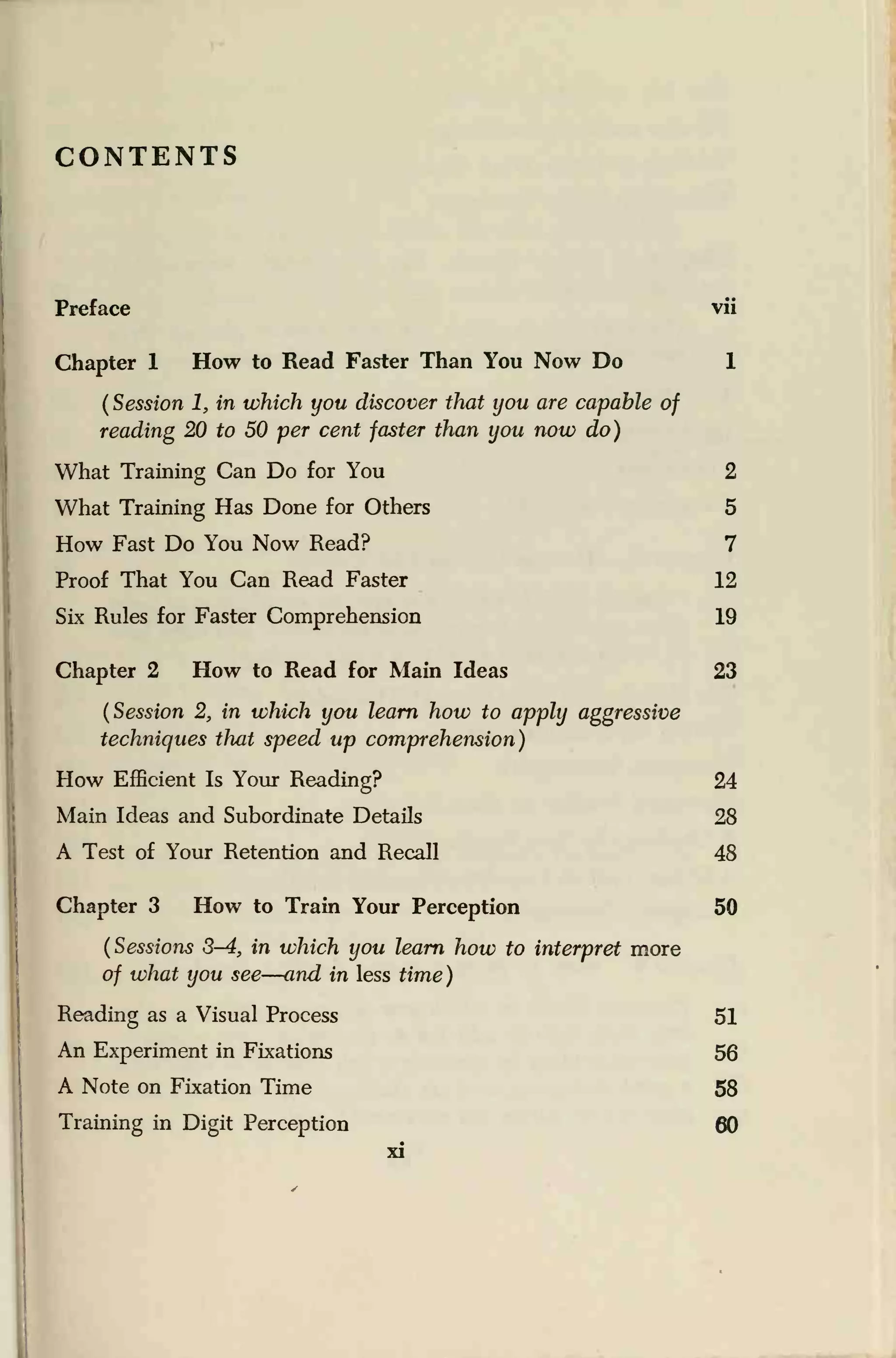
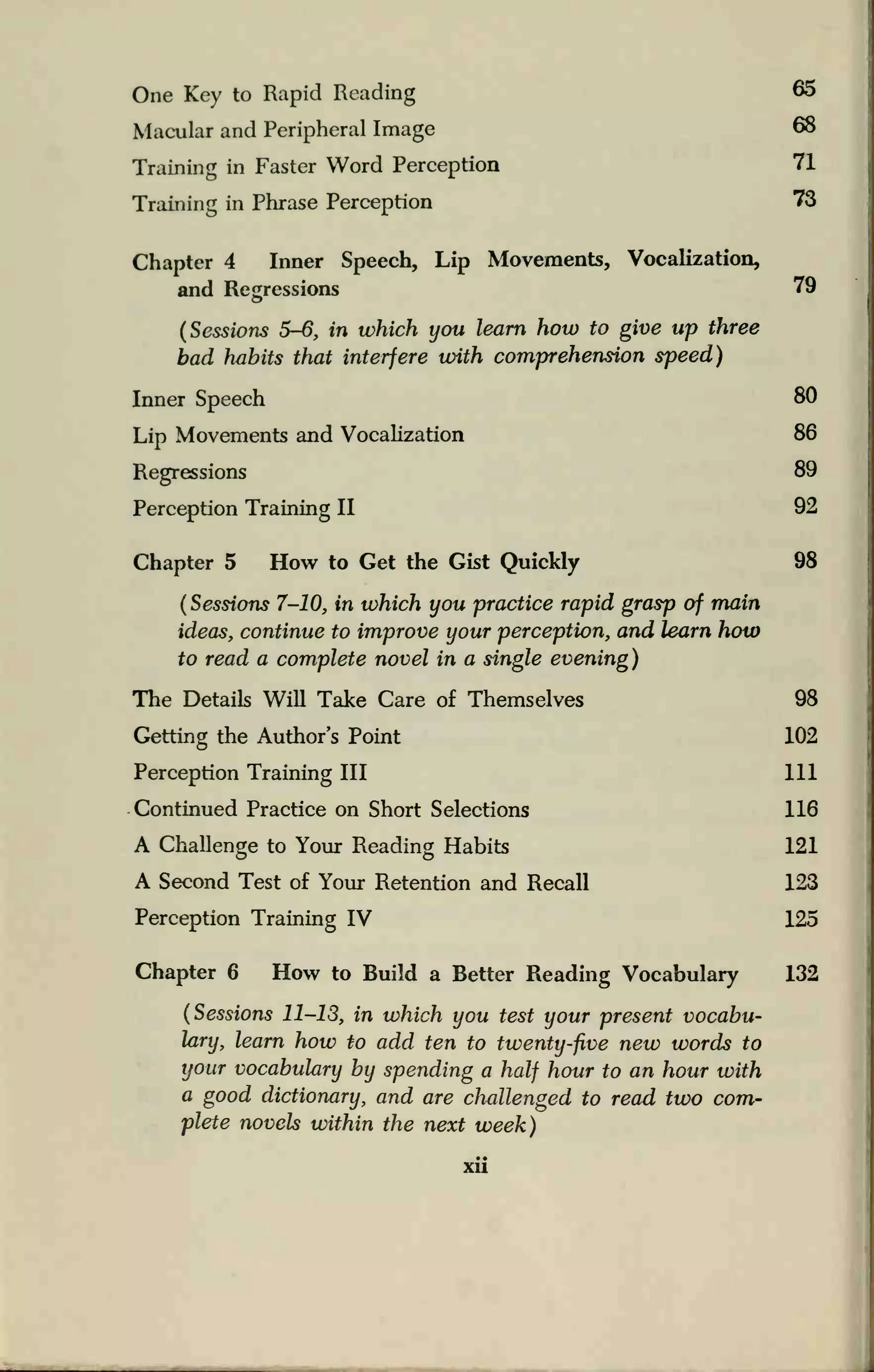
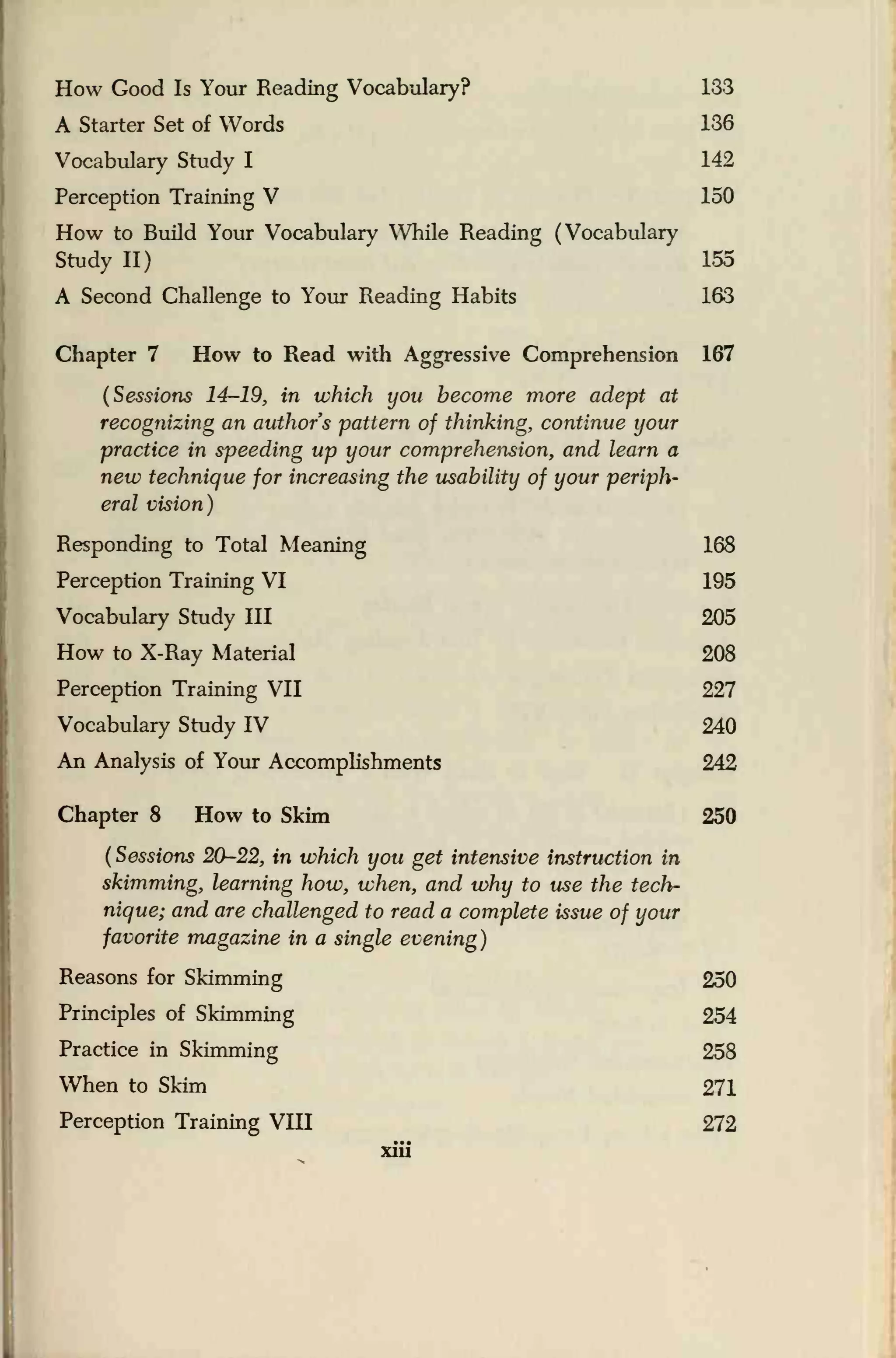
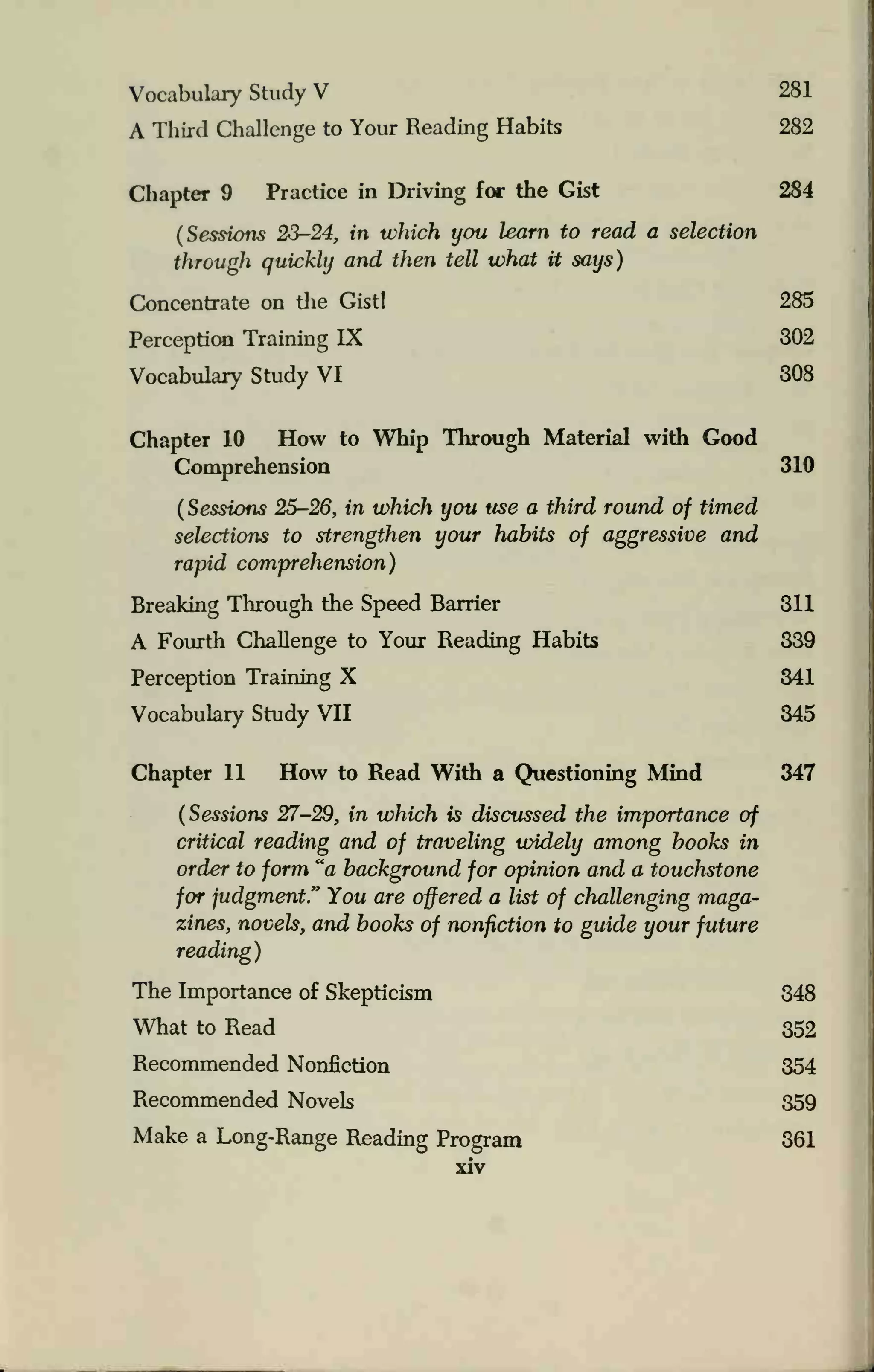
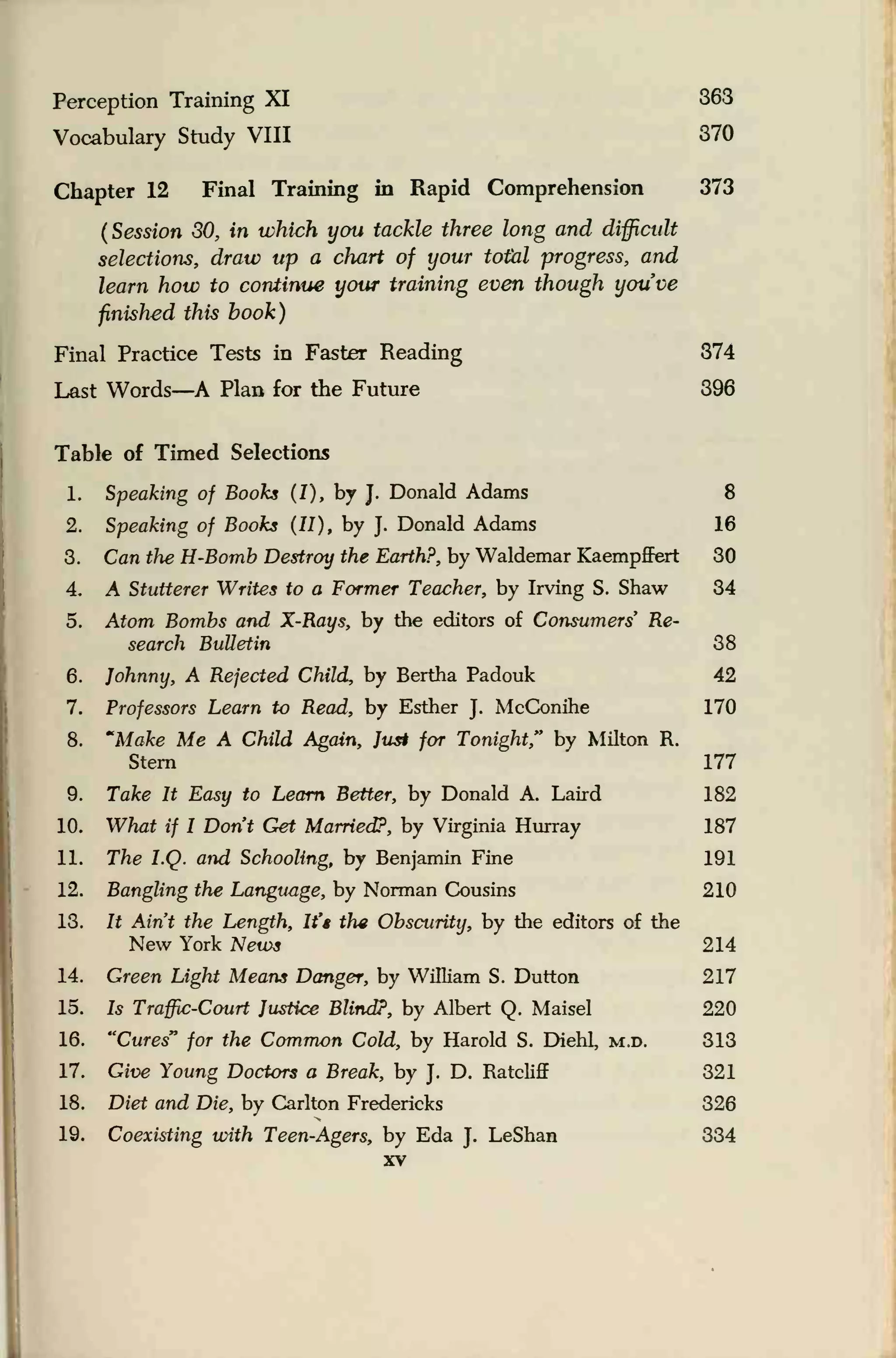

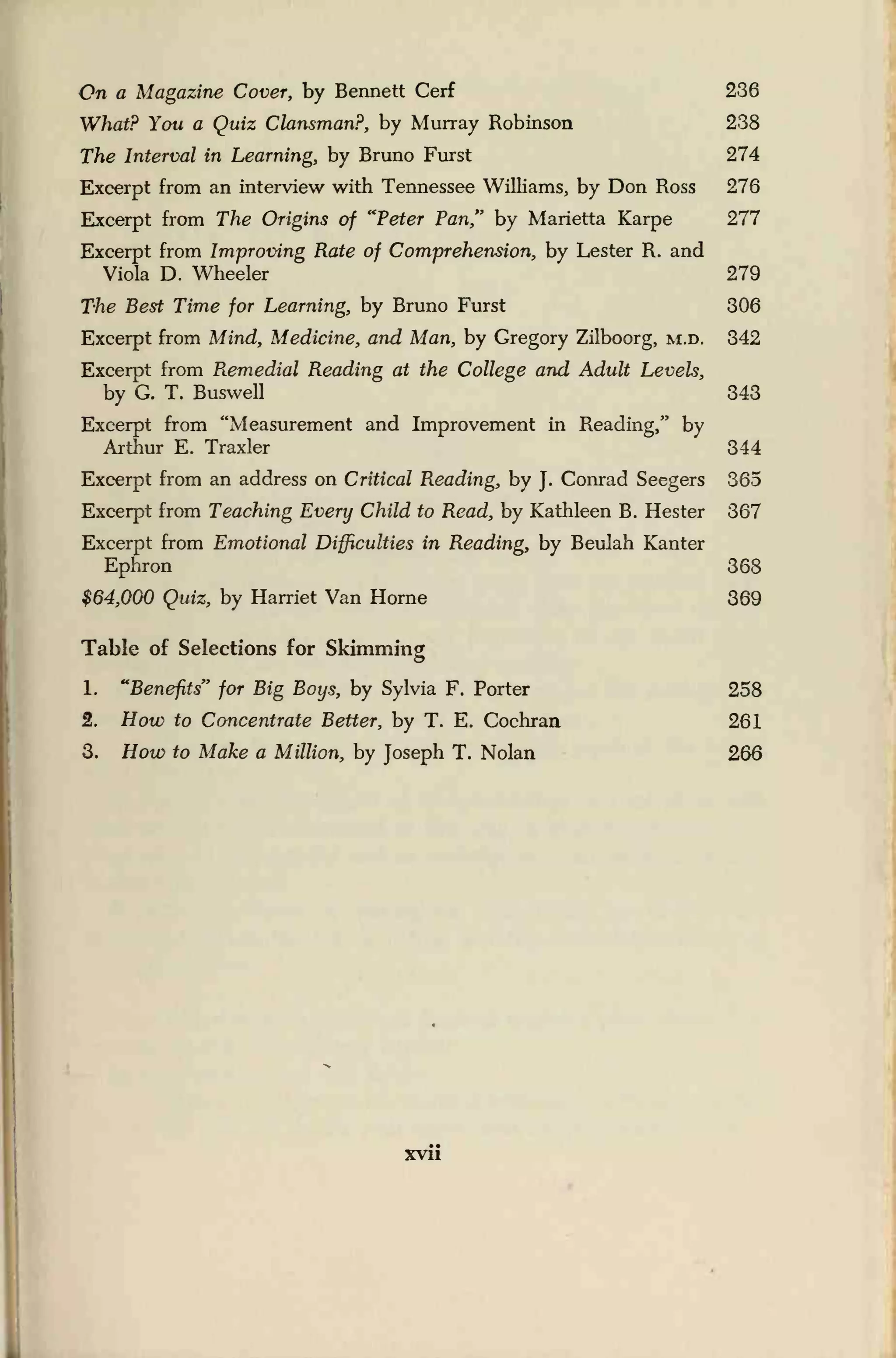
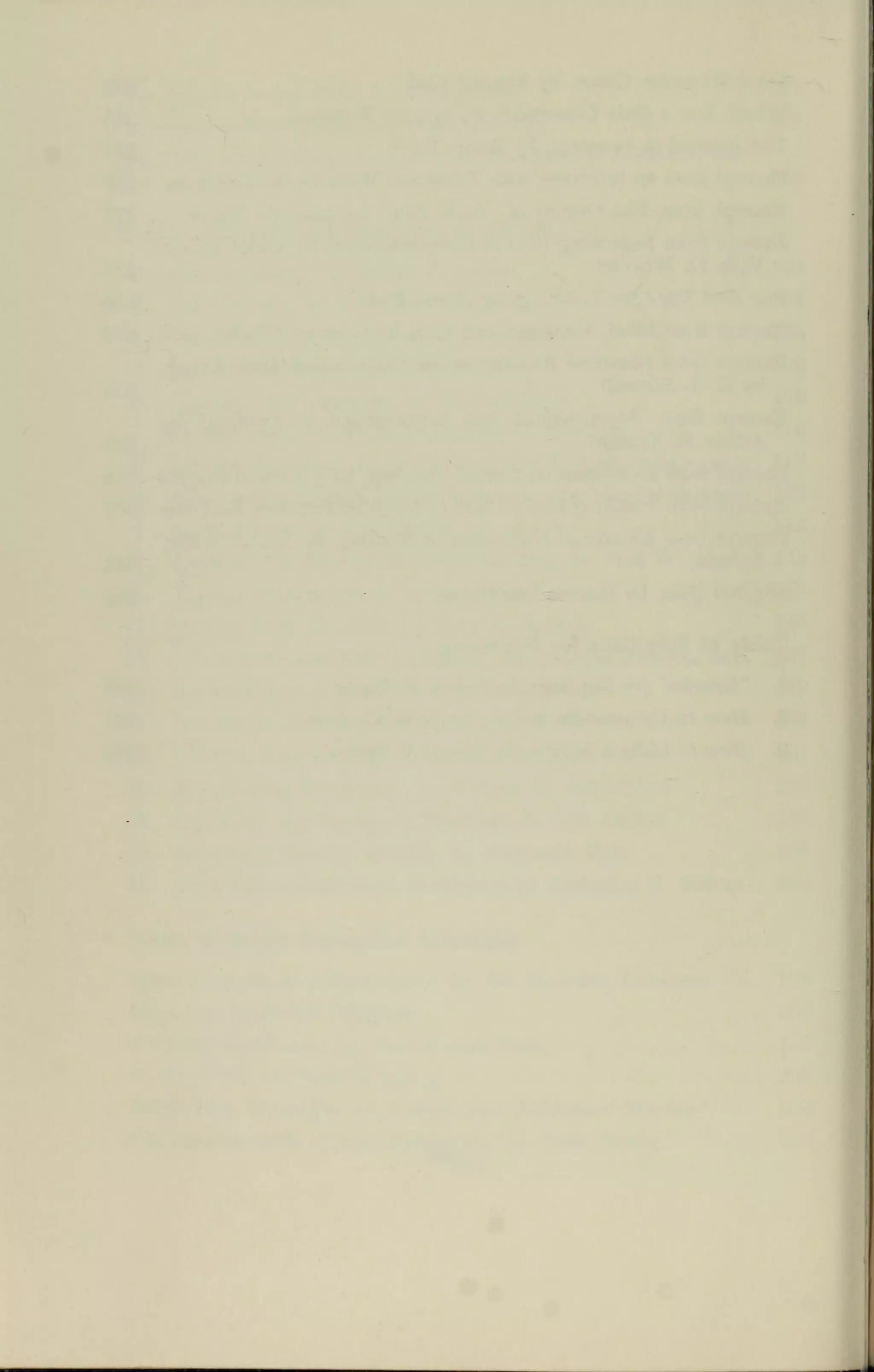
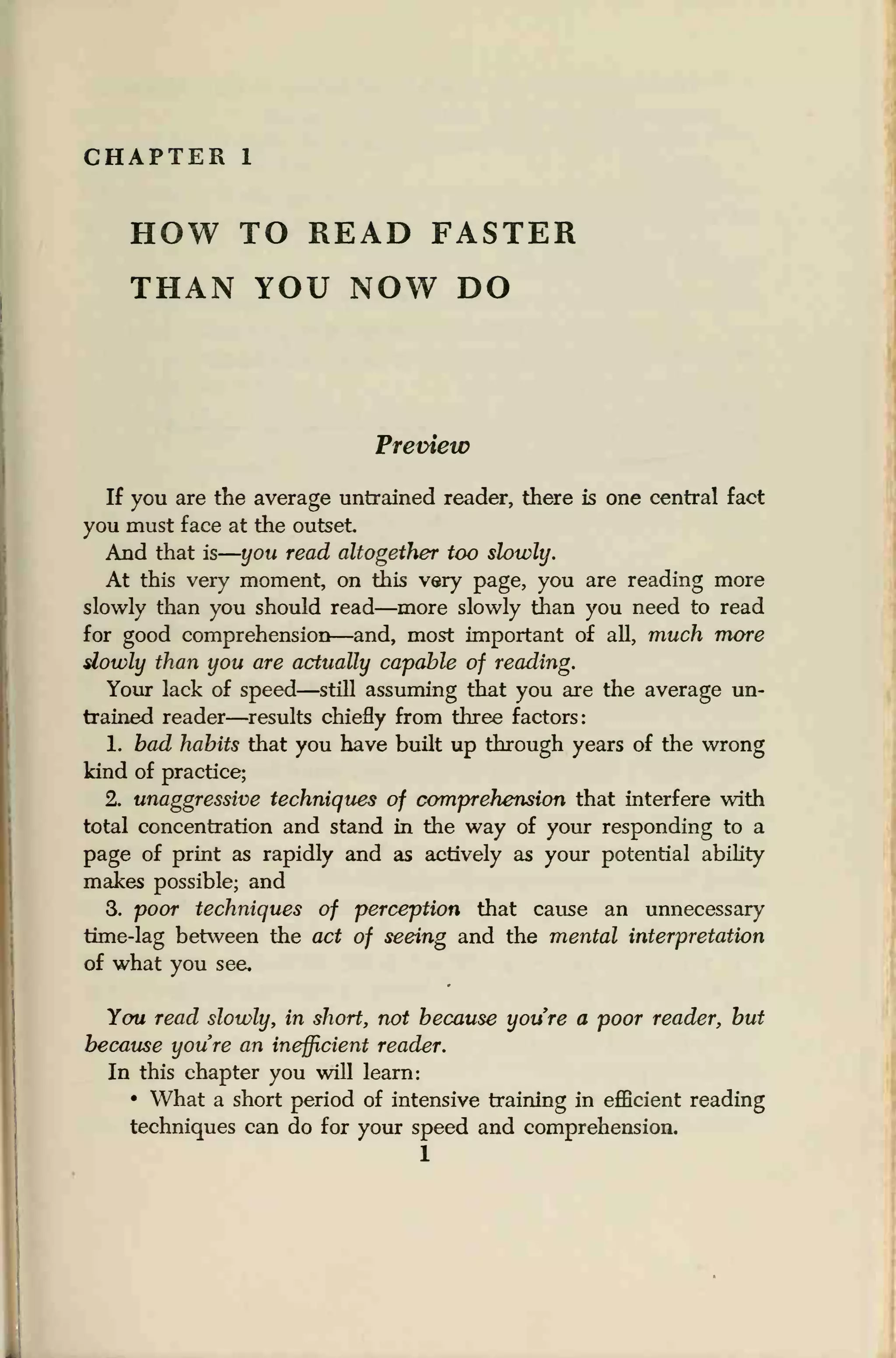
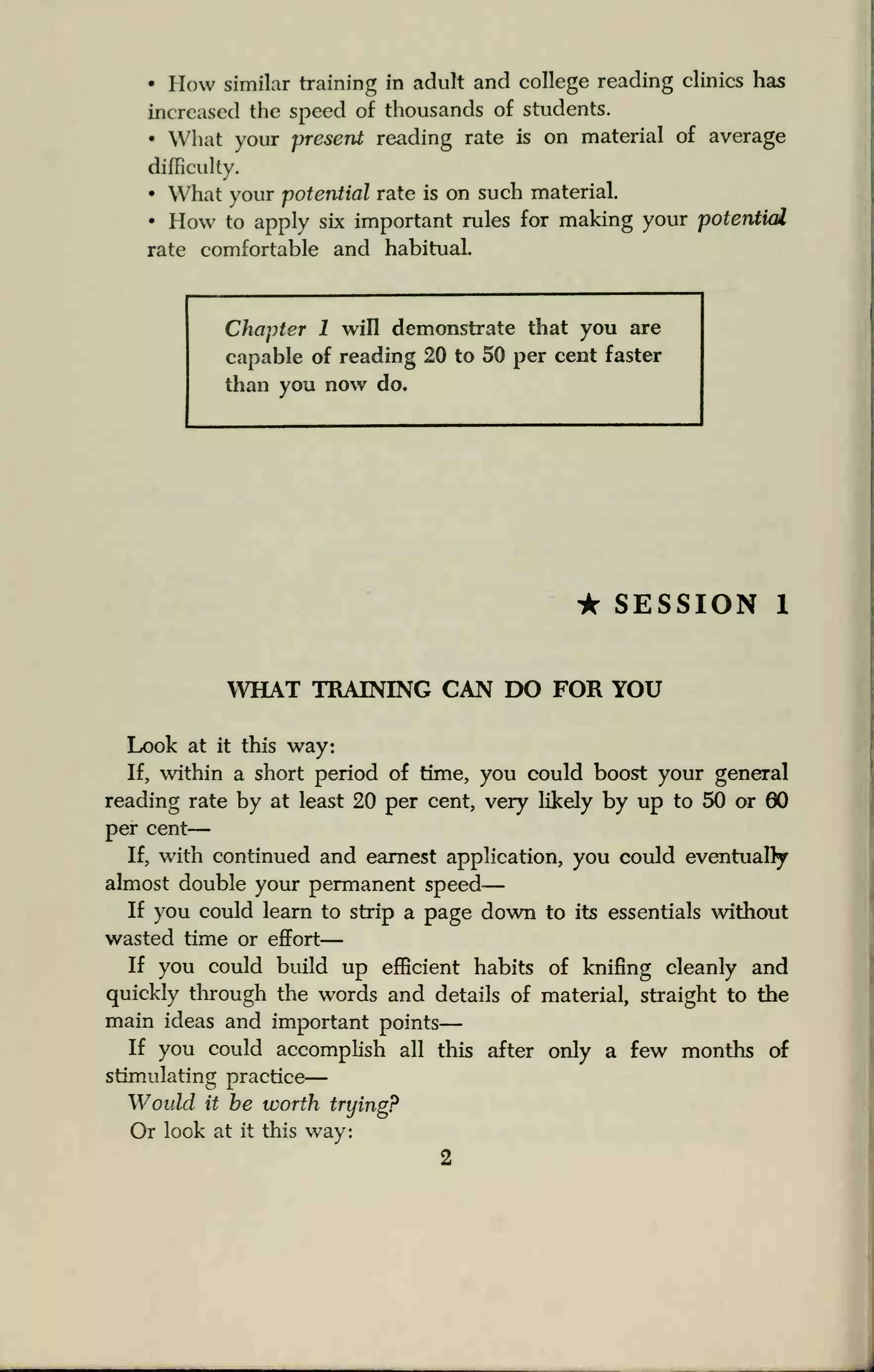
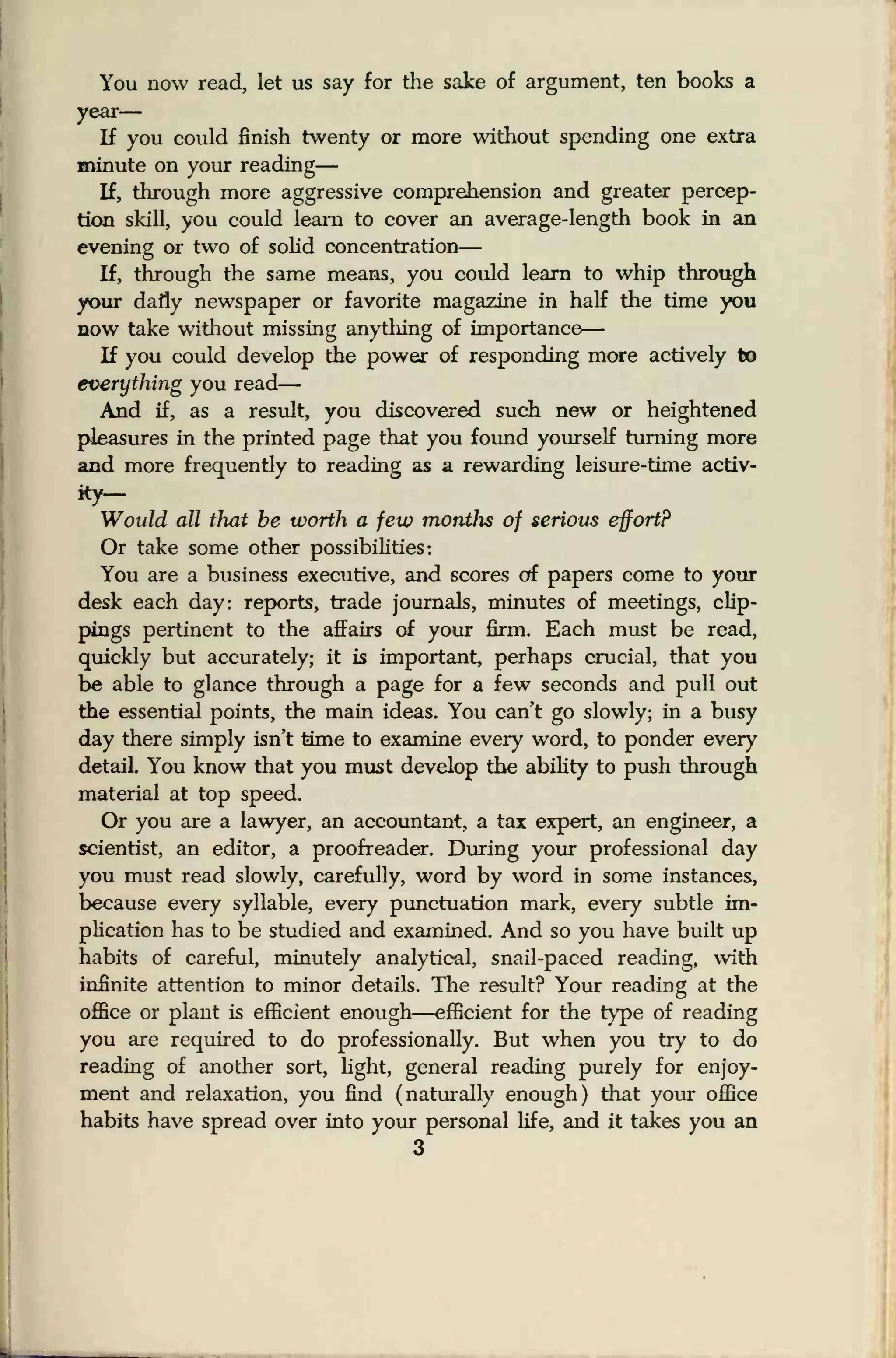
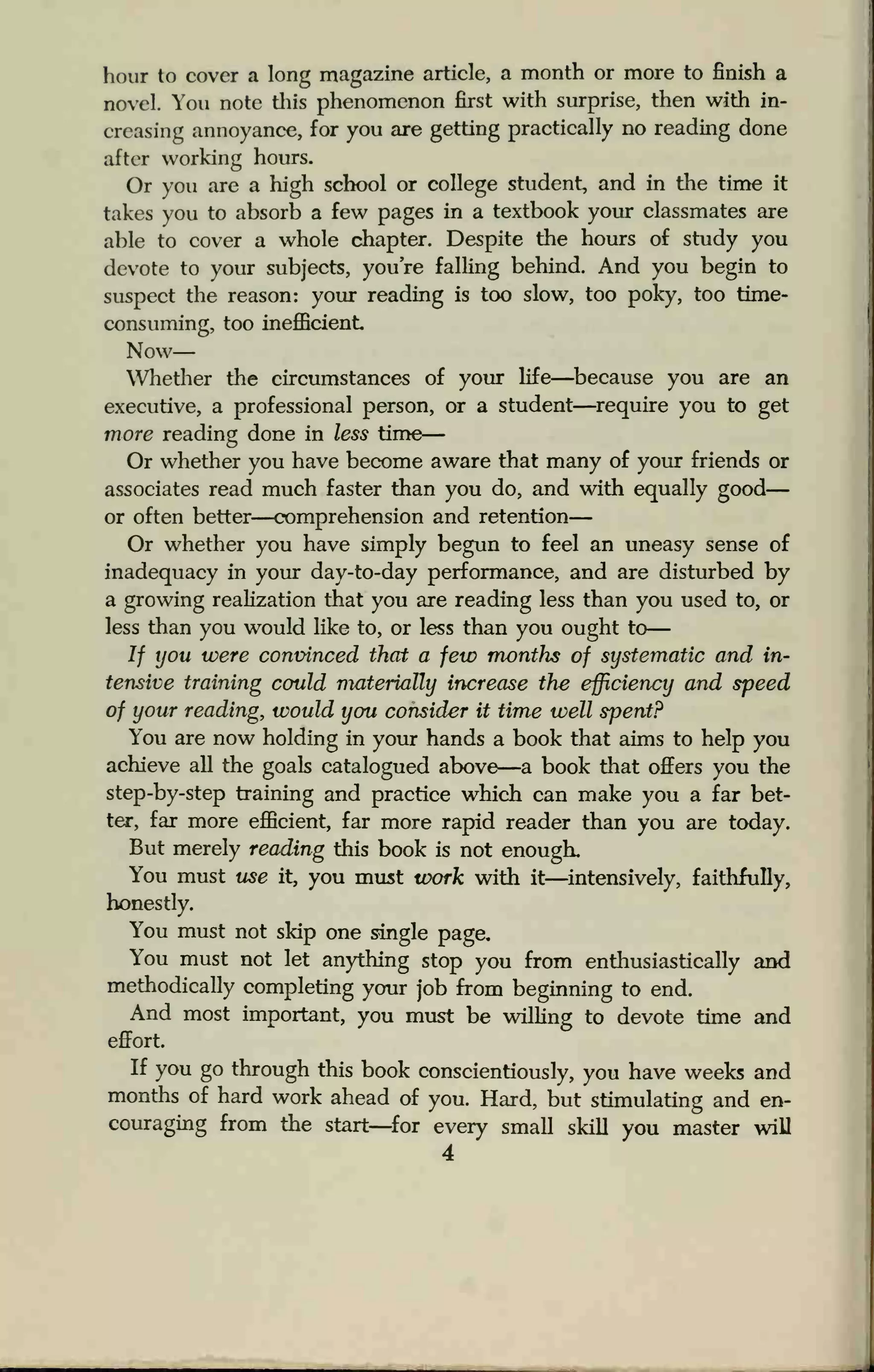
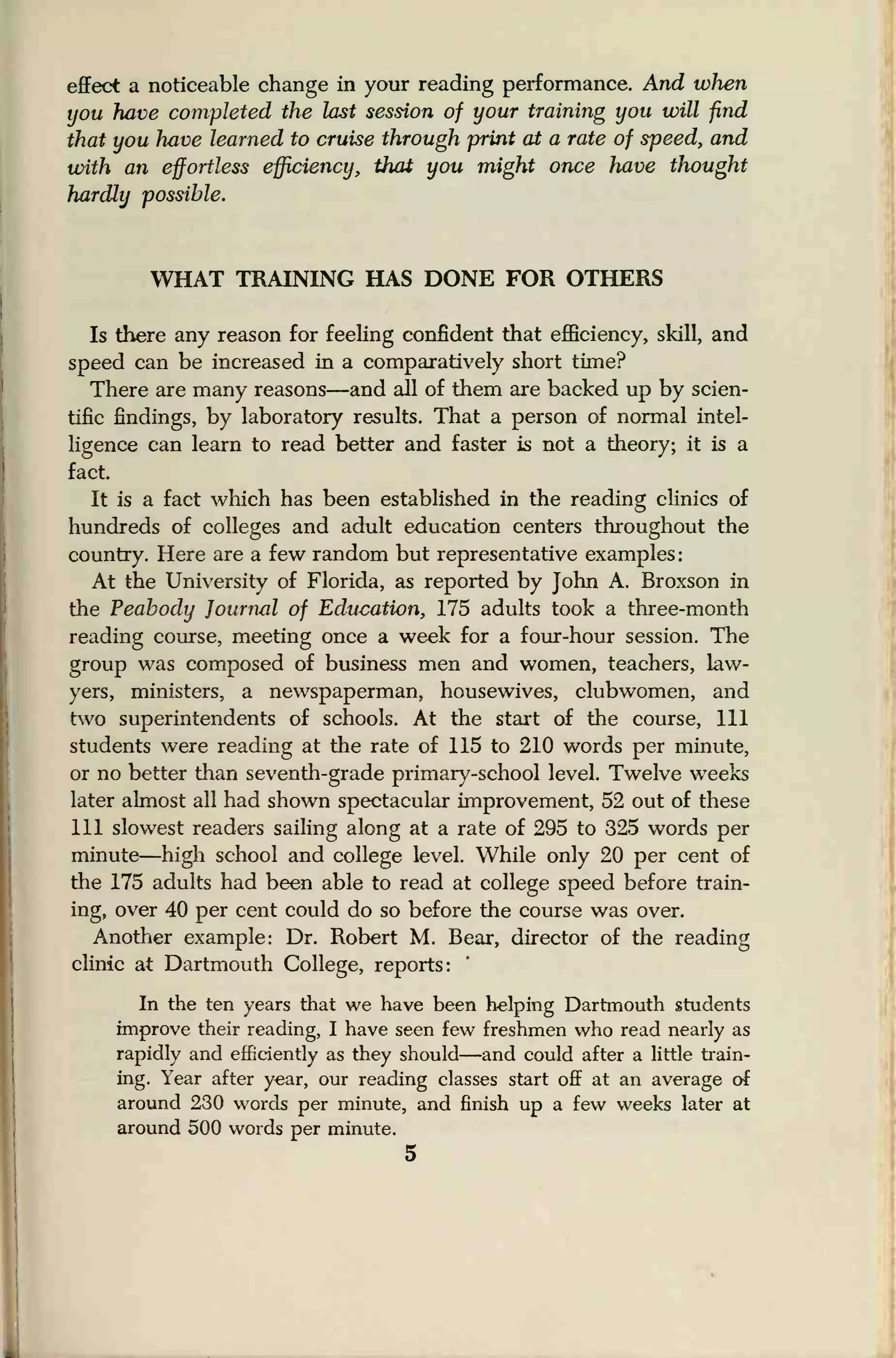
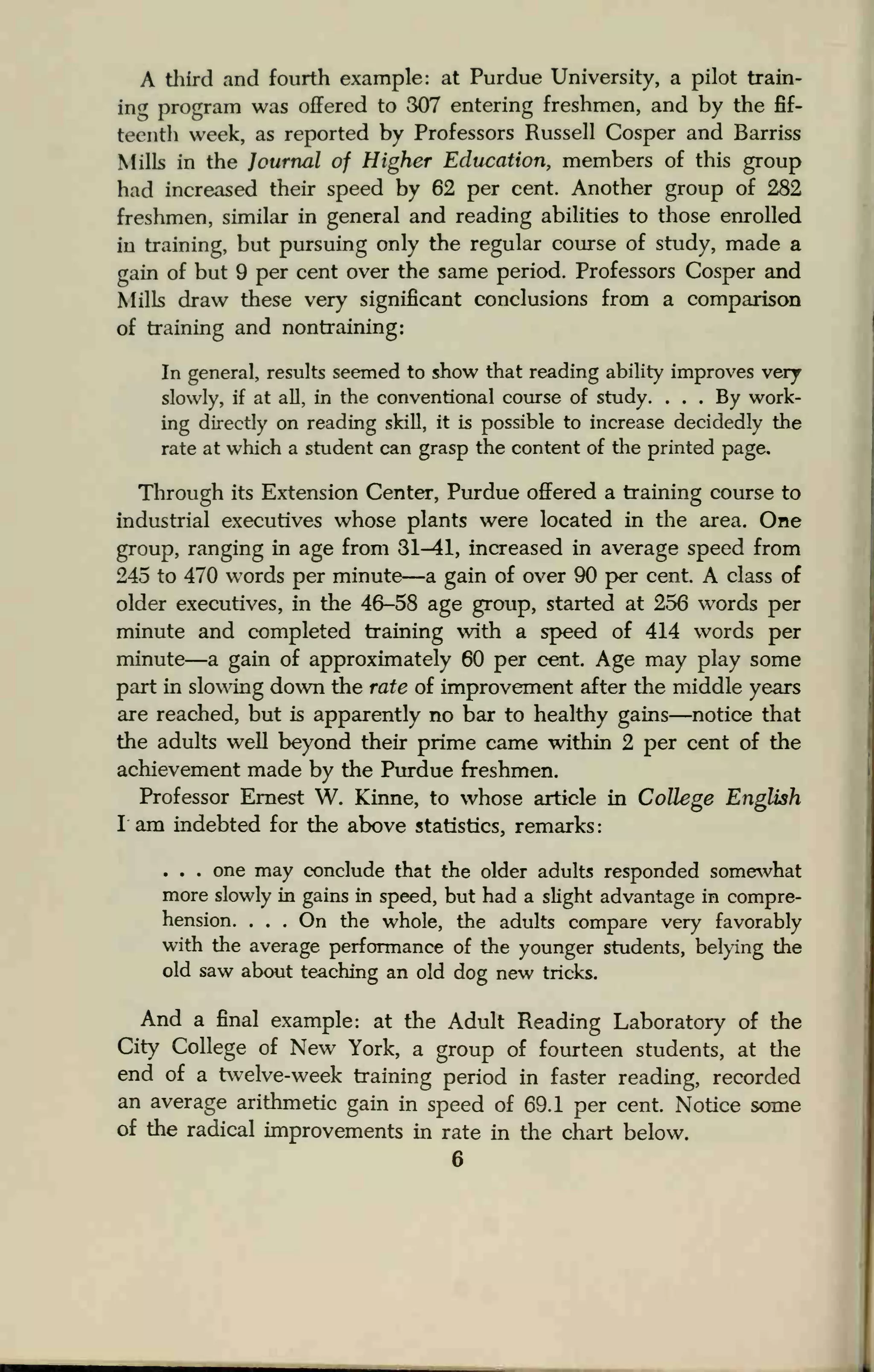
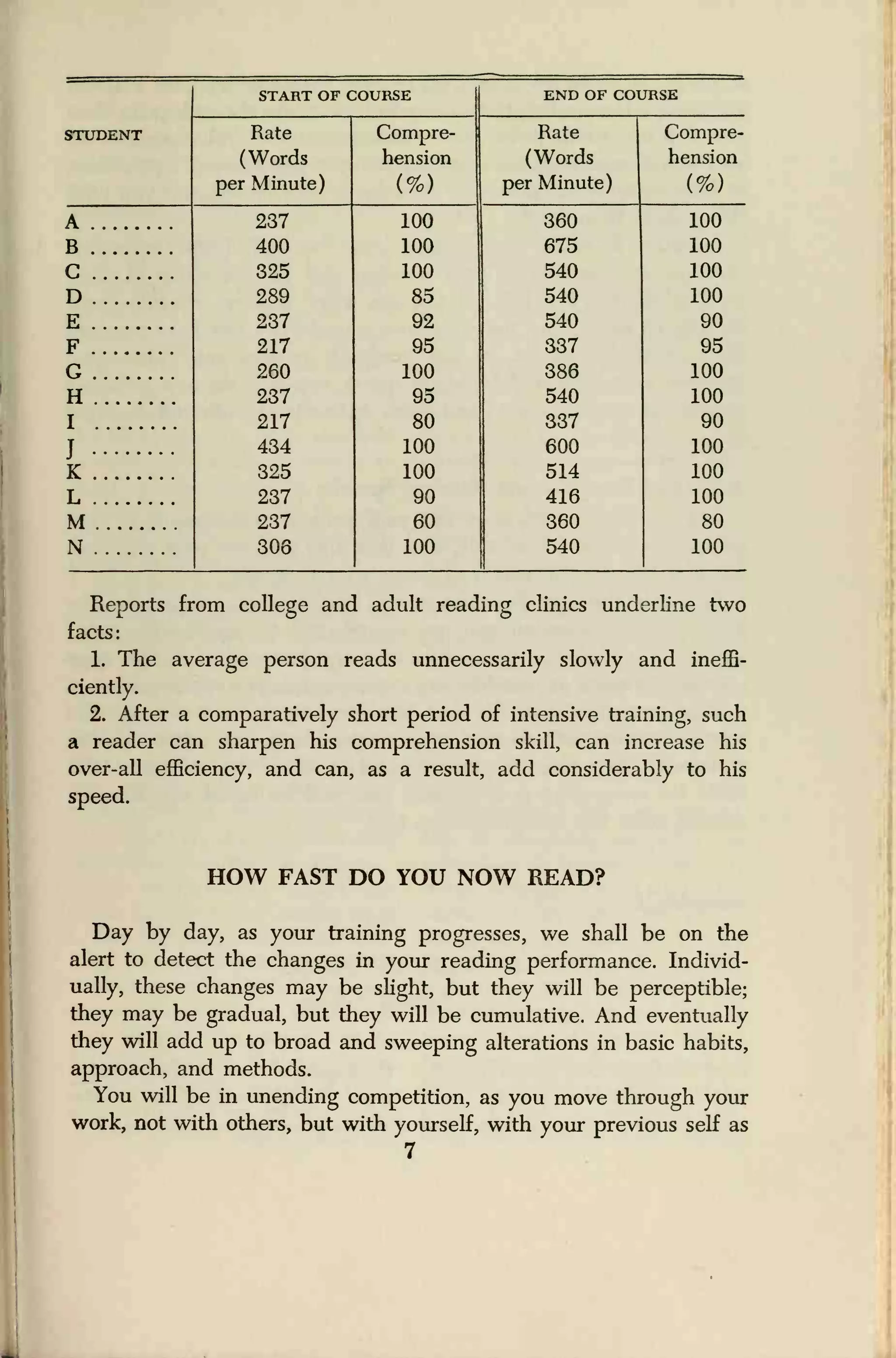
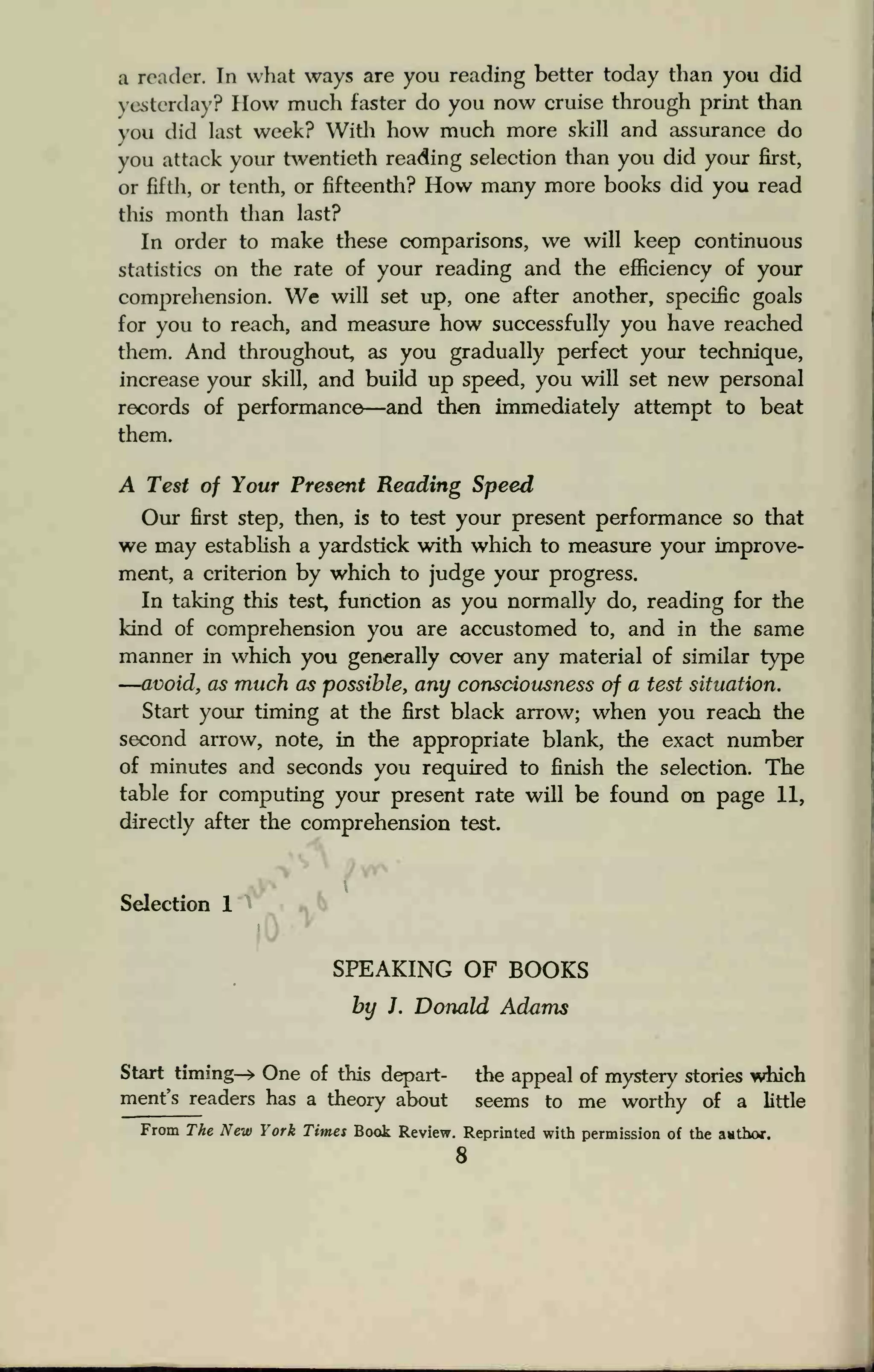
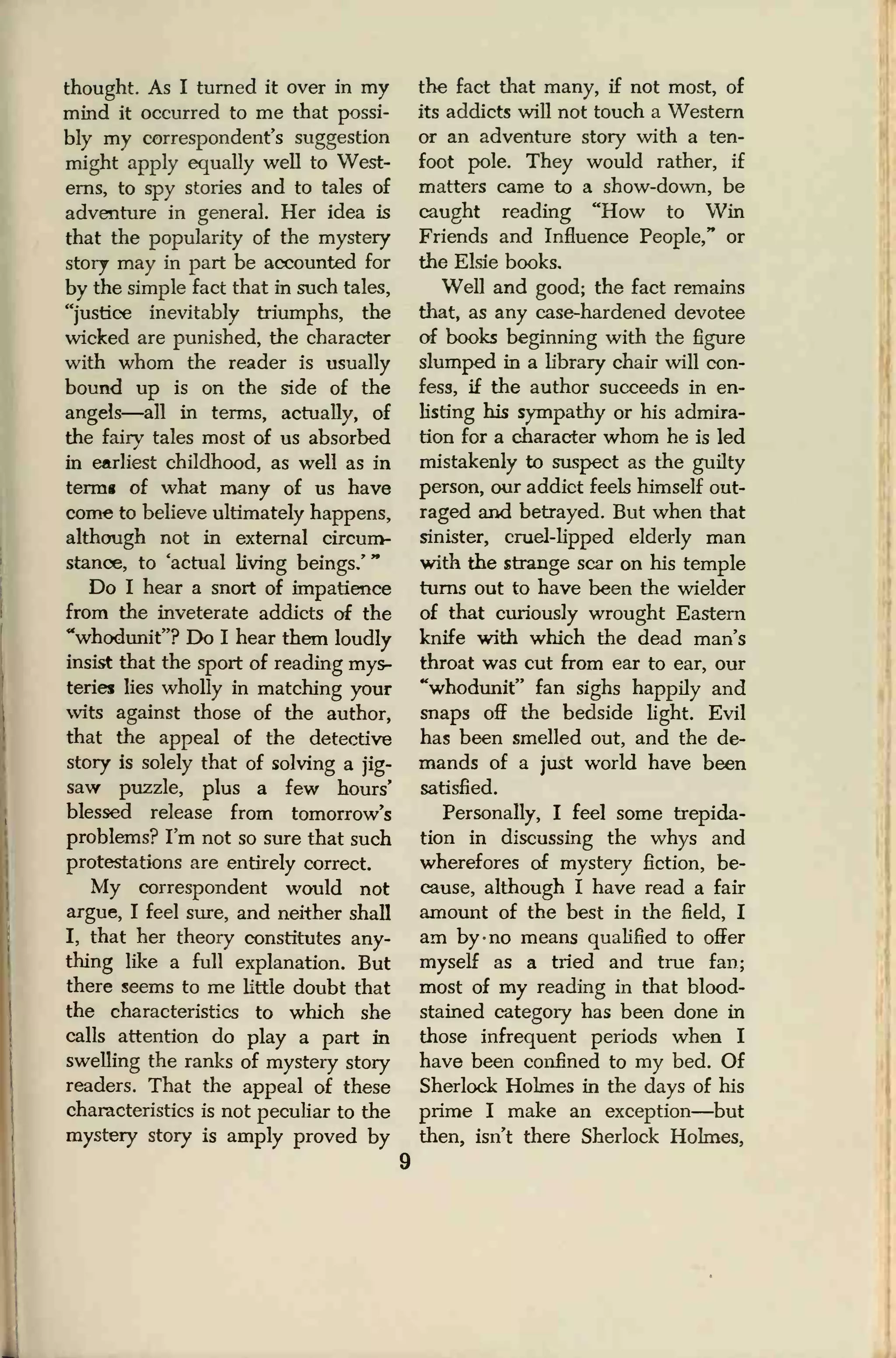

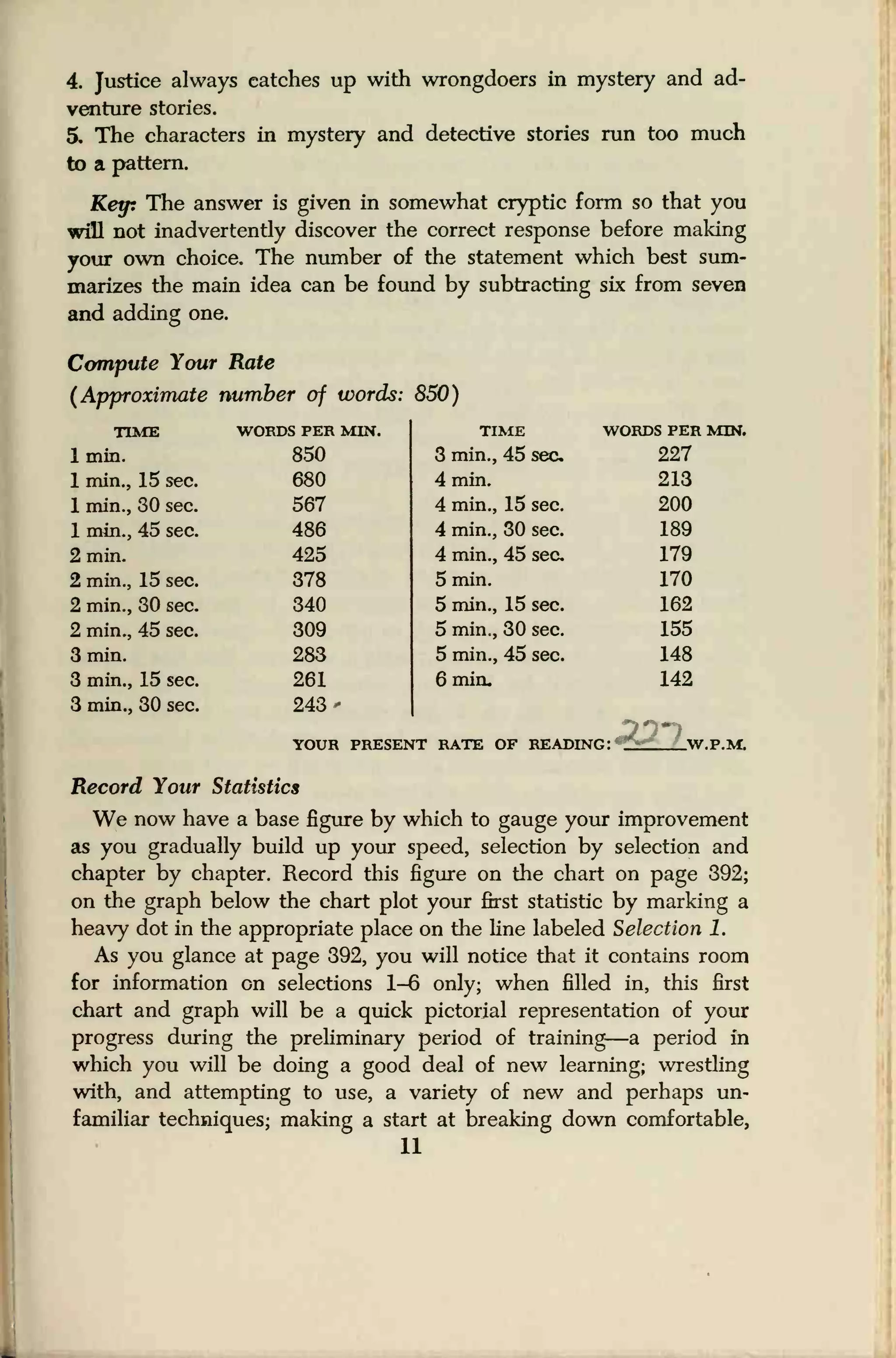
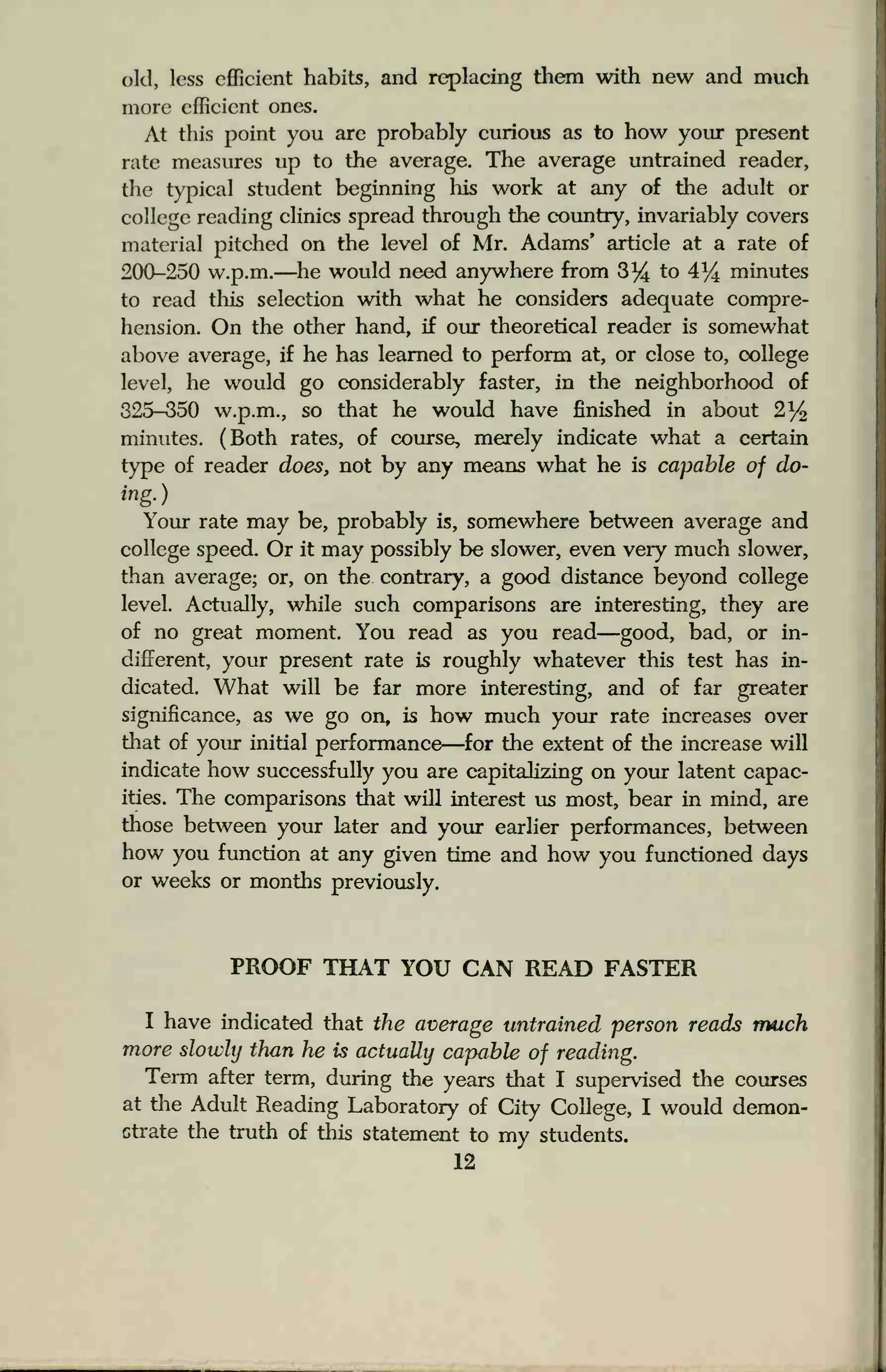
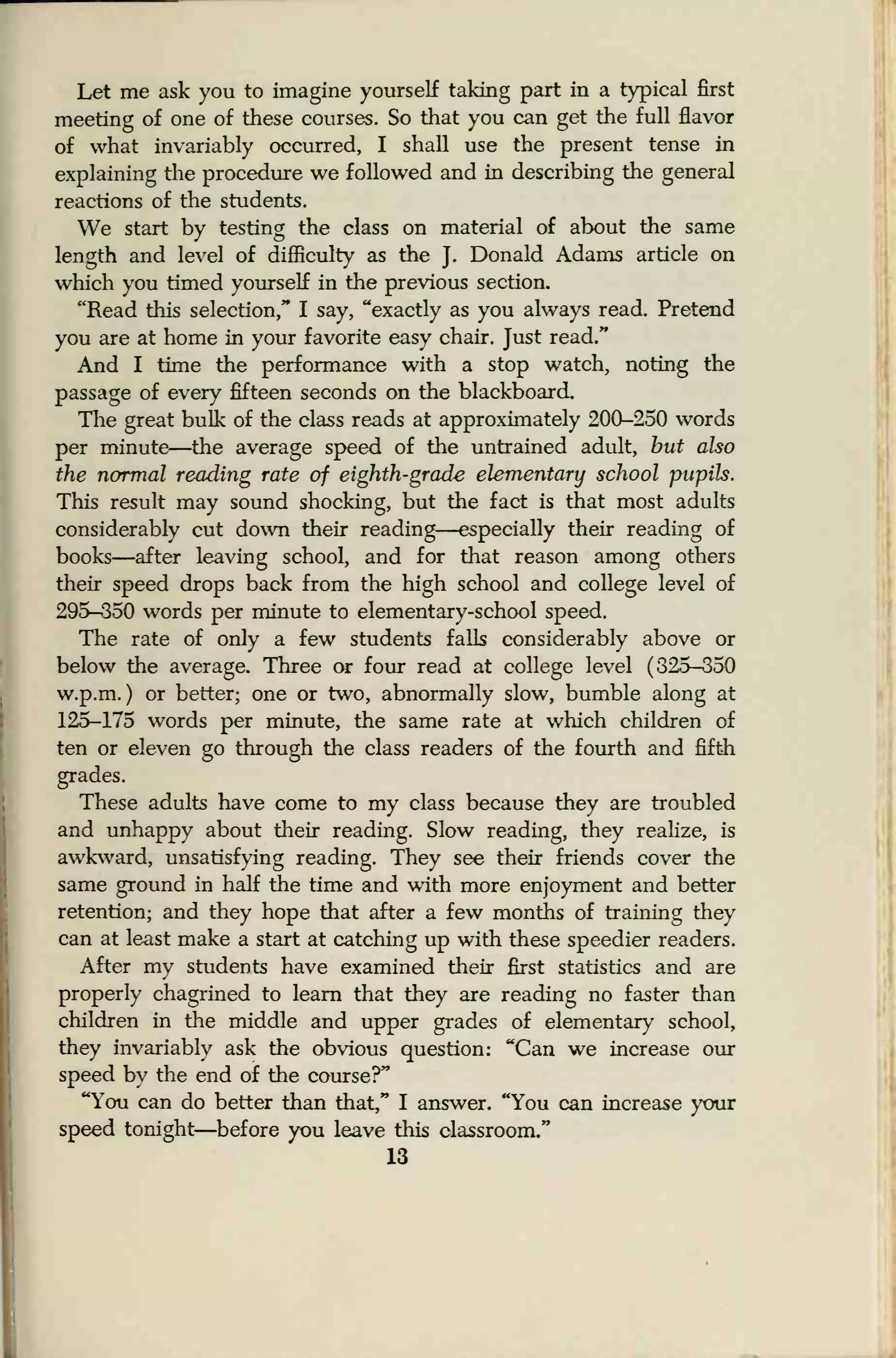
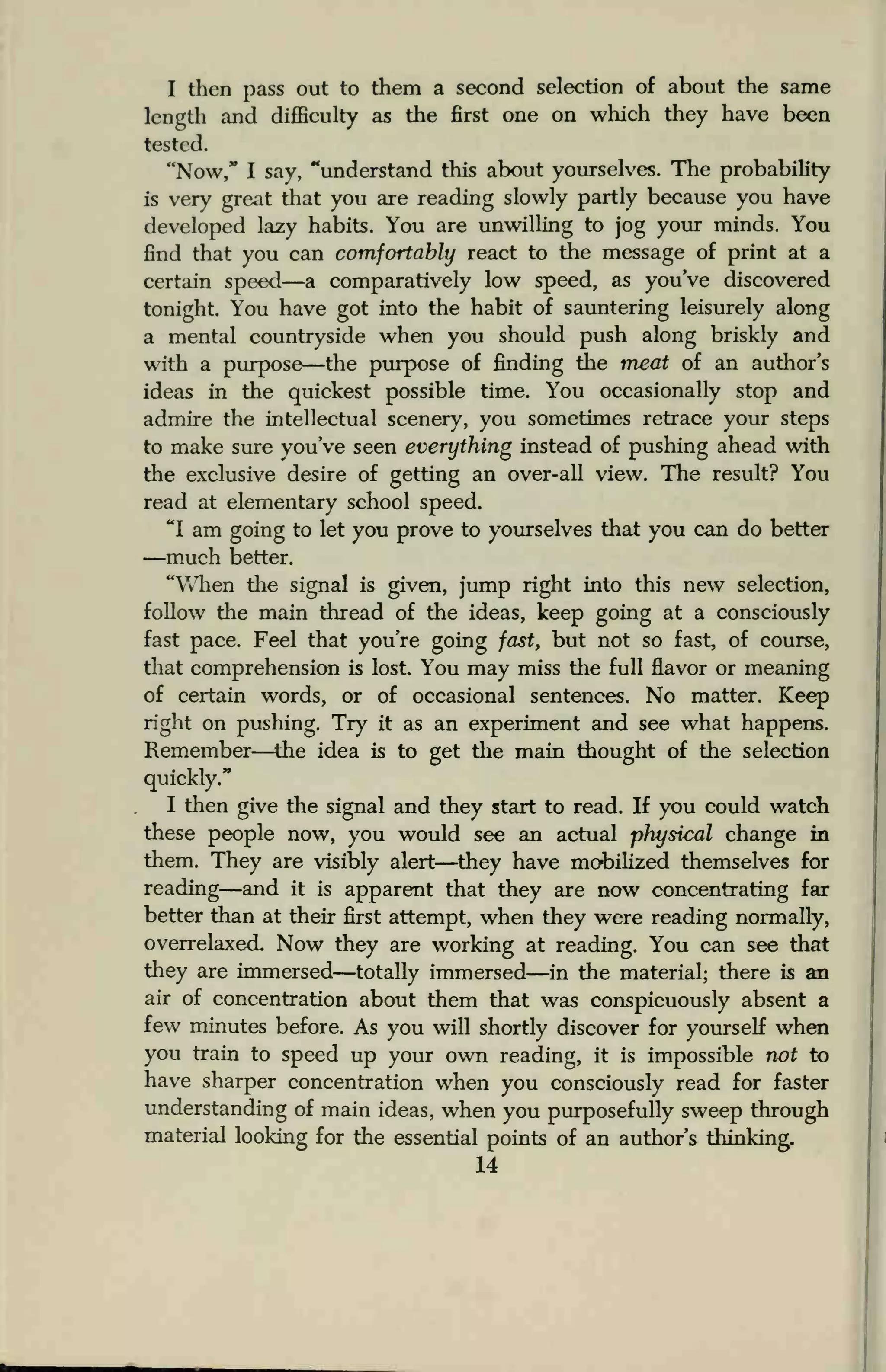
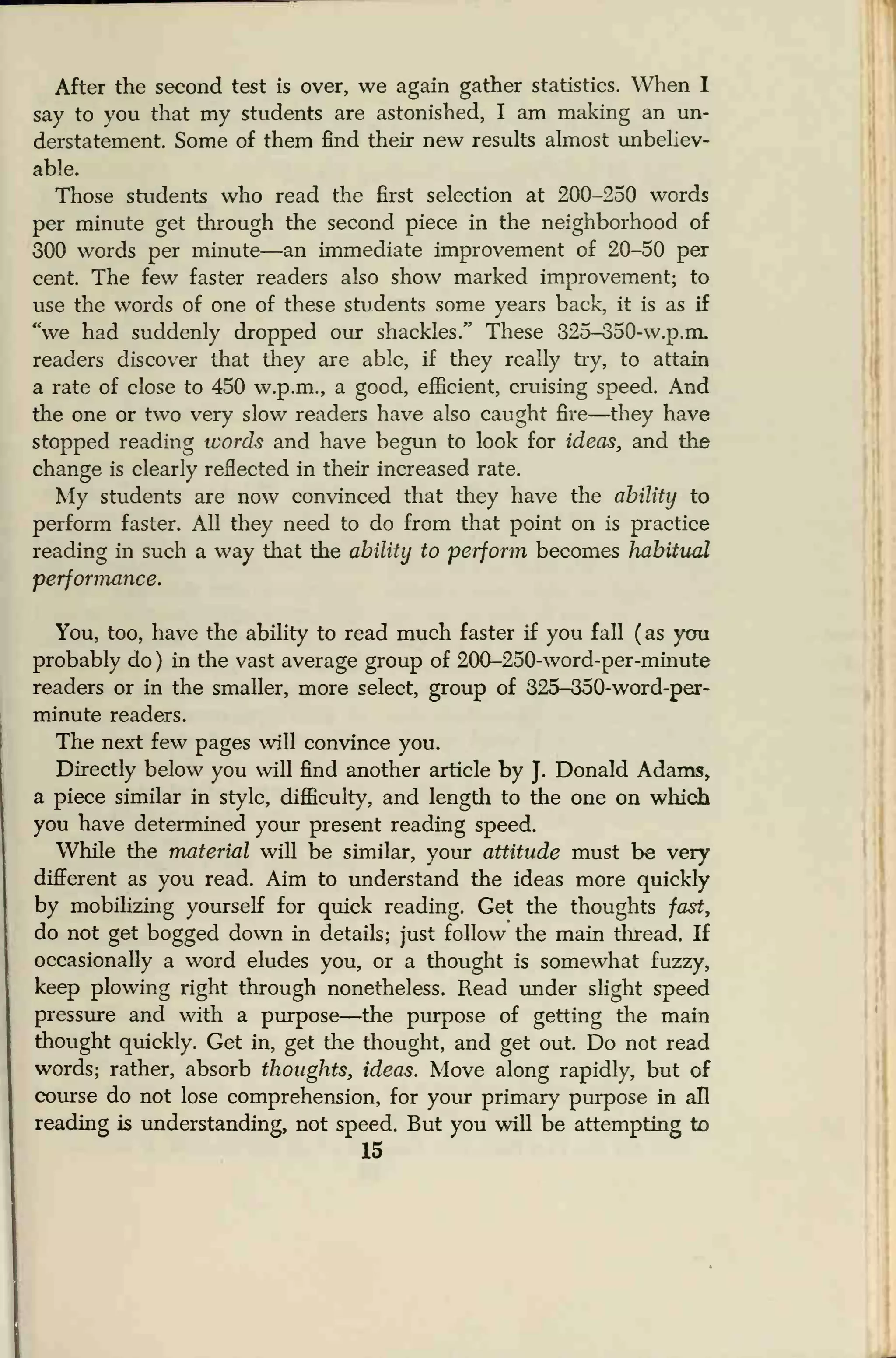
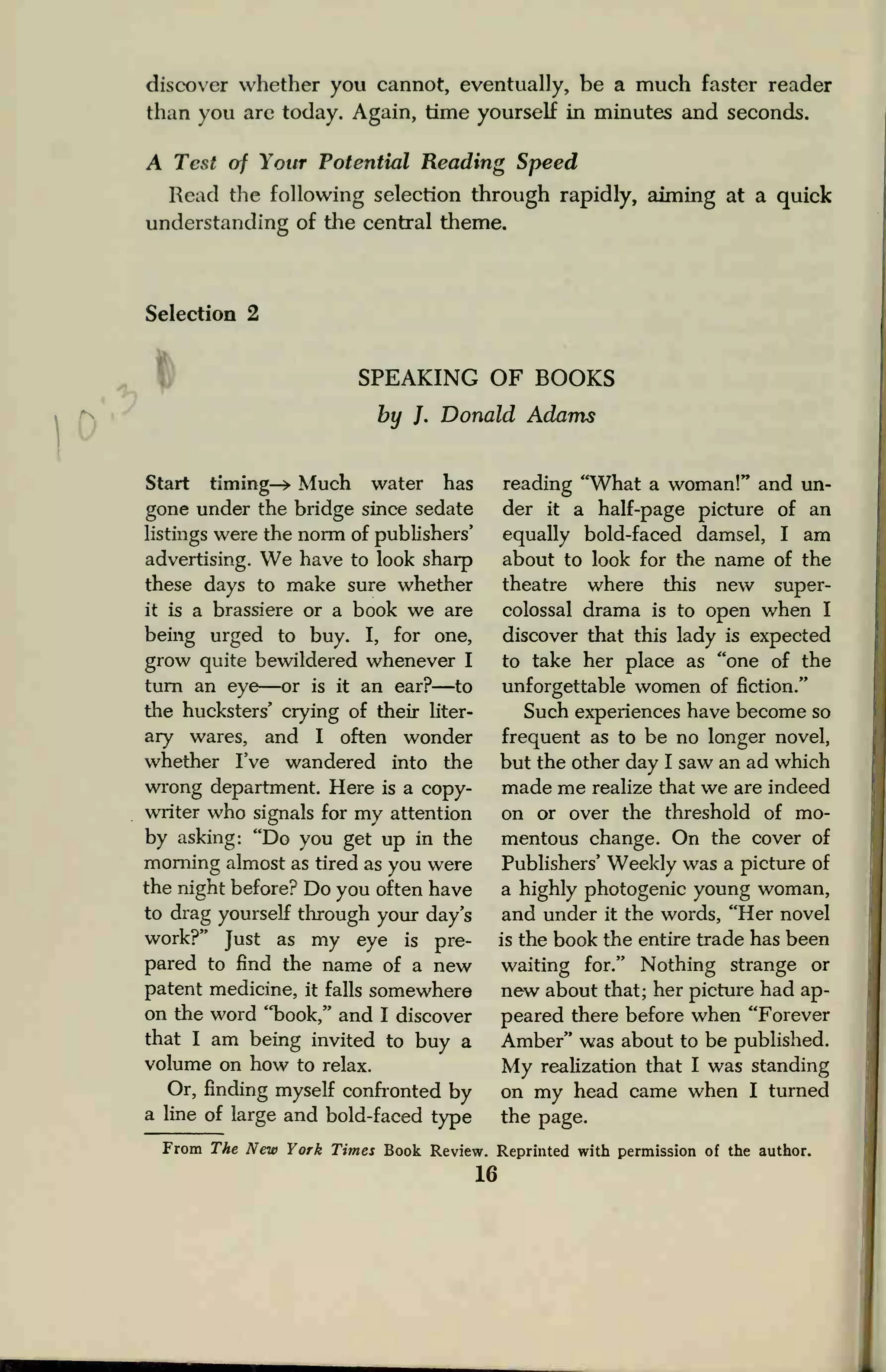
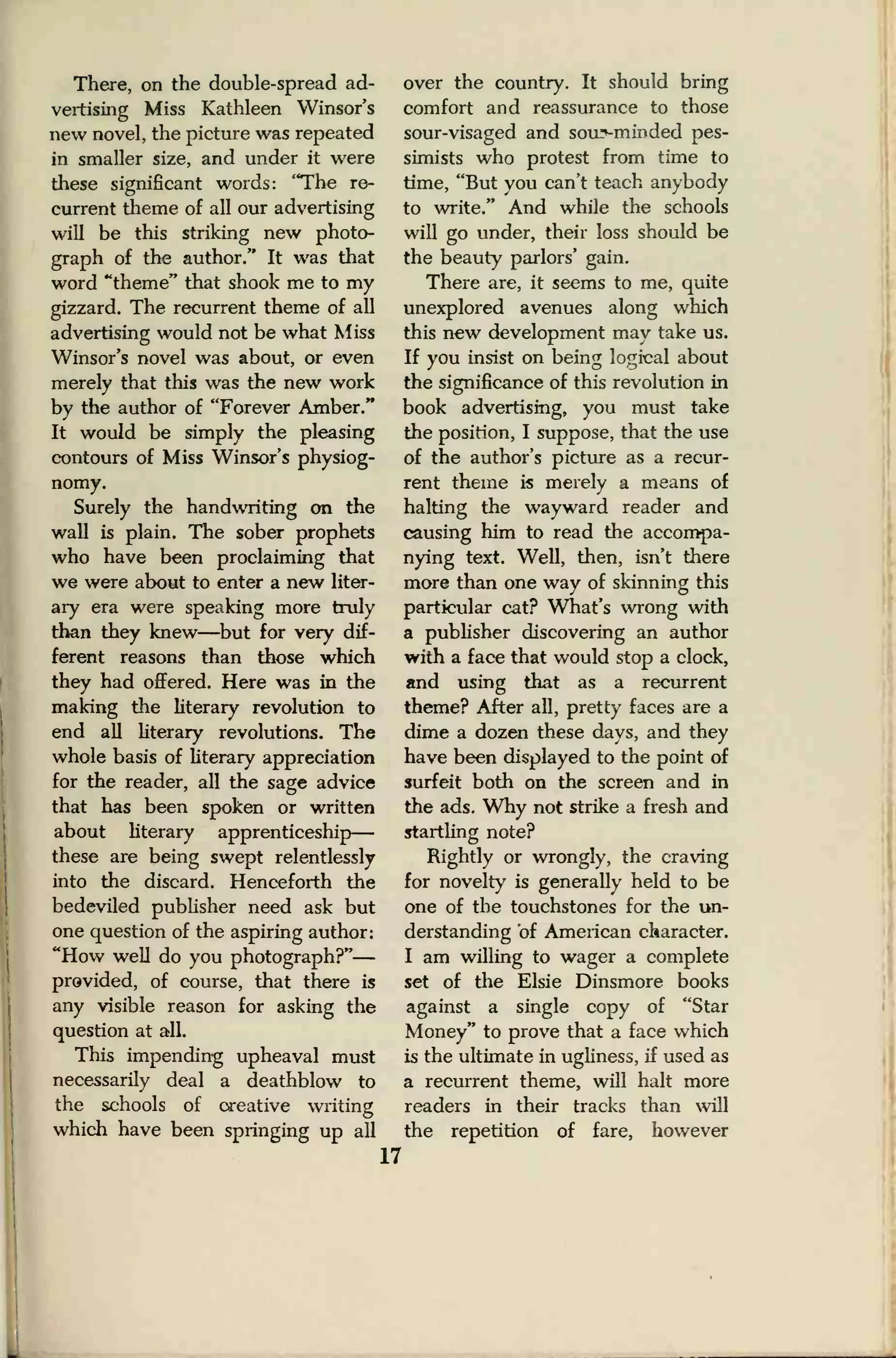
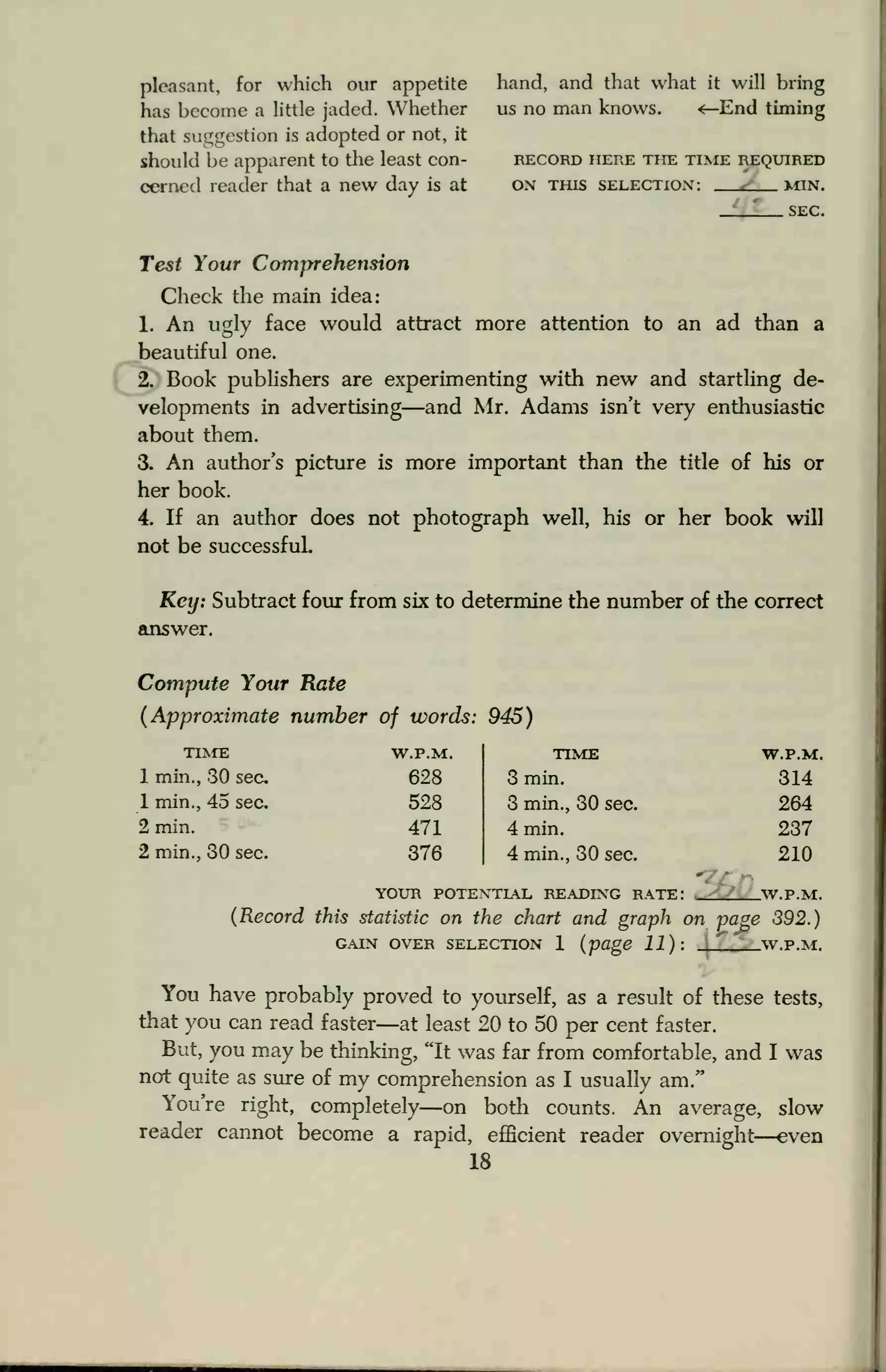
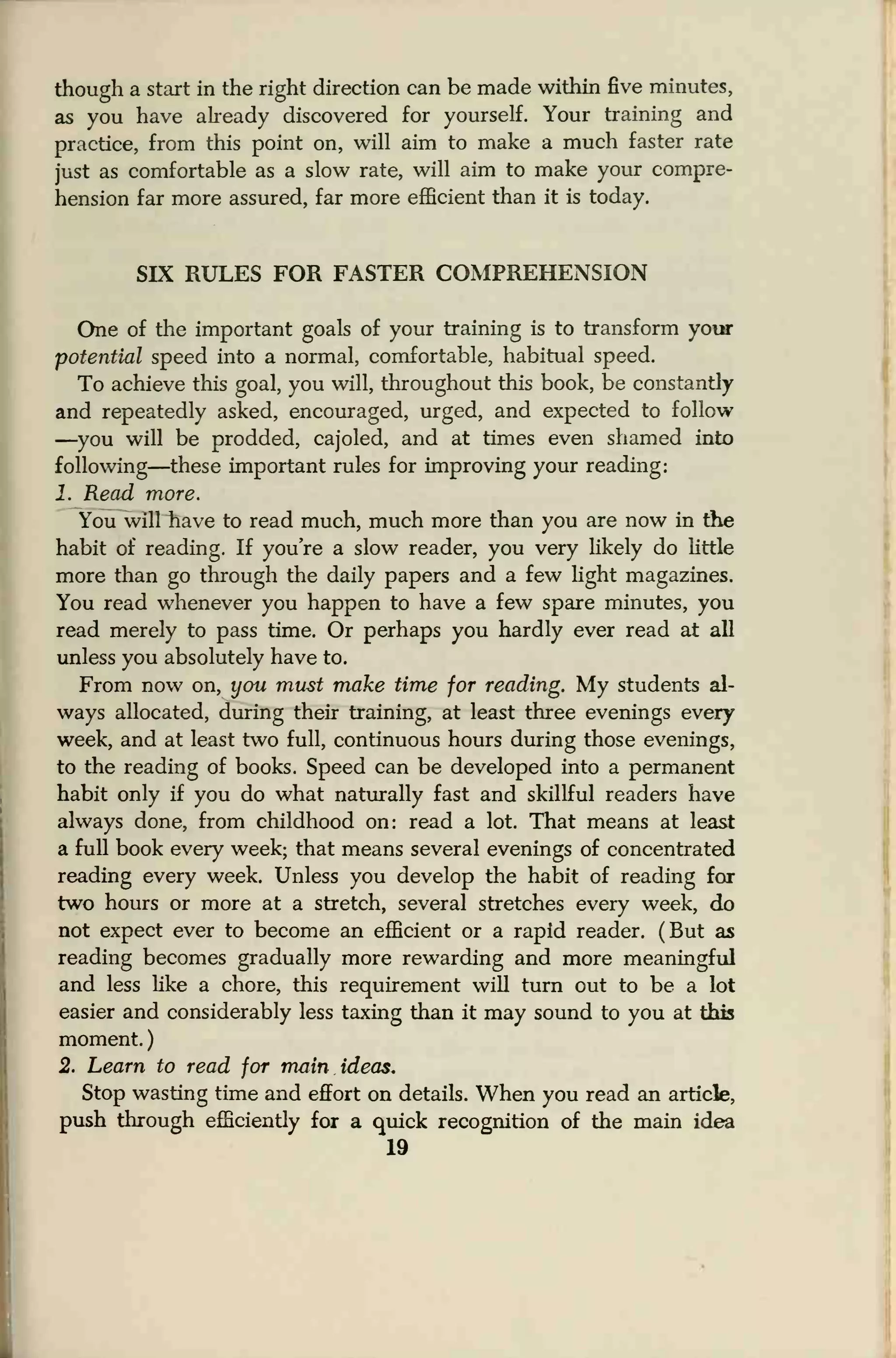
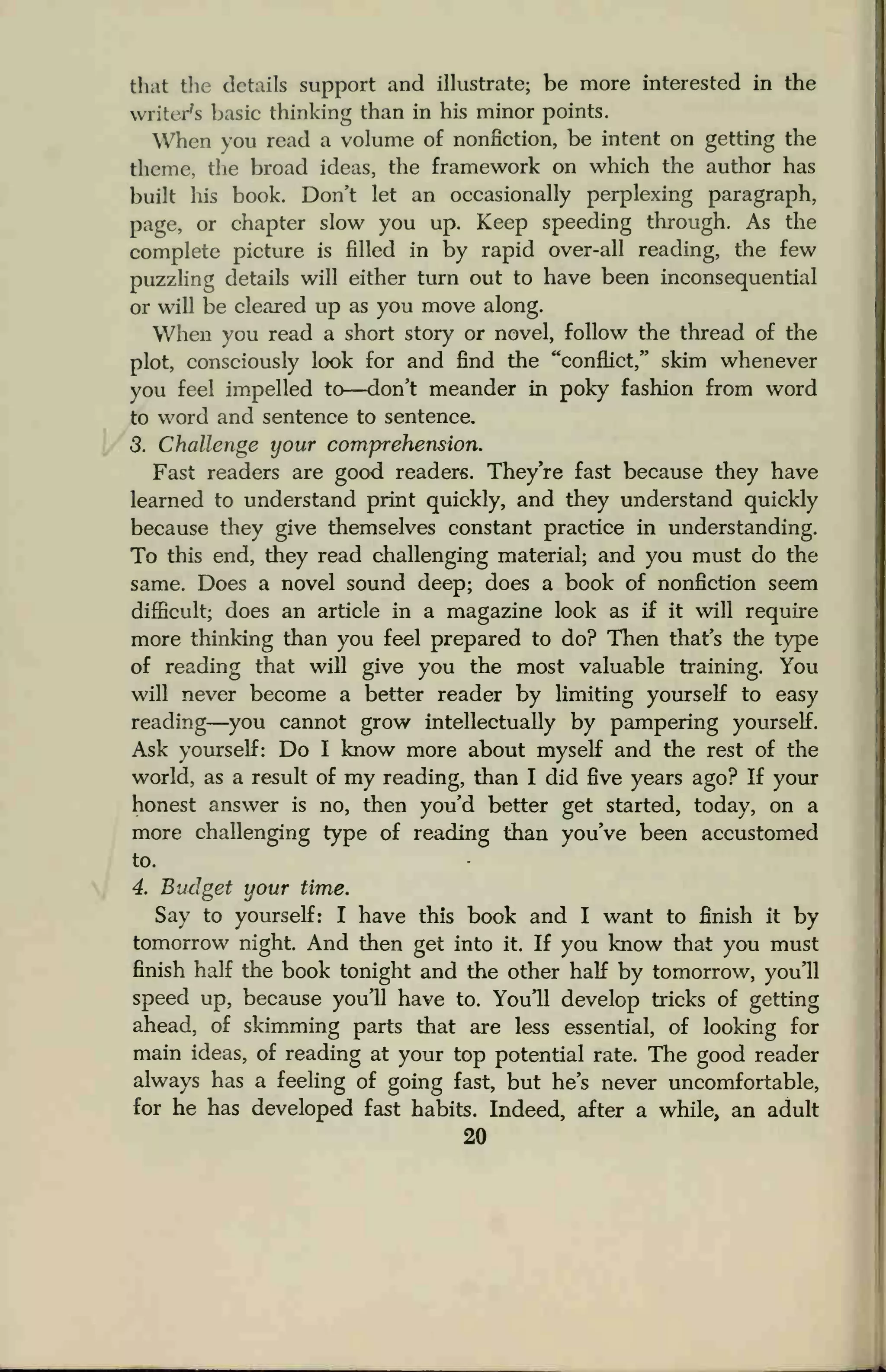
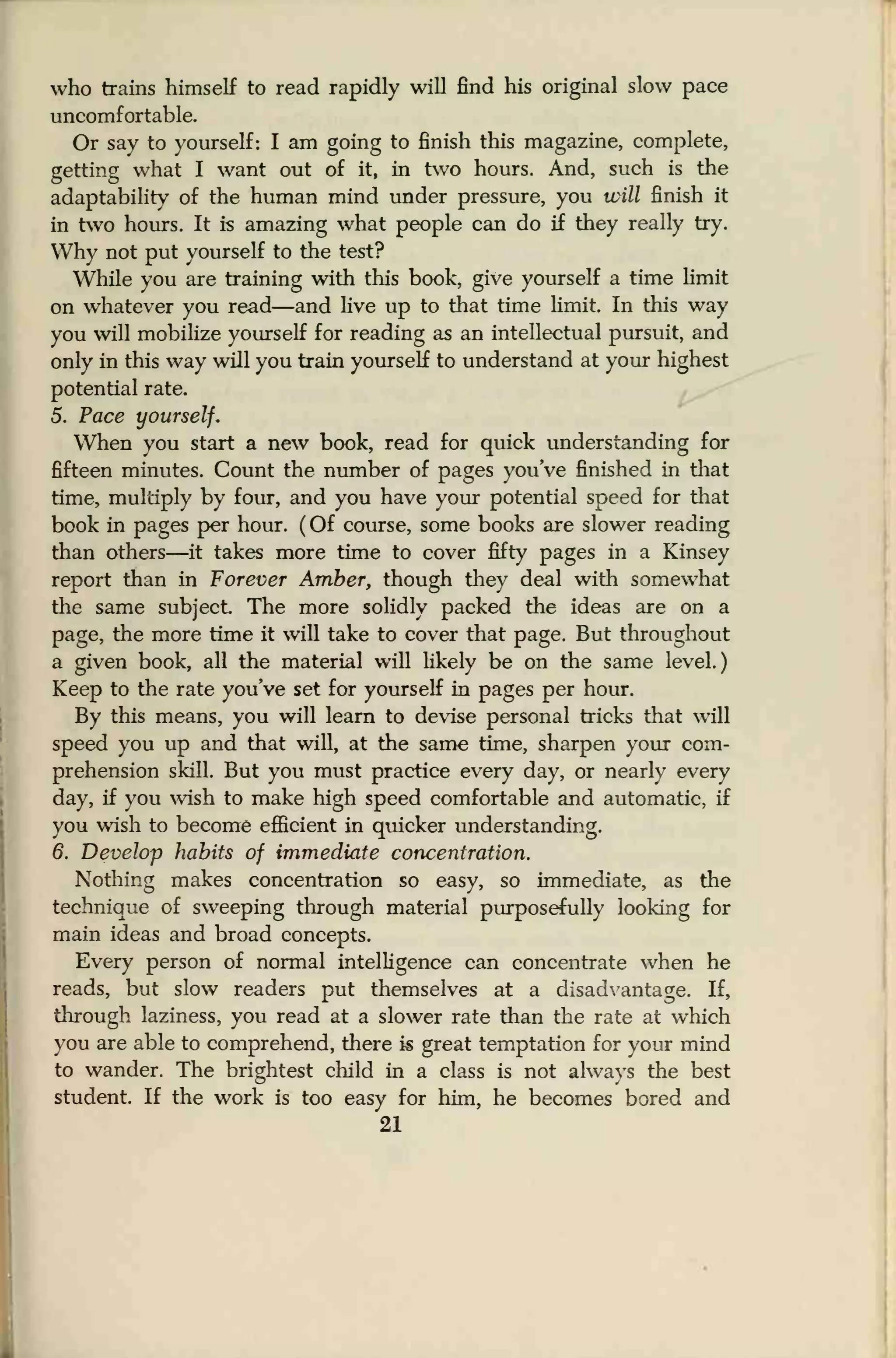
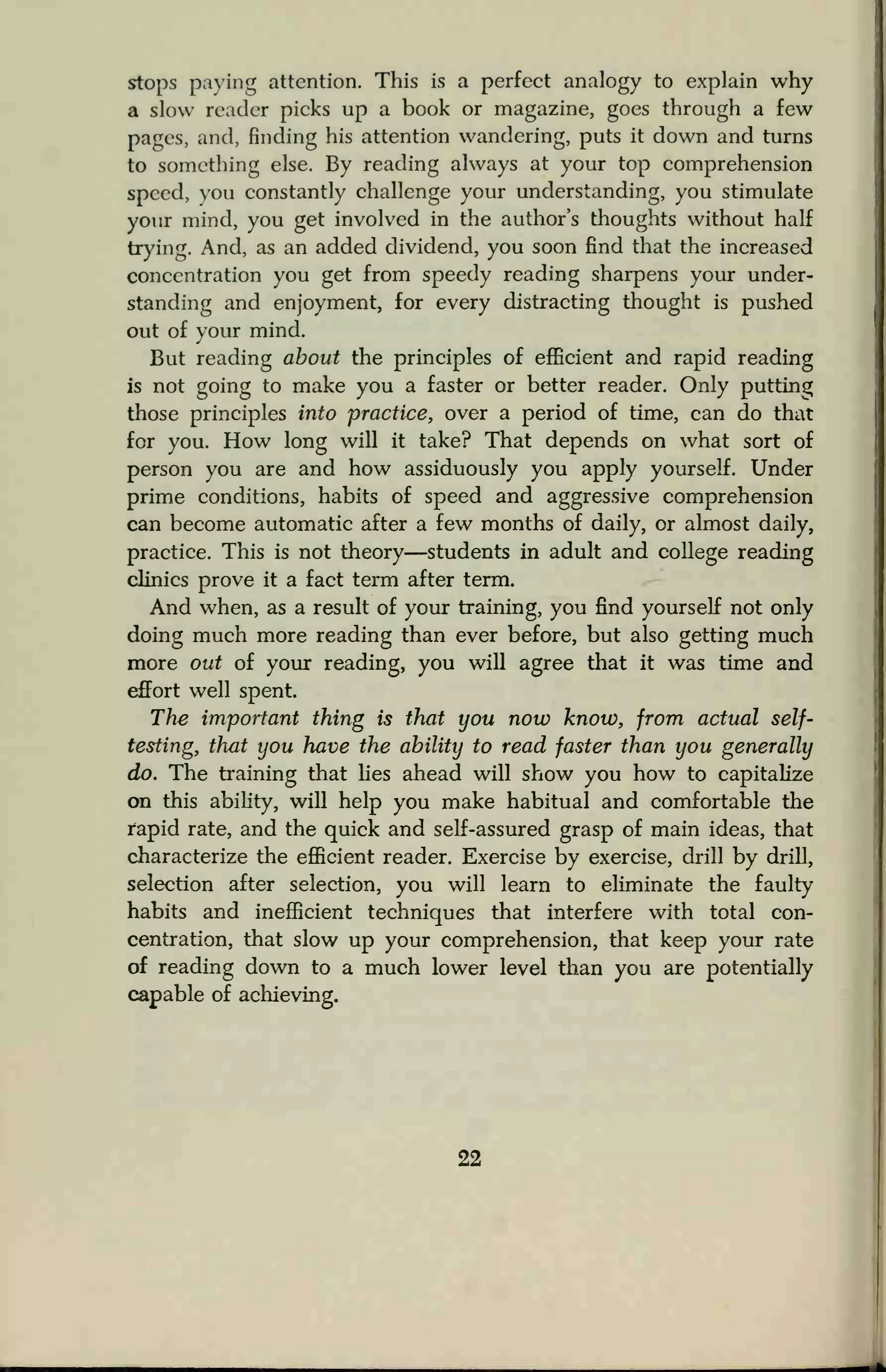
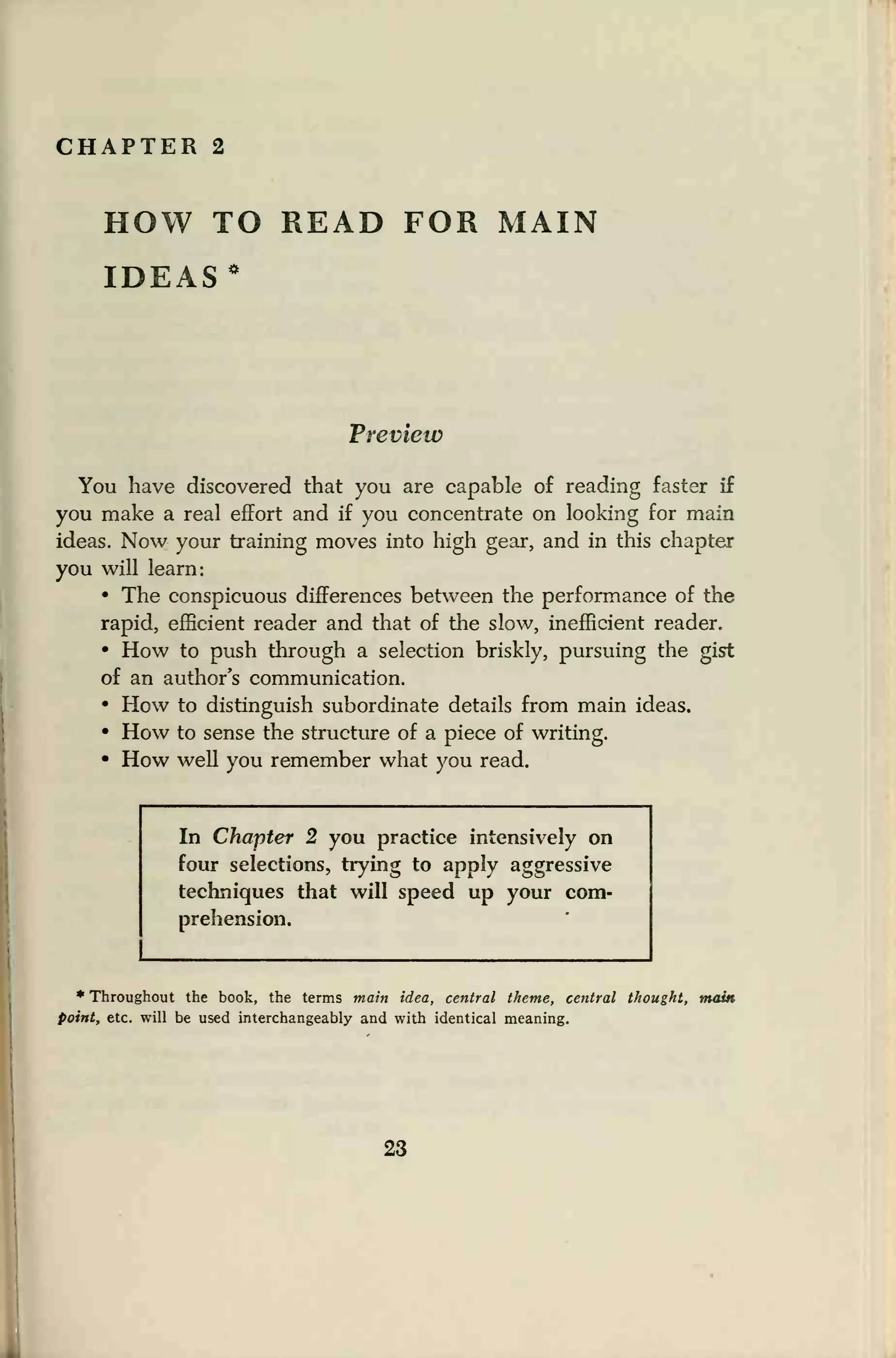
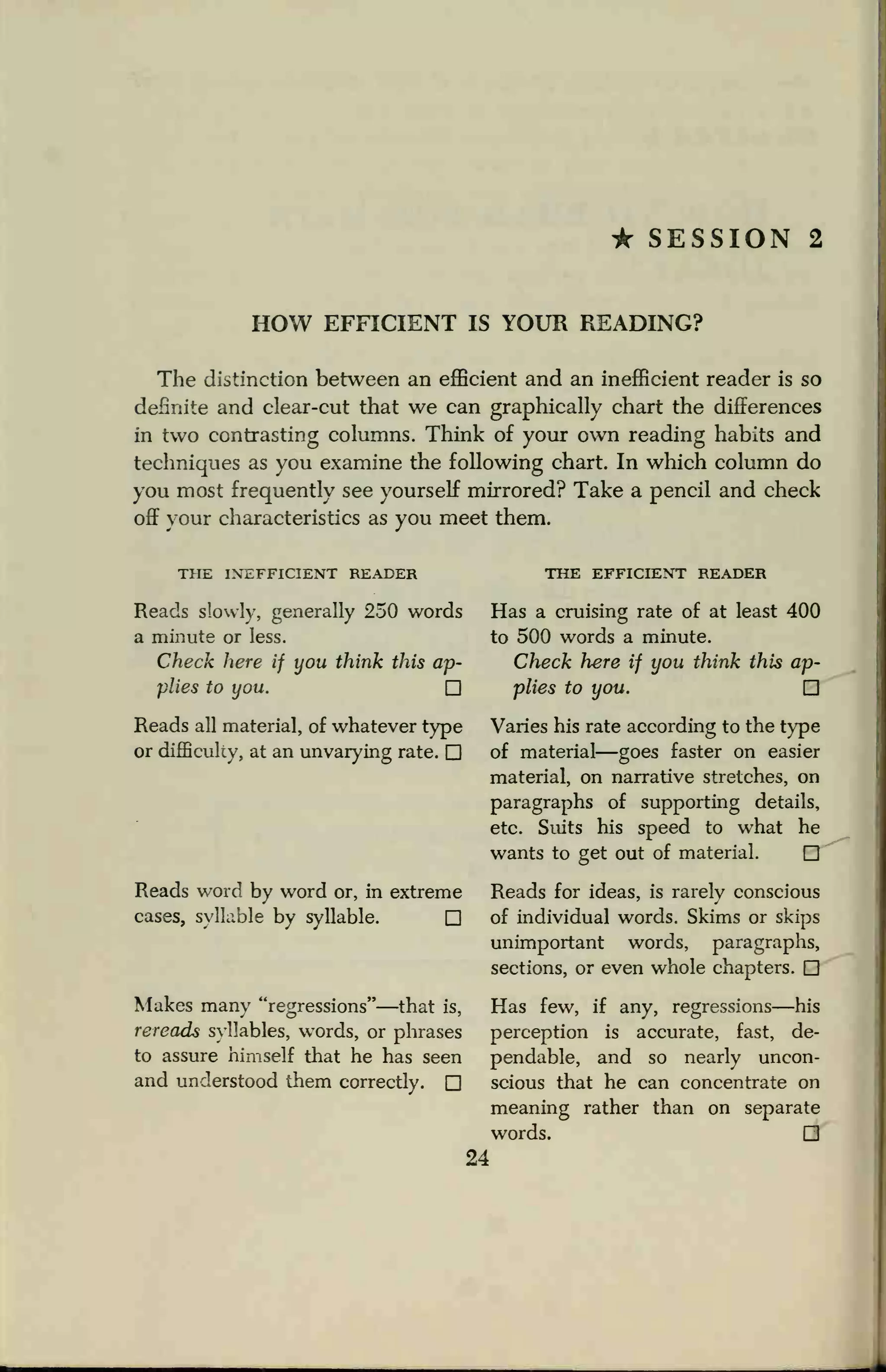

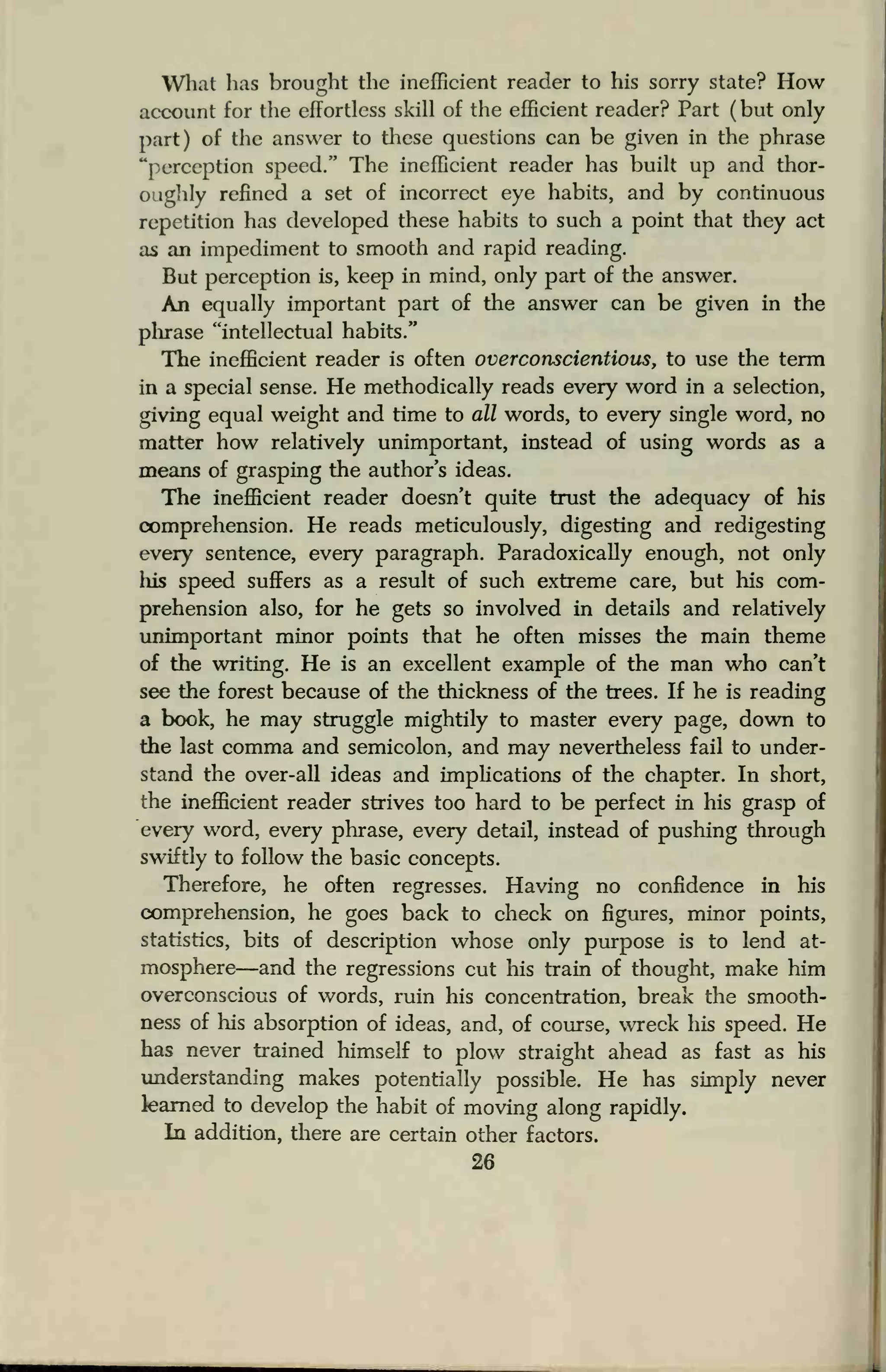
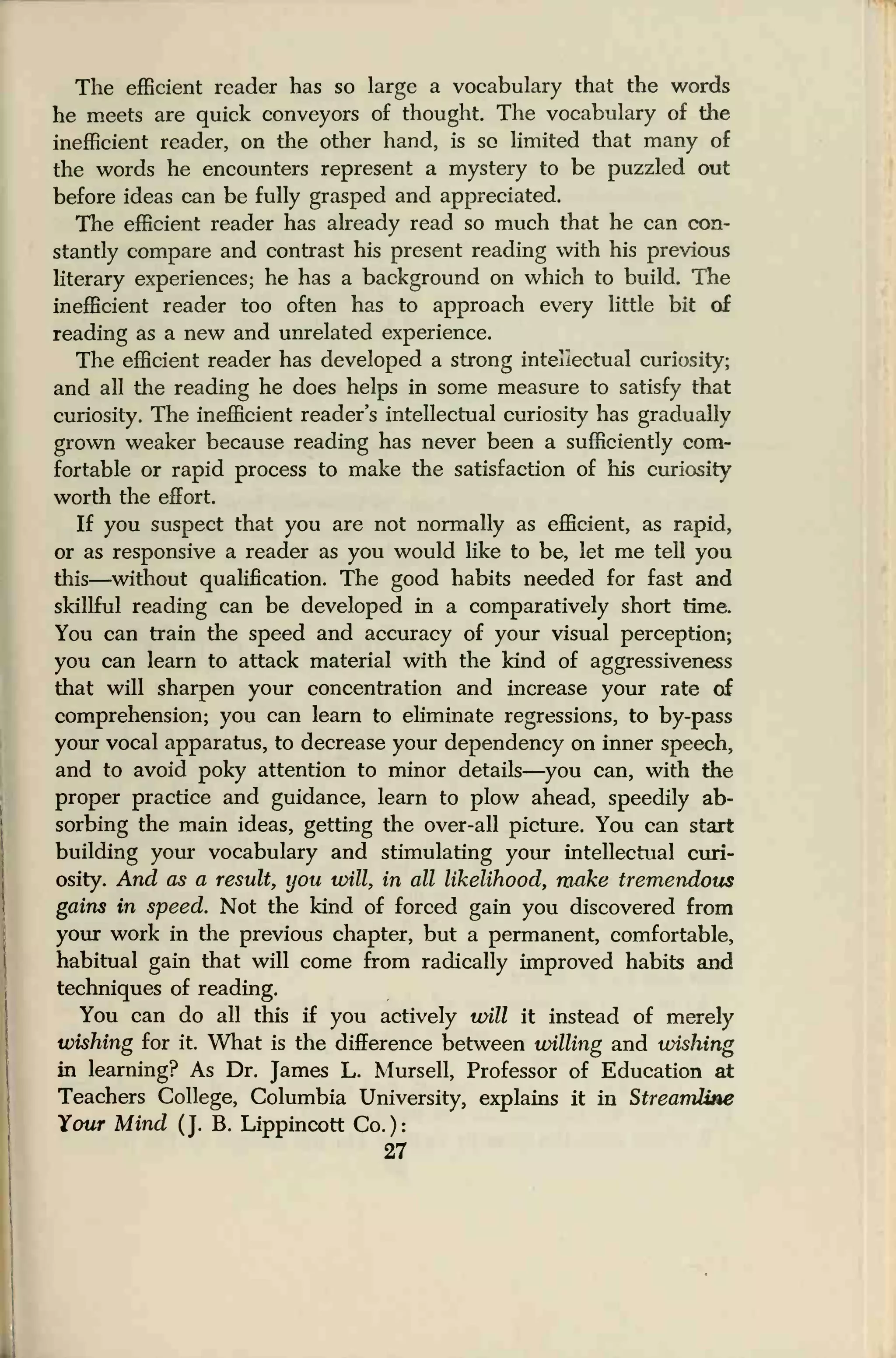
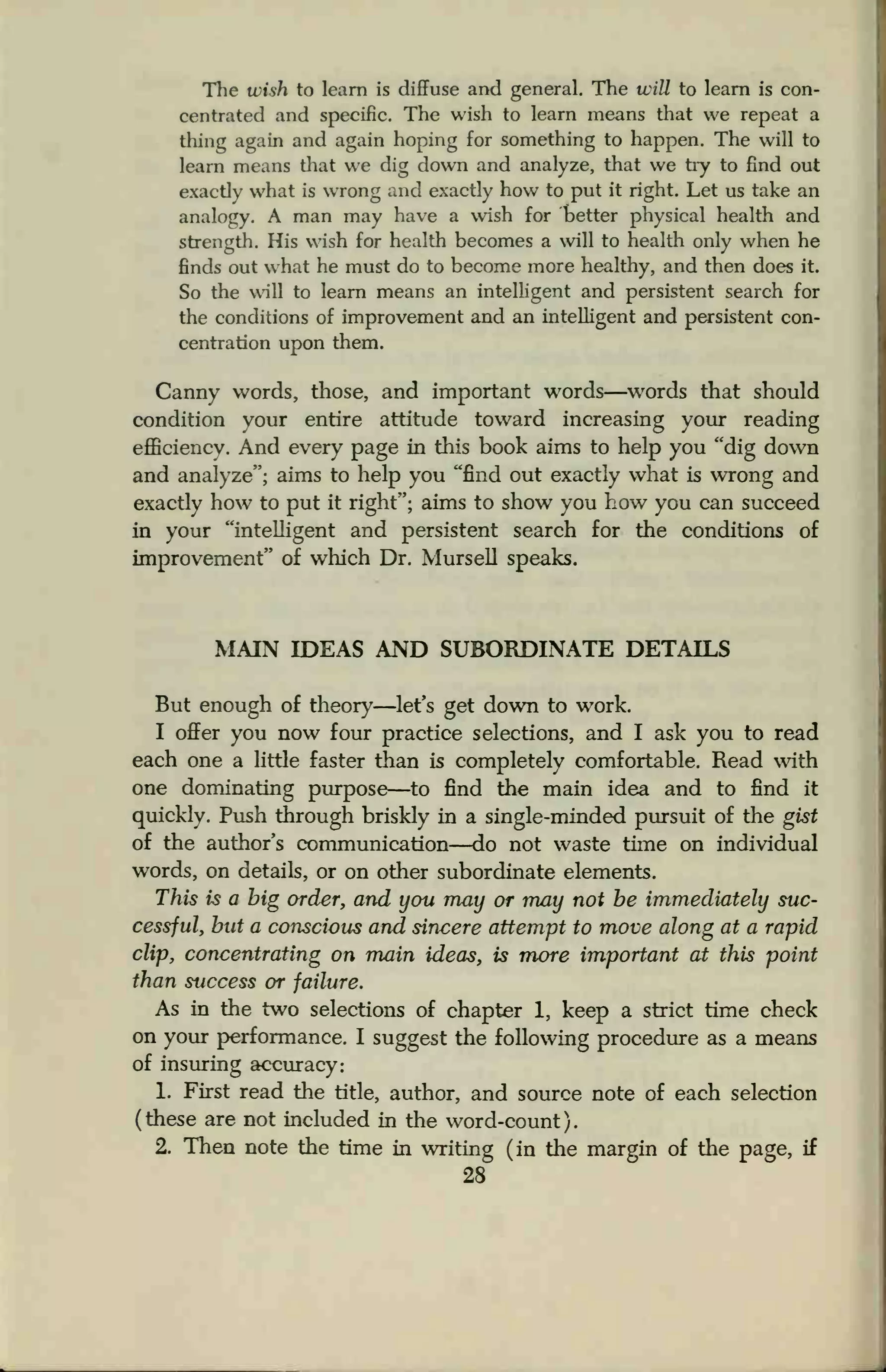
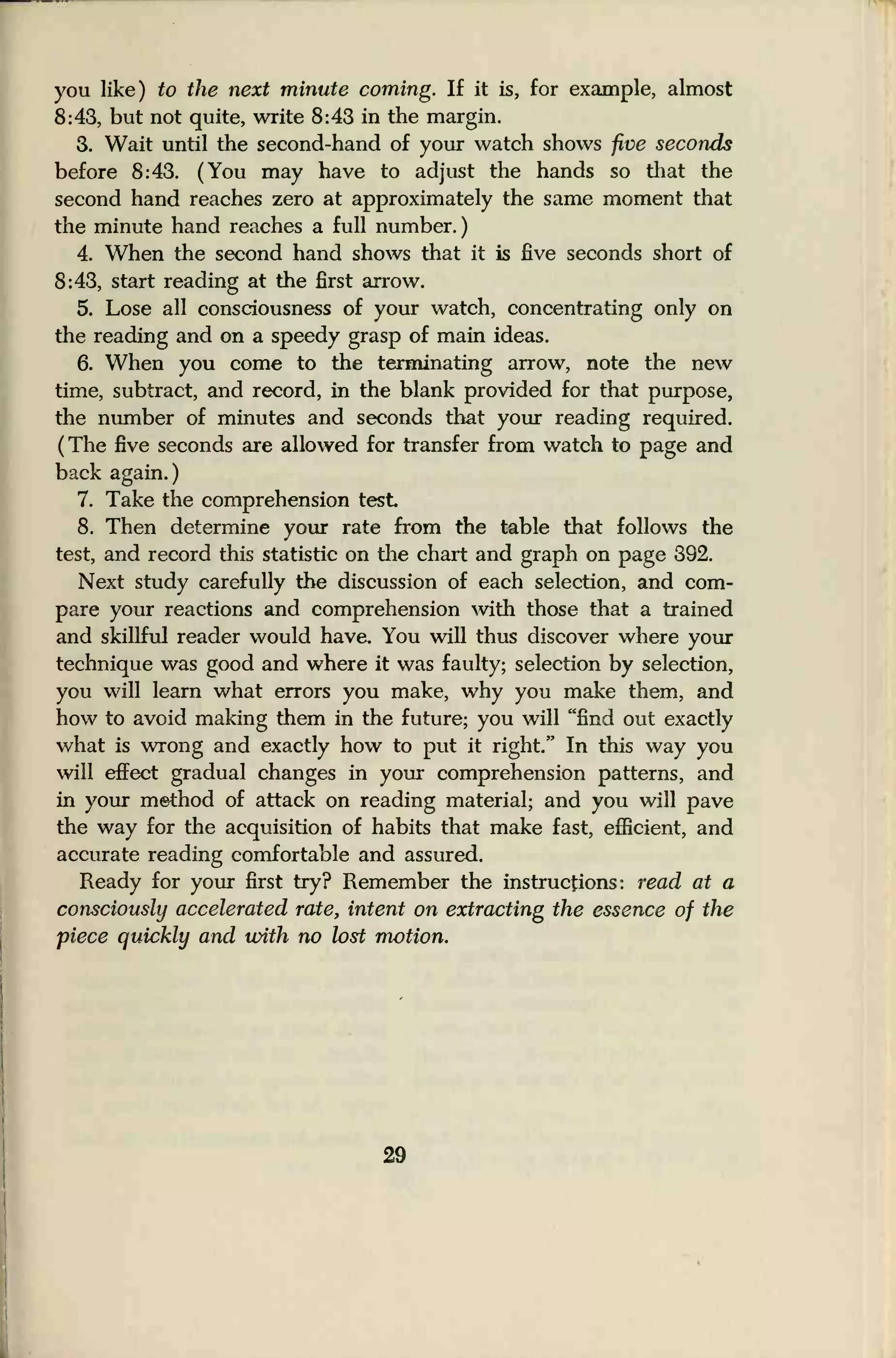
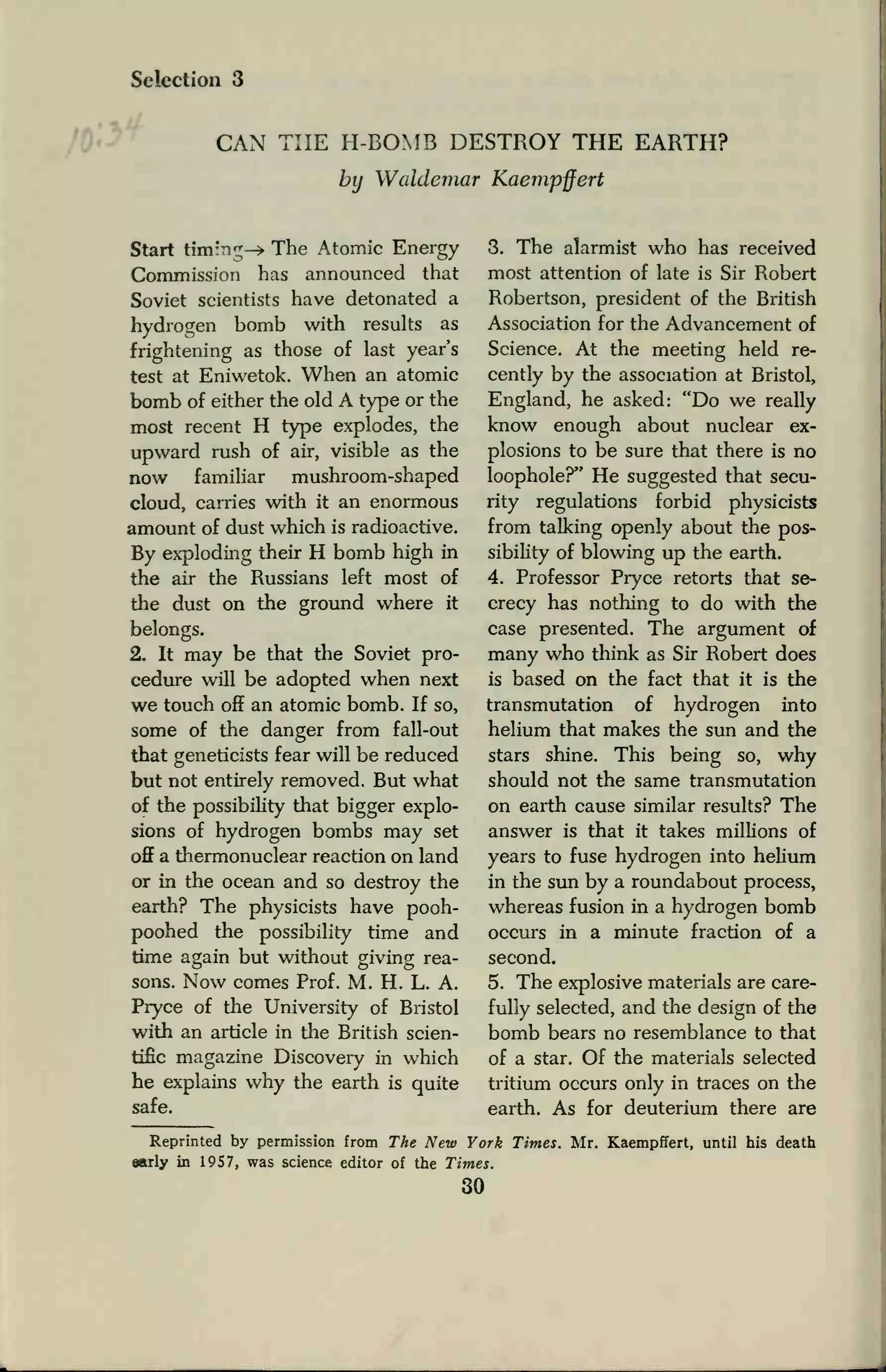
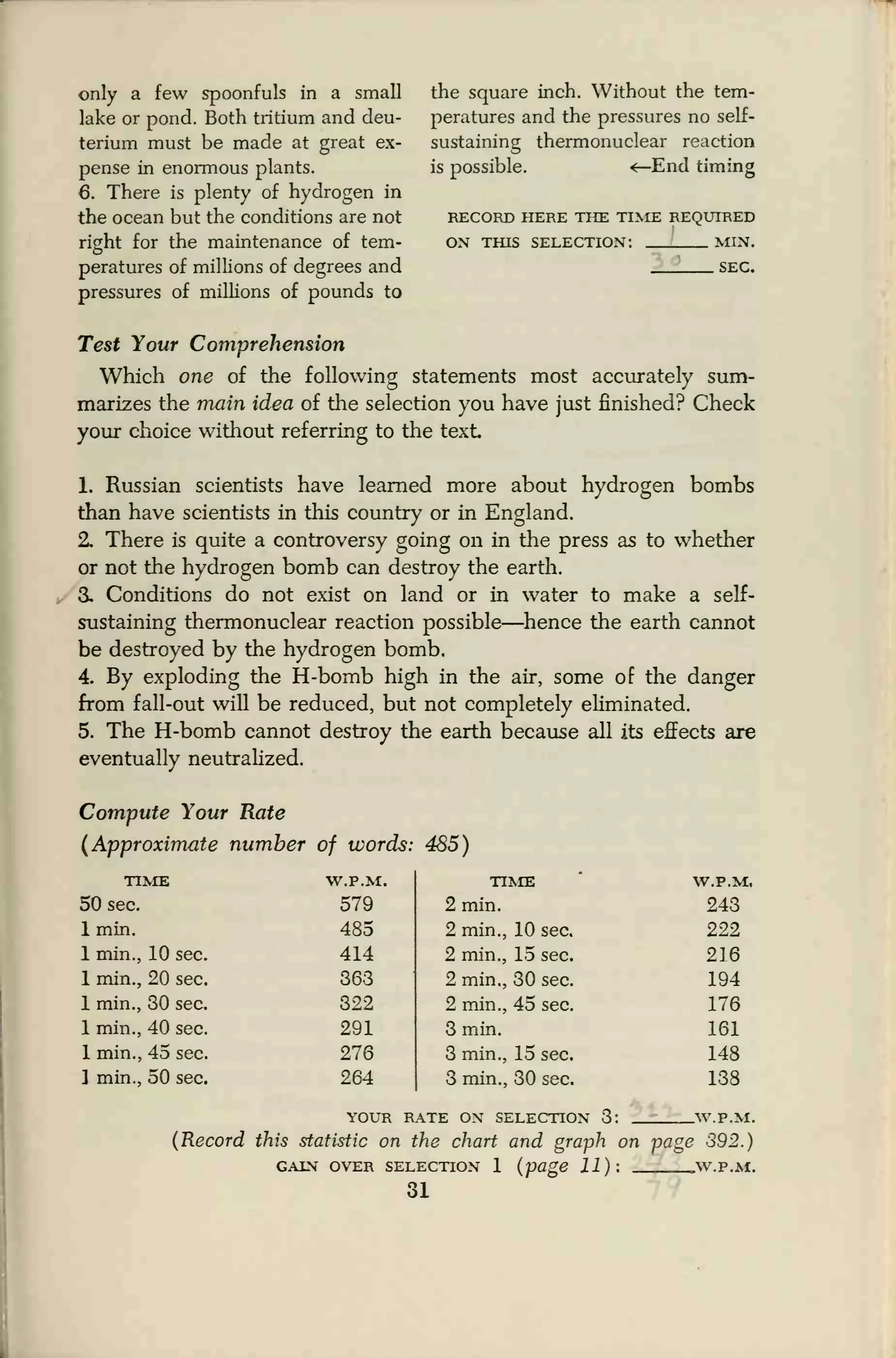
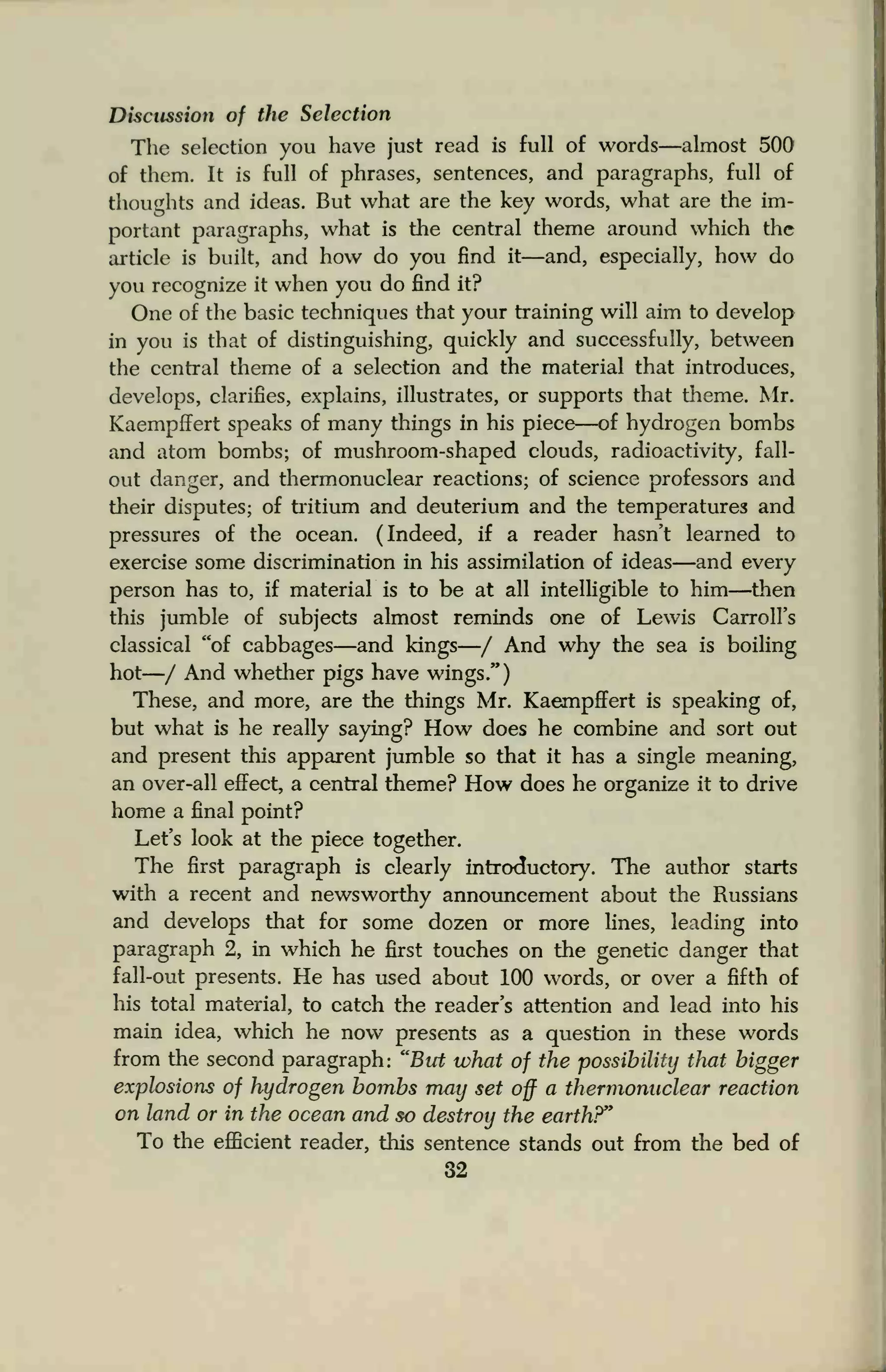
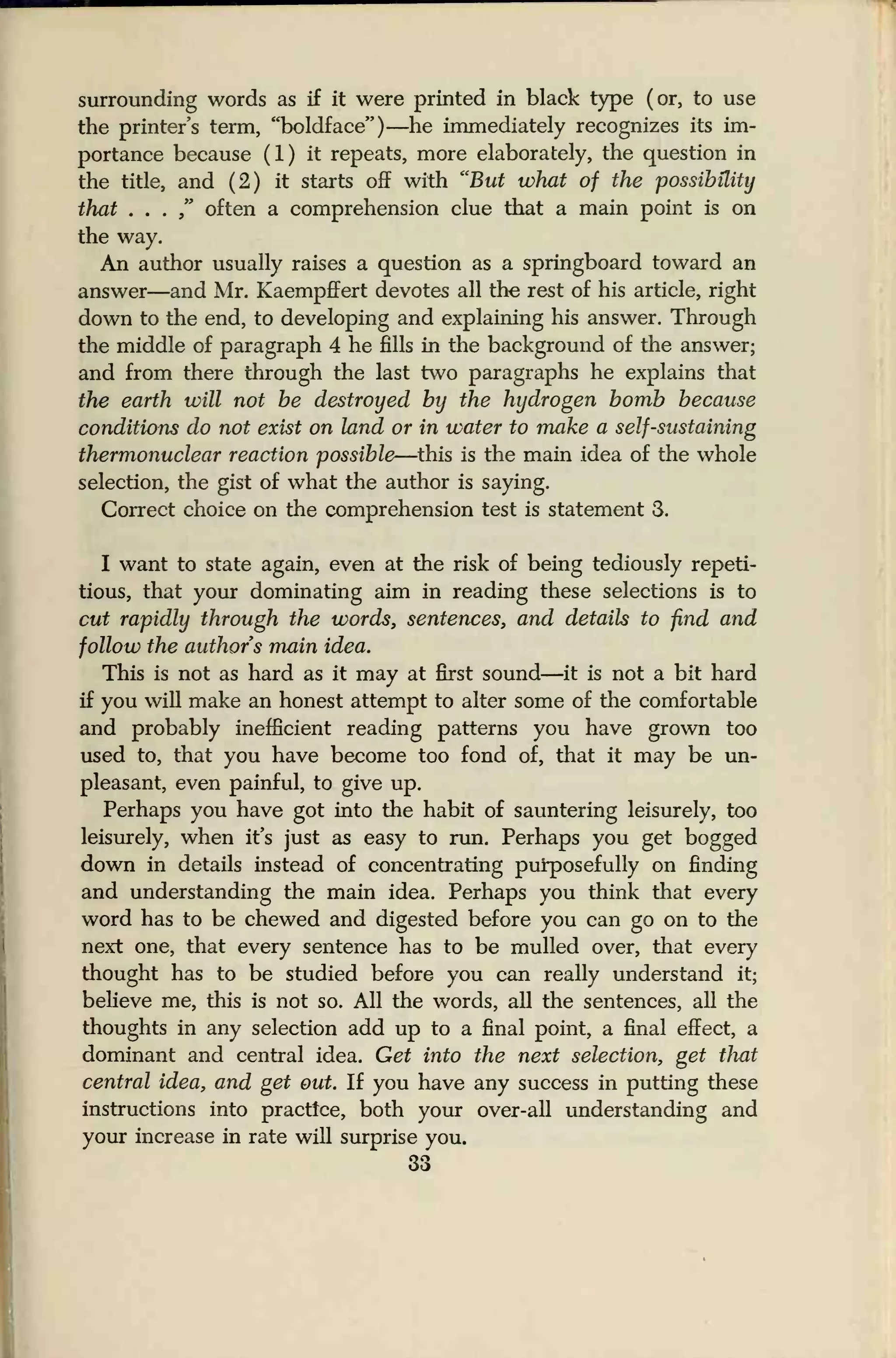
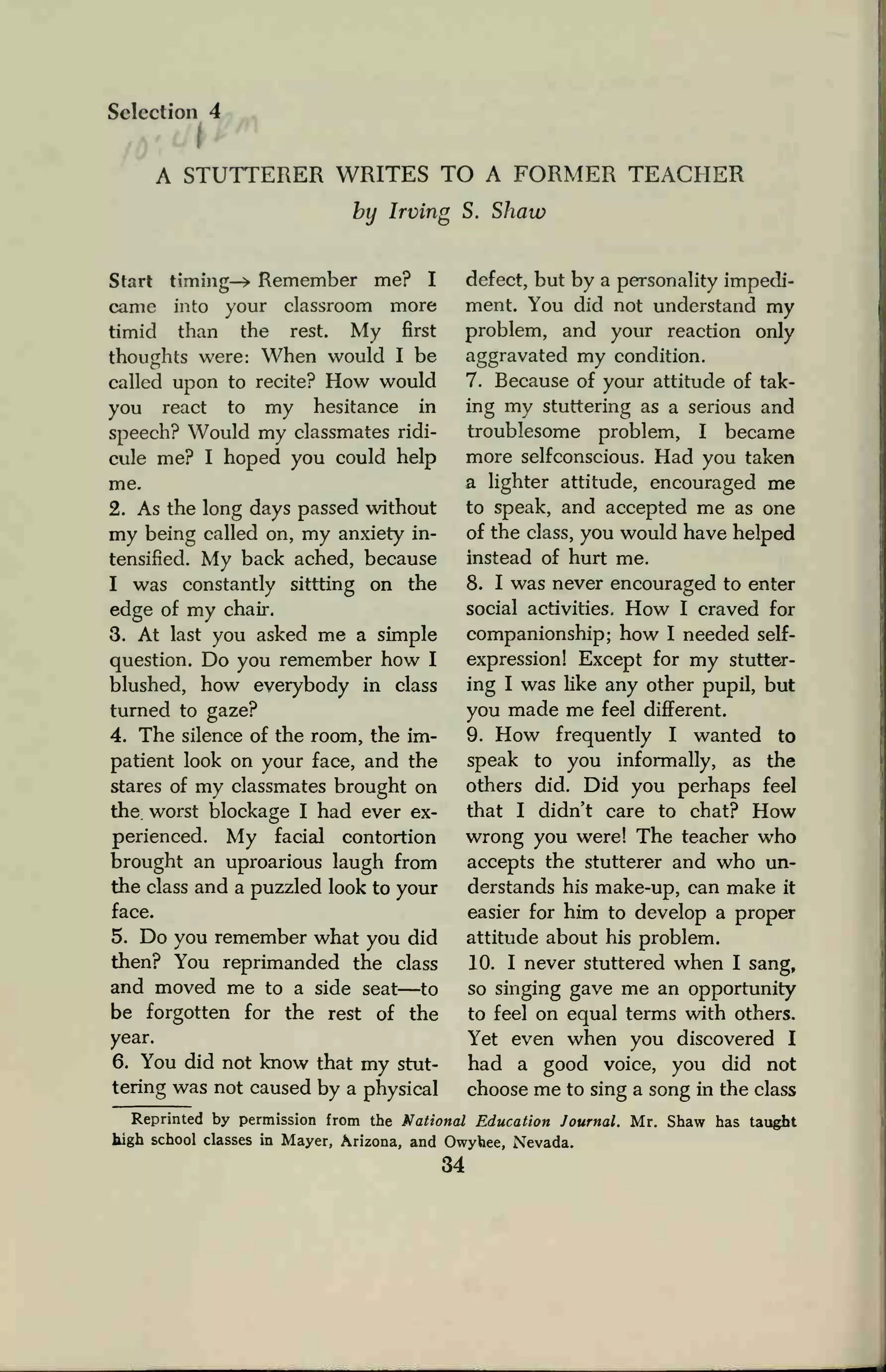
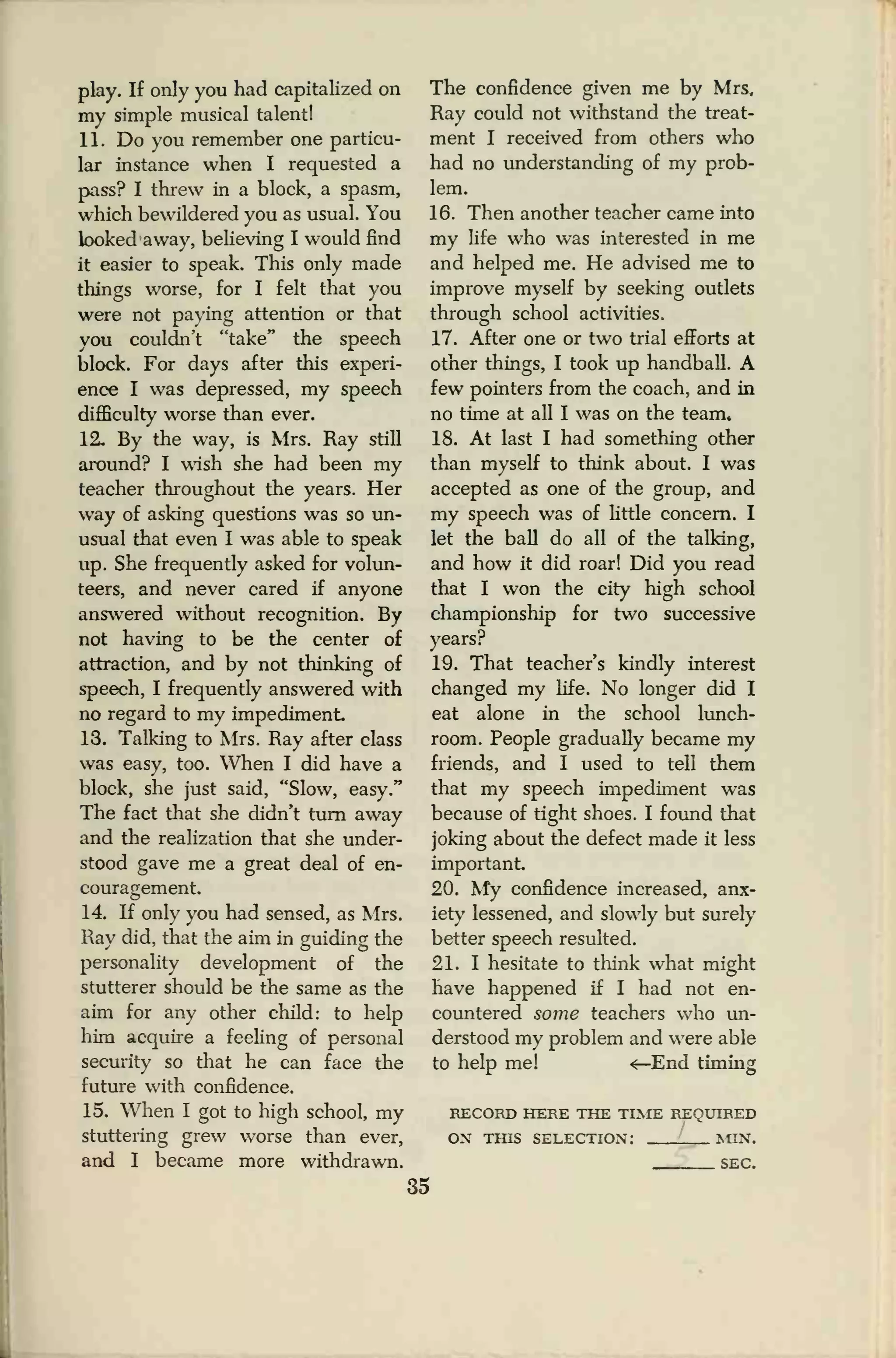
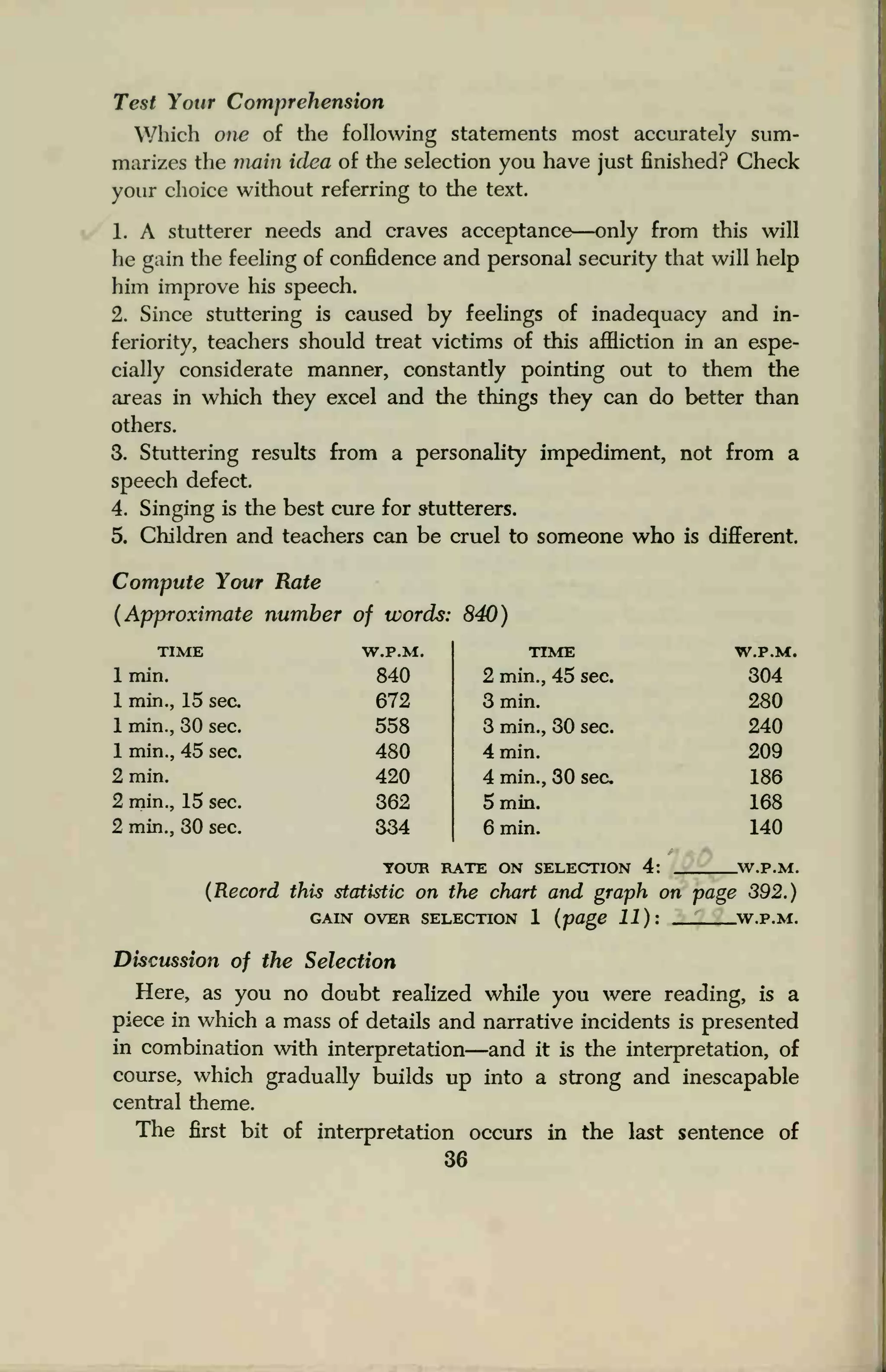
![paragraph 7 ("Had you taken a lighter attitude . . .") and the
key phrase in this sentence is "accepted me as one of the class. . .
."
The author has used over 25 per cent of his material to prepare
you for his main idea, that a stutterer craves and needs acceptance
—and then continues with an even larger block of material, right
through paragraph 13, elaborating on and pounding home this
same central point. In paragraph 14, the writer restates the theme
(" . . that the aim in guiding the personality development of the
stutterer should be the same [i.e., acceptance] as the aim for any
other child . . ."); and then, in another key sentence of the piece,
he broadens his theme to include the idea that acceptance results
in "a feeling of personal security. . .
"
Paragraphs 15 through 17 add more details to support the theme,
with paragraph 20 ("My confidence increased . . . and better
speech resulted") restating, in different words, the idea of personal
security.
Correct choice on the comprehension test is statement 1.
No one, of course, goes through this conscious and elaborate type
of analysis as he reads. But accurate comprehension of the final
meaning of any piece of writing is based on a recognition, perhaps
largely subverbal, of how the author has organized his material,
how he has knit together the various strands of his fabric, how he
combines the parts to produce a total effect. And the efficient
reader, intent on extracting the essence of a page as quickly as
possible, has always some feeling, whether or not he verbalizes it,
of how the broad sections of material are related and of how the
important concepts are supported, explained, clarified, or illustrated
by subordinate details.
My purpose in asking you to go back over each selection as you
study the analysis is to sharpen your sense of the structure of
material, to develop your skill in differentiating subordinate ele-
ments from main ideas. The more practiced you become in recog-
nizing how details are used to introduce, bolster, pound home,
clarify, or illustrate main ideas, the more rapidly and successfully
will you be able to pull these ideas out of your reading, and the
clearer will be your grasp of the final meaning of what an author
is saying to you.
So let us continue this valuable practice on the next selection.
Push through the details rapidly, keep on the alert for the main
37](https://image.slidesharecdn.com/howtoreadbetterandfaster-normanlewis-150703192625-lva1-app6892/75/How-to-read-better-and-faster-norman-lewis-59-2048.jpg)
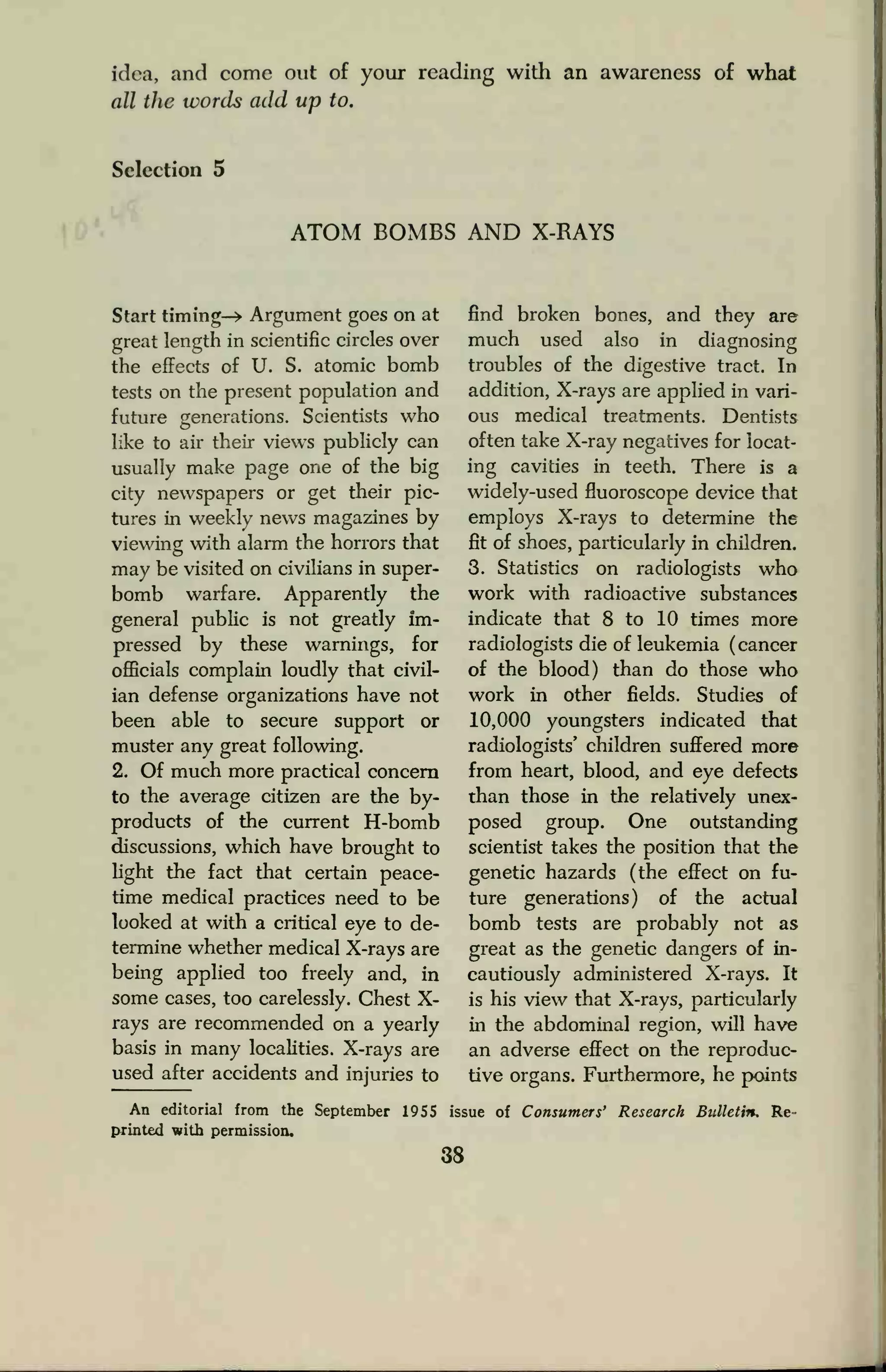
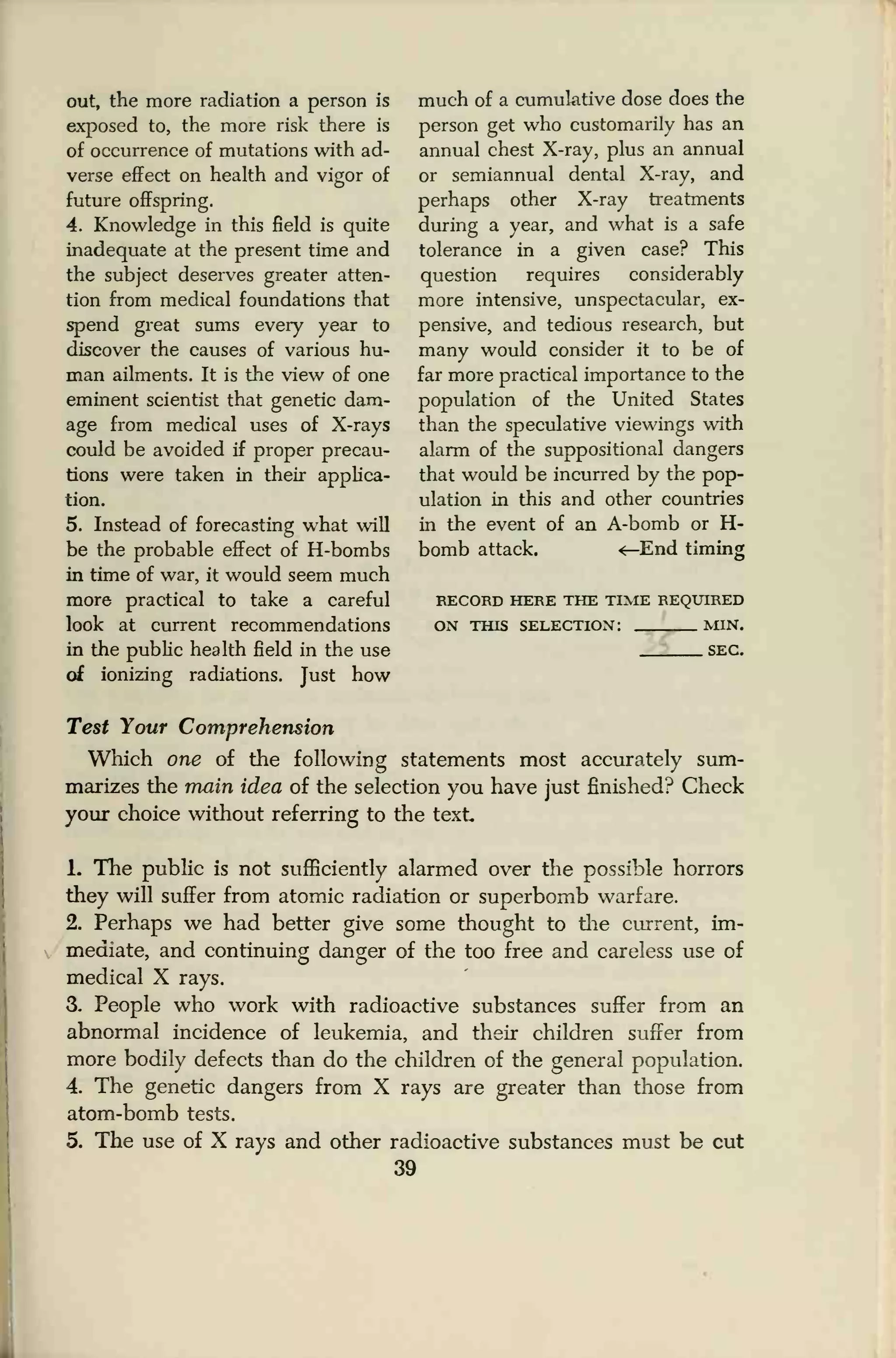
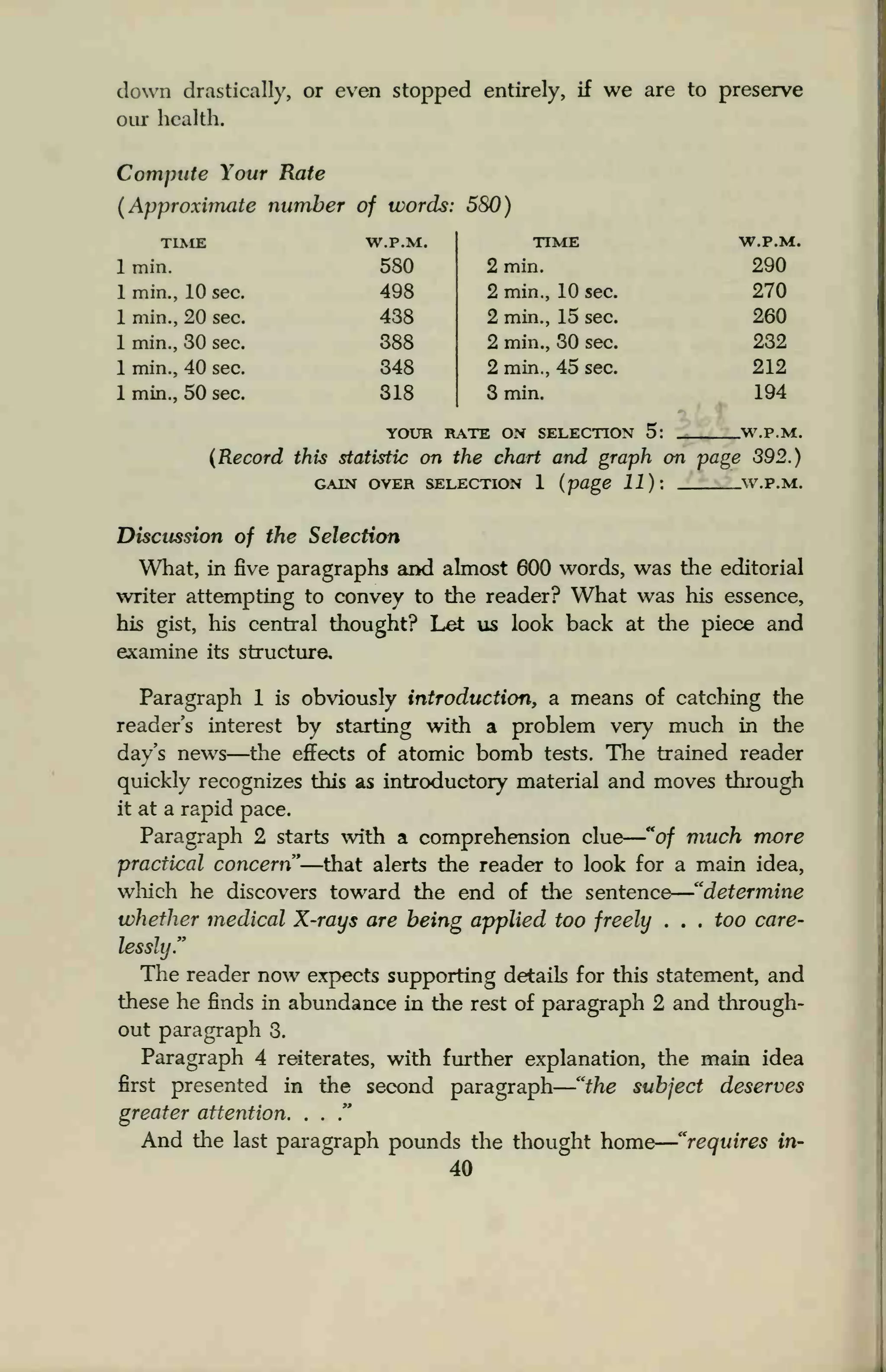
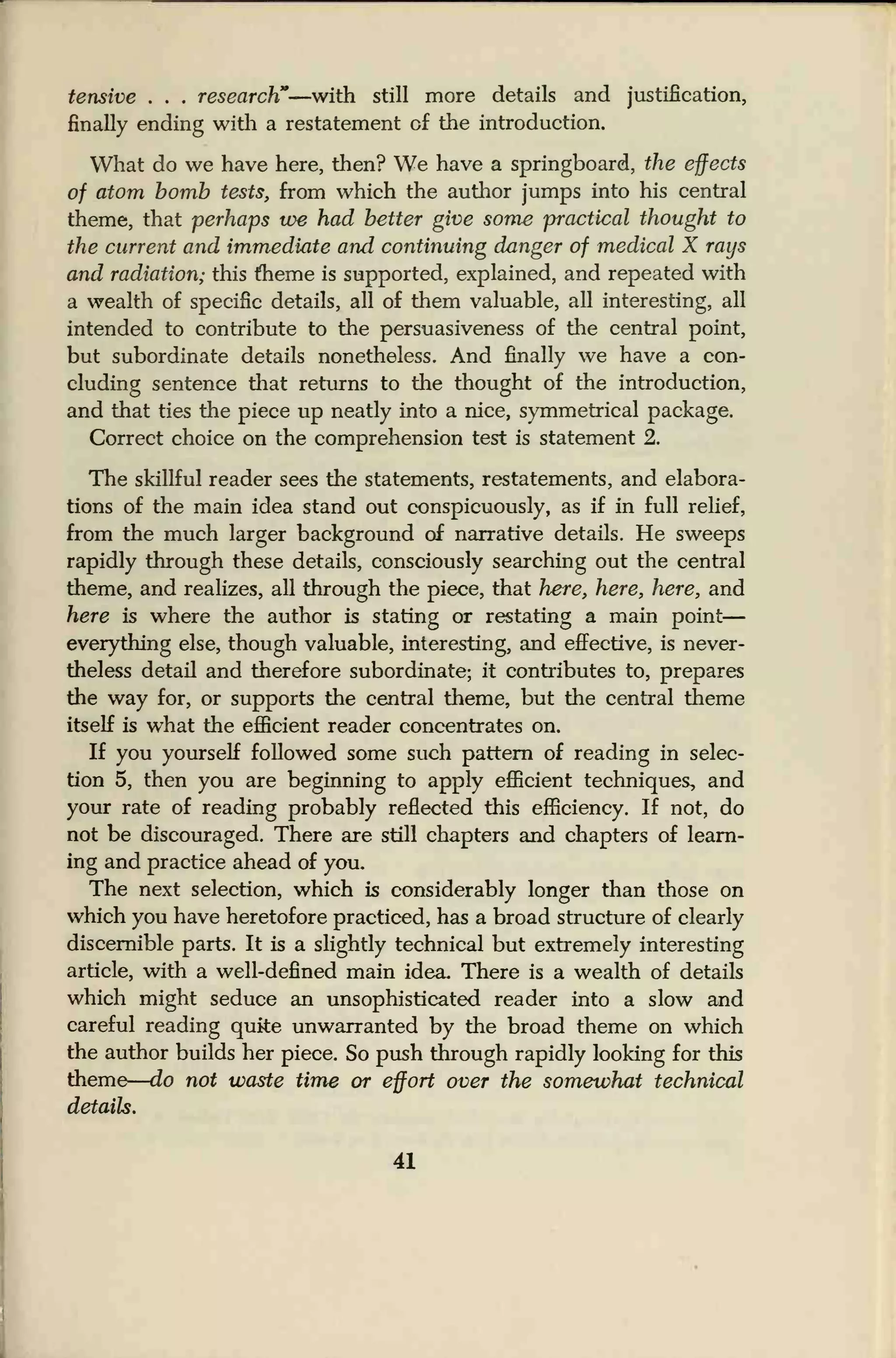
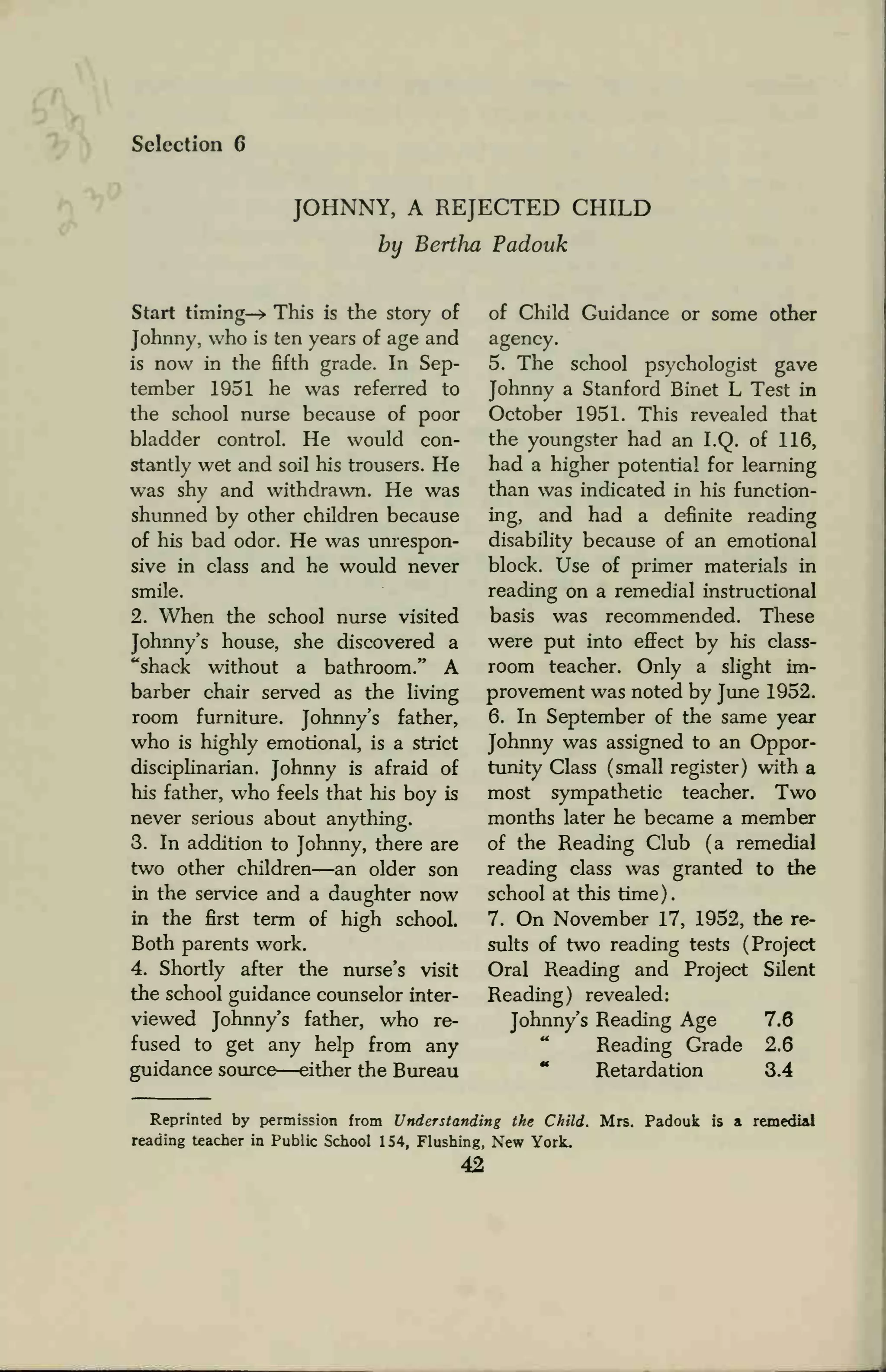
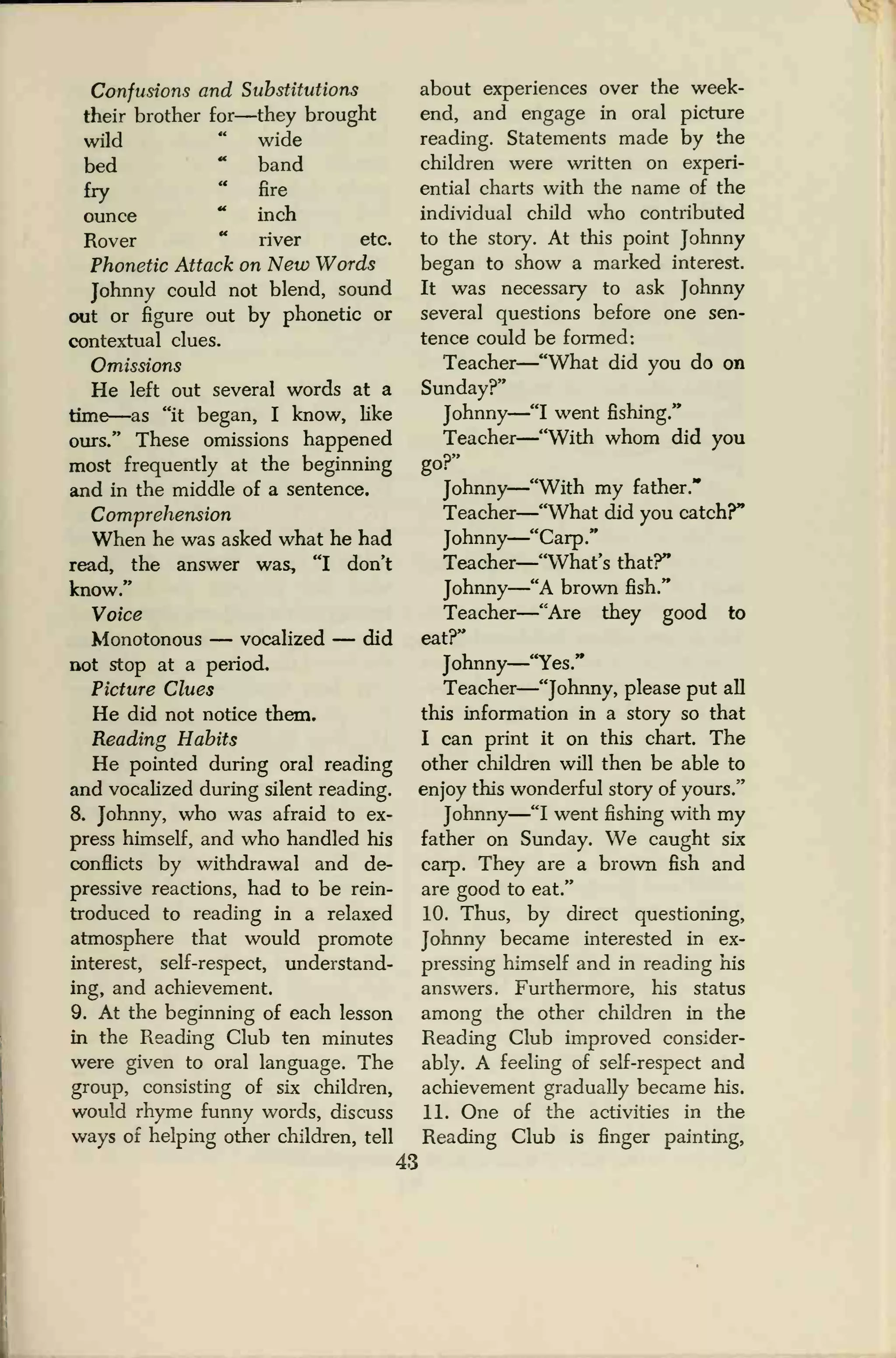

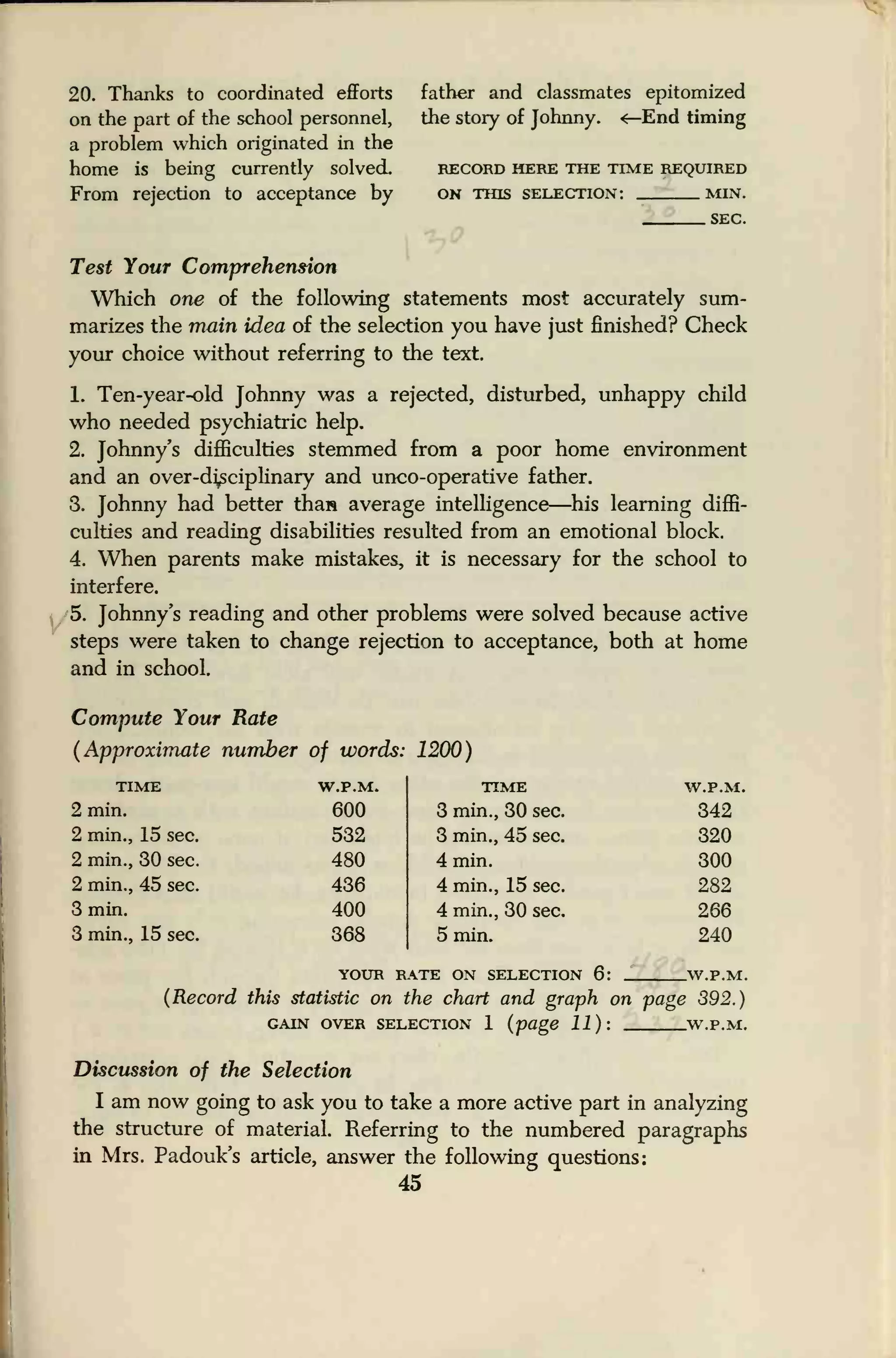
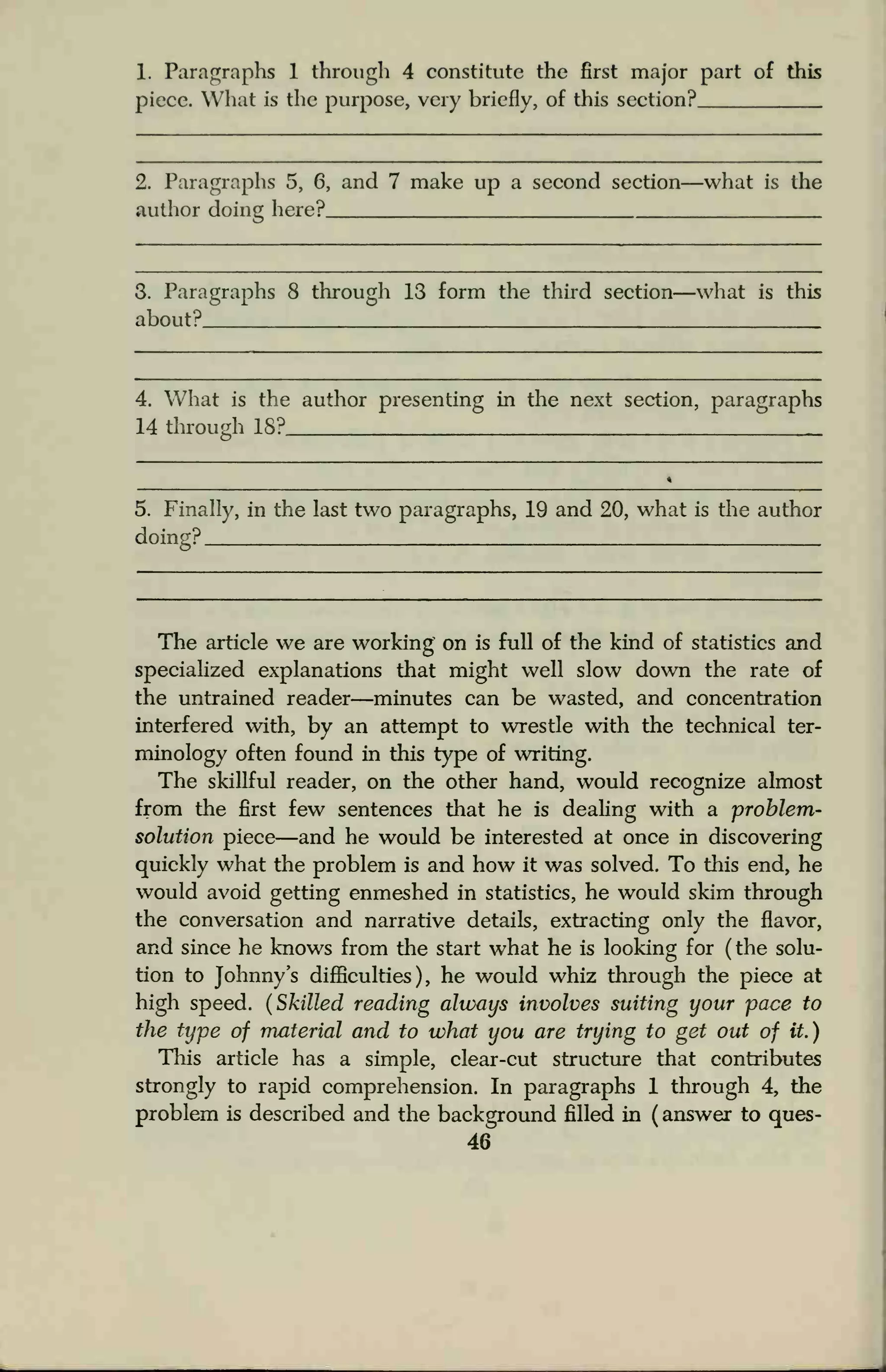
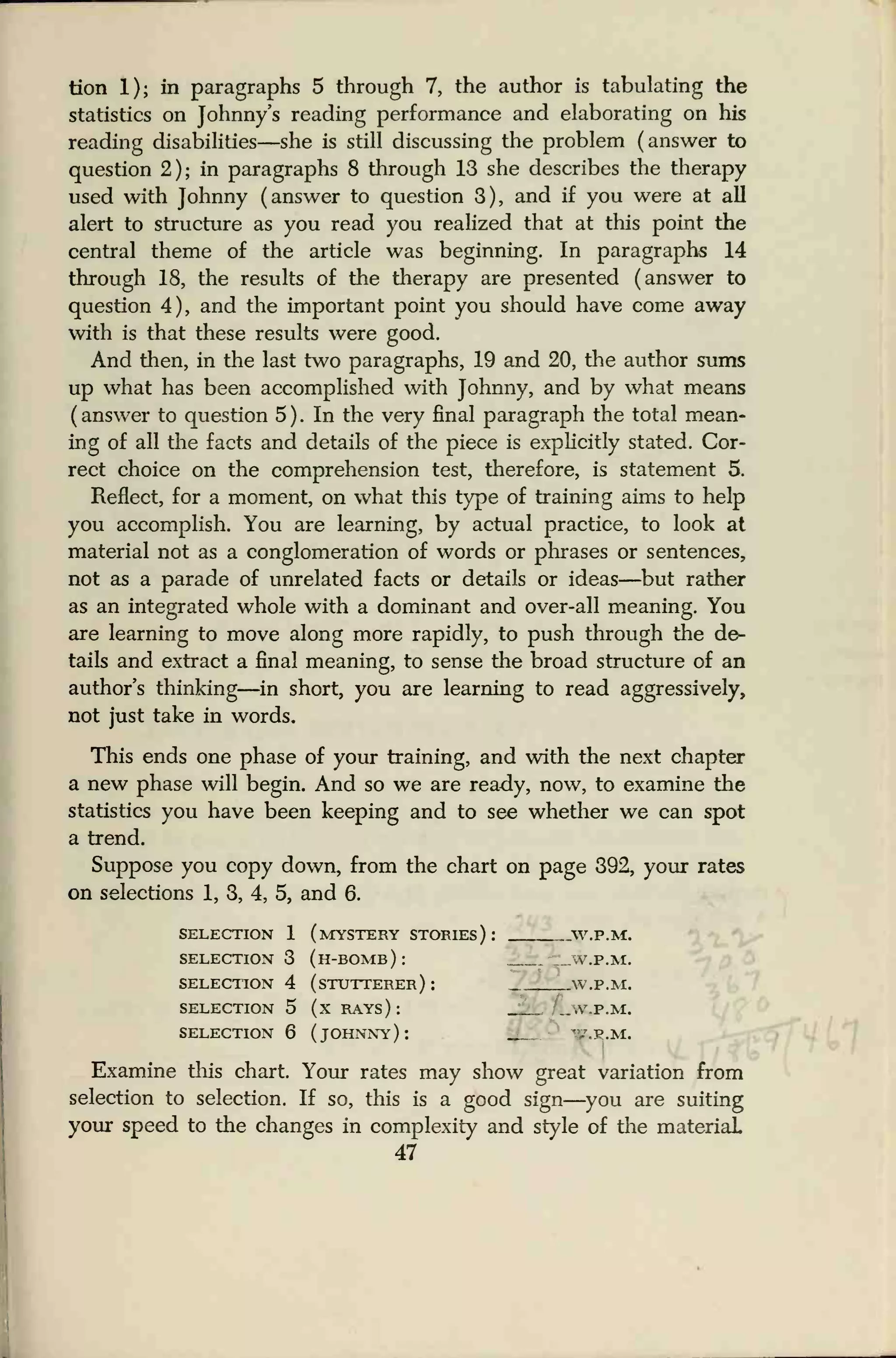
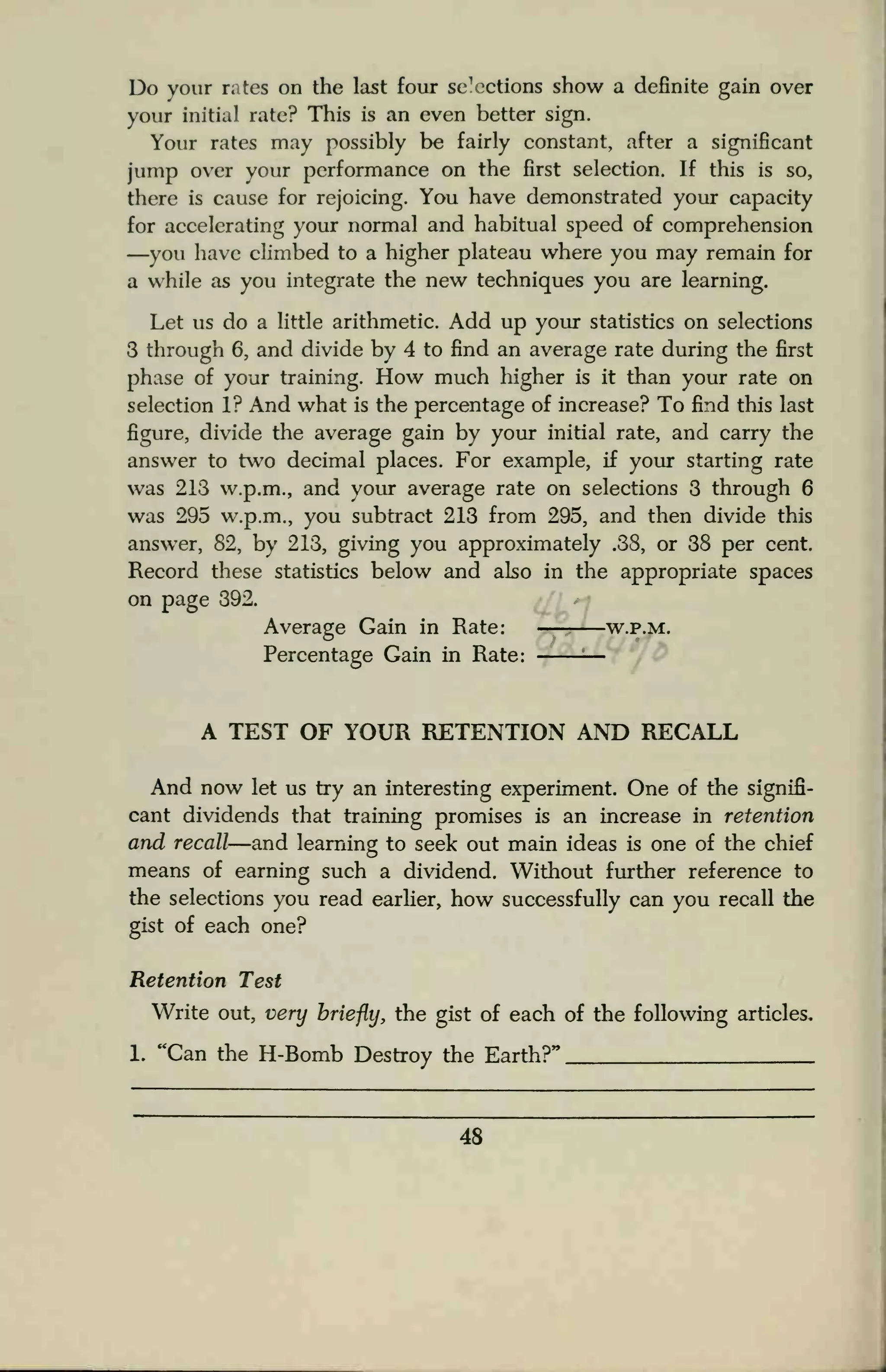
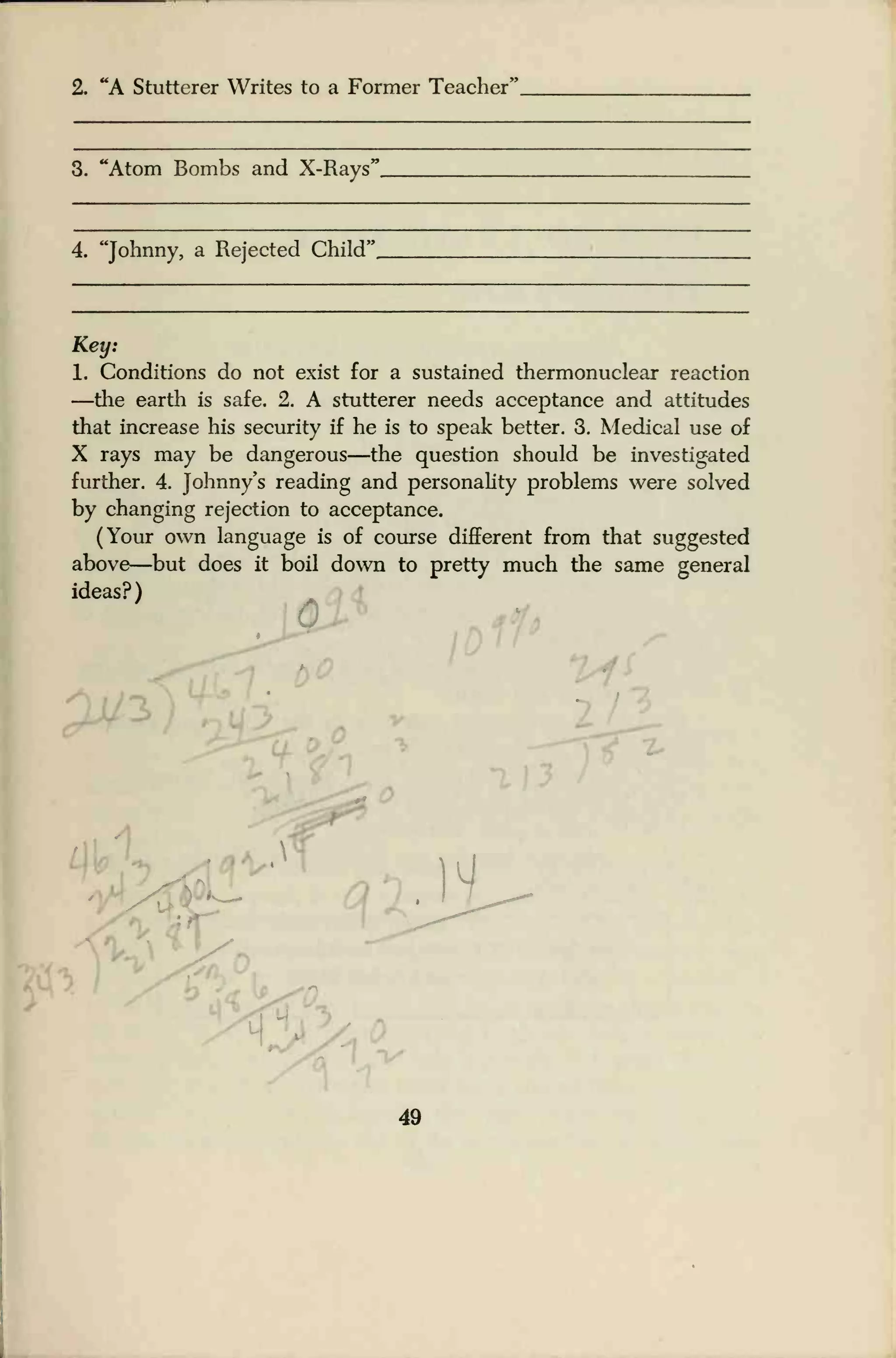
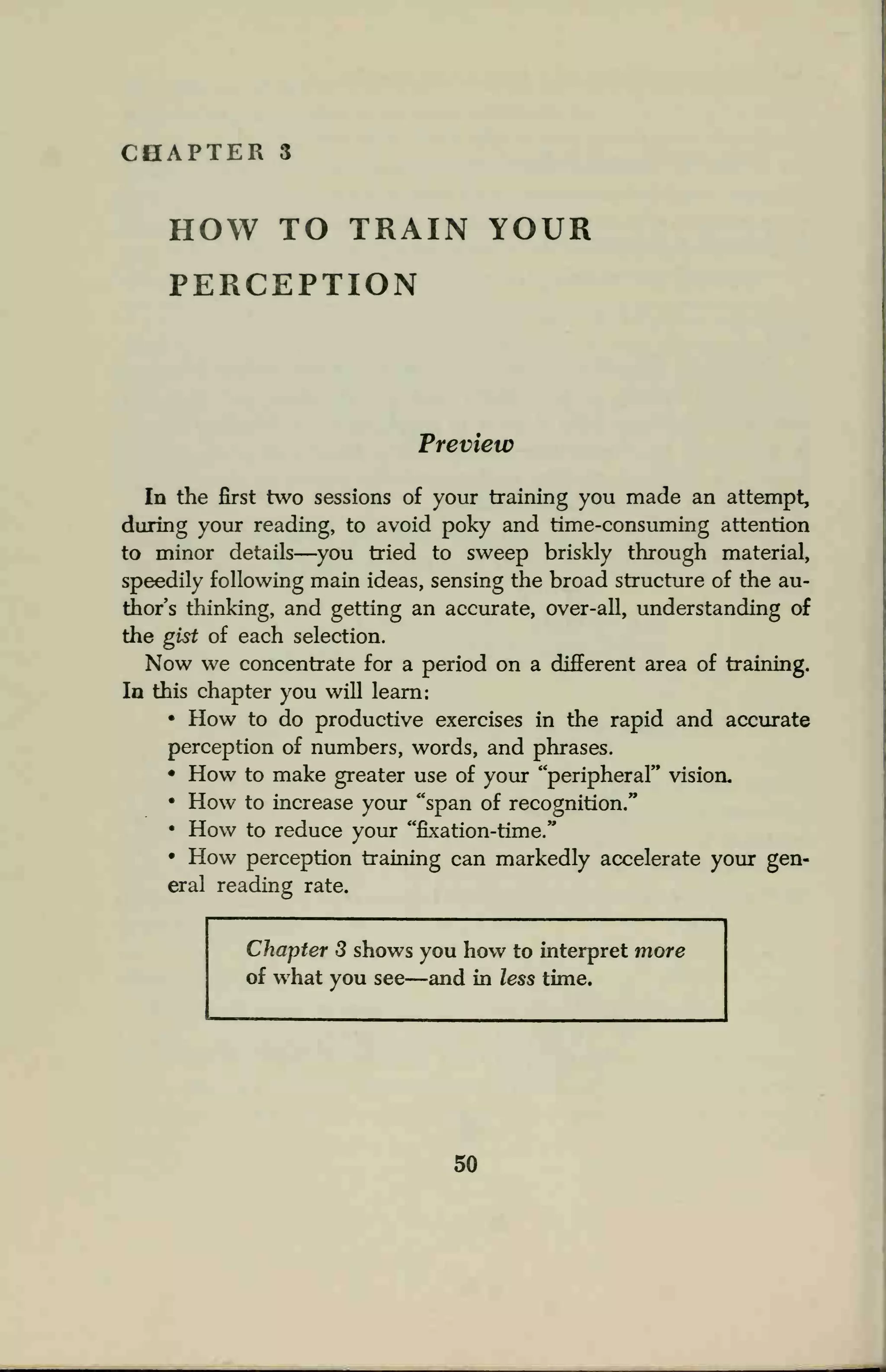

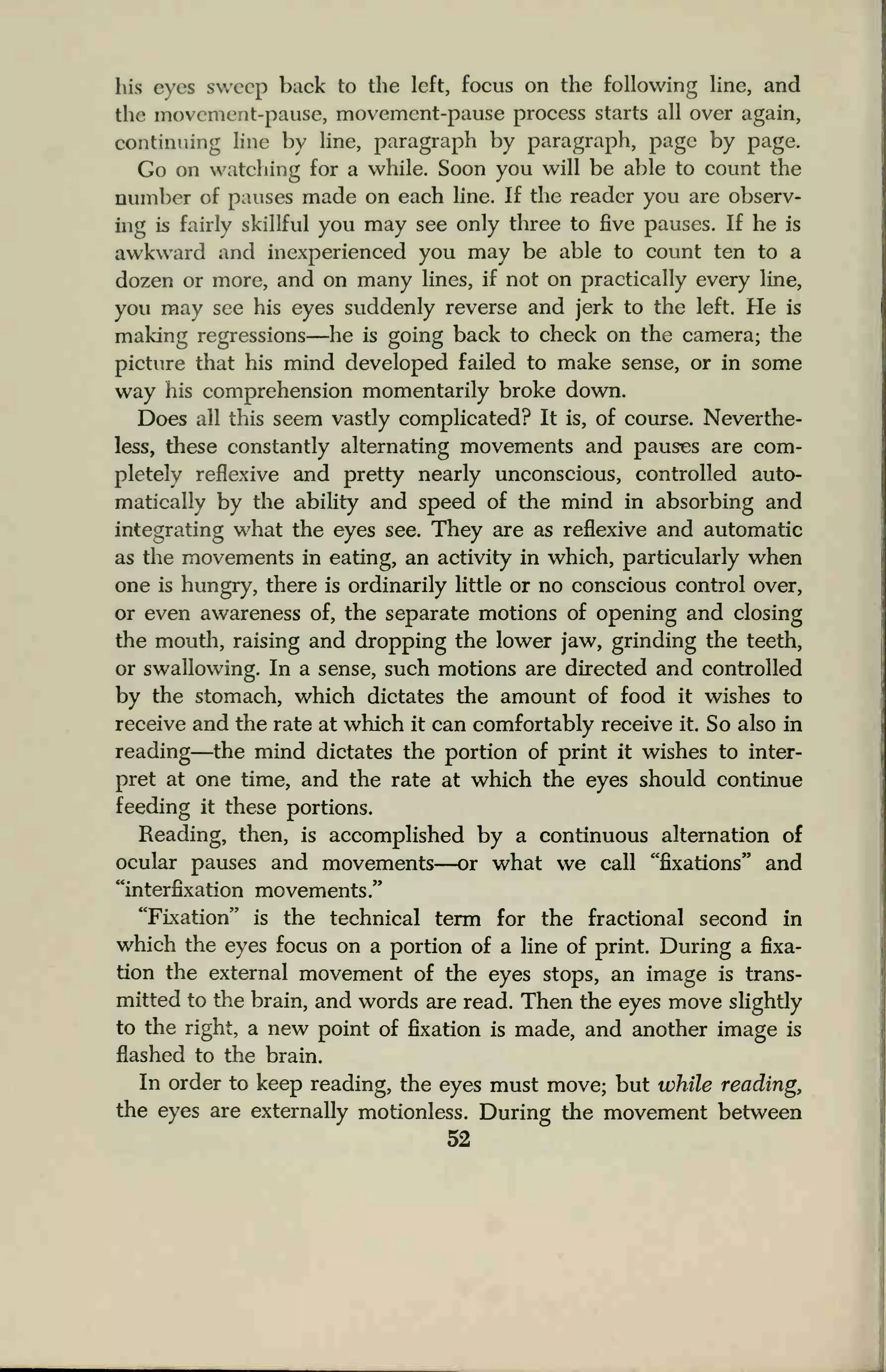
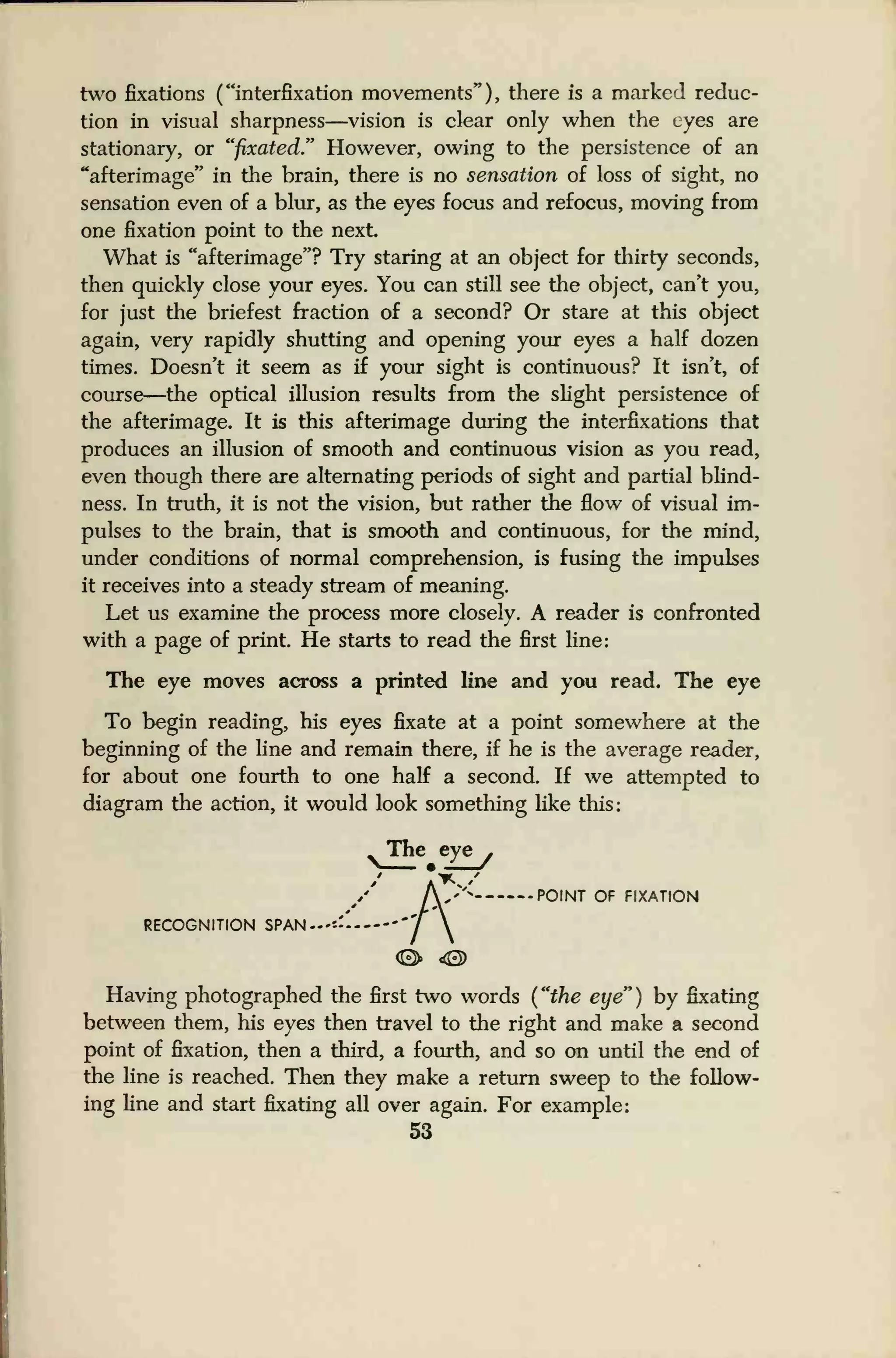


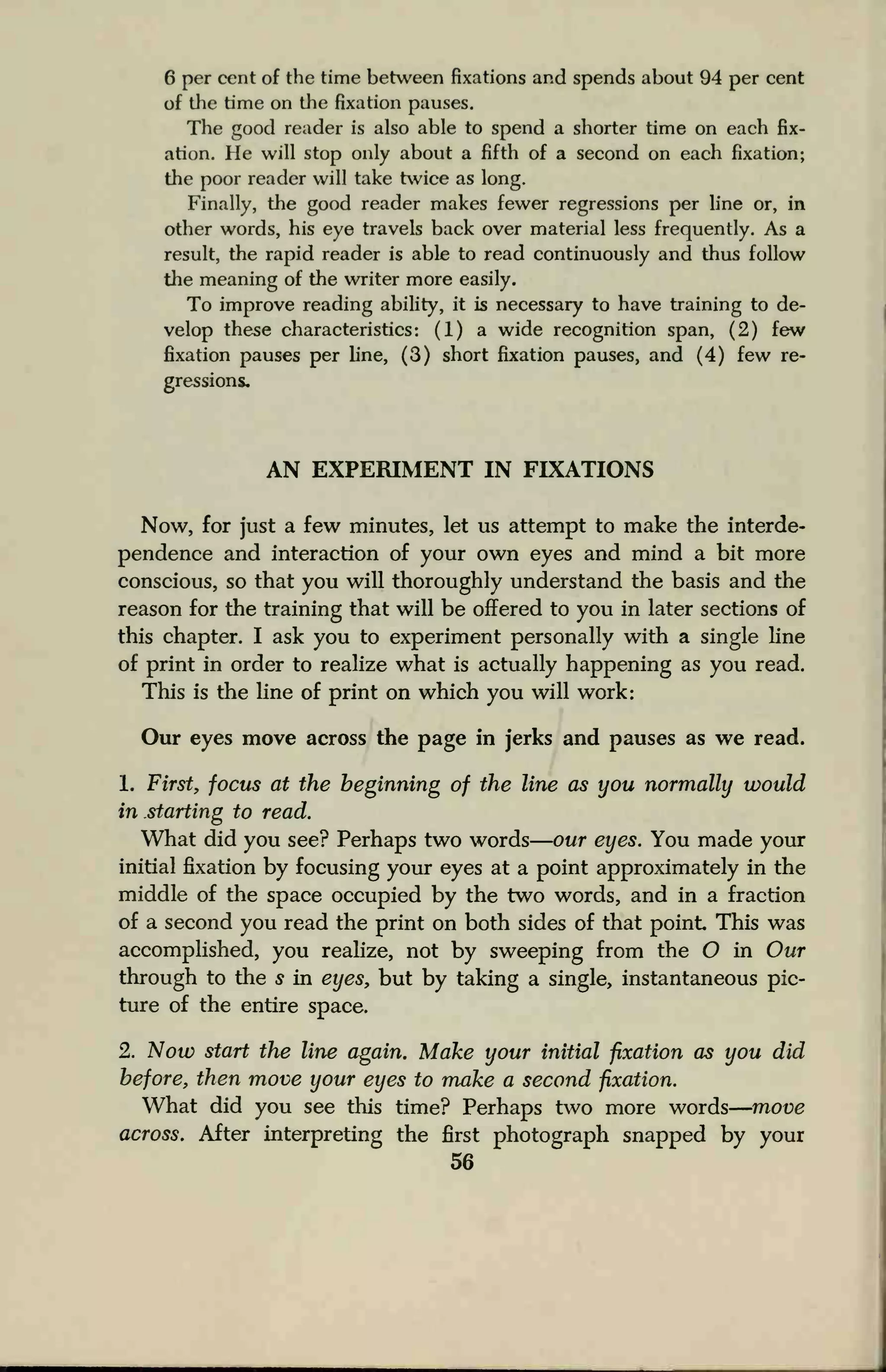

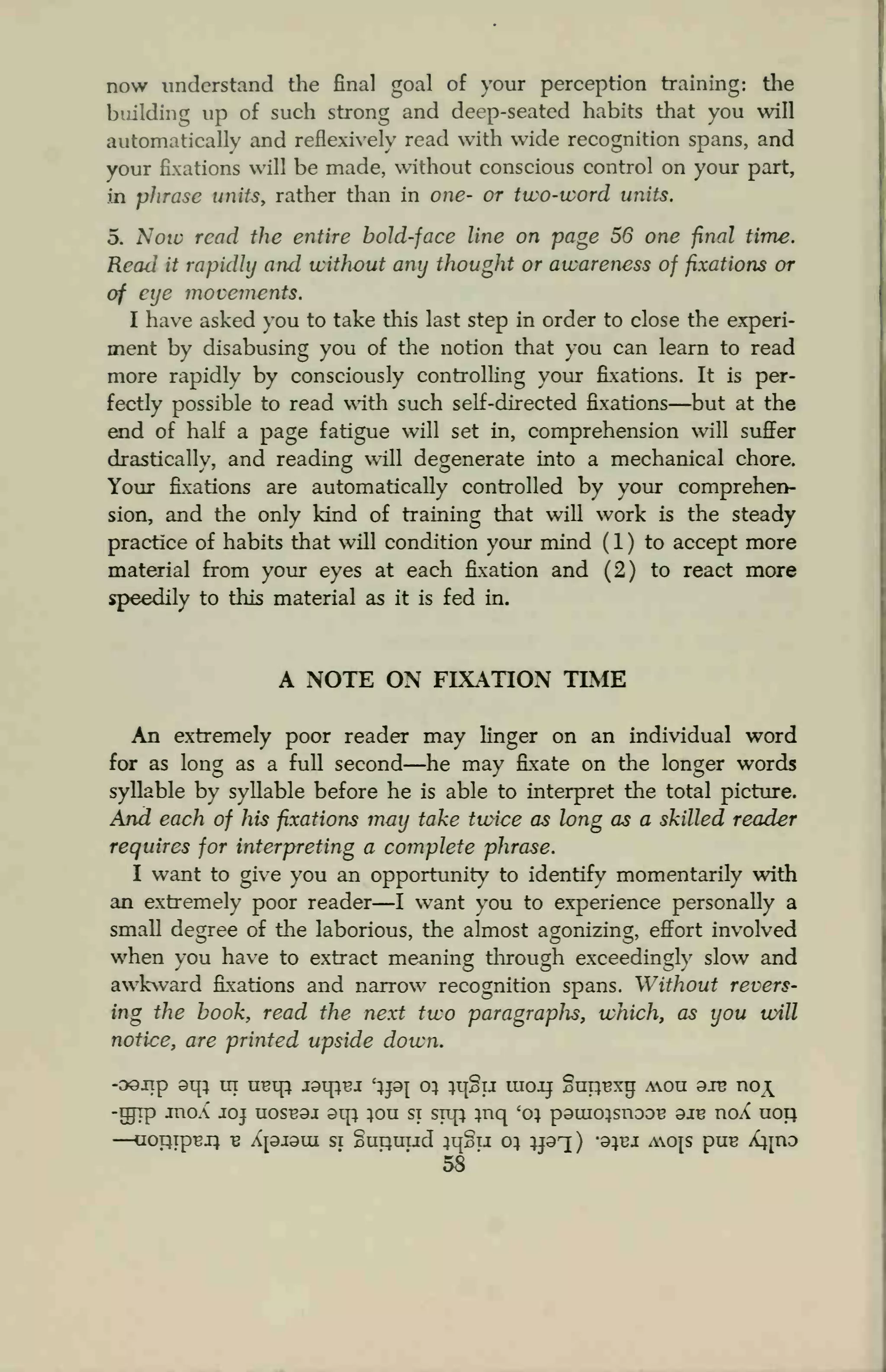

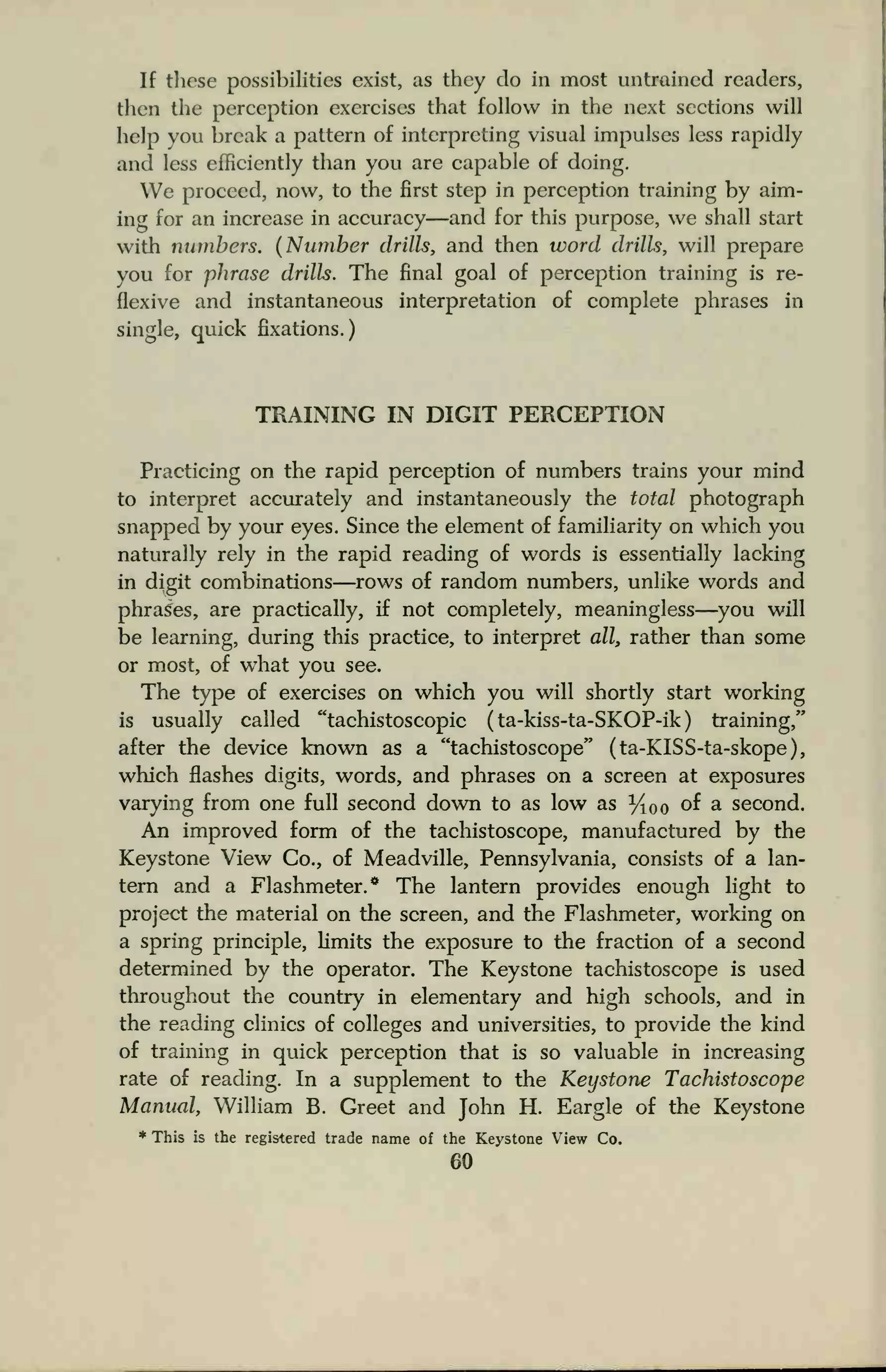
![School and Guidance Center, San Antonio, Texas, explain the prin-
ciple behind such training as follows:
Since we use but a fraction of our capacities, according to re-
search psychologists, and since approximately 80 per cent of our
knowledge comes to us through our eyes, increasing usable vision
and broadening spans of perception and recognition . . . [has as
its purpose to] increase speed, comprehension, accuracy, and self-
confidence in reading. . . .
By gradually increasing the speed of the flash and the amount of
material to be perceived, unnecessary eye movements are eliminated
and the spans of perception and recognition broadened. This tech-
nique drives vision impulses to lower reflex levels, where, as learning
proceeds, the interval necessary between reception and interpretation
is reduced.
A similar explanation is offered by The Air University Reading
Improvement Program, from which the following excerpts are
quoted with permission:
The use of the tachistoscope in rapid recognition was developed
by Dr. Samuel Renshaw at The Ohio State University. When the
armed services realized the need for speed-up training in aircraft
recognition, Army and Navy pilots used the tachistoscope with out-
standingly successful results. Dr. Renshaw is one of our most promi-
nent leaders in experimentation with visual problems and has tested
the tachistoscope widely for reading benefits. . . .
The tachistoscope helps the reader approach his limit of precision
of vision and peripheral span. The untrained eye has a limited field
of vision but with training on quick recognition this field of functional
recognition expands.
The tachistoscope has other values. It provides training in several
visual processes simultaneously. Not only does it increase the eye
span, it also decreases the length of eye fixation. The shutter of the
Flashmeter can be controlled so that an interval as short as %oo °^ a
second can be obtained. For purposes of training in the Reading
Laboratory %oo second gives enough speed to provide practice
in quickening the eye fixation, since the shortest recorded fixation
during reading is several times as long as %00 second.
Another value of the tachistoscope is that it forces the reader to
grasp material as a form-field, seen as a whole. With such a quick
flash he cannot vocalize or get side-tracked on elements of the visual
pattern; he must take it in at once or it is gone as soon as the after-
image fades. . . .
61](https://image.slidesharecdn.com/howtoreadbetterandfaster-normanlewis-150703192625-lva1-app6892/75/How-to-read-better-and-faster-norman-lewis-83-2048.jpg)

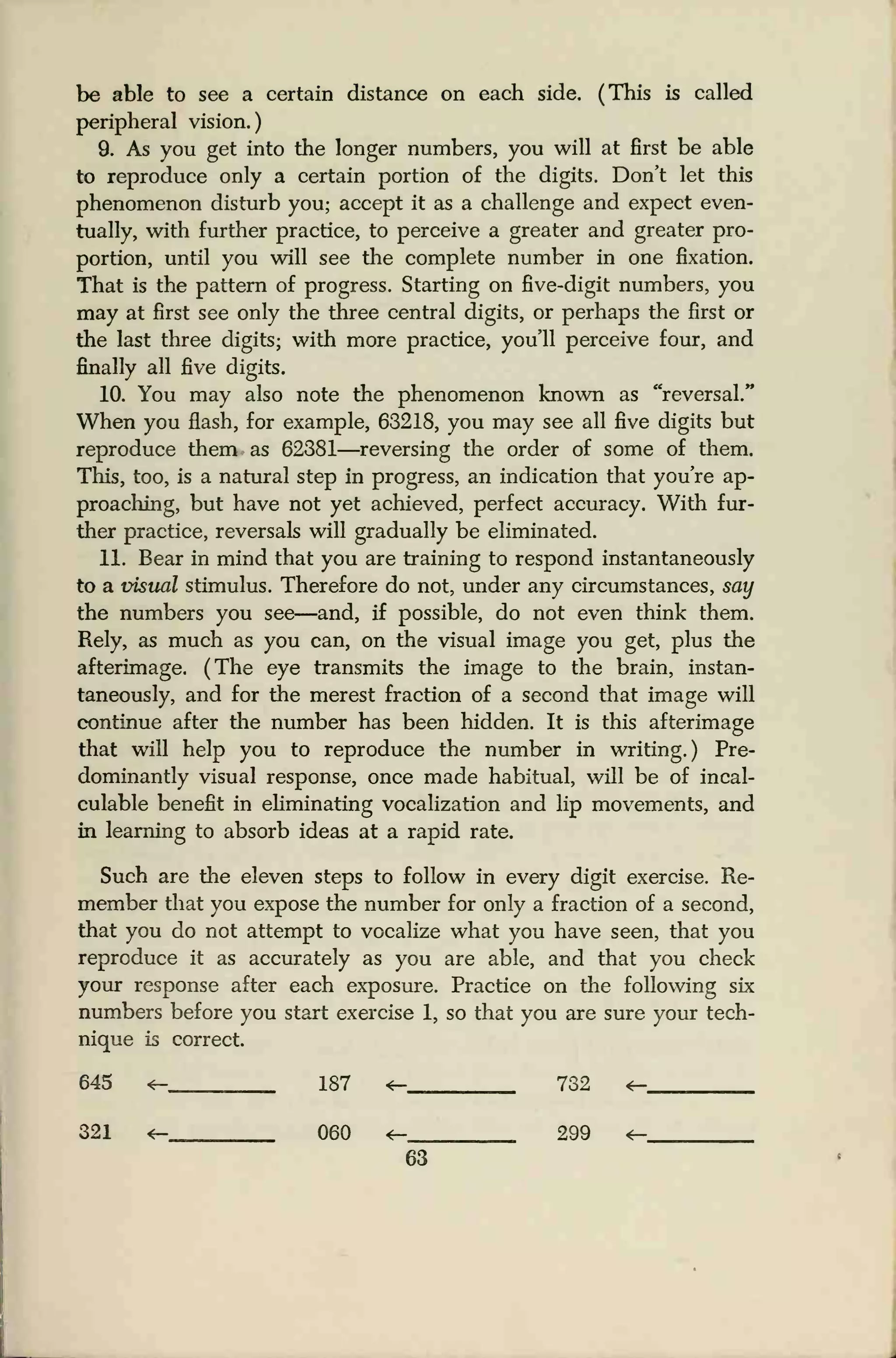
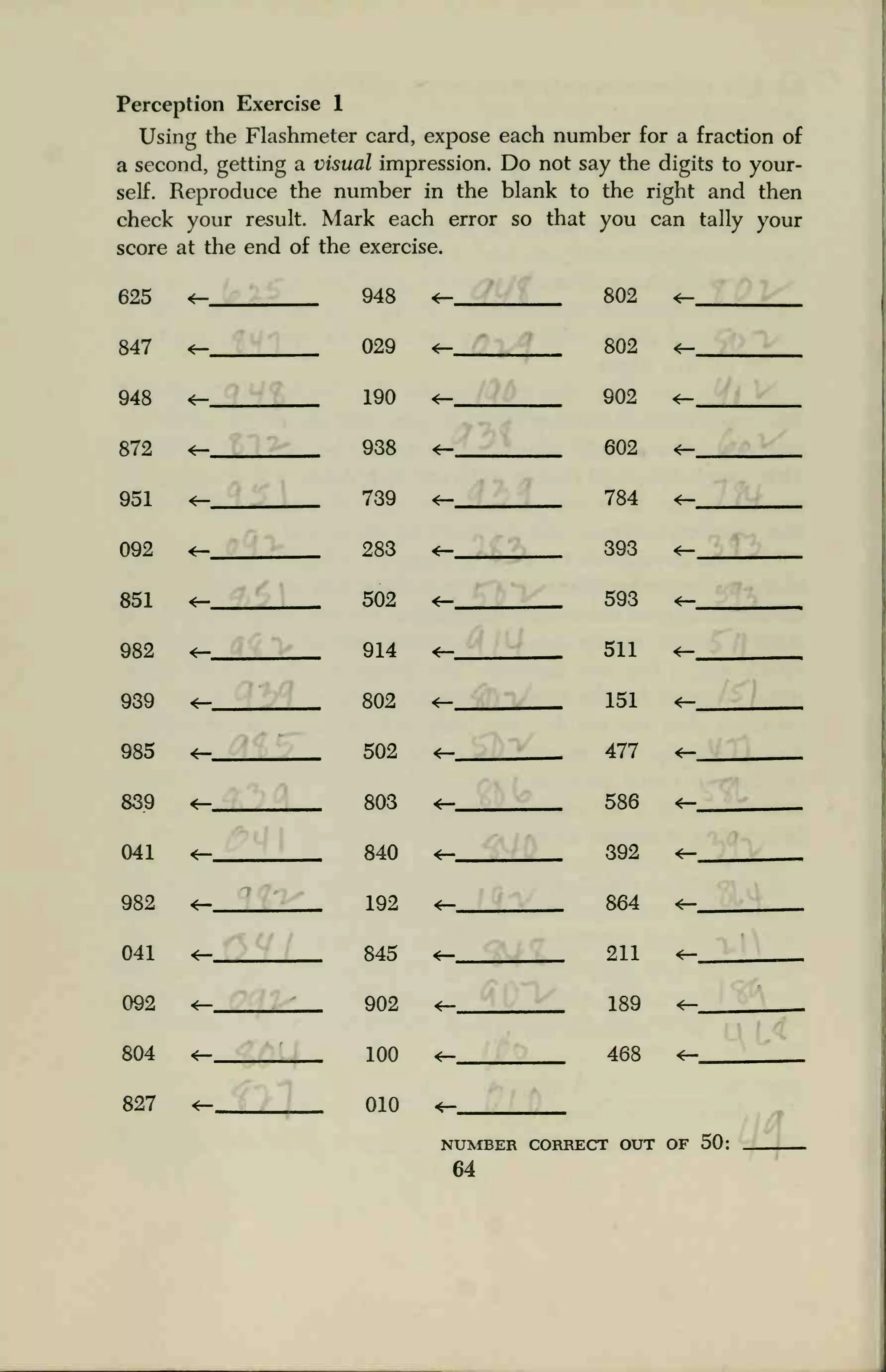
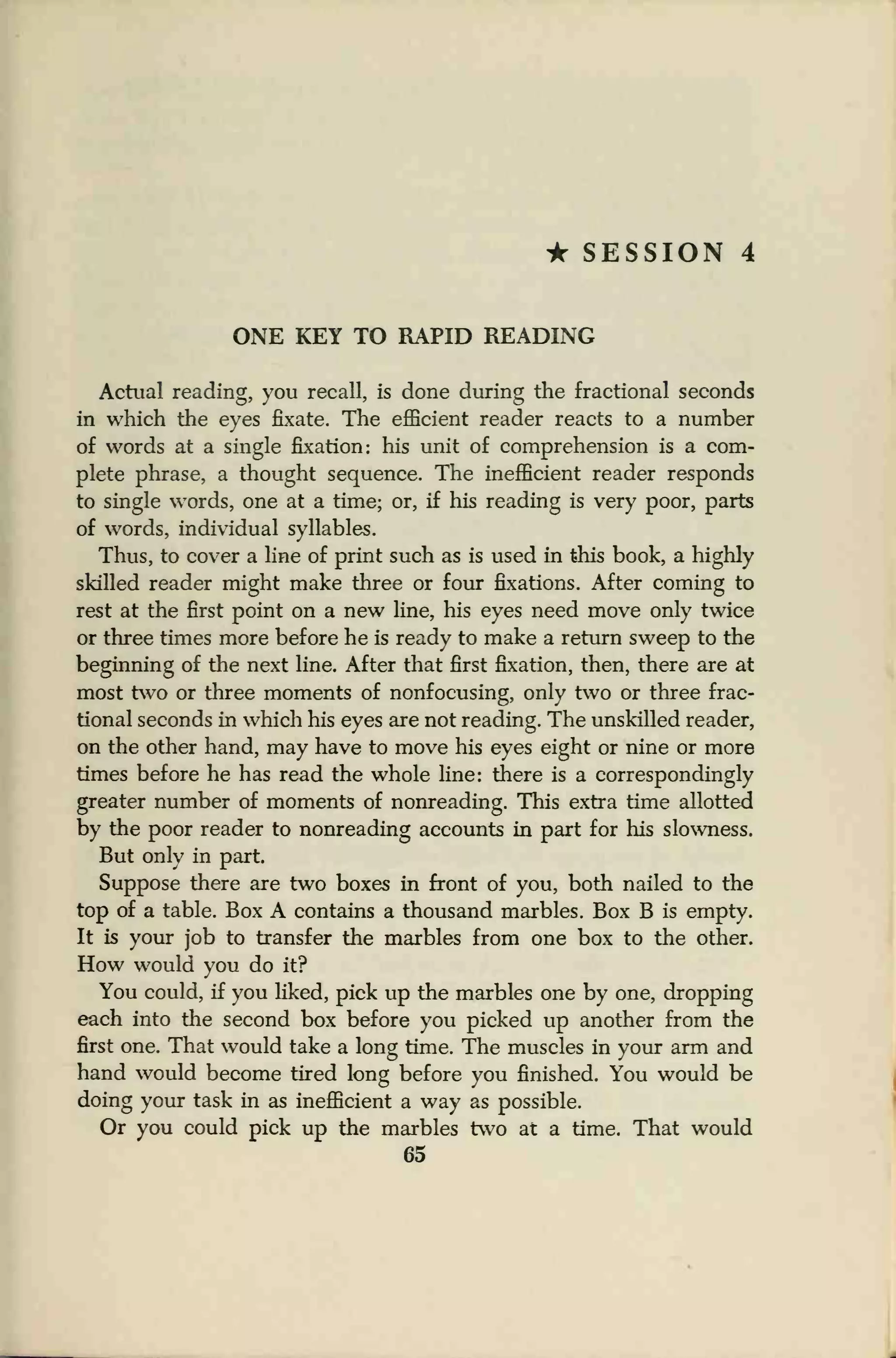
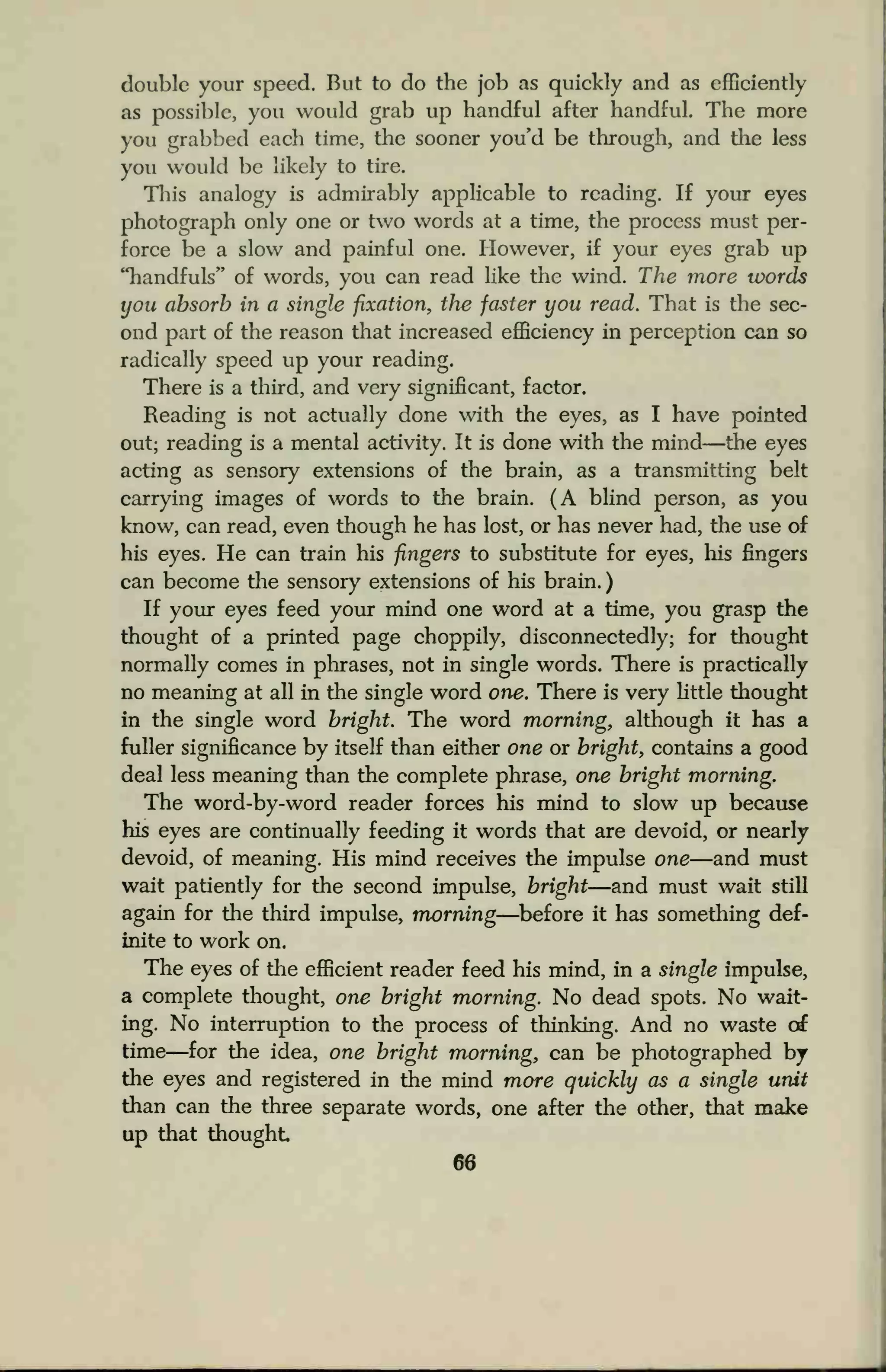
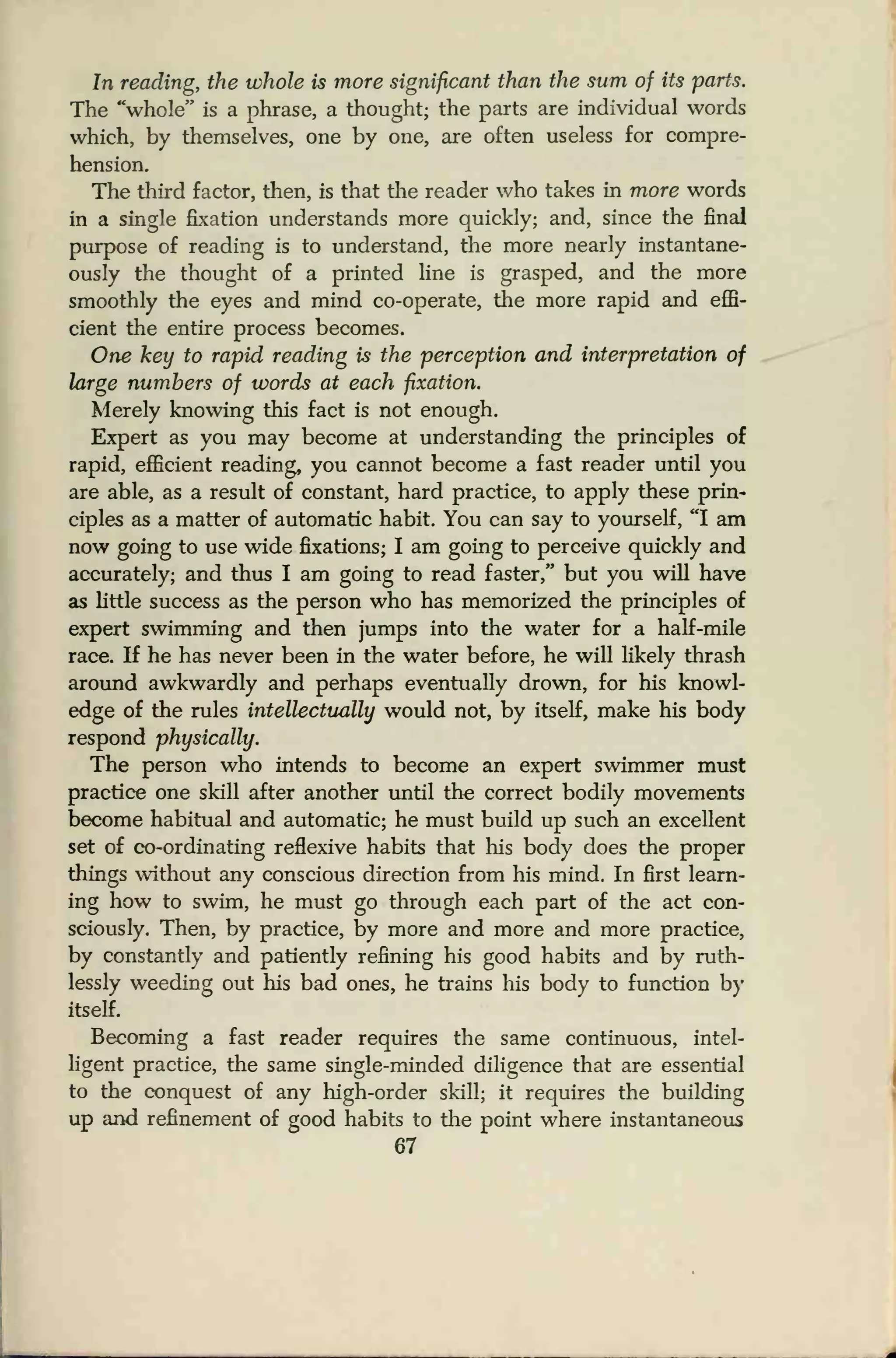
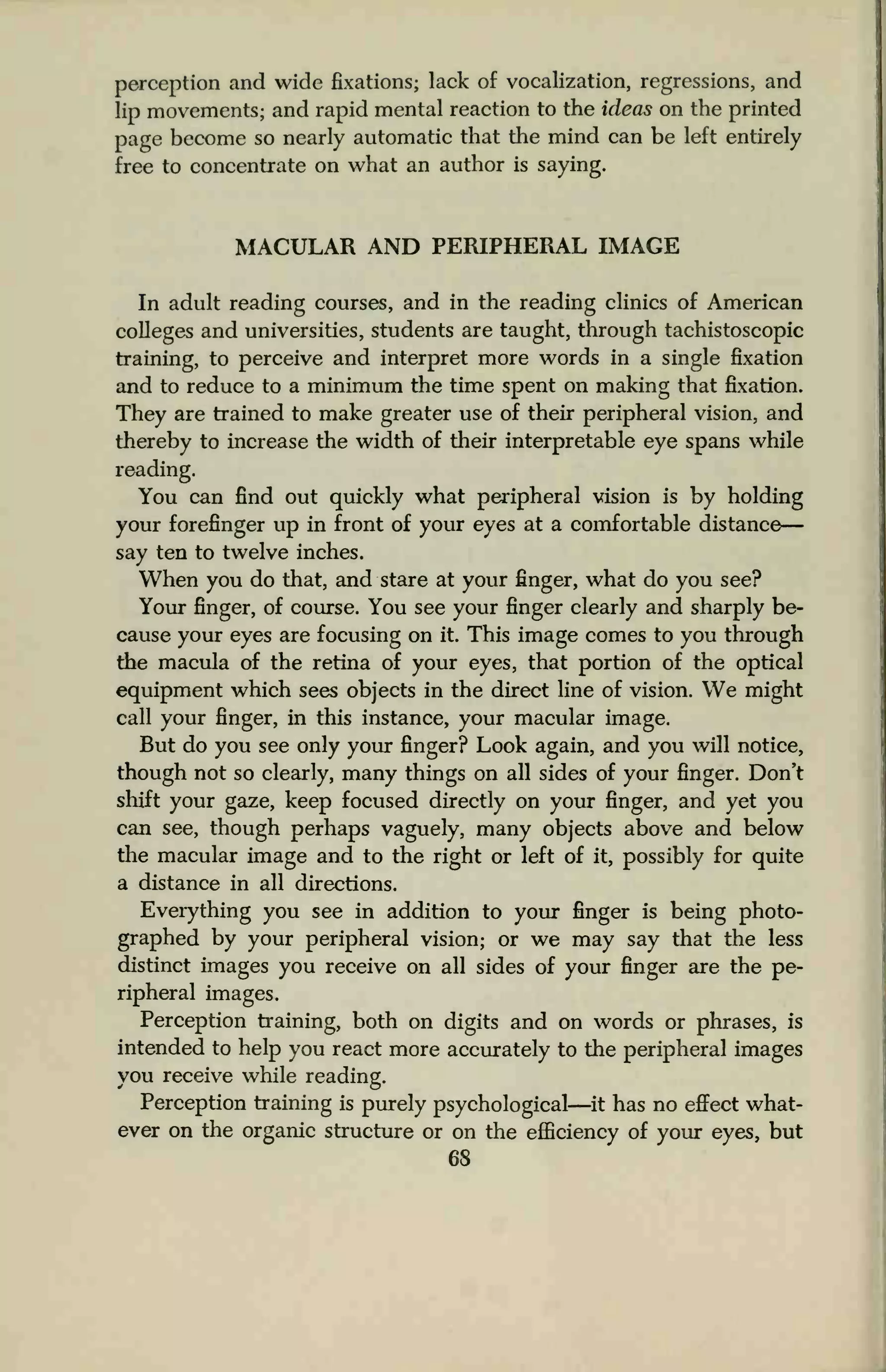

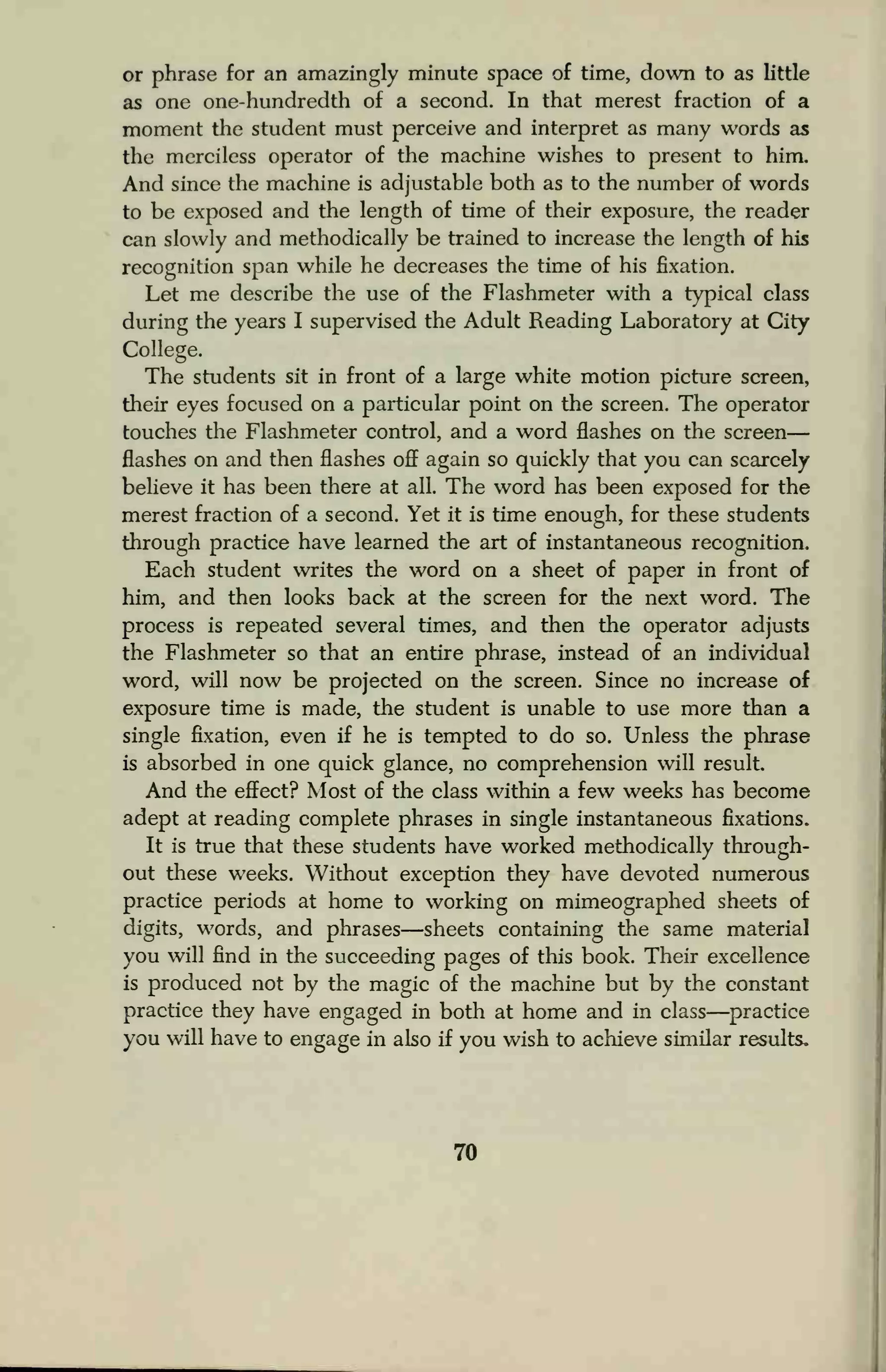
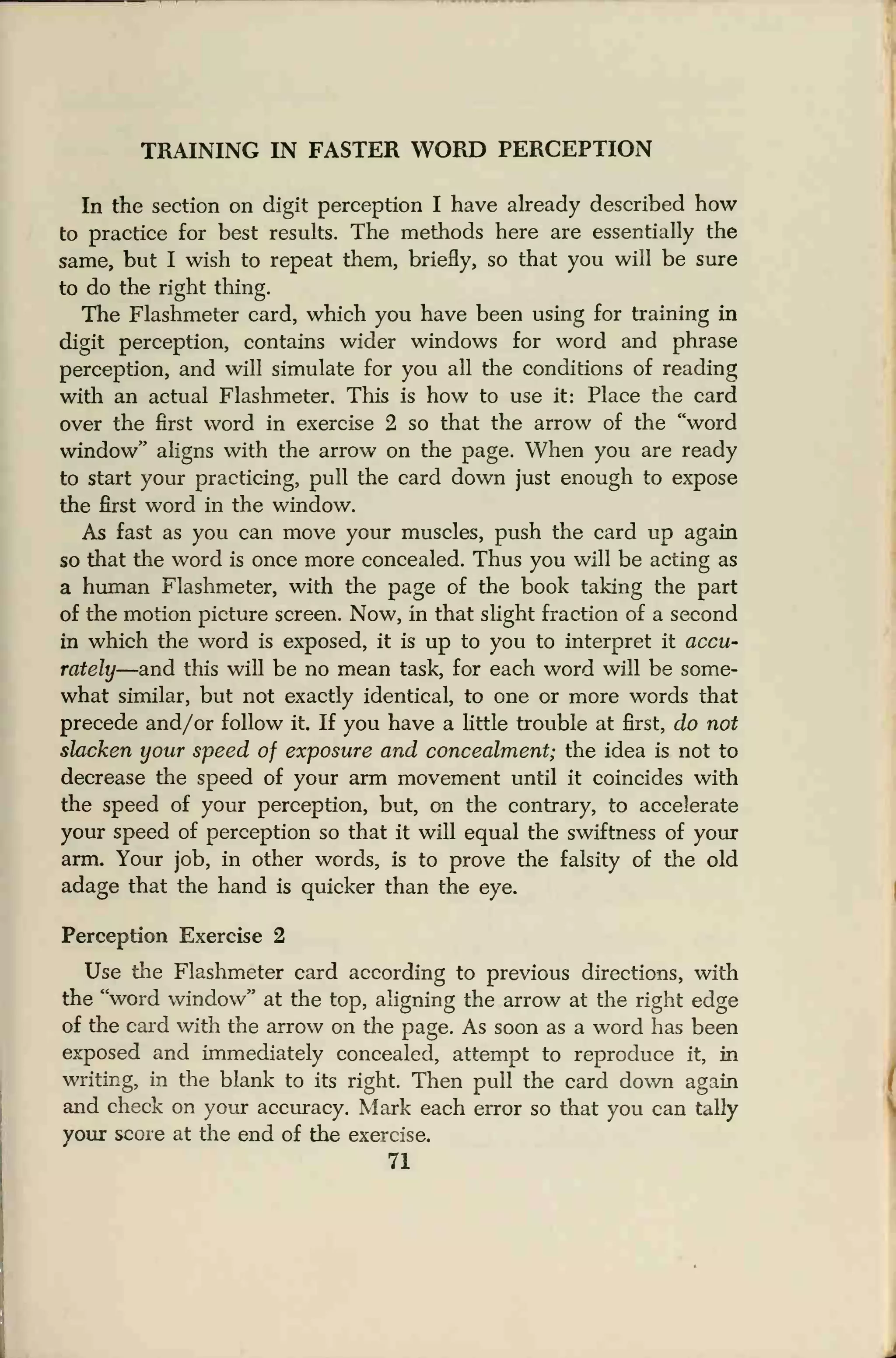
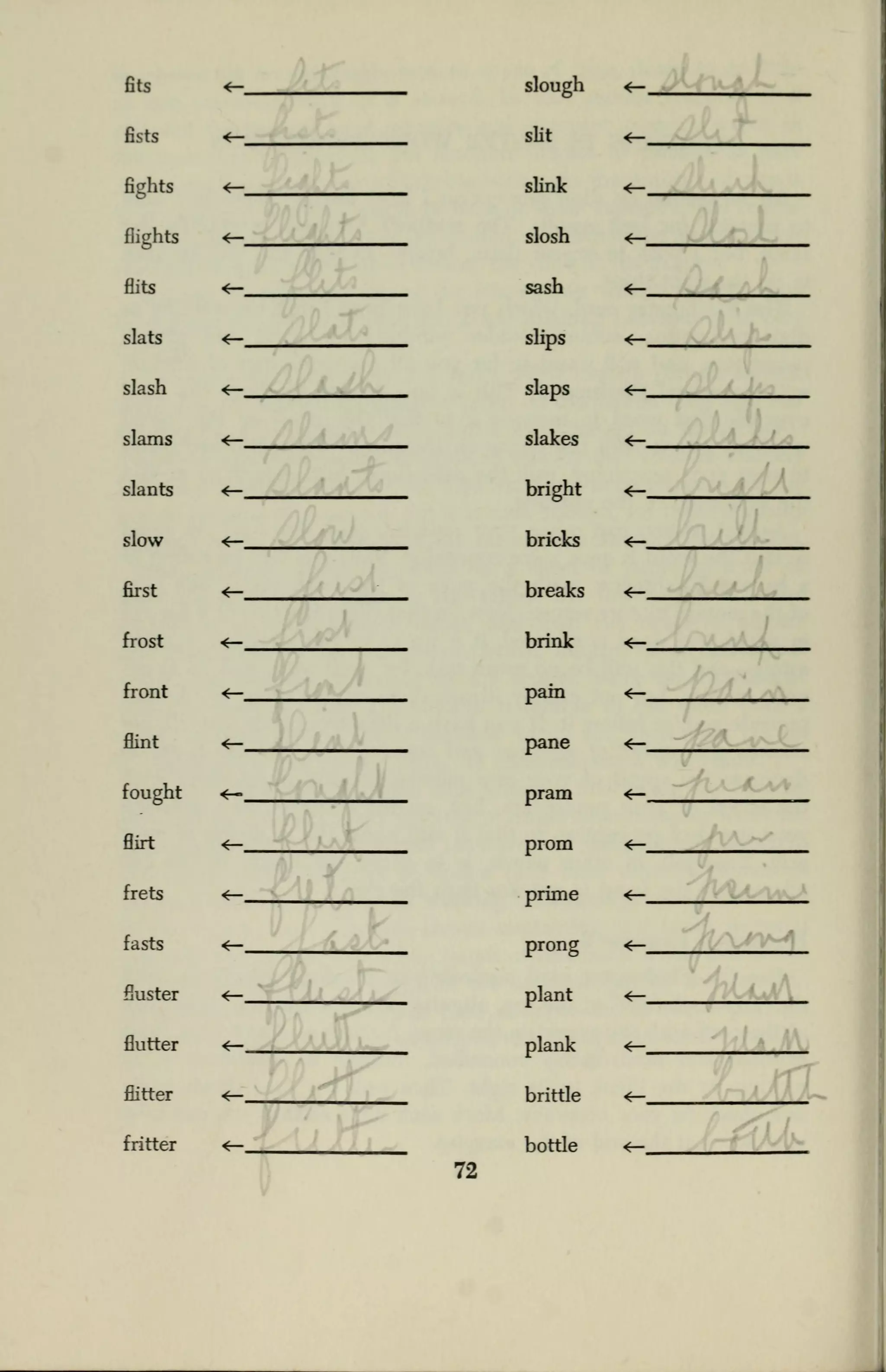
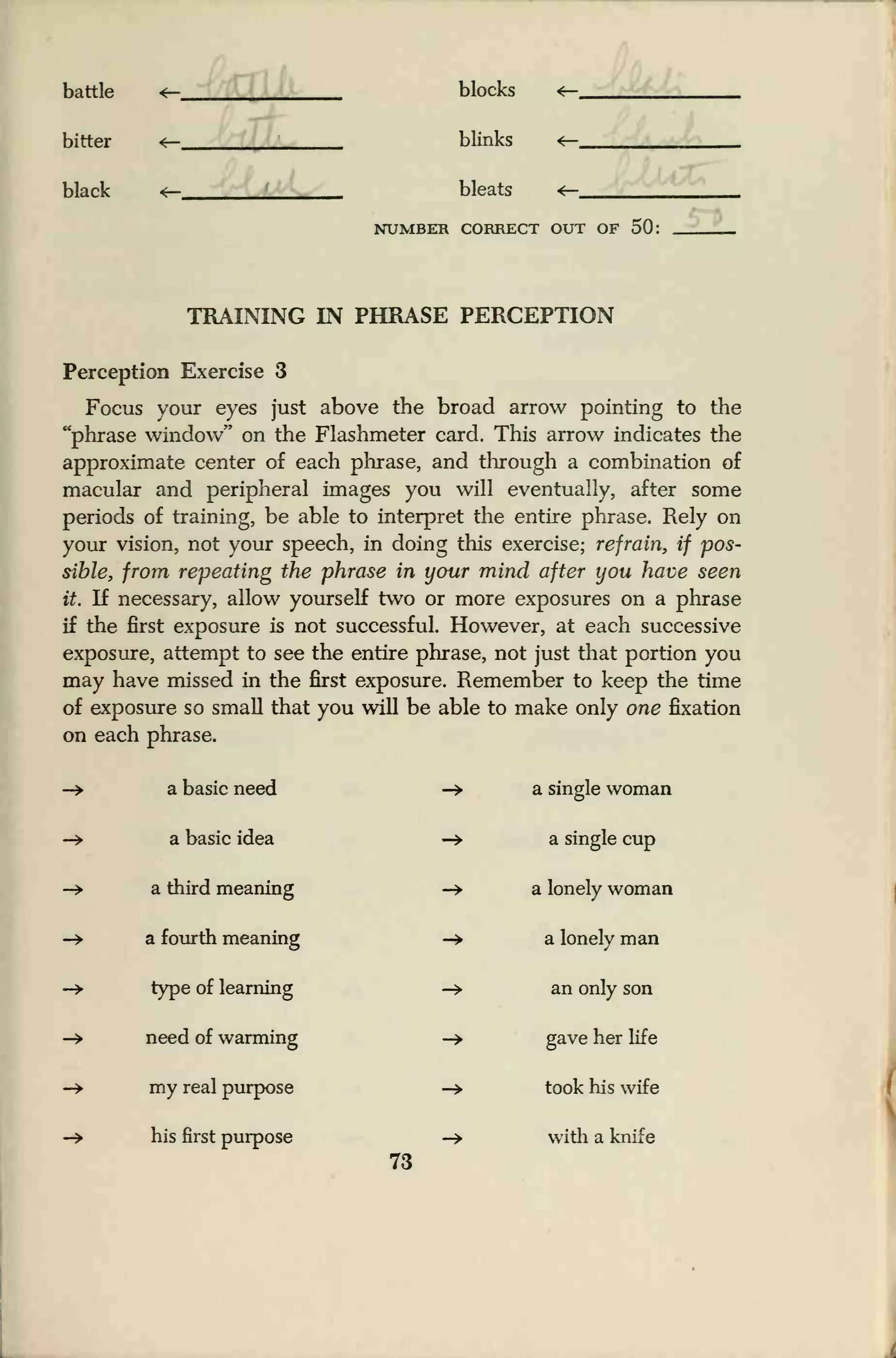
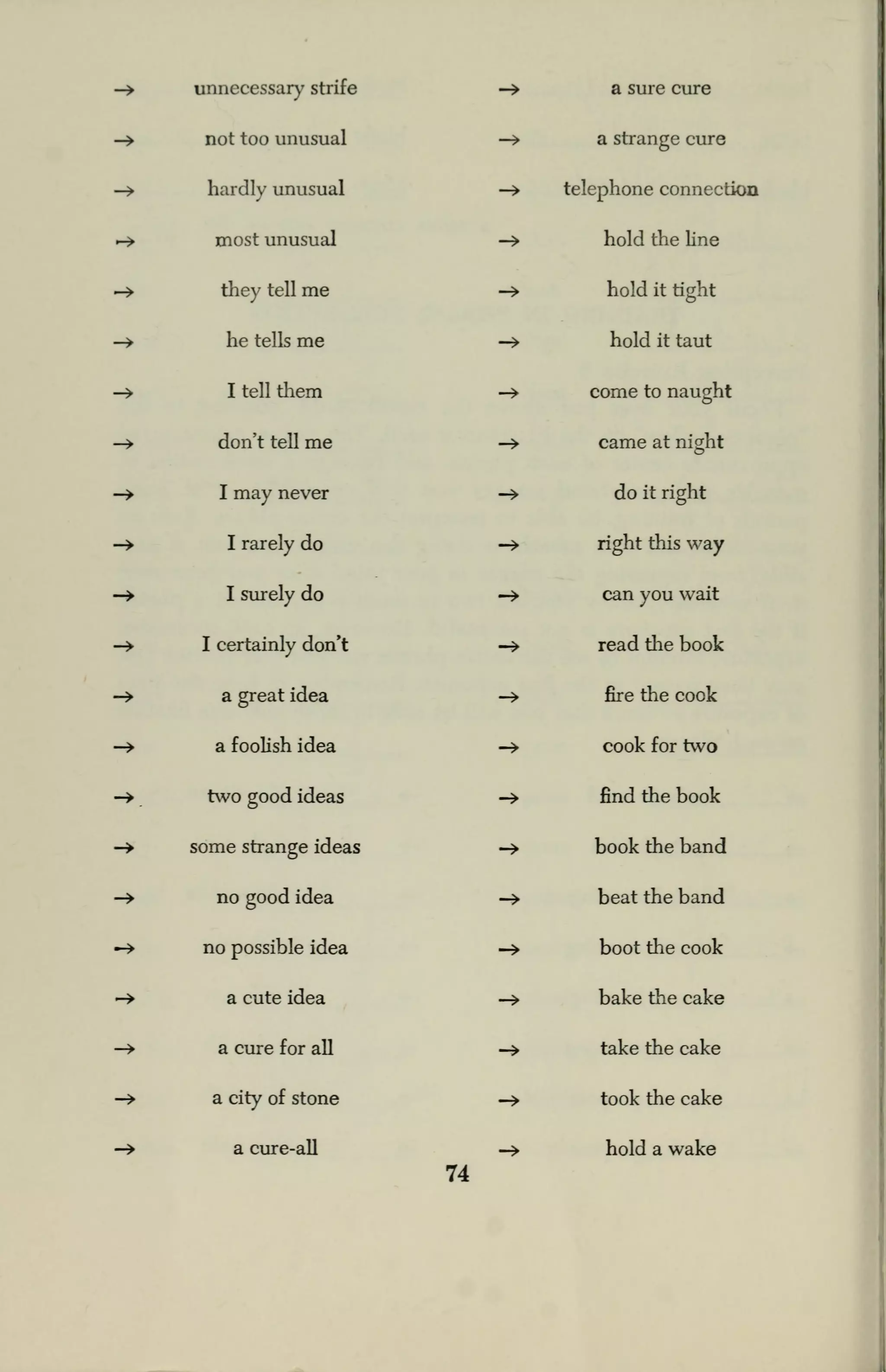
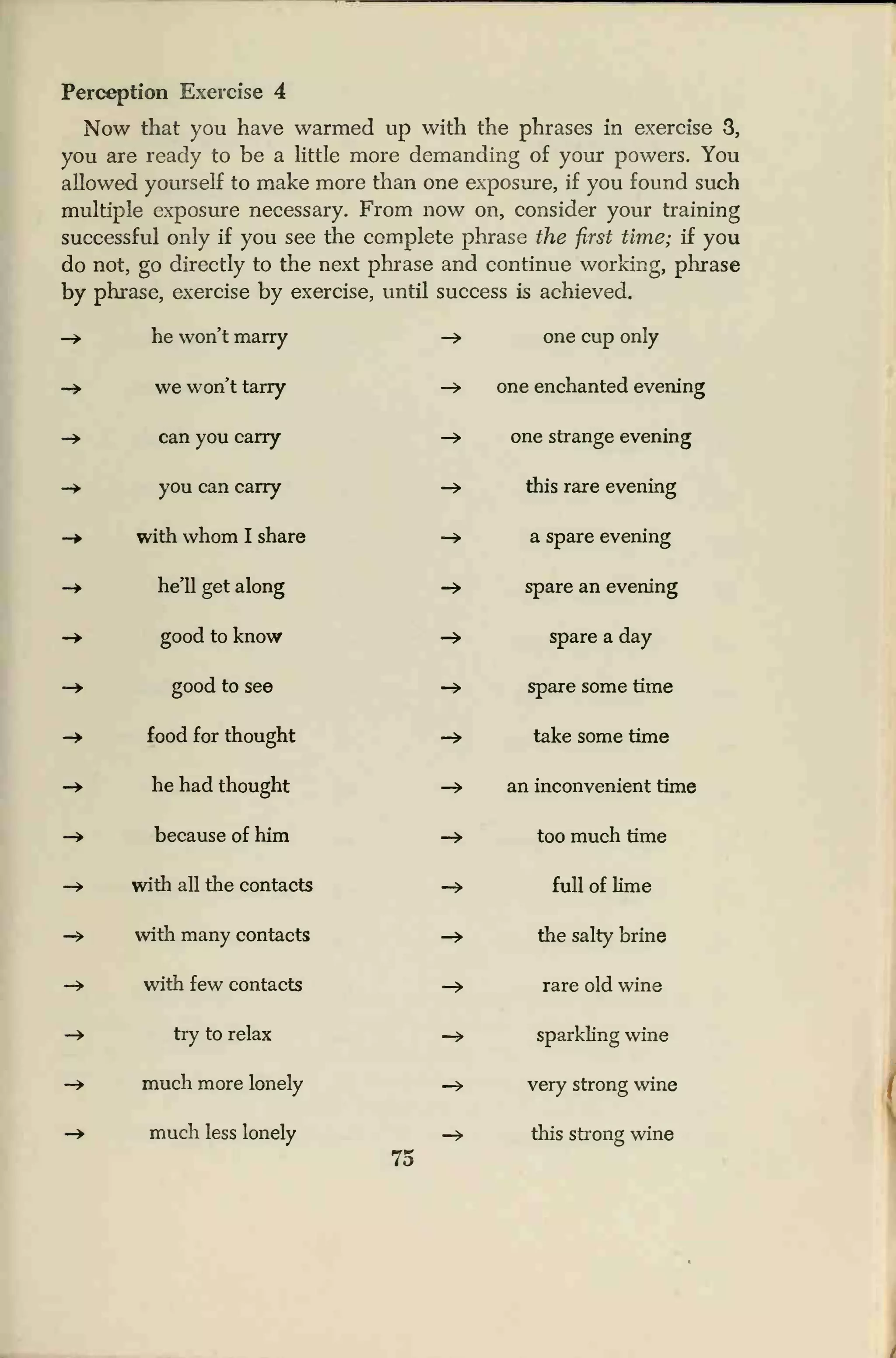
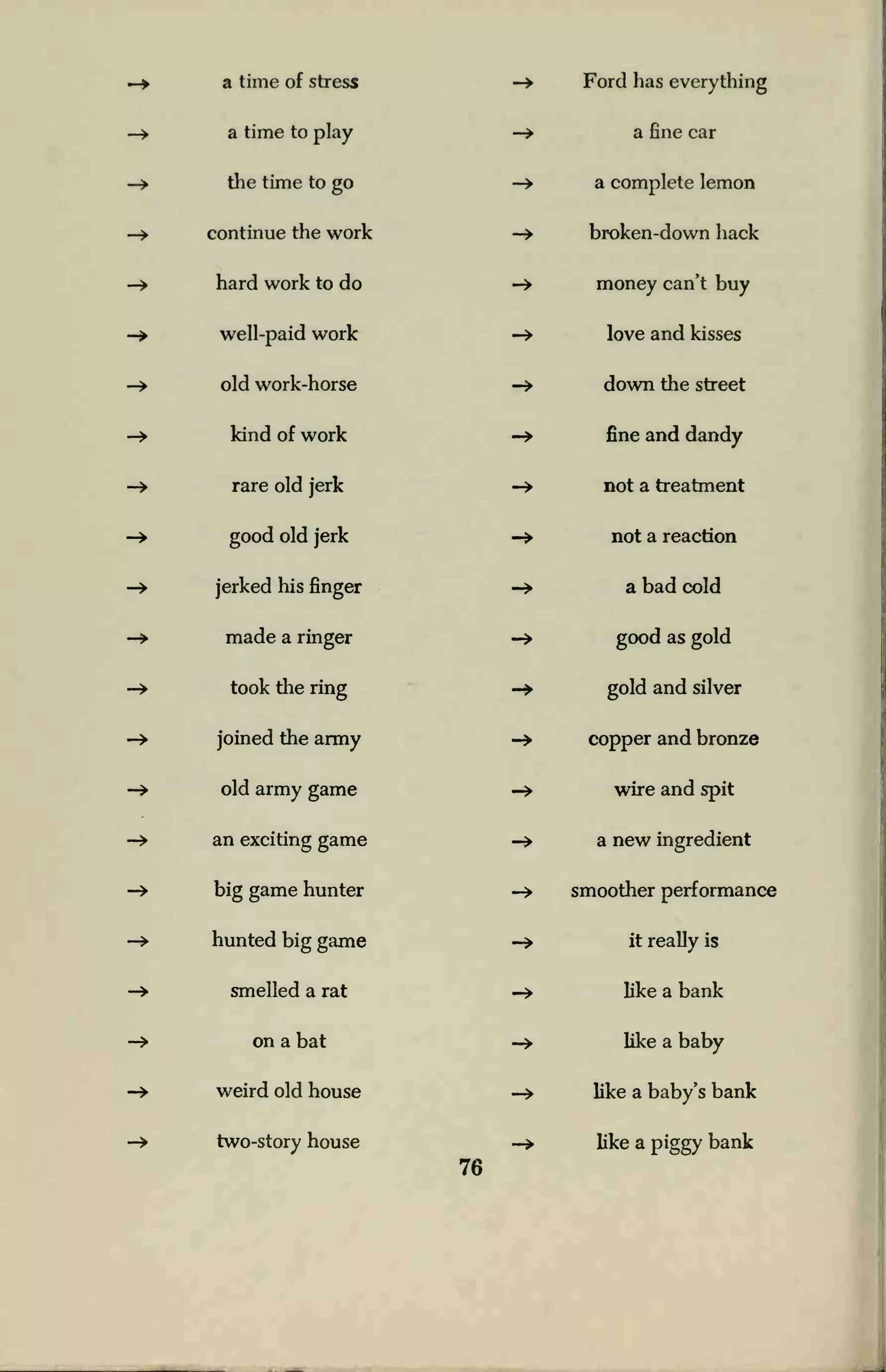
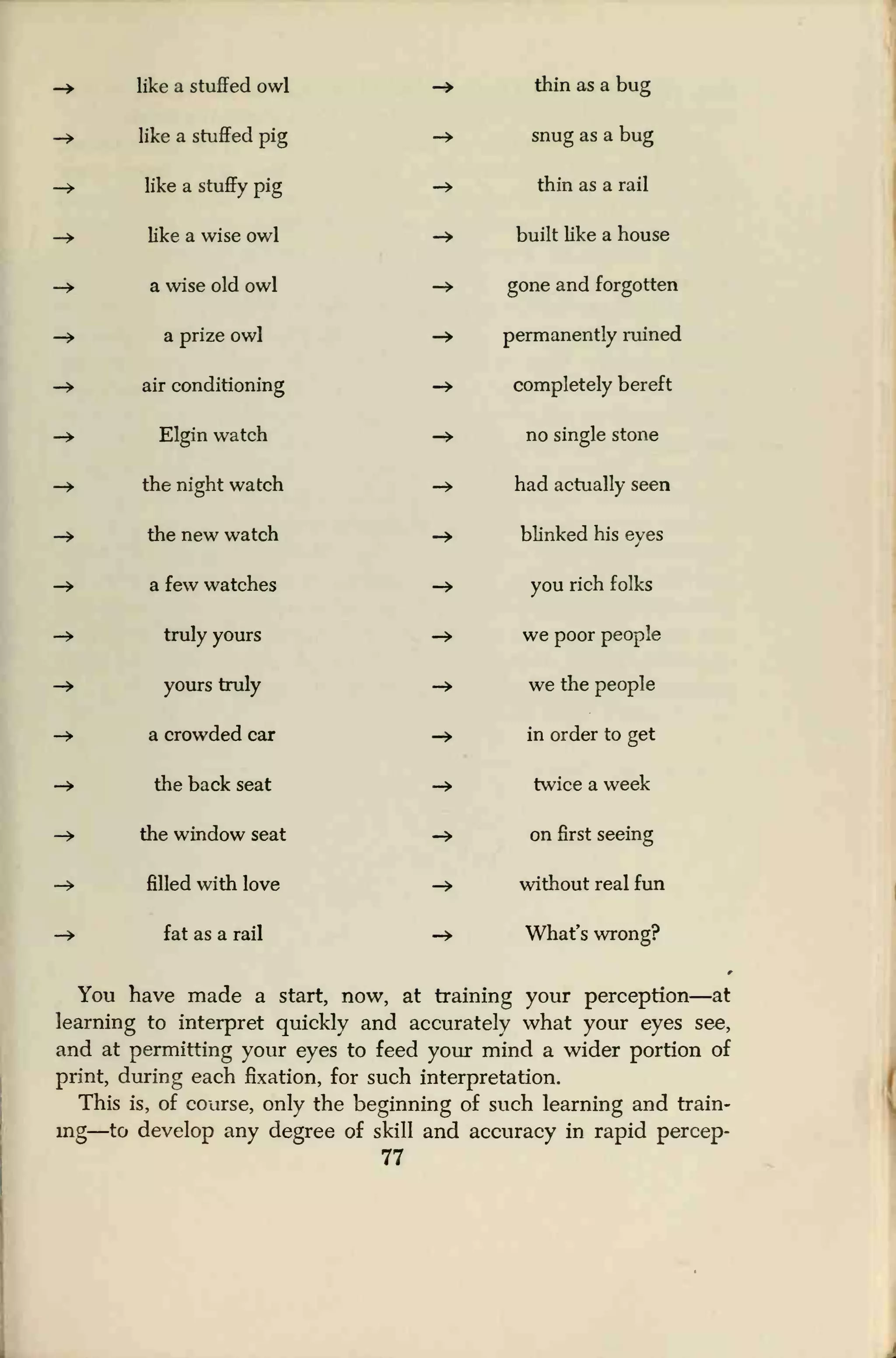

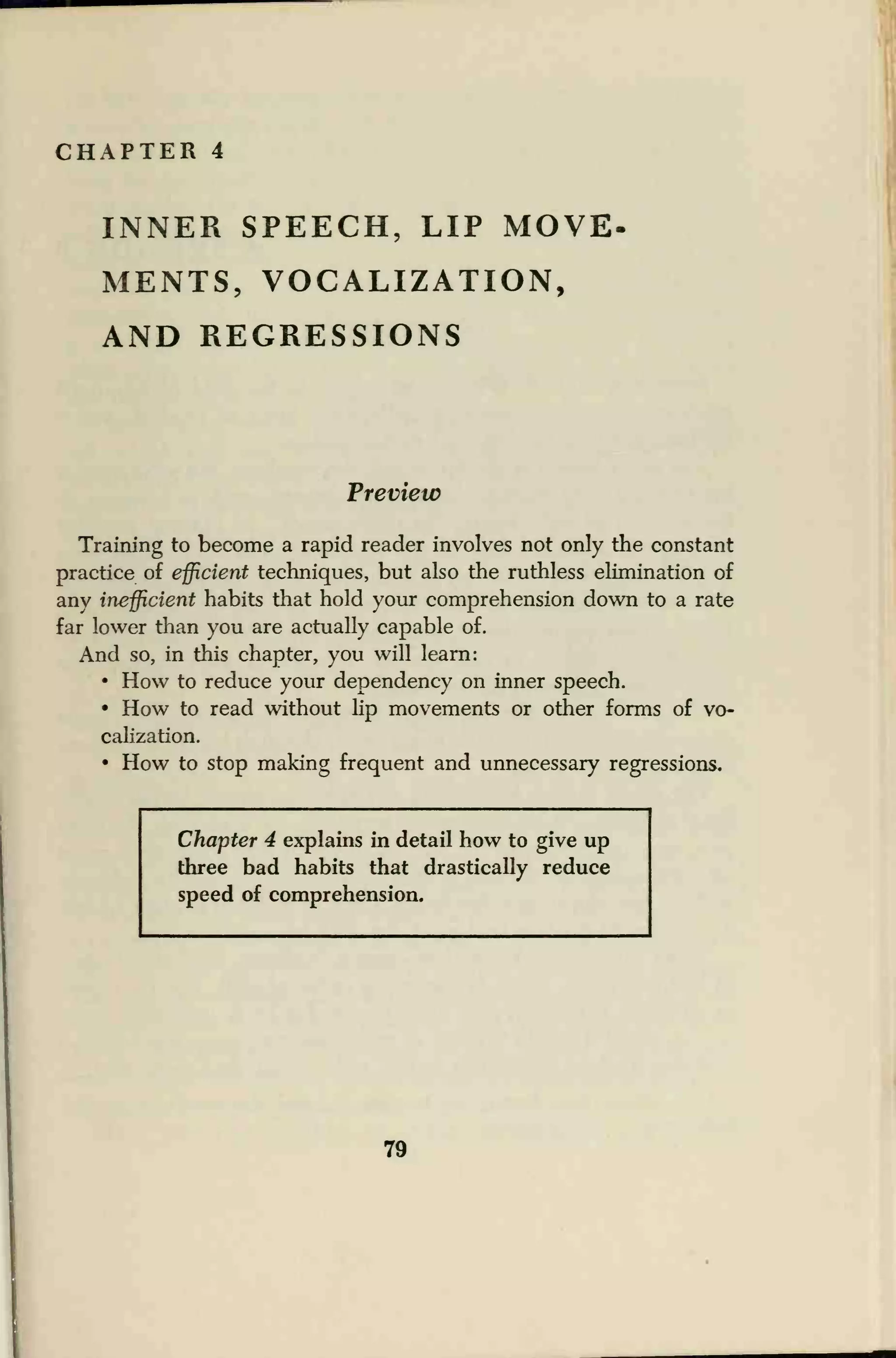

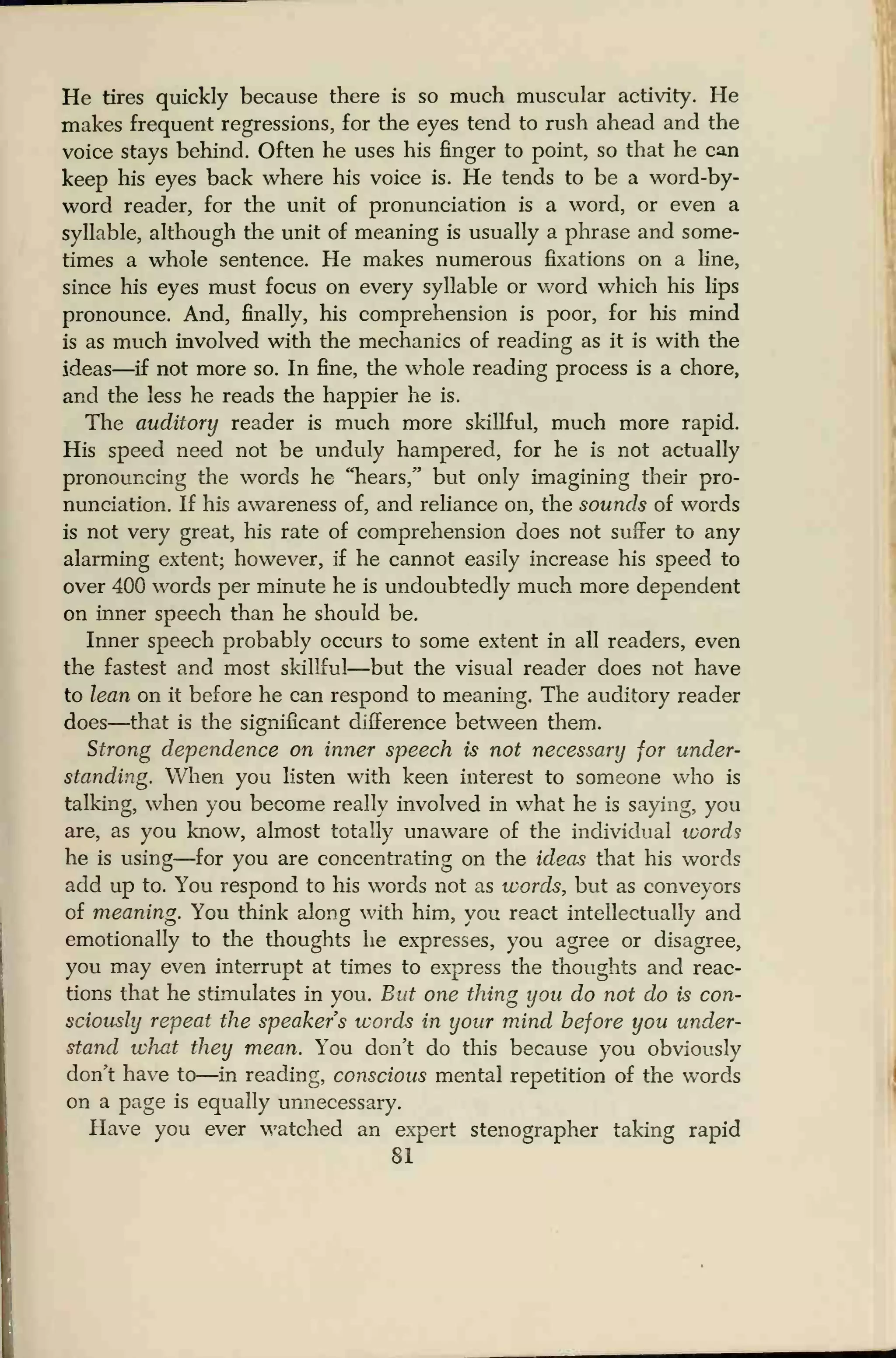
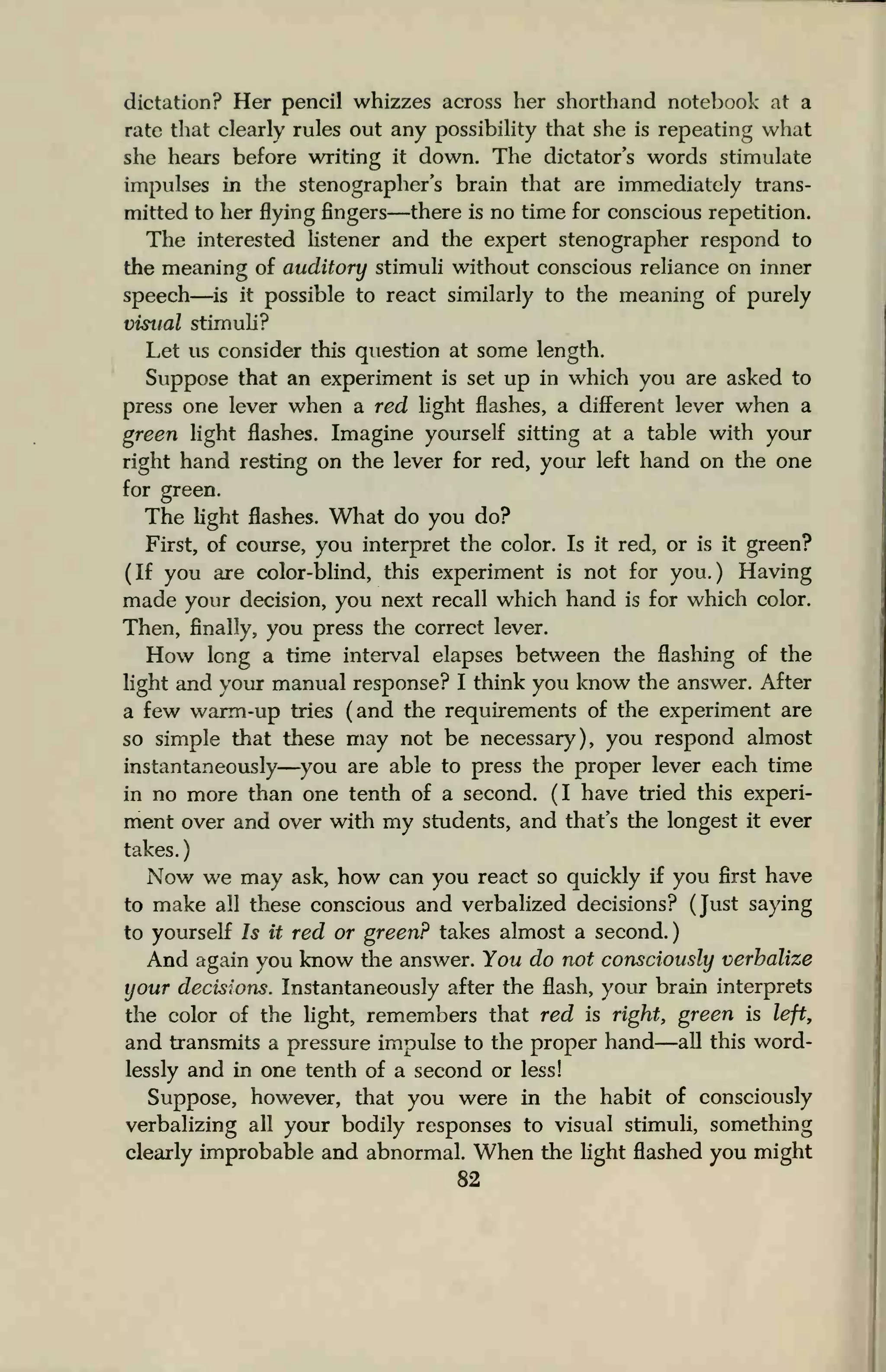
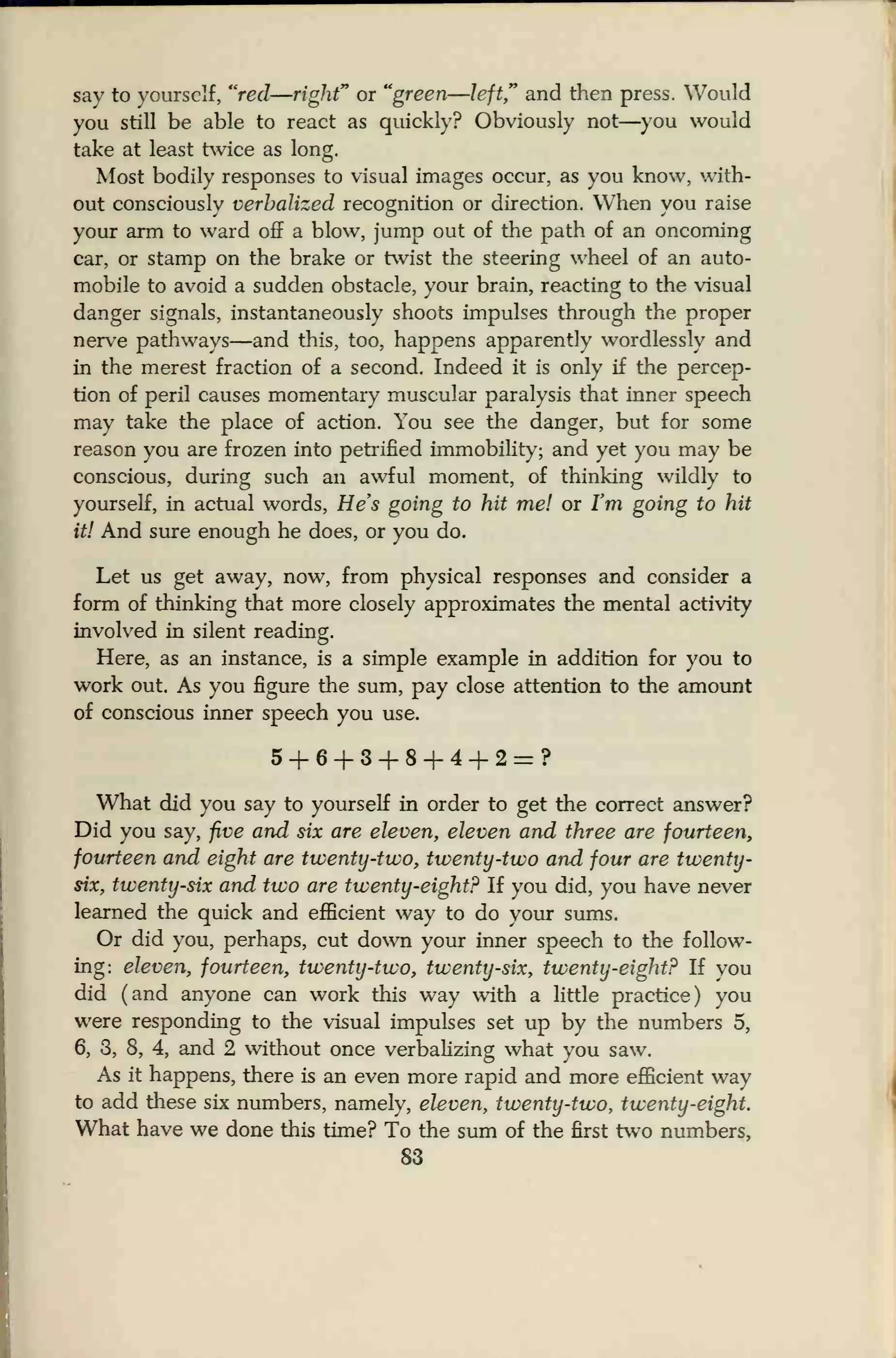
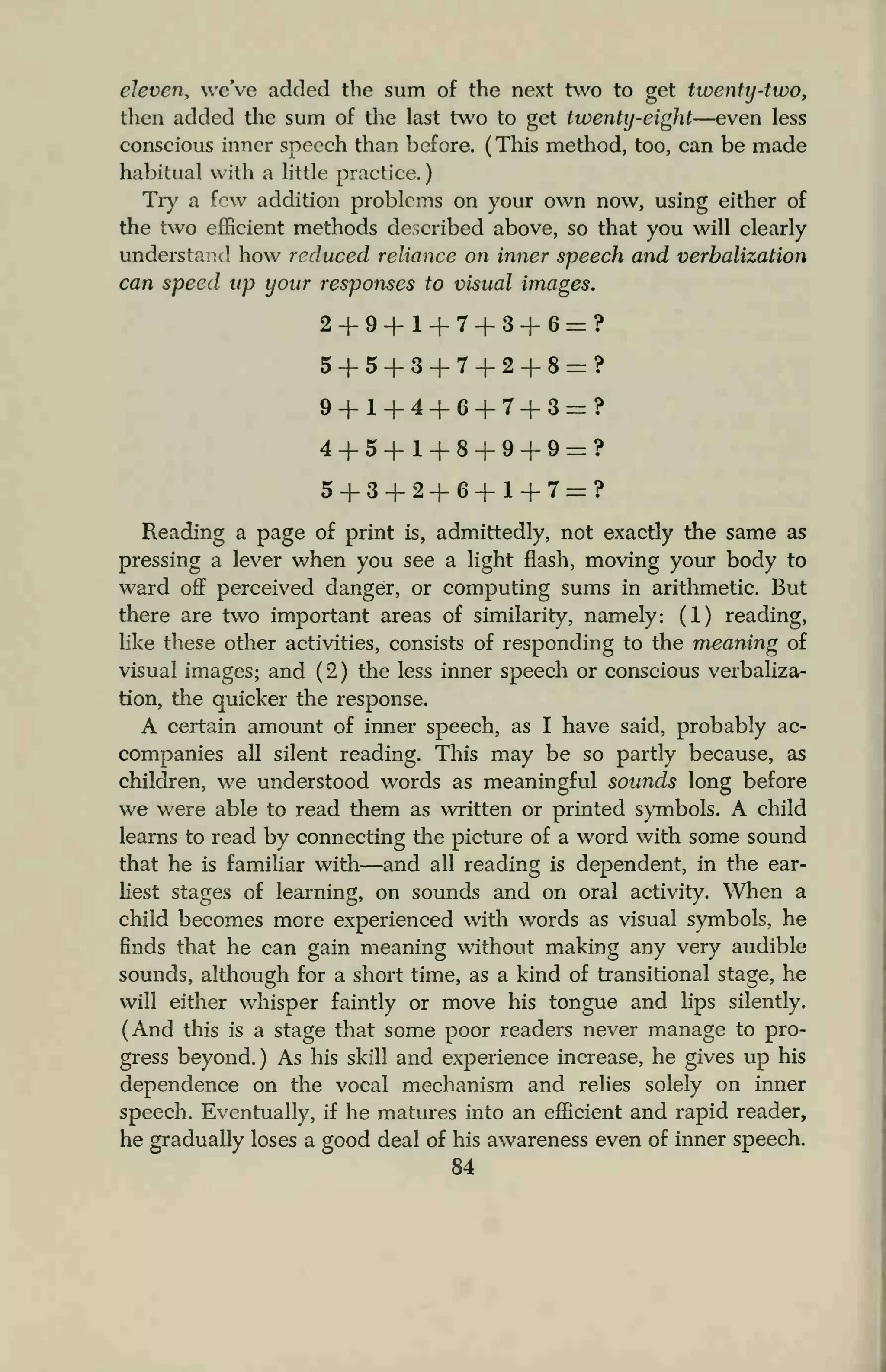
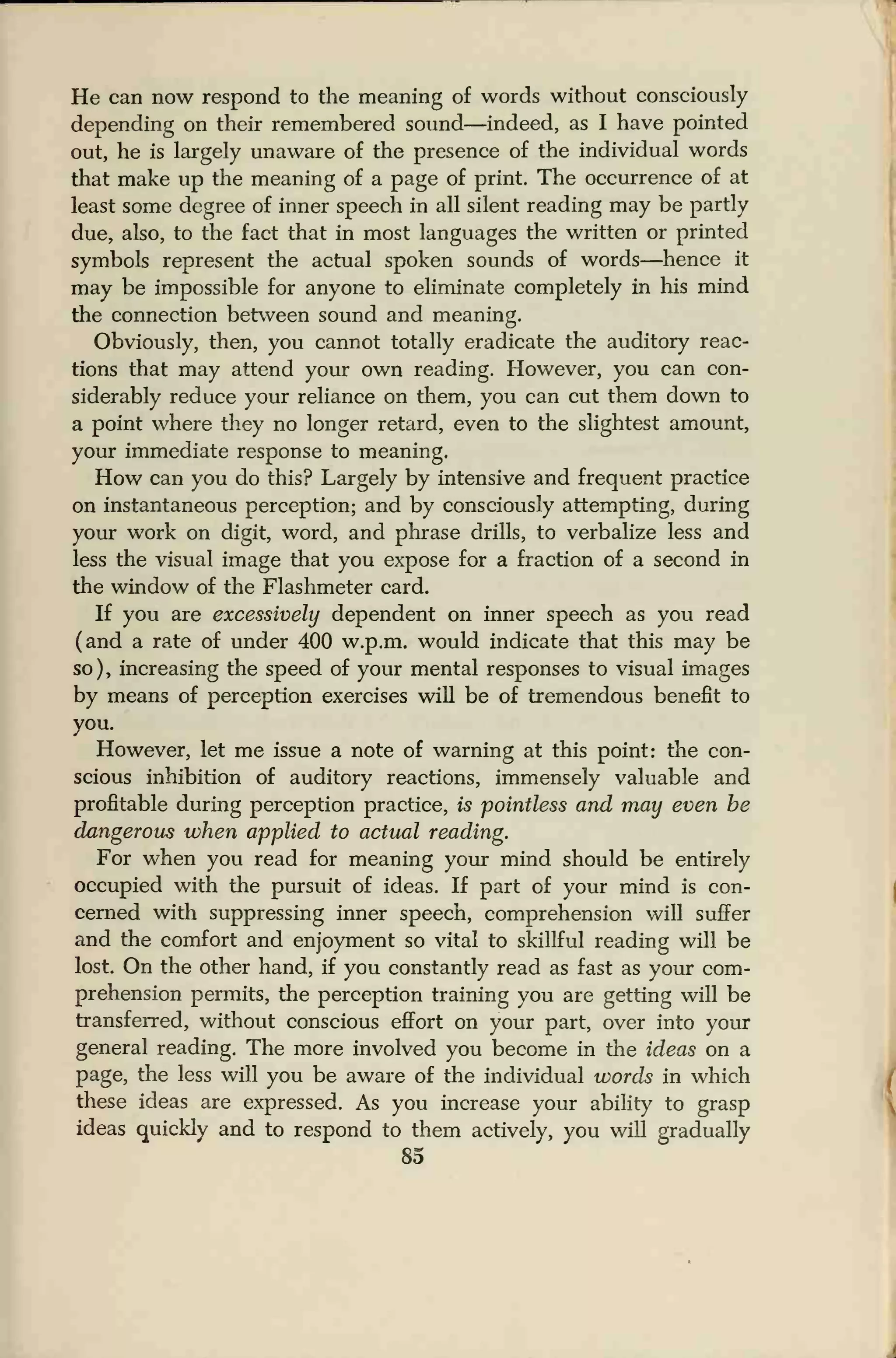
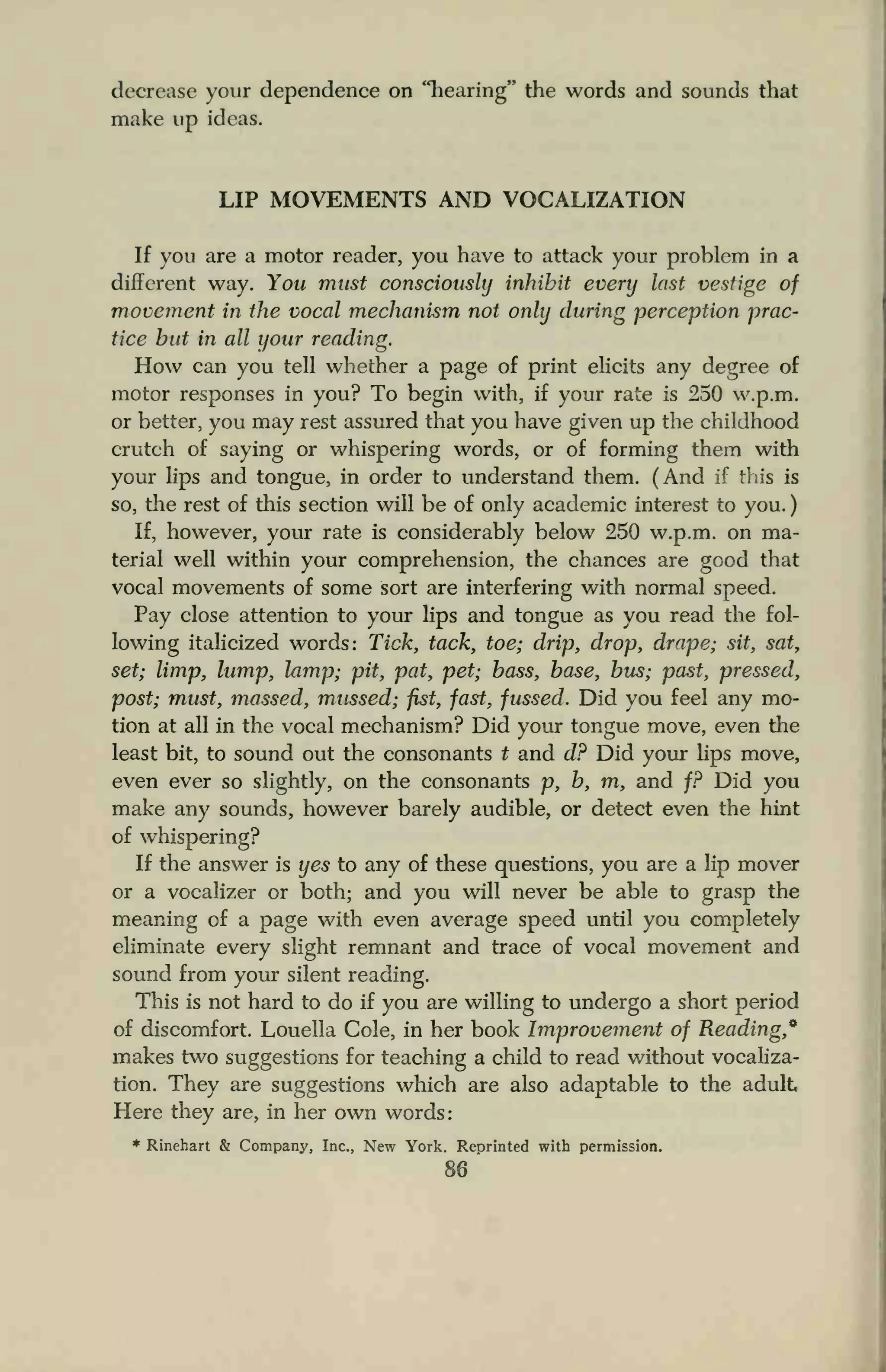
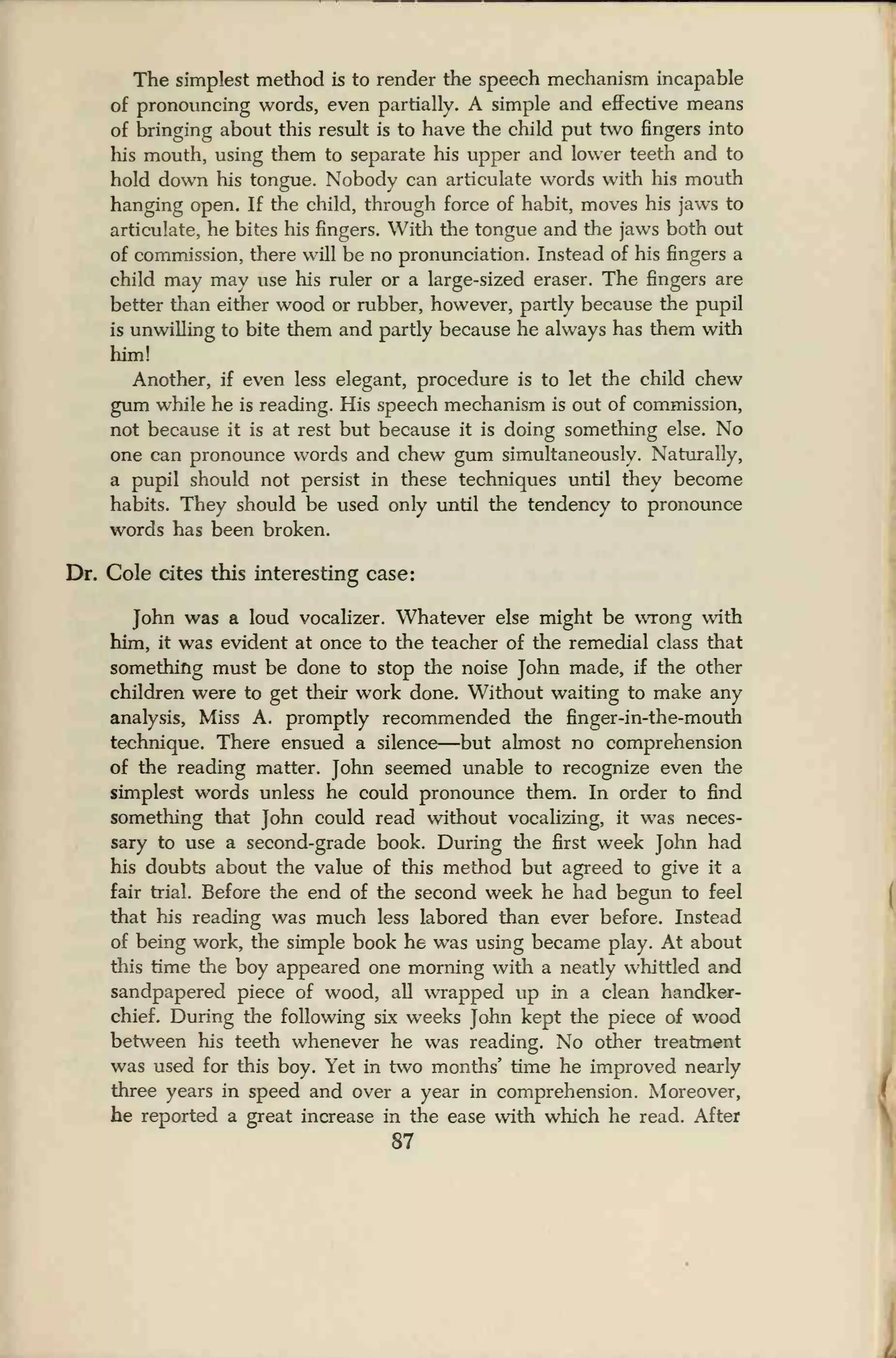
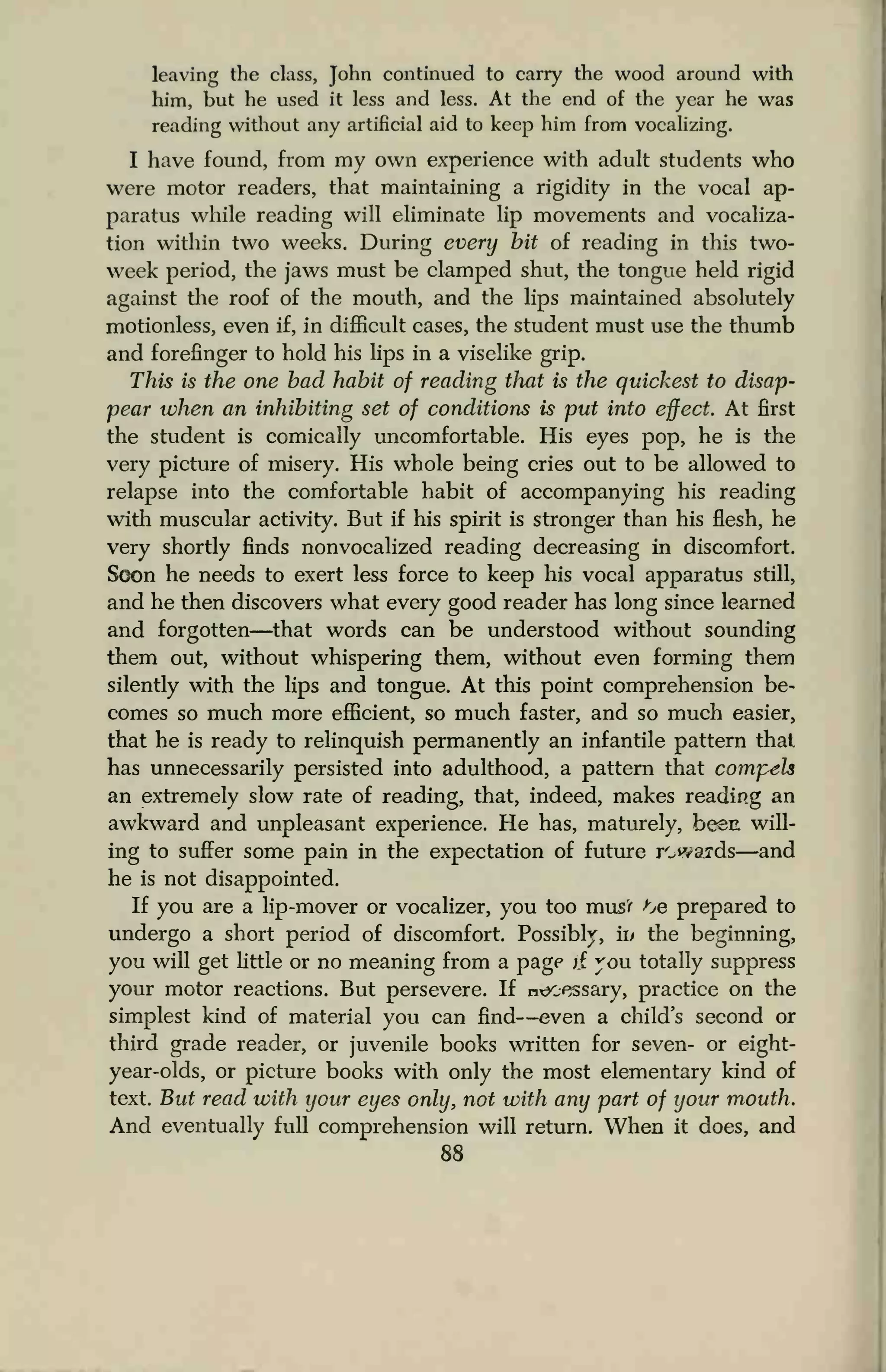
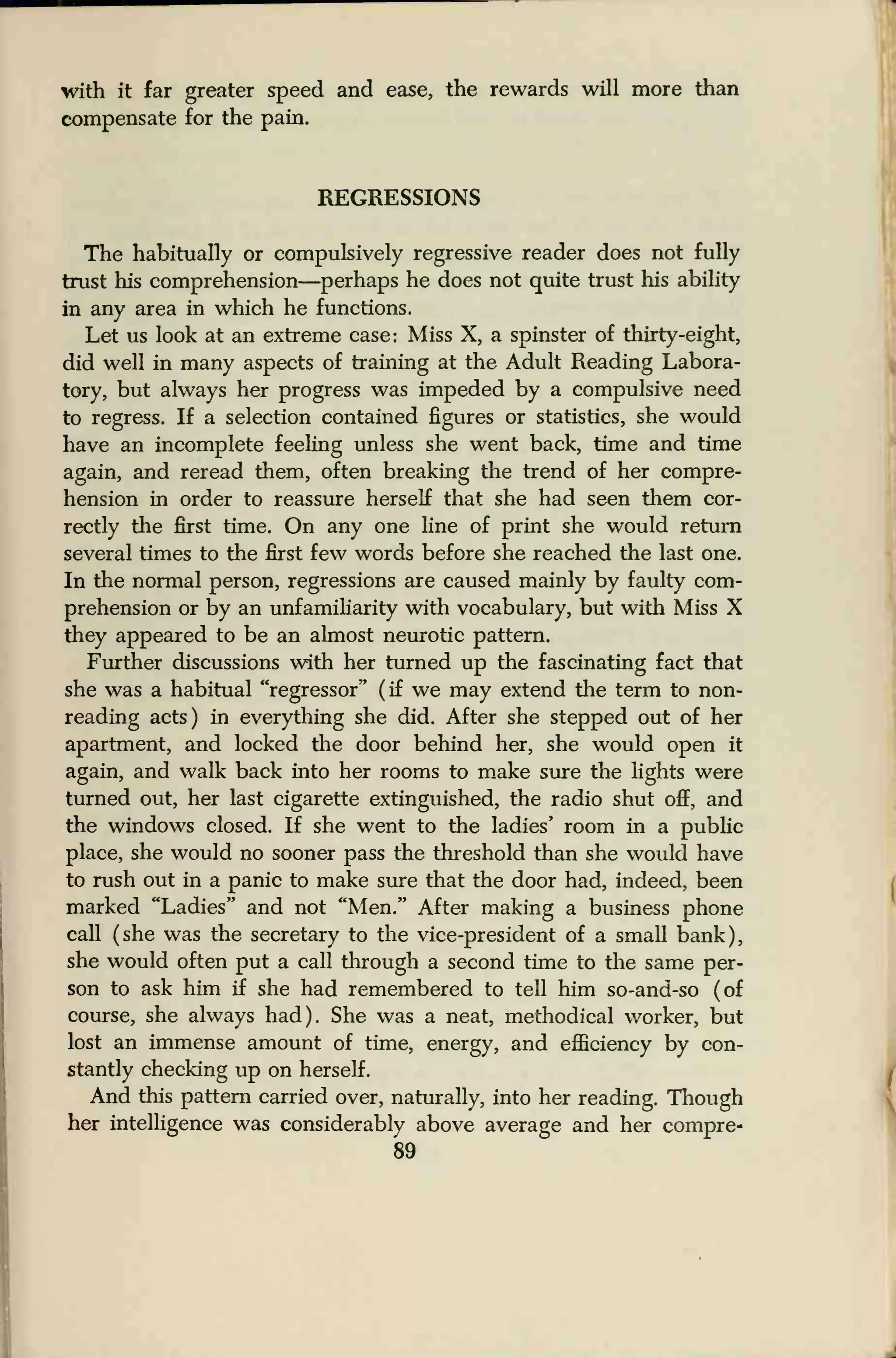
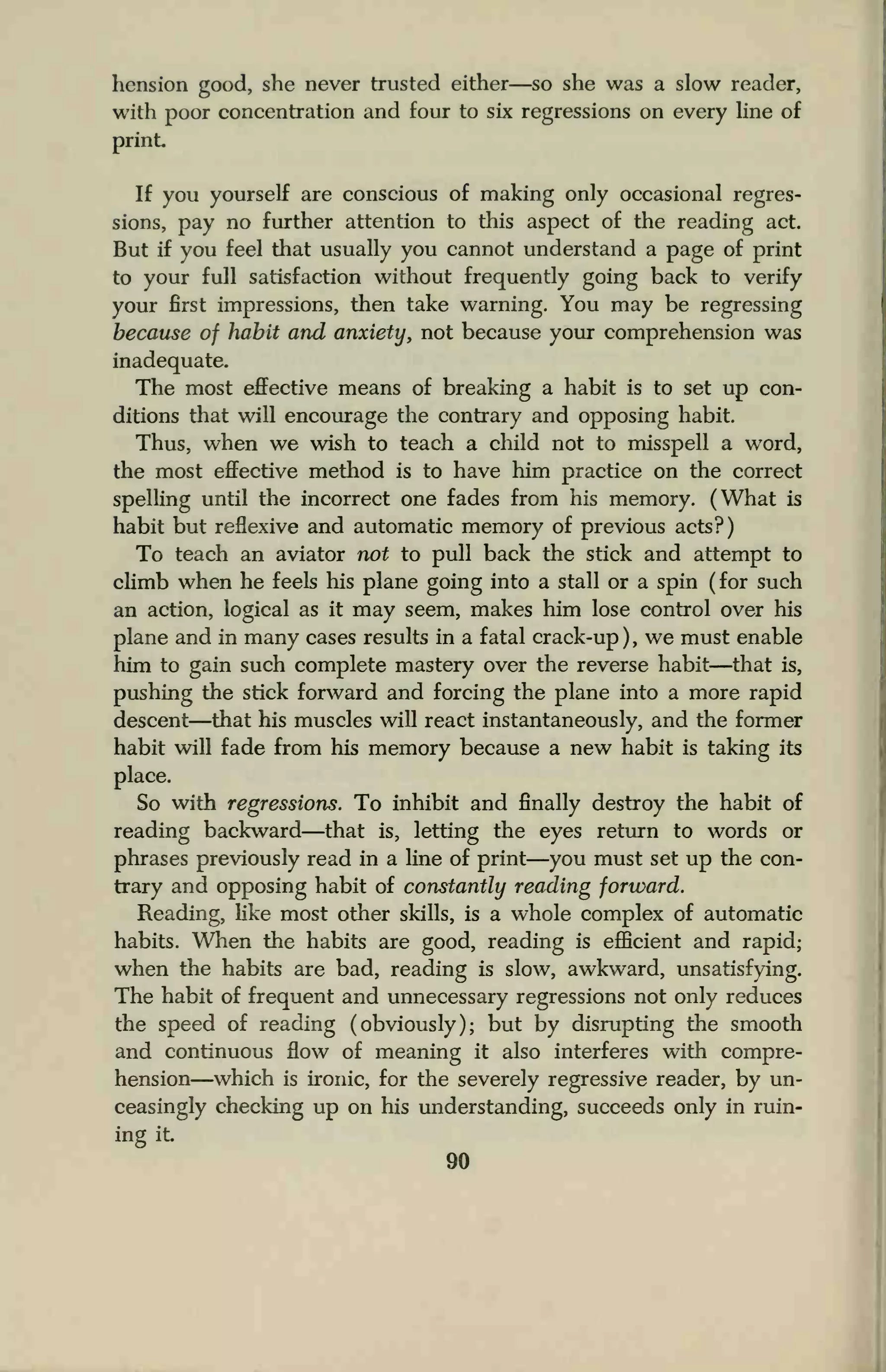
![The skillful reader may make occasional and voluntary regres-
sions, but solely out of actual and realistic need, never from habit
or compulsion or because he doesn't entirely trust his ability to
comprehend. He goes back to reread a word or phrase only if he is
certain that it is utterly useless to go on without doing so; otherwise
he keeps pushing rapidly ahead, for he is far more interested in total
meaning and in ideas than he is in individual words or phrases or
details.
Of course, if ideas are expressed ambiguously or confusingly, or
in extremely complicated or involved language, meaning will be
elusive, and rereading and still further rereading may be necessary
—but then the fault lies witii the writer, not with the reader. S. N.
Behrman, in a short story that appeared in a recent issue of the
New Yorker, touchingly describes the reaction of one of his char-
acters to such elusive writing:
Reflecting on these miseries, yet struggling also to keep his mind
on the words he was reading, Mr. Weintraub took off his glasses and
polished them again. Because his fonnal education had been sketchy,
he did not know that he had a right to demand clarity and simplicity
from an author, or that the relationship between writer and reader
was a reciprocal one and the responsibility for understanding divided
equally between them. He cursed himself for being stupid, and he
felt a certain pride that for [his son] Willard, presumably, these mas-
sive and coagulated paragraphs were hammock reading.
Regressions, then, are by no means forbidden
—
if they are abso-
lutely necessary. When you have an impulse to regress, test your
needs against reality. Ask yourself, have you really not understood
what you have just read, or are you merely indulging a had habit?
Is it positively essential to check up on that word, or phrase, or de-
tail you don't feel too sure of, or can you go on notwithstanding,
and with no great loss? Try this a few times and you may be sur-
prised to discover that regressions are seldom as vital as they may
at first seem. Try building up the habit of constantly reading for-
ward so long as comprehension is not totally impossible—again
you may be surprised to discover, if you have the courage to take
the gamble, that your understanding is better than you give it credit
for and does not need frequent checking up on!
91](https://image.slidesharecdn.com/howtoreadbetterandfaster-normanlewis-150703192625-lva1-app6892/75/How-to-read-better-and-faster-norman-lewis-113-2048.jpg)

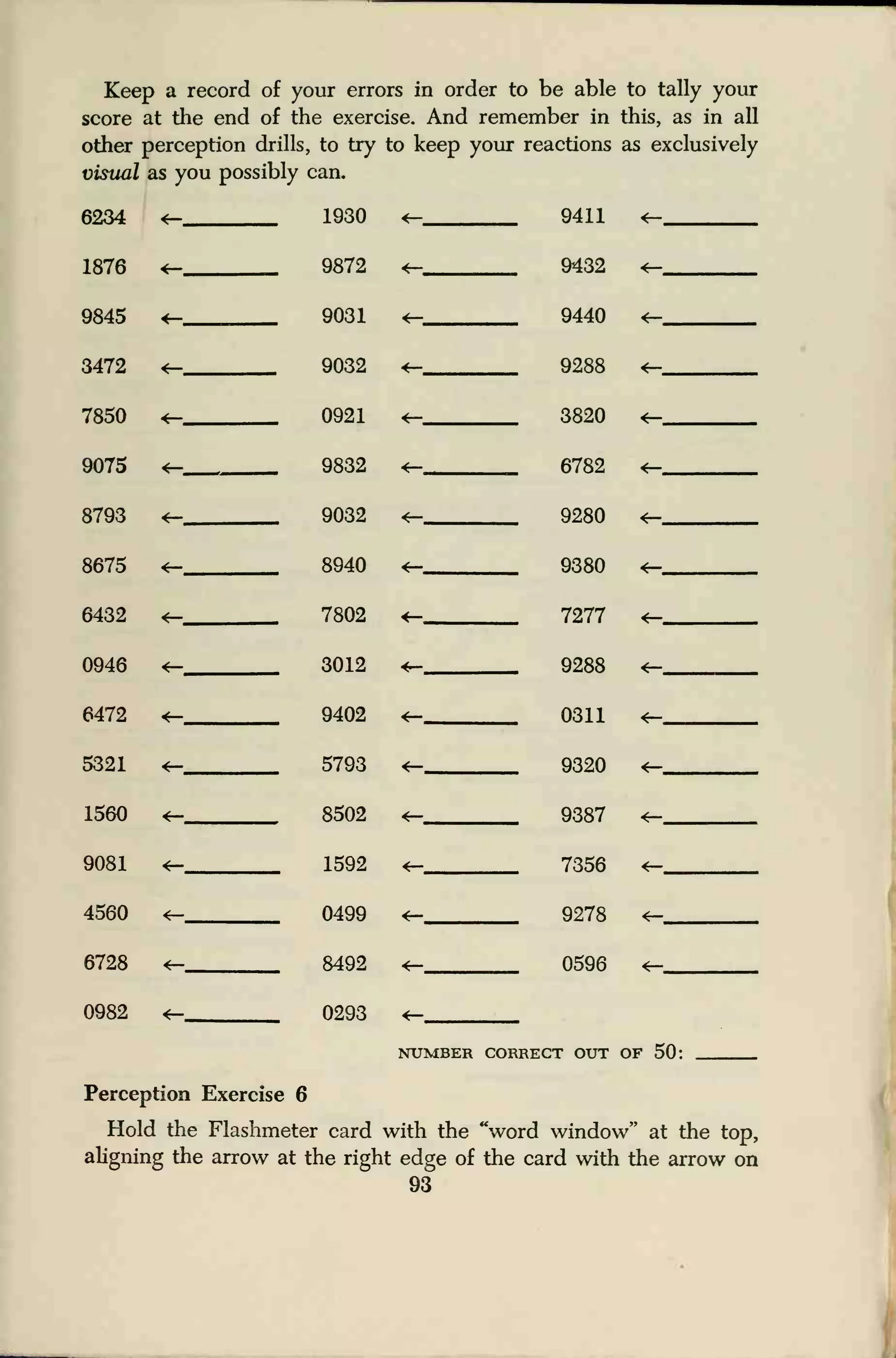
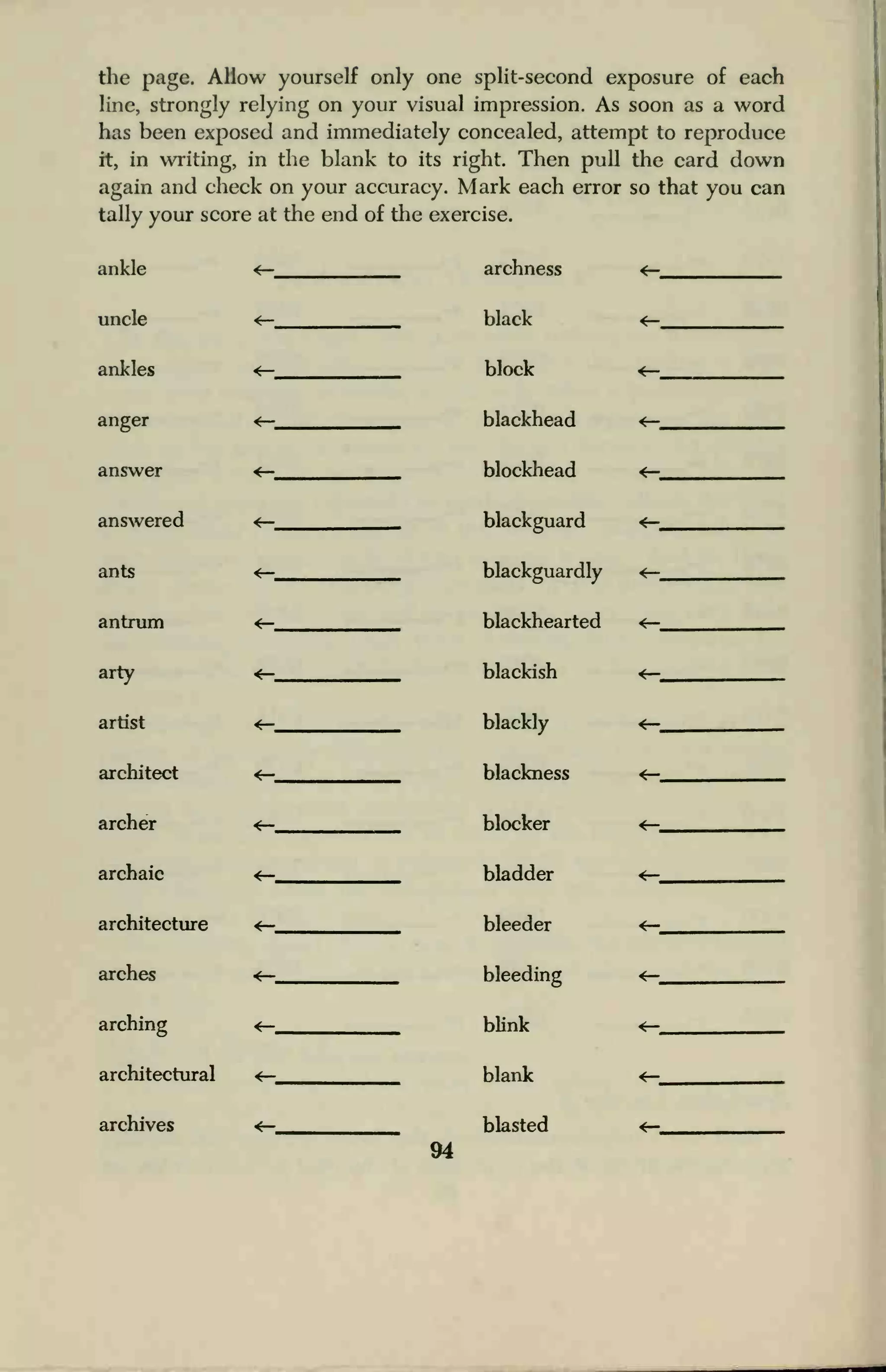
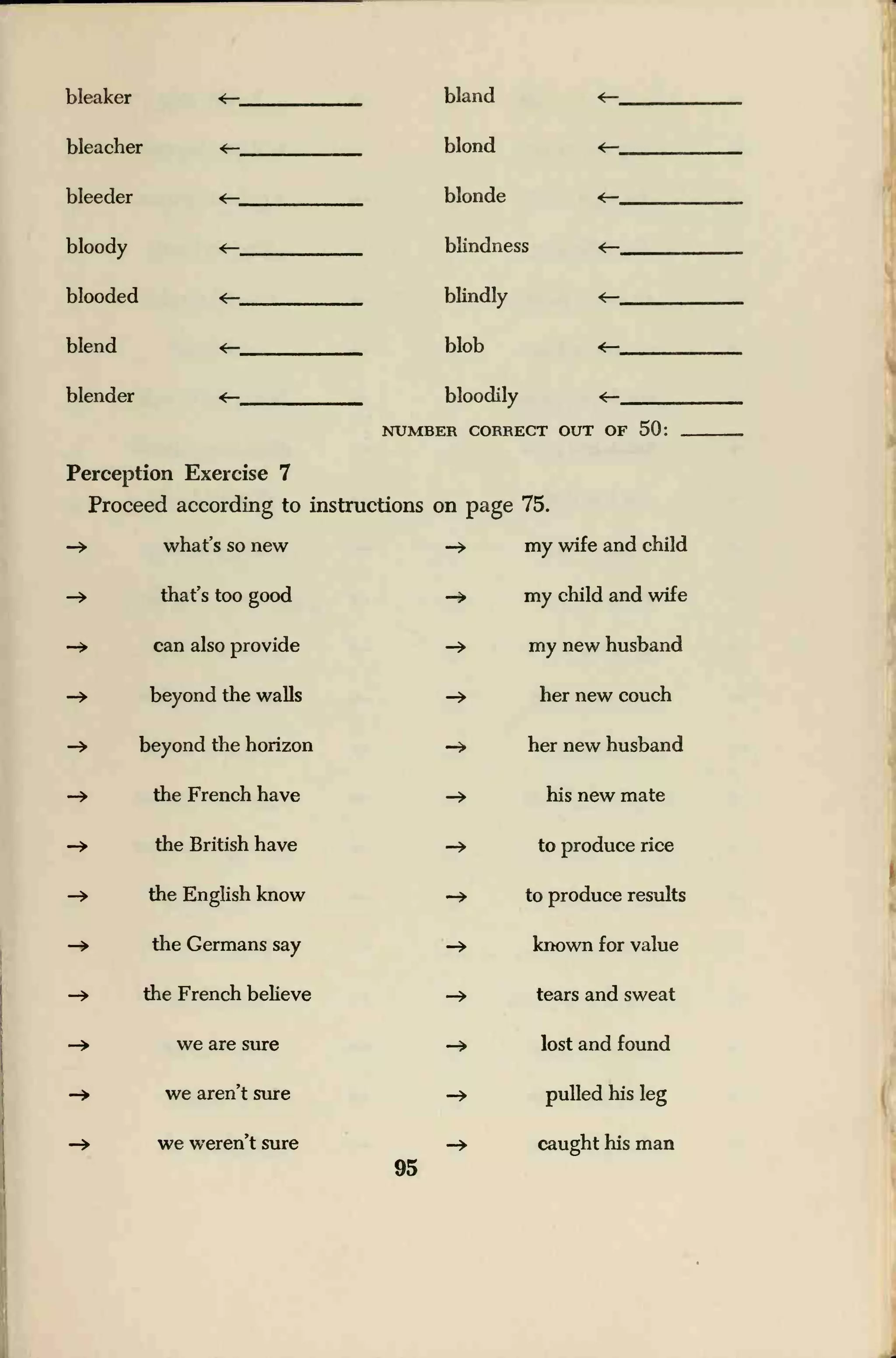
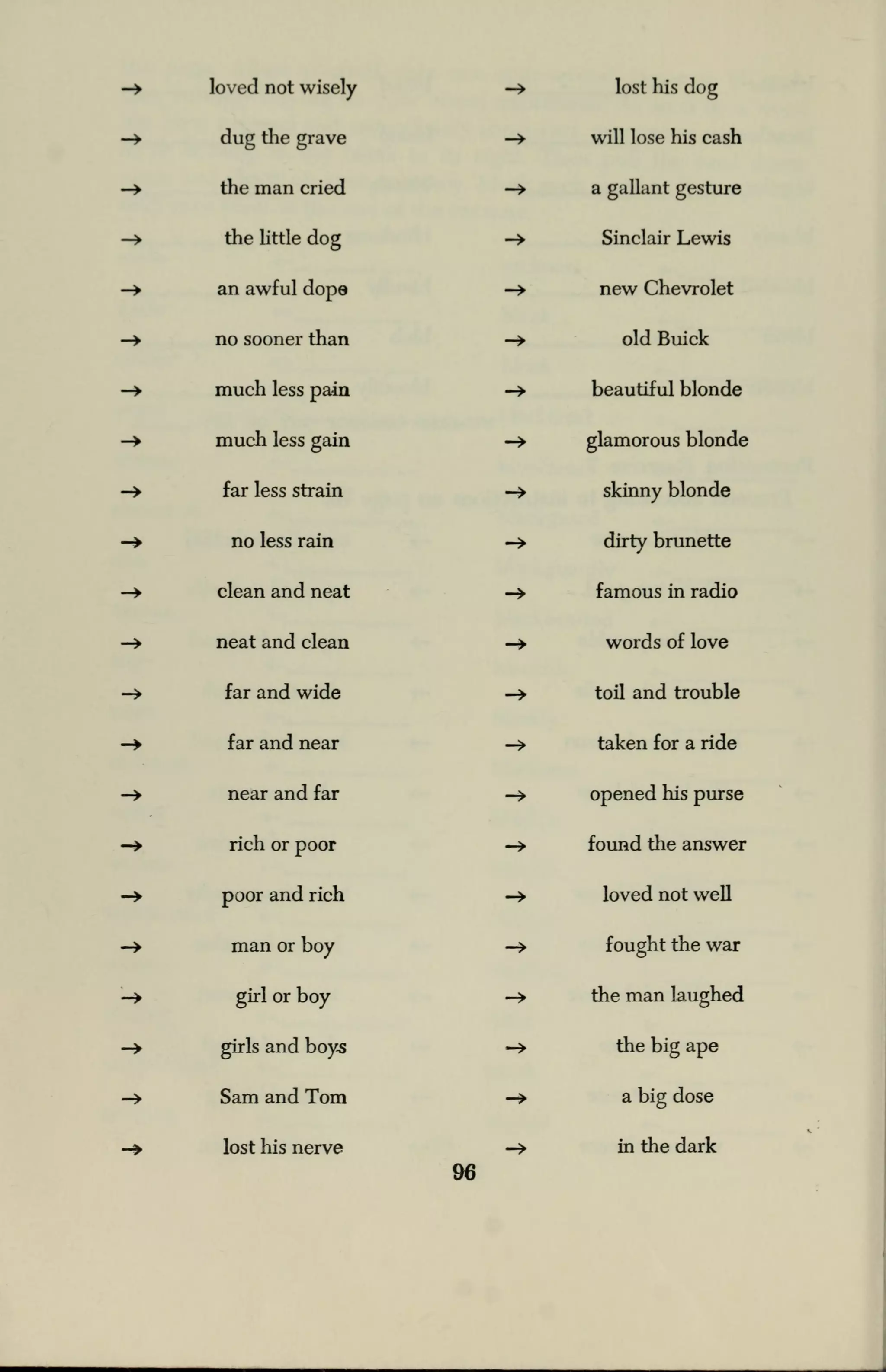
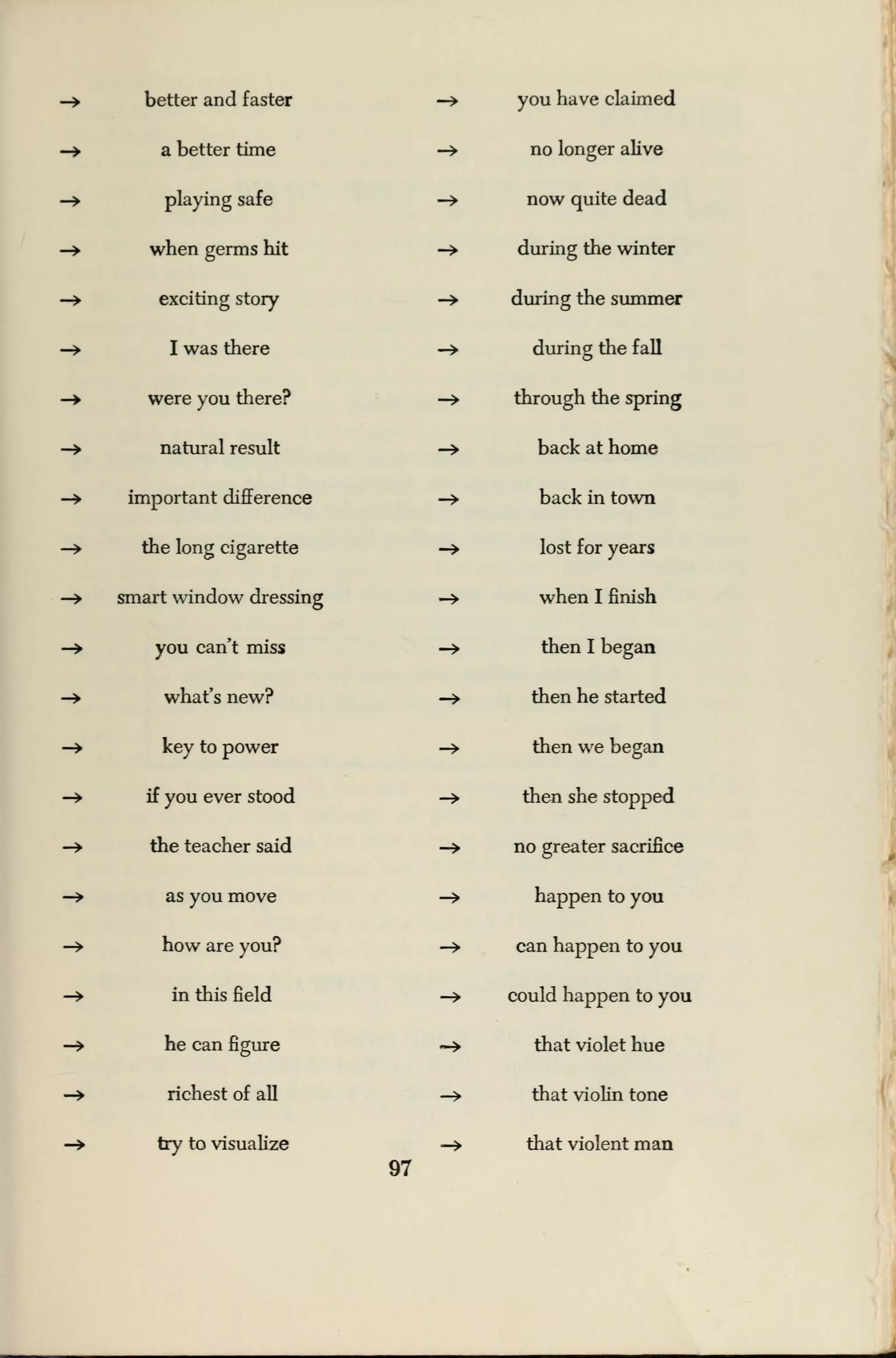
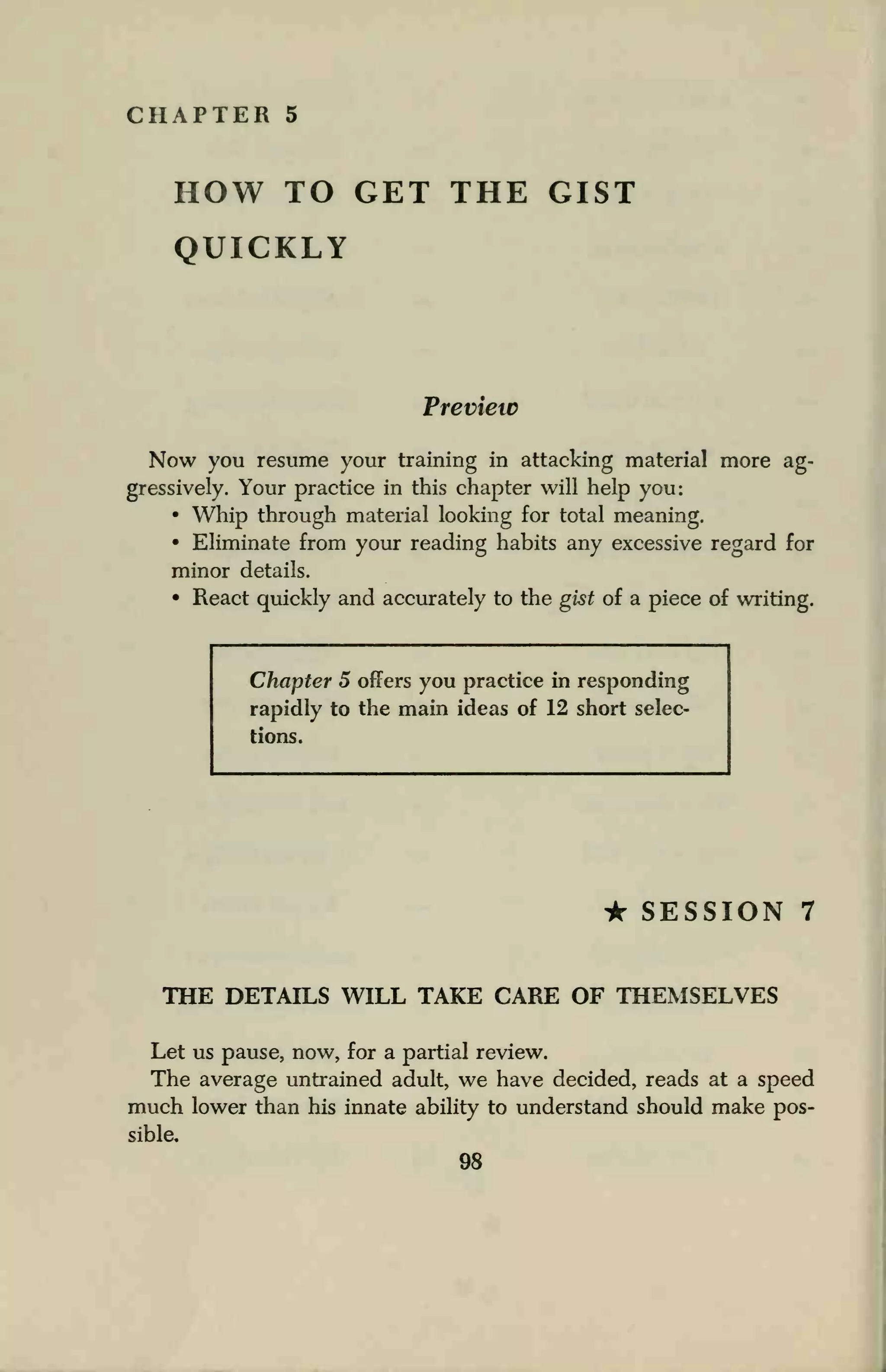
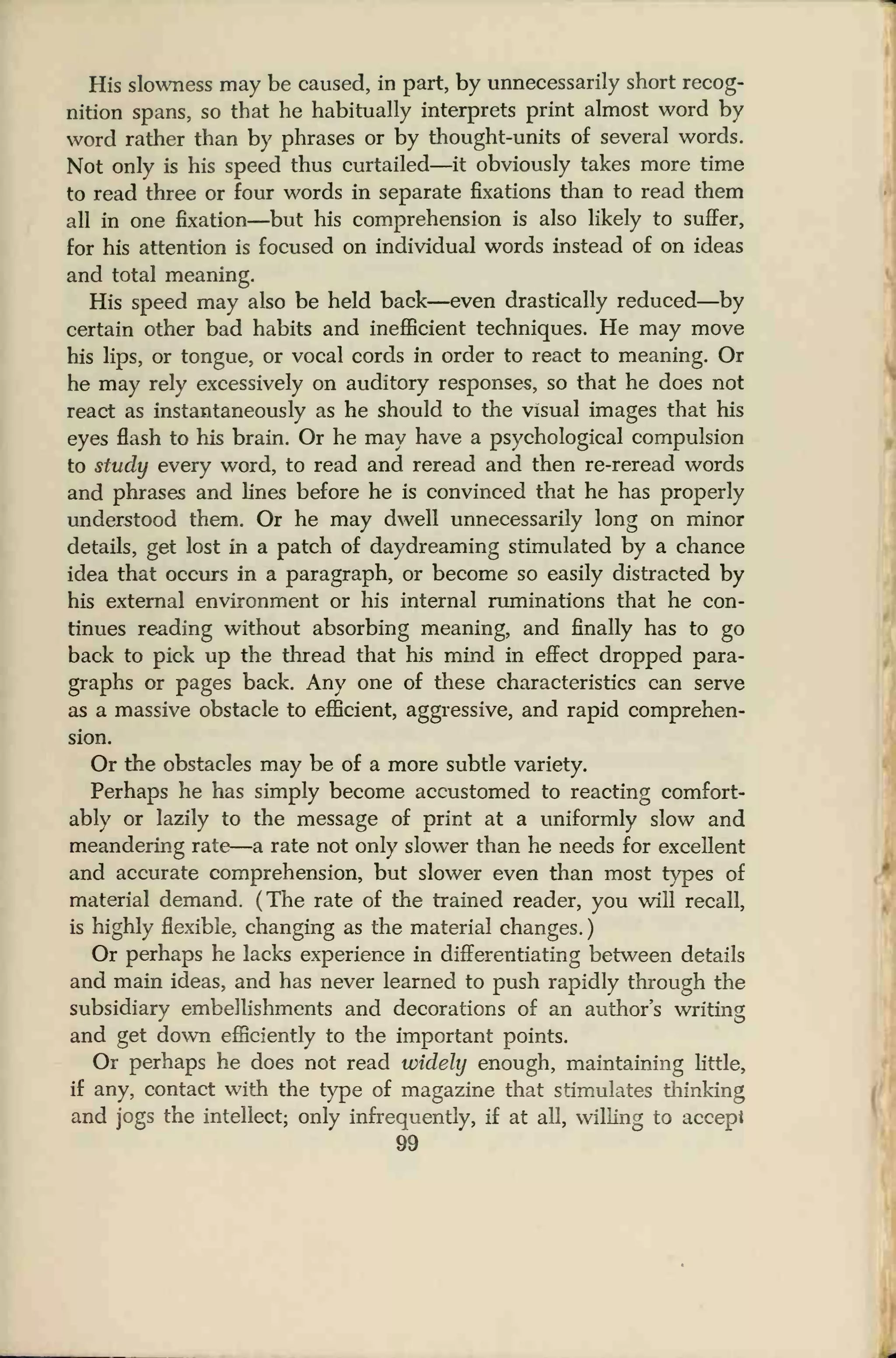
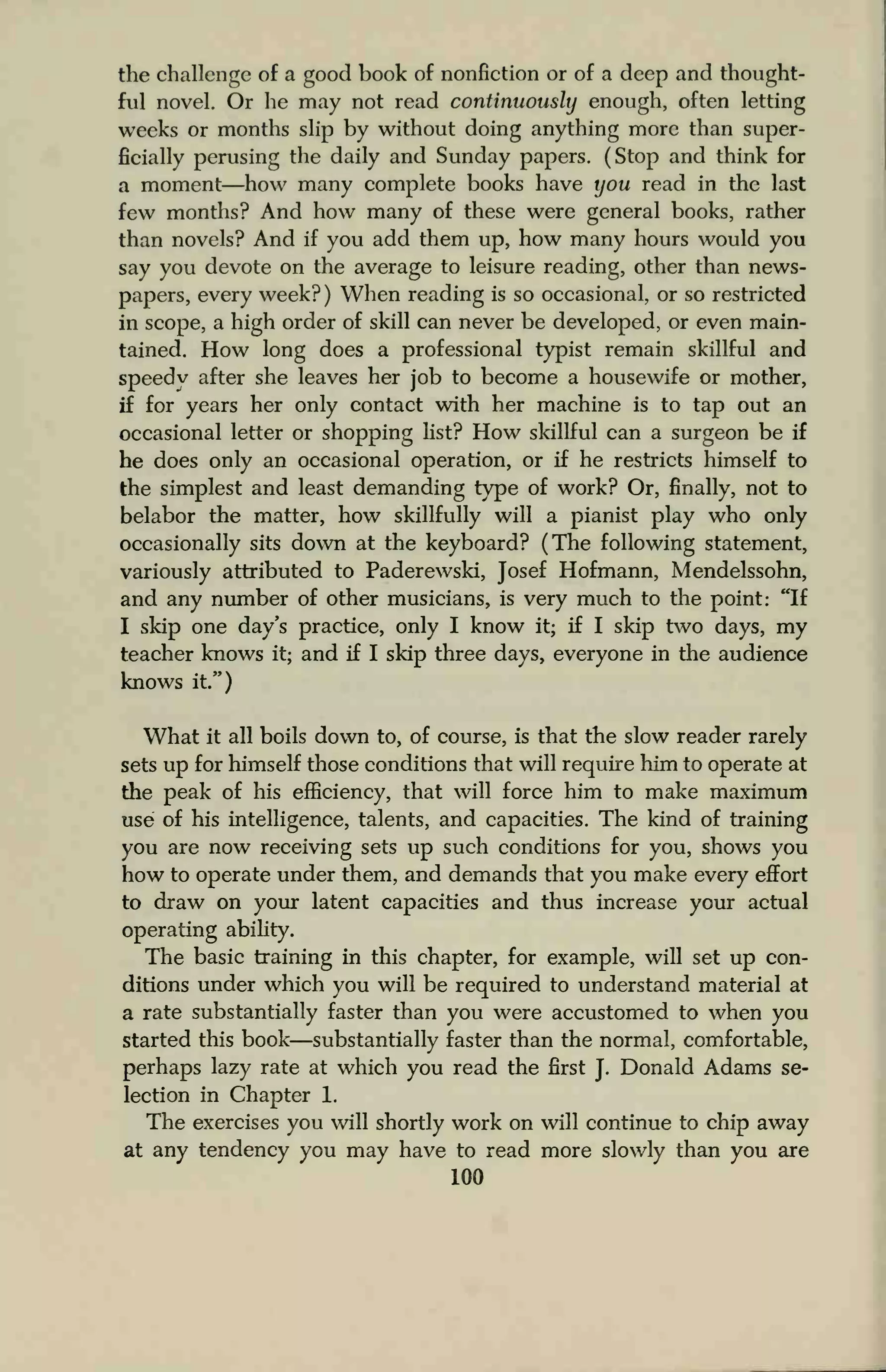
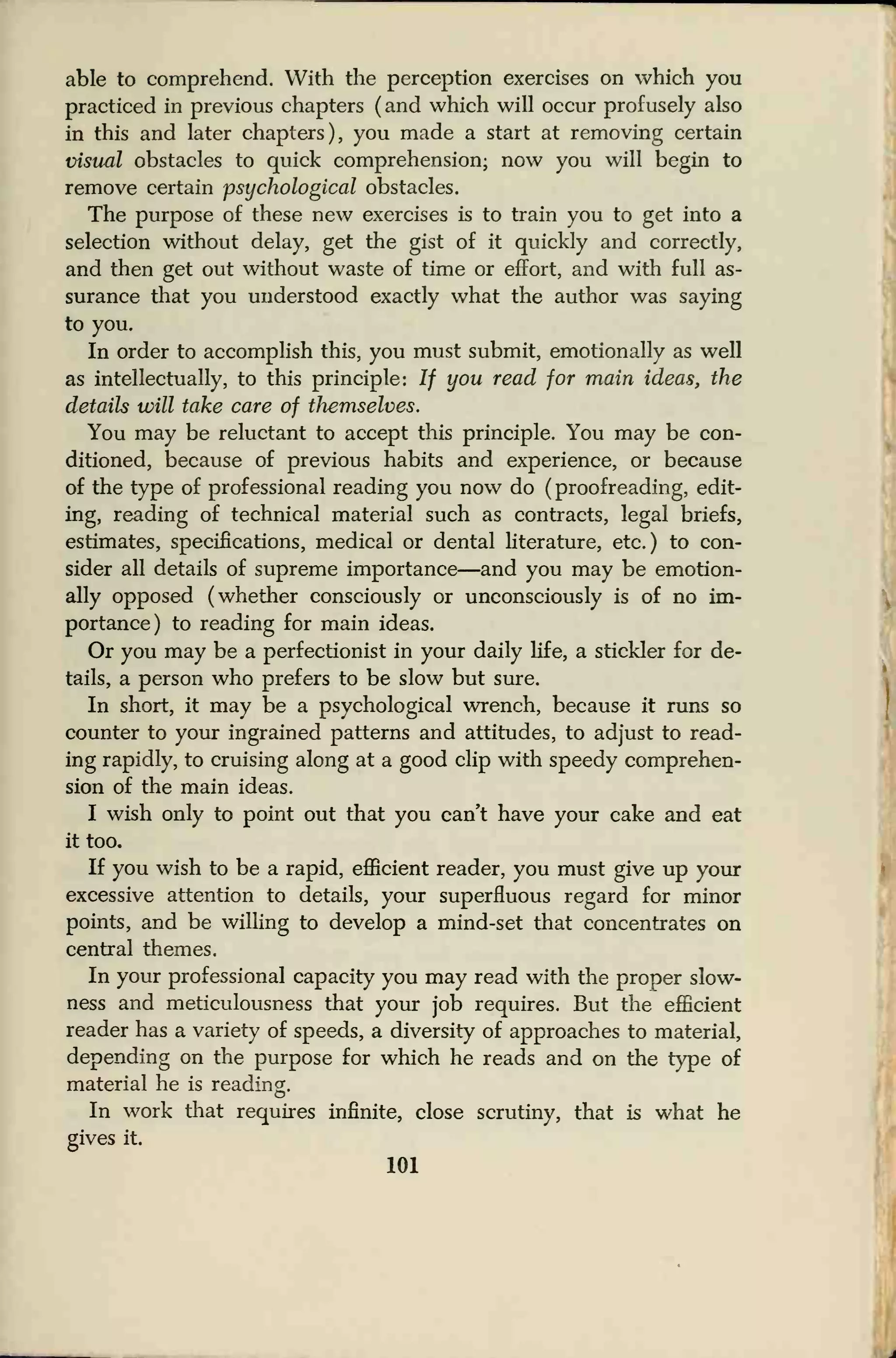
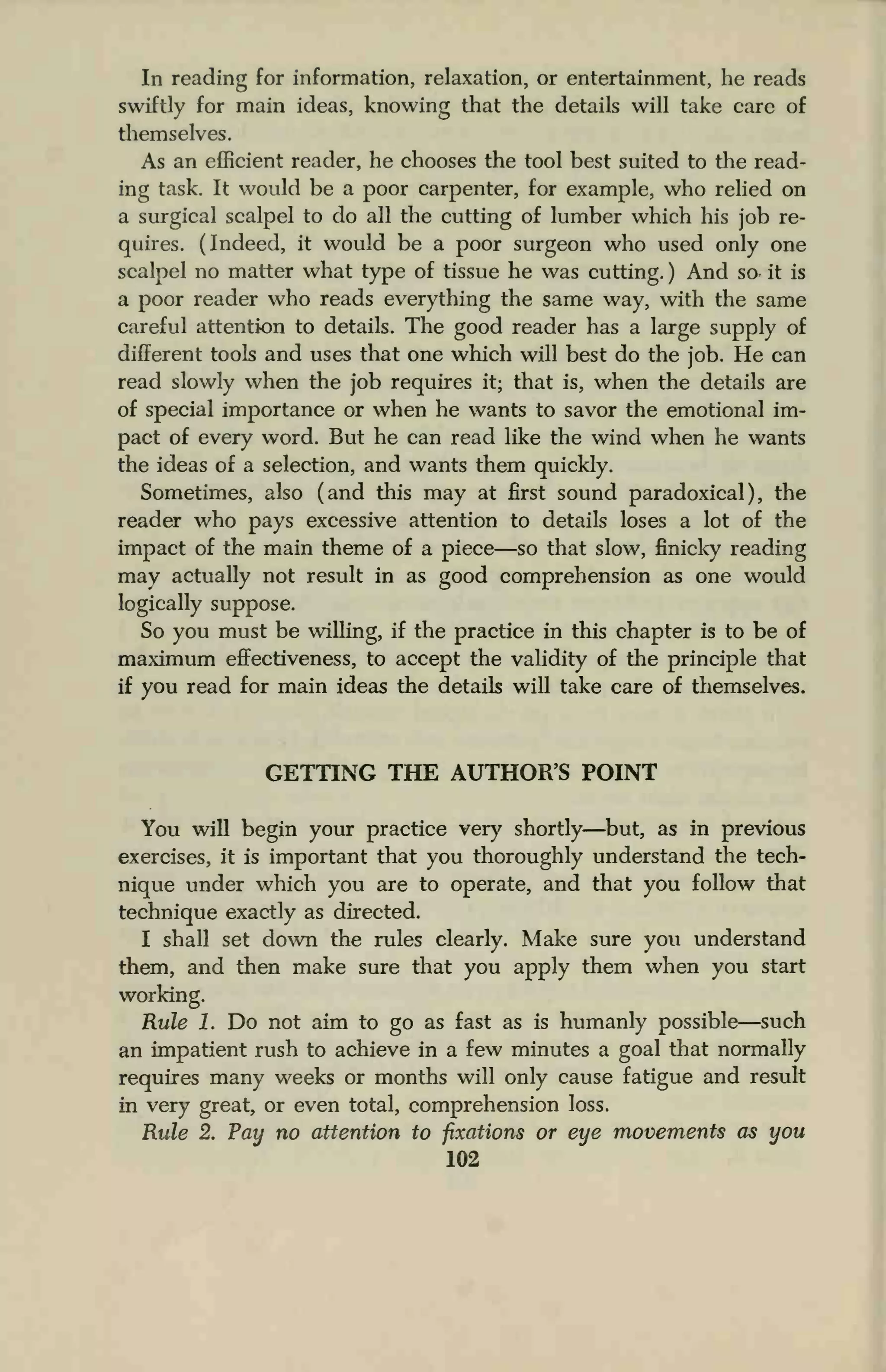
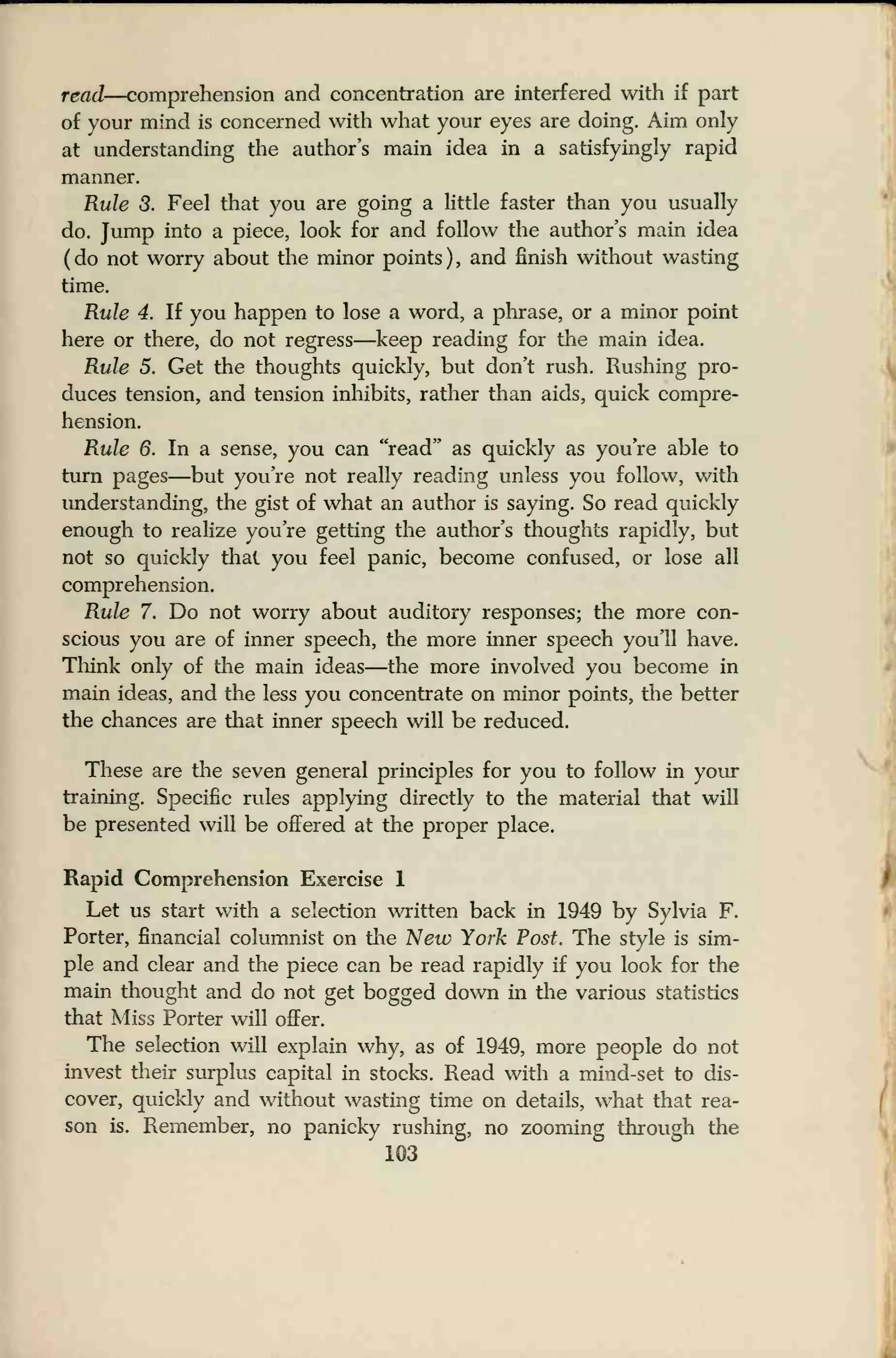


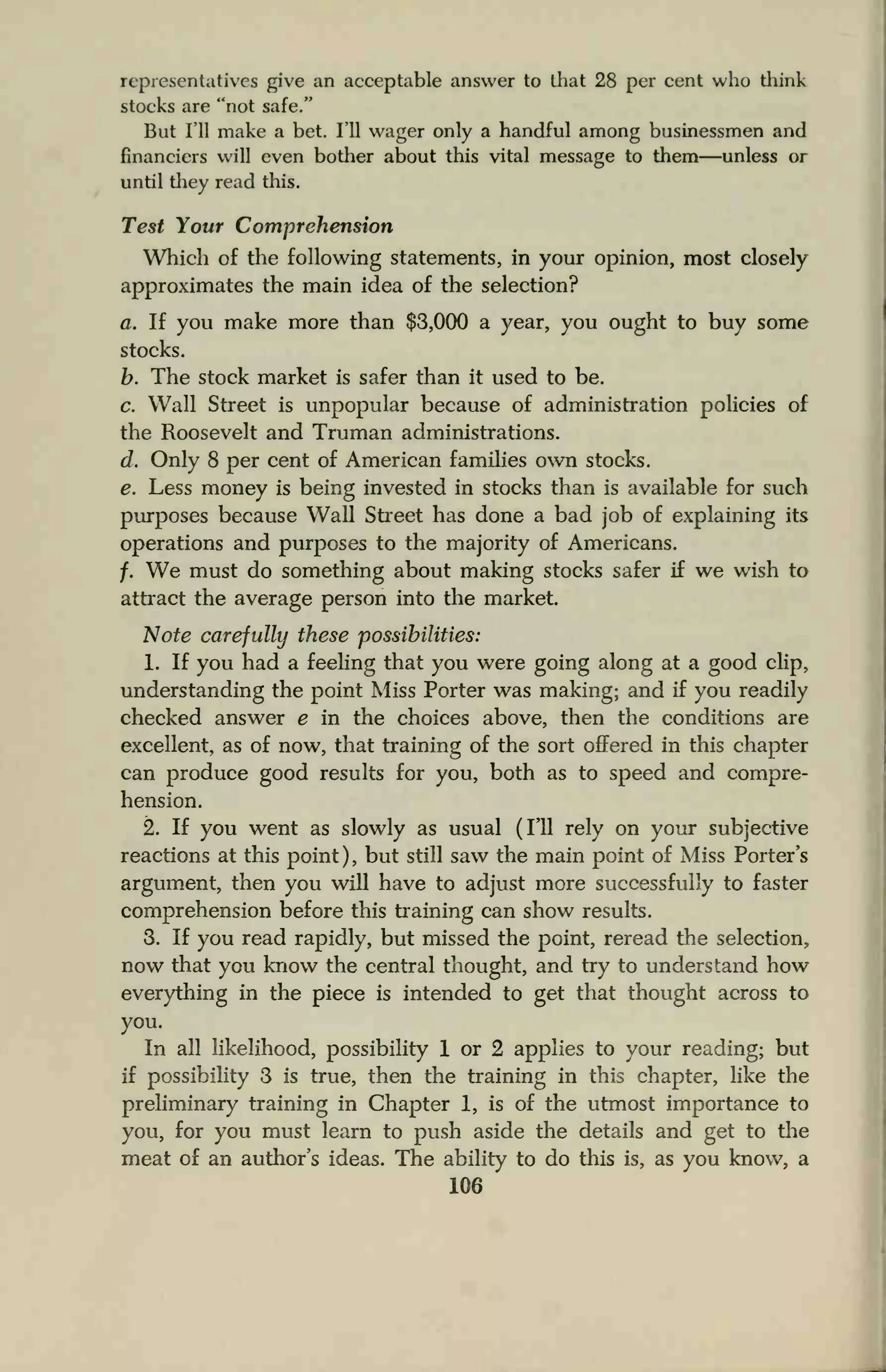
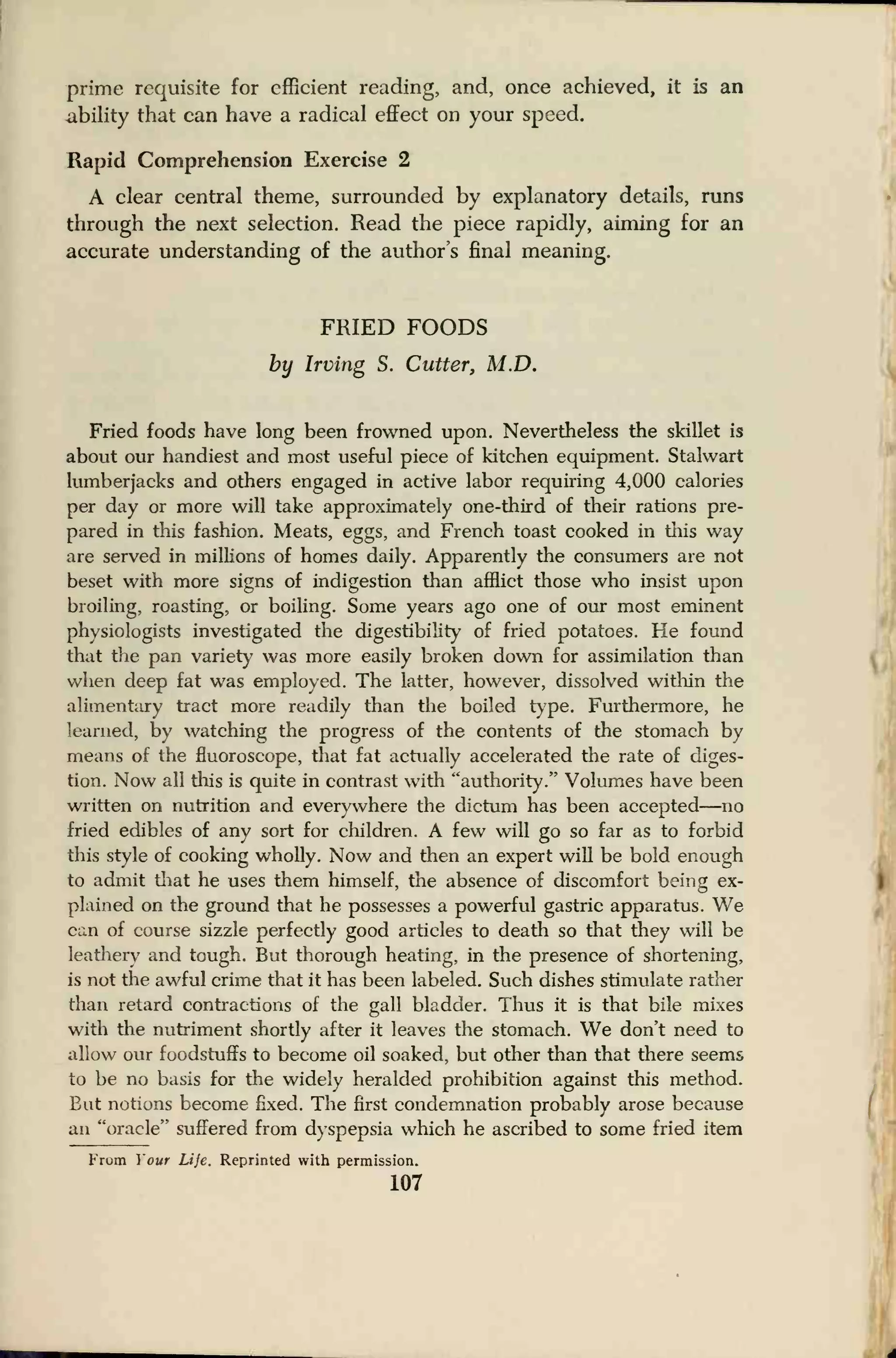

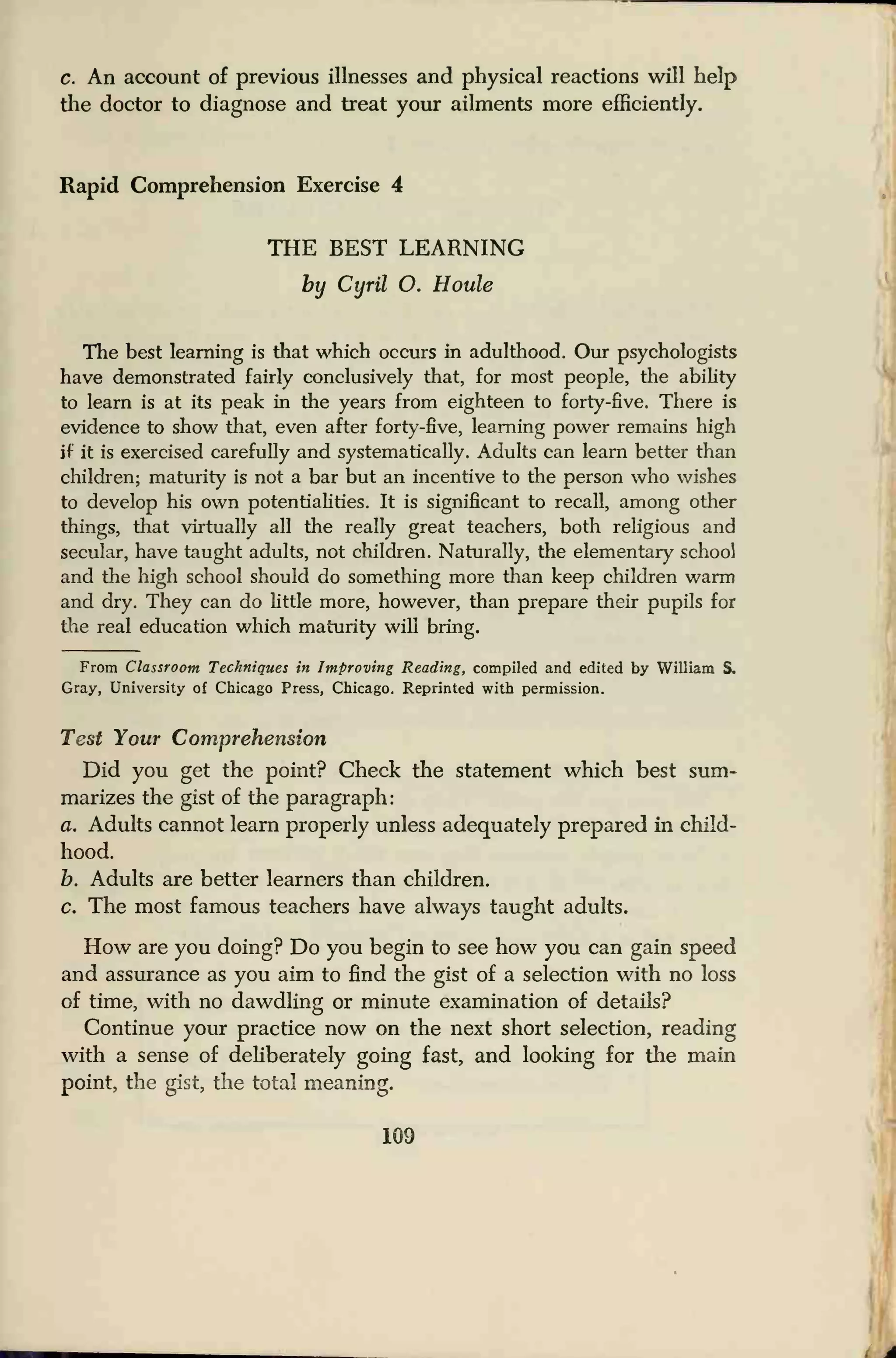
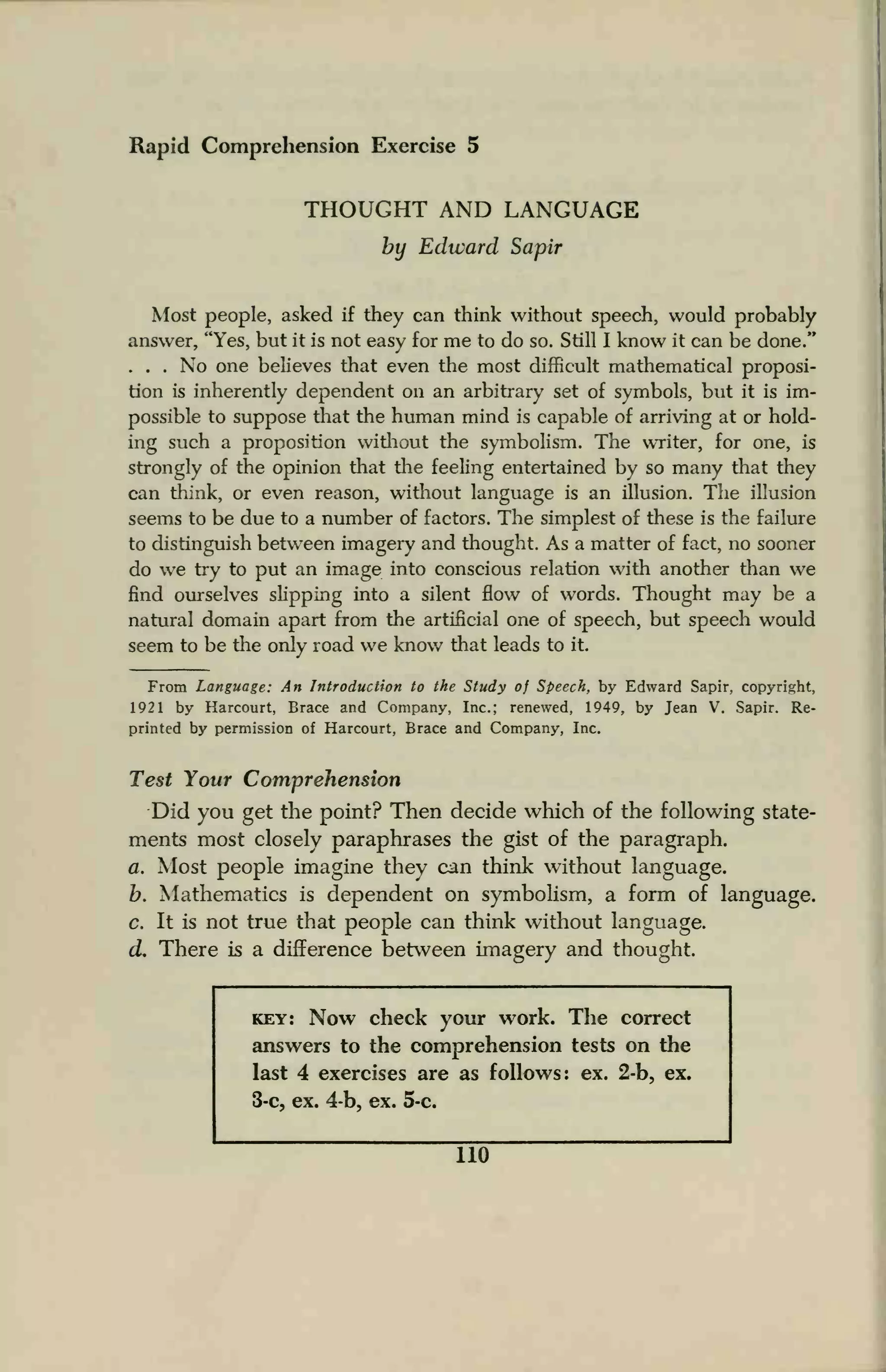

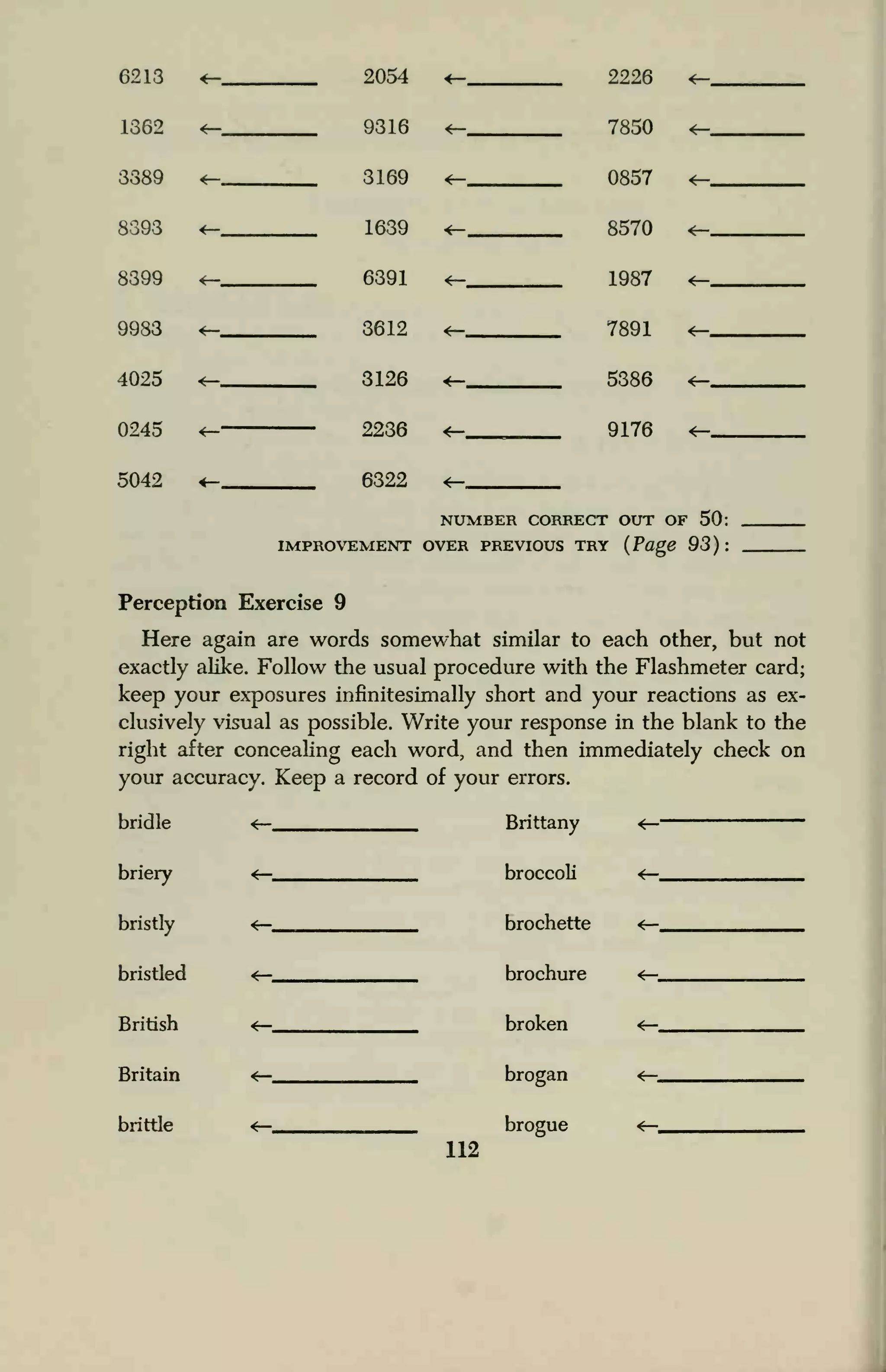
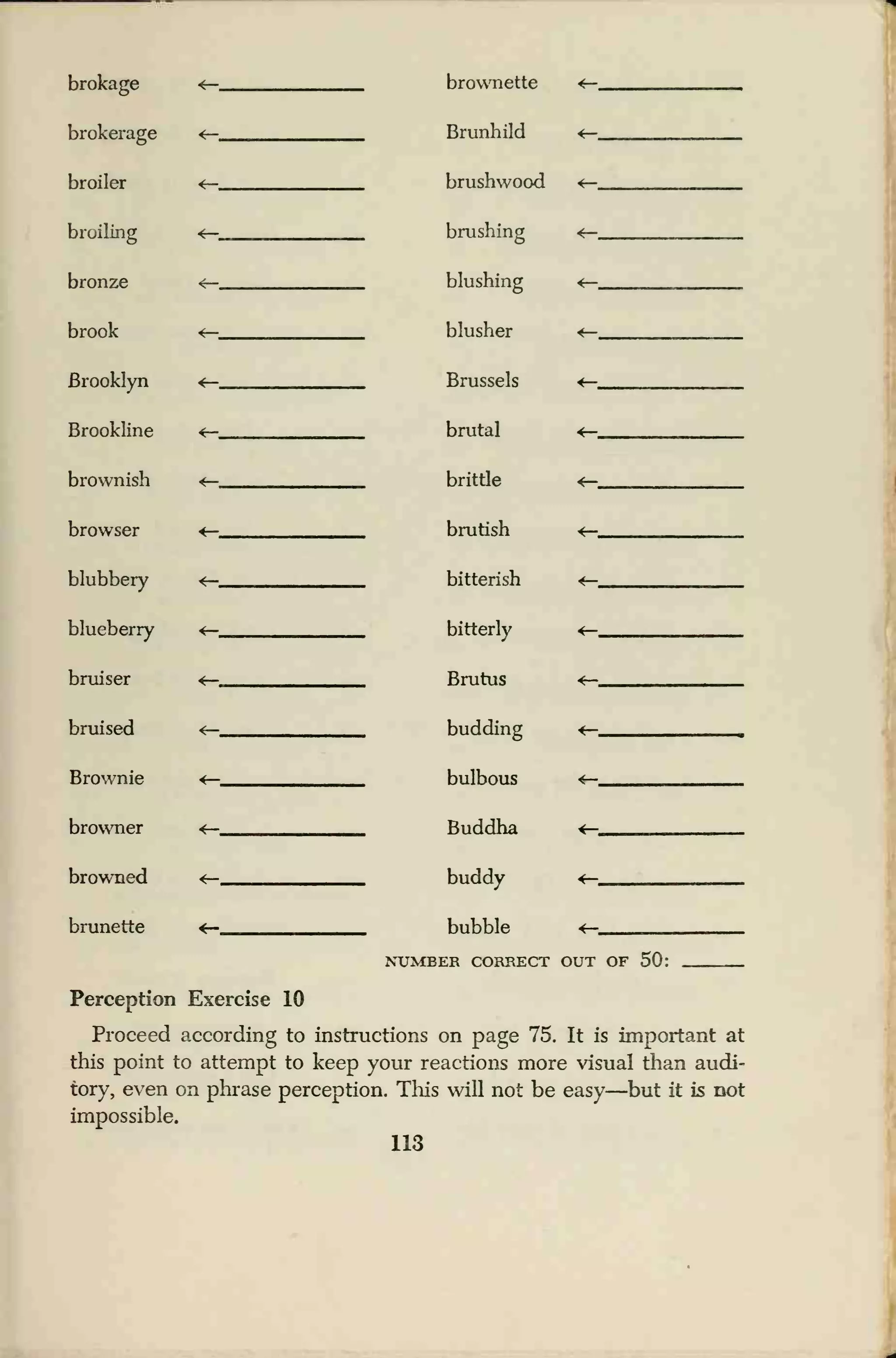
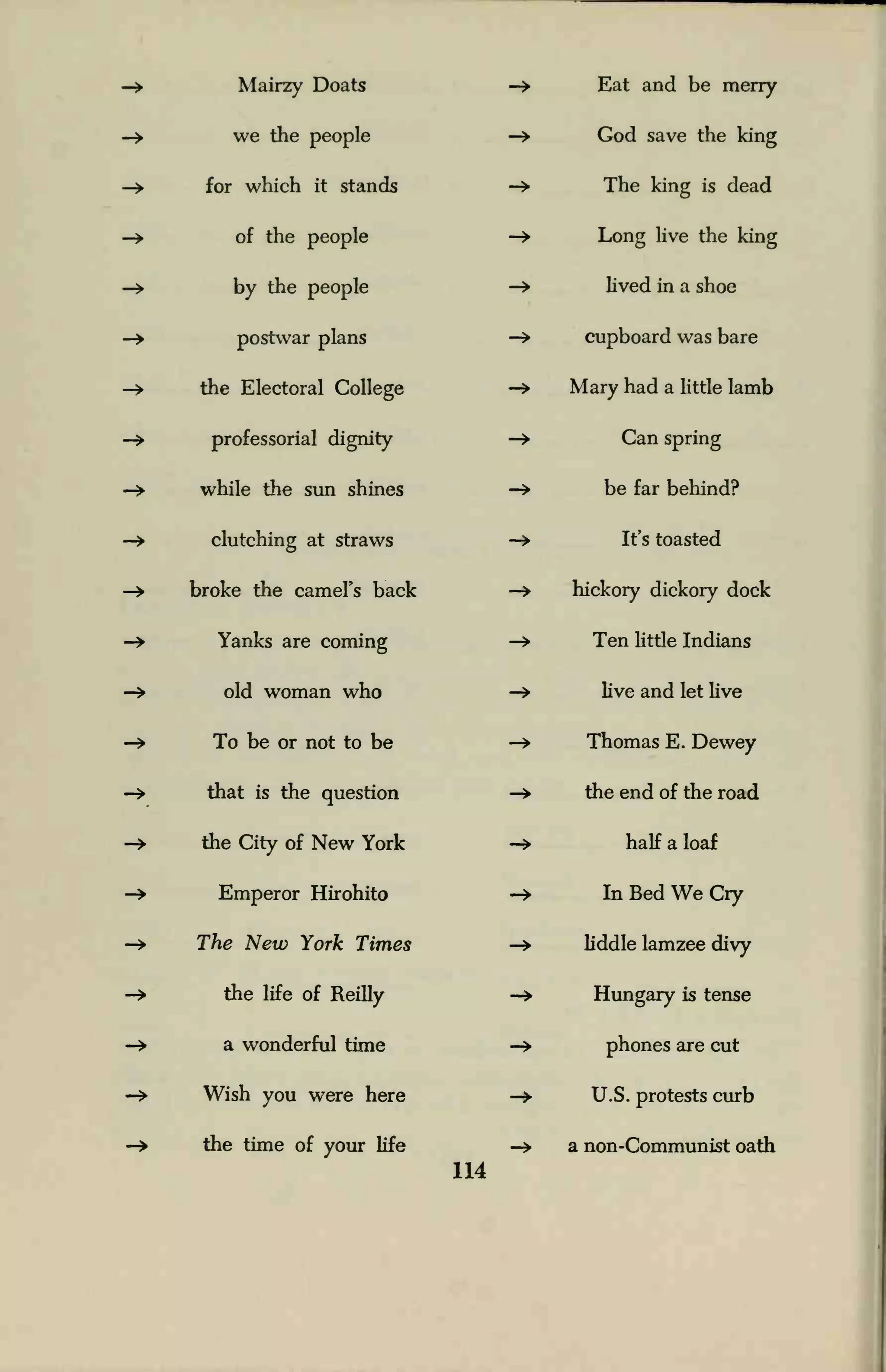
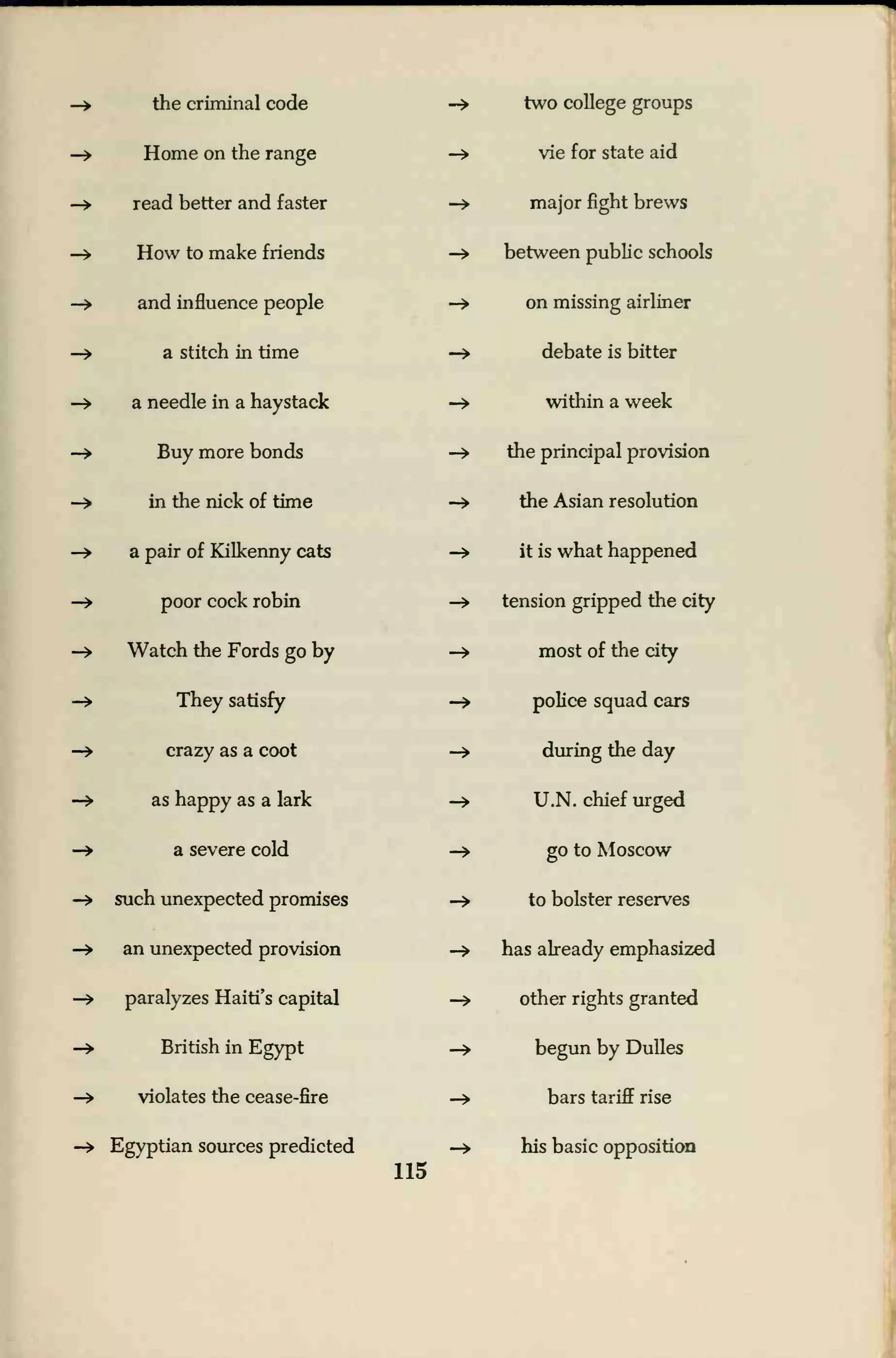
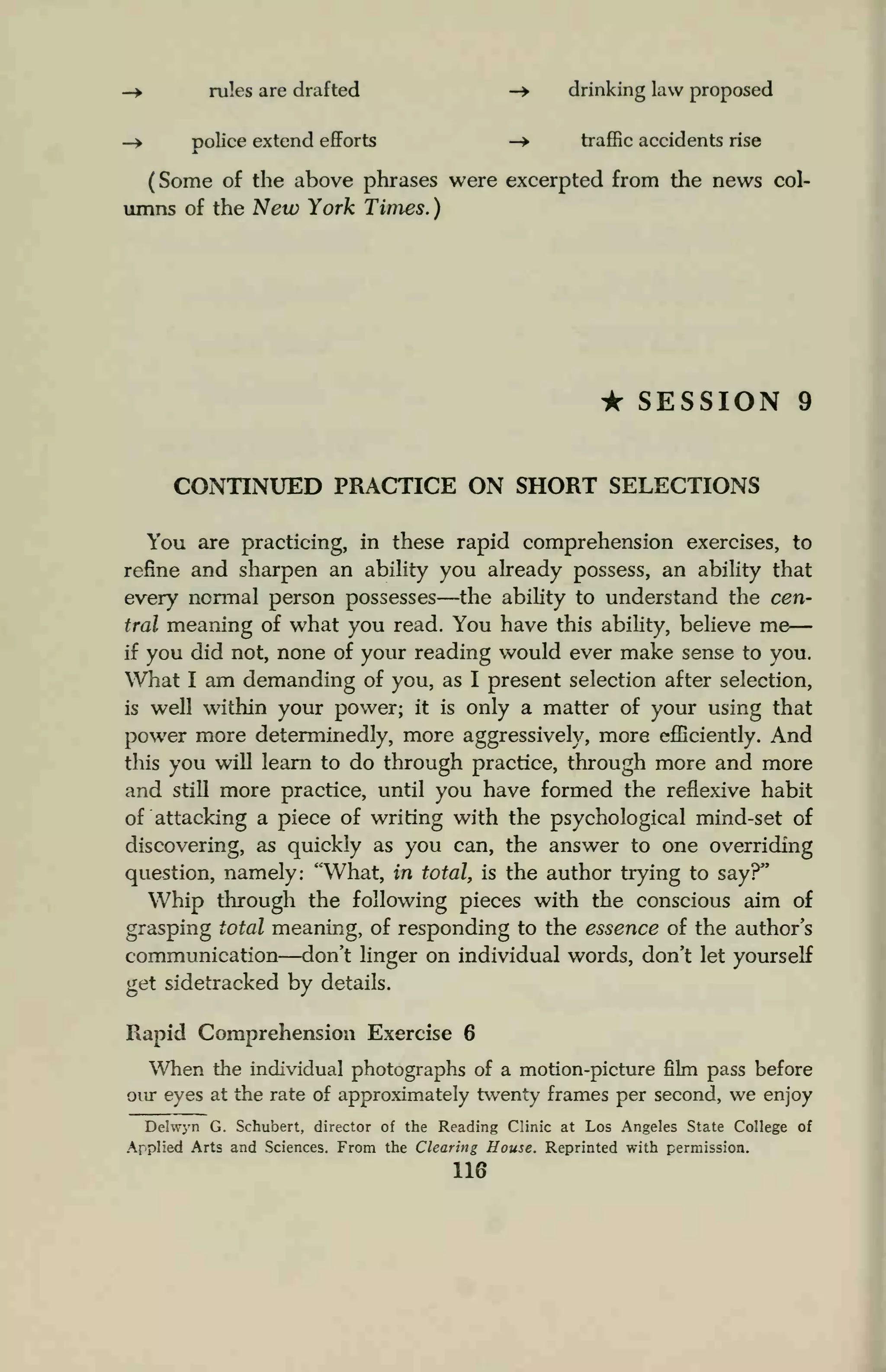
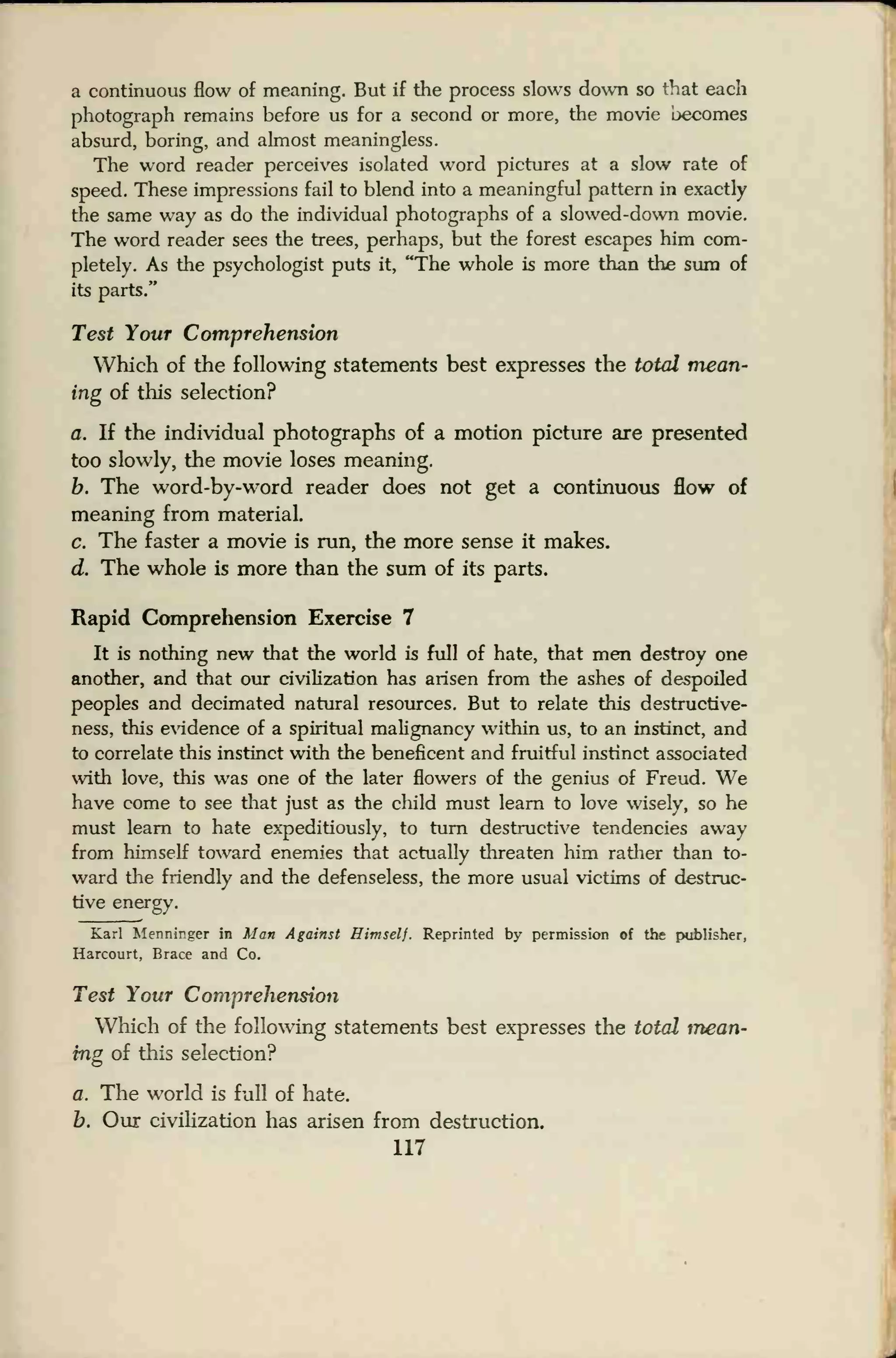
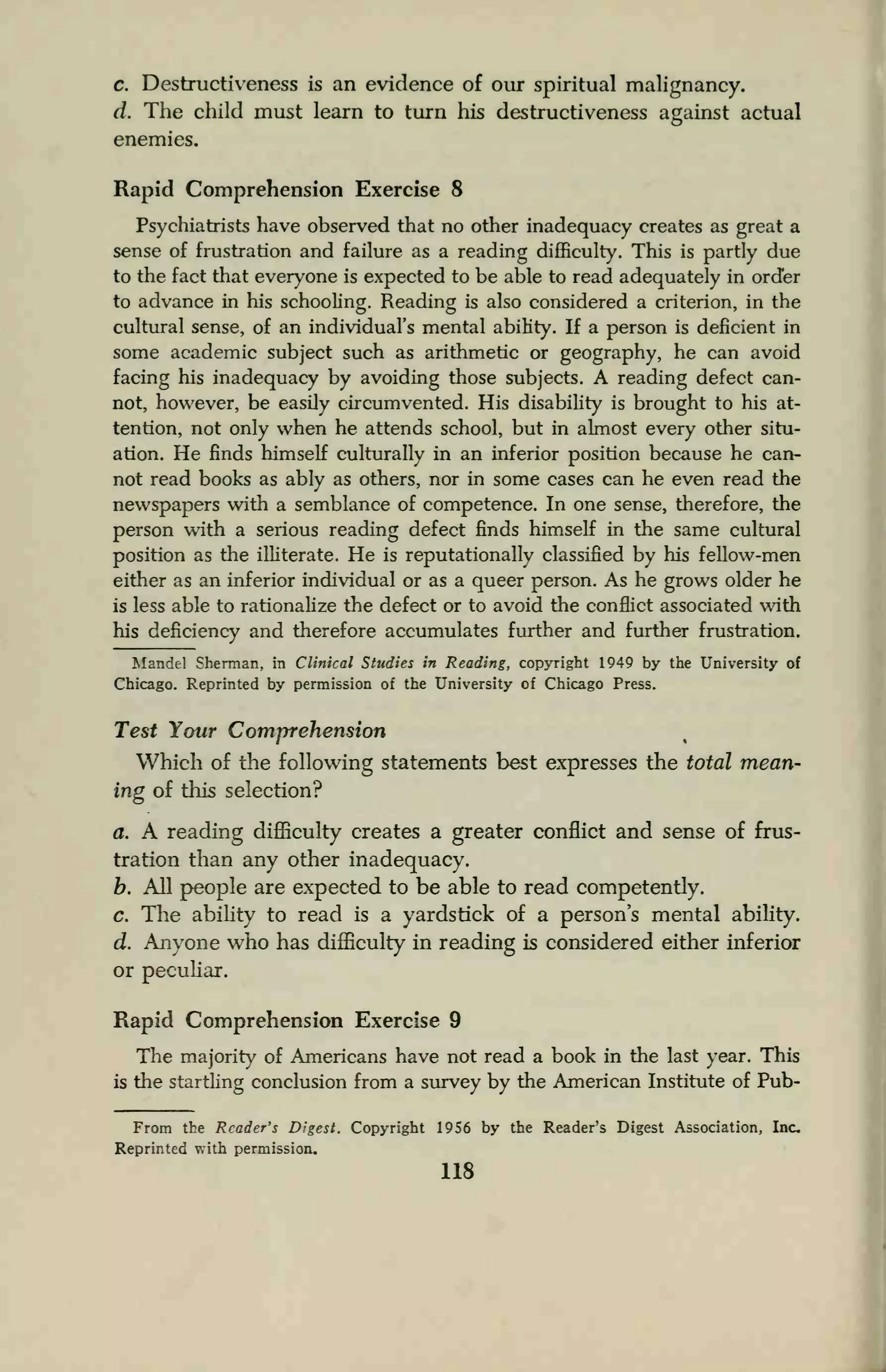
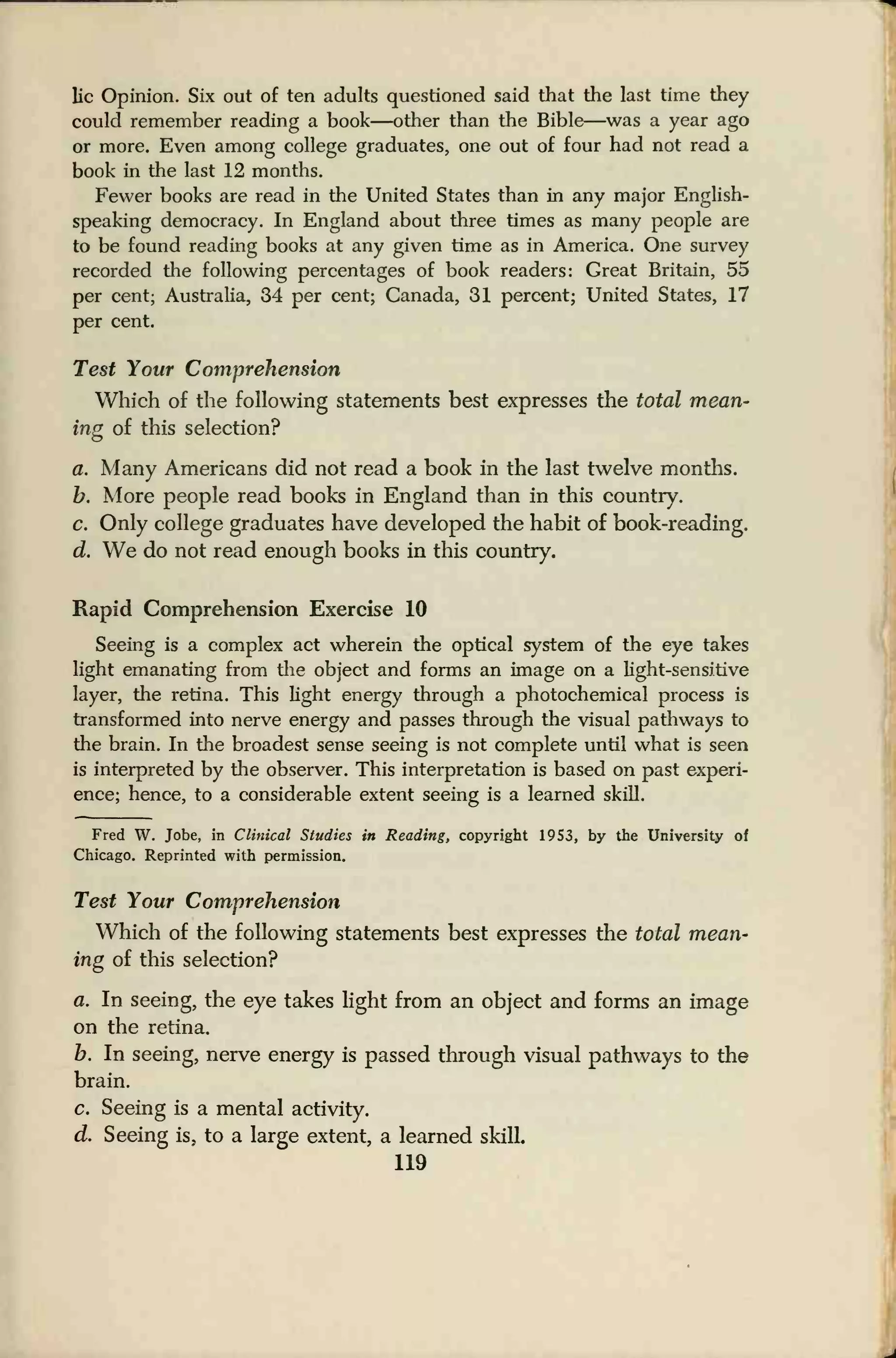
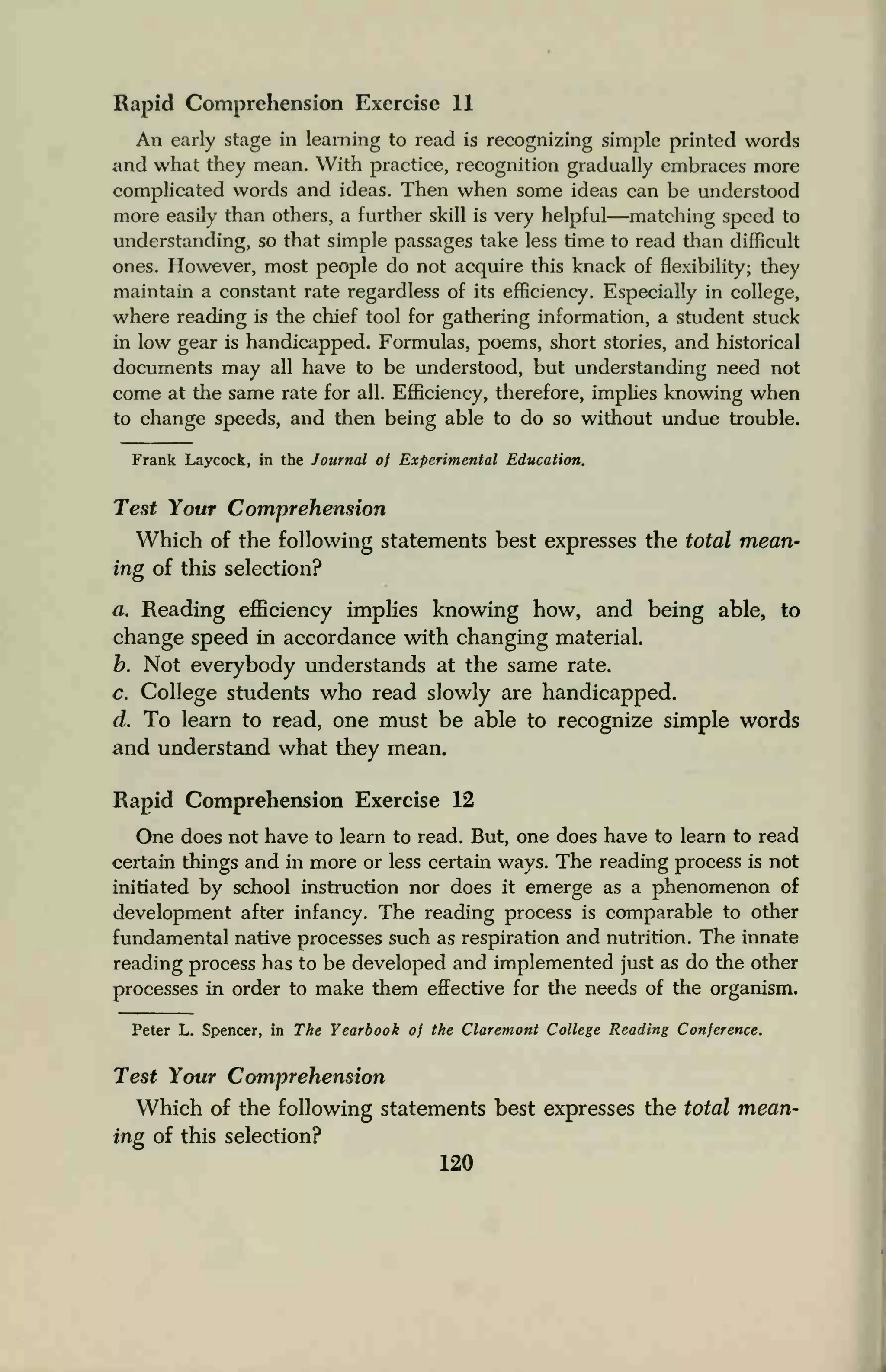

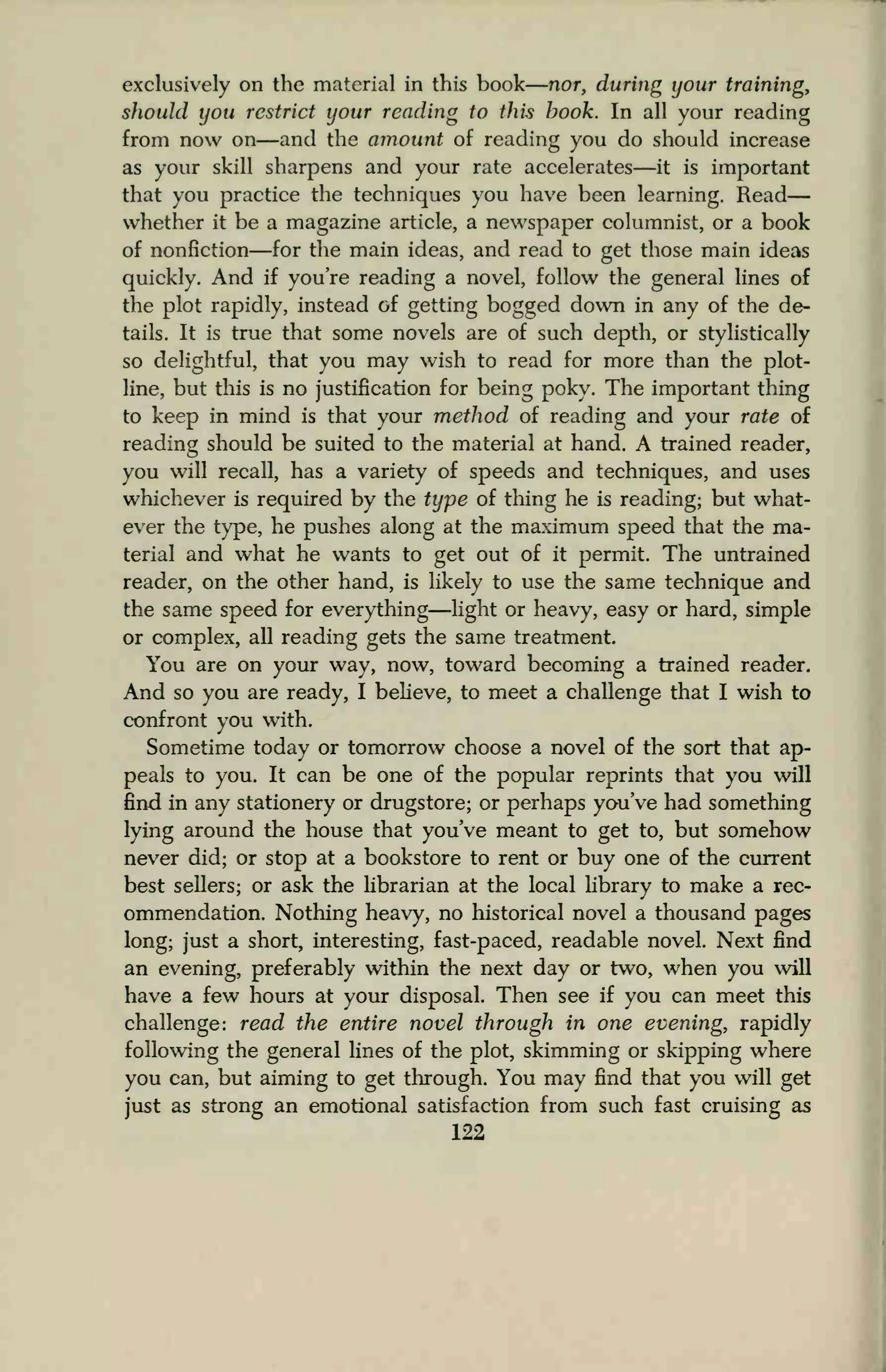
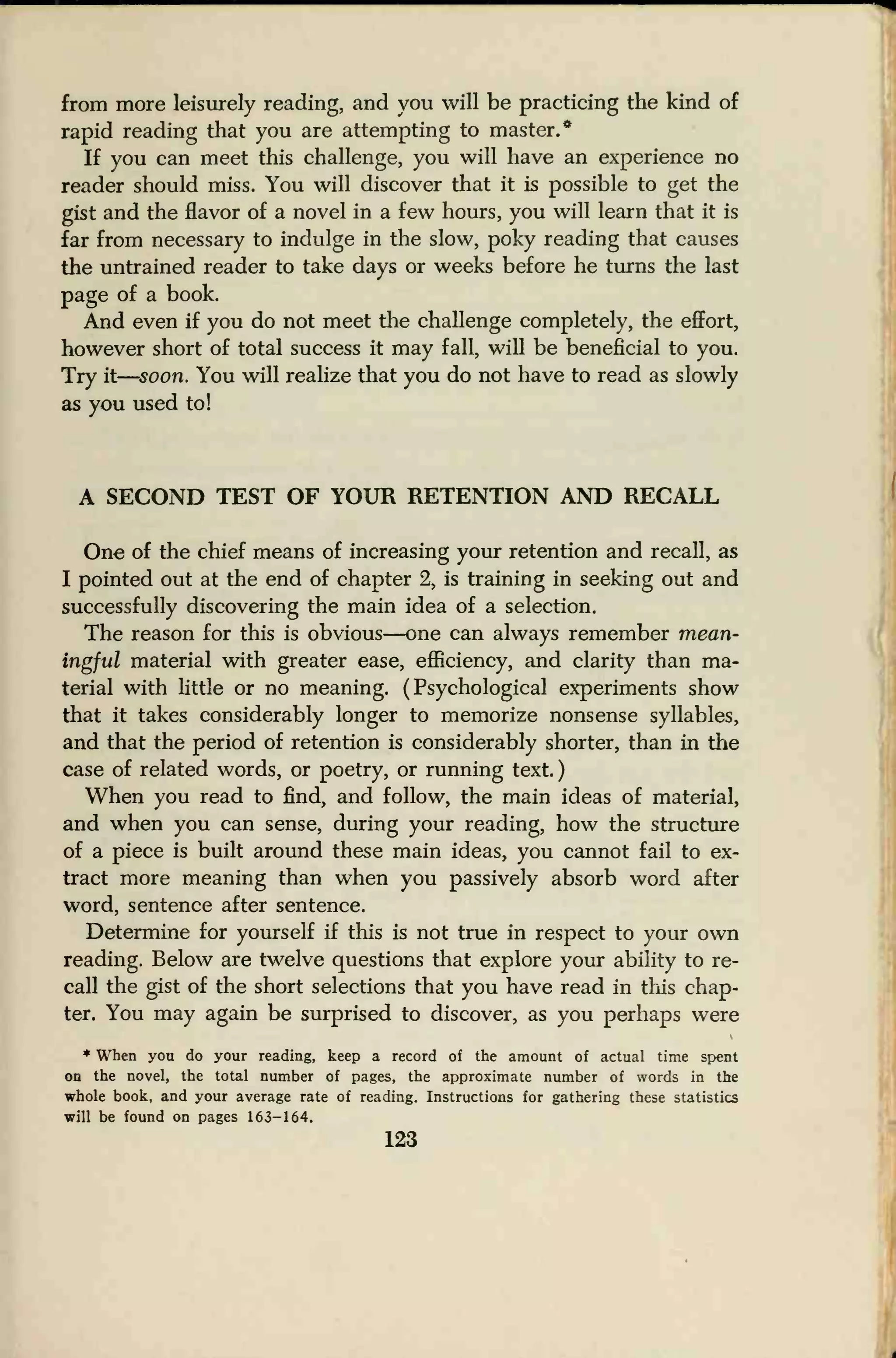
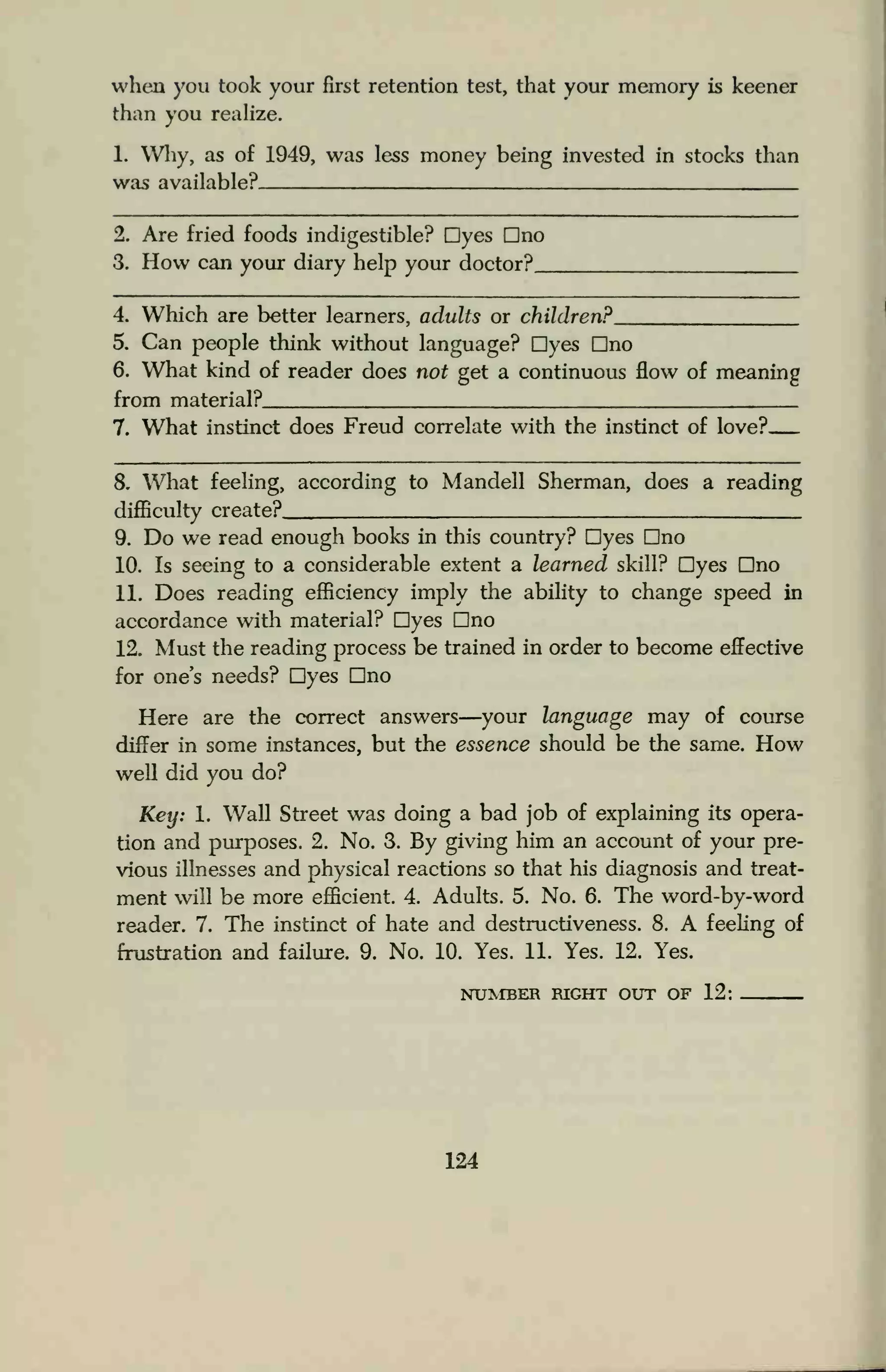
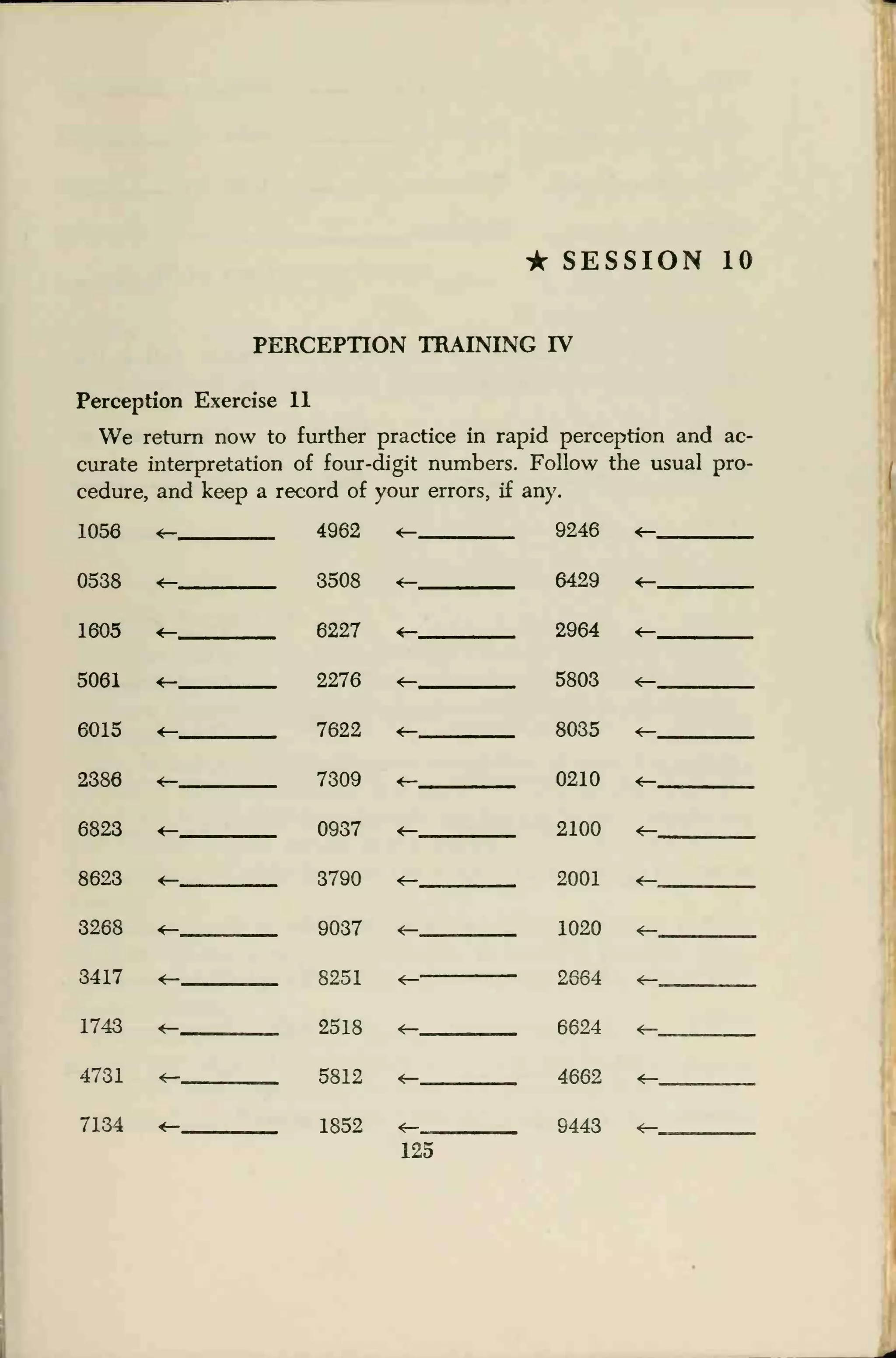

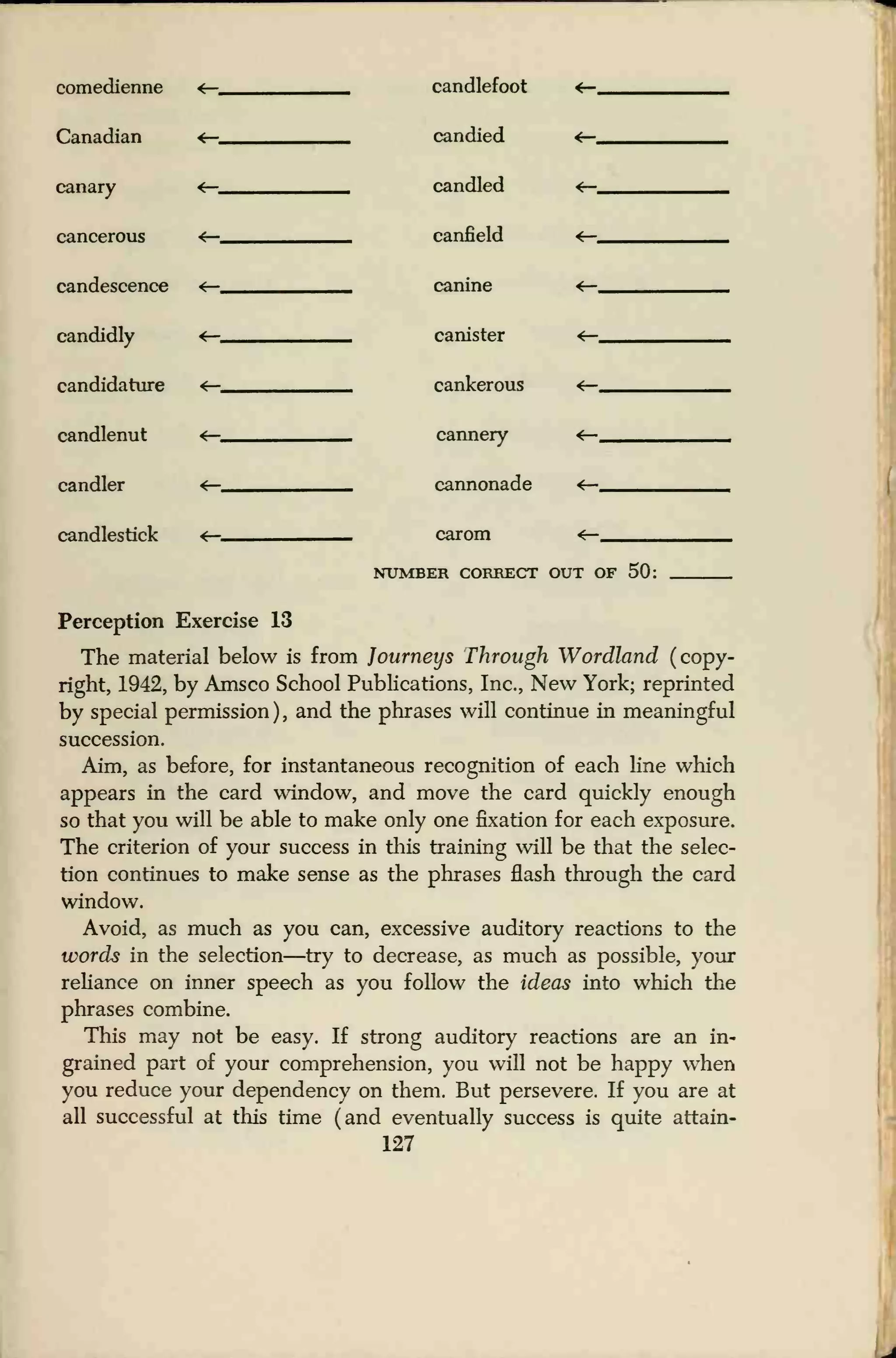

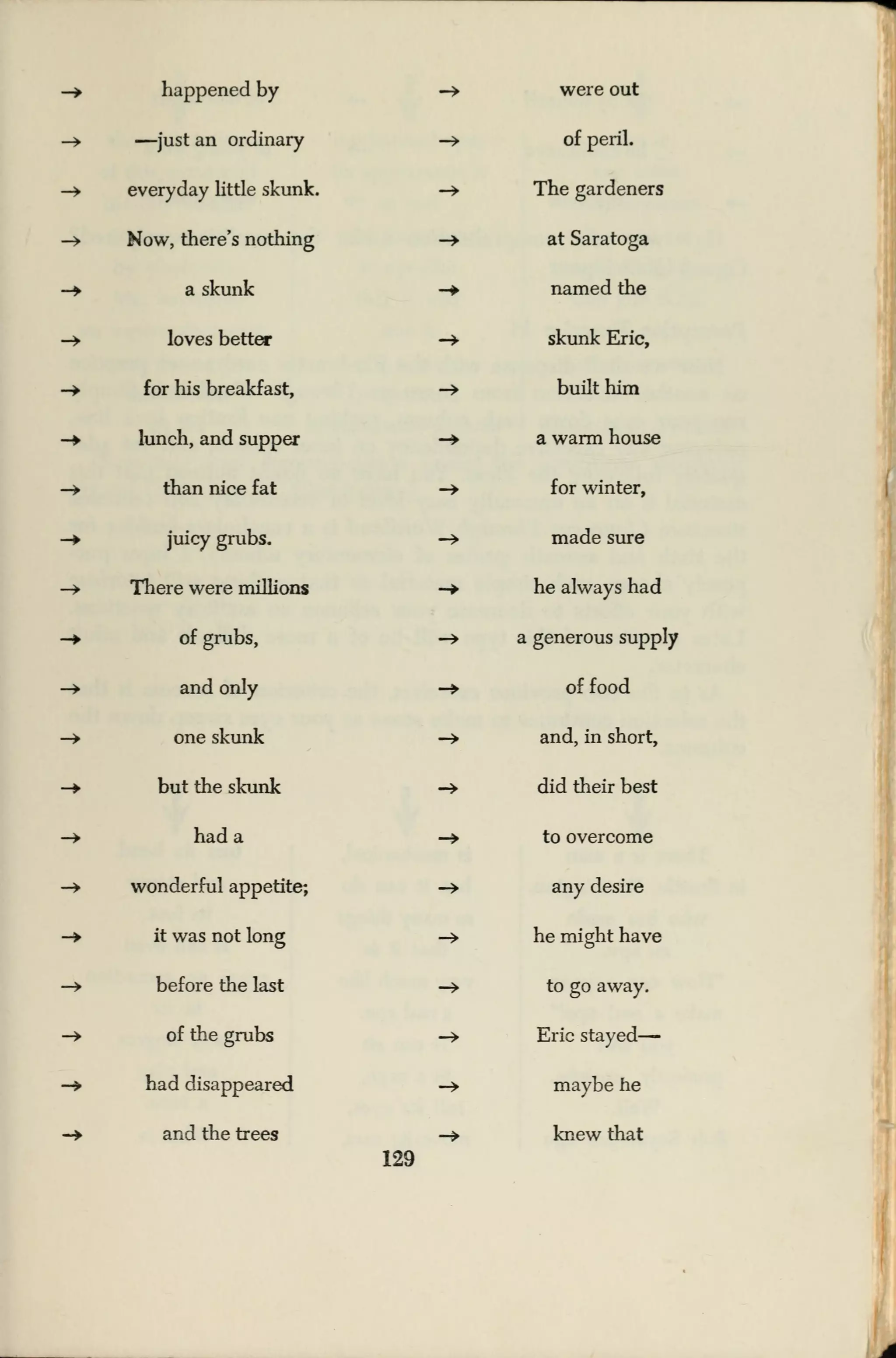
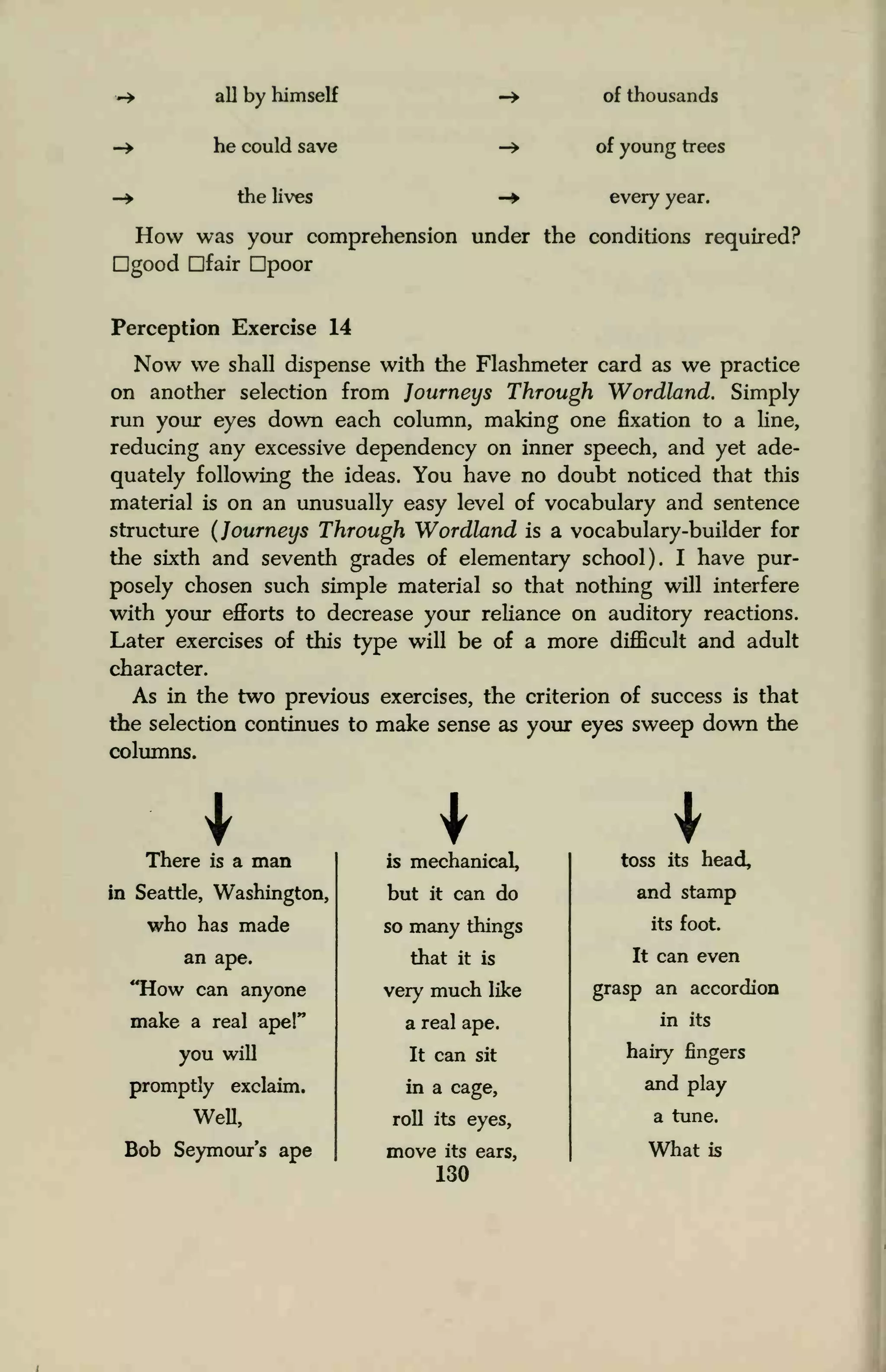
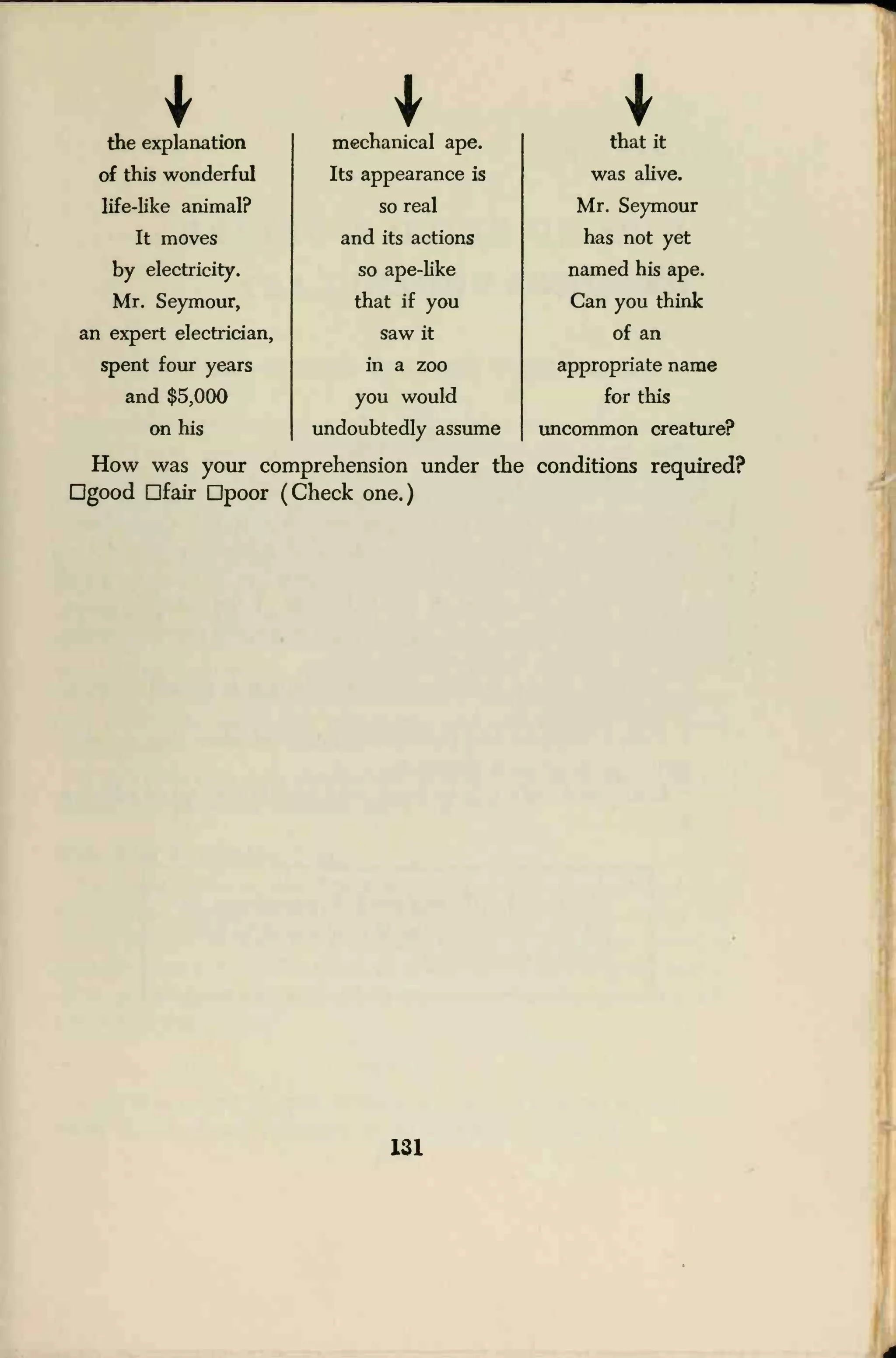
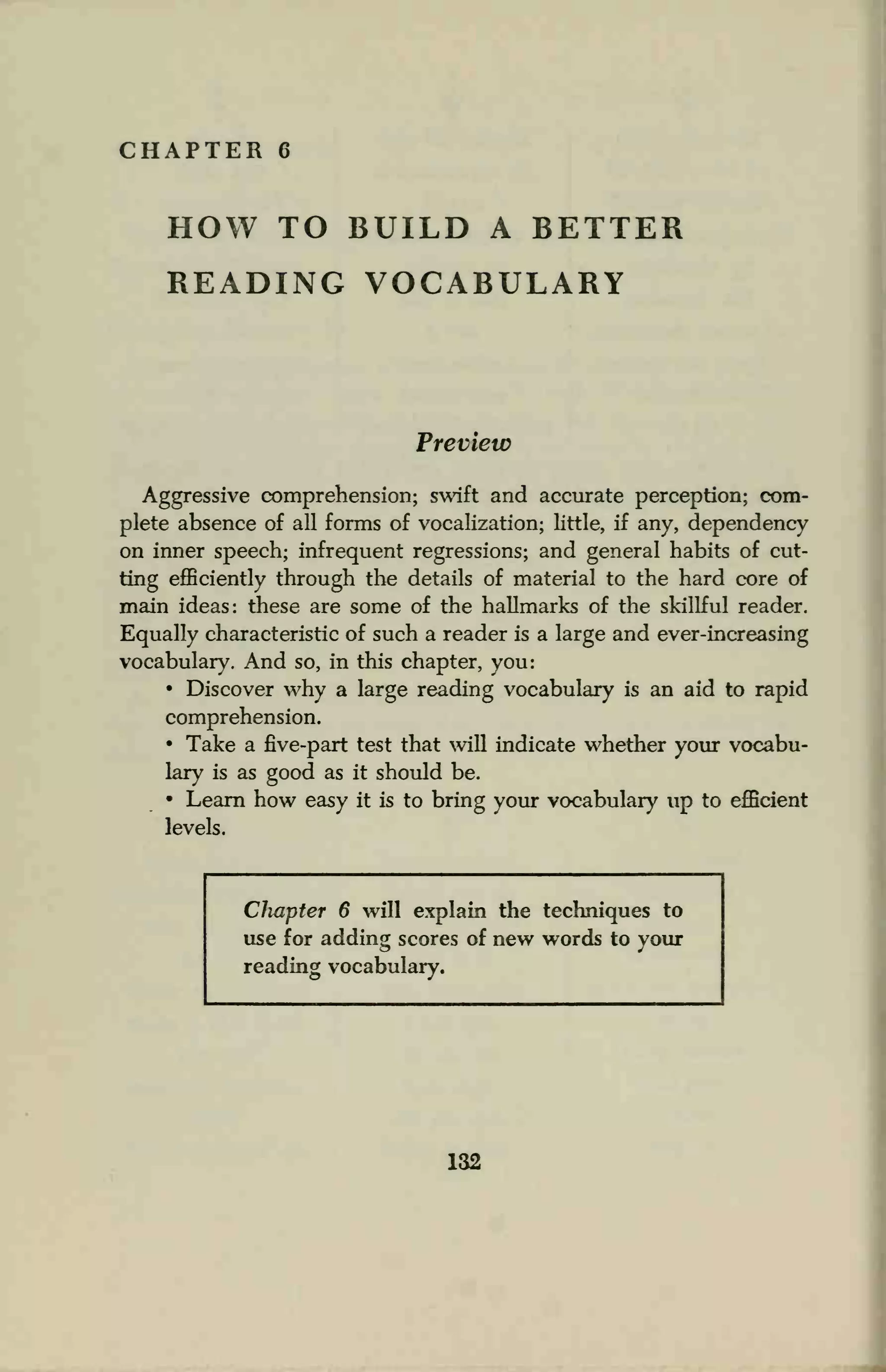

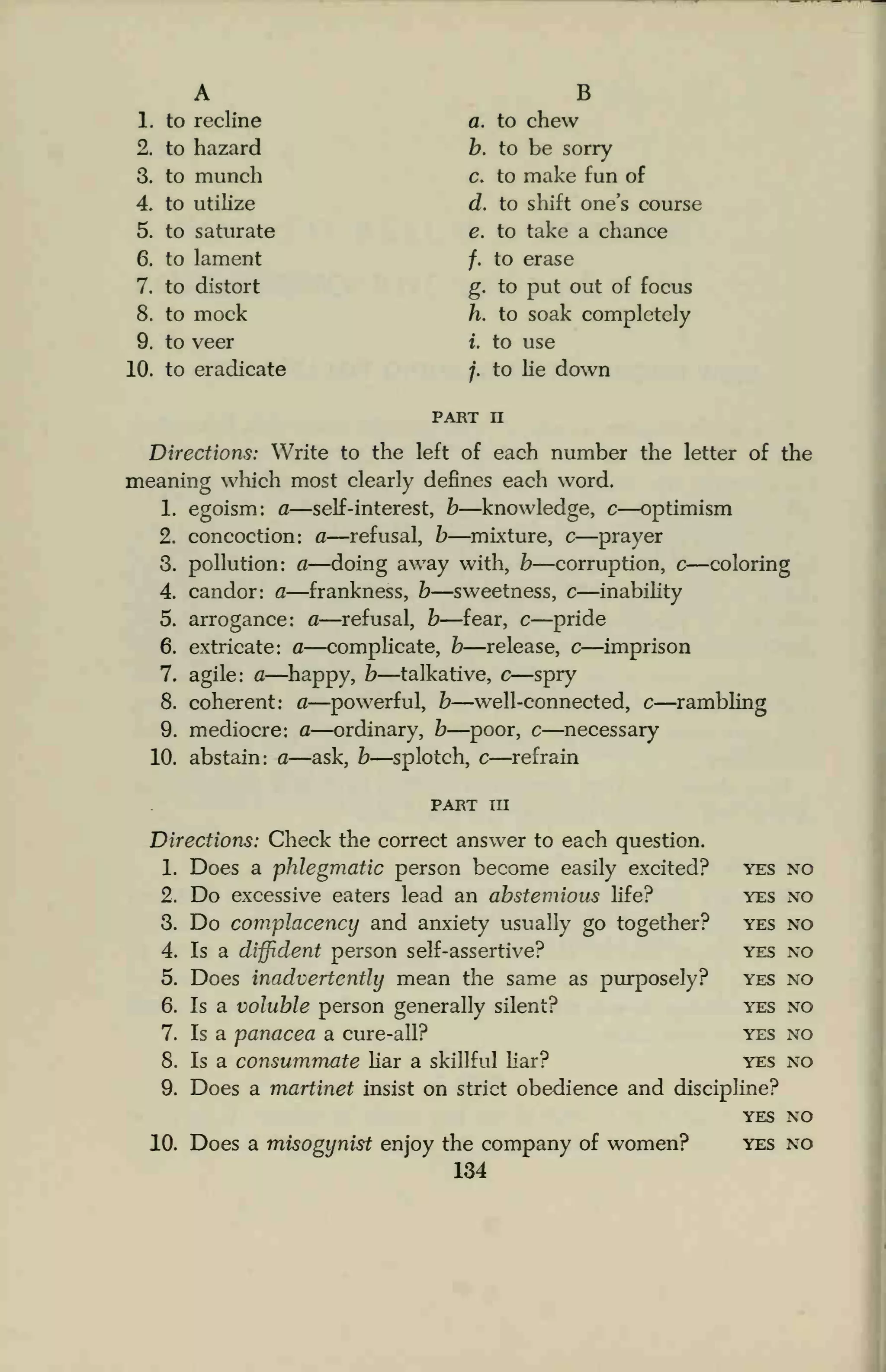
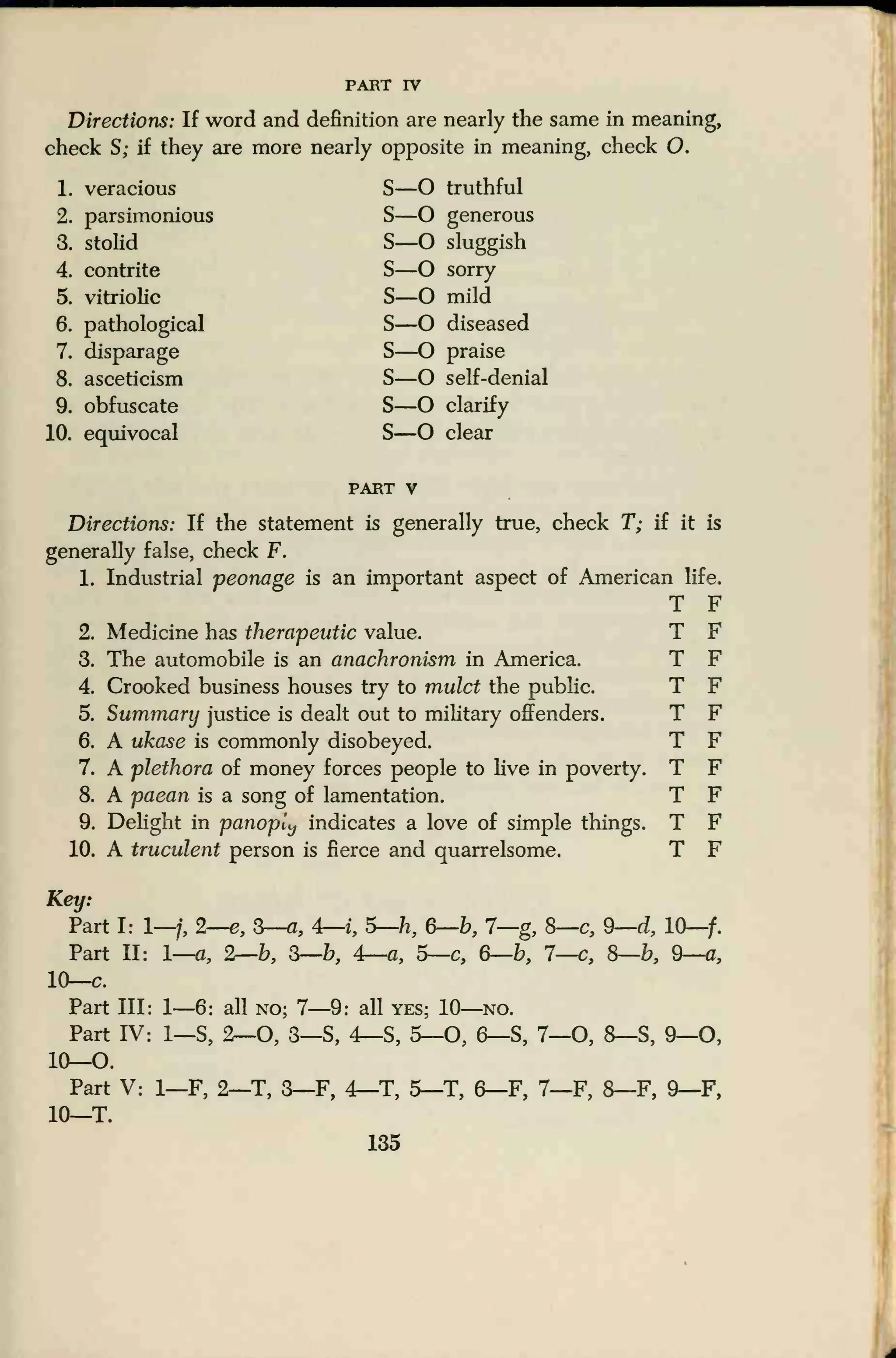
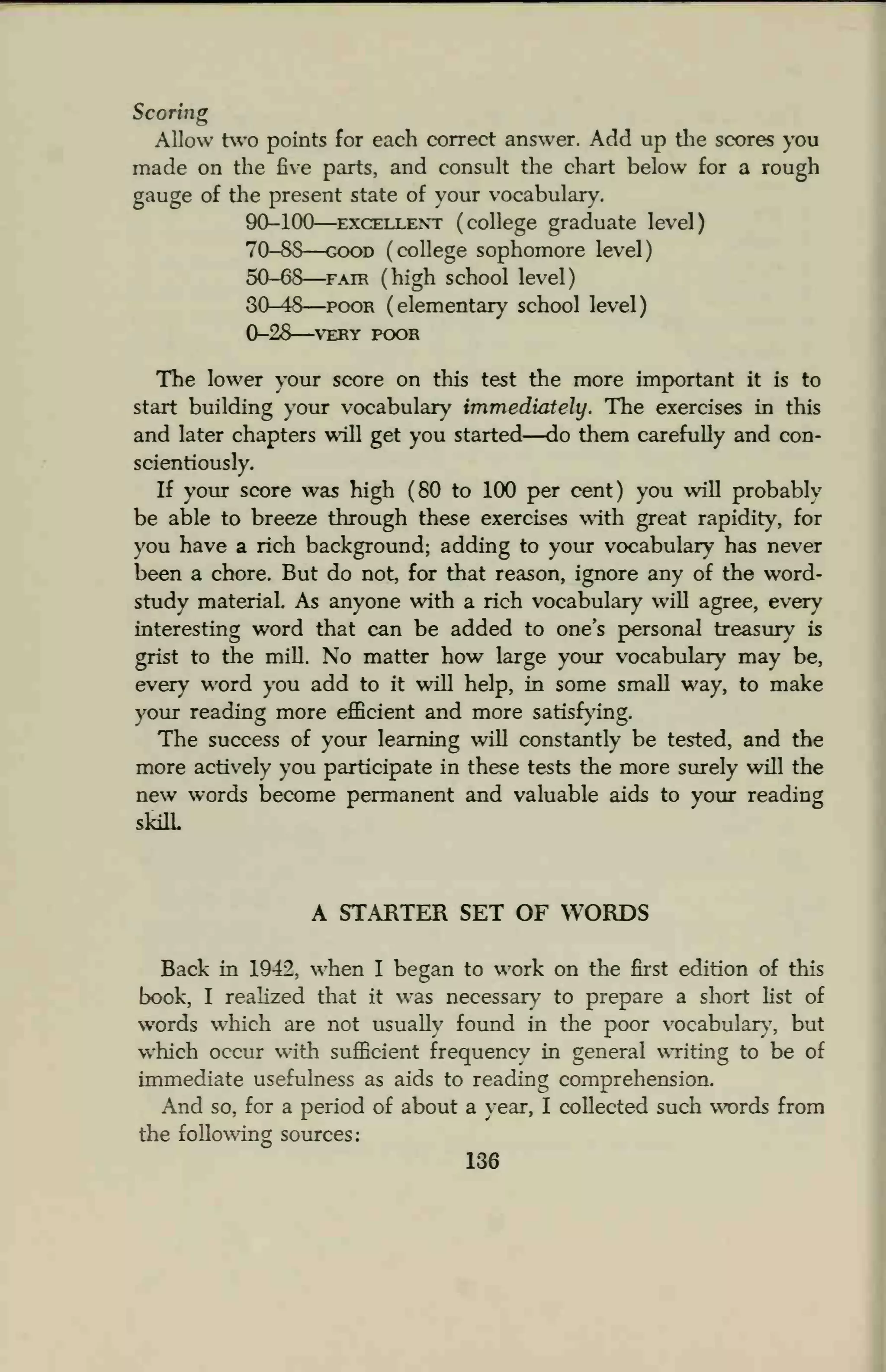
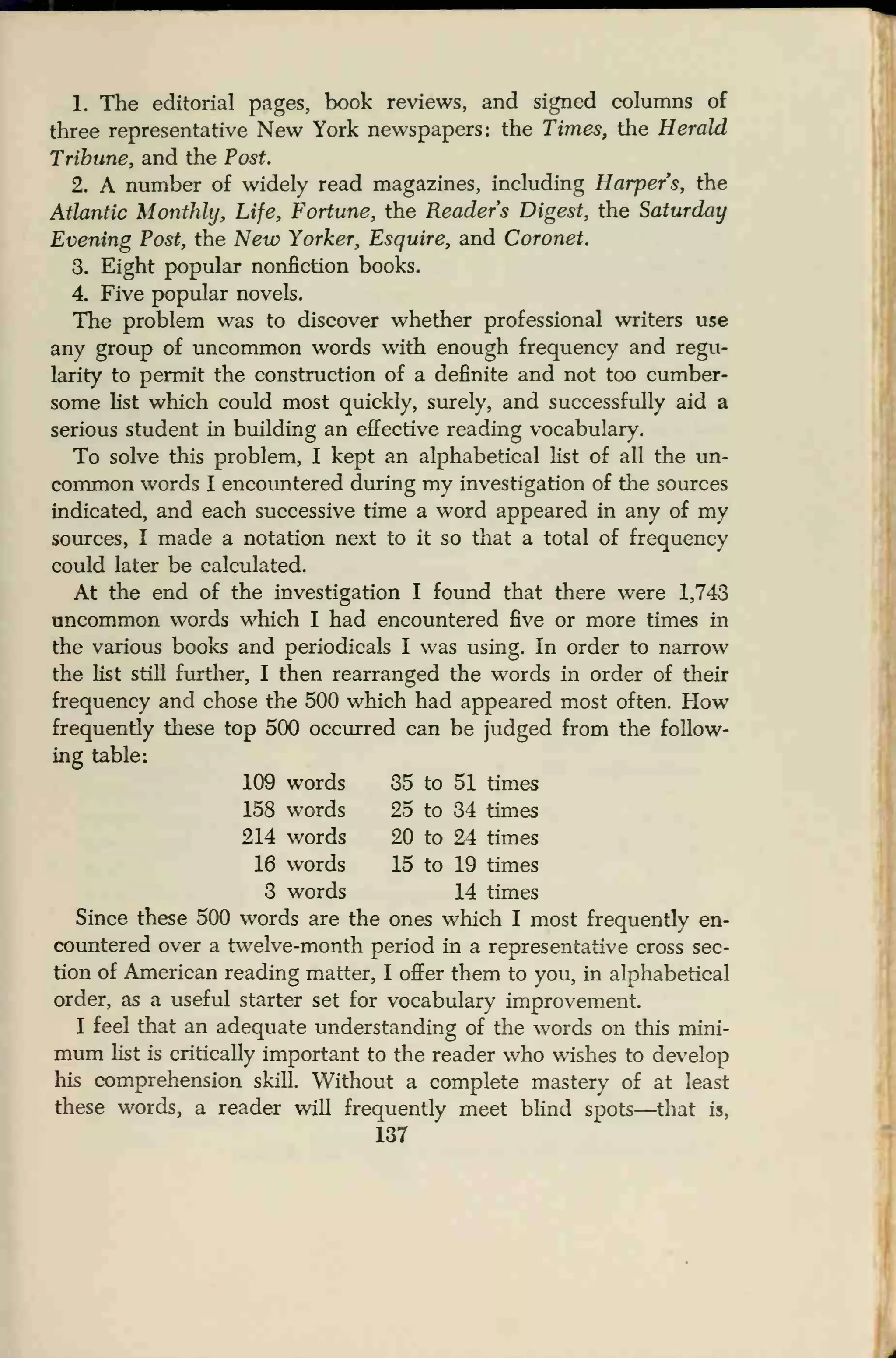
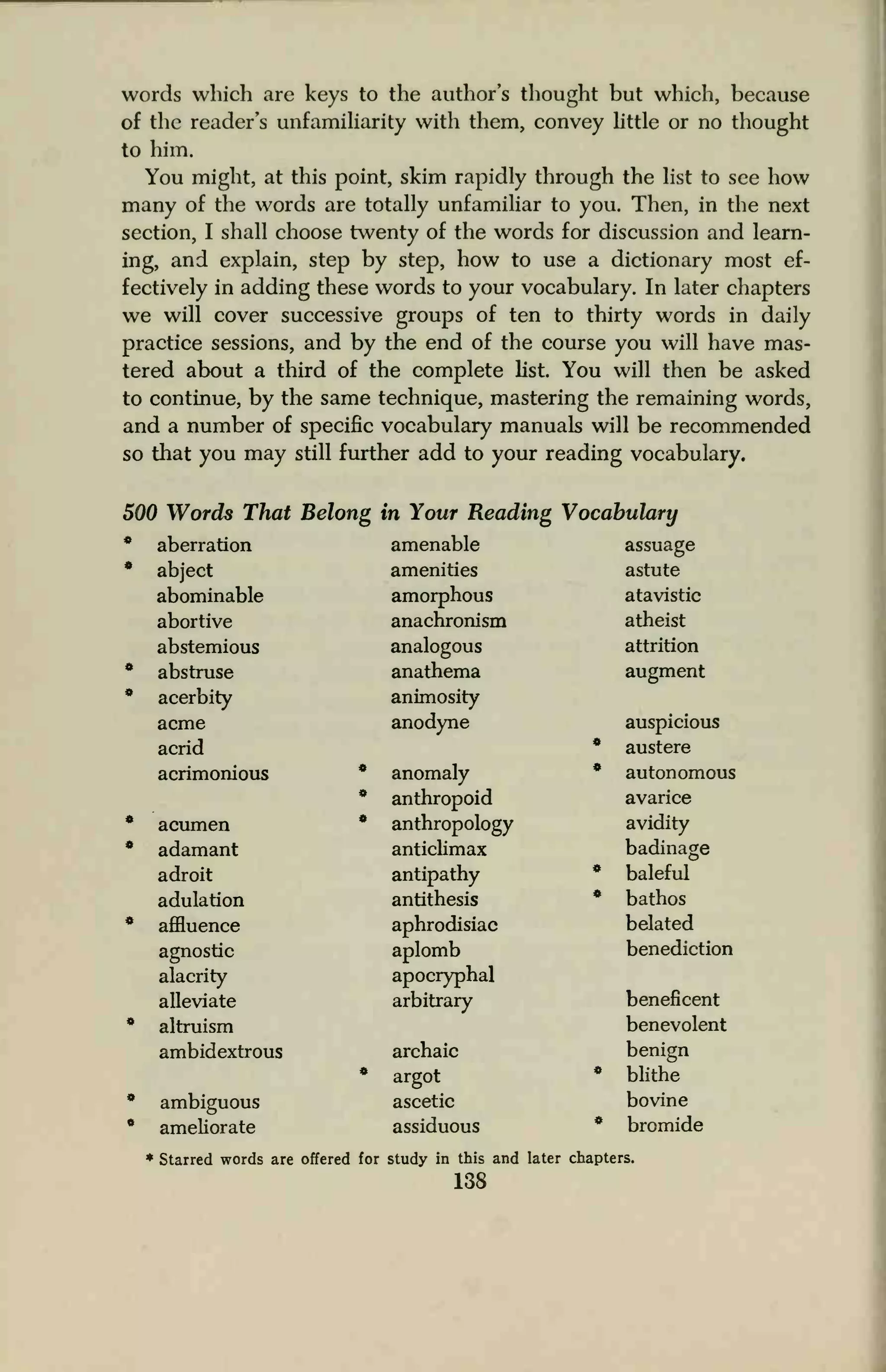
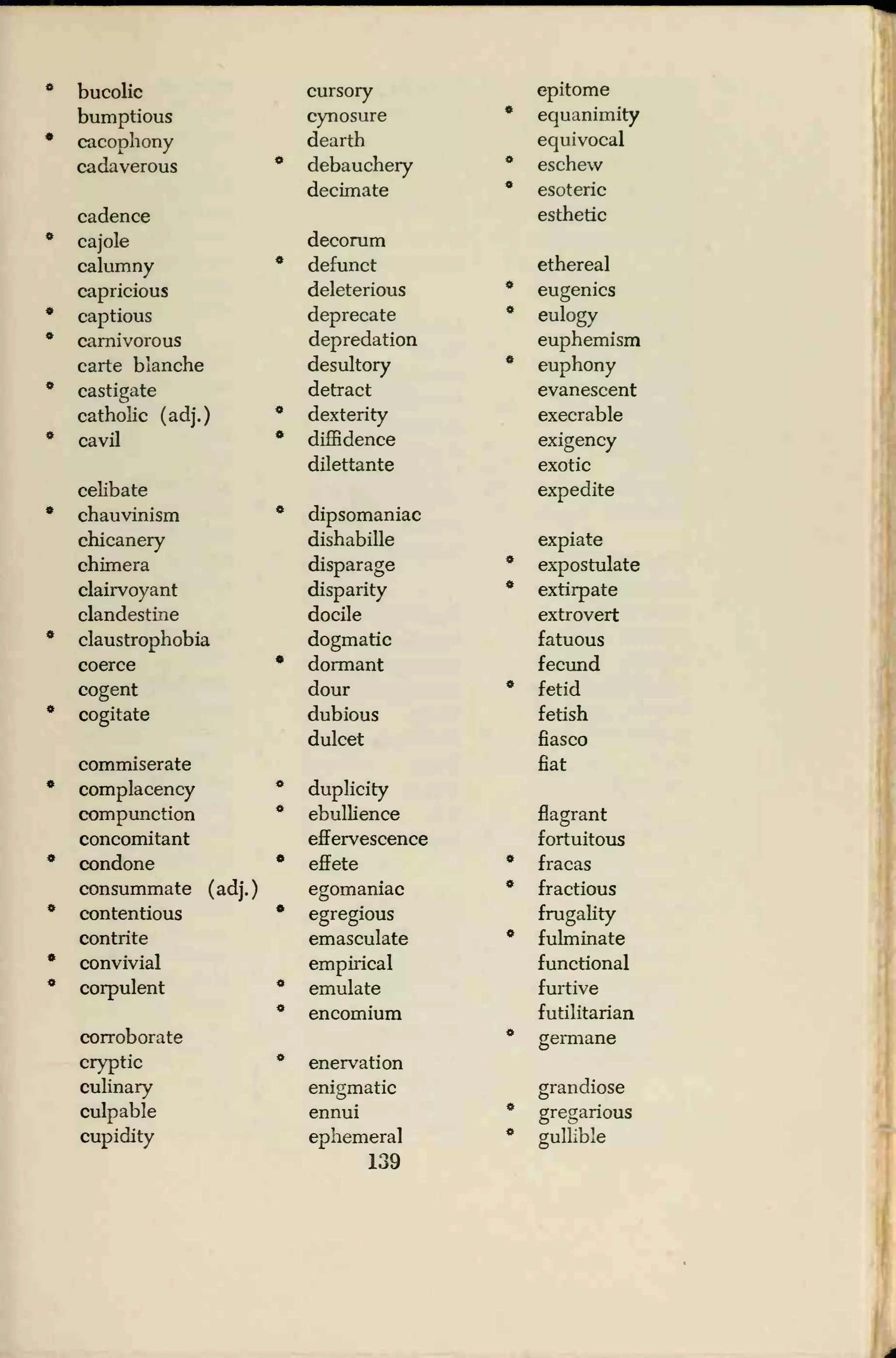
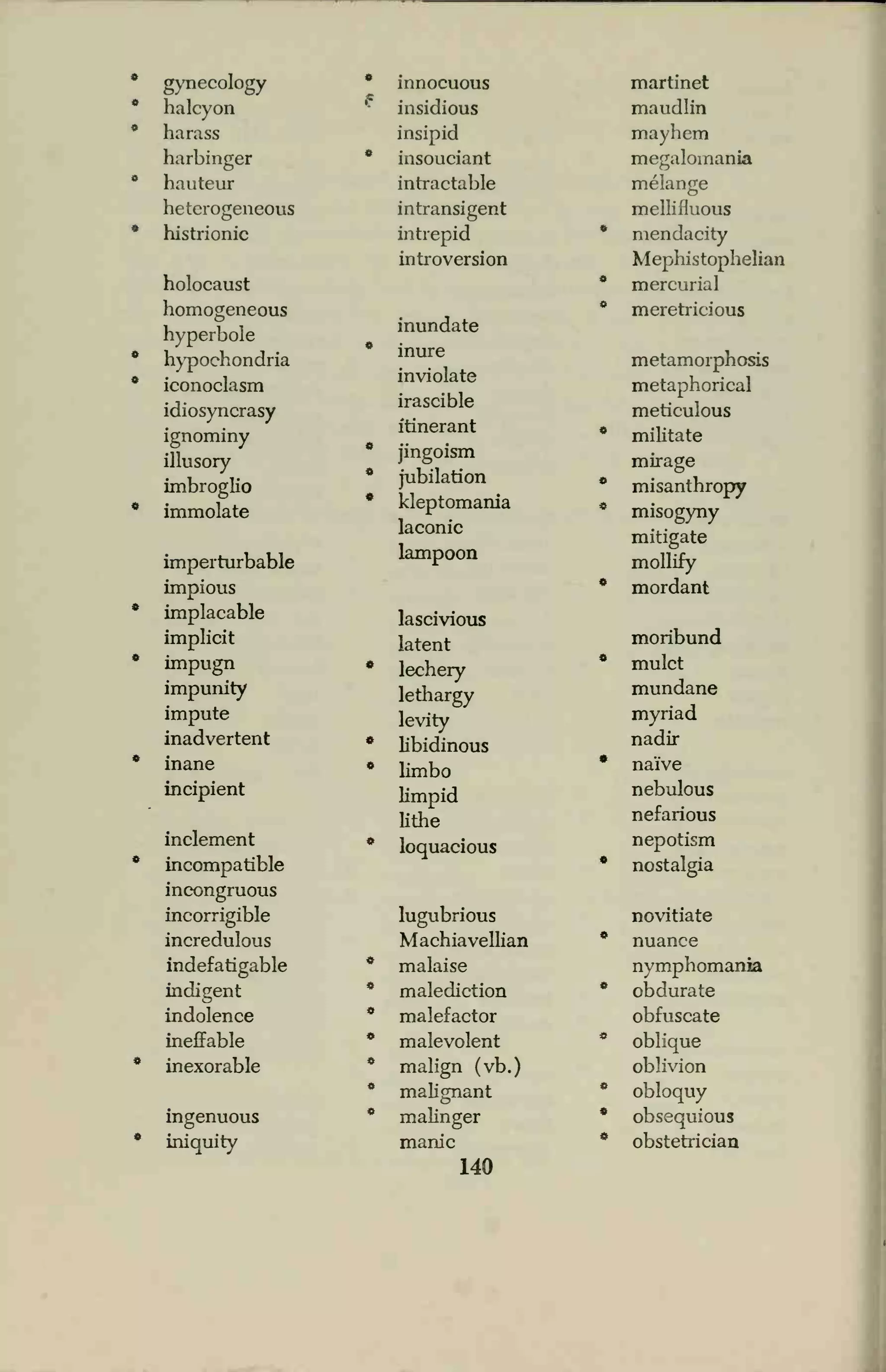


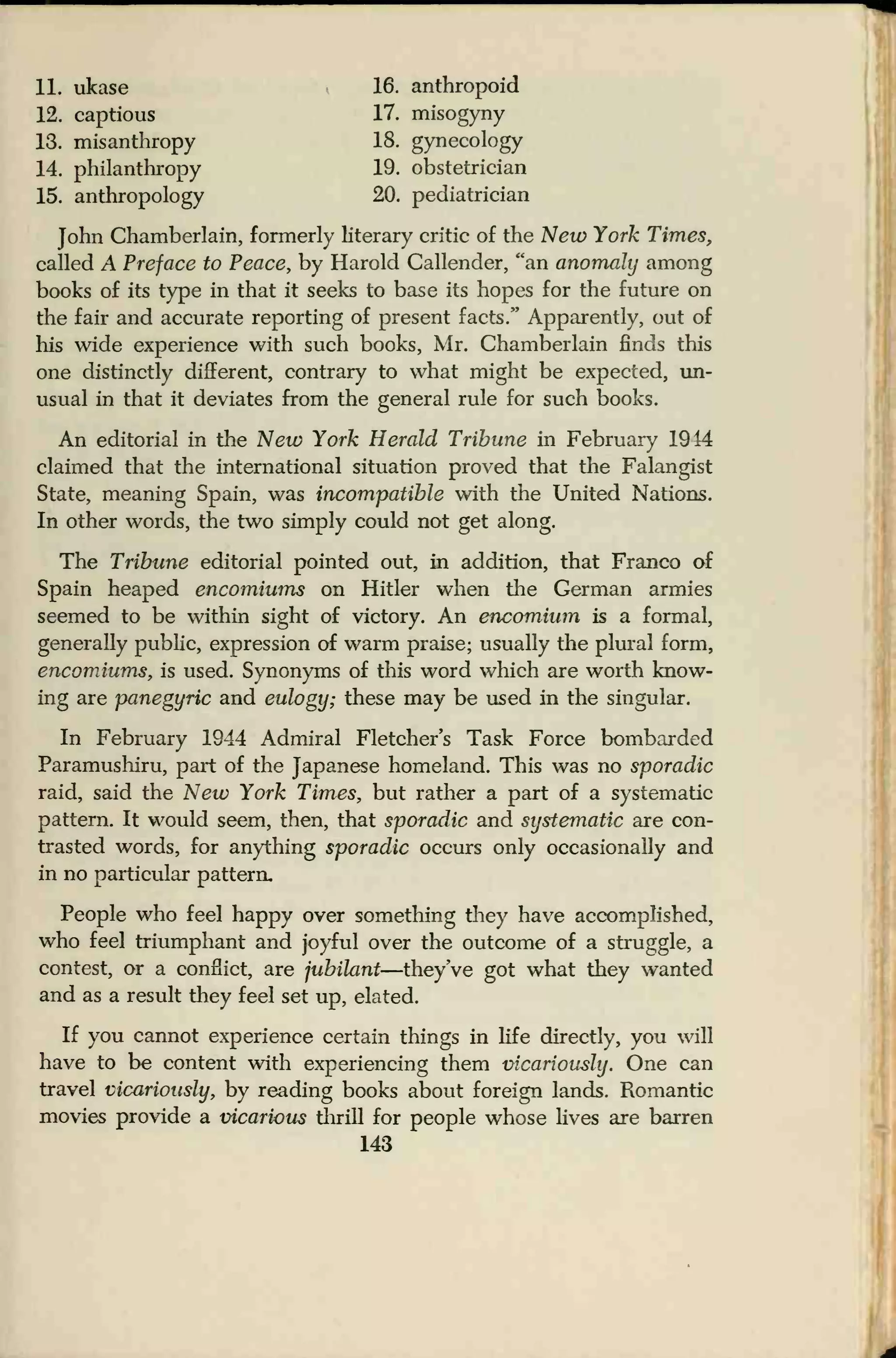
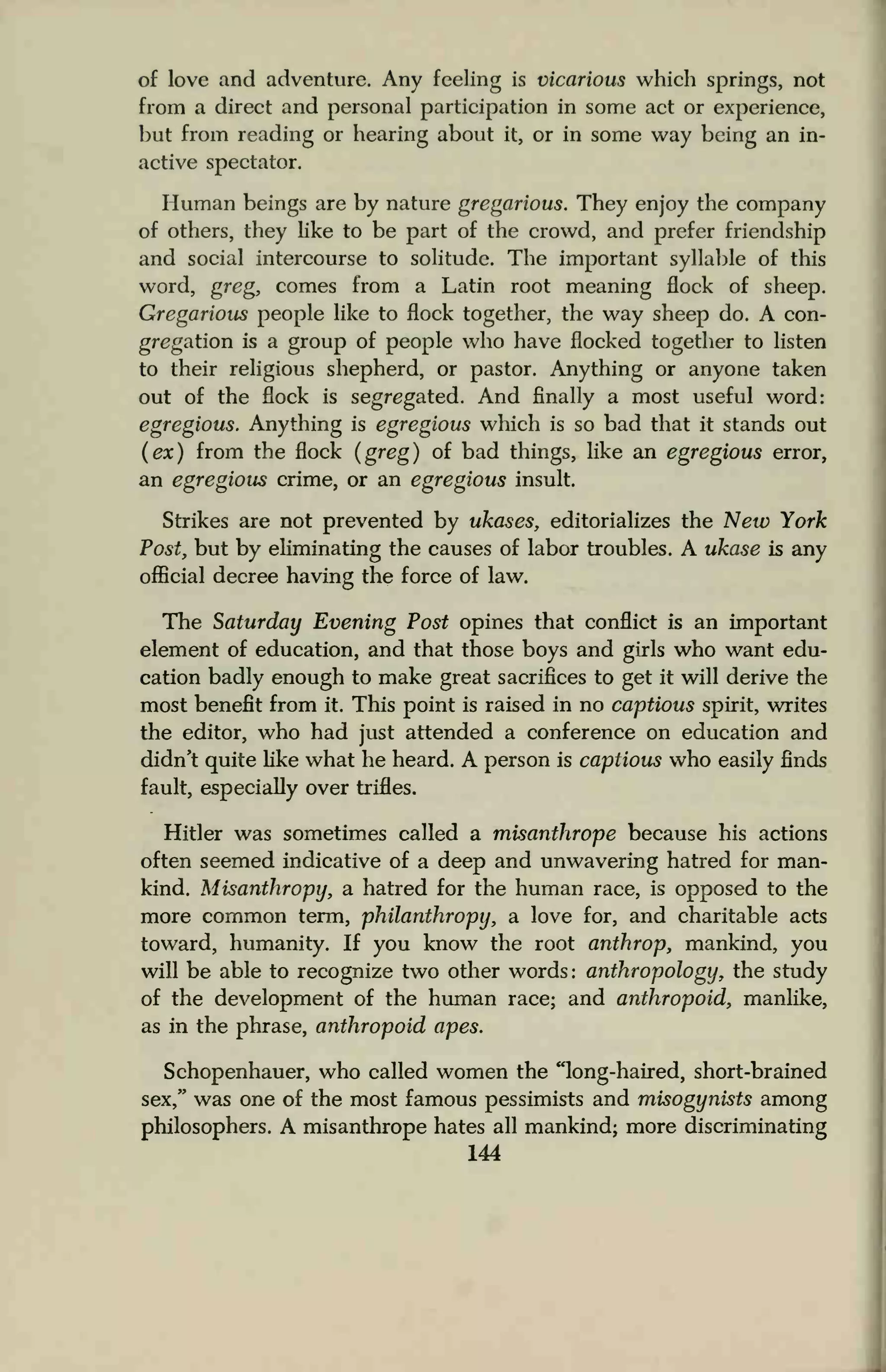
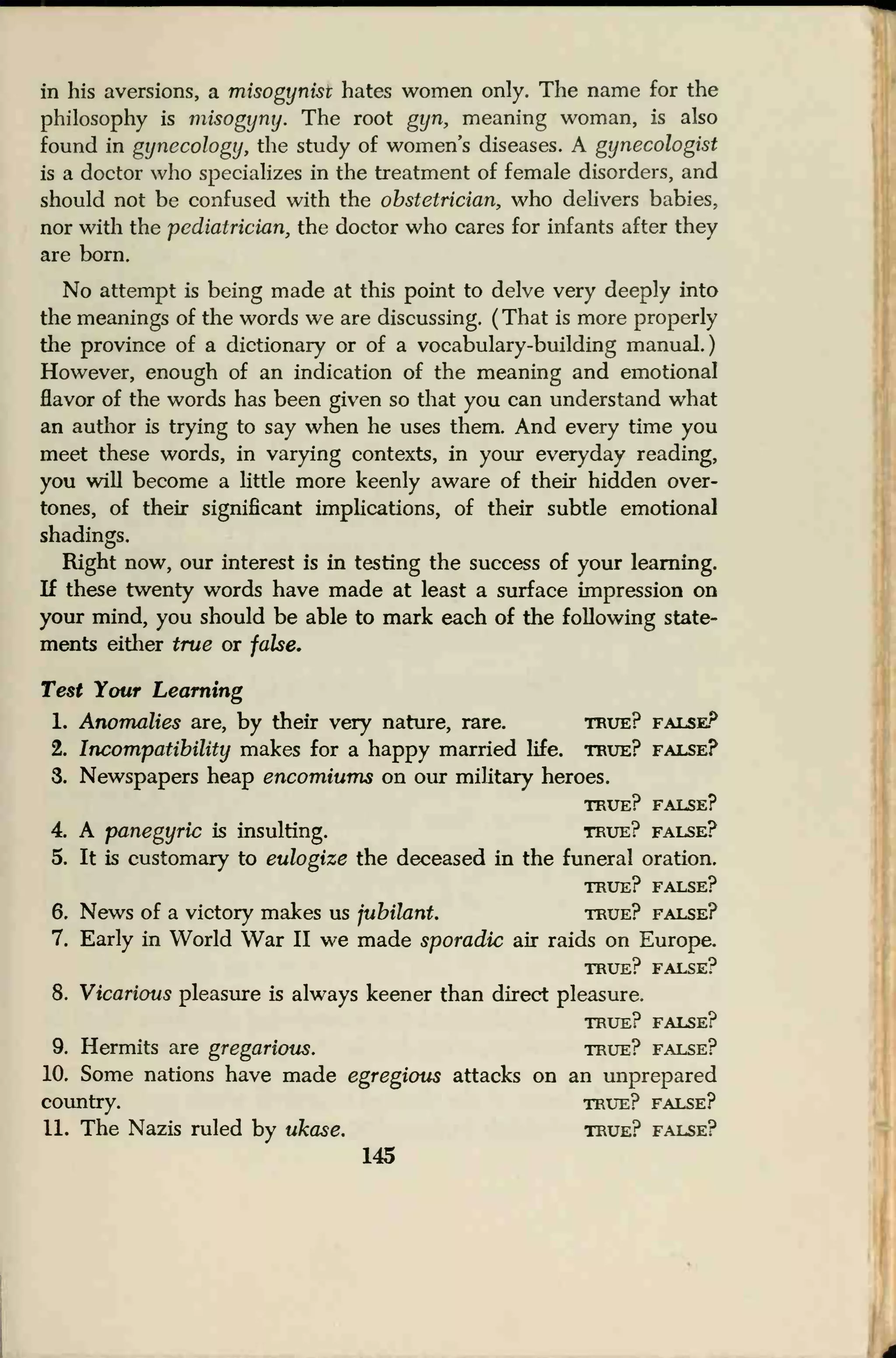
![12. Captiousness often creates resentment. true? false?
13. Misanthropy is a widely held philosophy. true? false?
14. Kind people are usually philanthropic. true? false?
15. Anthropology is the study of insects. true? false?
16. Fish are anthropoid. true? false?
17. Casanova was a misogynist. true? false?
18. A gynecologist is a woman-hater. true? false?
19. An obstretrician treats young infants. true? false?
20. A pediatrician is a foot doctor. true? false?
Key: 1—T, 2—F, 3—T, 4—F, 5—T, 6-T, 7—F, 8—F, 9—F,
10_T, 11—T, 12—T, 13—F, 14—T, 15—F, 16—F, 17—F, 18—F,
19—F, 20—F.
We have, as I have indicated, so far only scratched the surface
of these 20 valuable words. Now I ask you to dig a little deeper,
using a good dictionary as a help.
(If you find your present dictionary inadequate in any way, I
suggest any one of these, which are among the best published today:
1. Webster's New World Dictionary, College Edition [World
Publishing Co., $6.75 thumb-indexed]
2. American College Dictionary [Random House, $6.75 thumb-
indexed]
3. Webster's New Collegiate Dictionary [G. & C. Merriam Co.,
$6.00 thumb-indexed]
4. Thorndike-Barnhart Comprehensive Desk Dictionary [Double-
day and Co., $3.50 thumb-indexed]
With the dictionary as your guide, you will make a concerted
attack on these words. Here are the first ten, in alphabetical ar-
rangement—look each one up, find the information that will help
you answer the questions below, and write your answers either in
the margin of the page or on a scratch pad, or, if you wish to keep
your vocabulary-study in a more permanent form, in a bound note-
book.
1. anomaly
a. First, read and understand the nontechnical definition. Then, in
your own phraseology, write briefly the general meaning of the
word.
b. Write two forms of the derived adjective, which you will find
either with the word or in preceding entries.
146](https://image.slidesharecdn.com/howtoreadbetterandfaster-normanlewis-150703192625-lva1-app6892/75/How-to-read-better-and-faster-norman-lewis-168-2048.jpg)
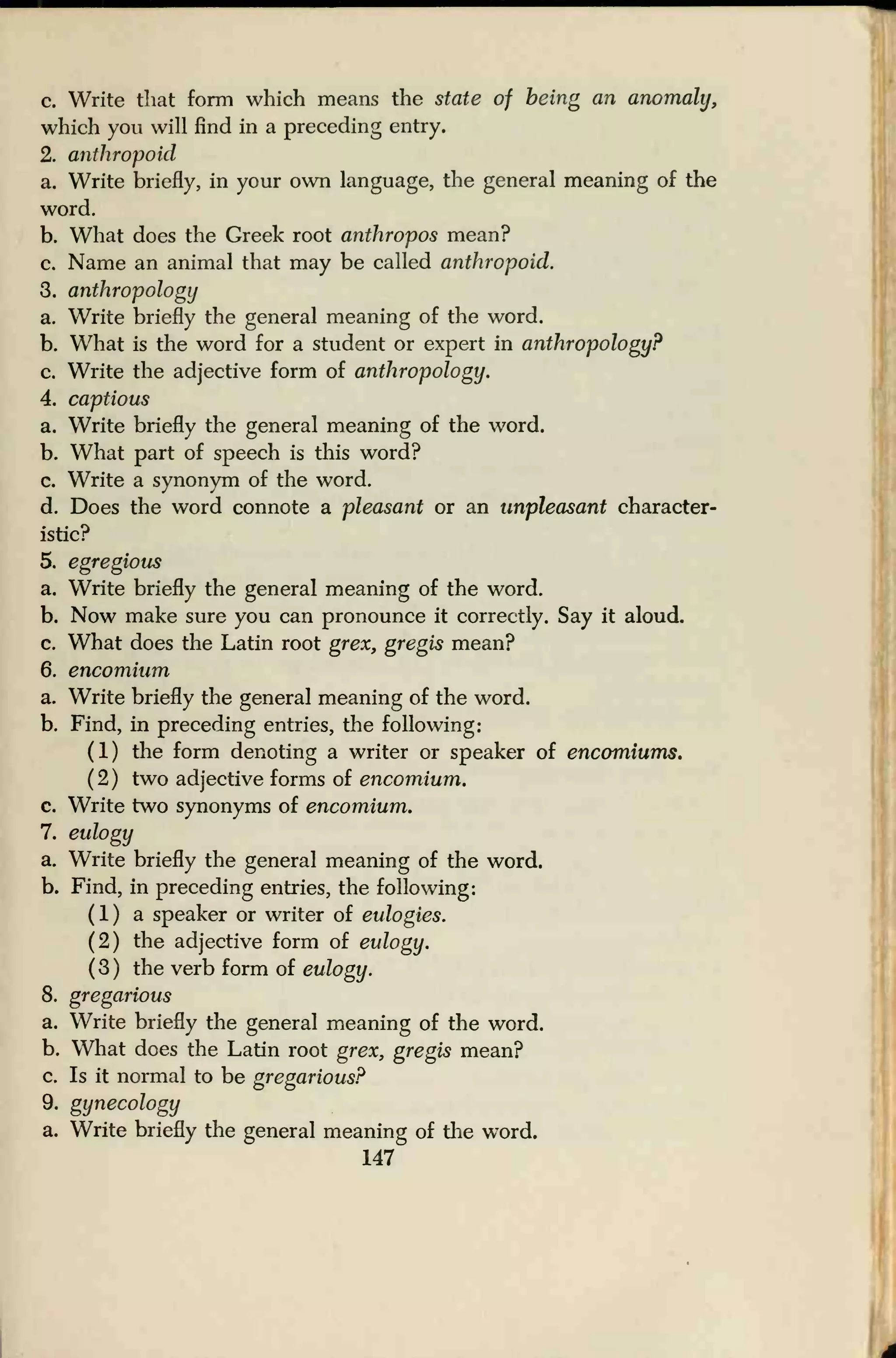

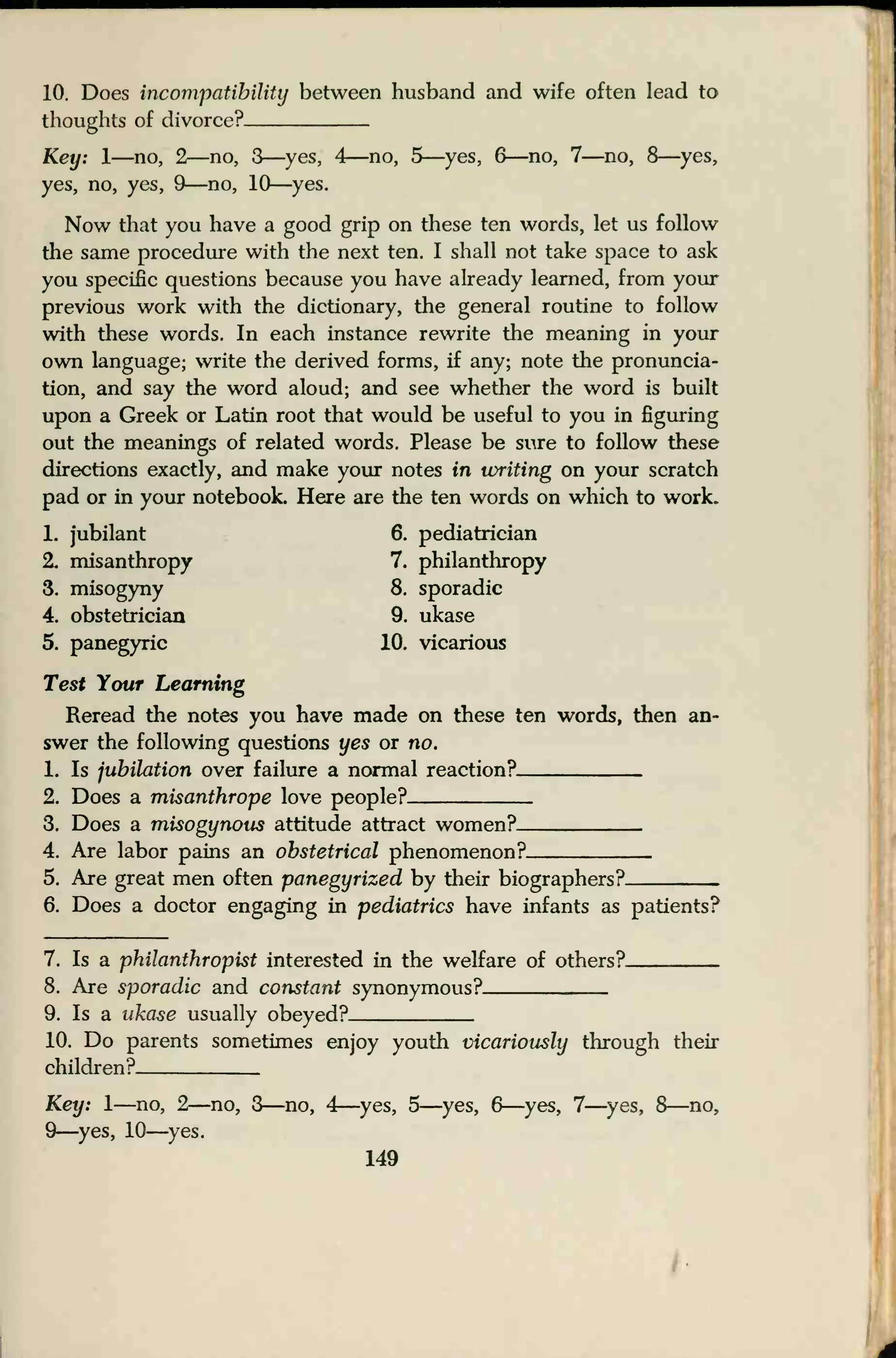

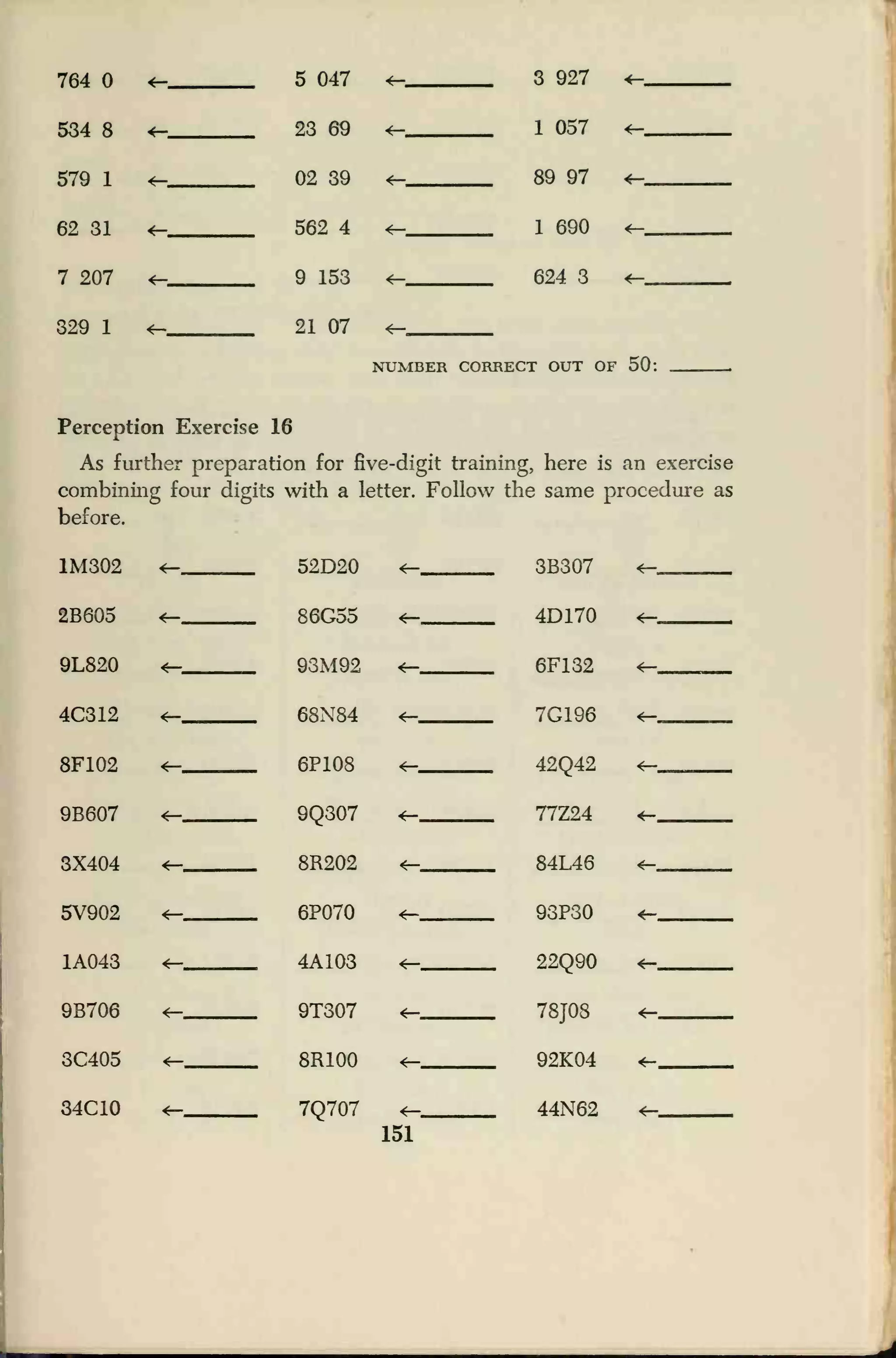
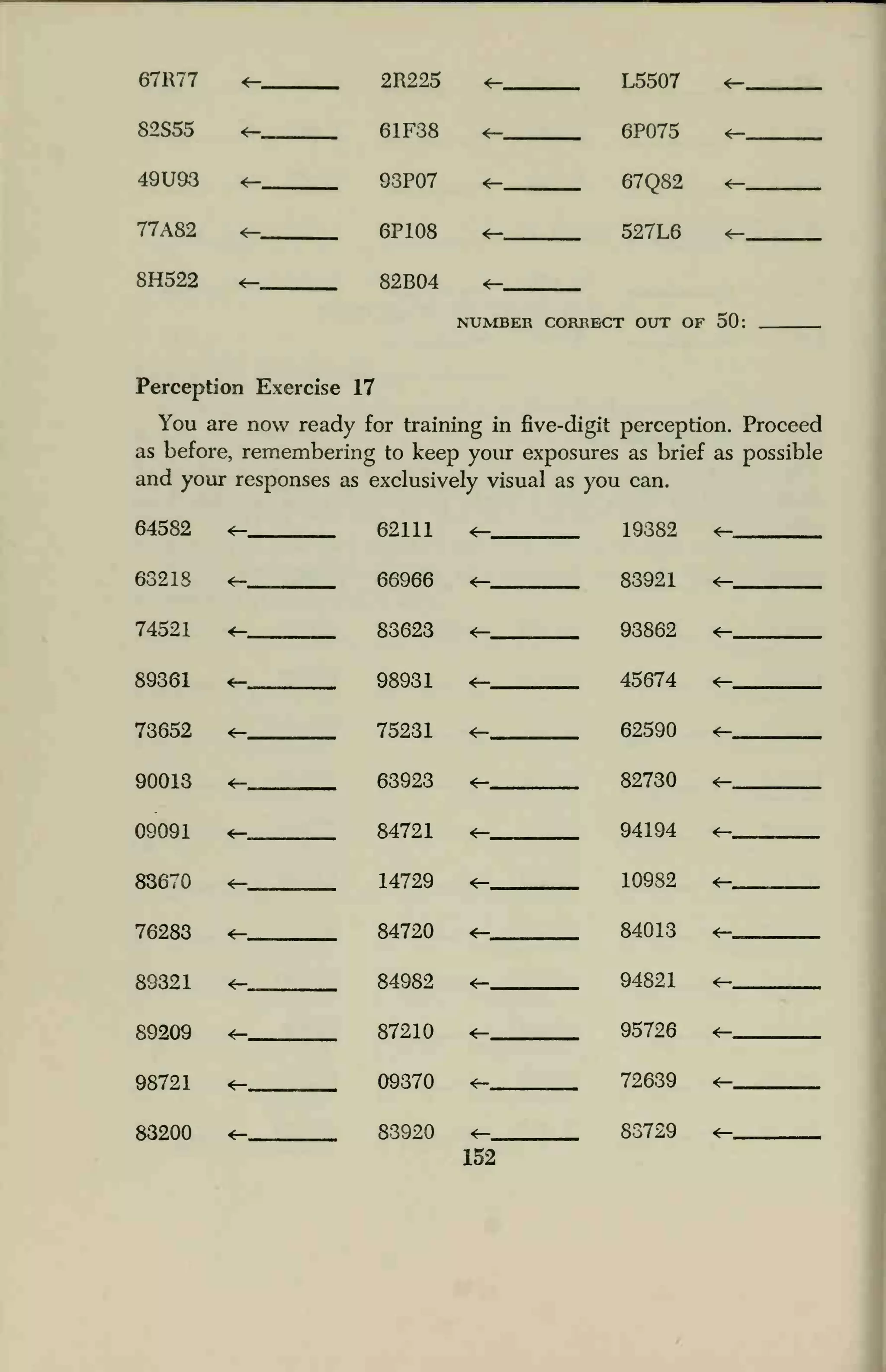
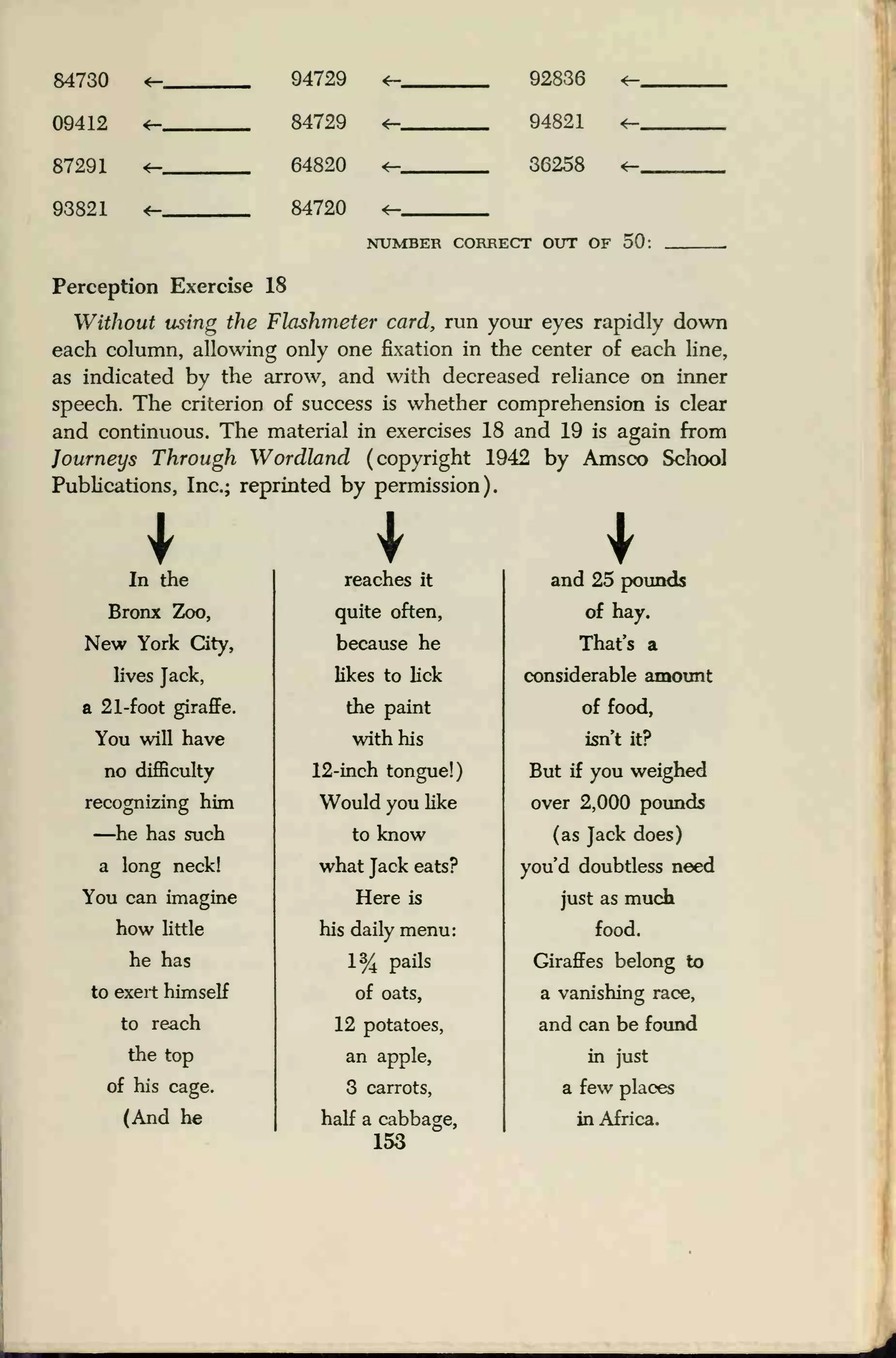
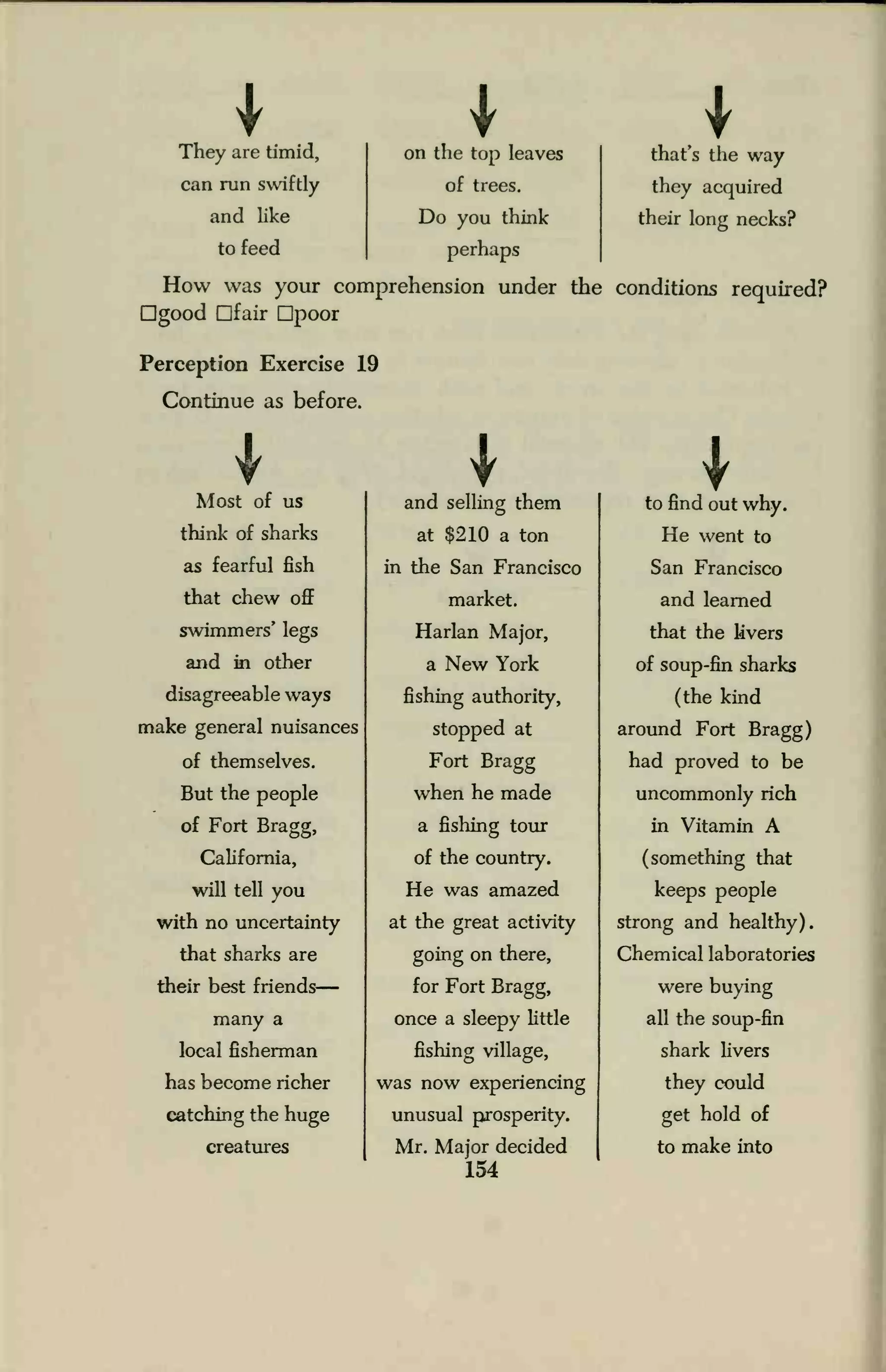
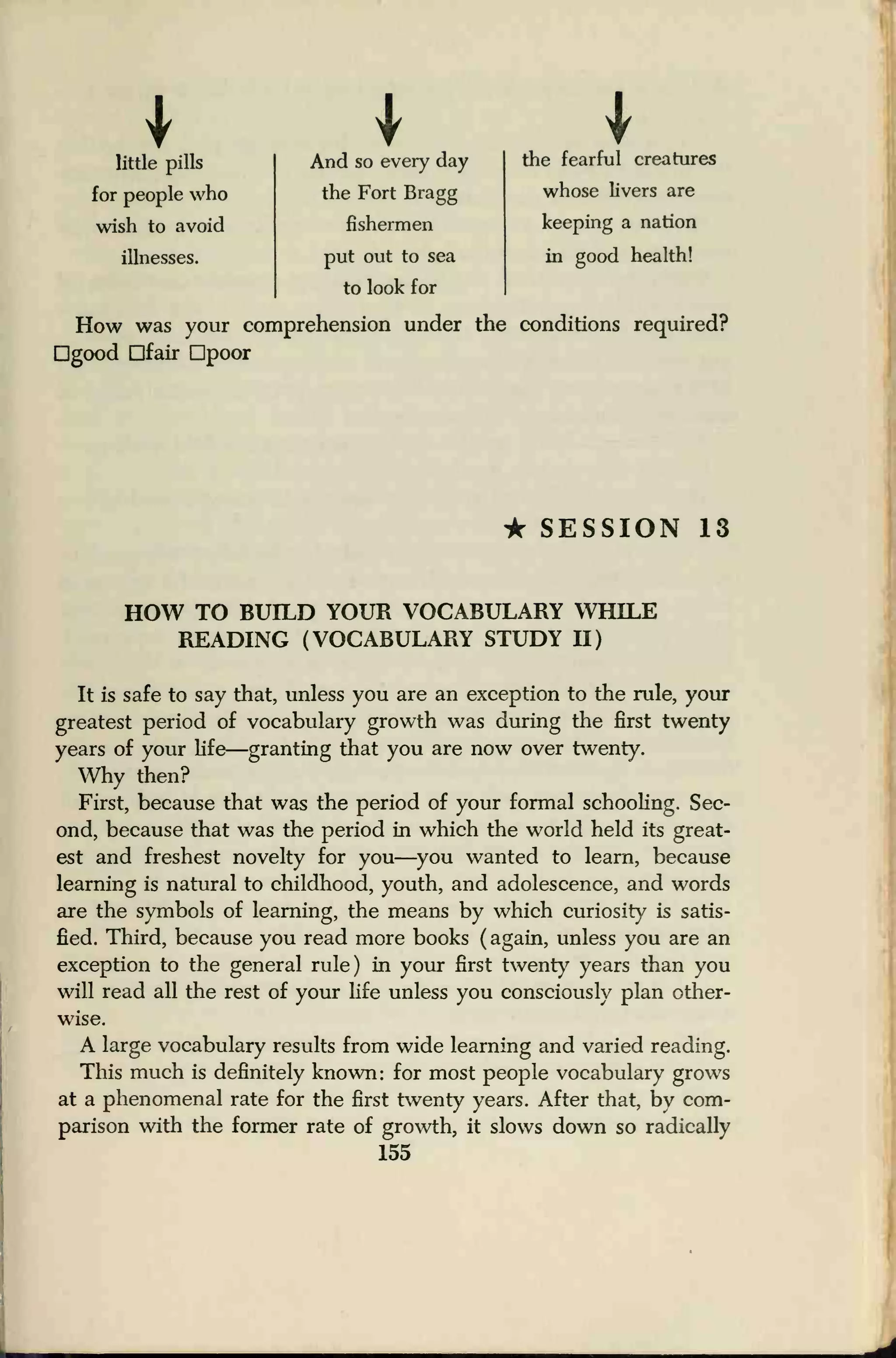
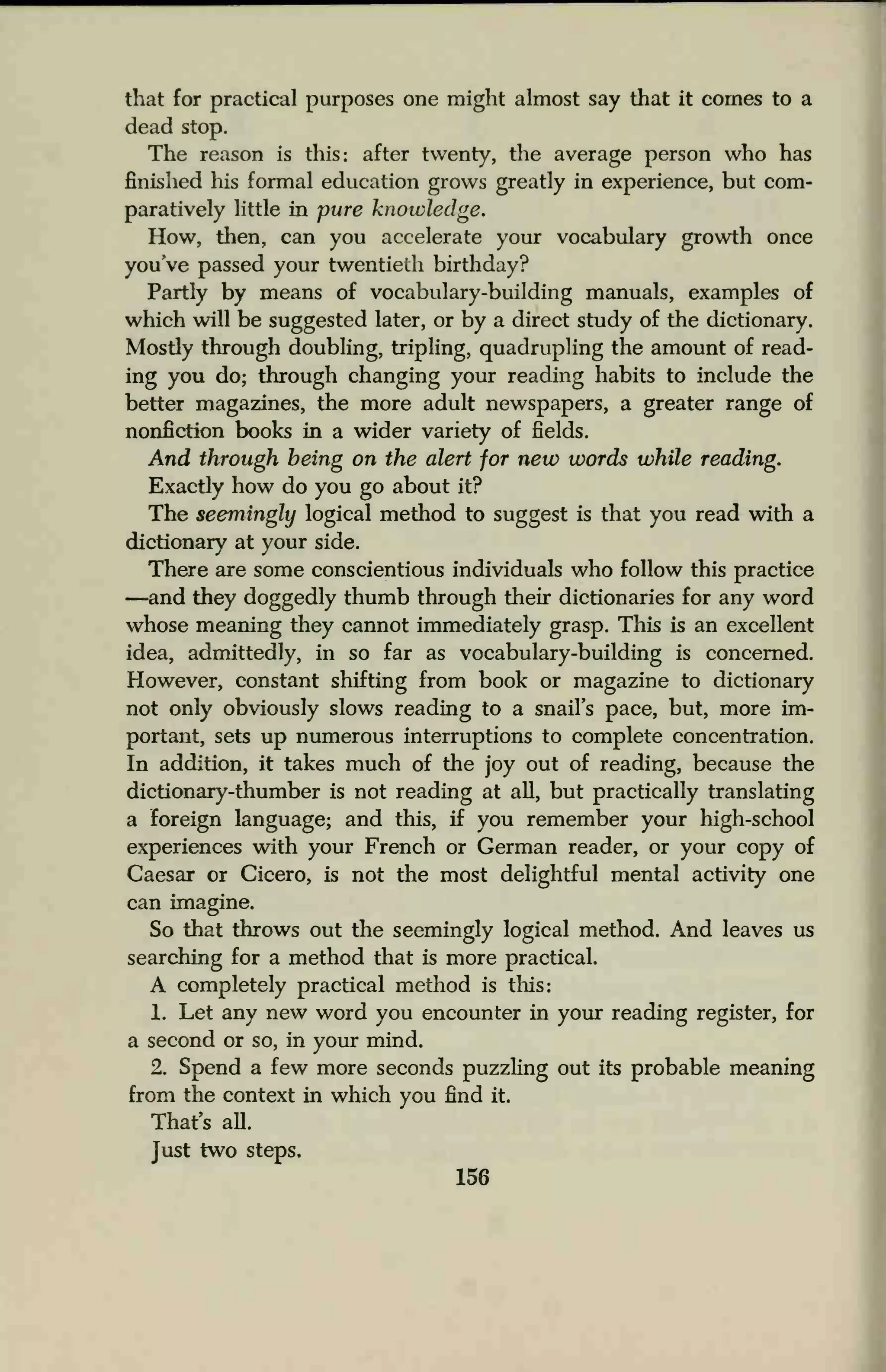
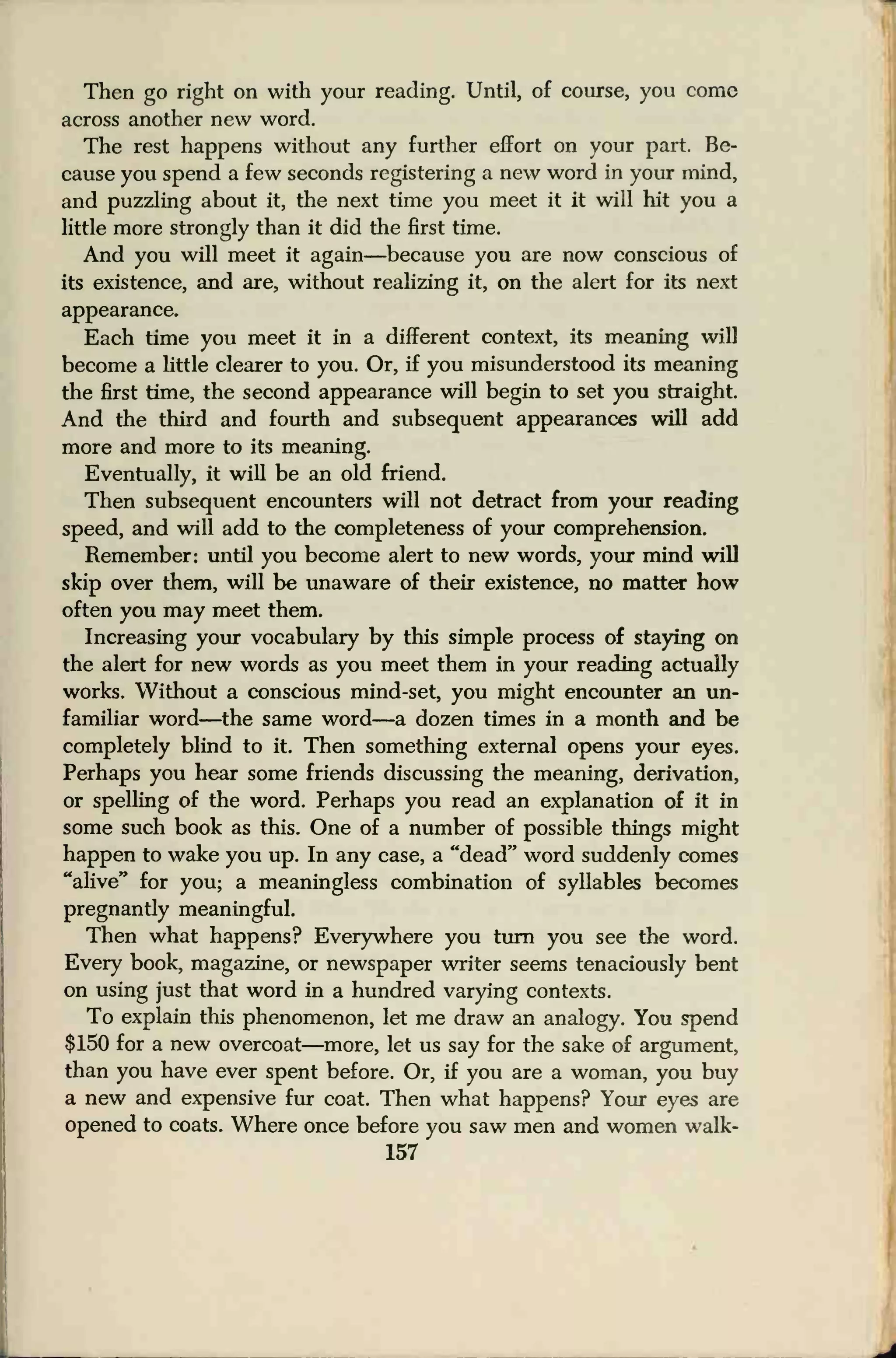
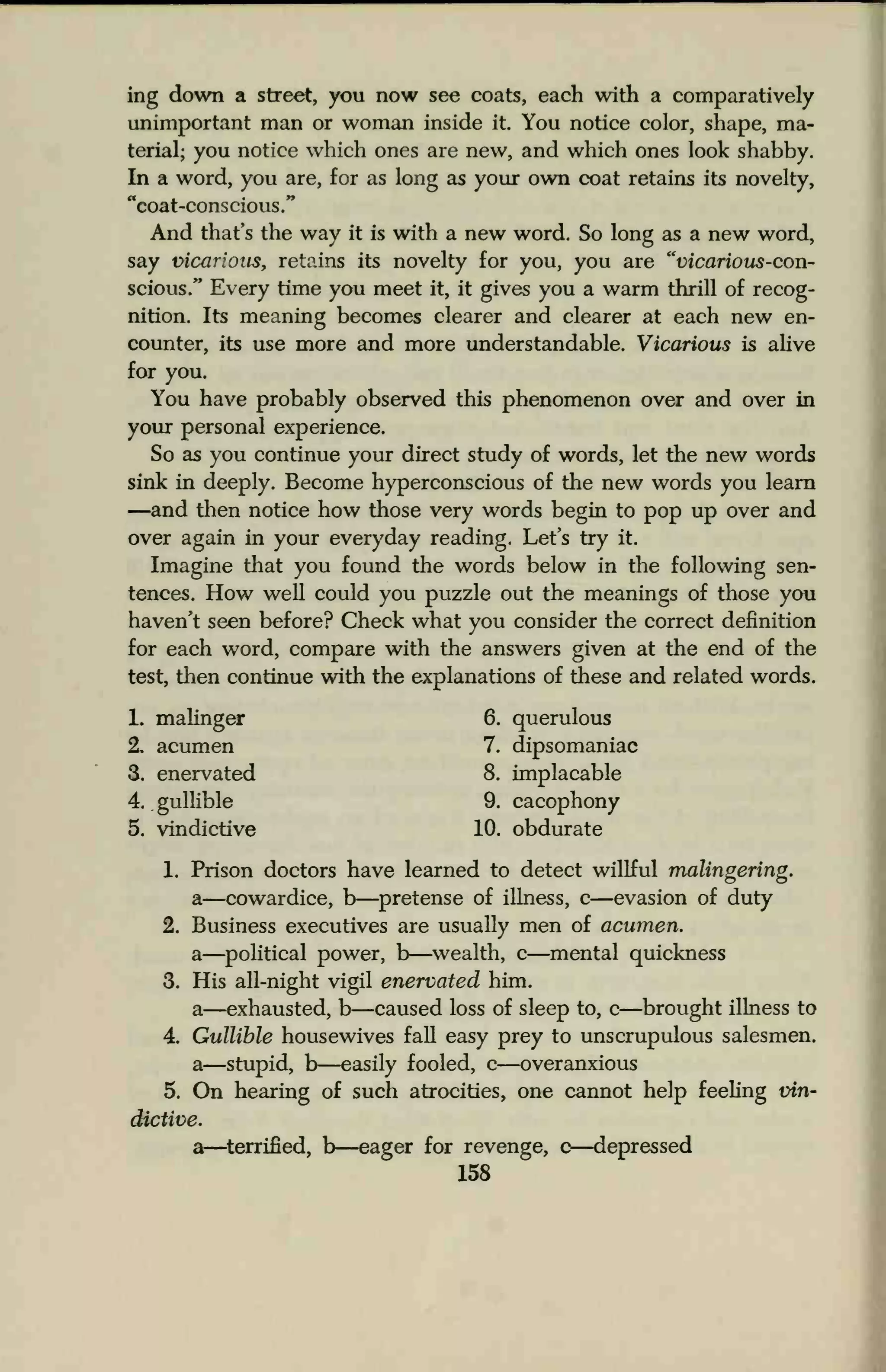
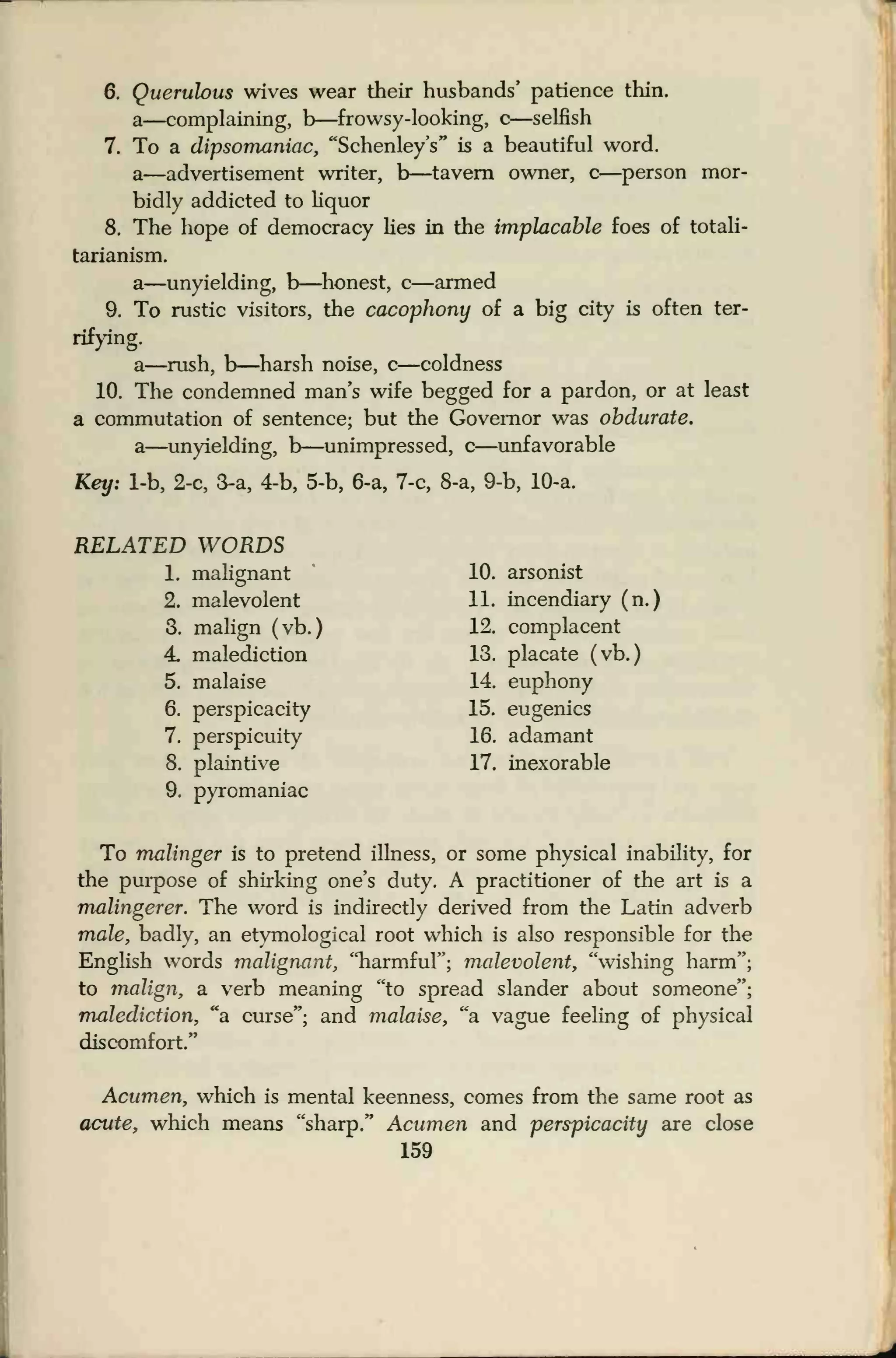
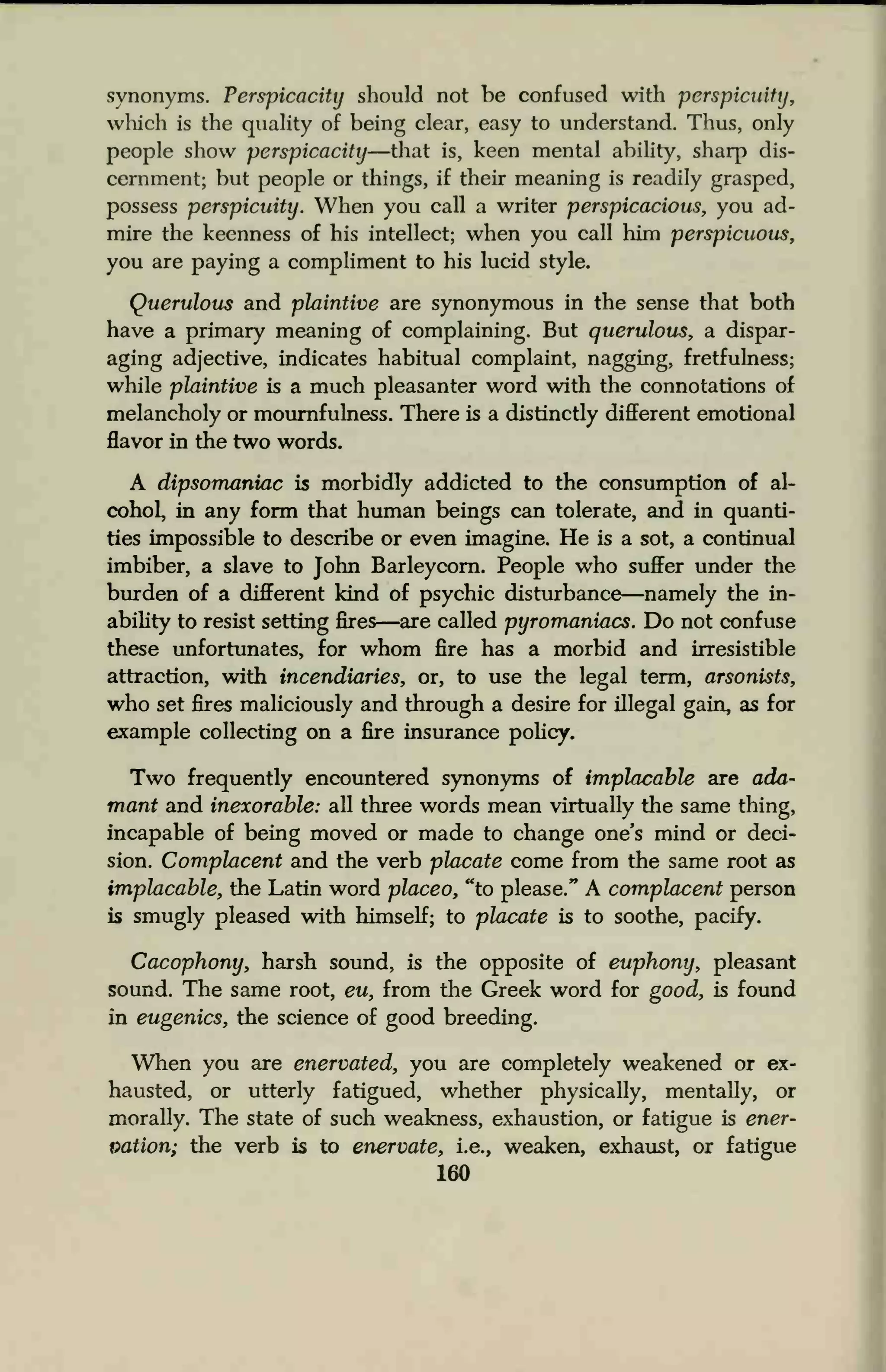

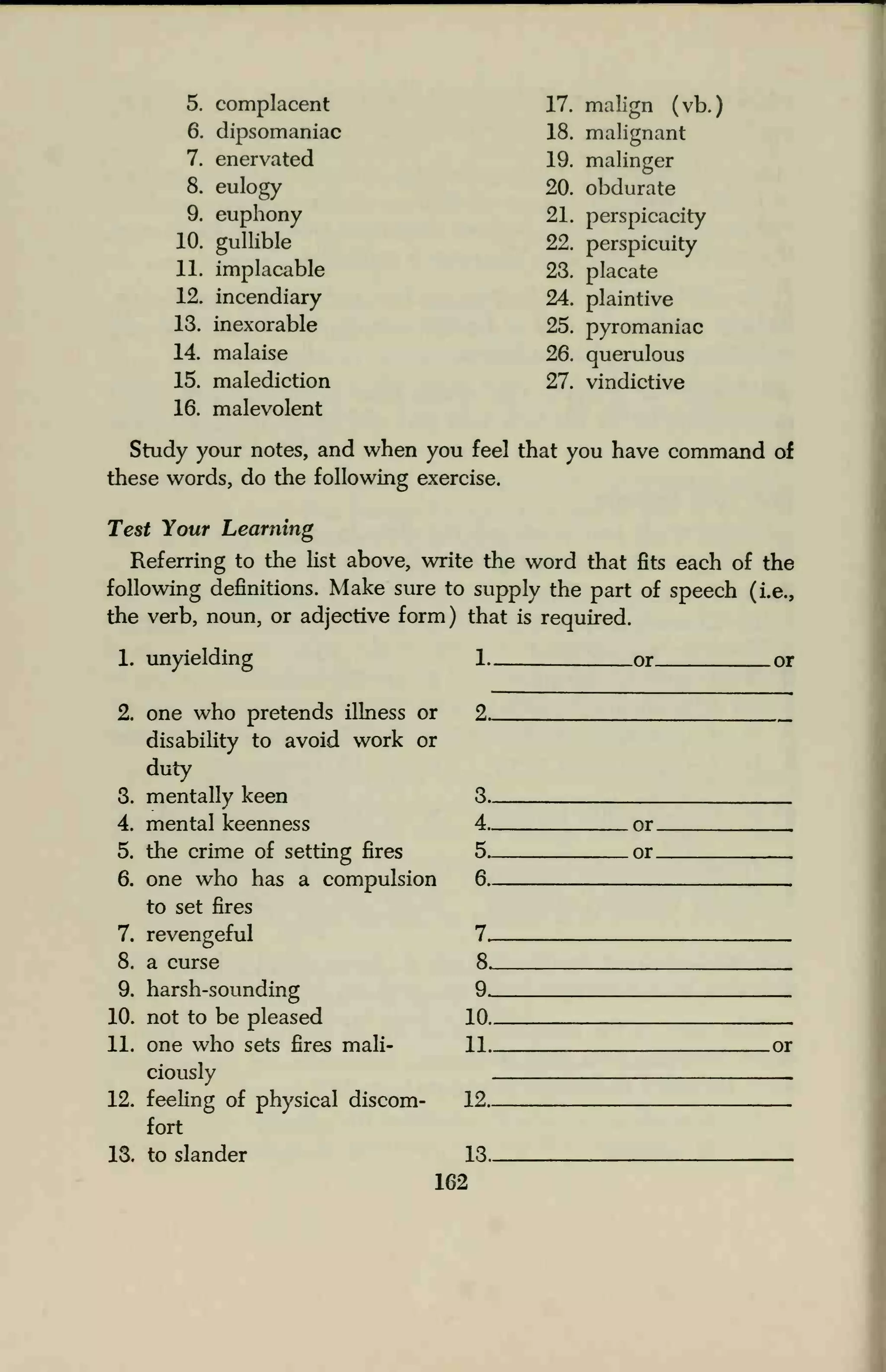
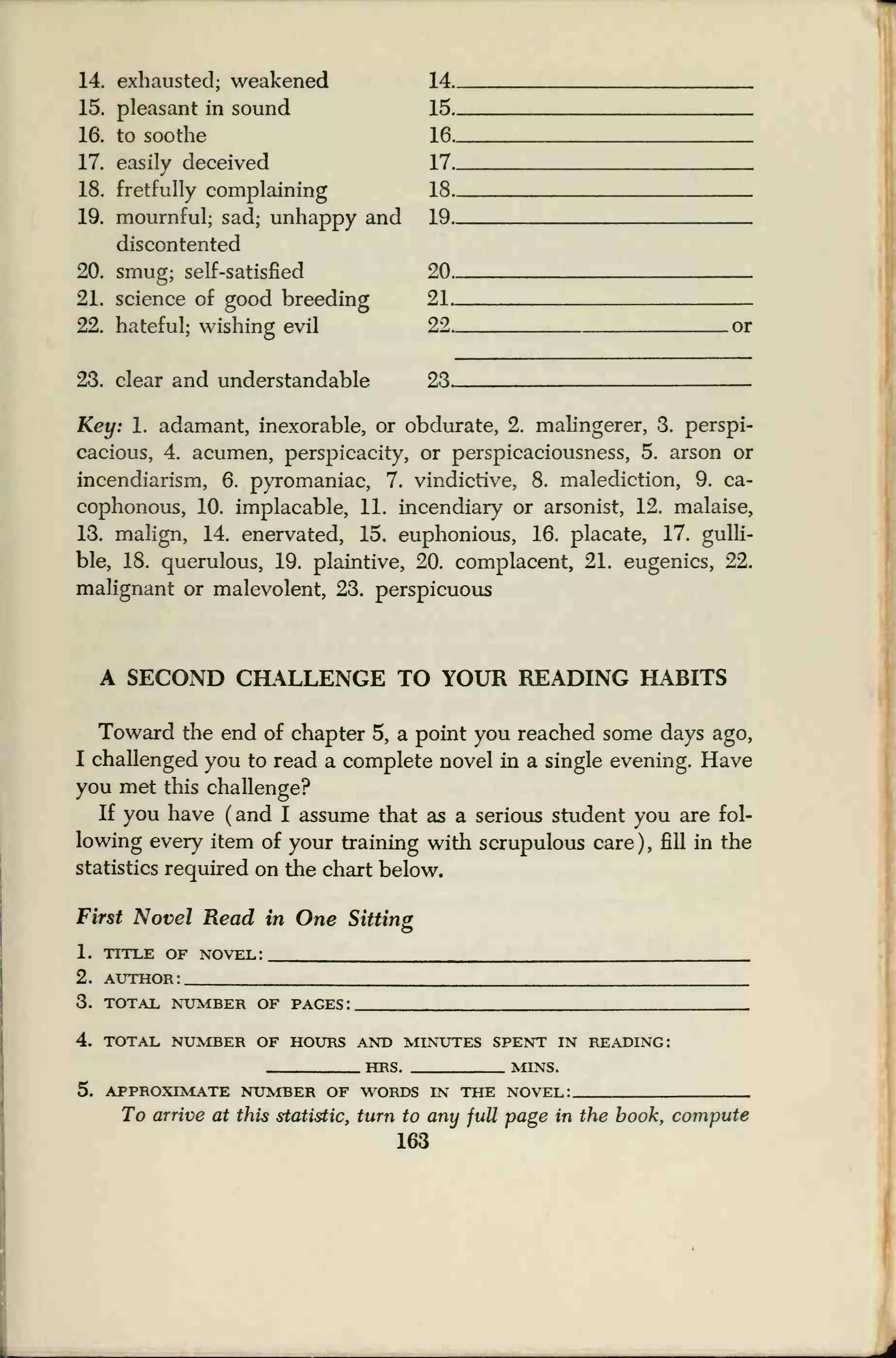
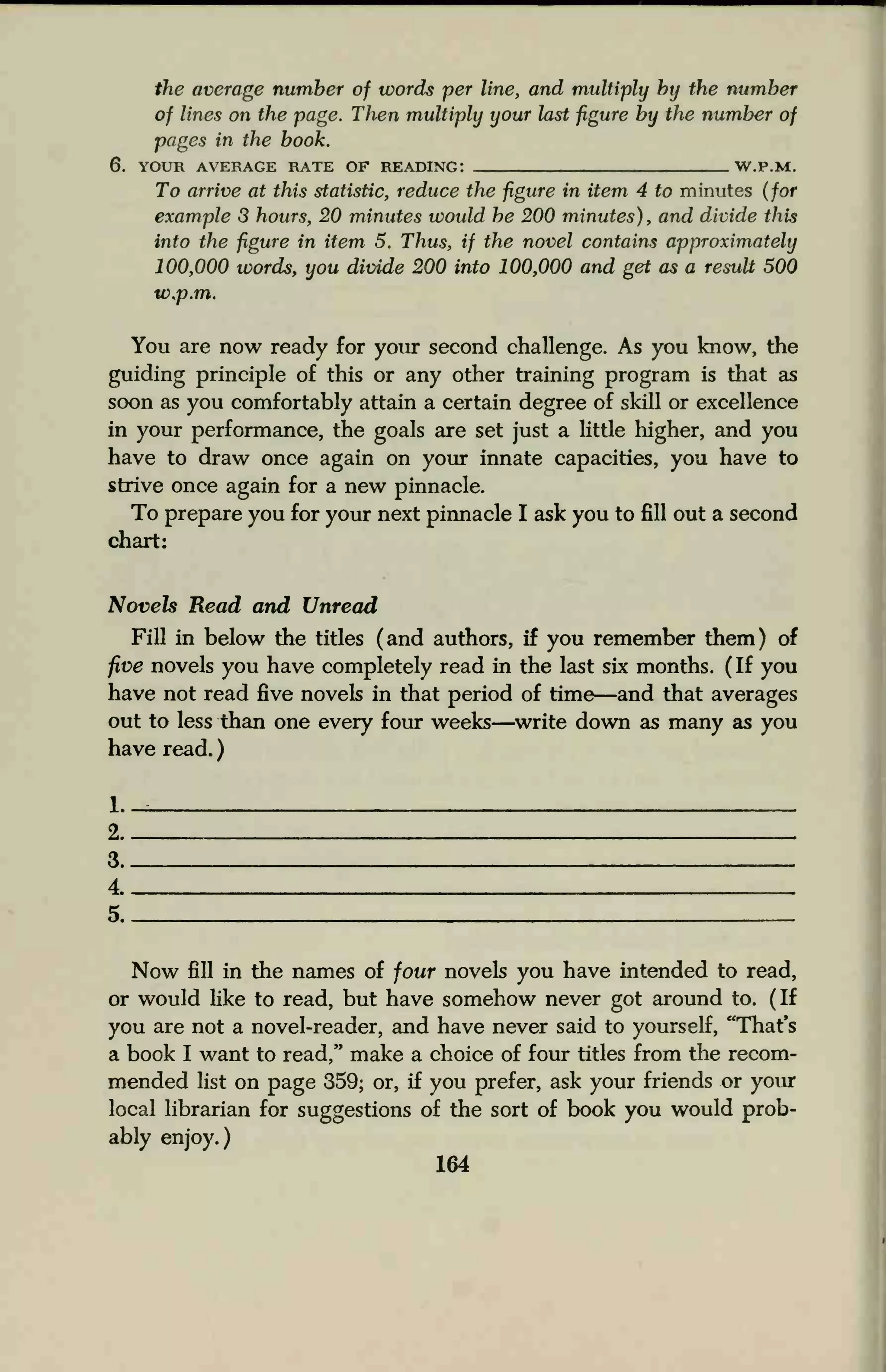
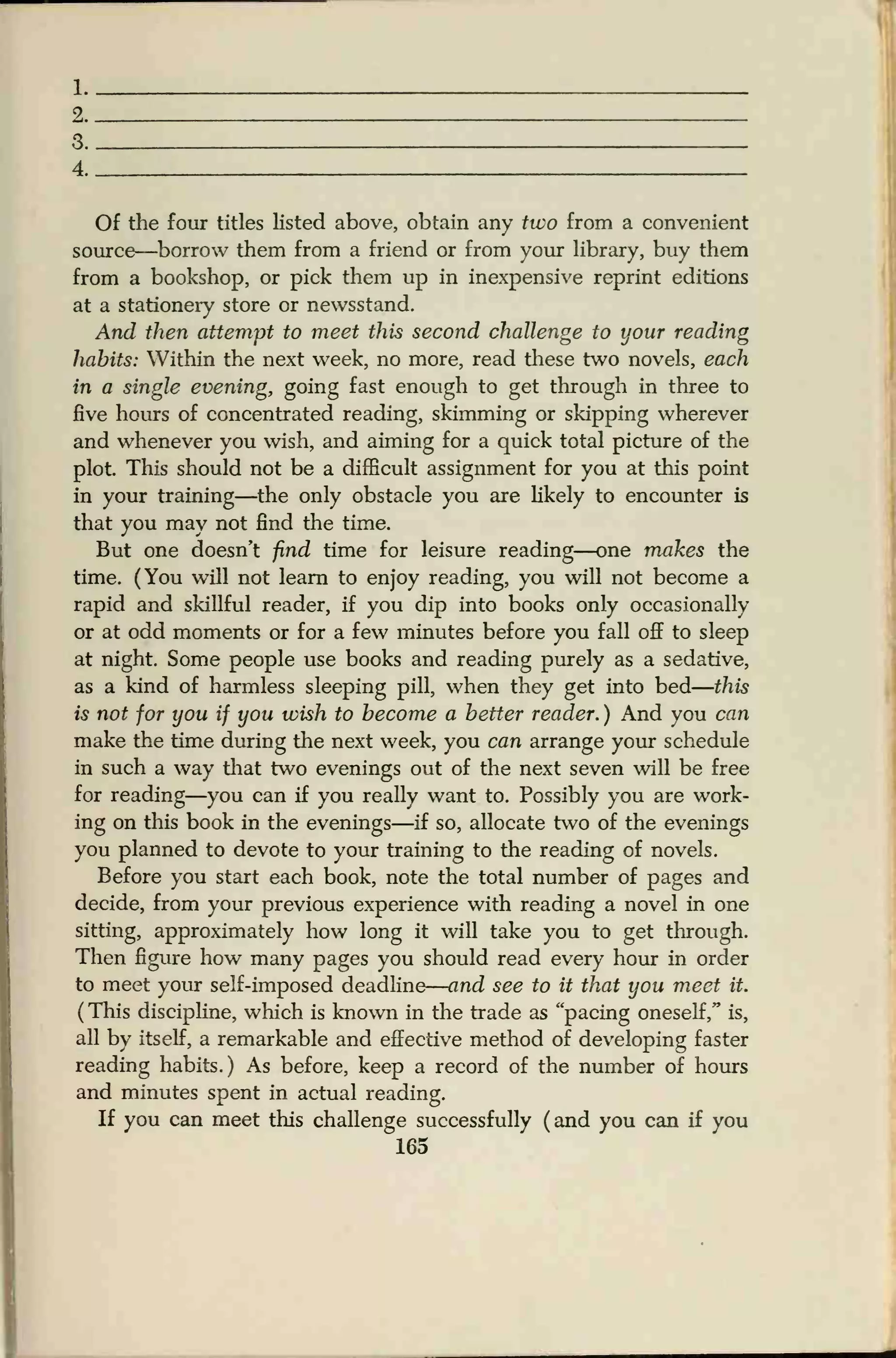
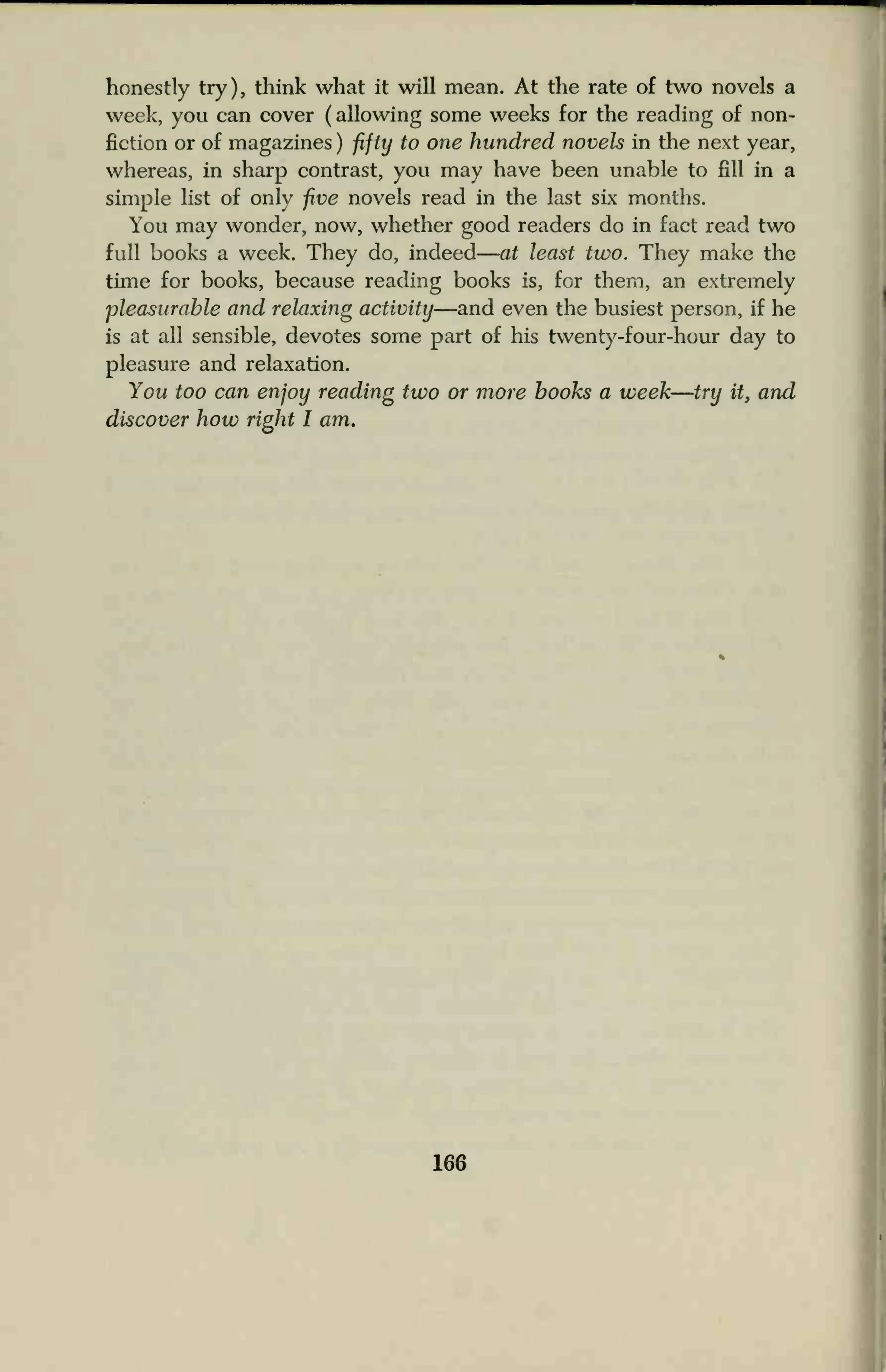
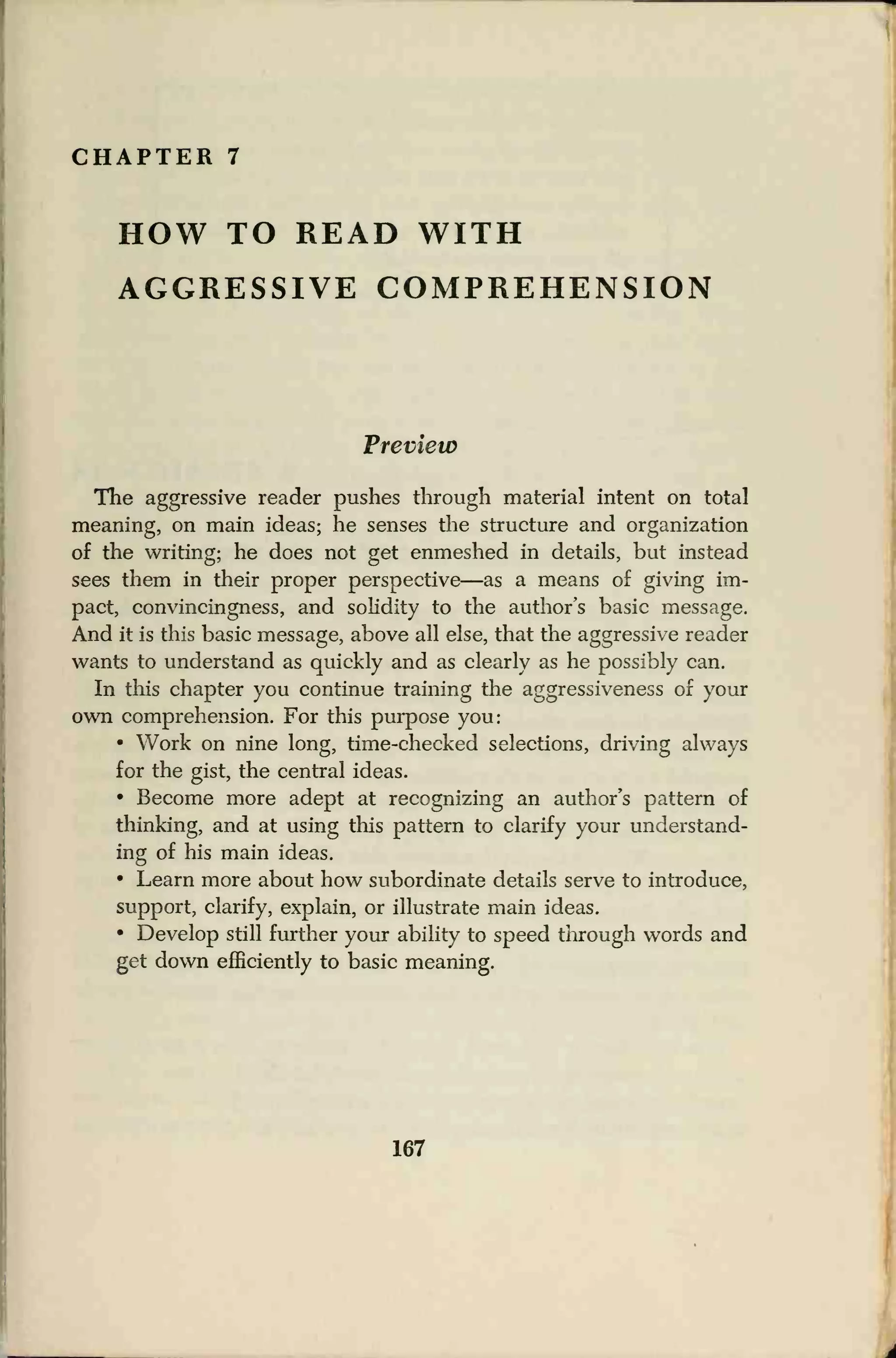
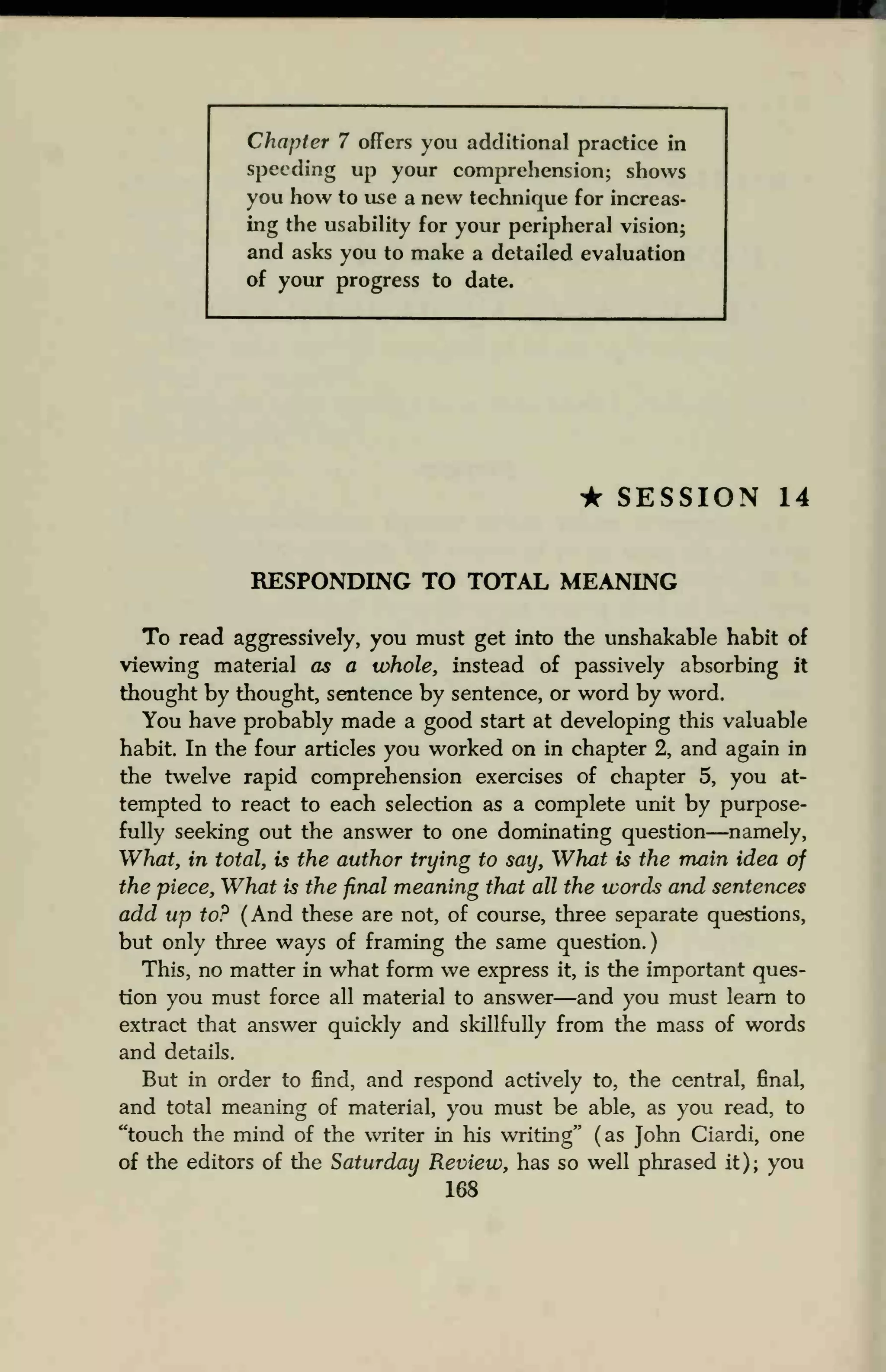

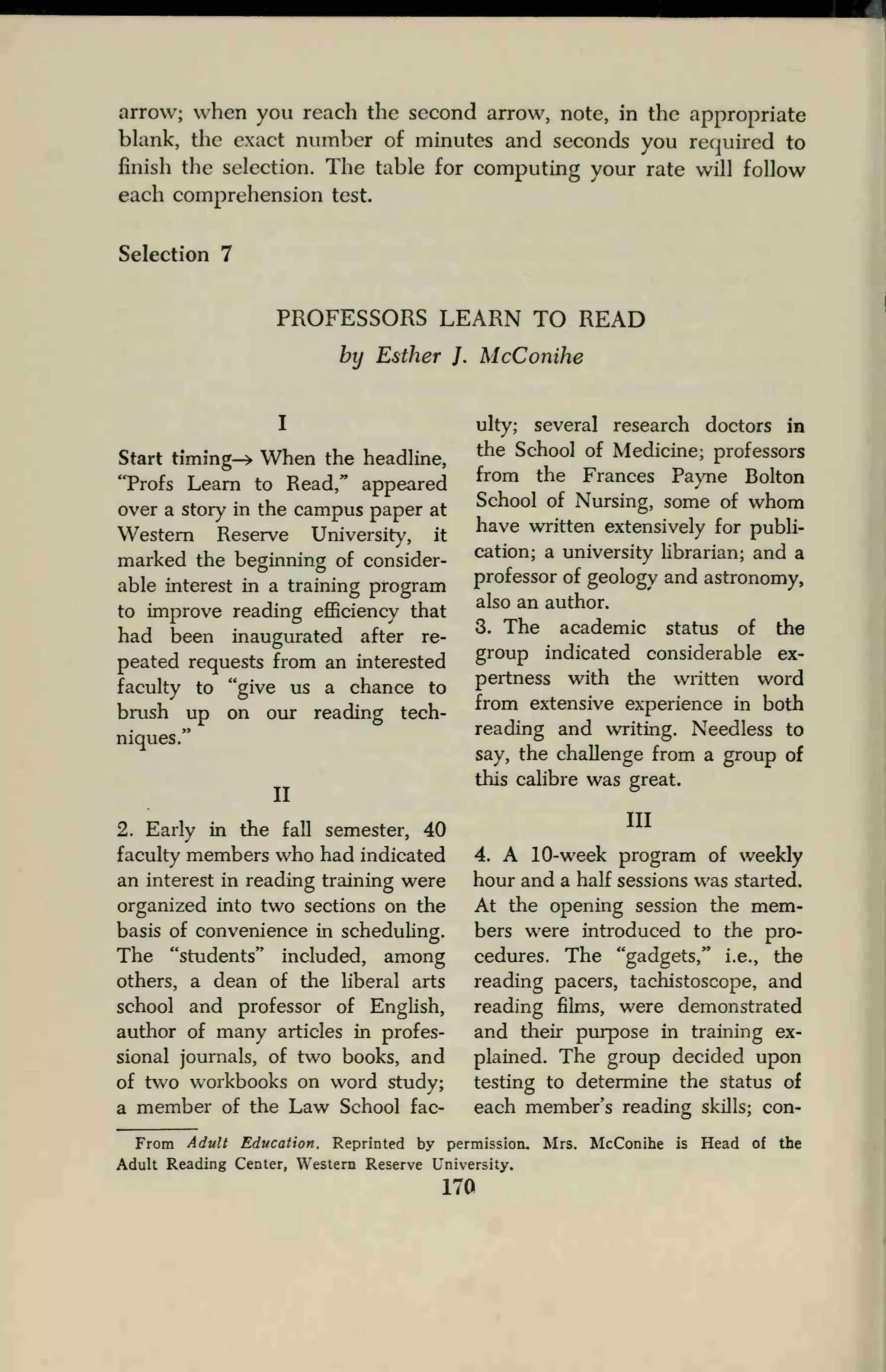
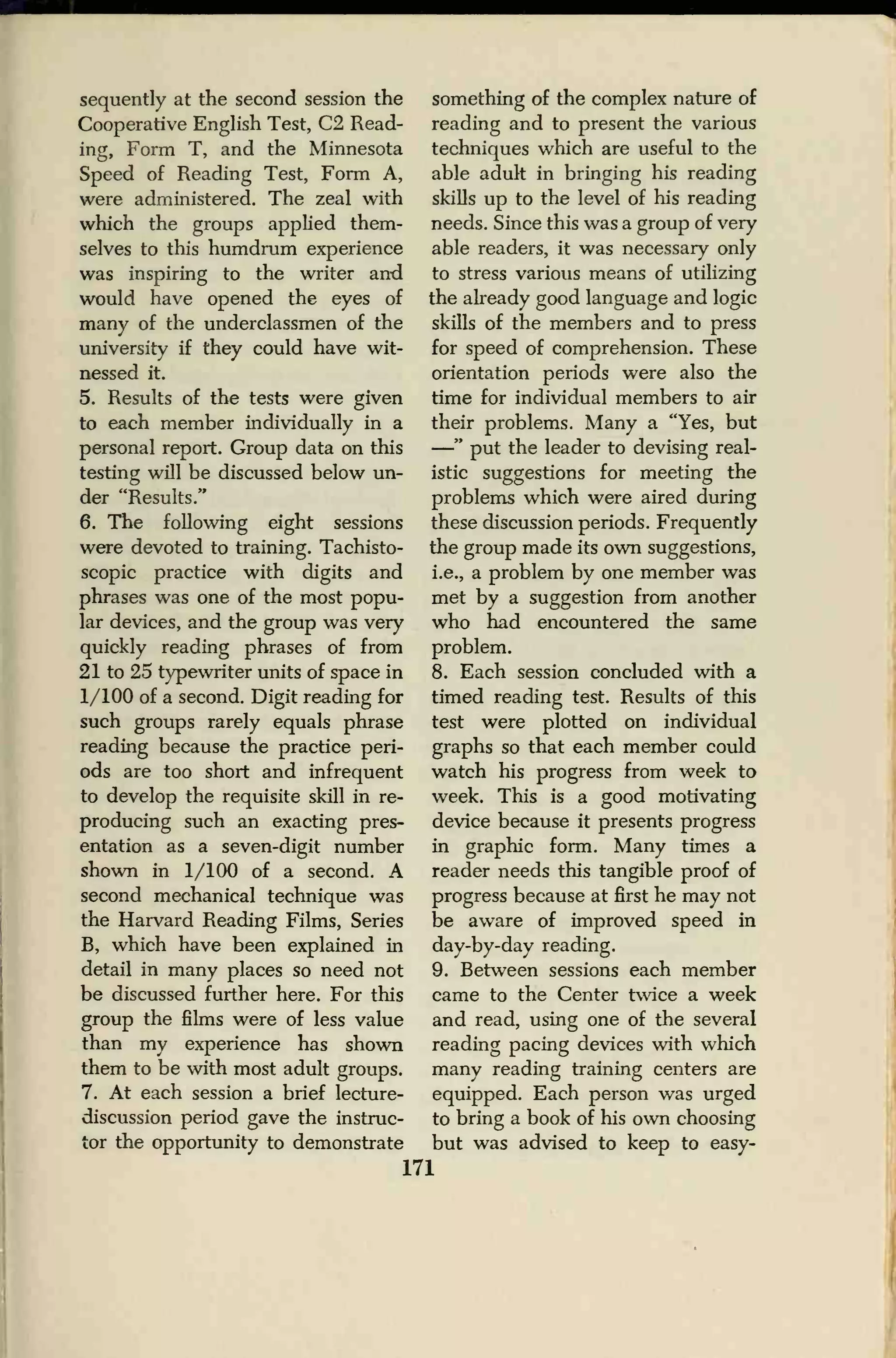
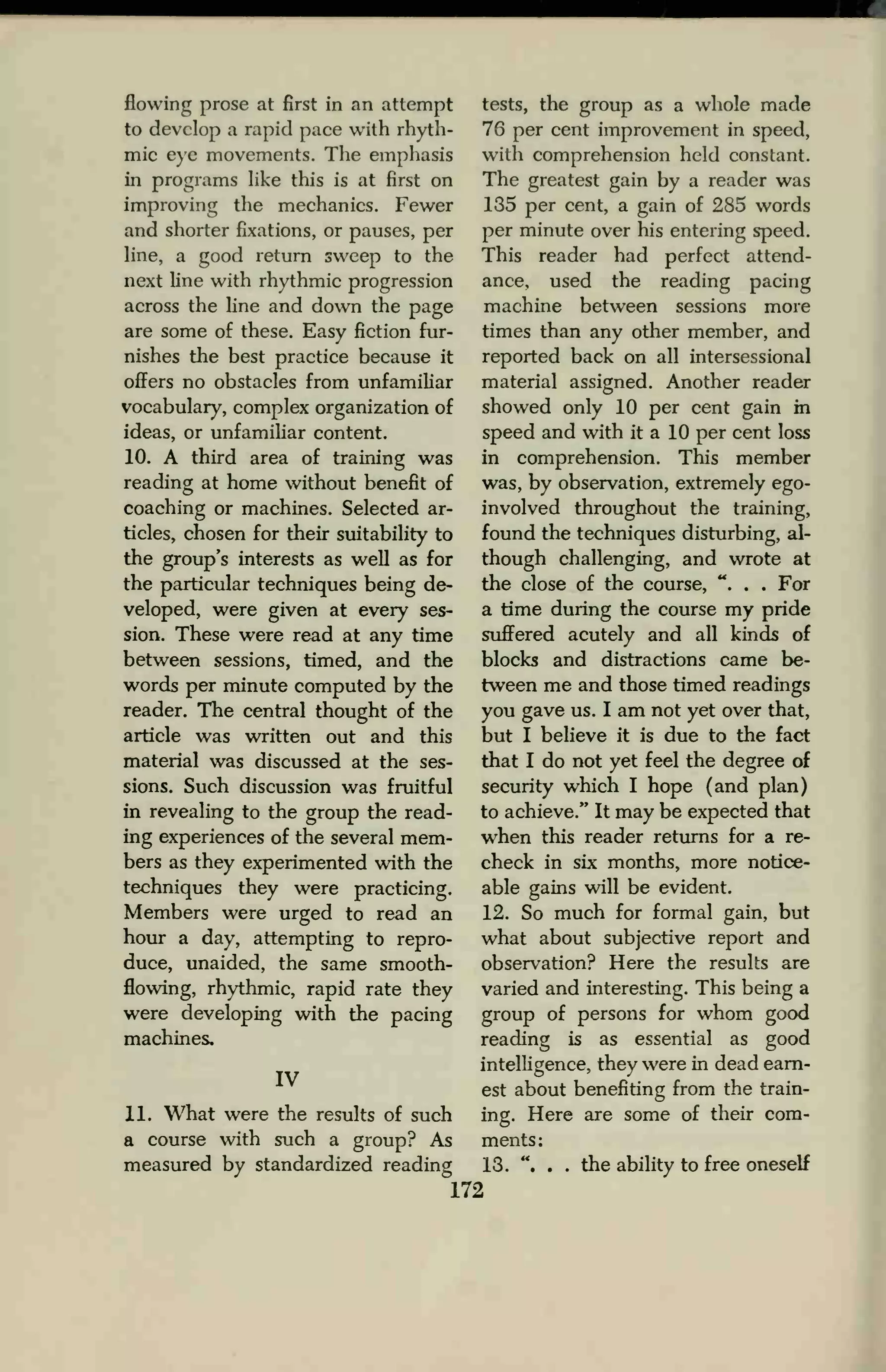


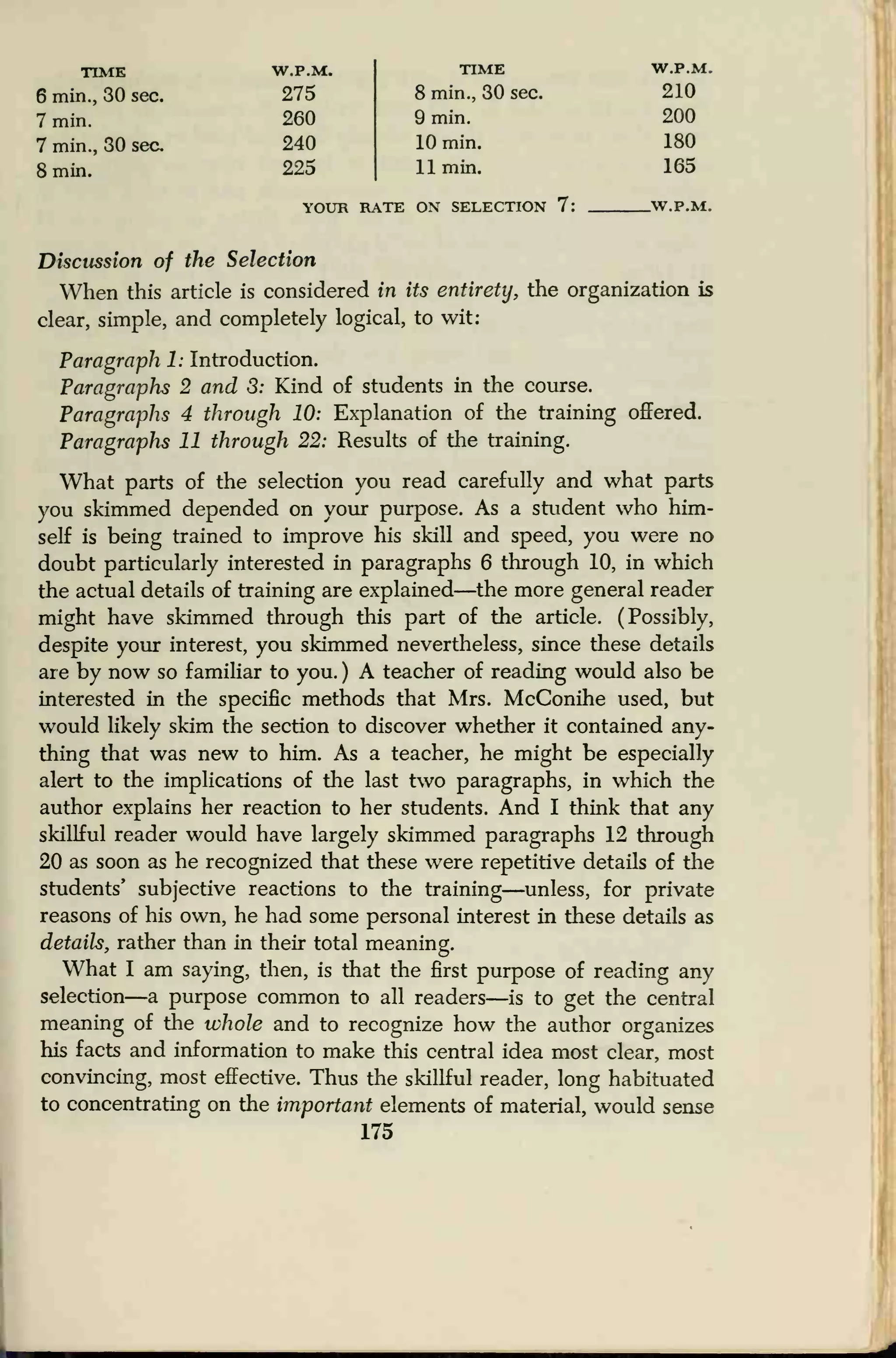
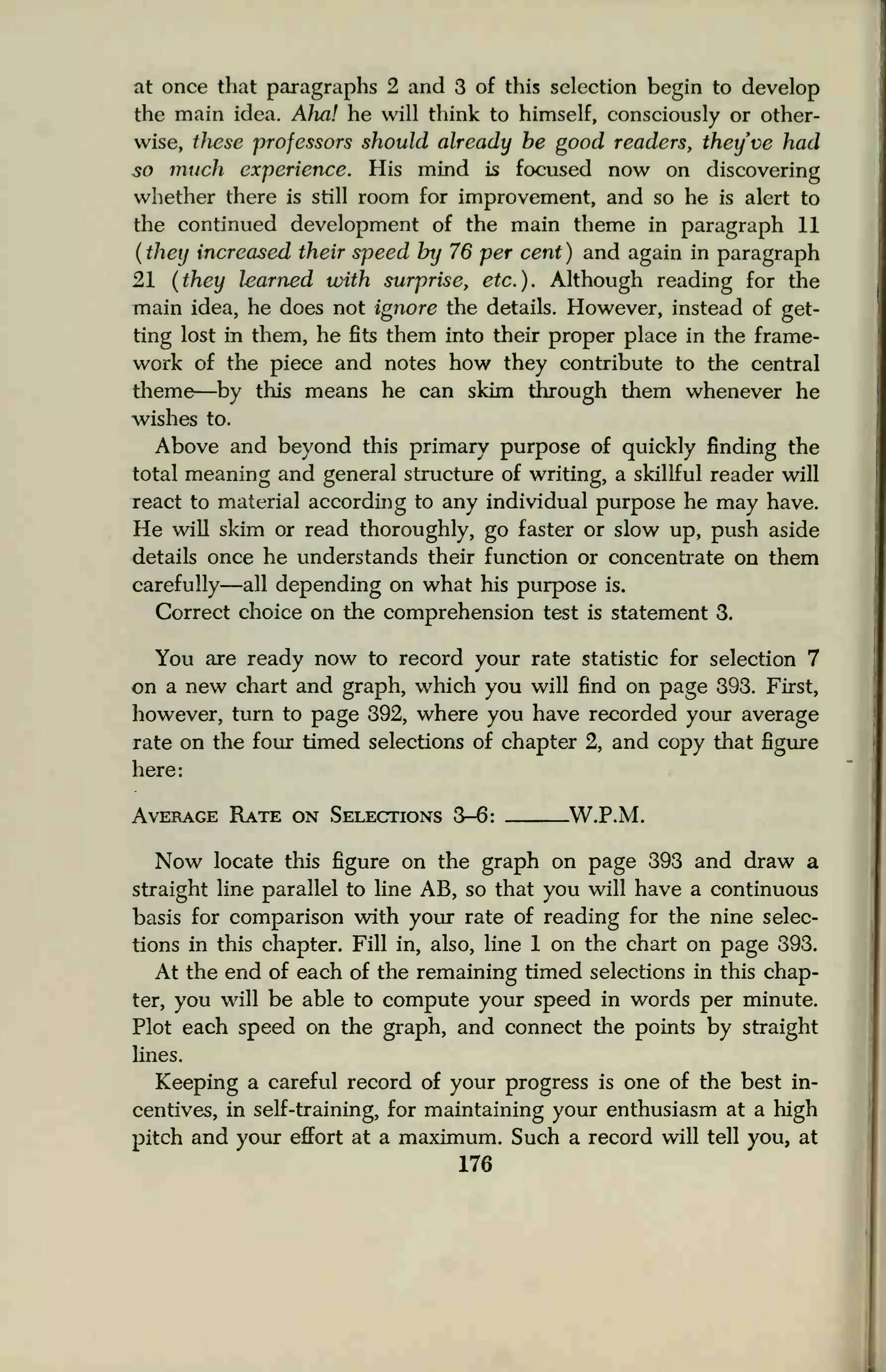
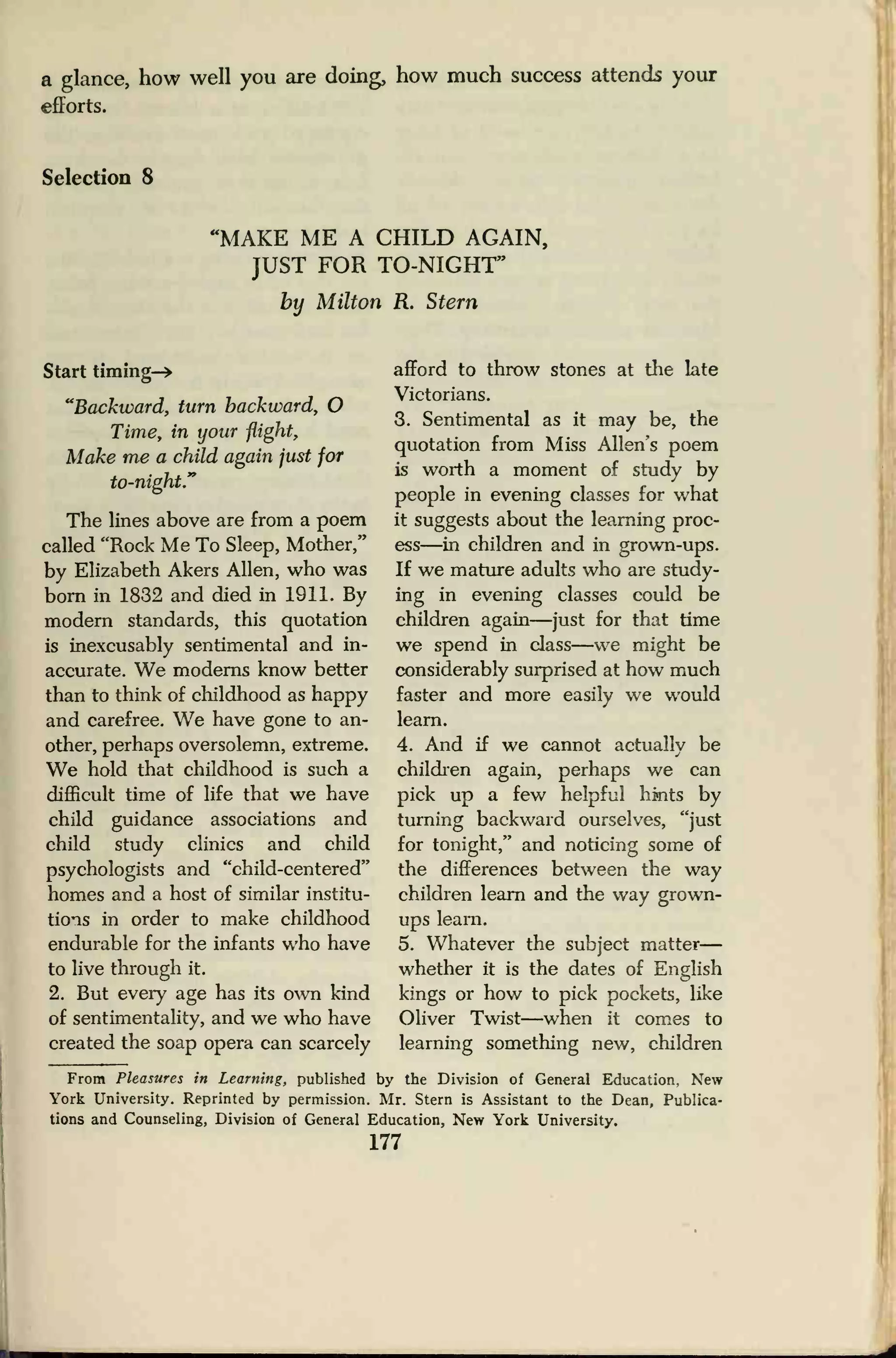
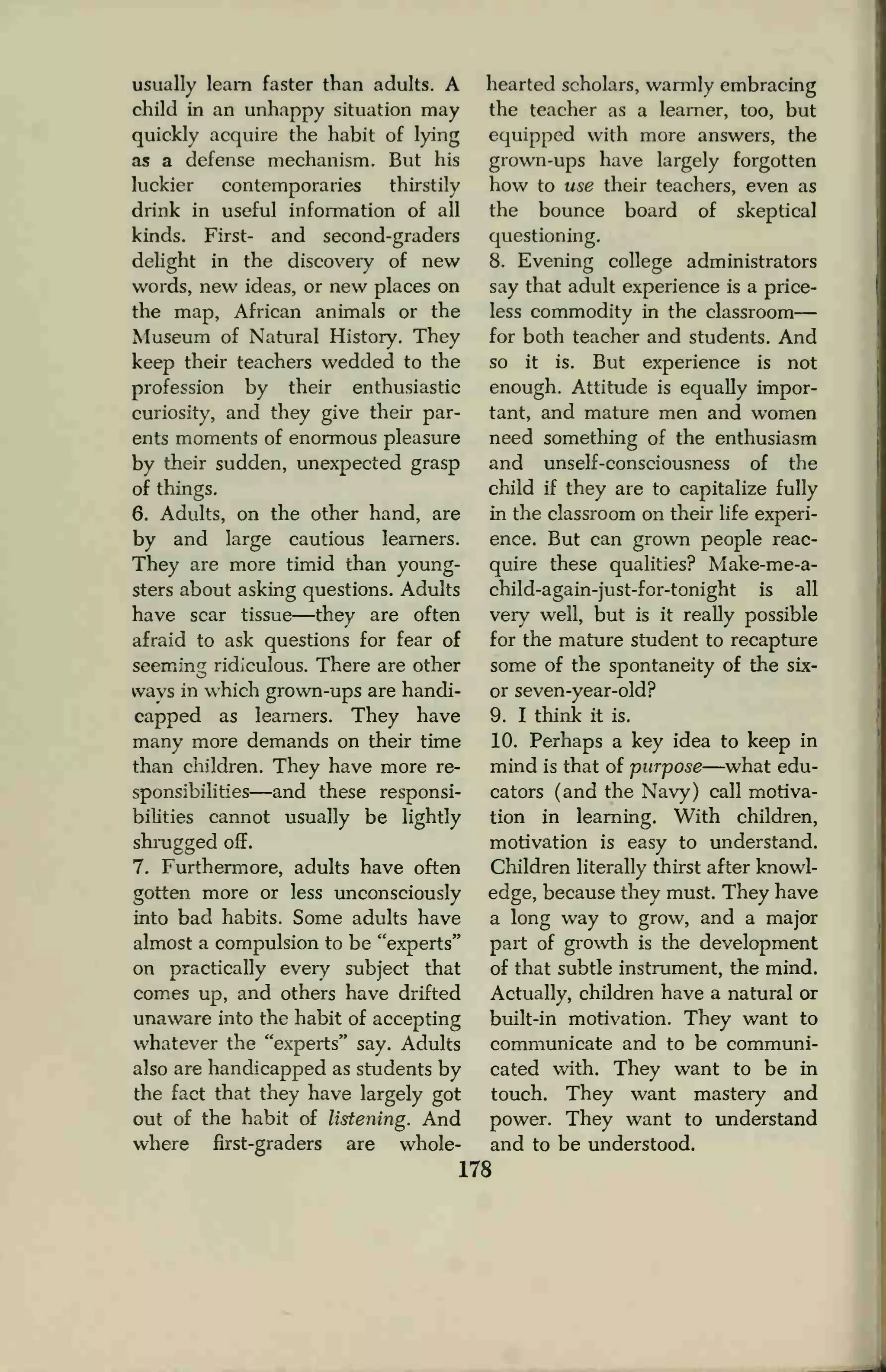
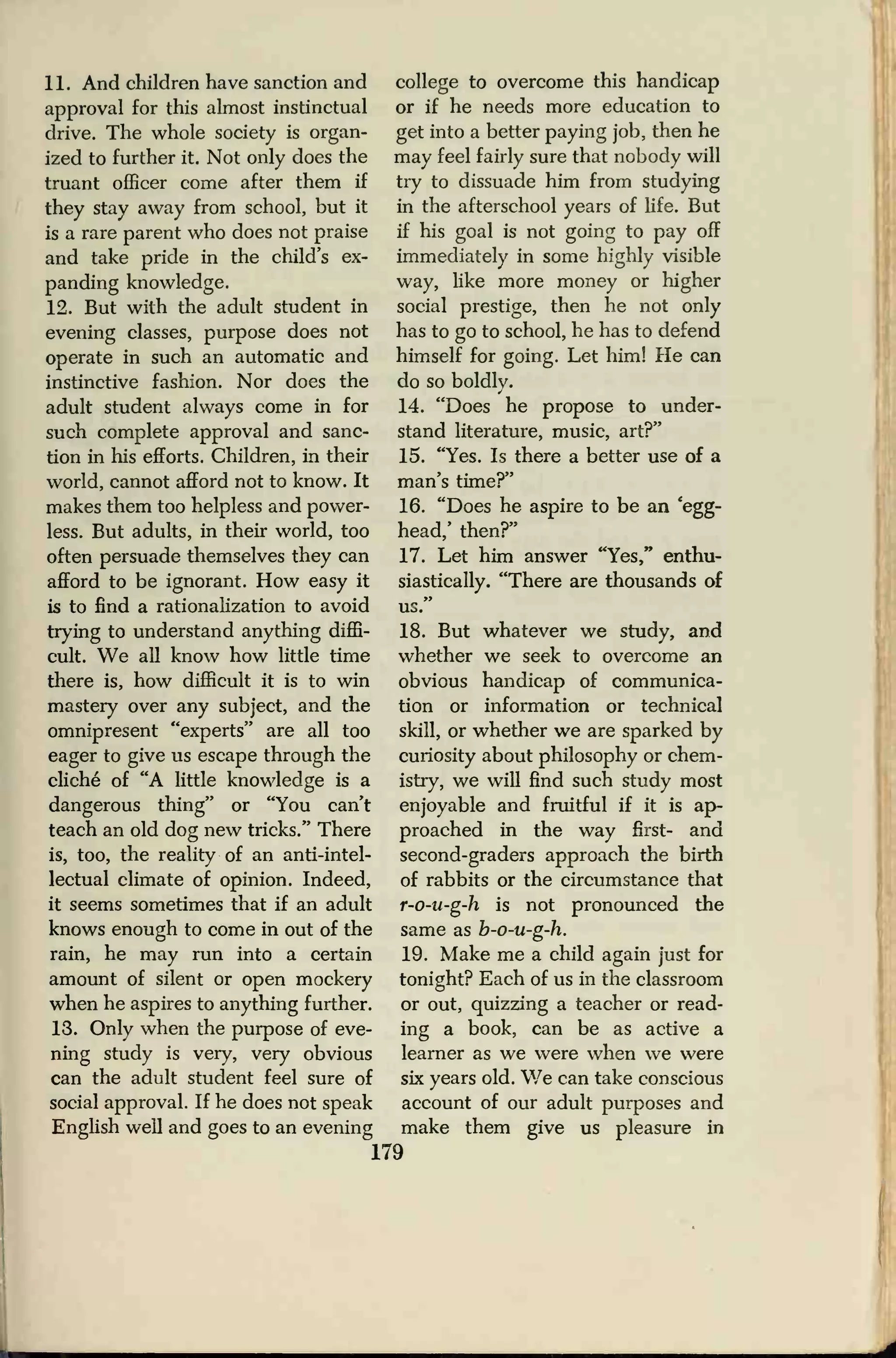
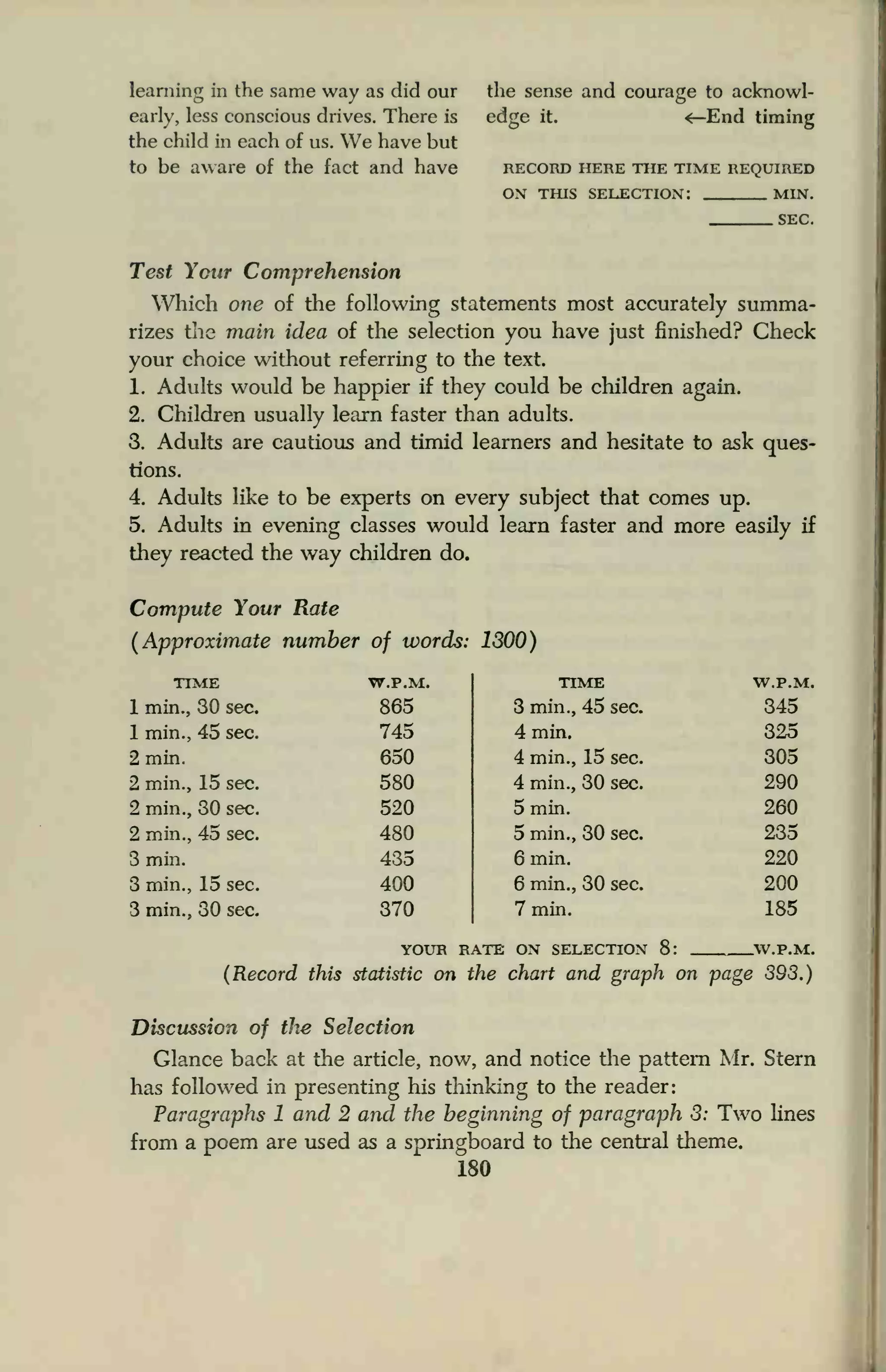
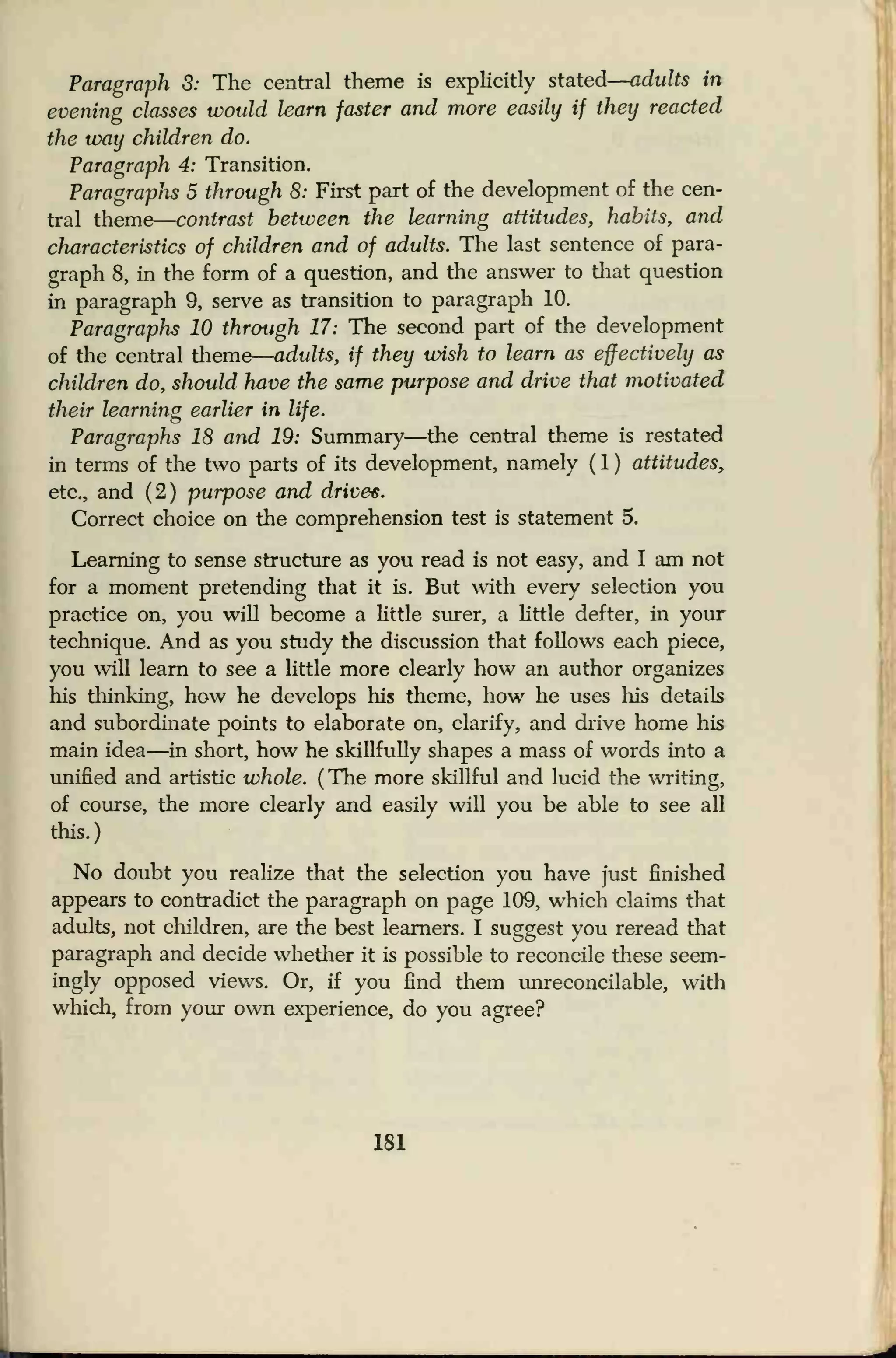
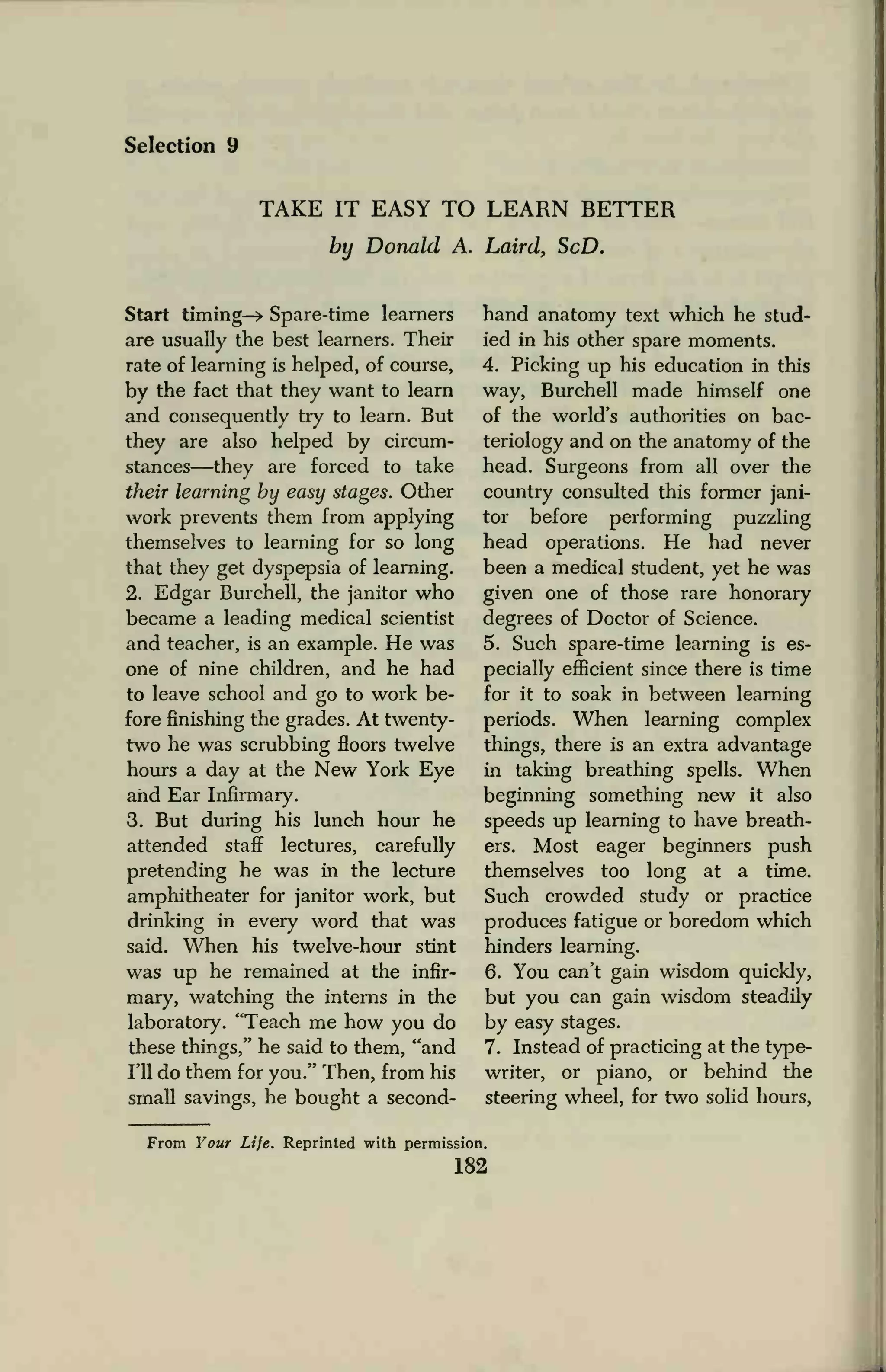
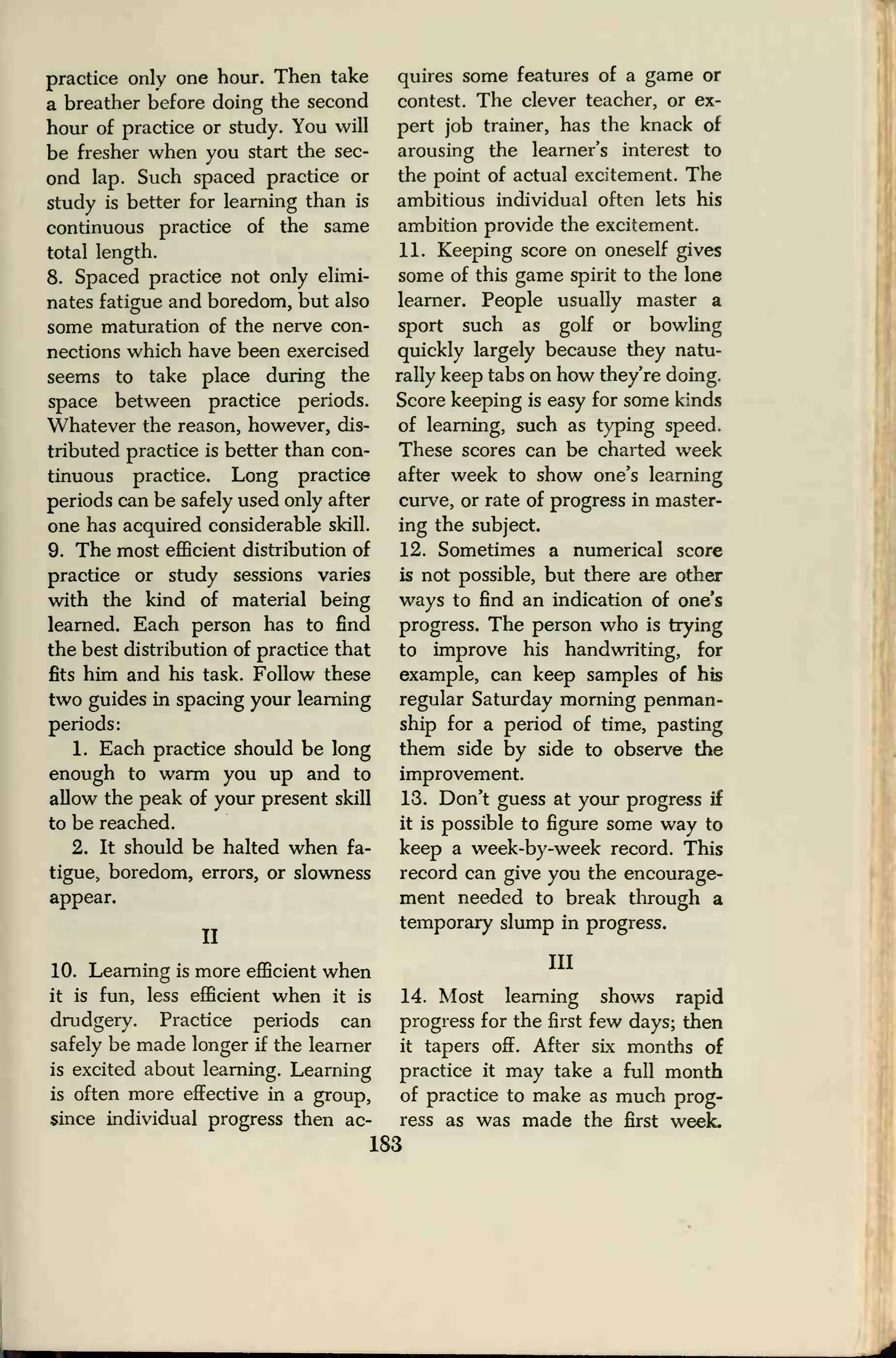
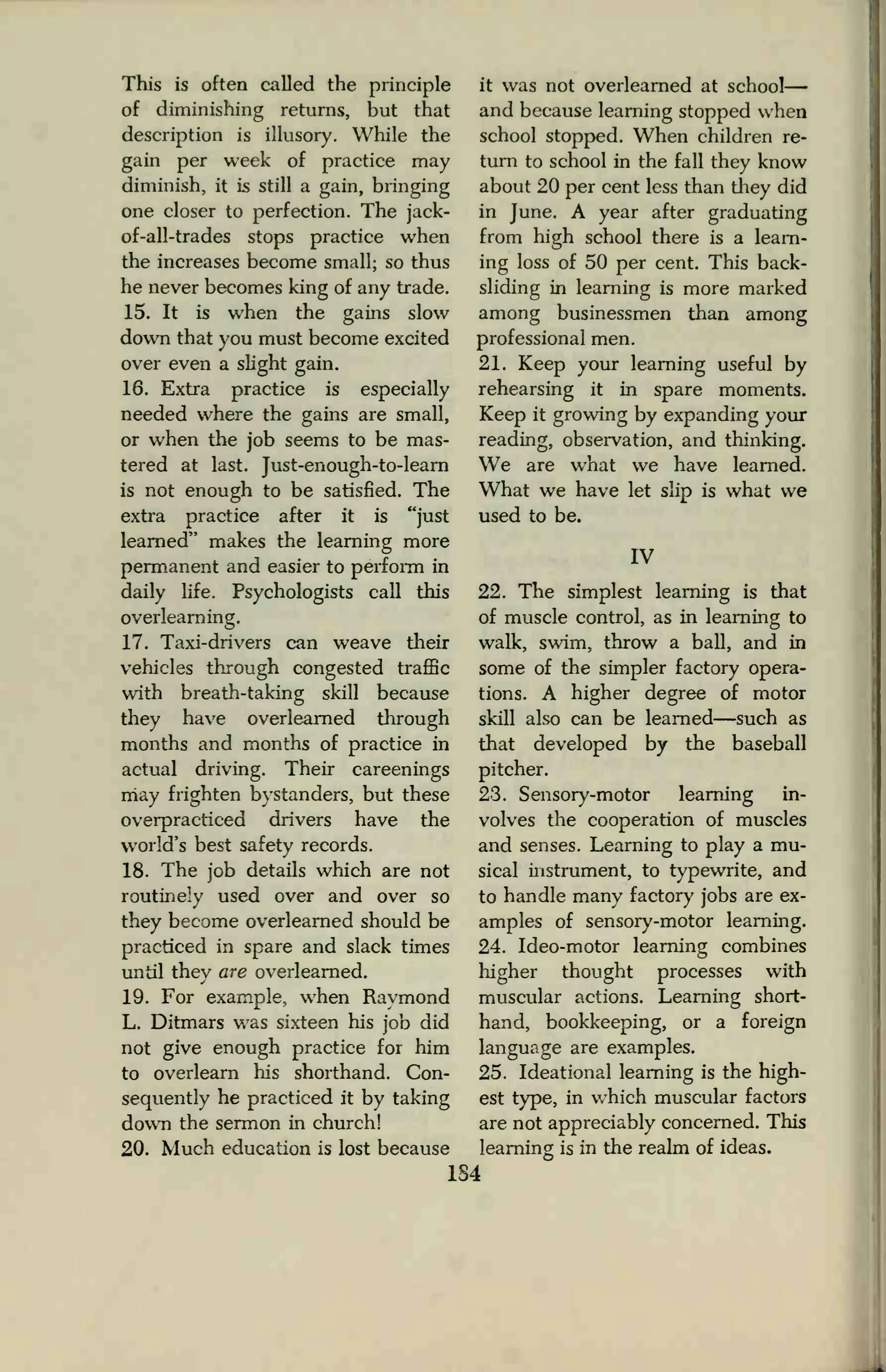

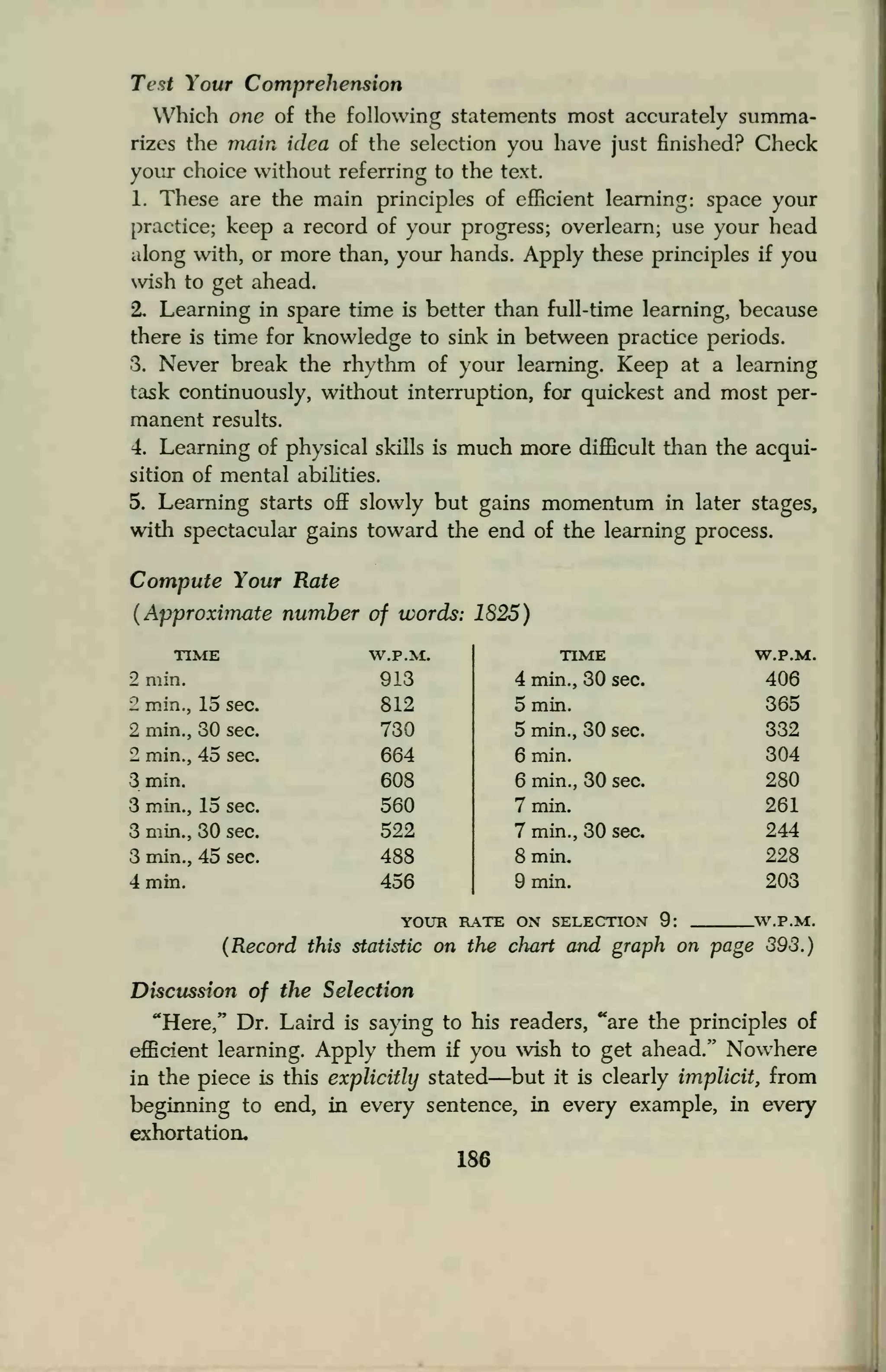
![In paragraphs 1 through 9, the author explains in elaborate detail
the first of these principles
—
for best results space your learning and
practice, i.e., take your learning in easy stages, etc. For the next
four paragraphs (through 13), he offers and enlarges on his second
suggestion
—
keep a record of your progress. In paragraphs 14
through 21, he calls for overlearning; then, through paragraph 30,
he describes four broad types of learning and suggests that you
"use your head along with . . . [or] more than your hands."
Finally, in the last two paragraphs, he sums up, under seven
headings, the four major principles around which the article is
built.
Correct choice on the comprehension test is statement 1.
Selection 10
WHAT IF I DONT GET MARRIED?
by Virginia Hurray
Start timing—> They tell me I may
never marry. It's a matter of cold
fact that women are outnumbering
men and that there just aren't
enough unmarried men today for
all the eligible women.
At 27, I am amply forewarned
by statistics that my dreams of
marriage may never come true.
Nevertheless, I can face the pros-
pect of middle-aged and old maid-
enhood with something like indif-
ference.
presented with too much gloom
and foreboding.
The authors of articles on the
man shortage (have you noticed
that they are invariably men?) are
altogether too distressed and ap-
prehensive about the unmarried
female. They fear loneliness and
frustration among unclaimed
will lead to wholesale
other women's hus-
II
I'm glad to have been exposed
to the statistics: it's good to know
what the score is. But I am con-
vinced that the statistics are being
From Look. Reprinted with permission of the Cowles Syndicate. Miss Hurray is &
feature writer for the Youngstown, Ohio, Vindicator.
187
women
snatching of
bands.
Rubbish, I say to these worries!
They insult the integrity of women
and belittle all the efforts that par-
ents, pastors and teachers made
in our childhood to fill us with the
determination to lead moral and
useful lives. They are based on the](https://image.slidesharecdn.com/howtoreadbetterandfaster-normanlewis-150703192625-lva1-app6892/75/How-to-read-better-and-faster-norman-lewis-209-2048.jpg)

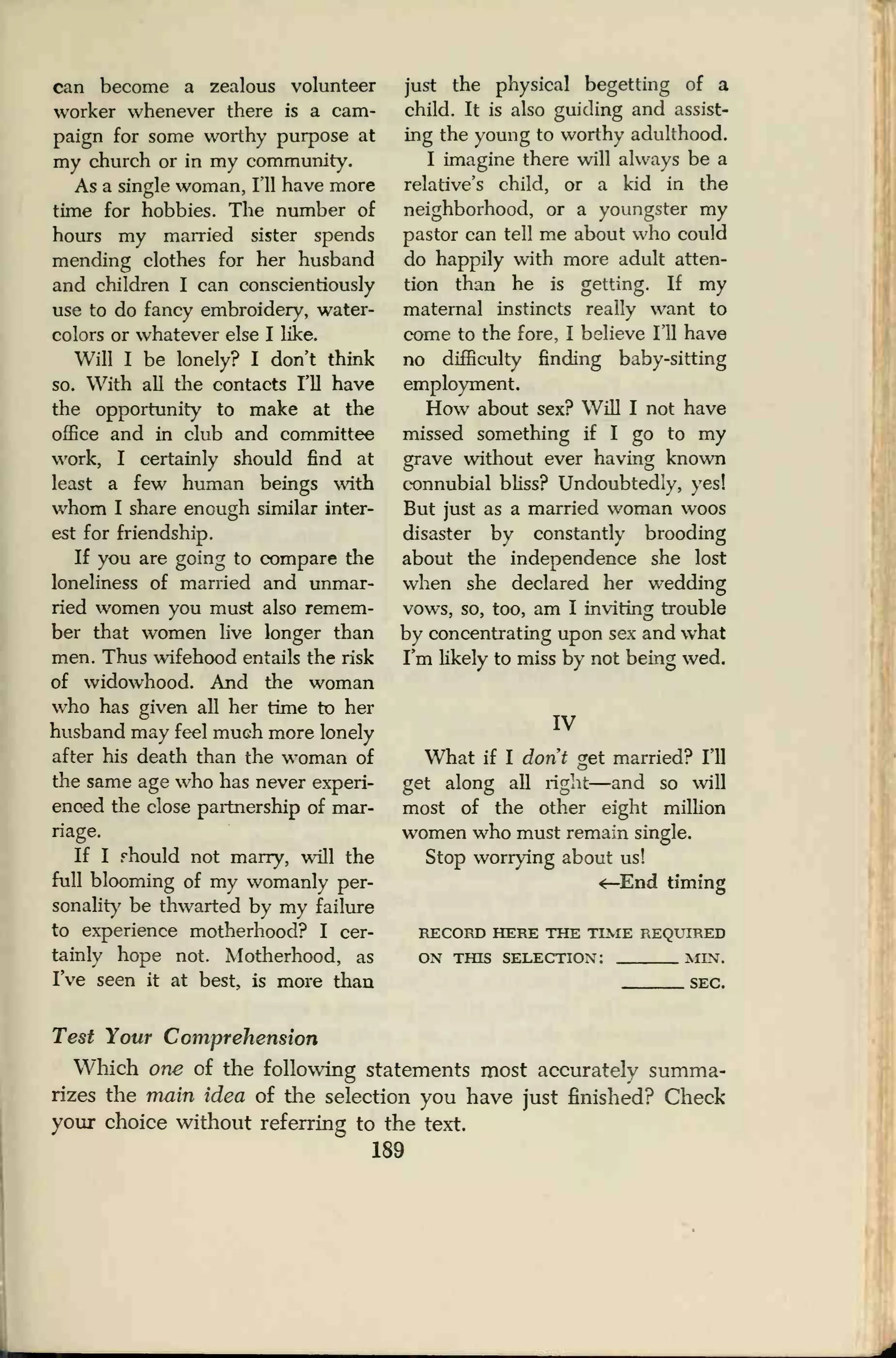
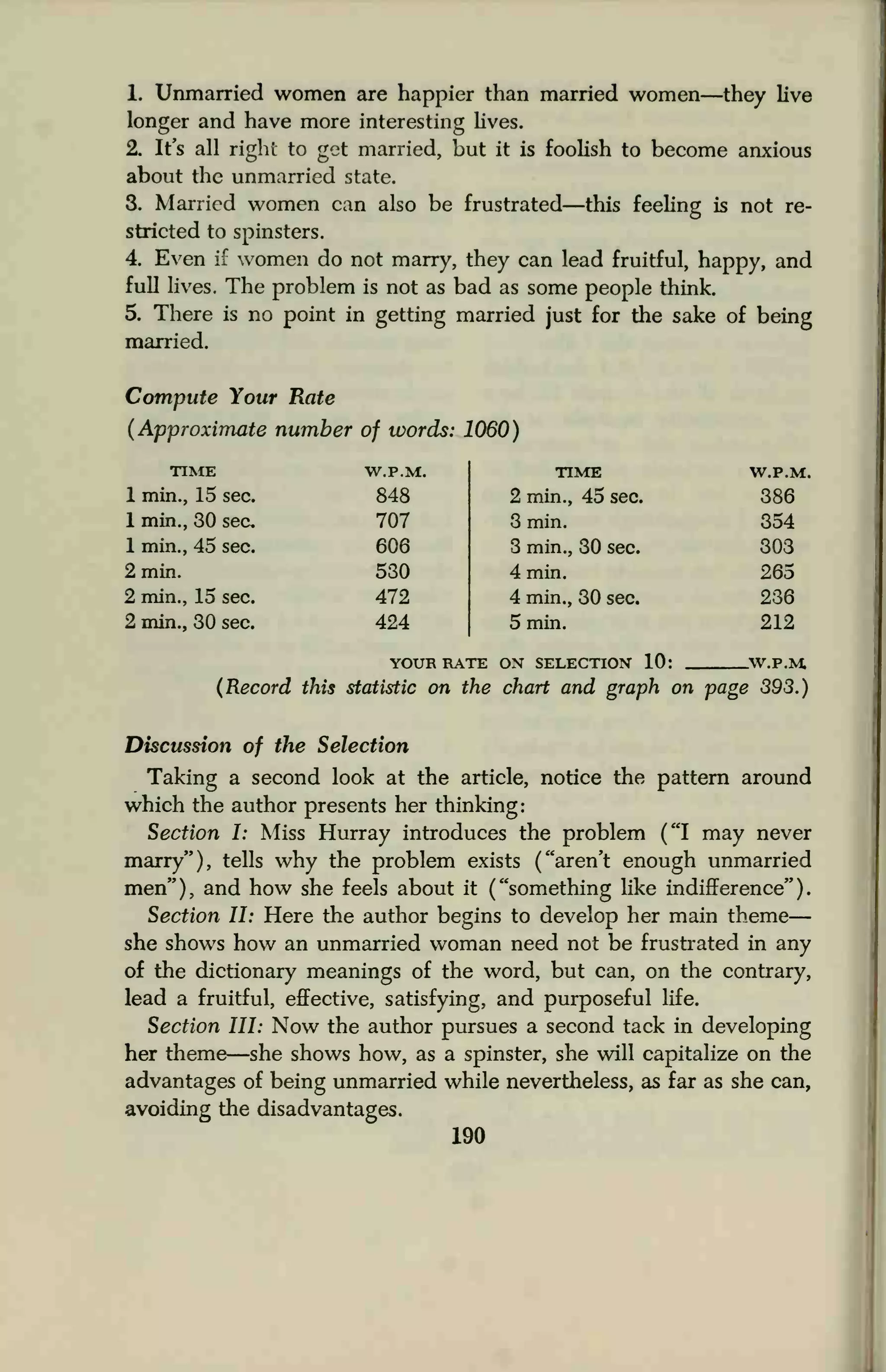
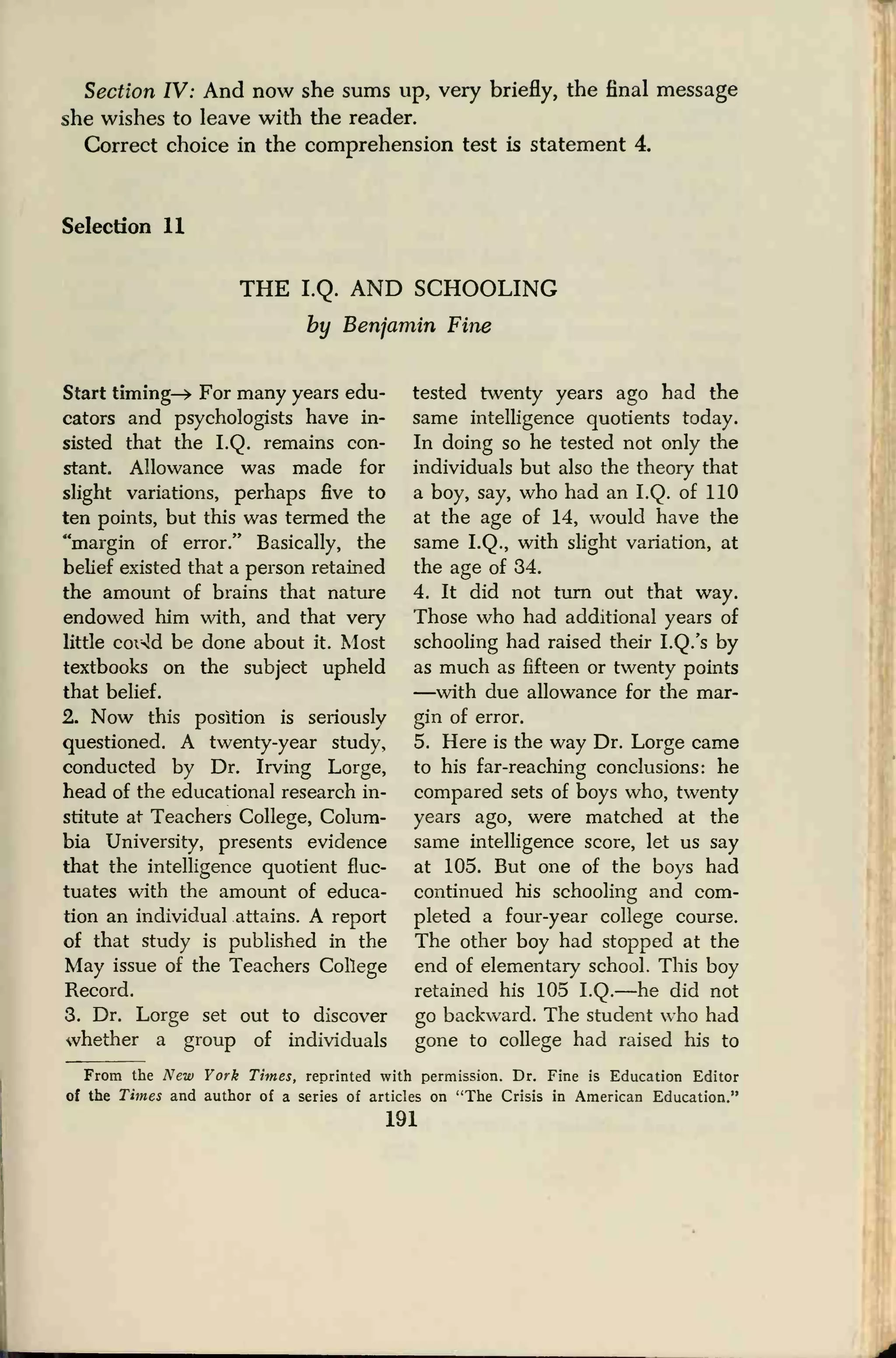
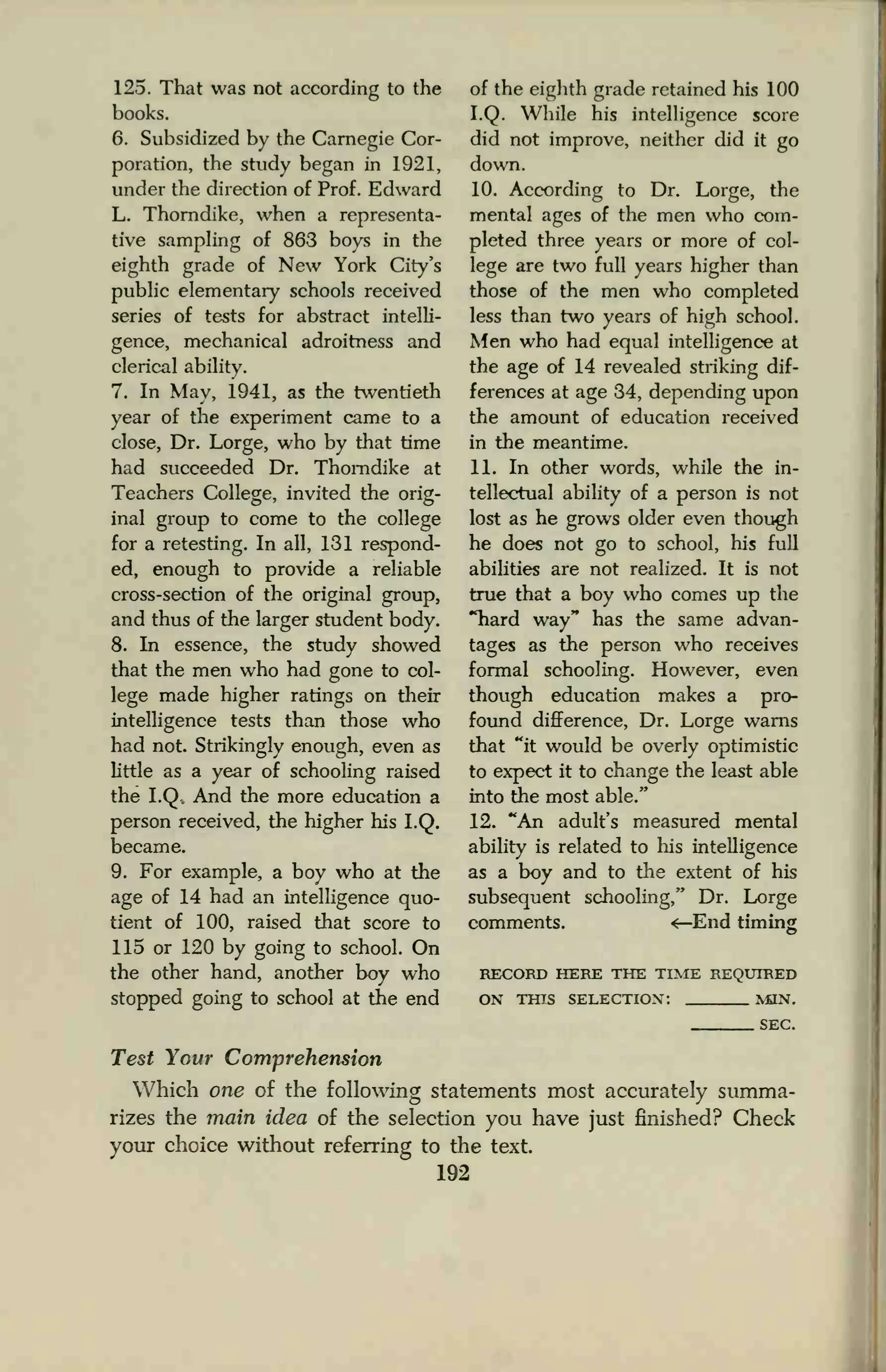
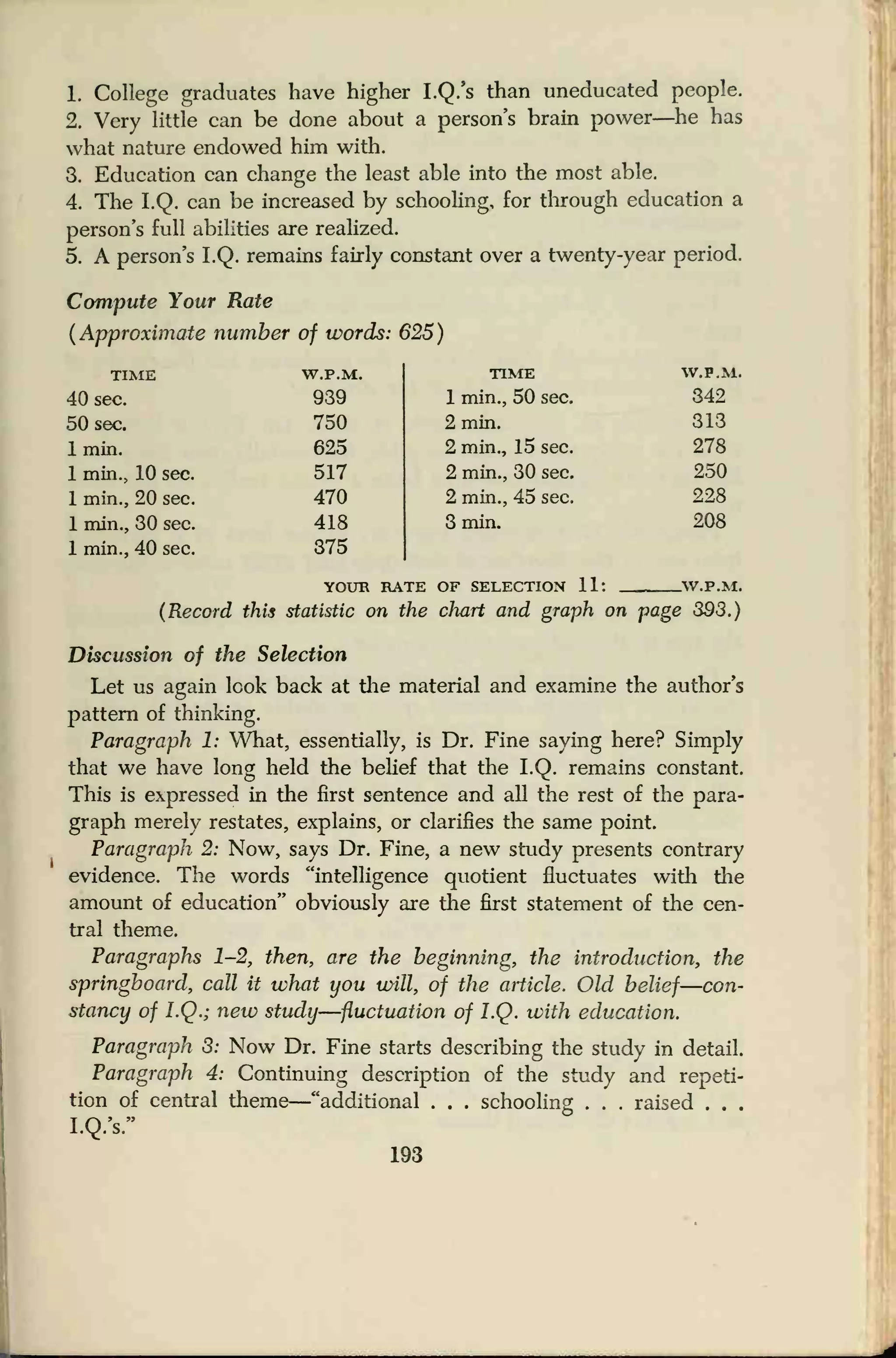
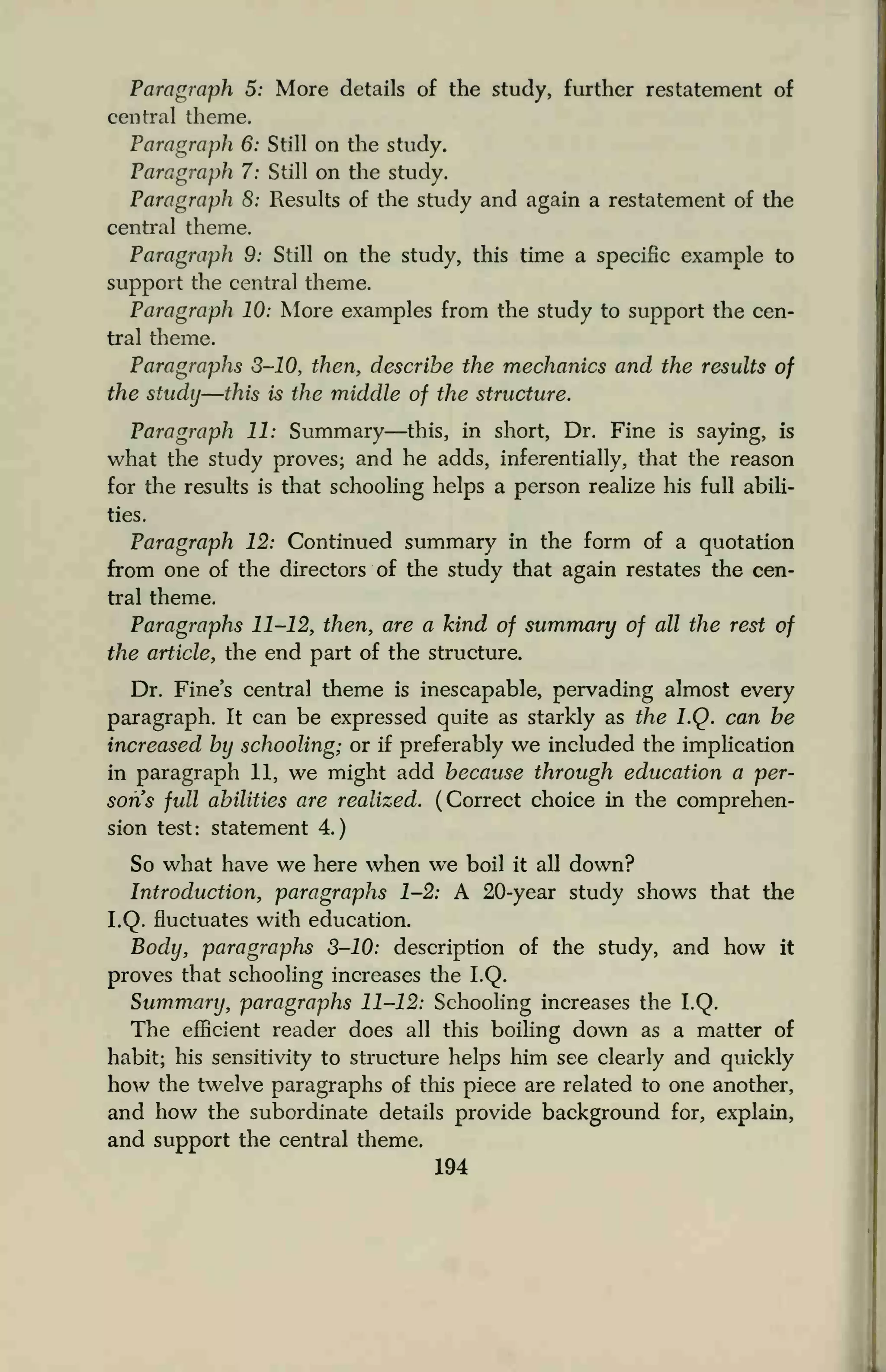
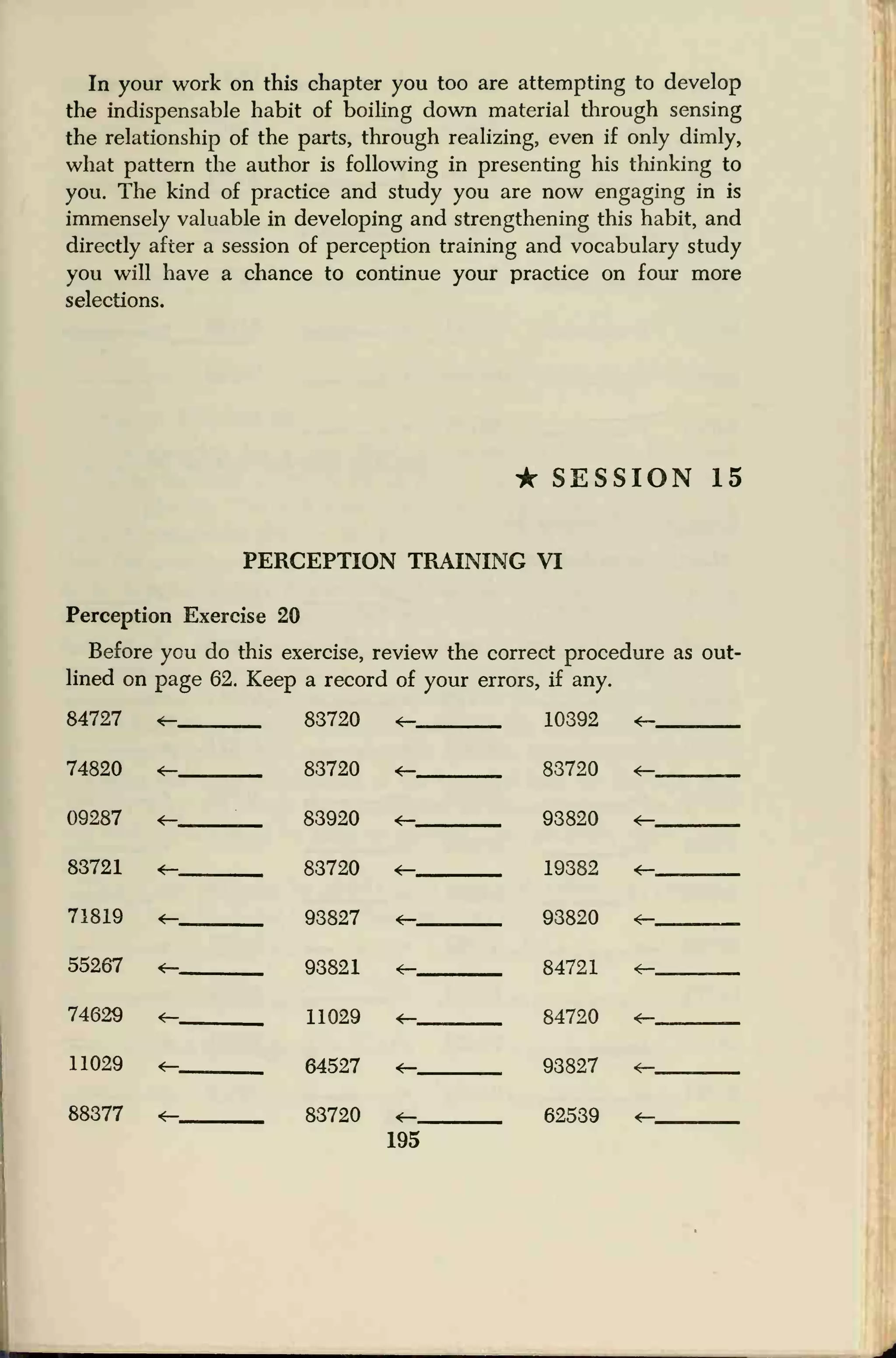
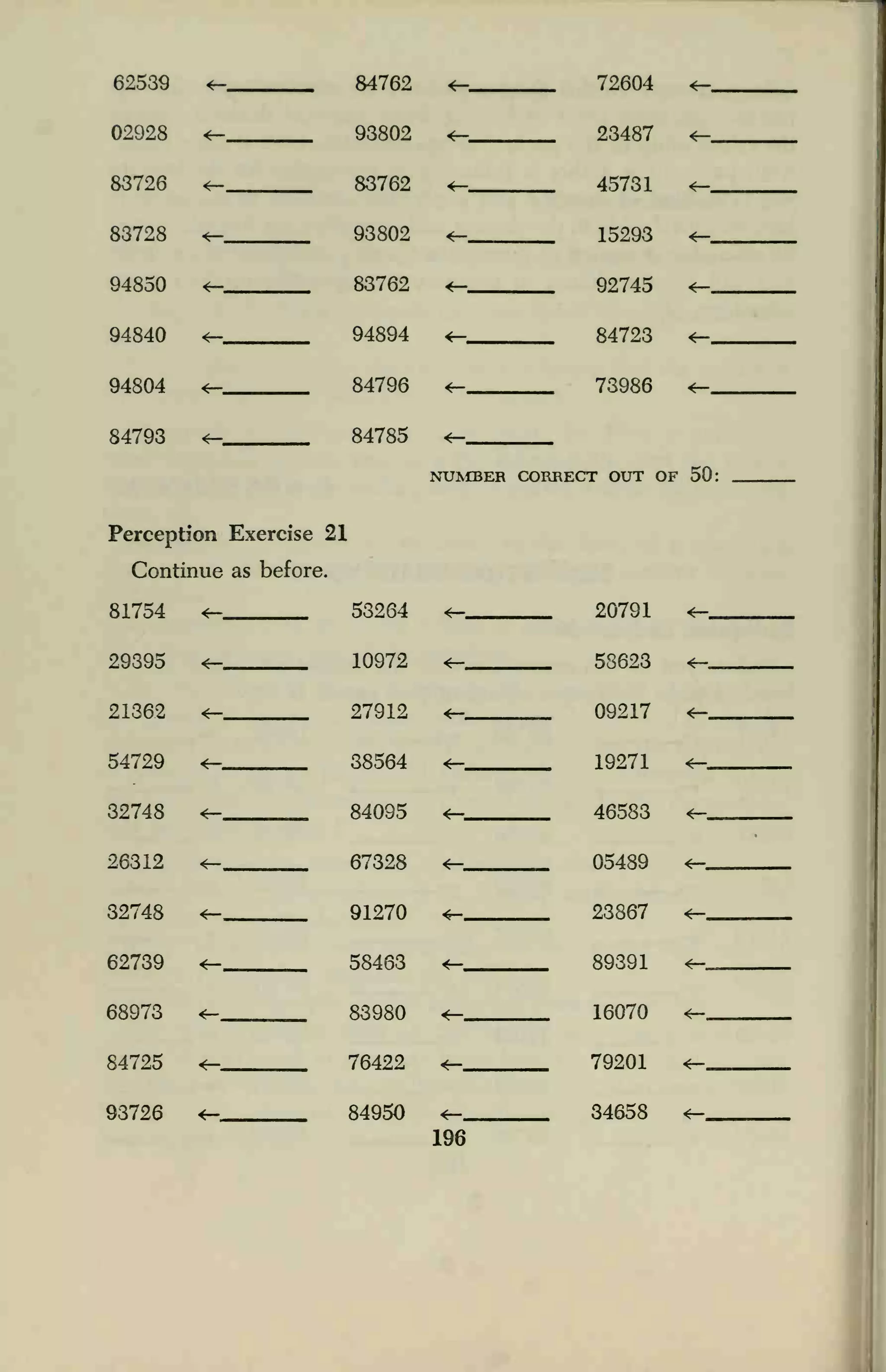
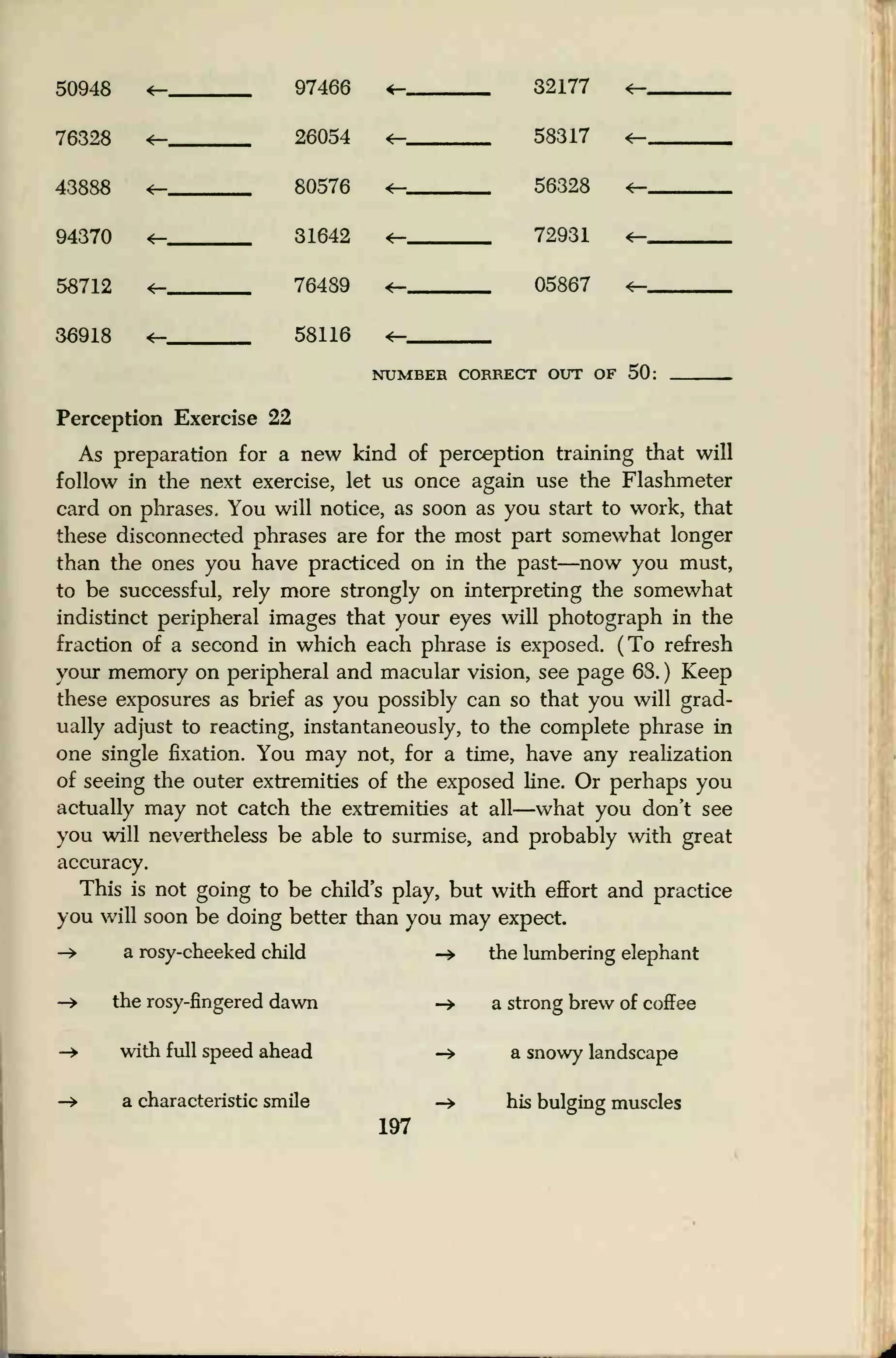
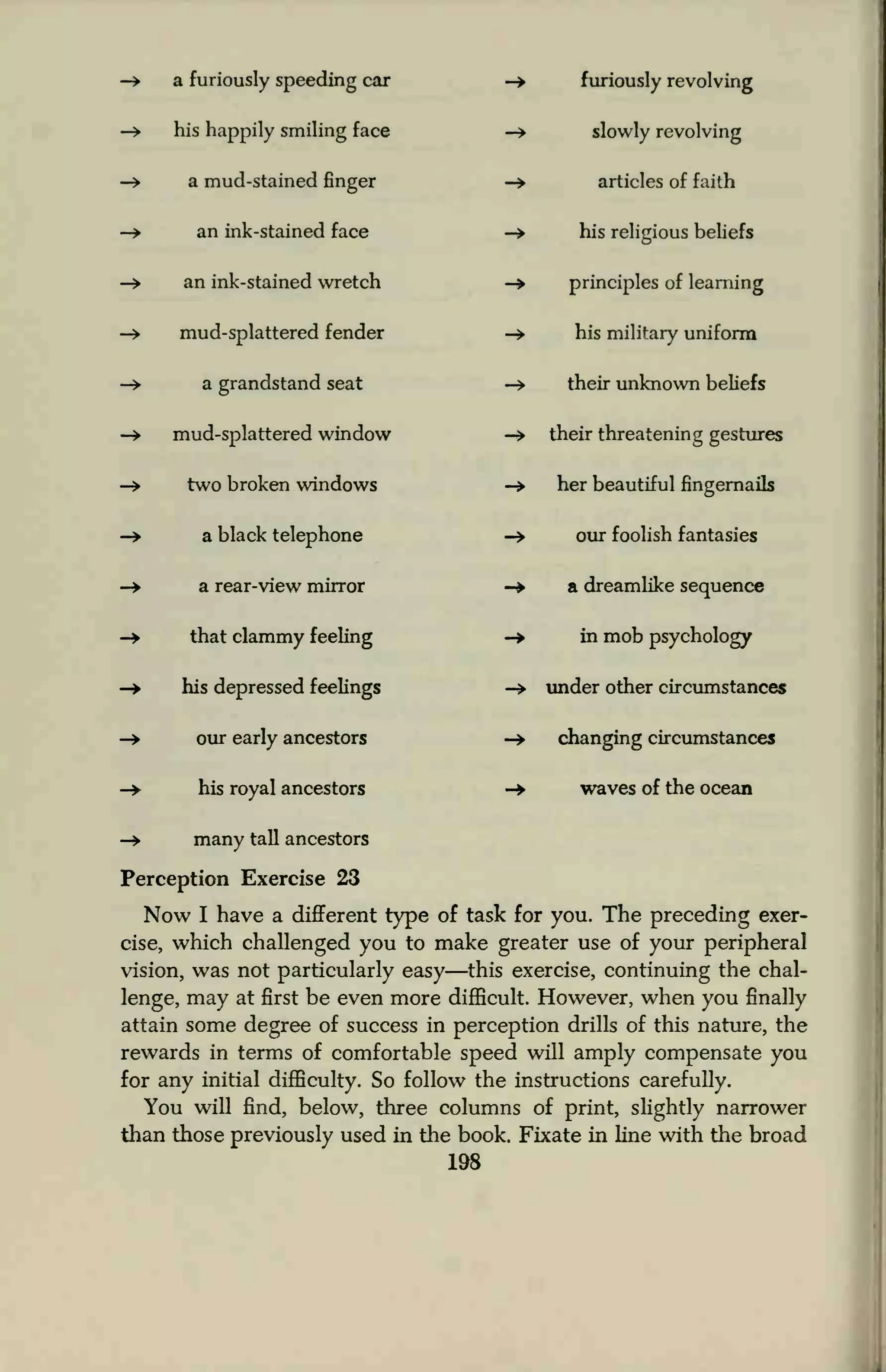
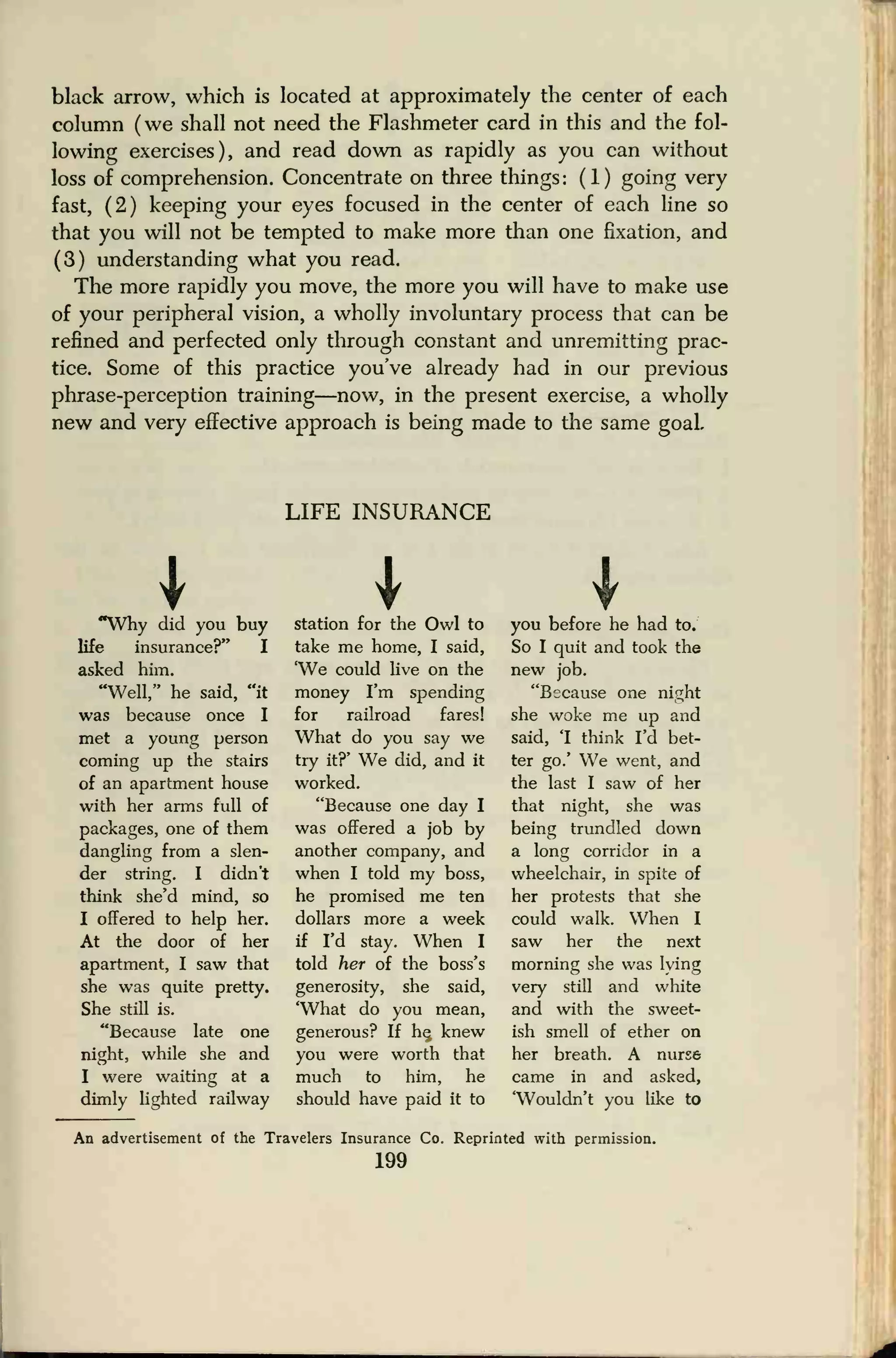
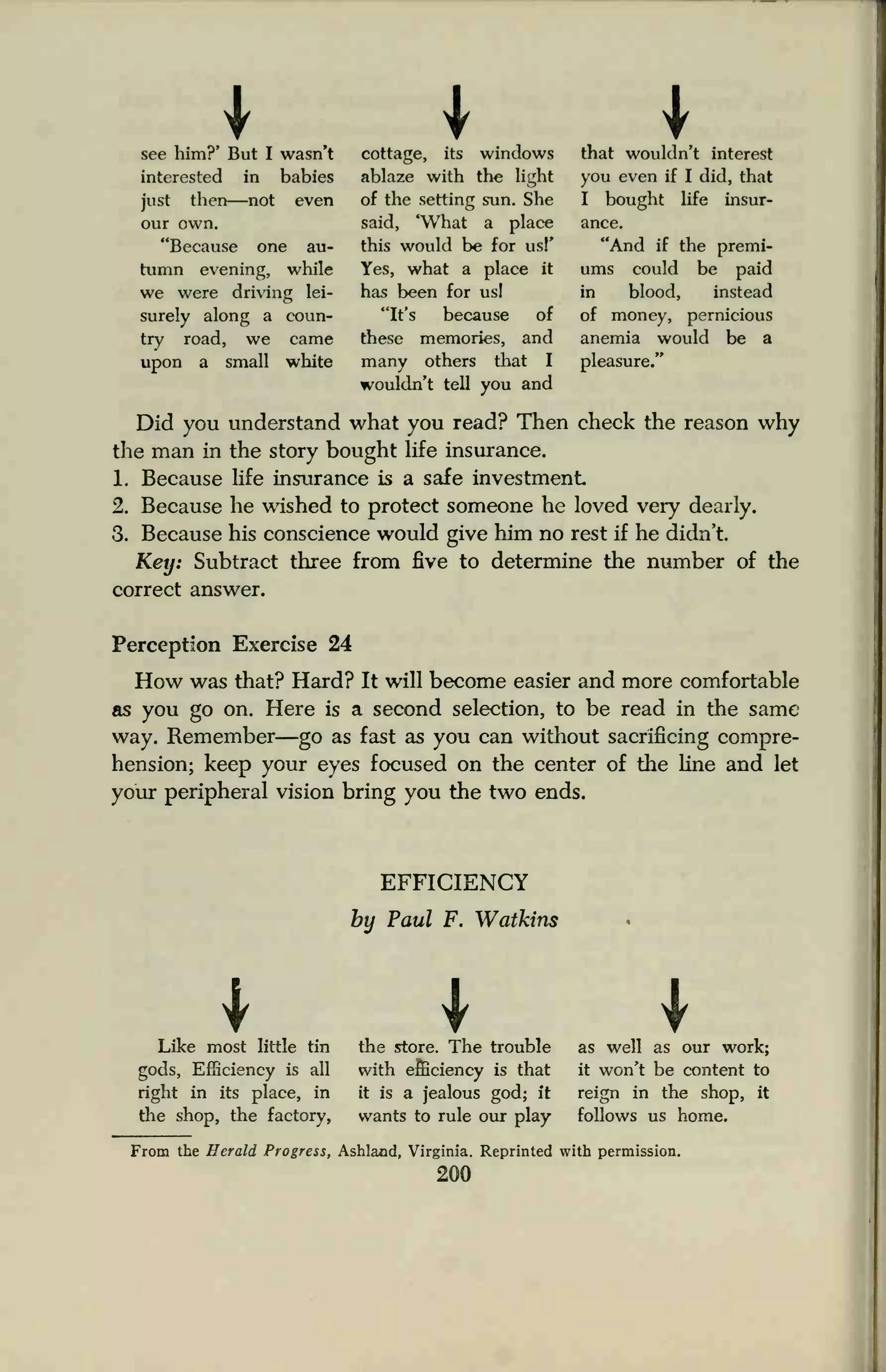
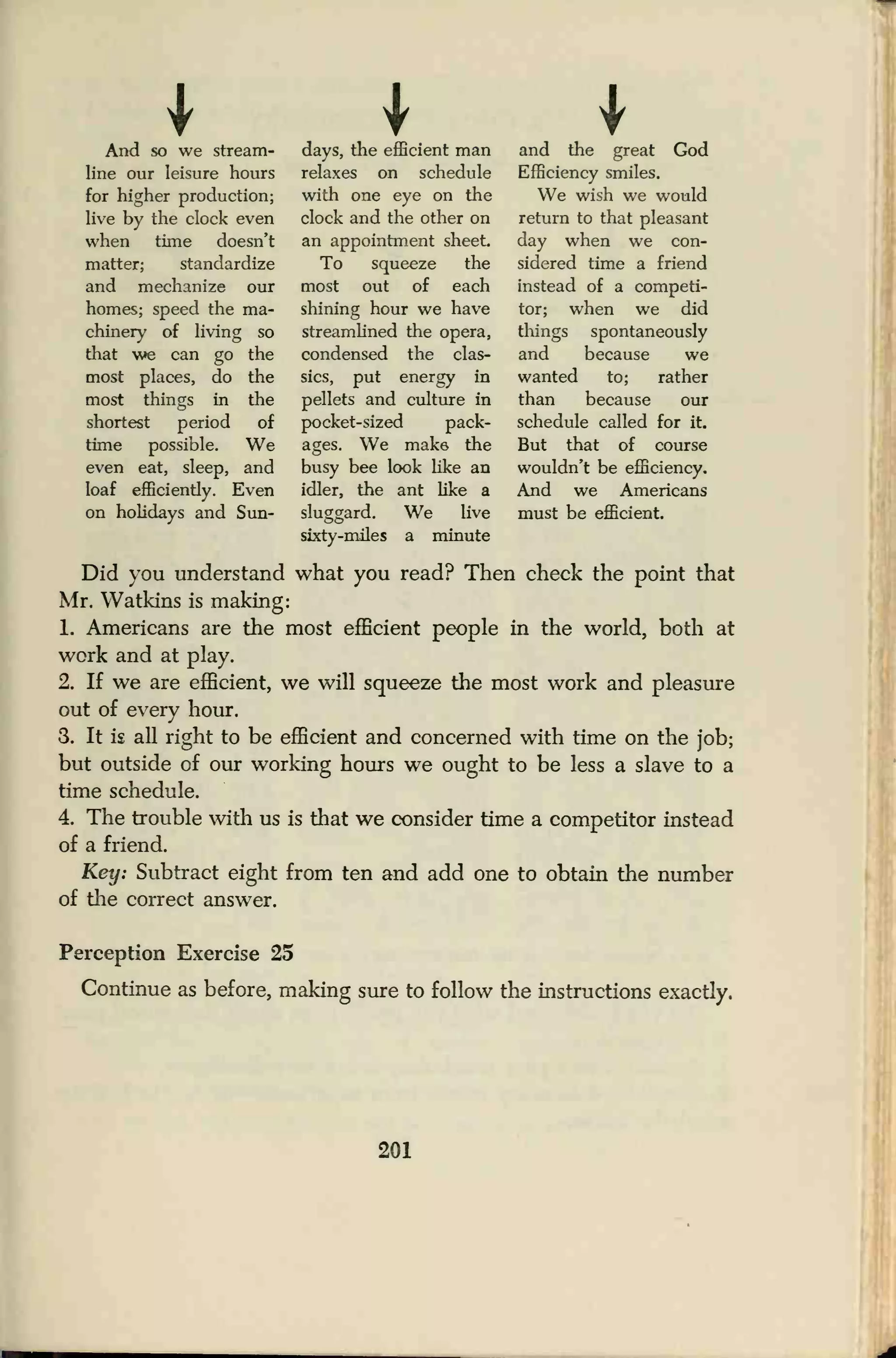

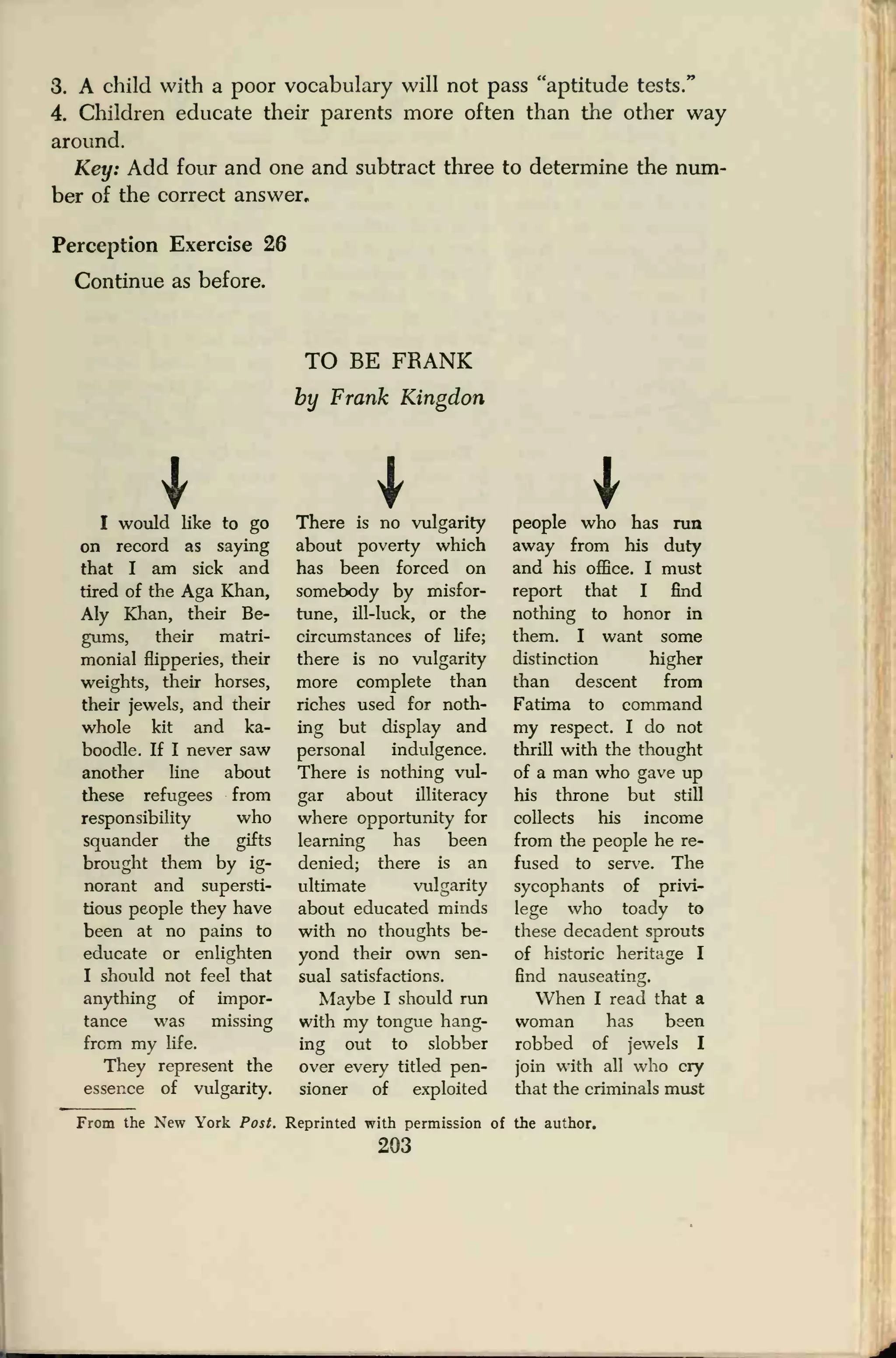
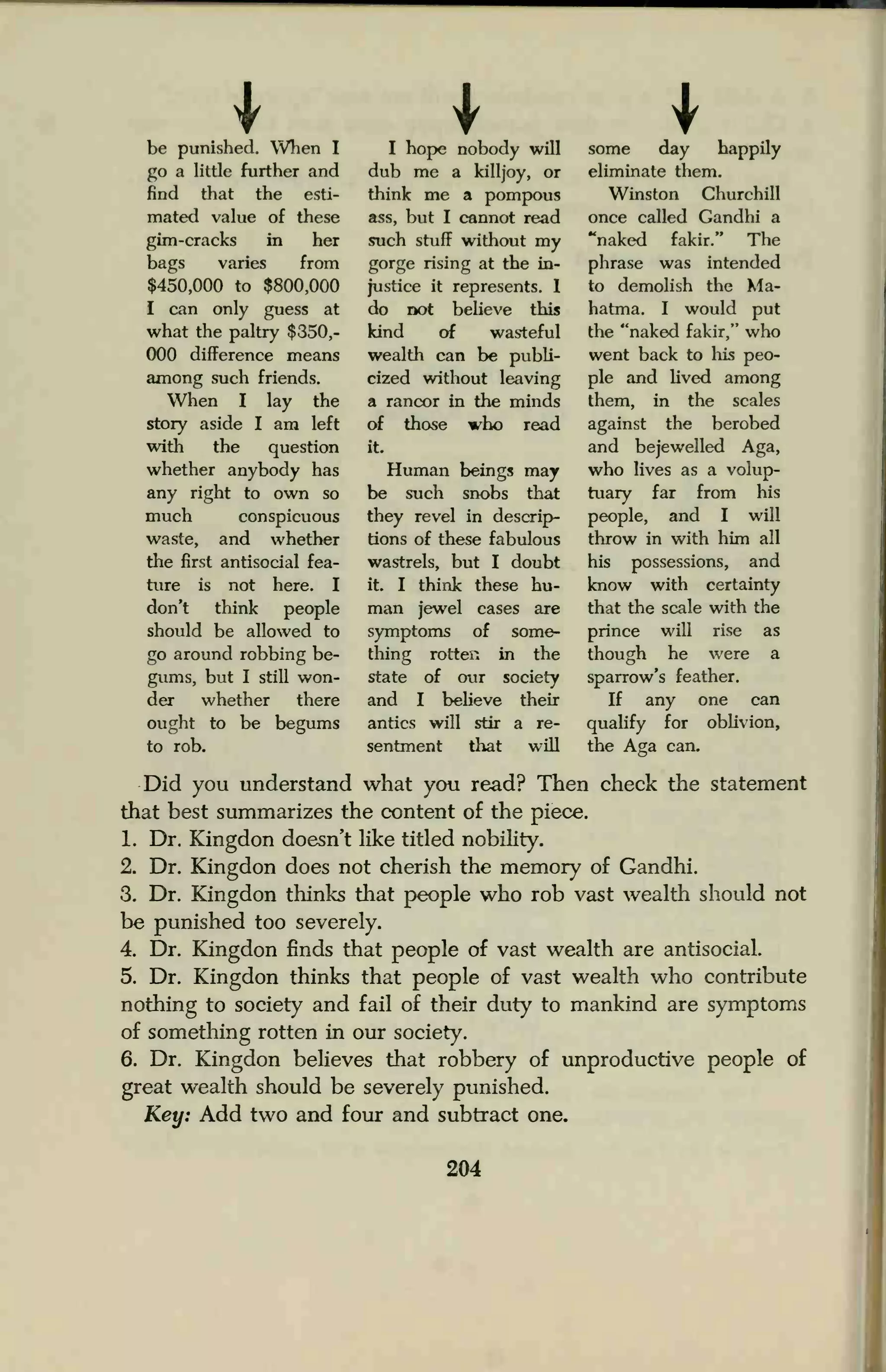

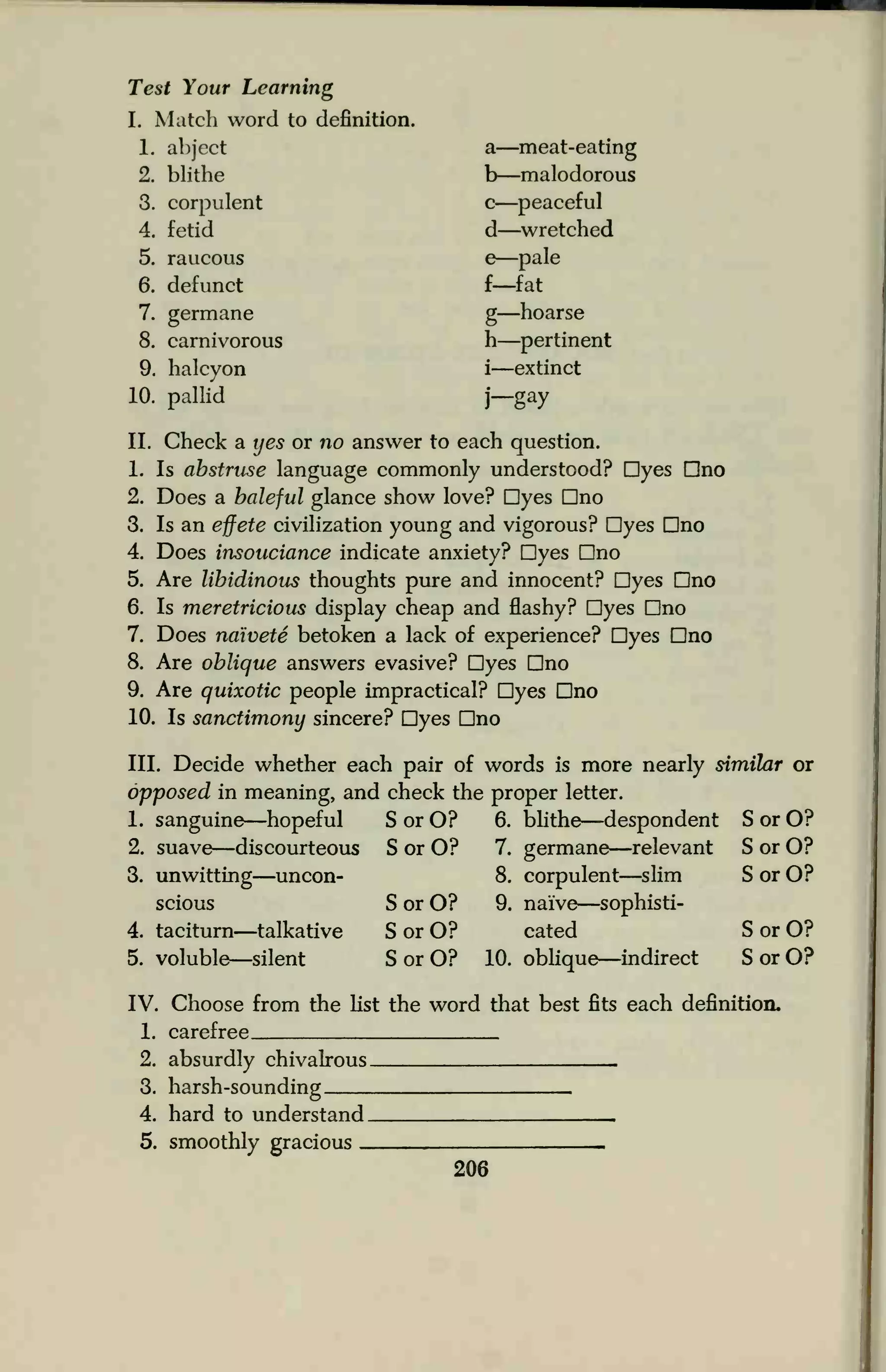
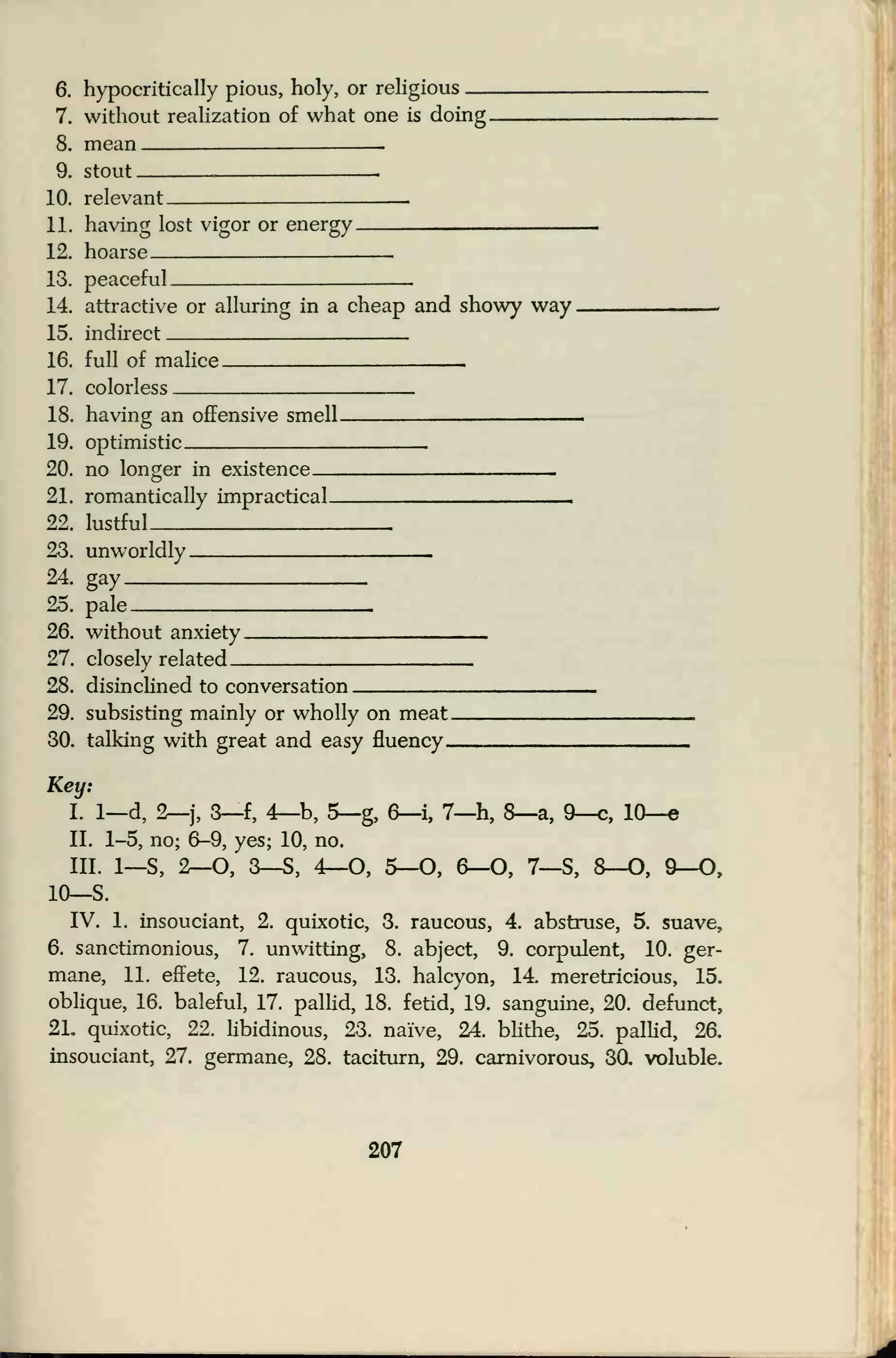
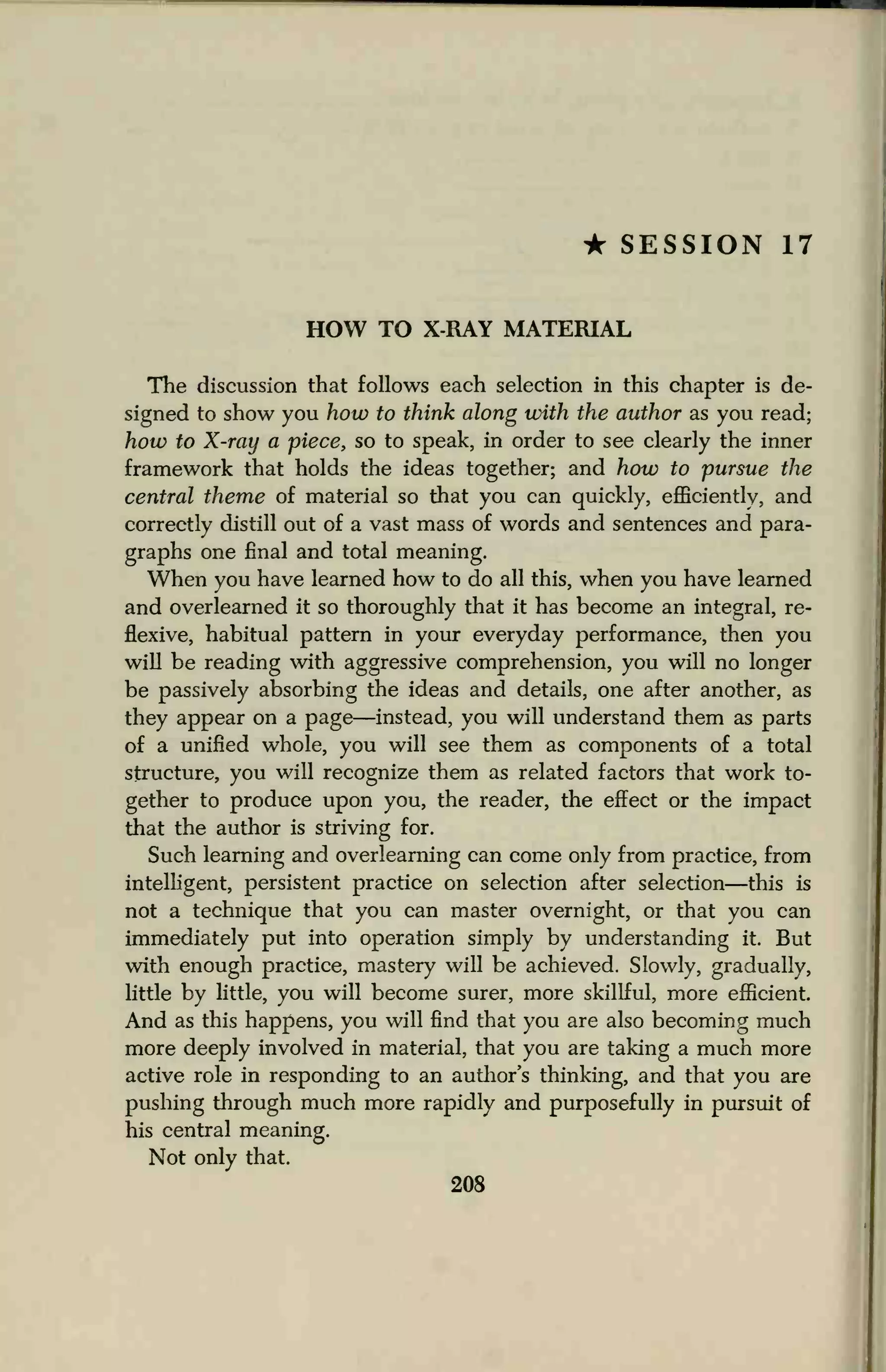
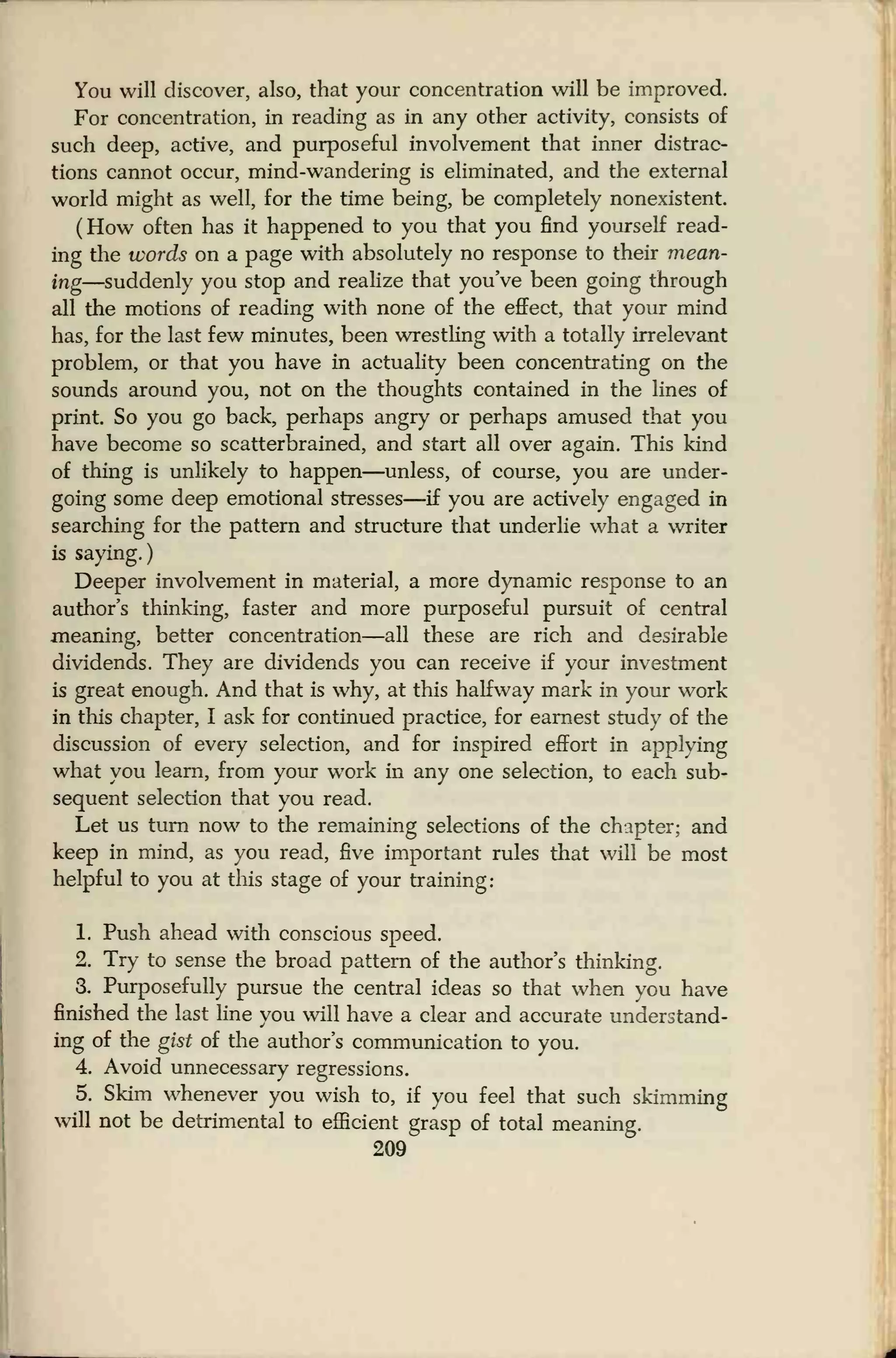
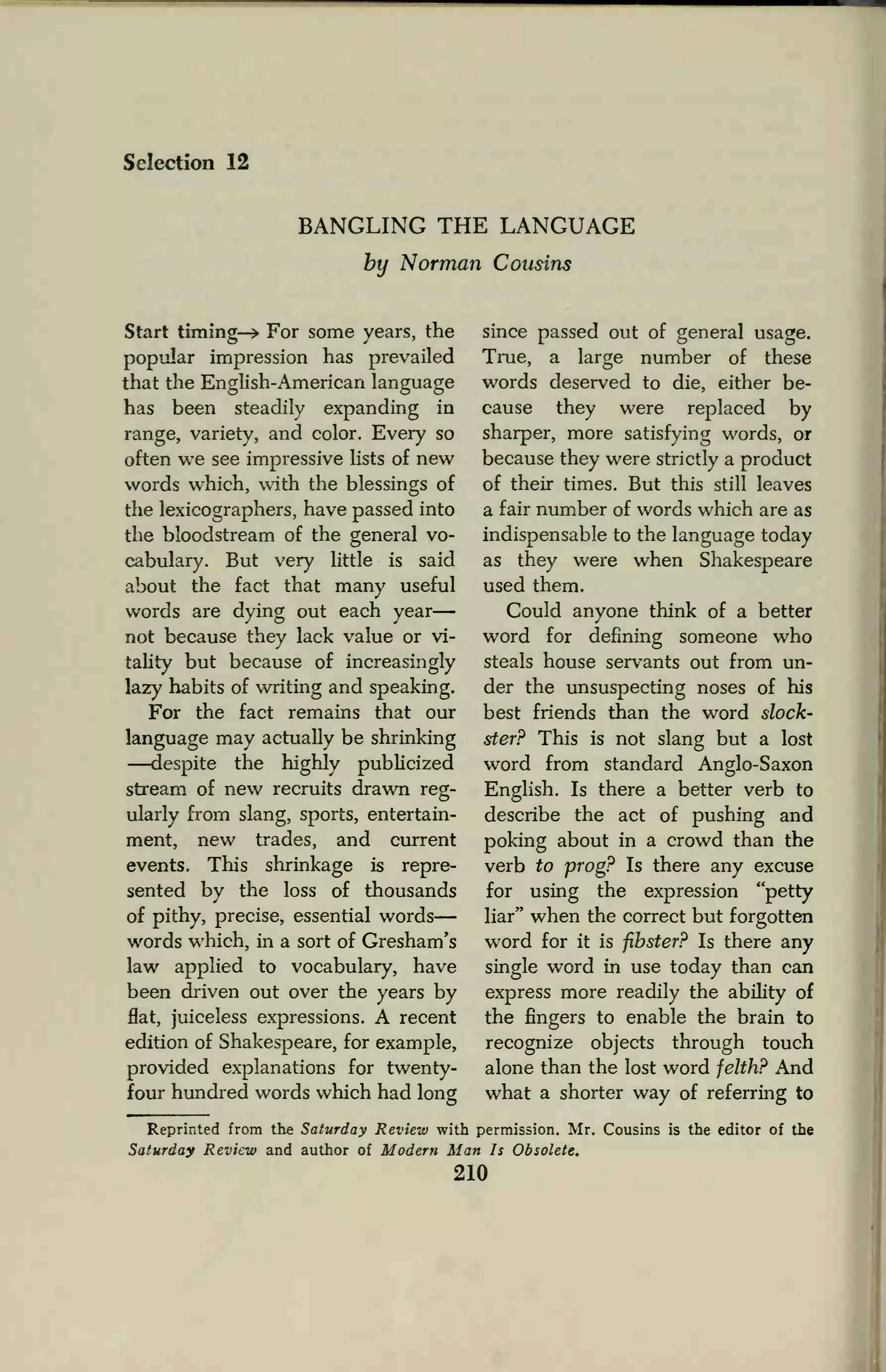
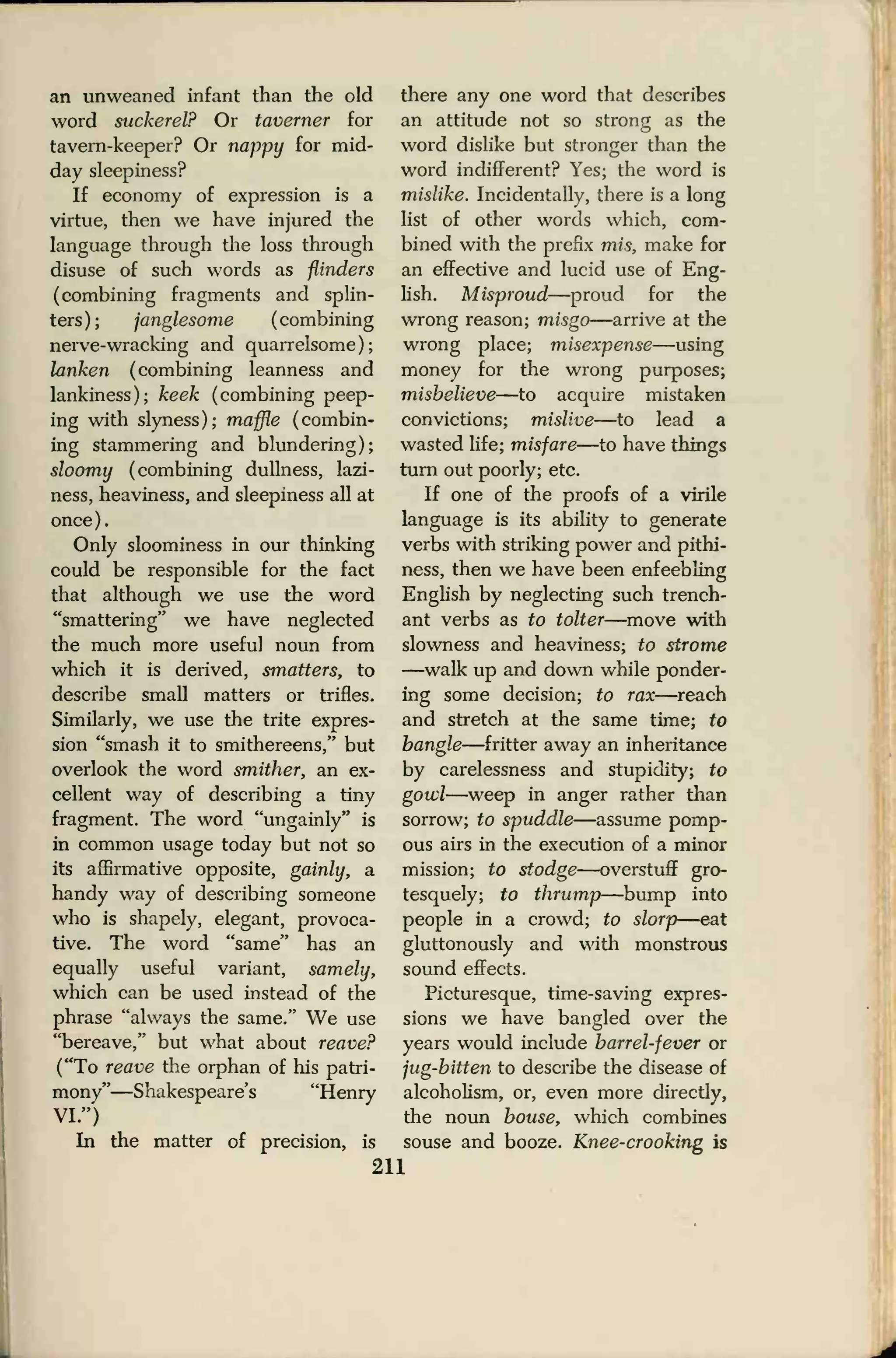


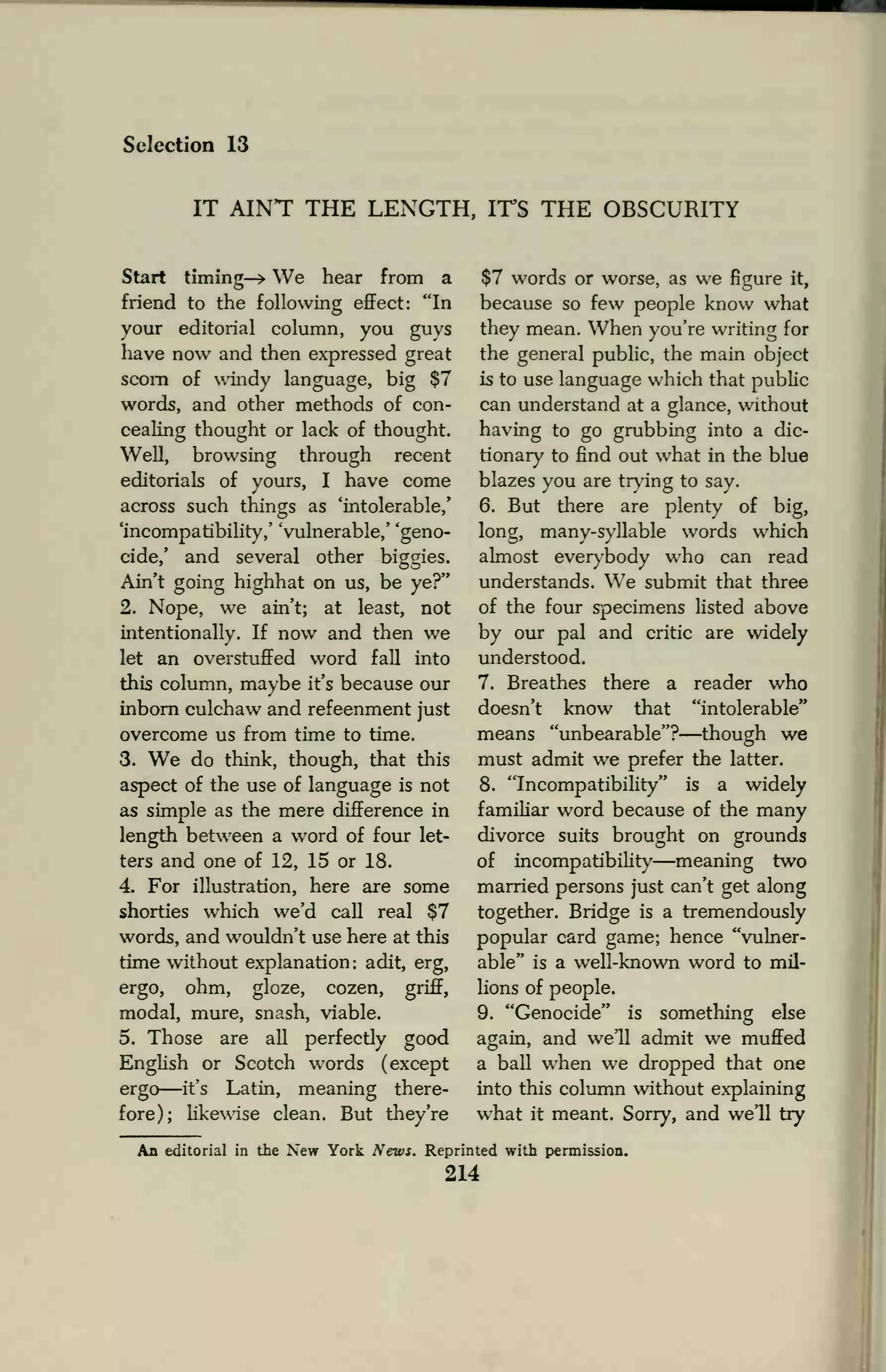
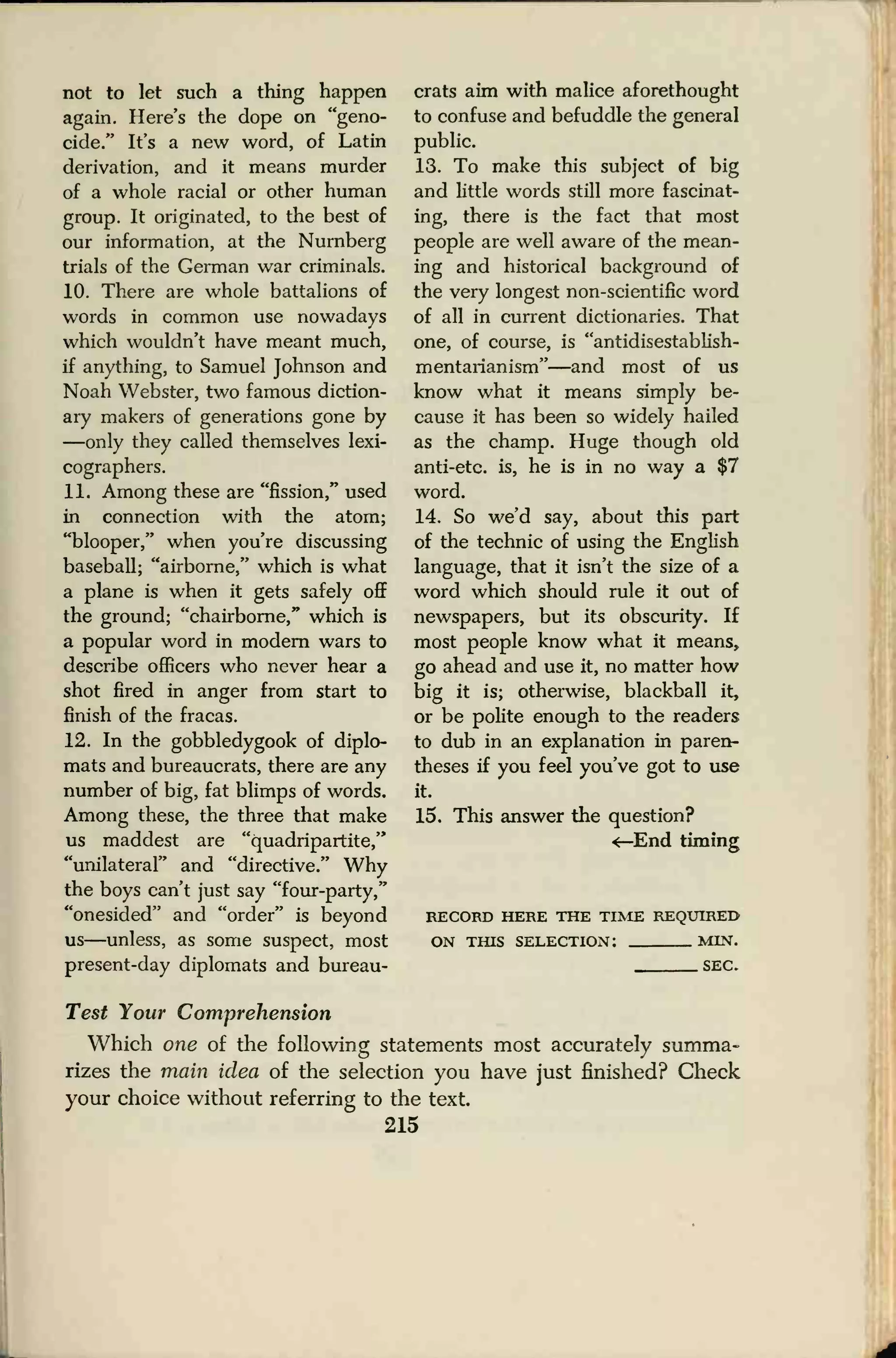
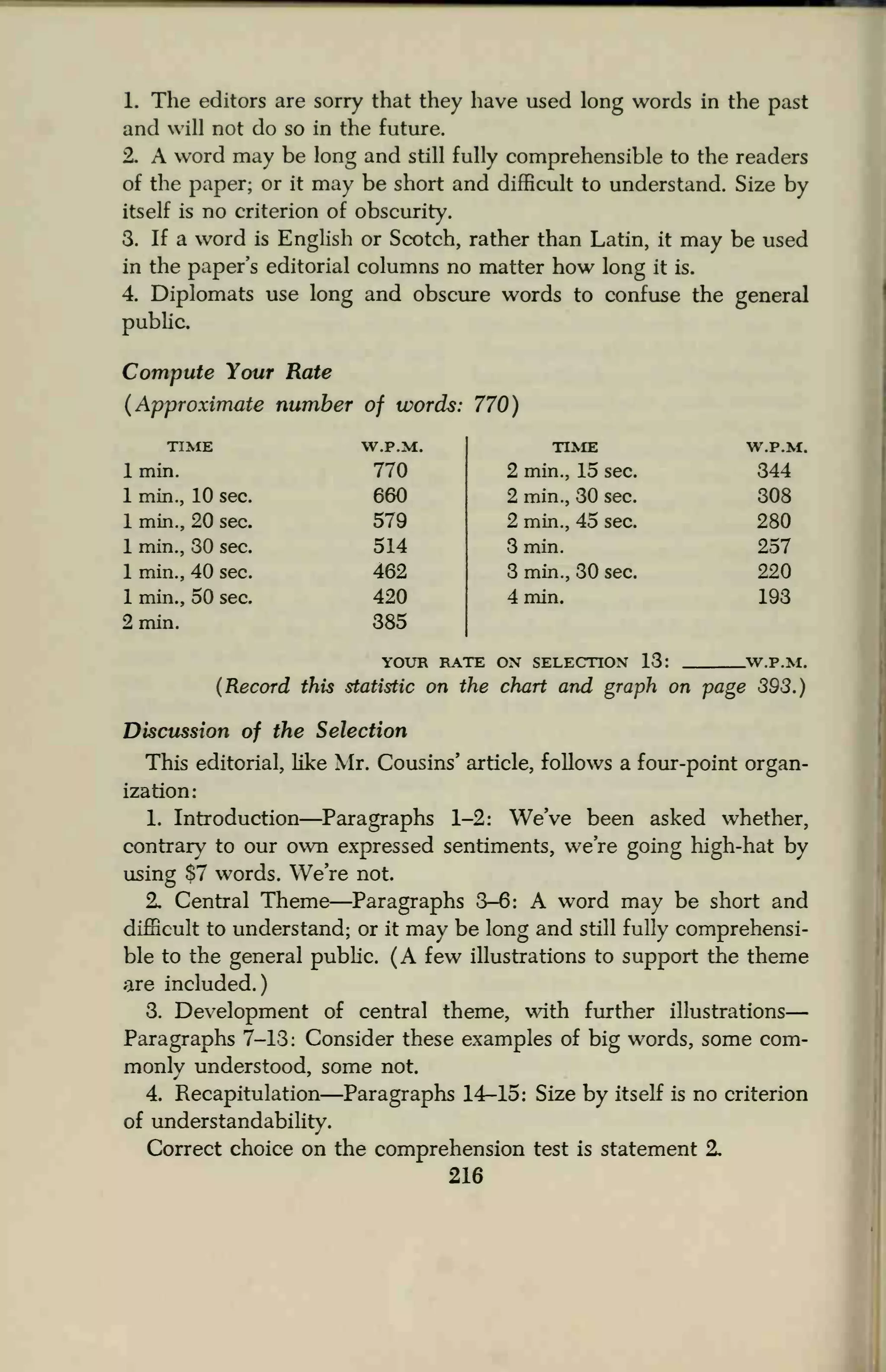
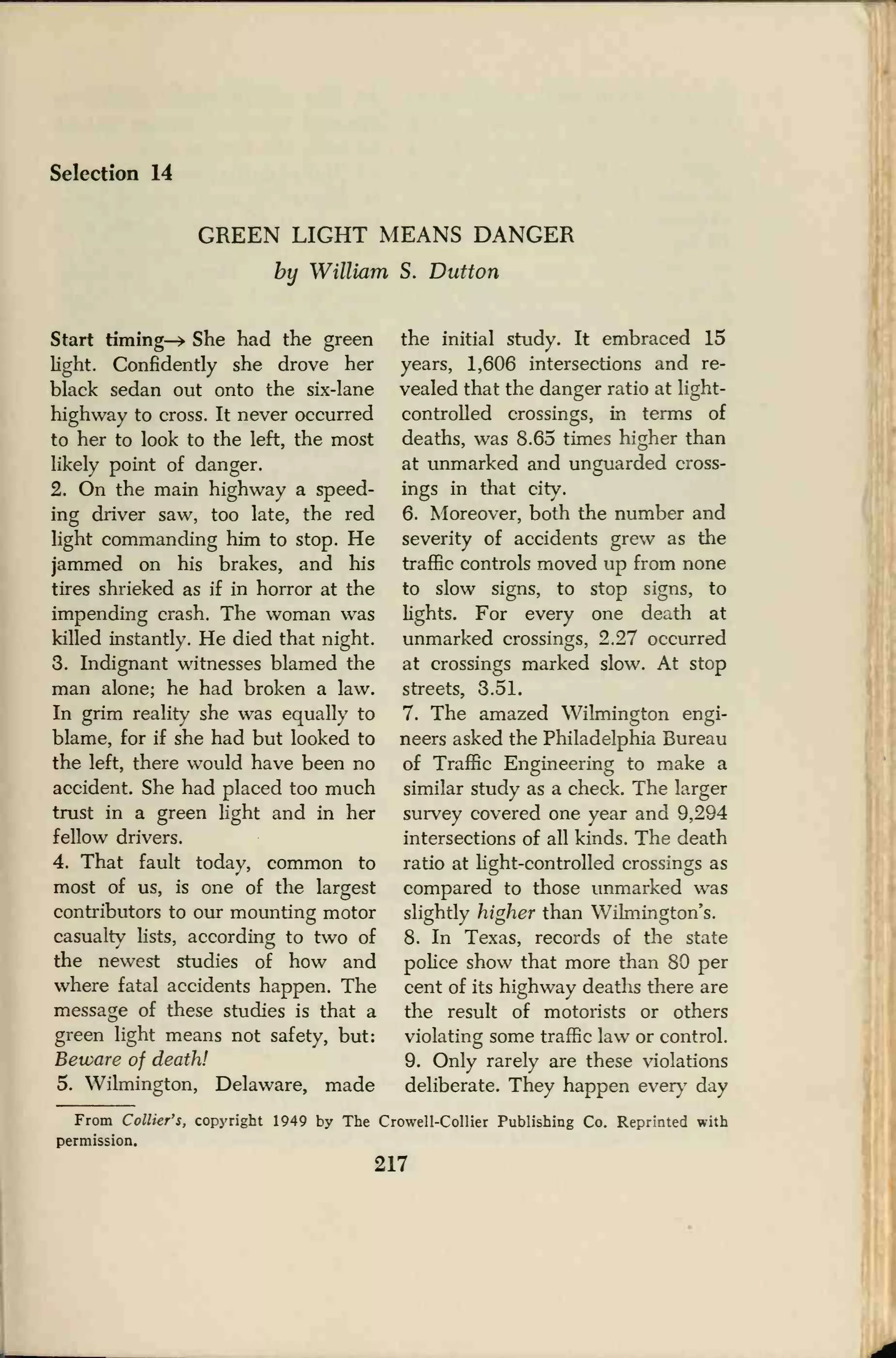
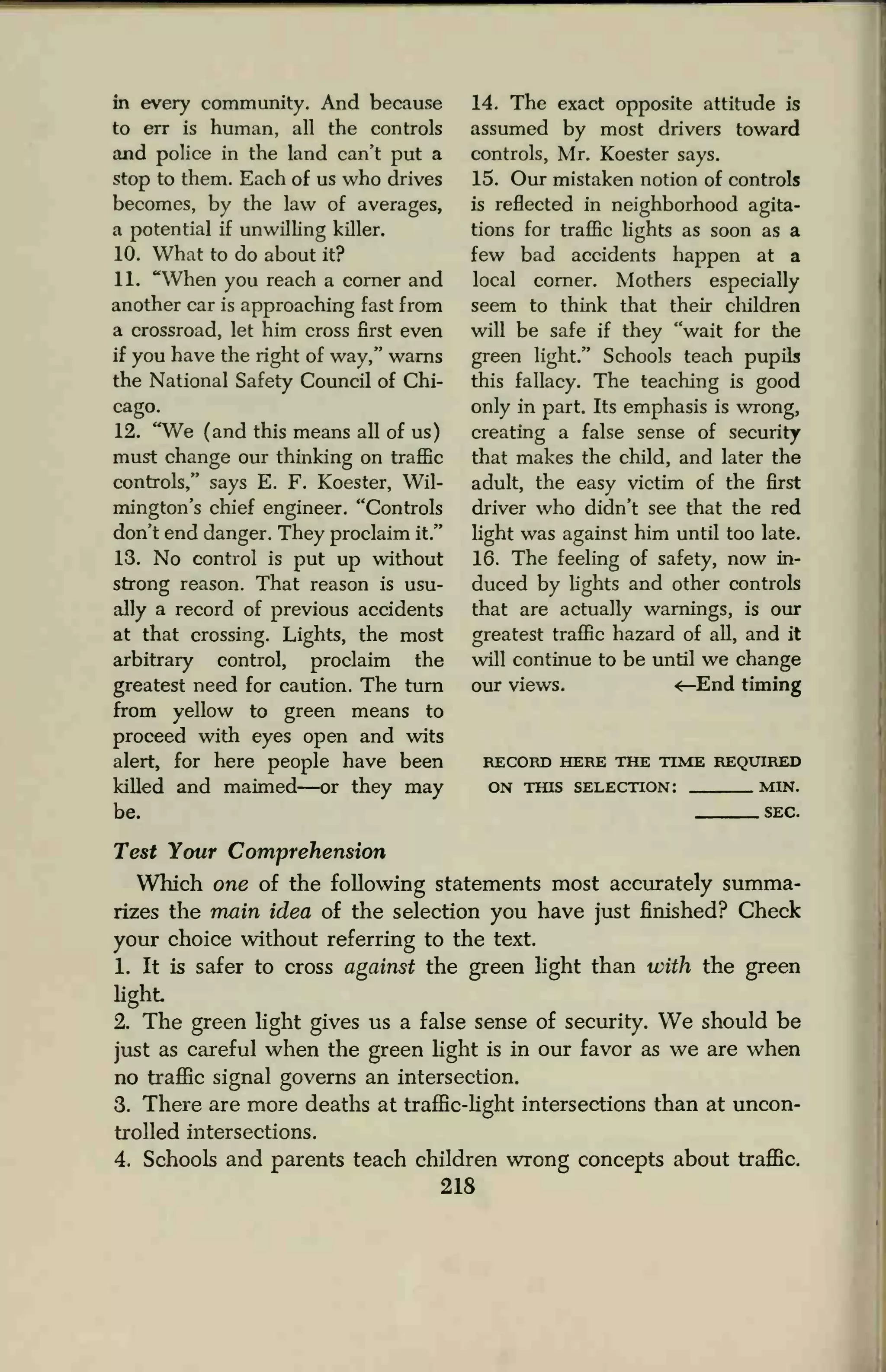
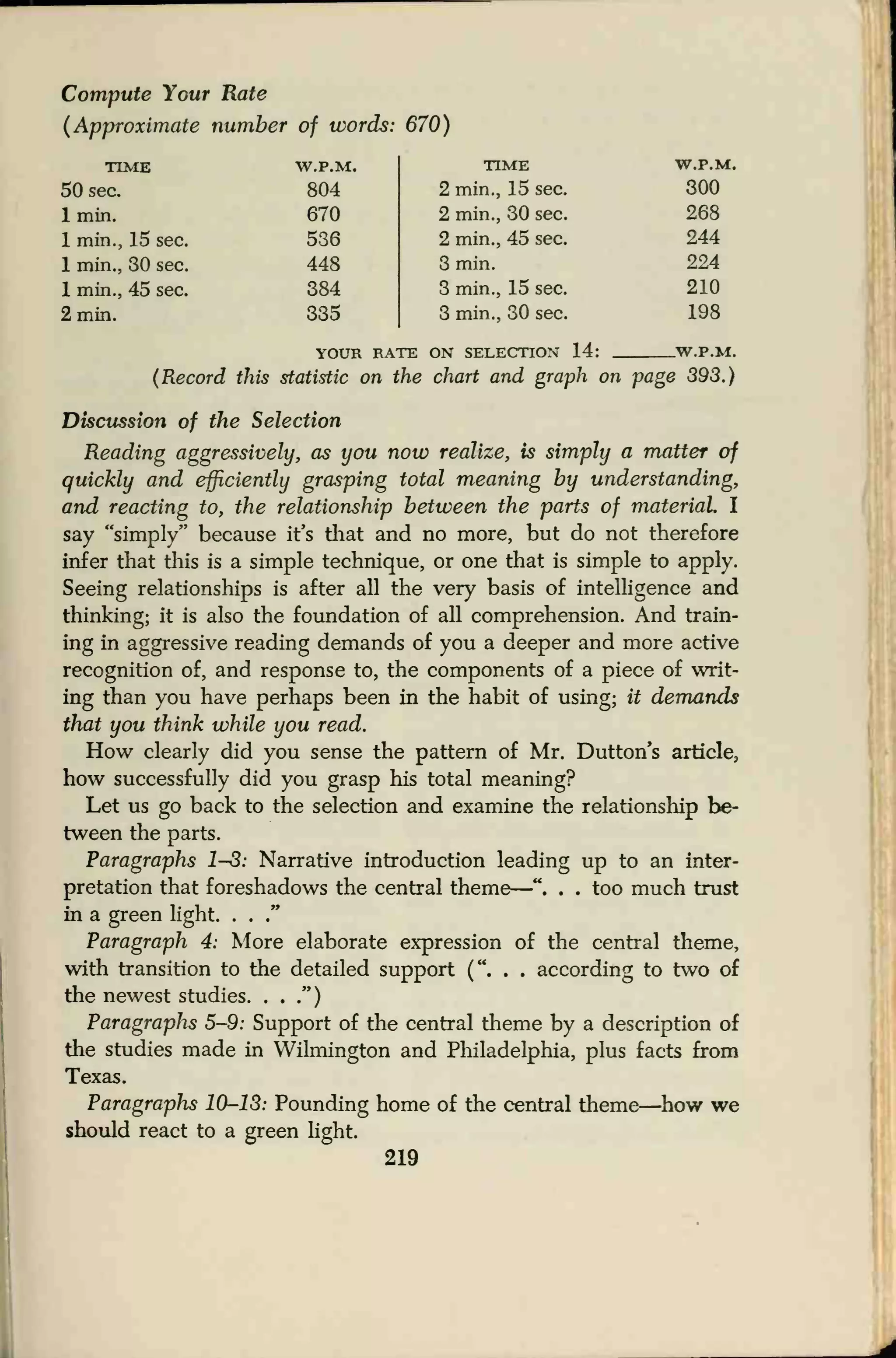
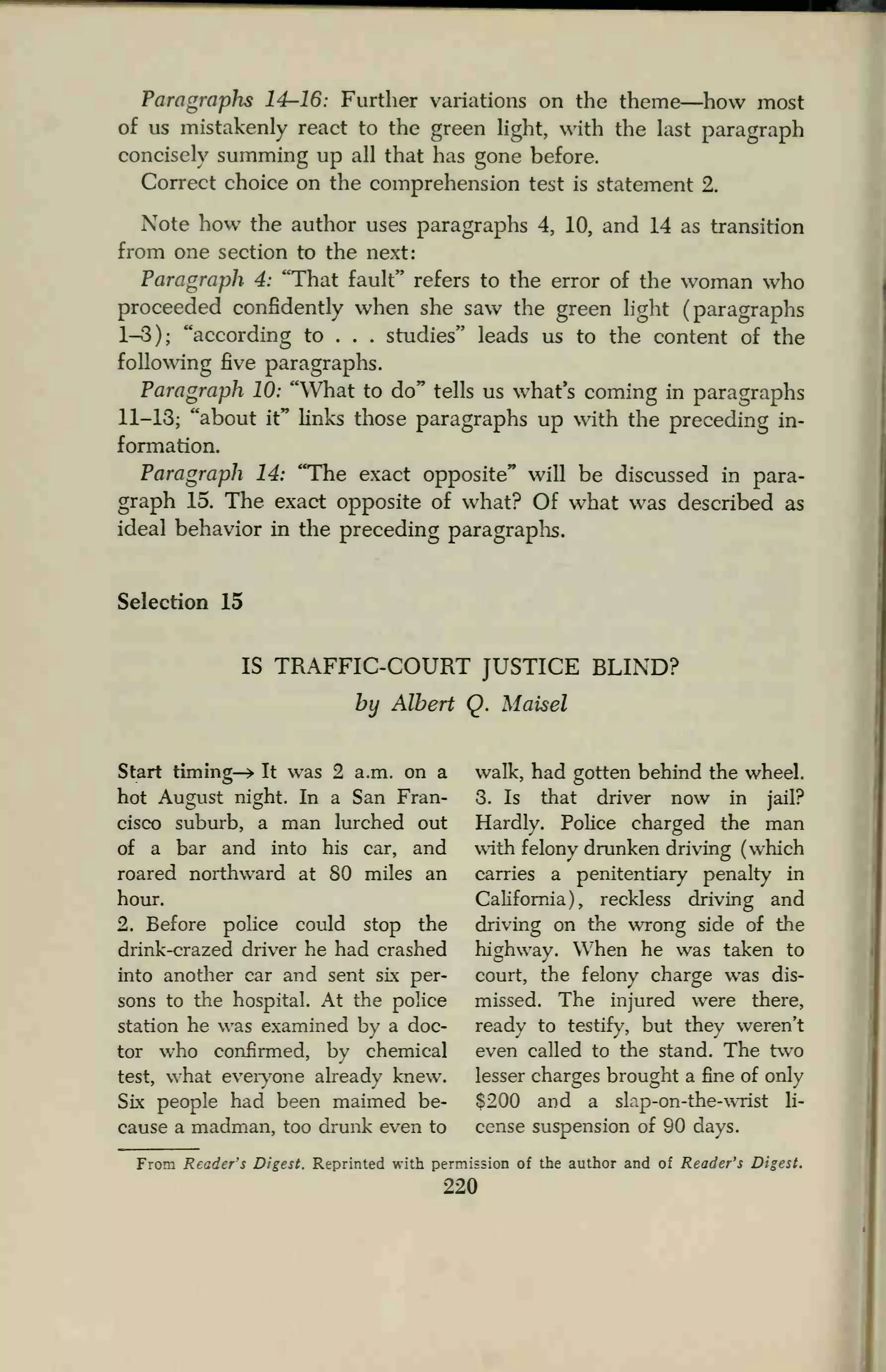
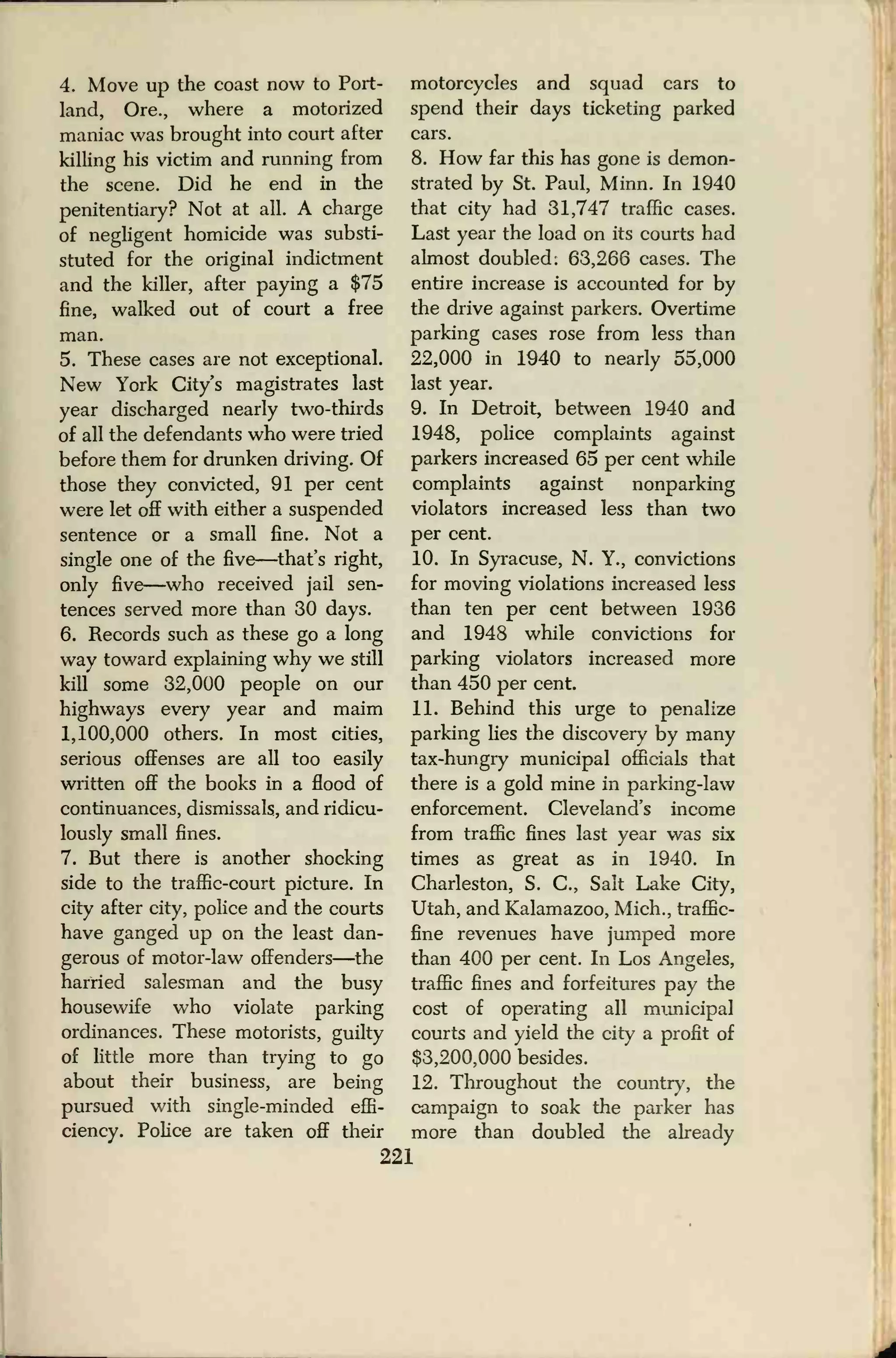
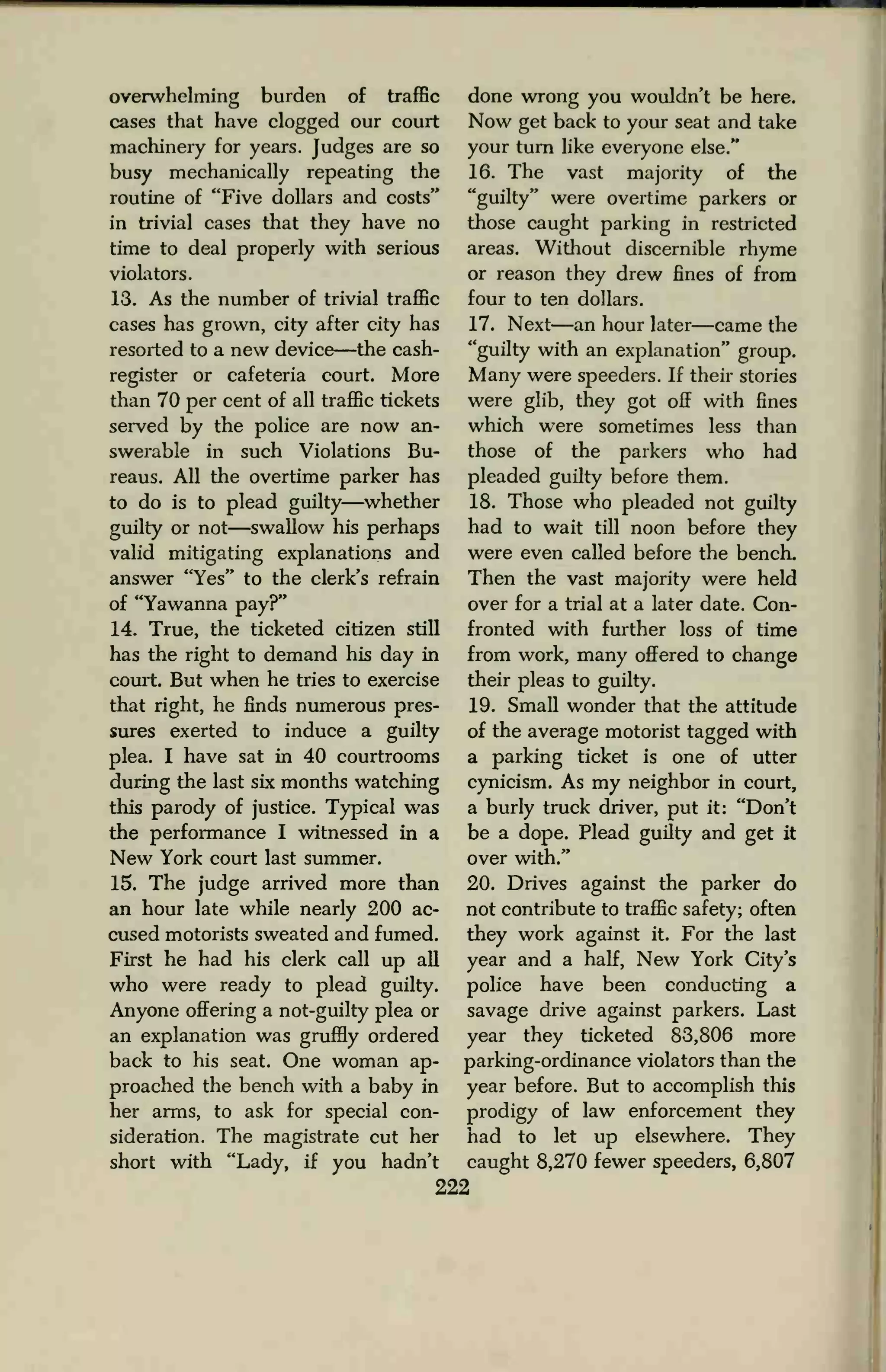
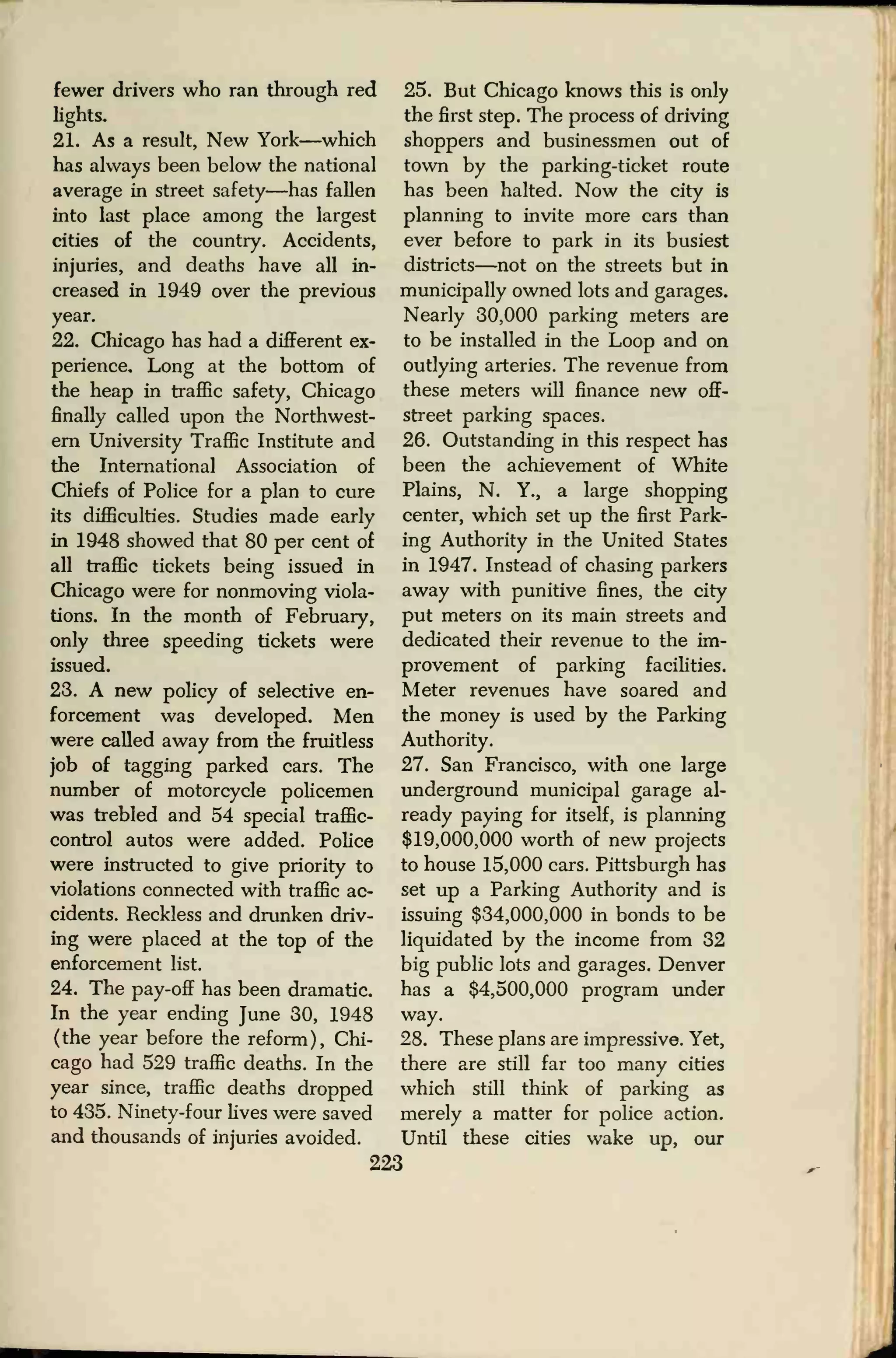
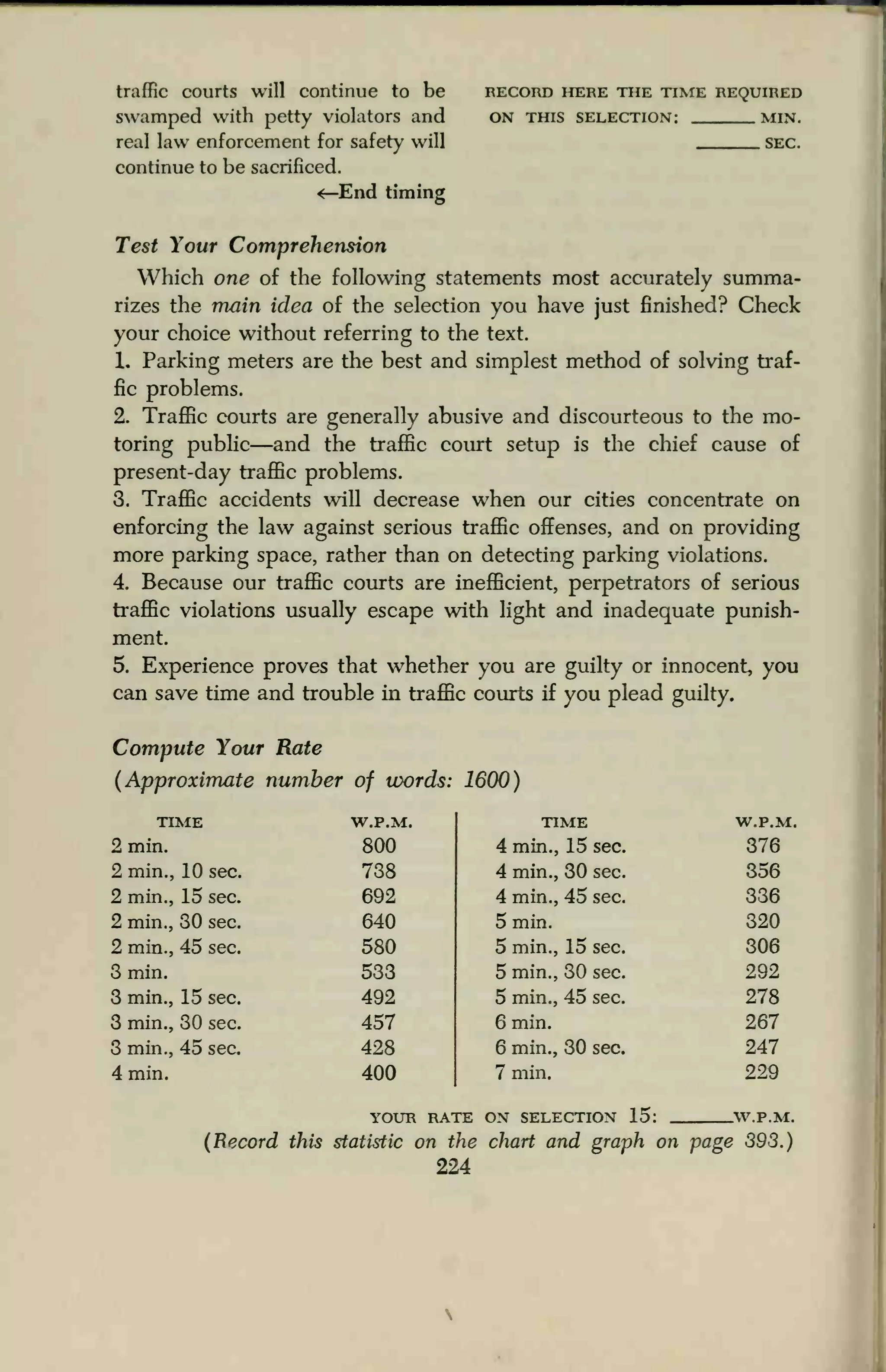
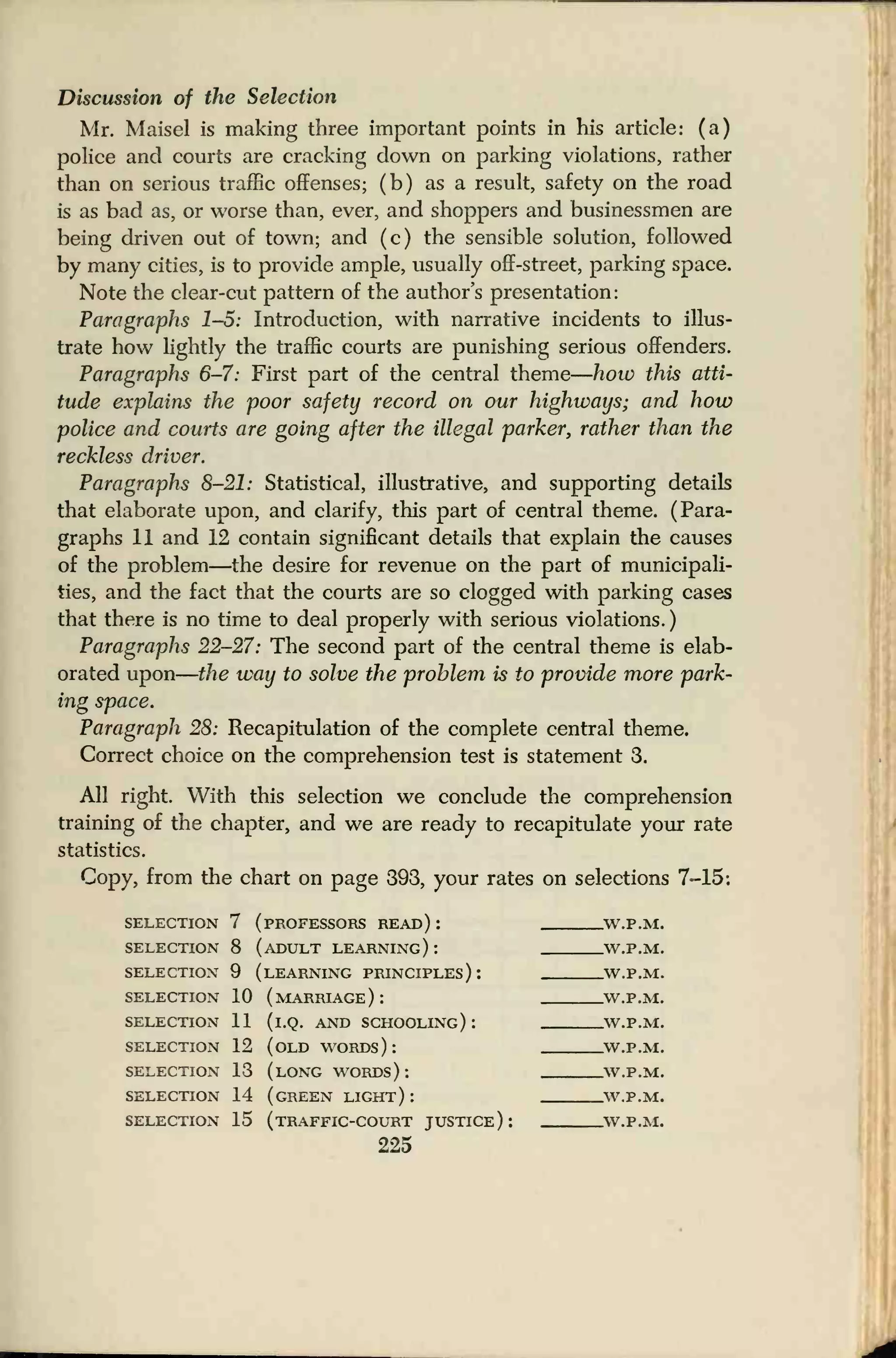
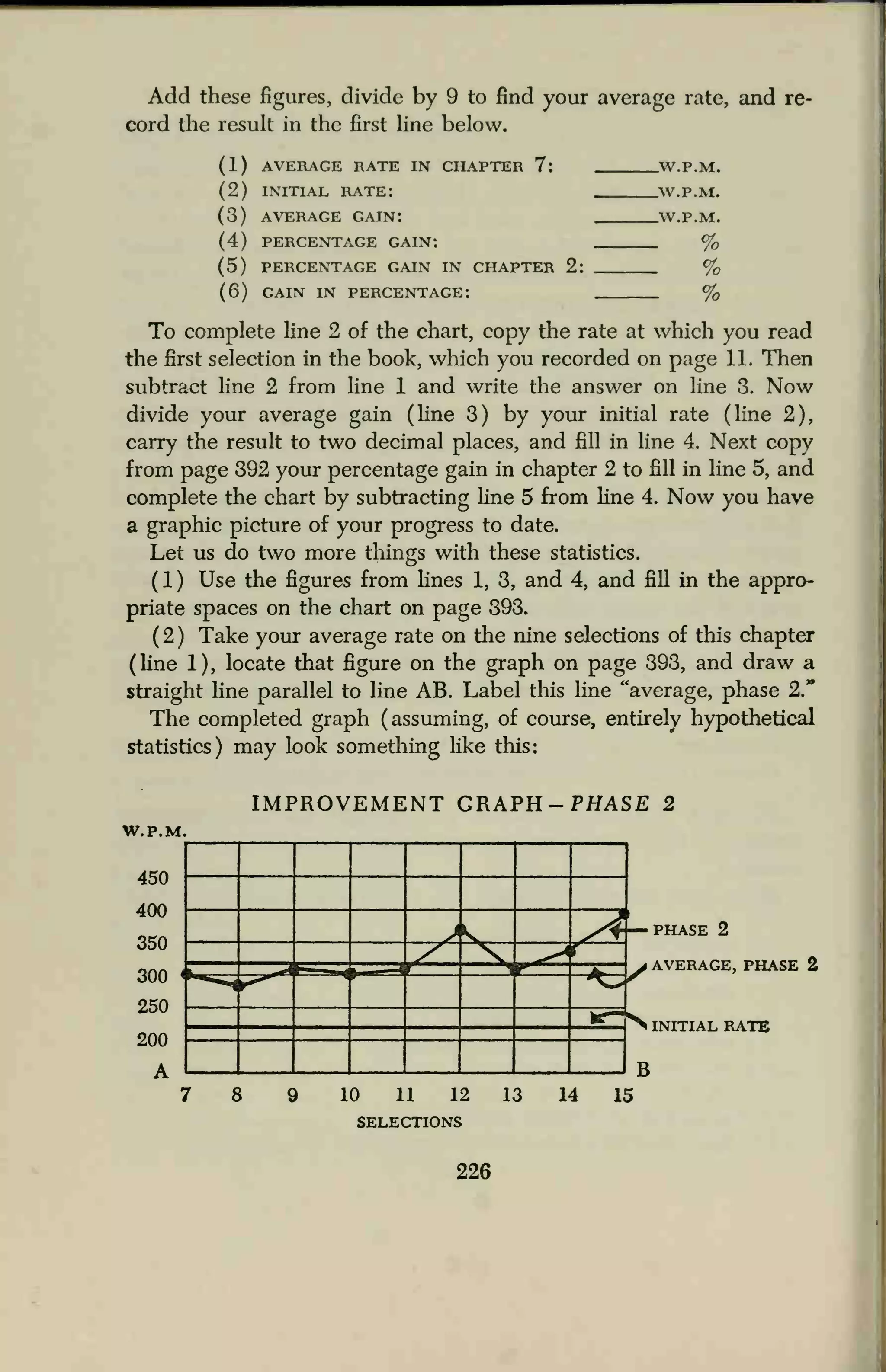

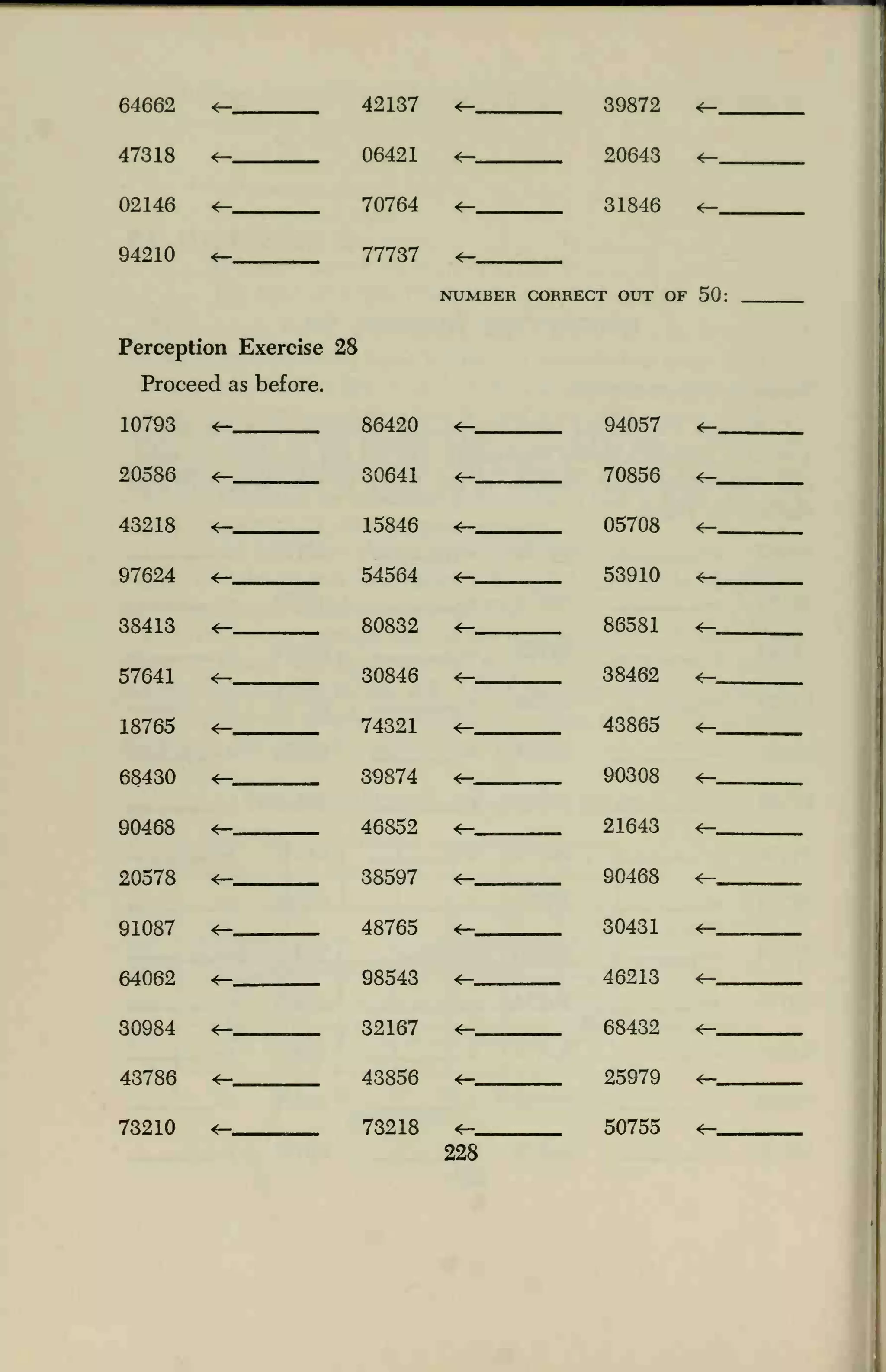
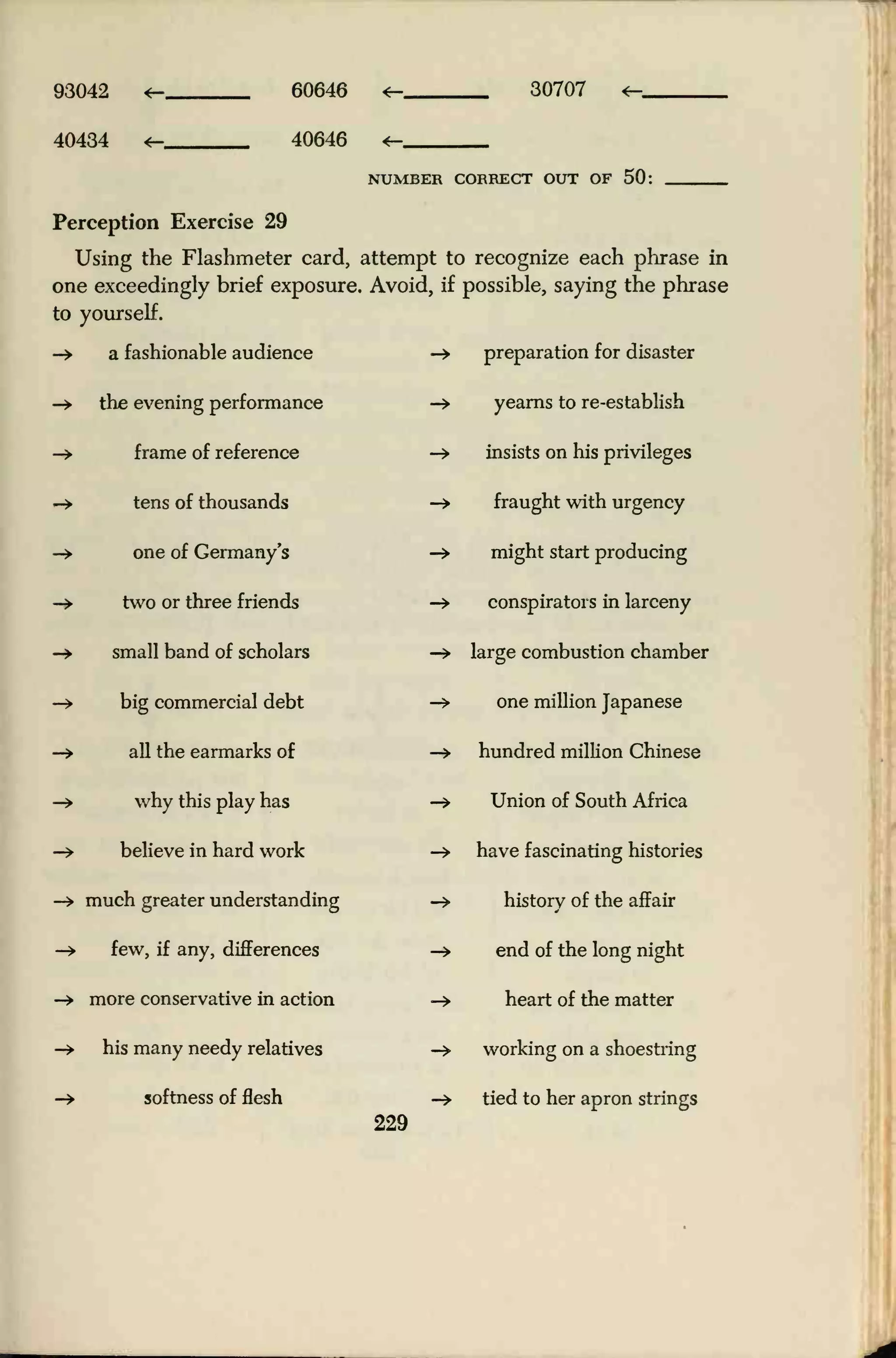
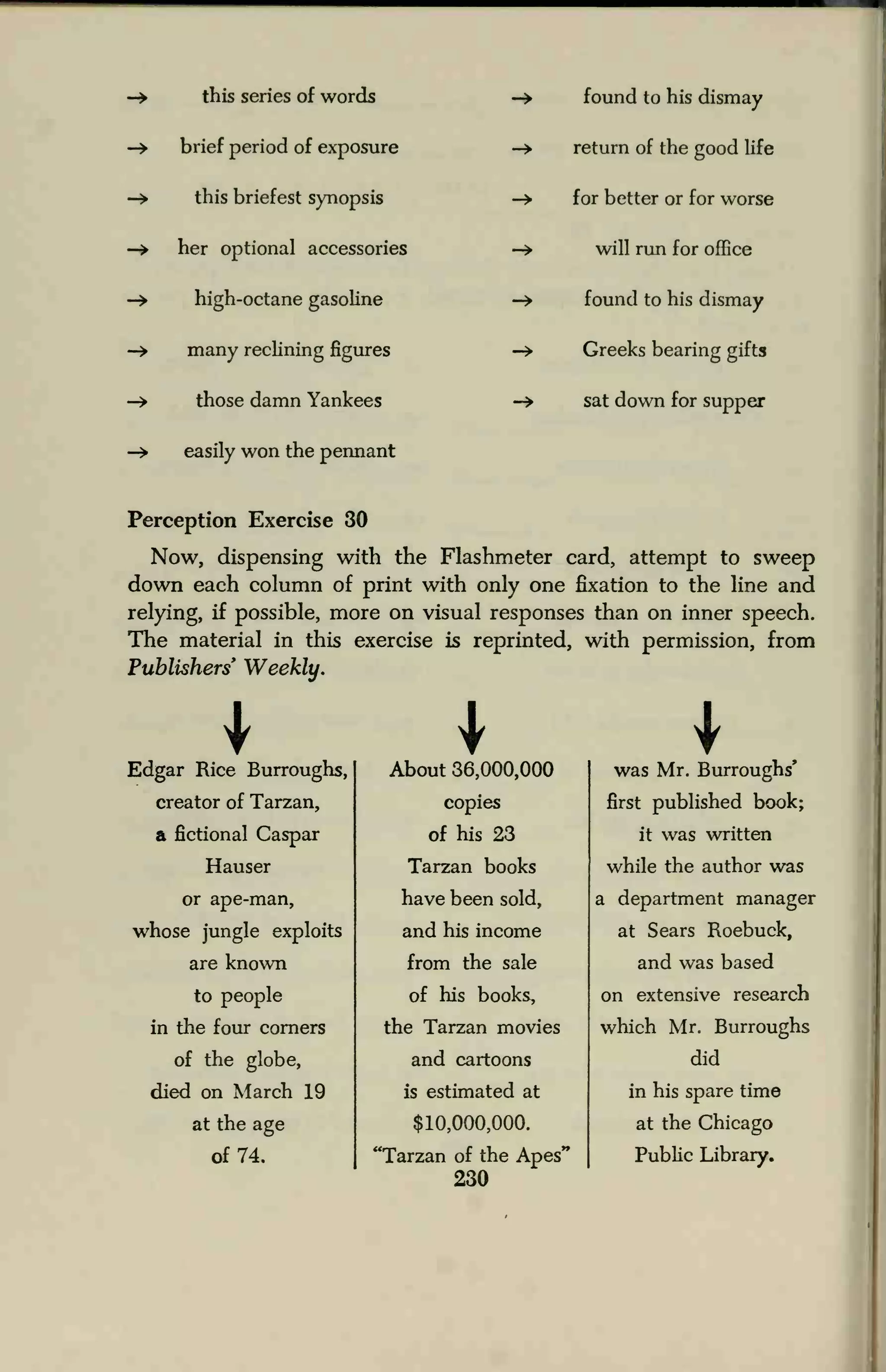

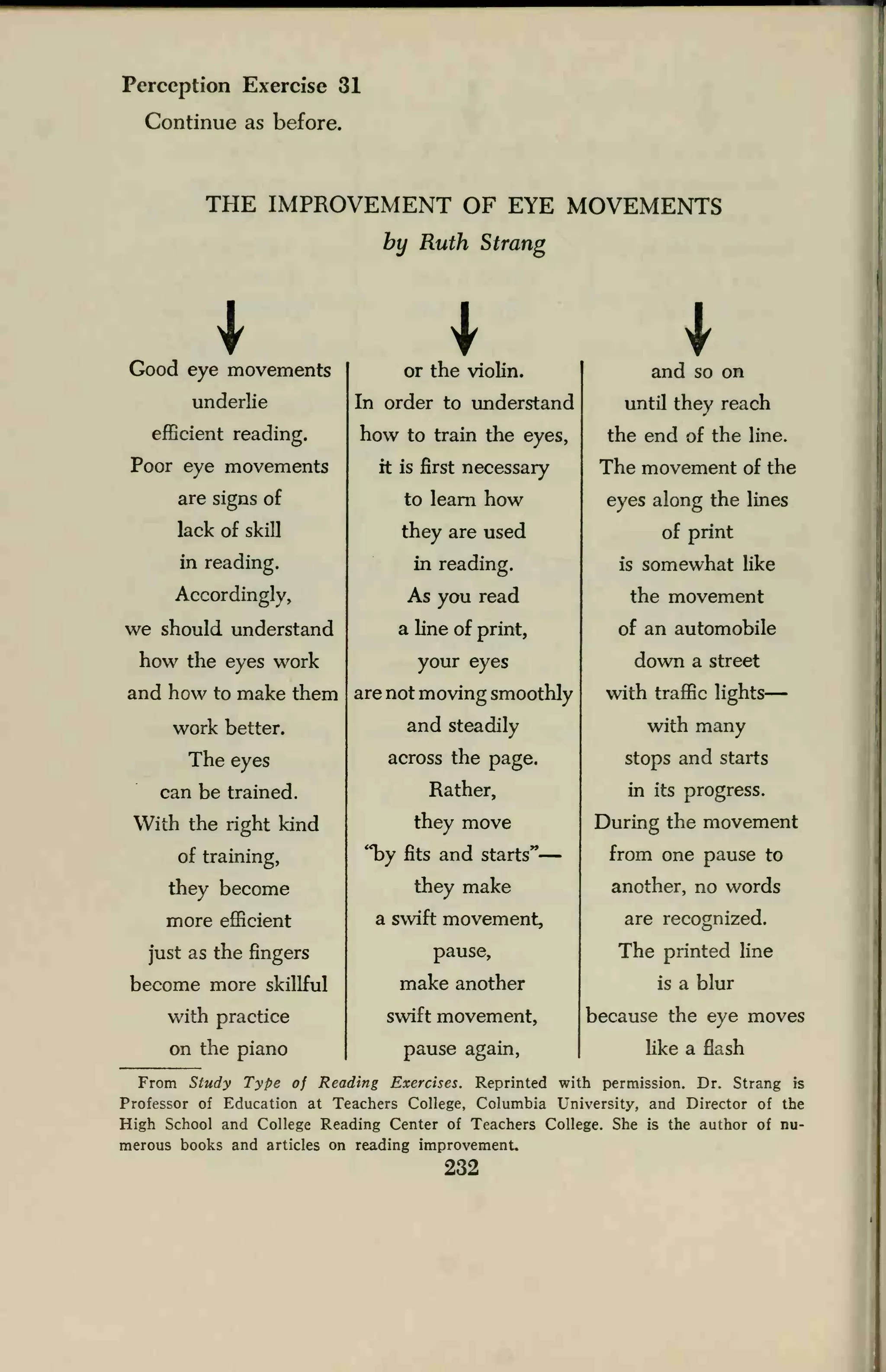
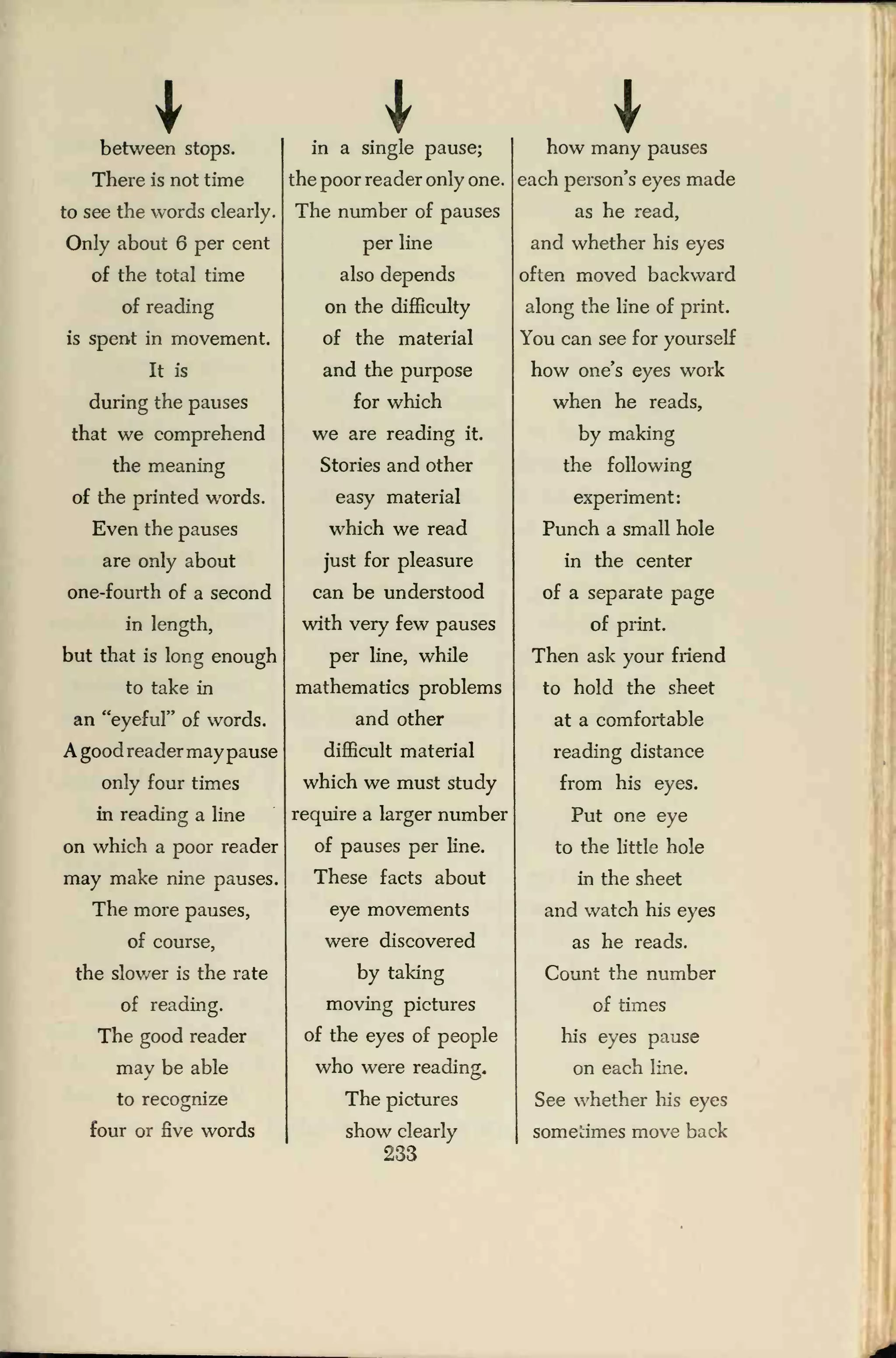
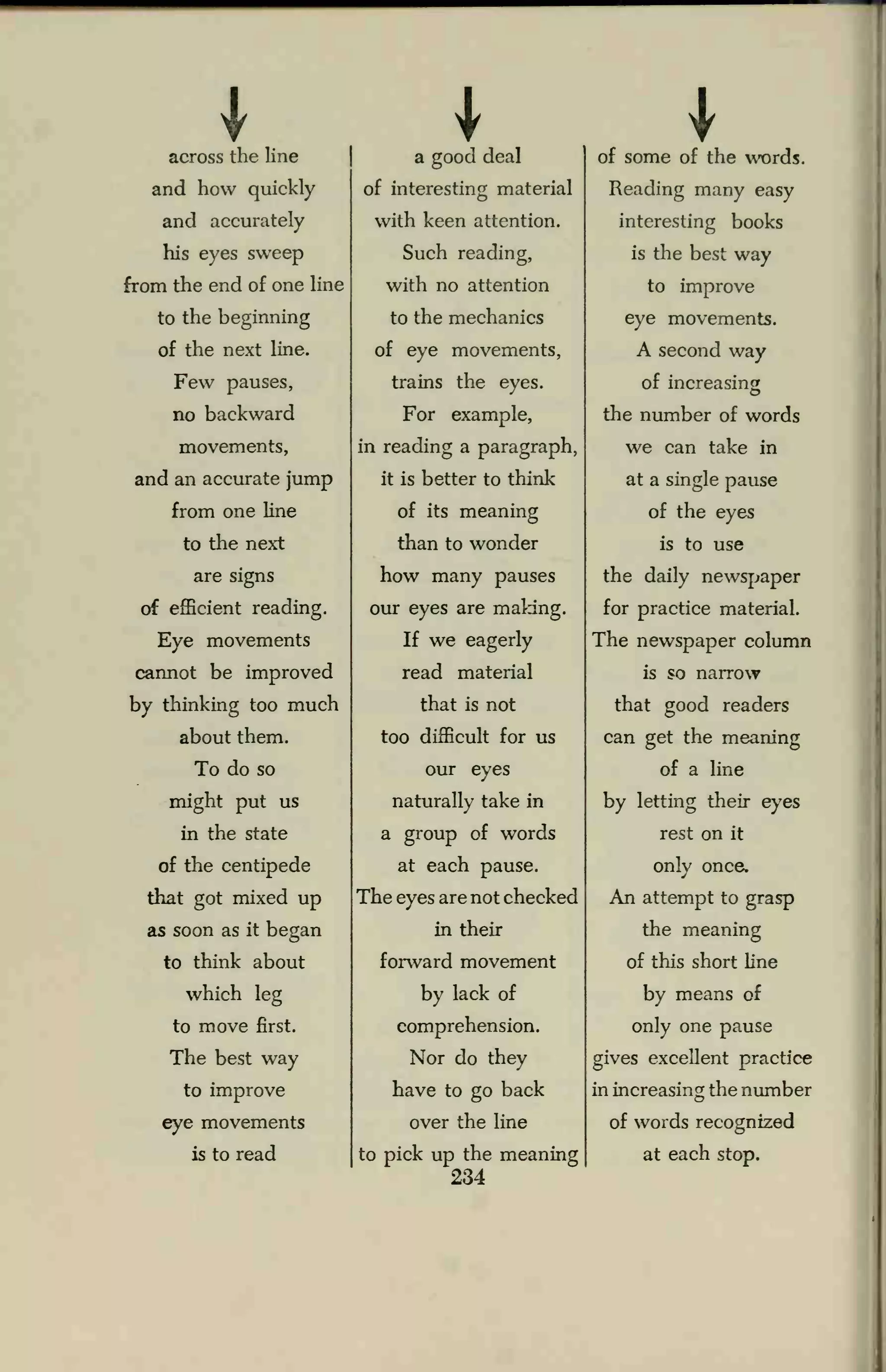
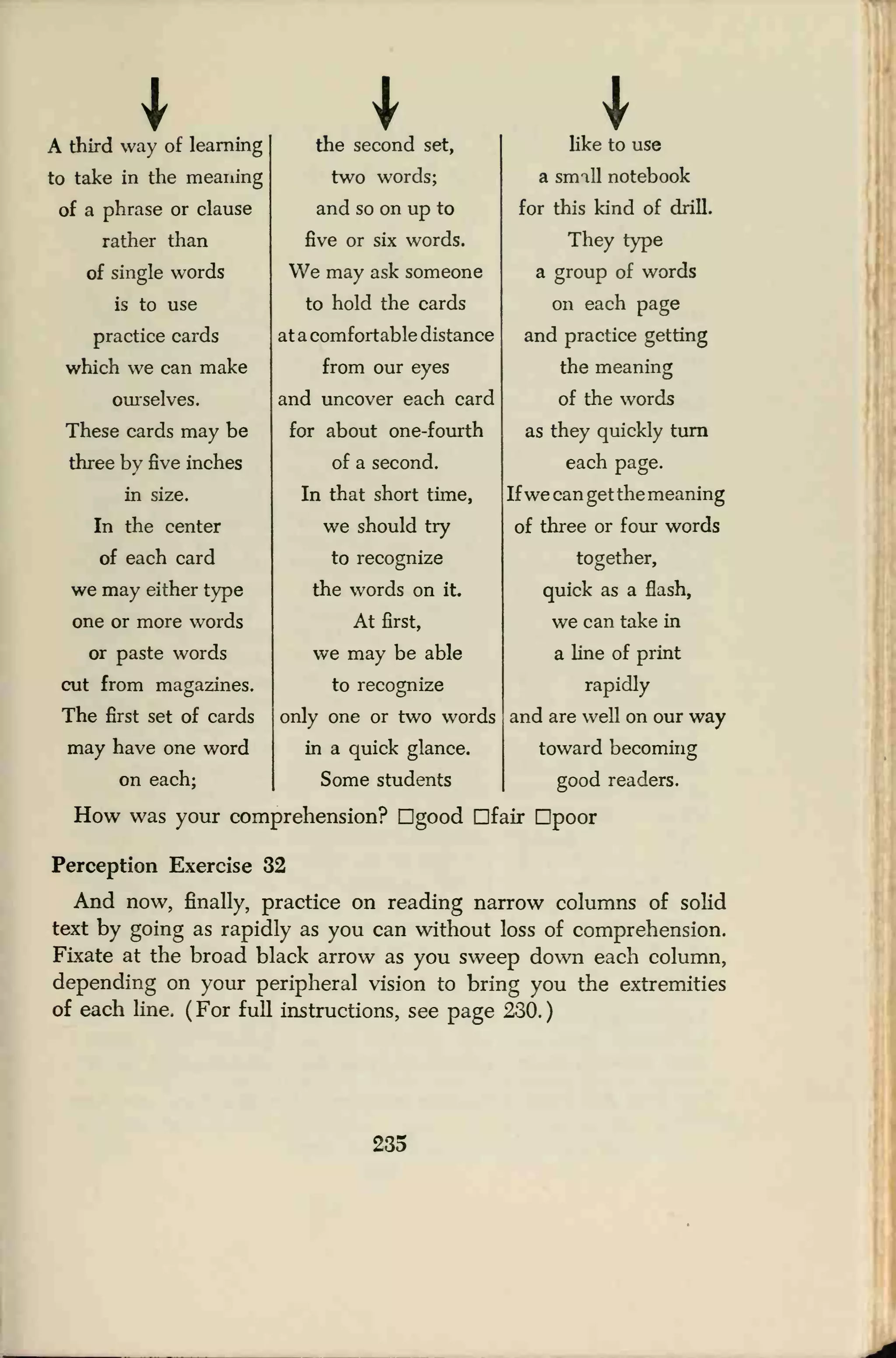
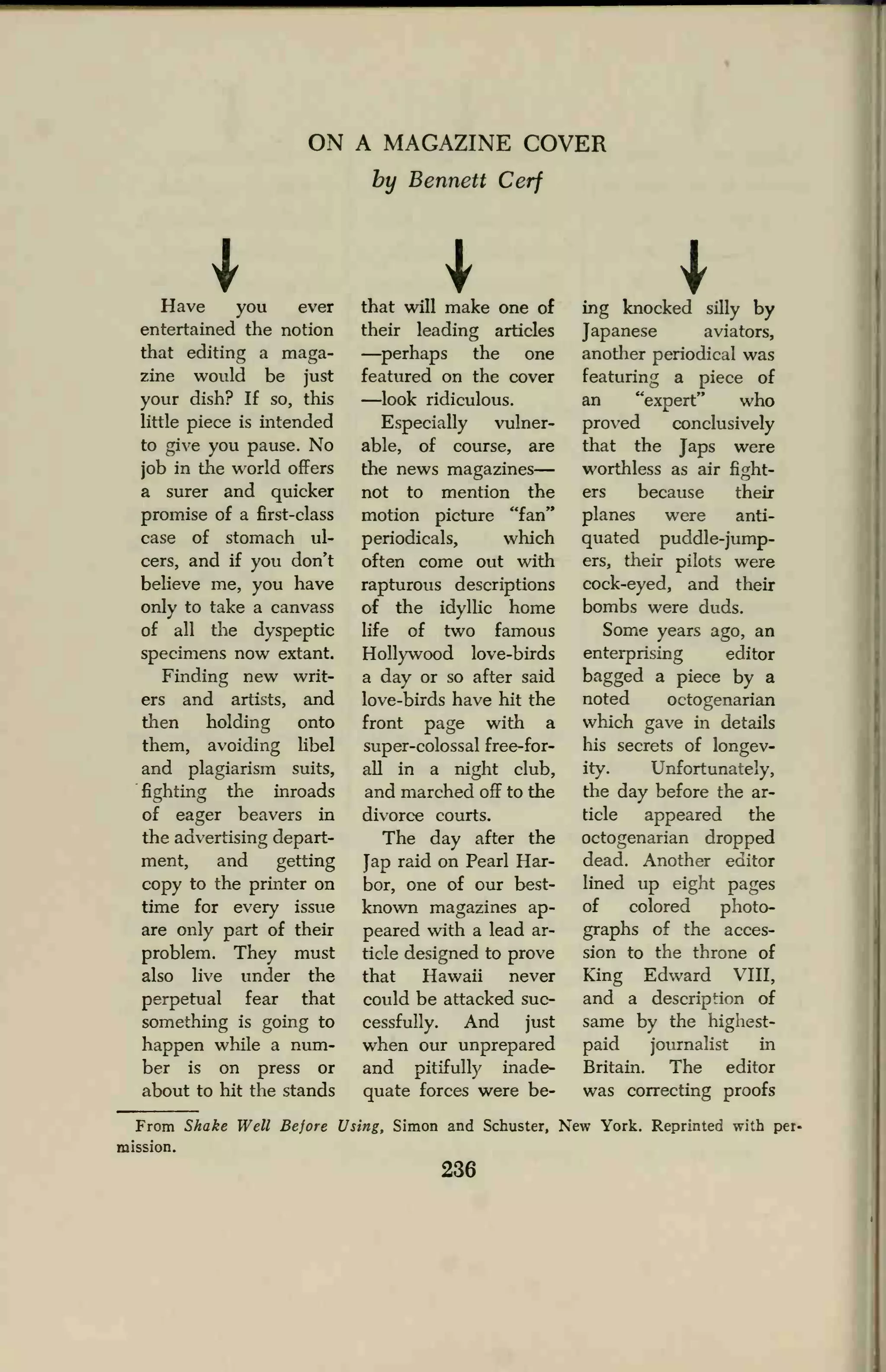
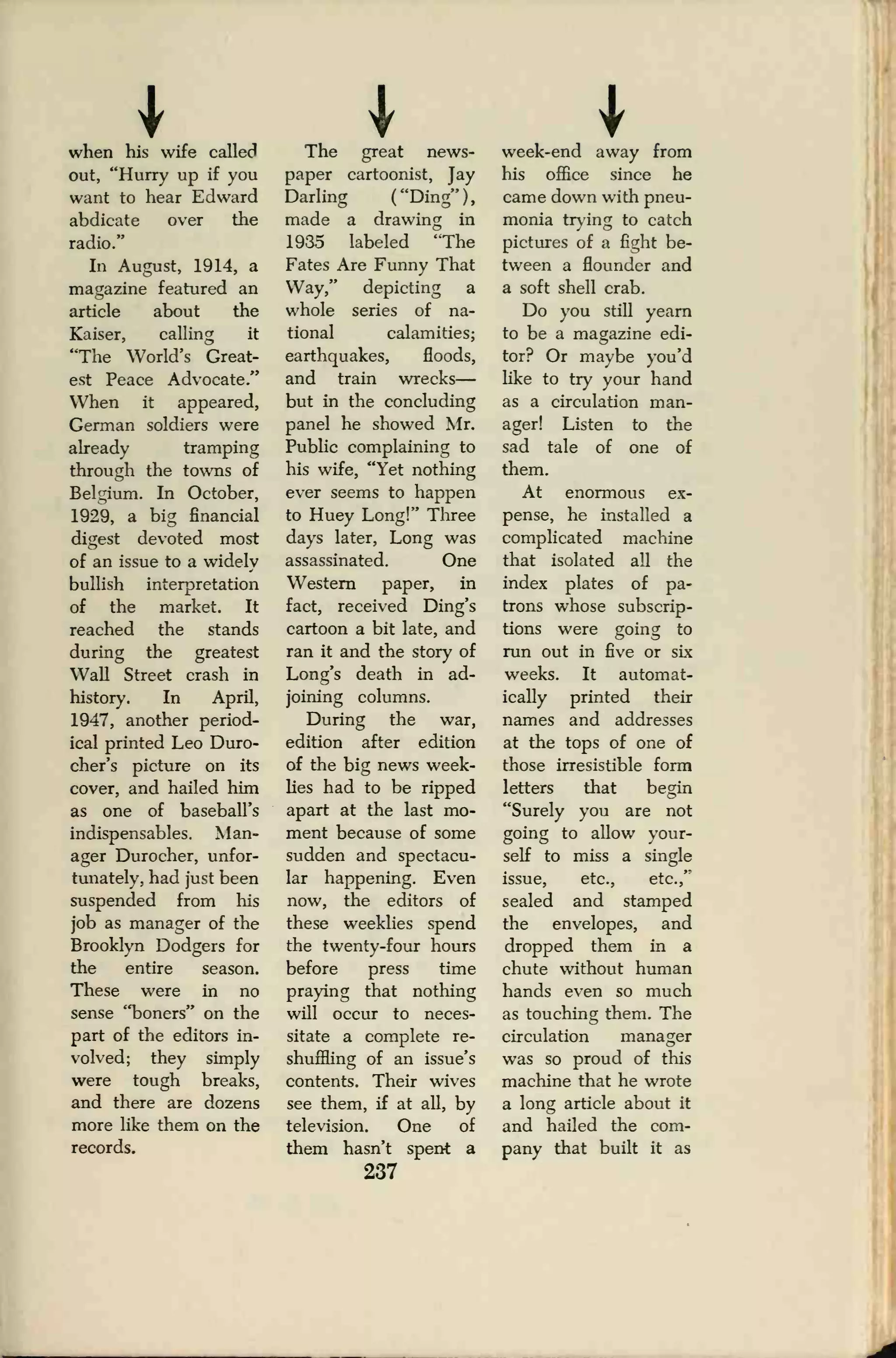
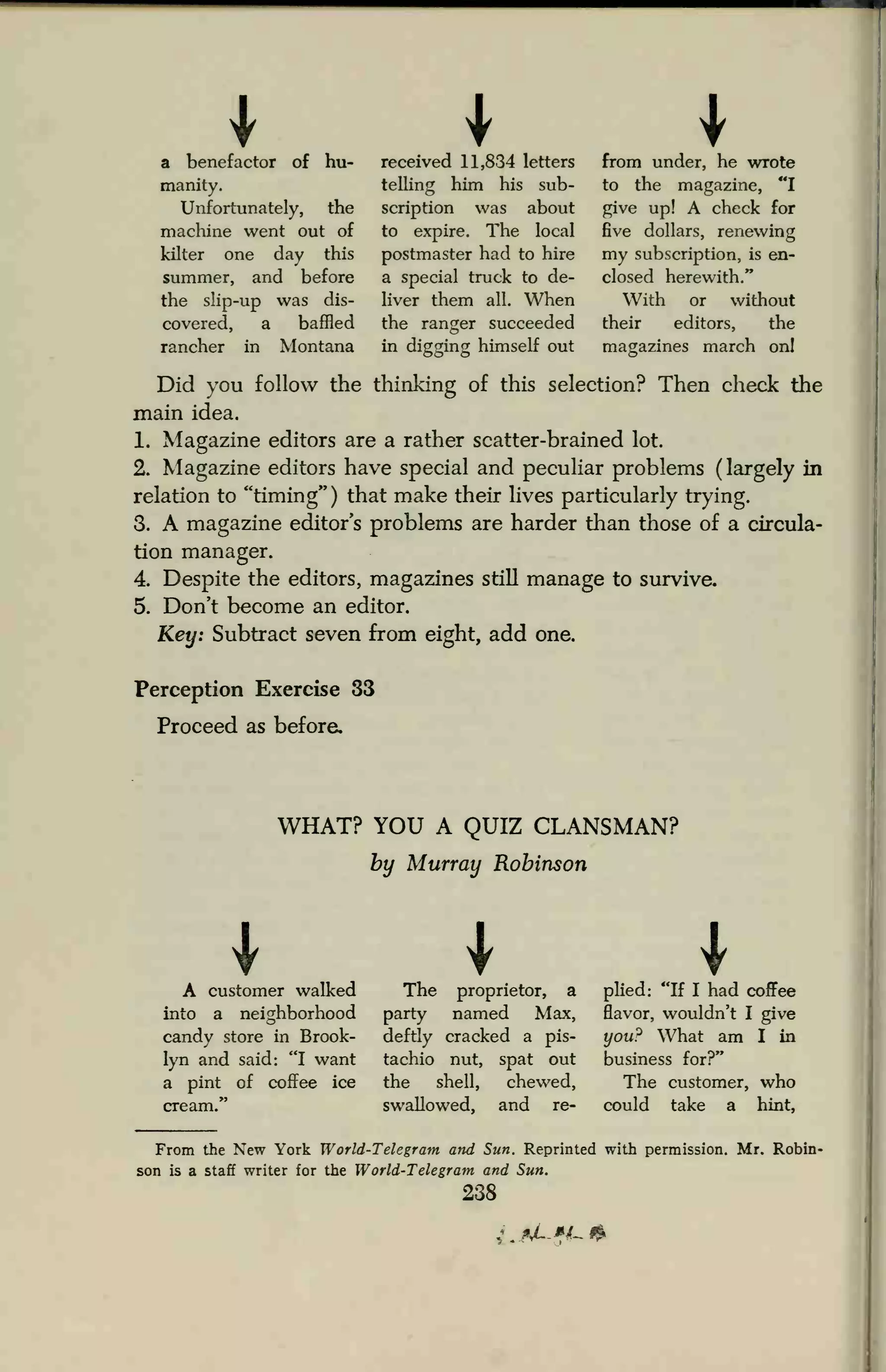
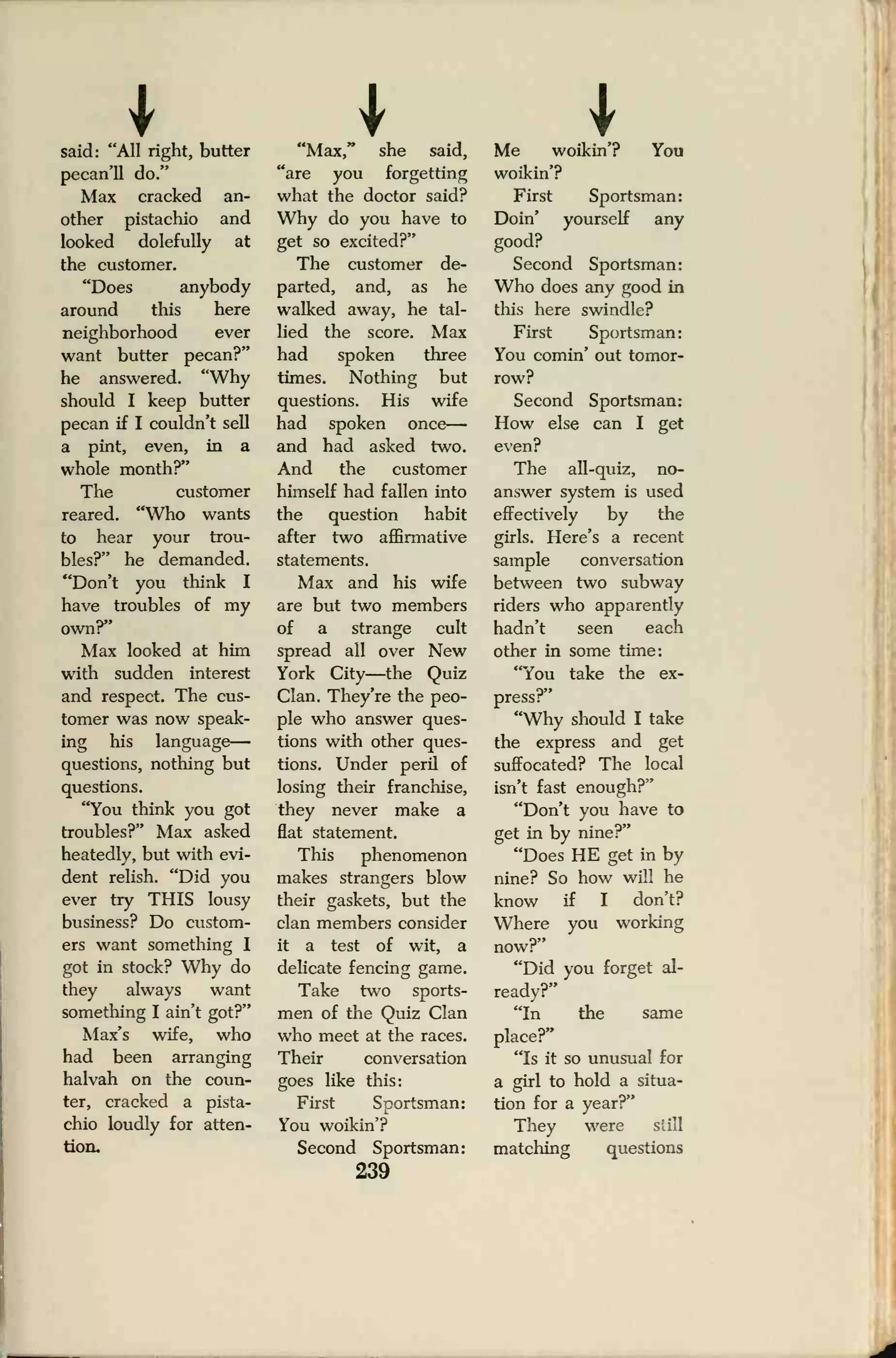
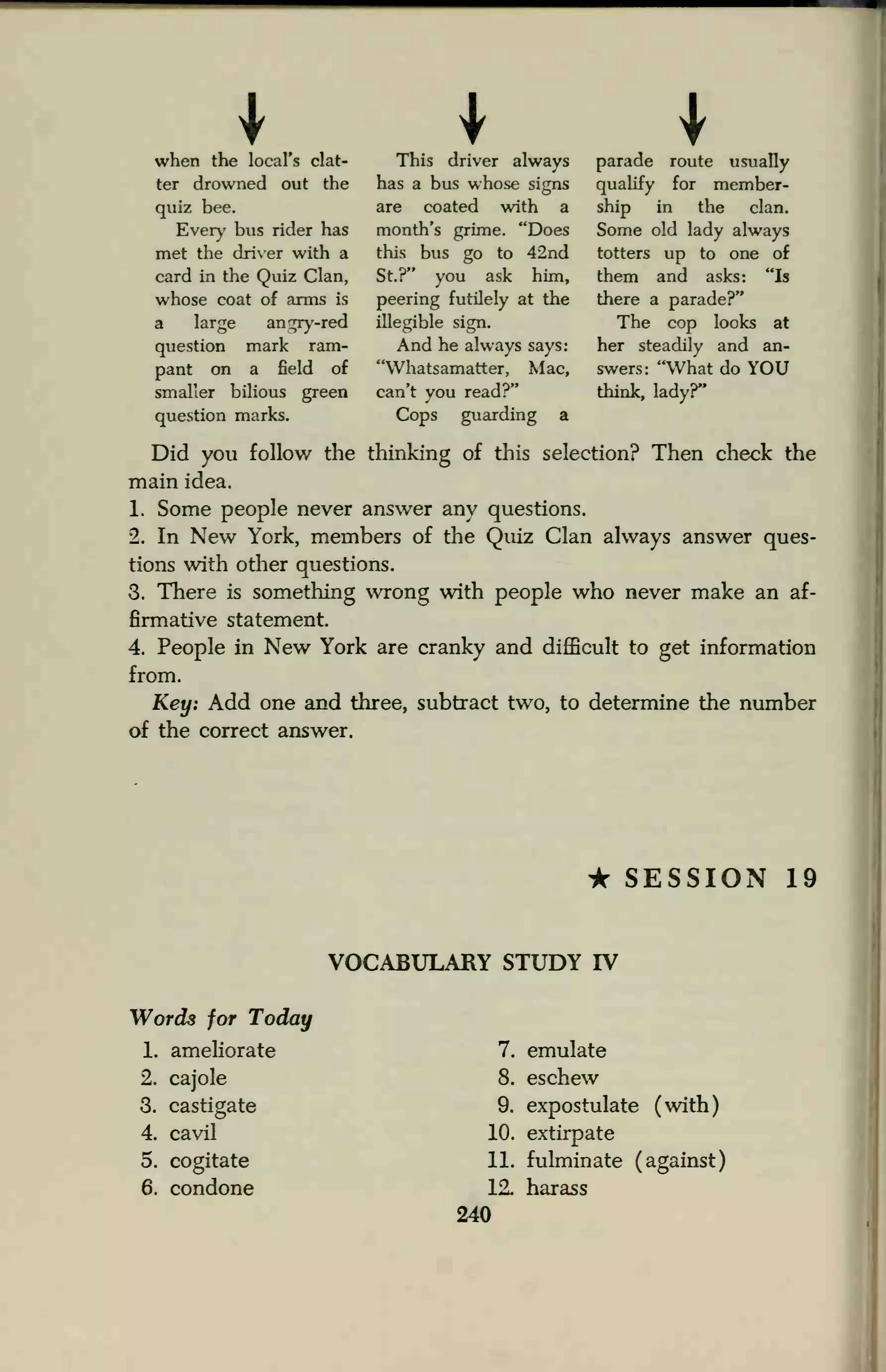

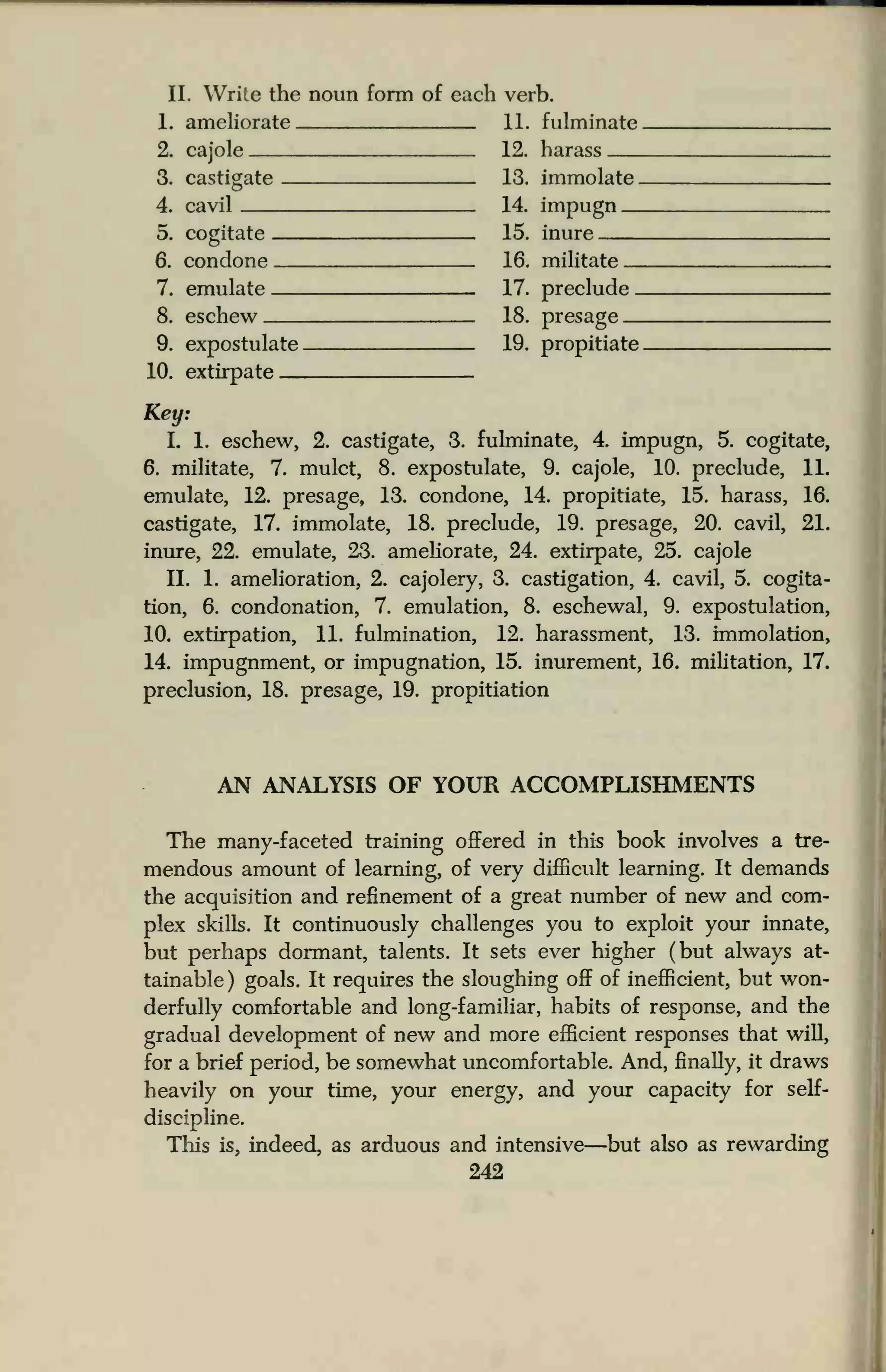
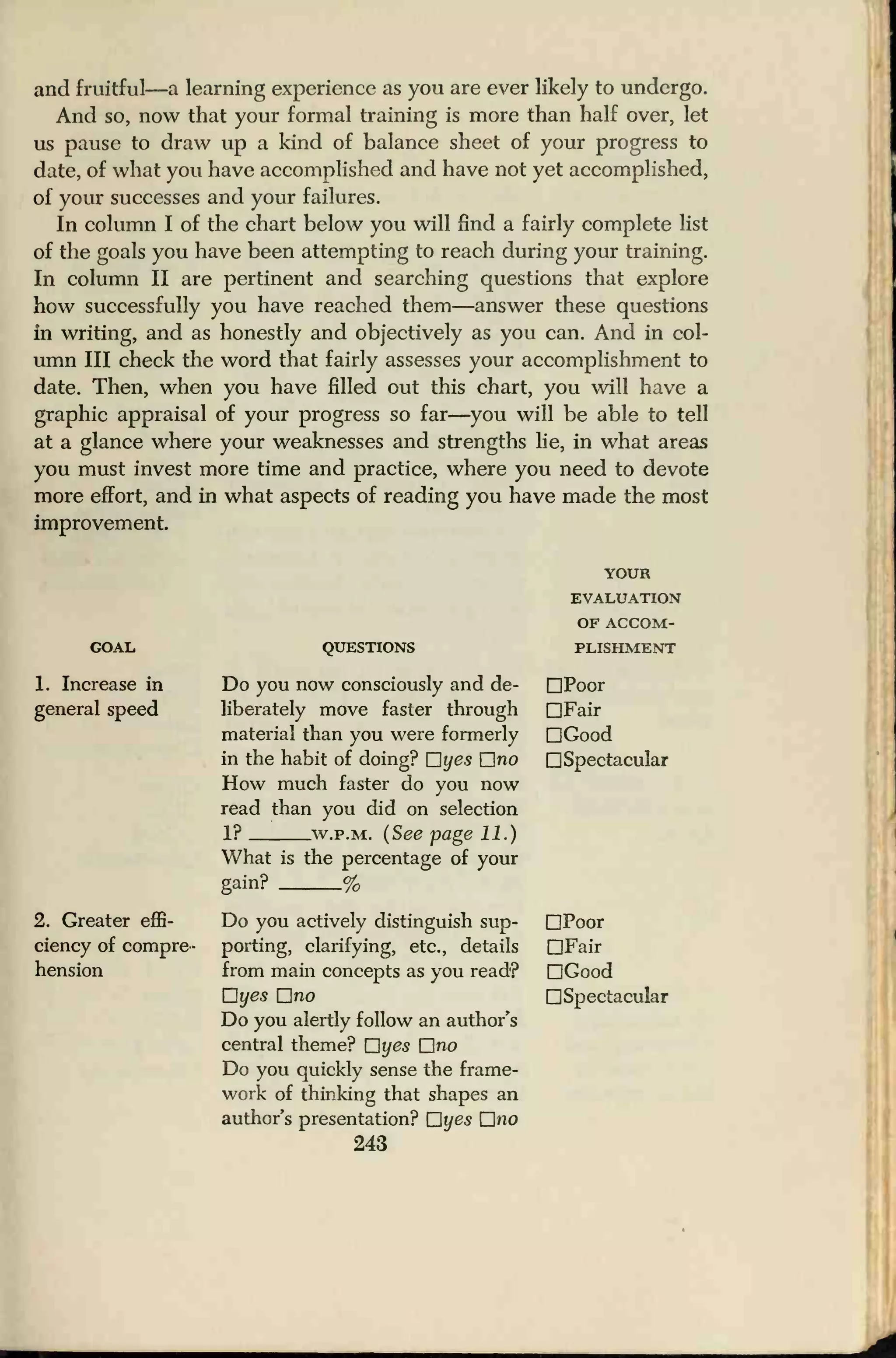
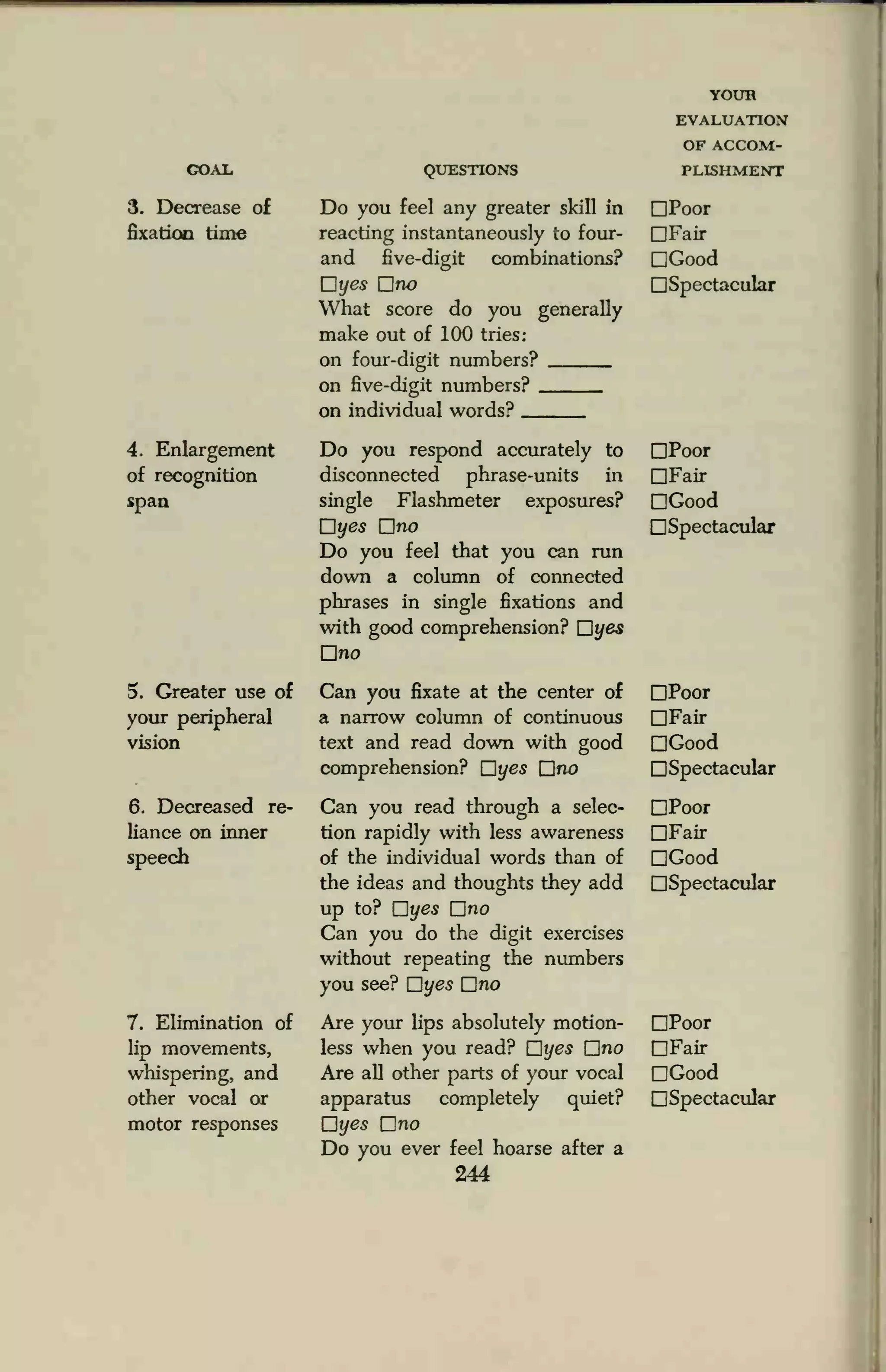
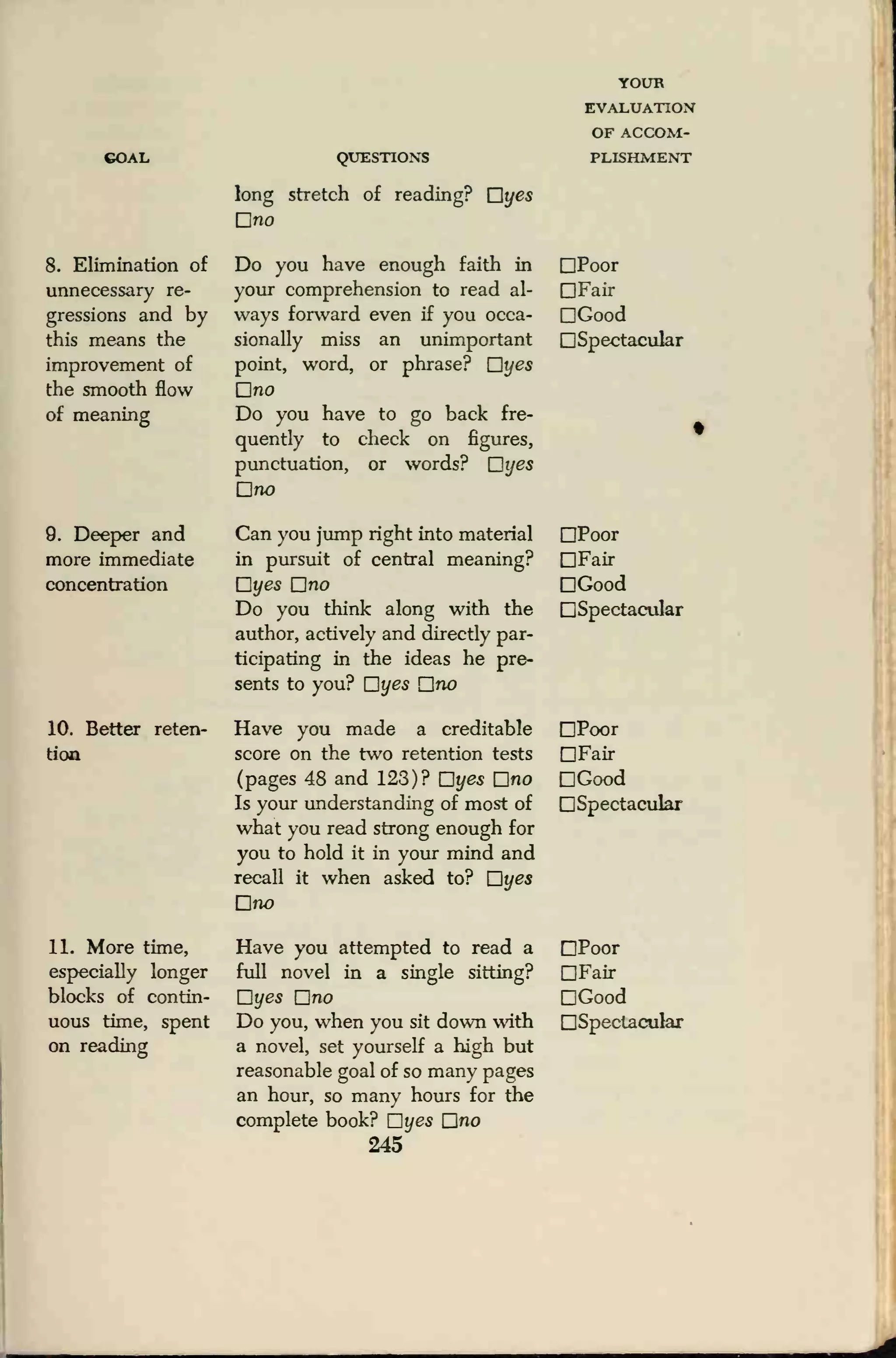
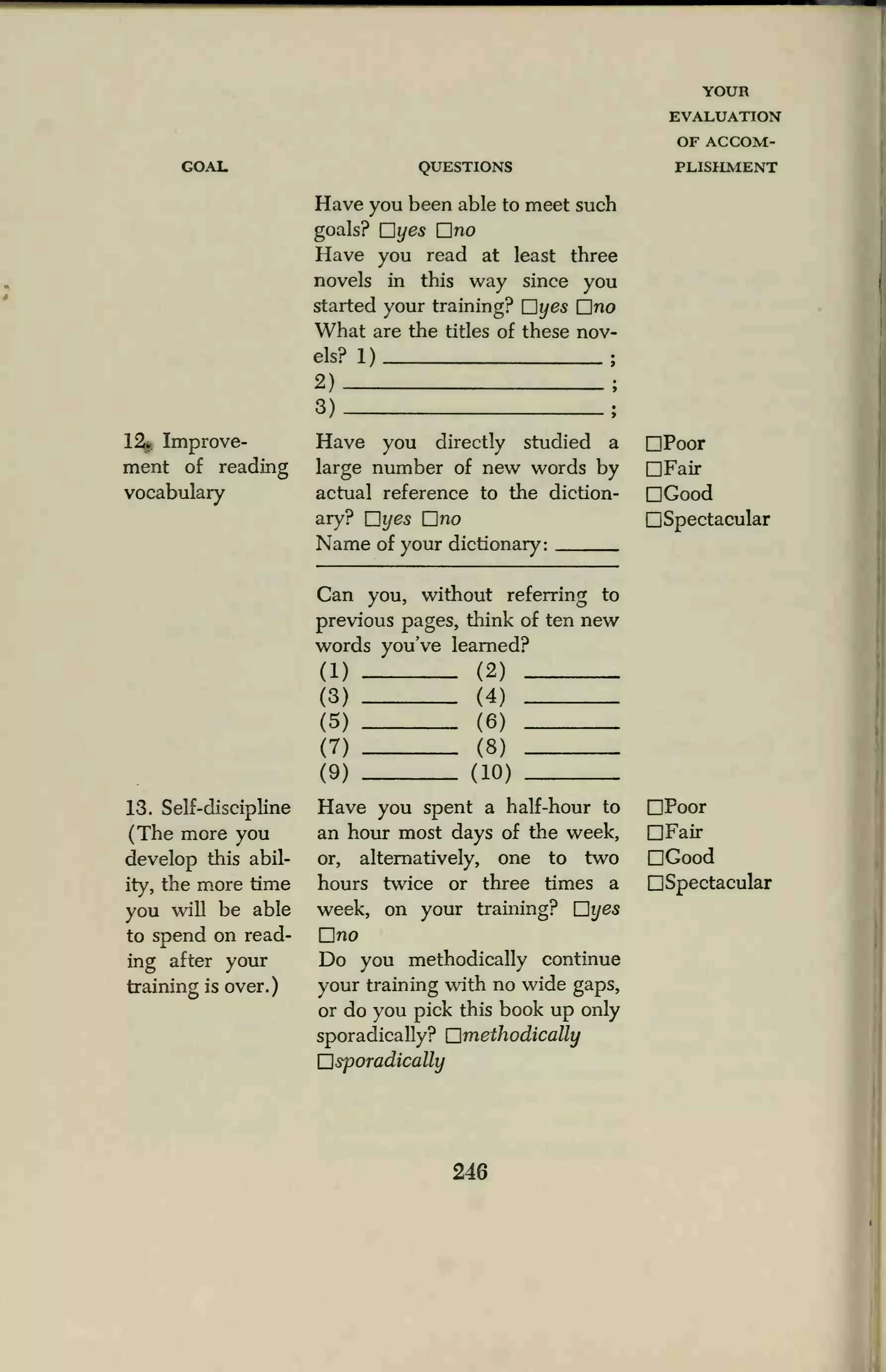
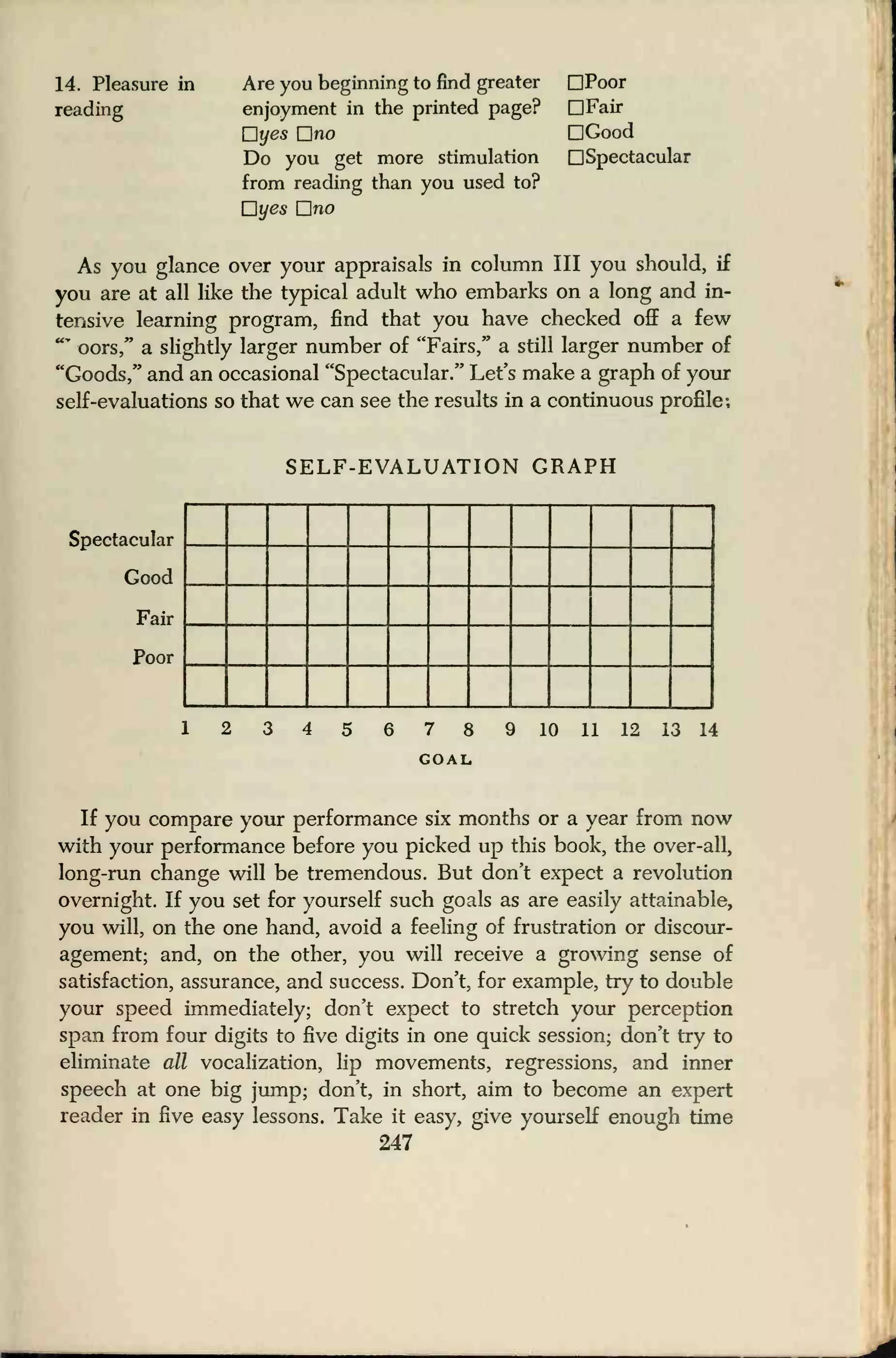


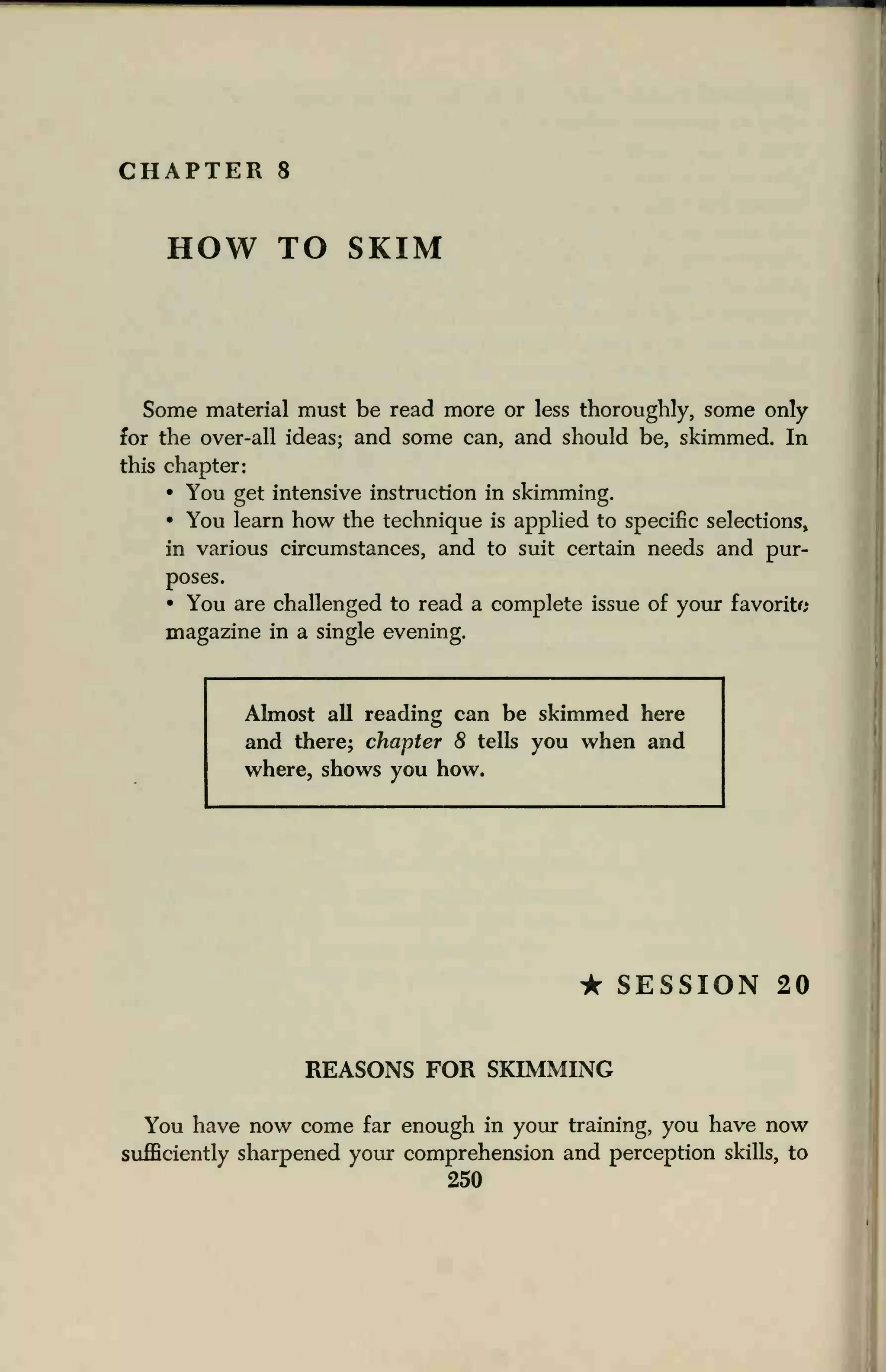
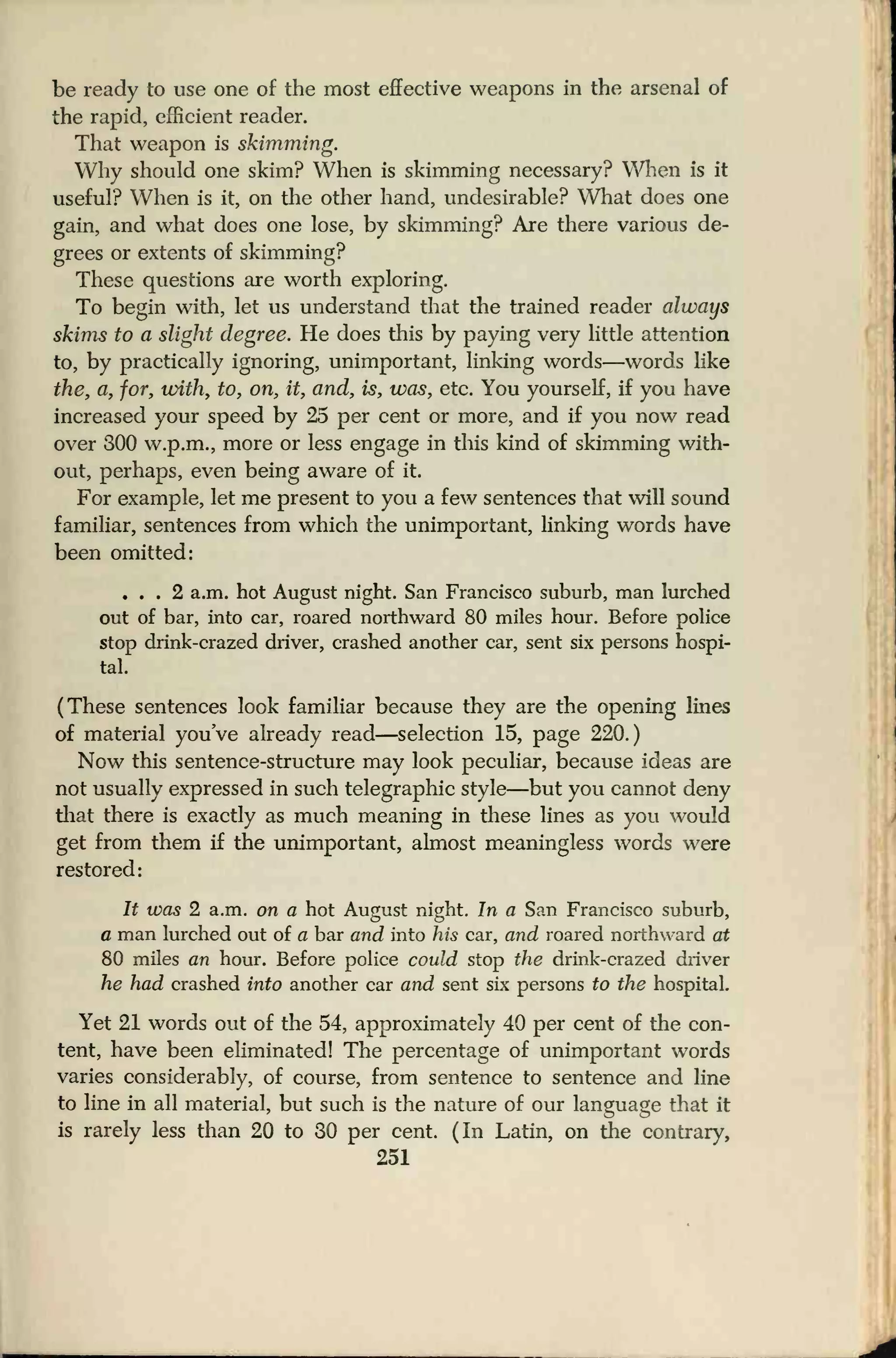
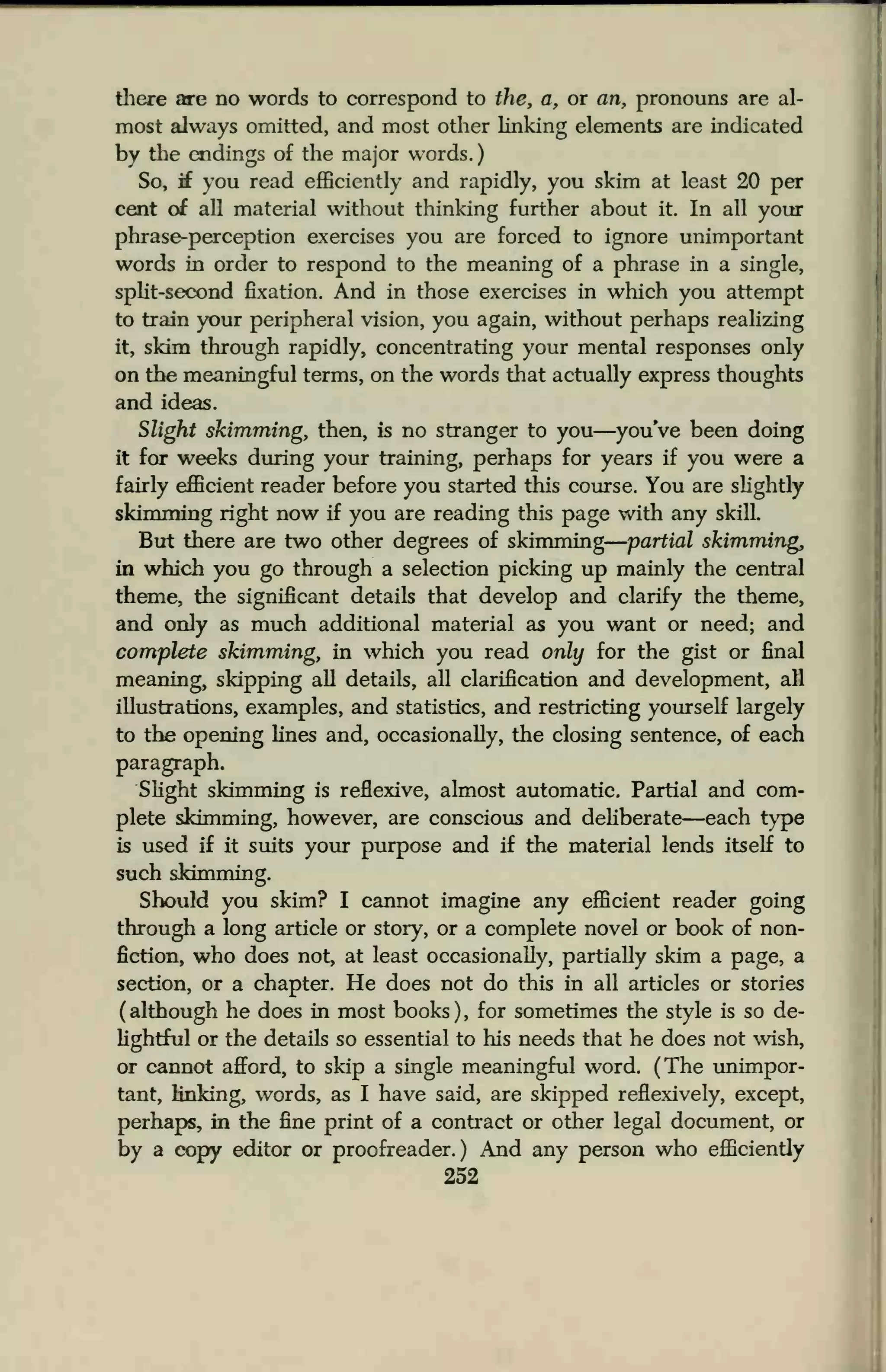
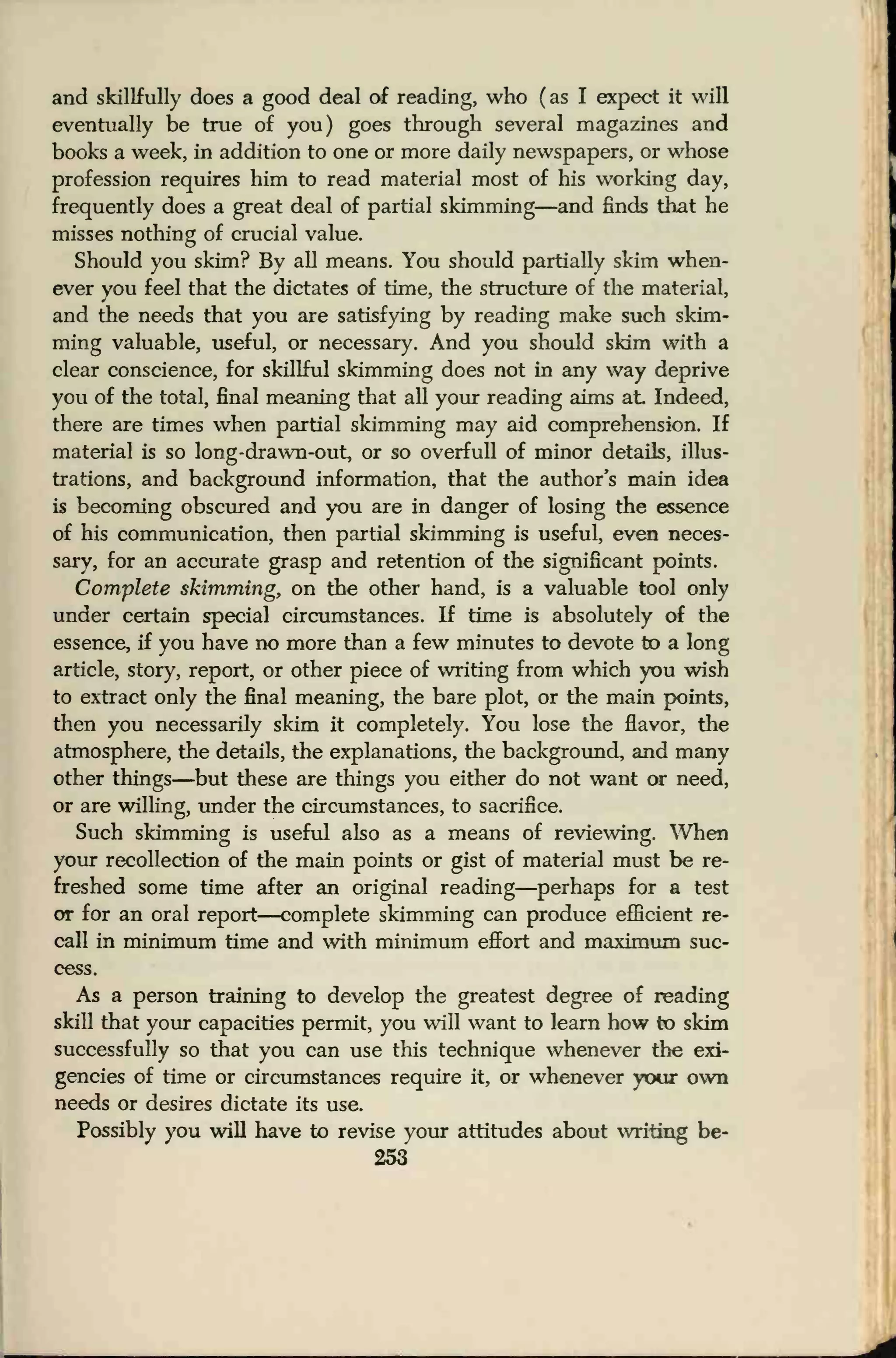
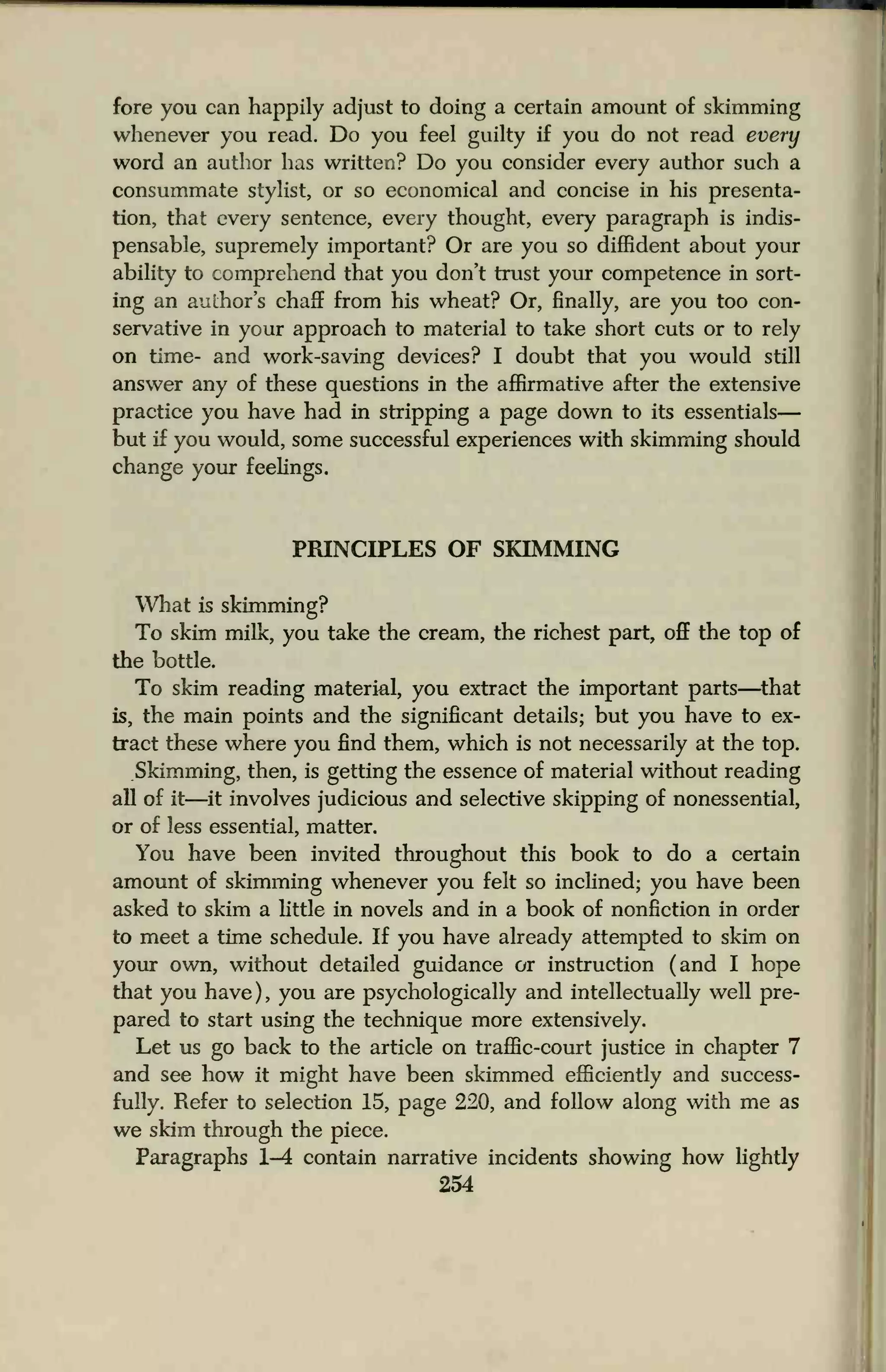
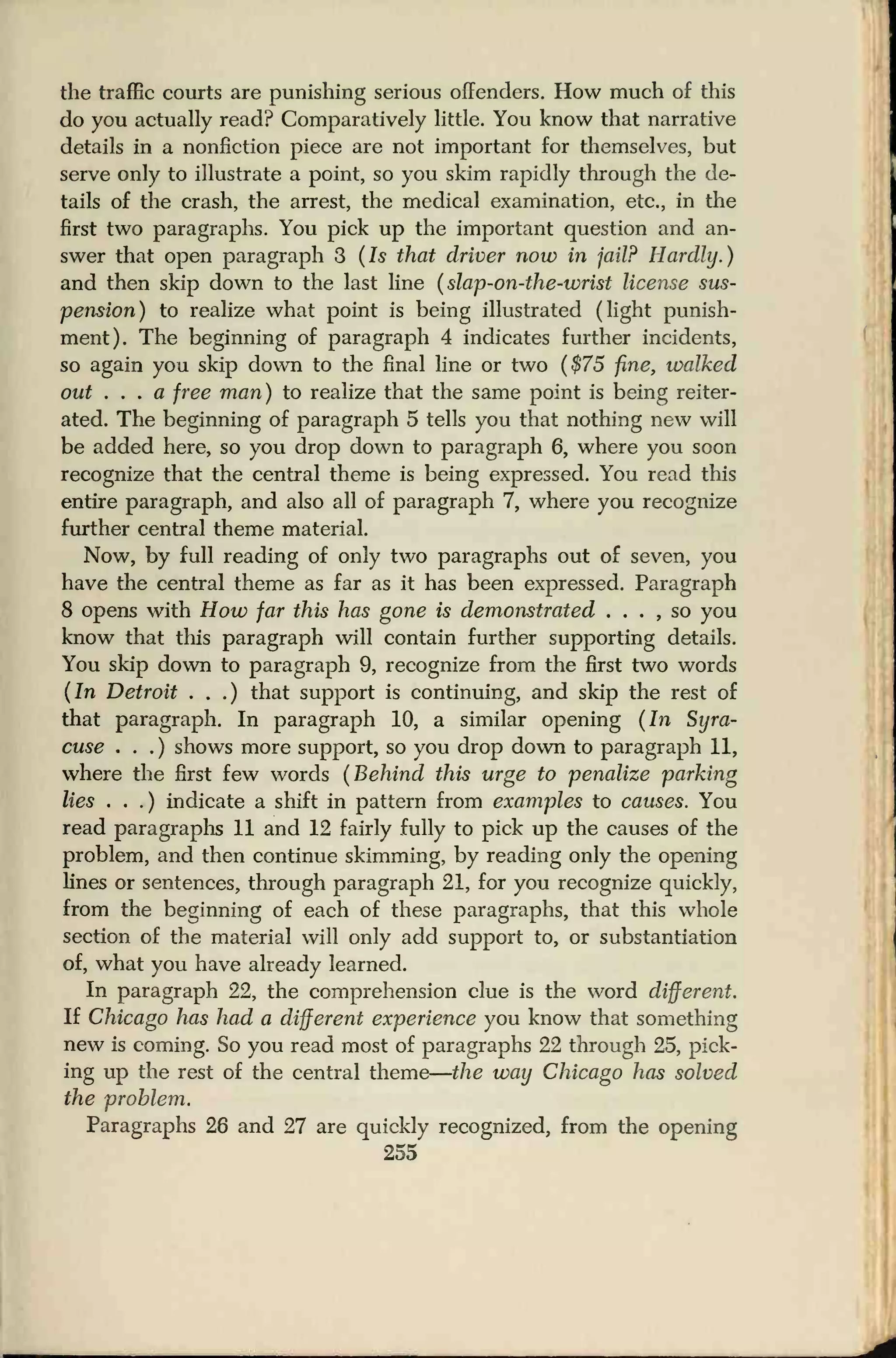

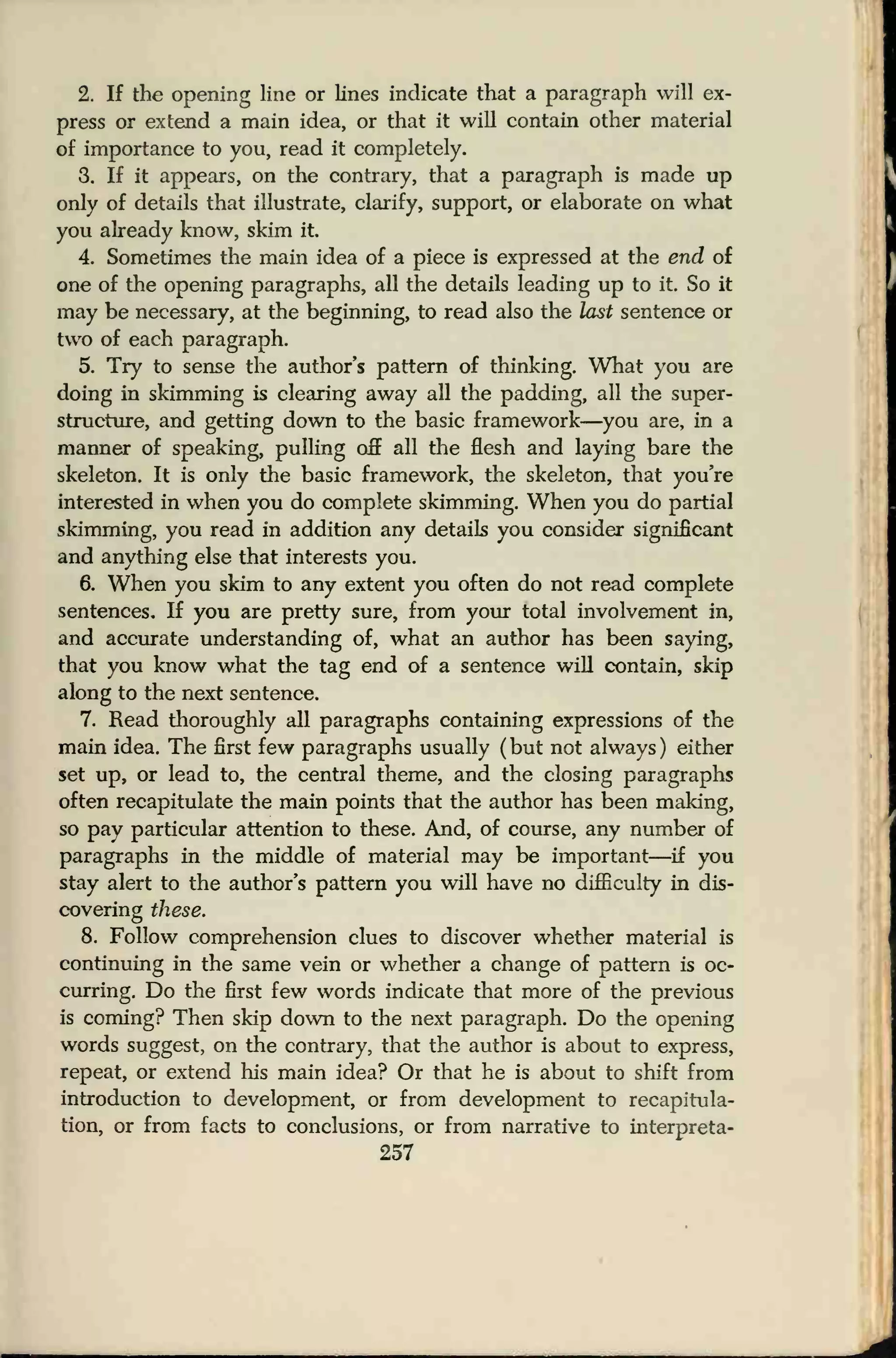
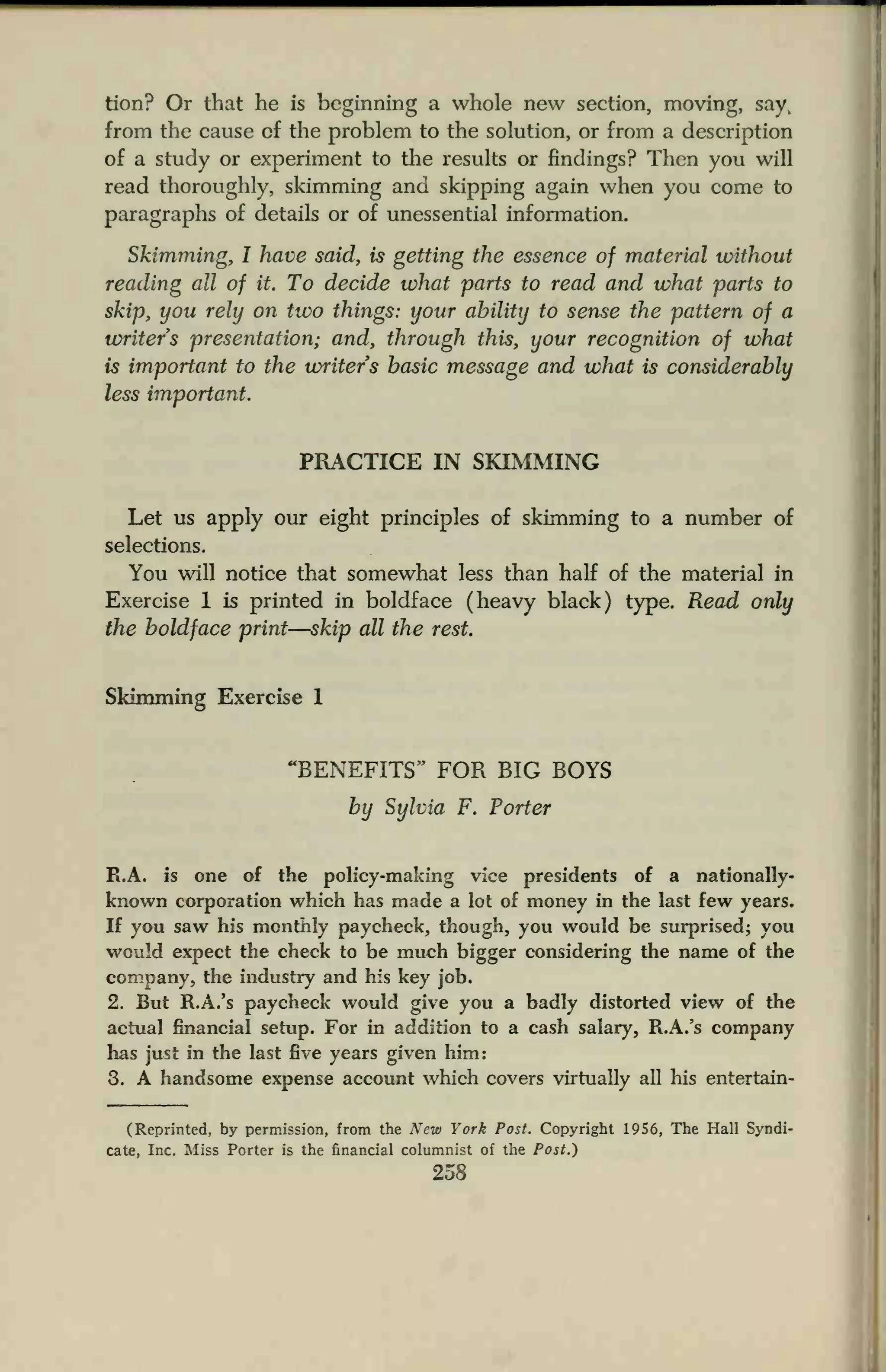

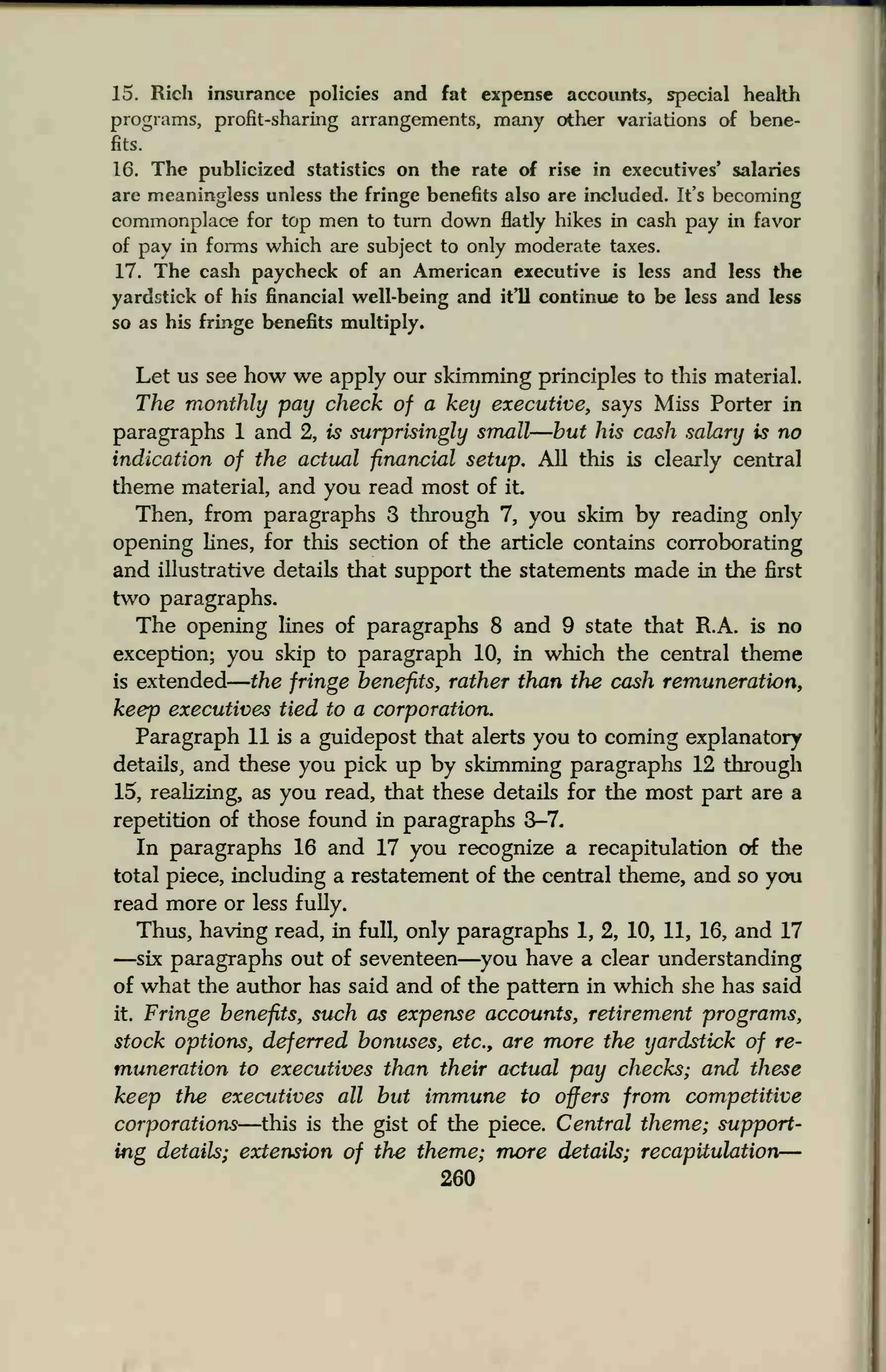
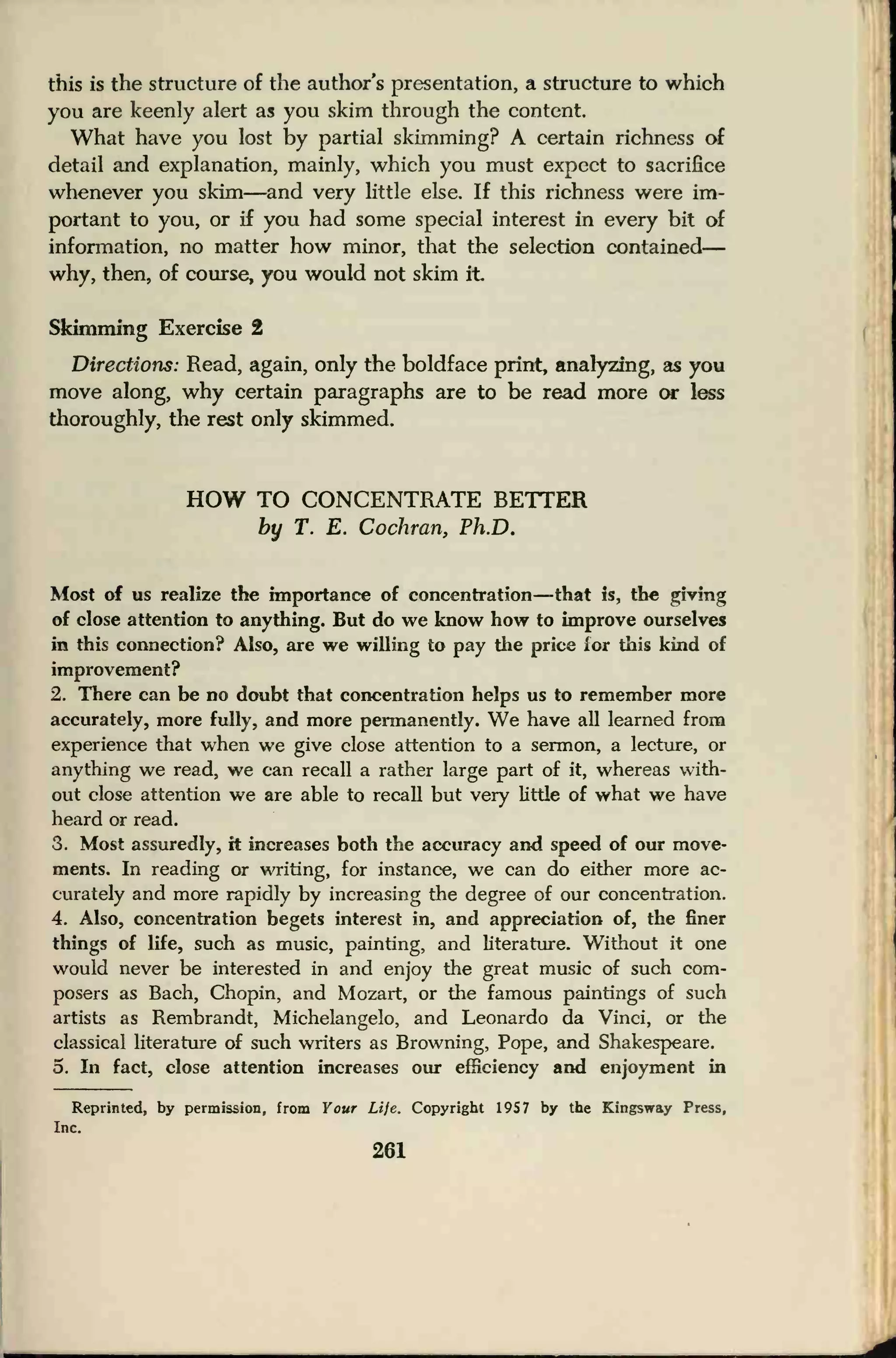
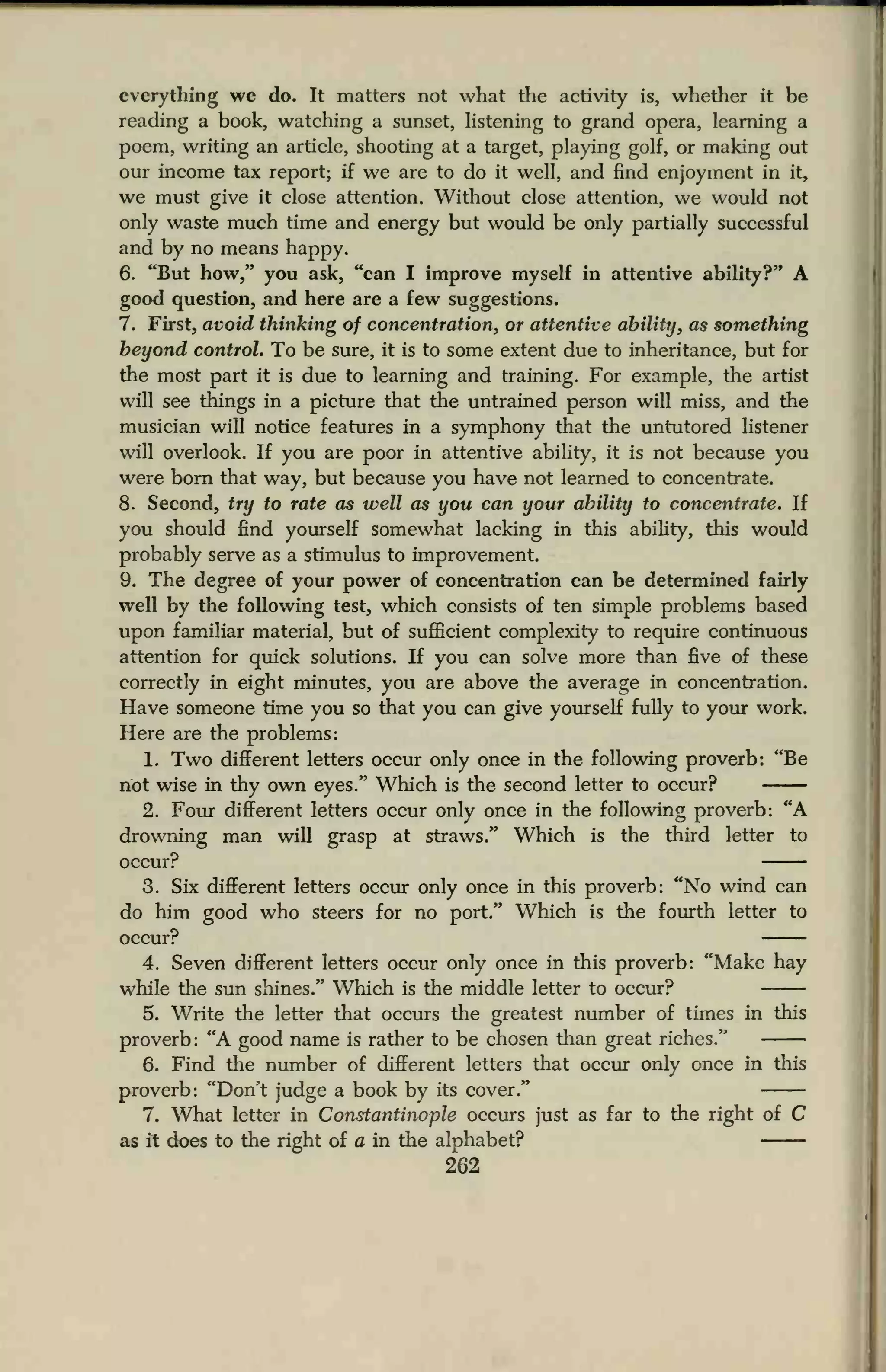
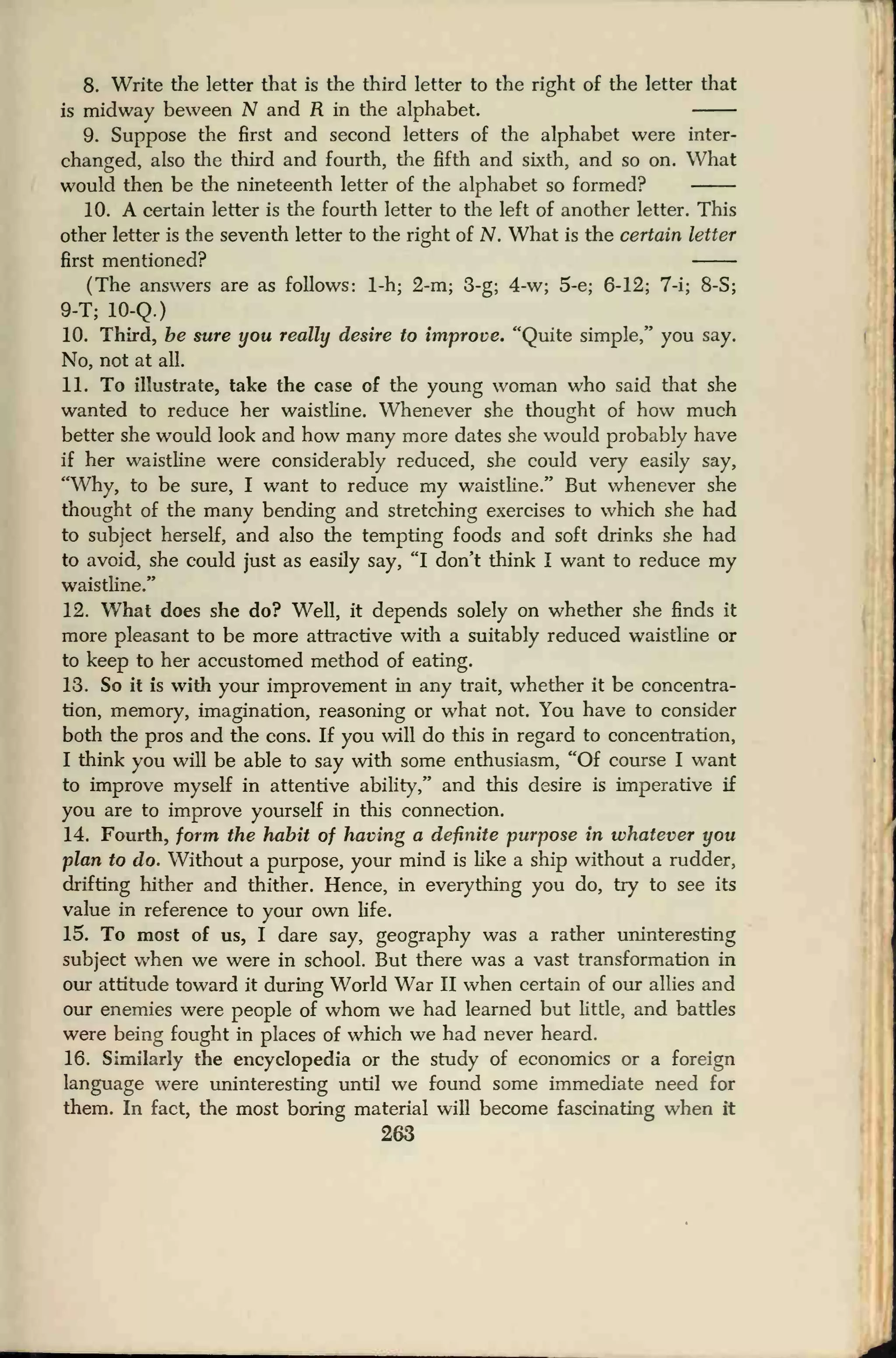
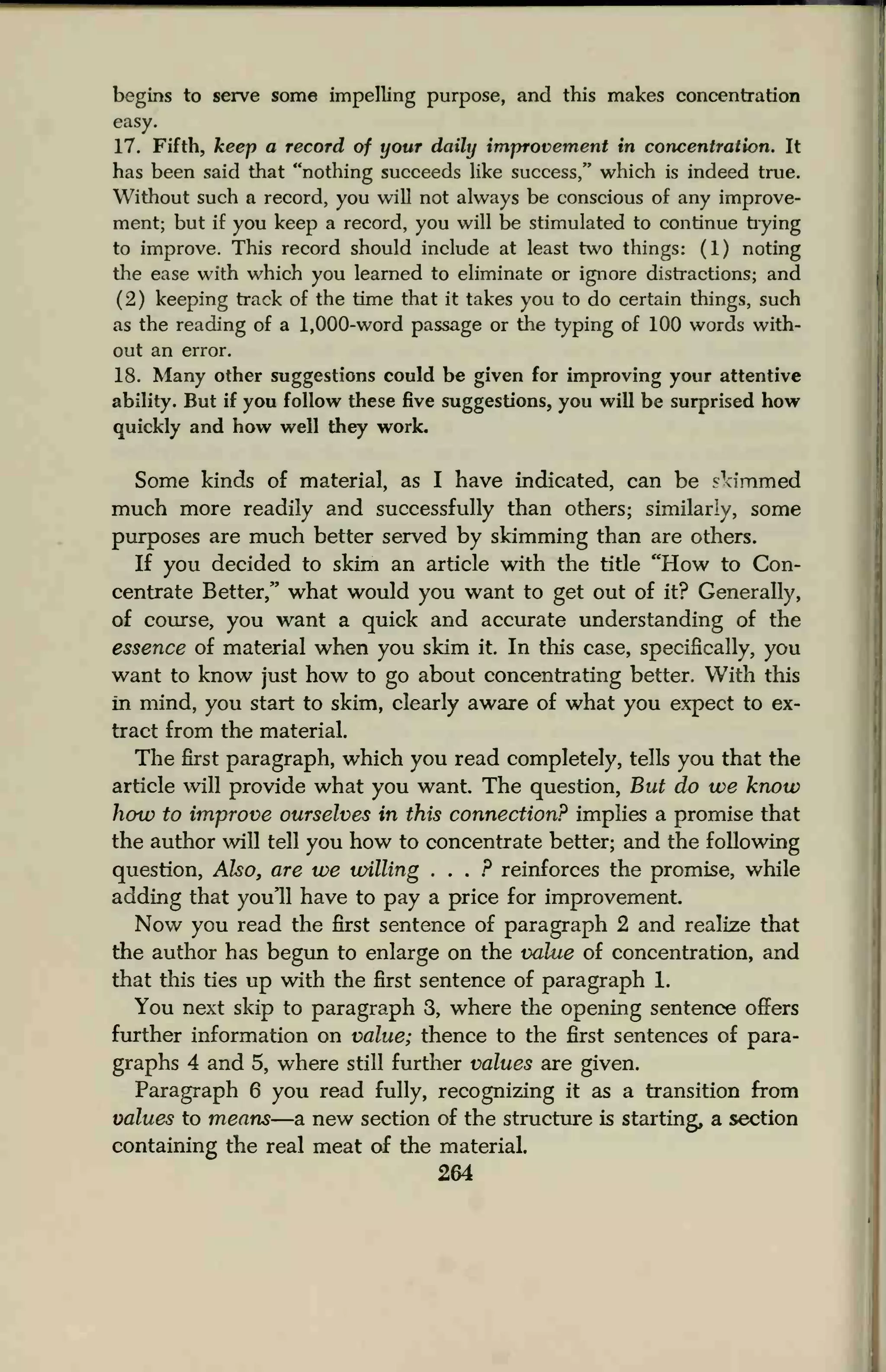
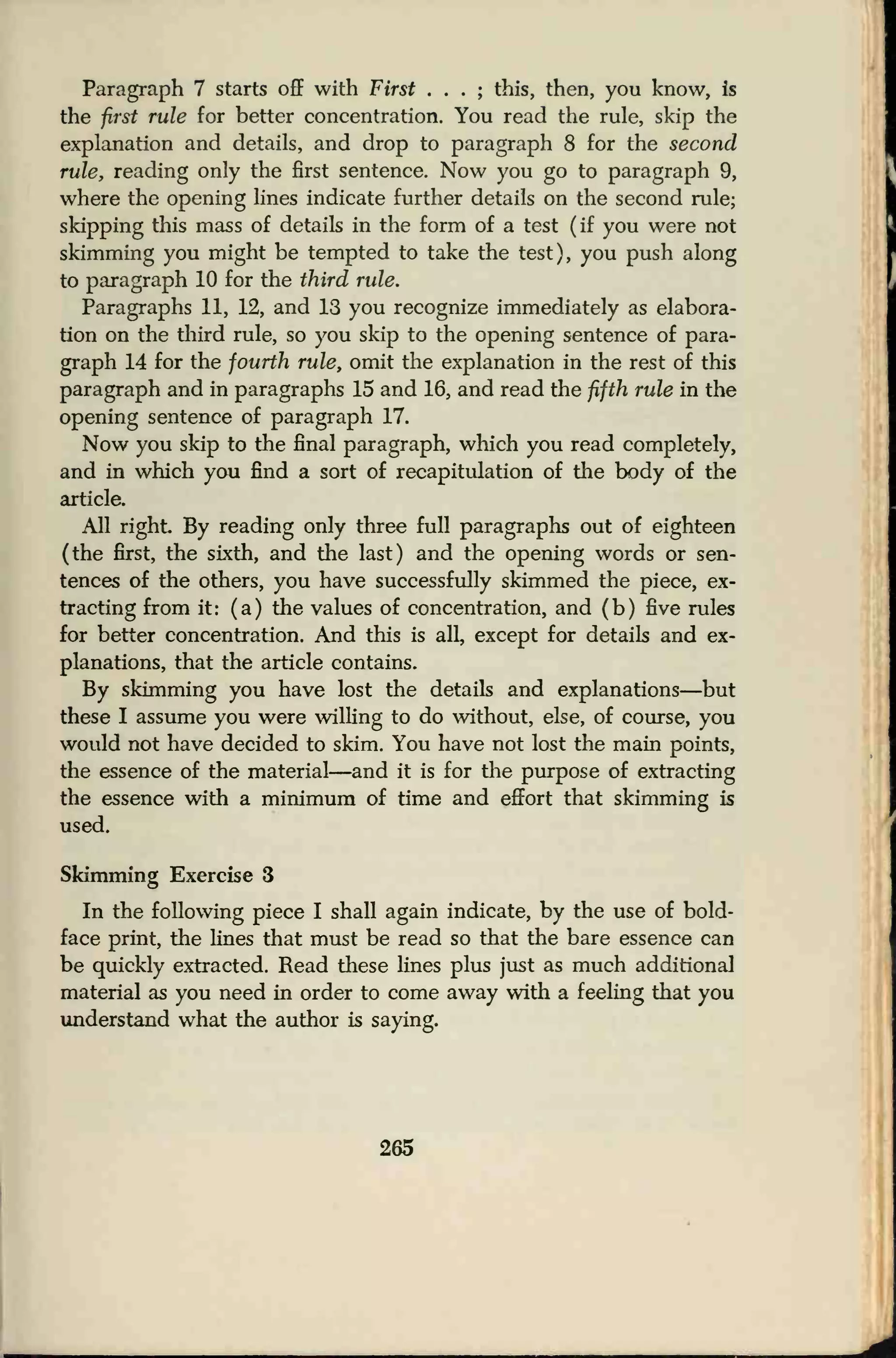
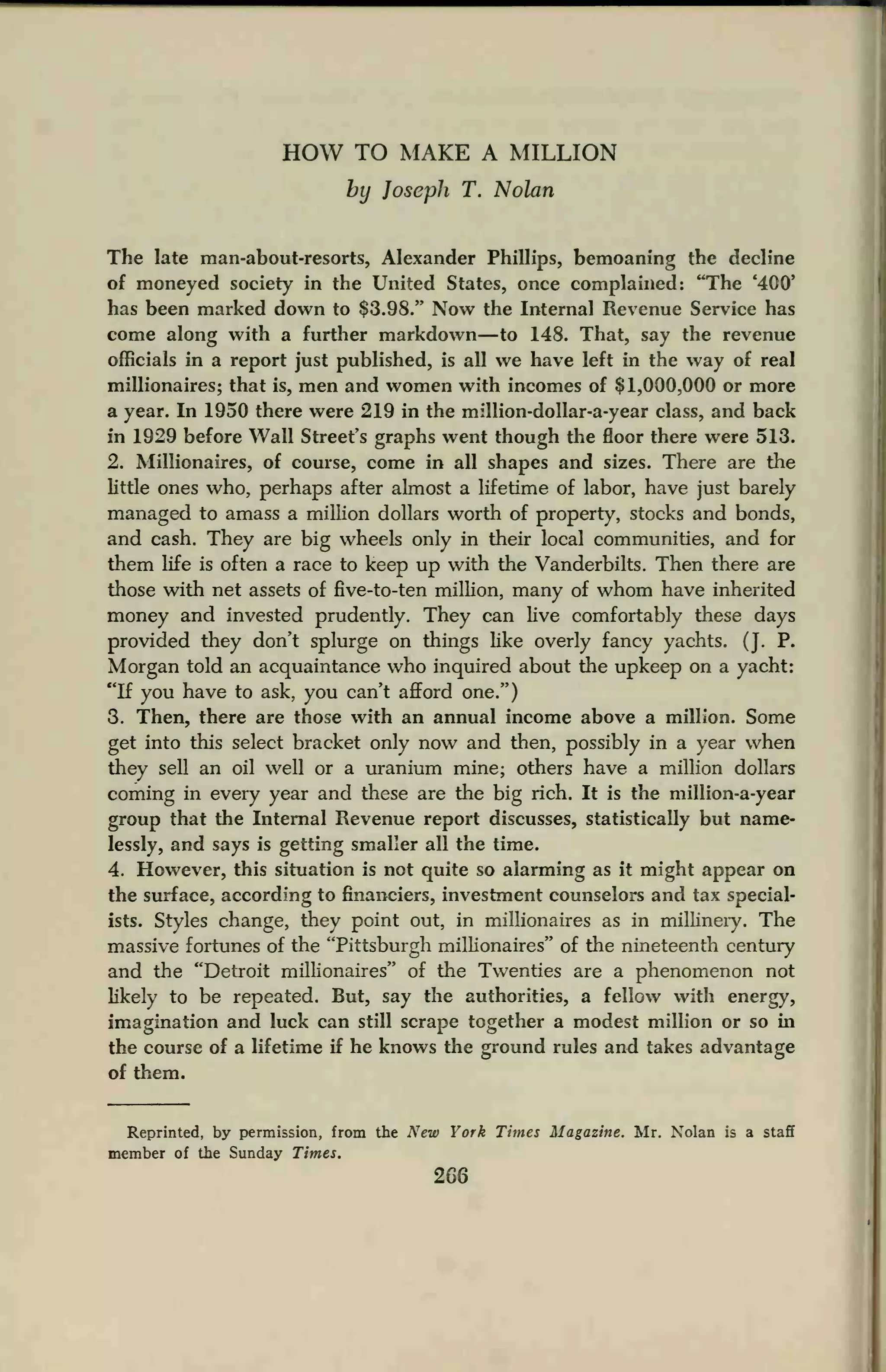
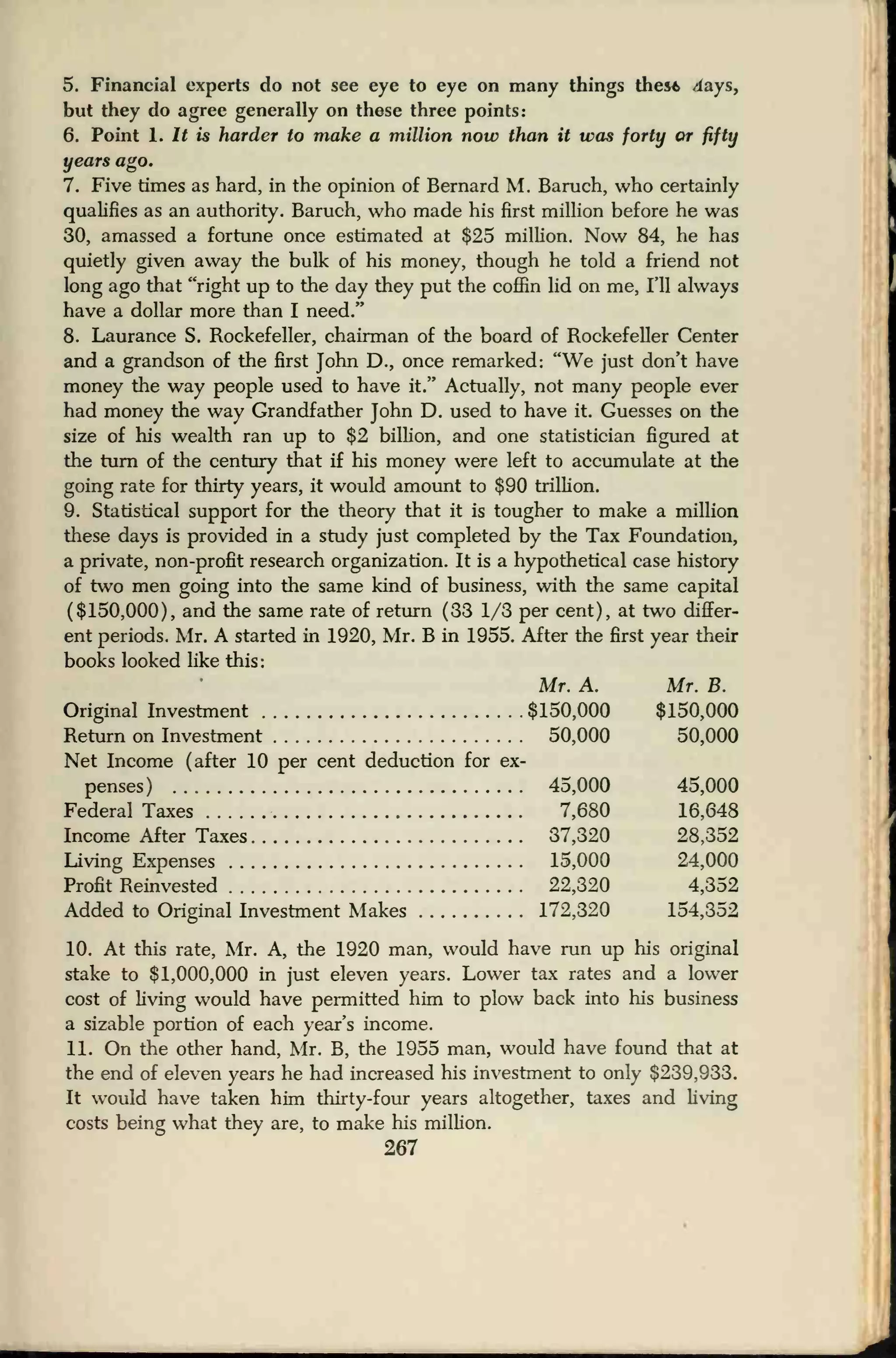
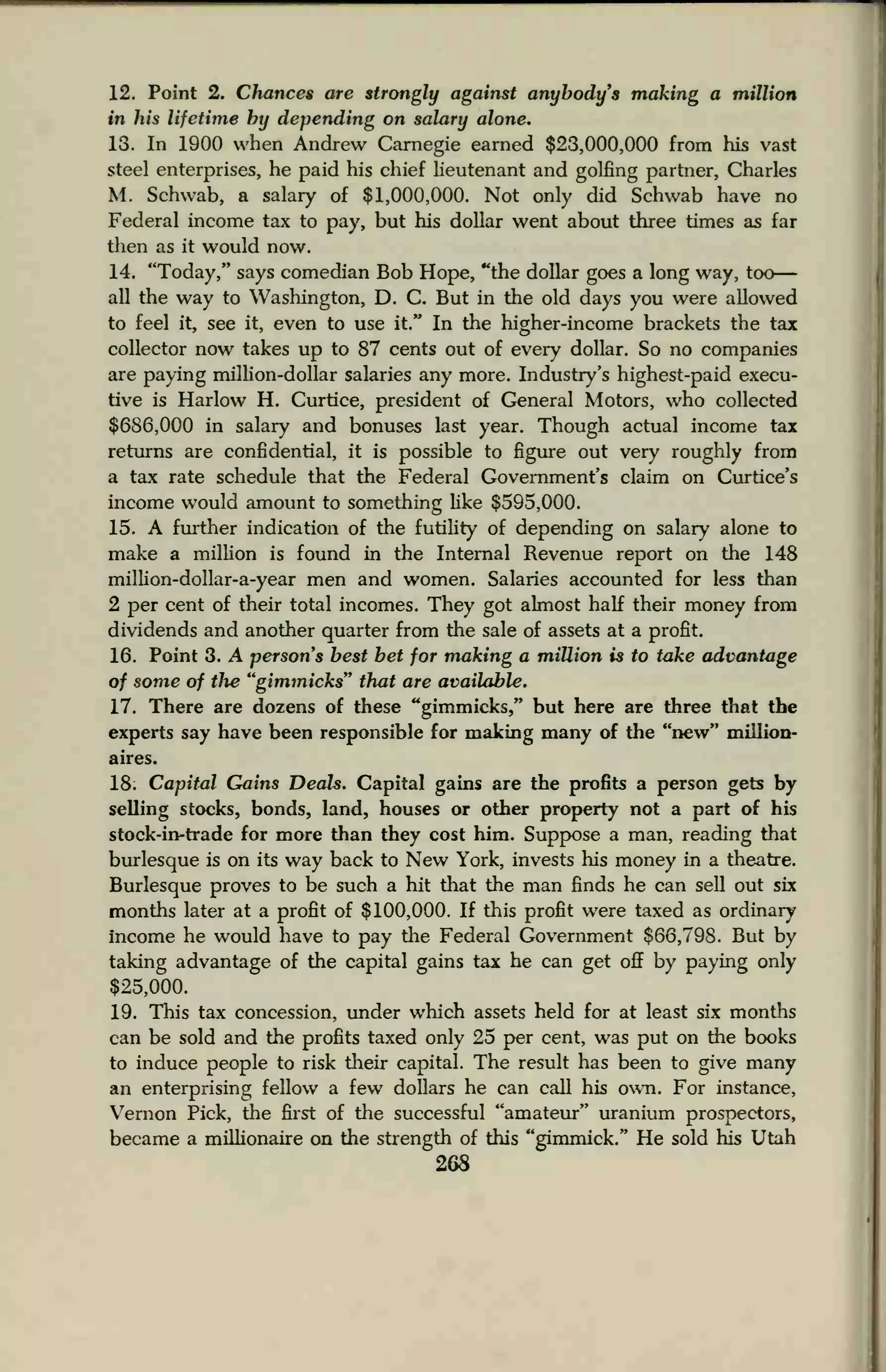
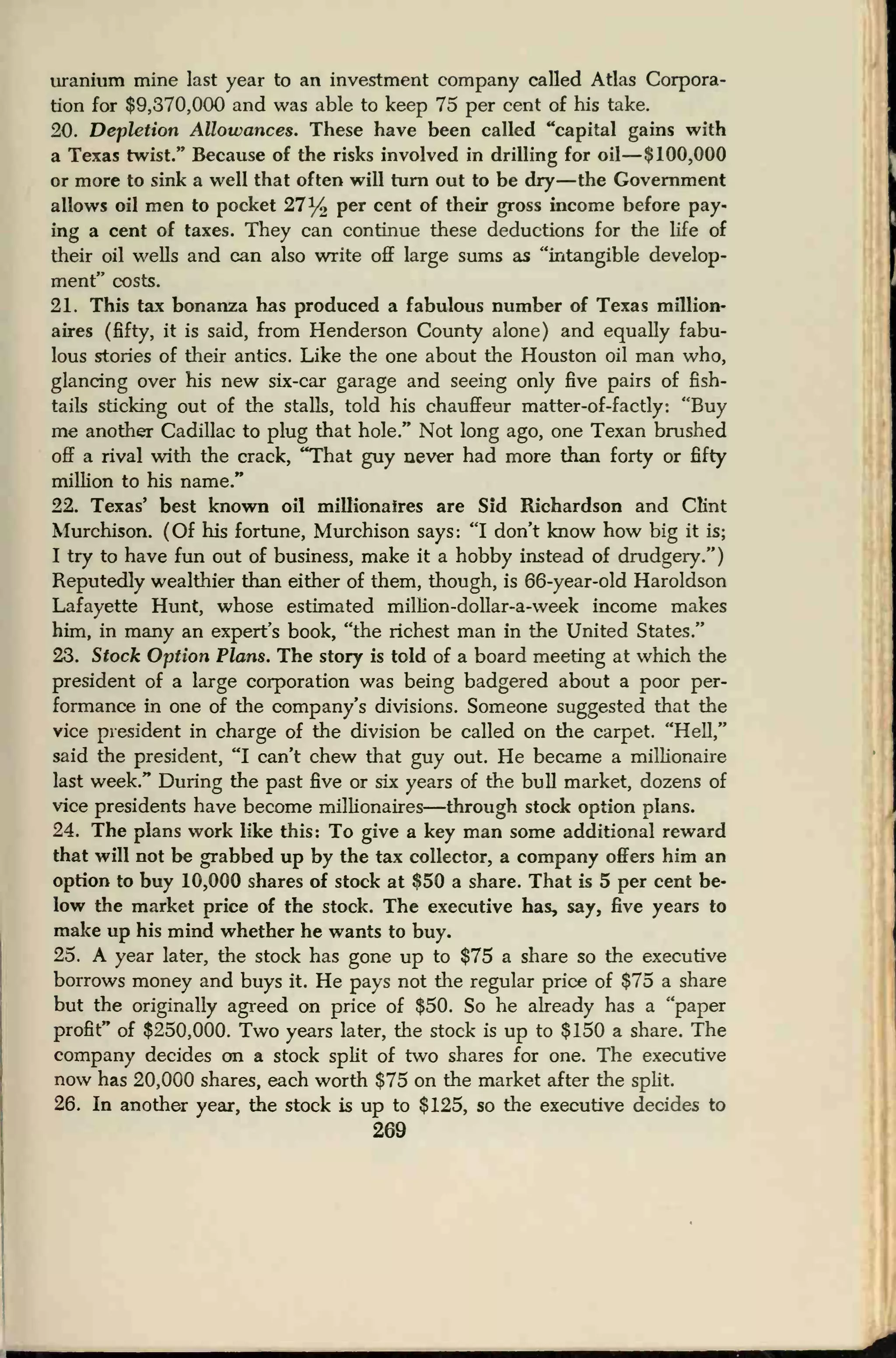
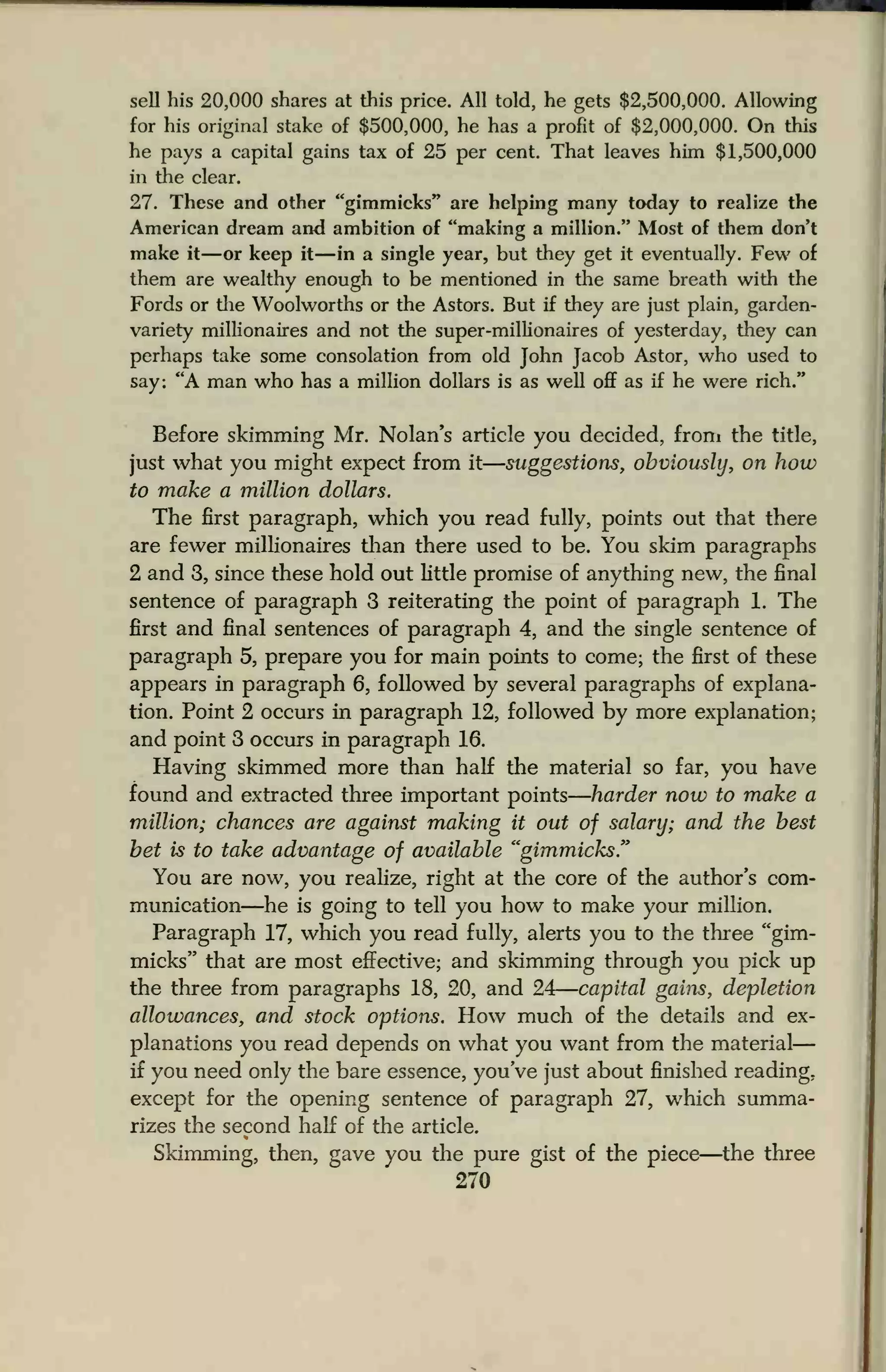
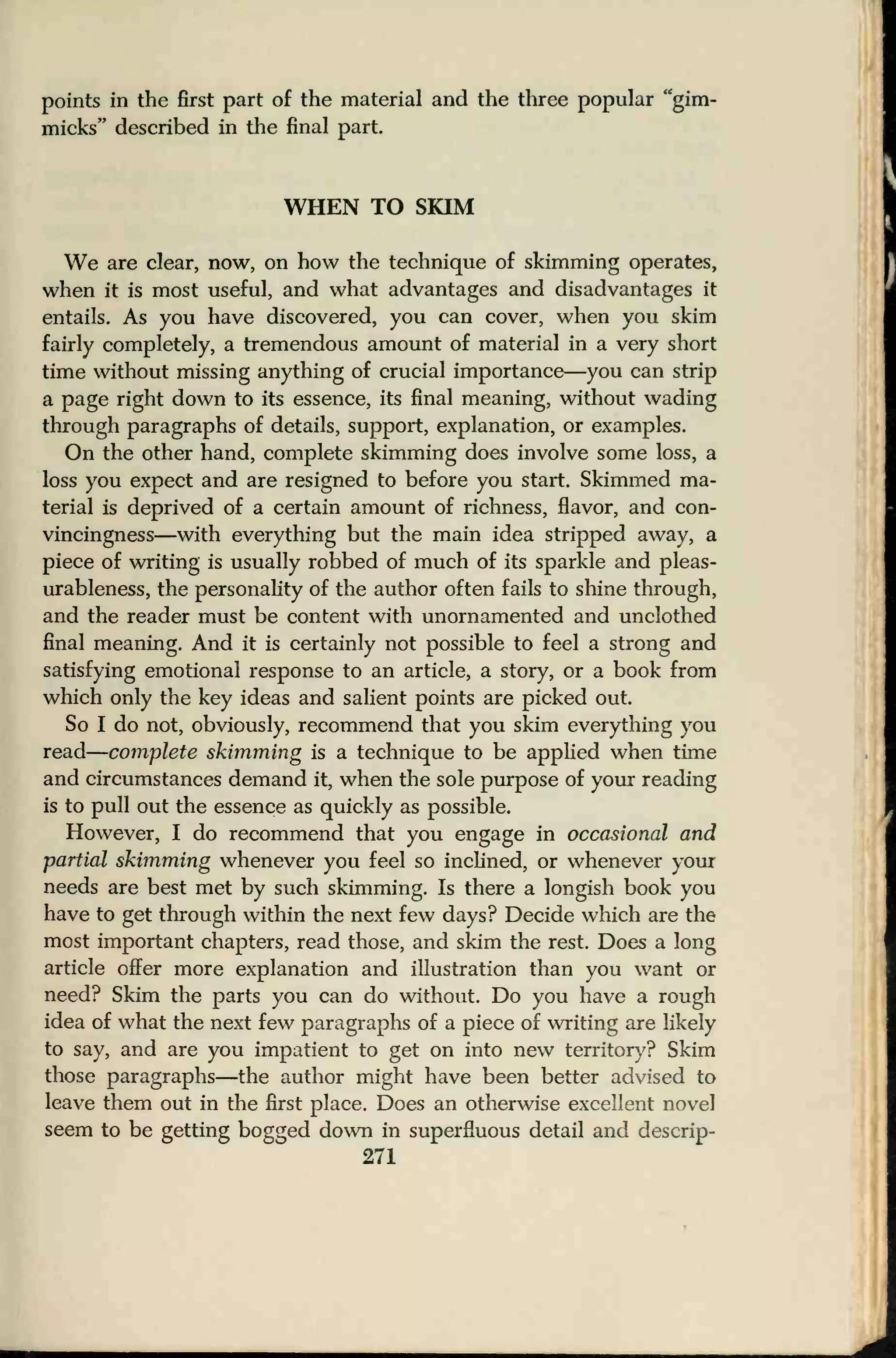
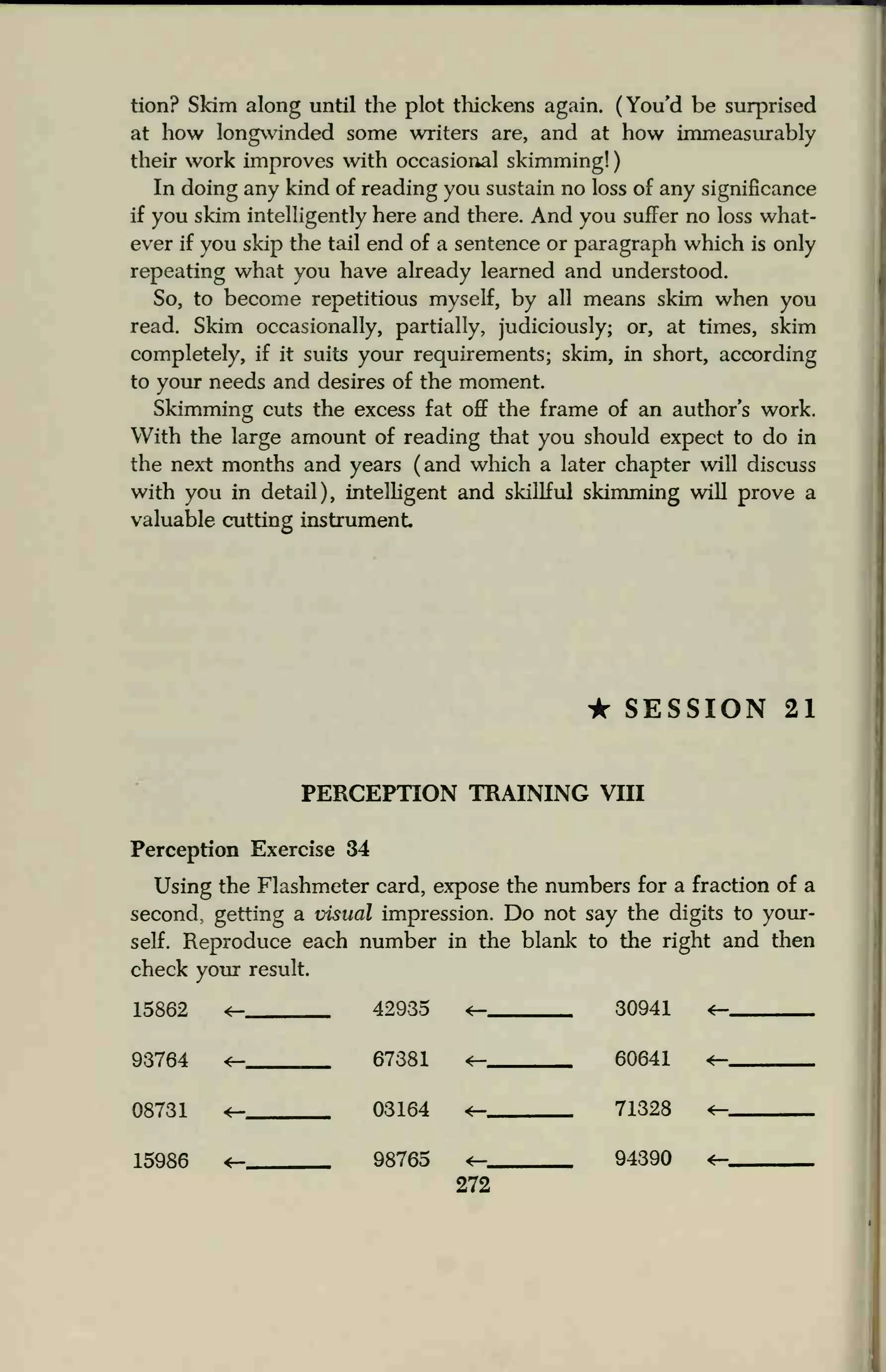
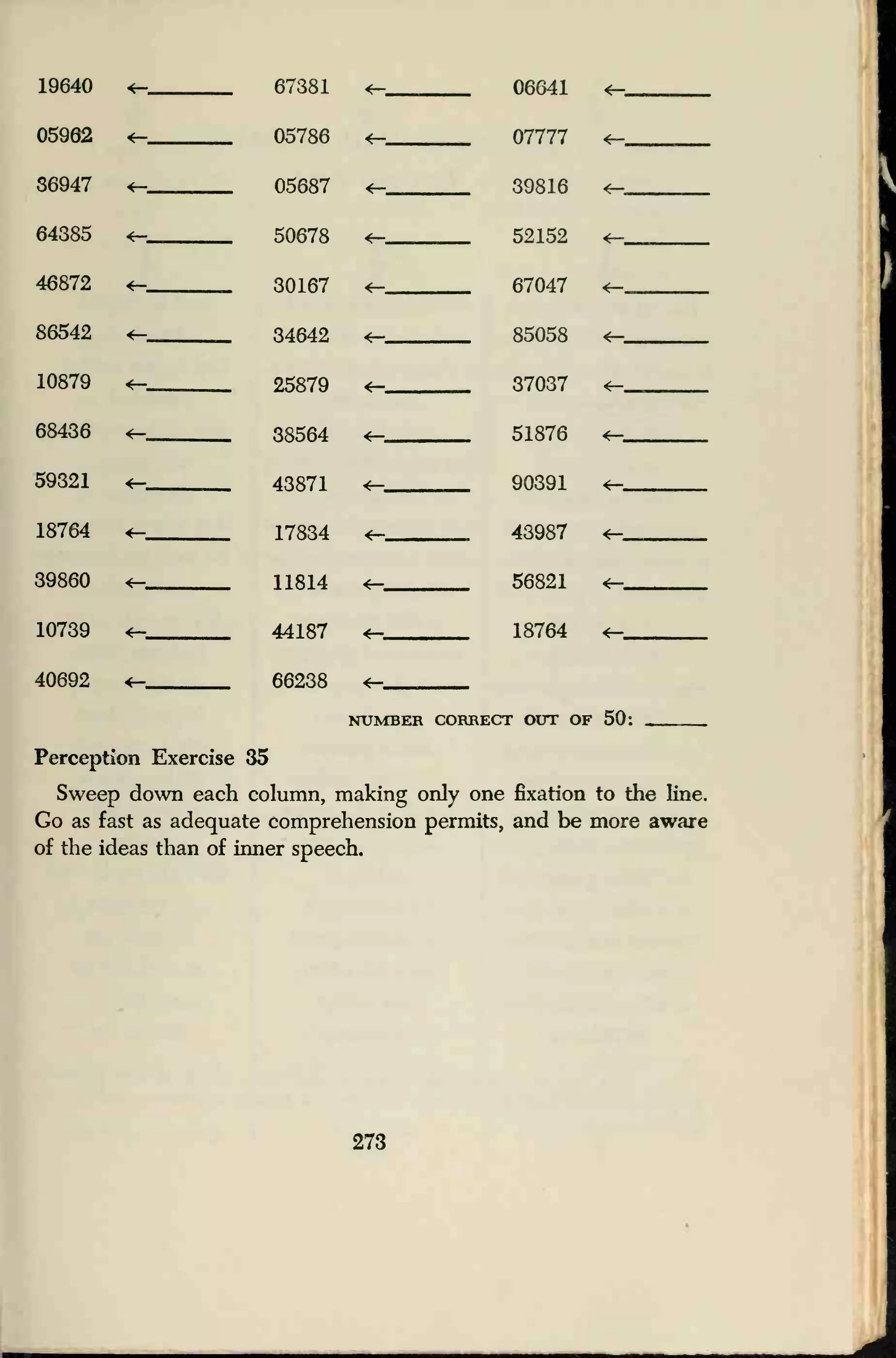
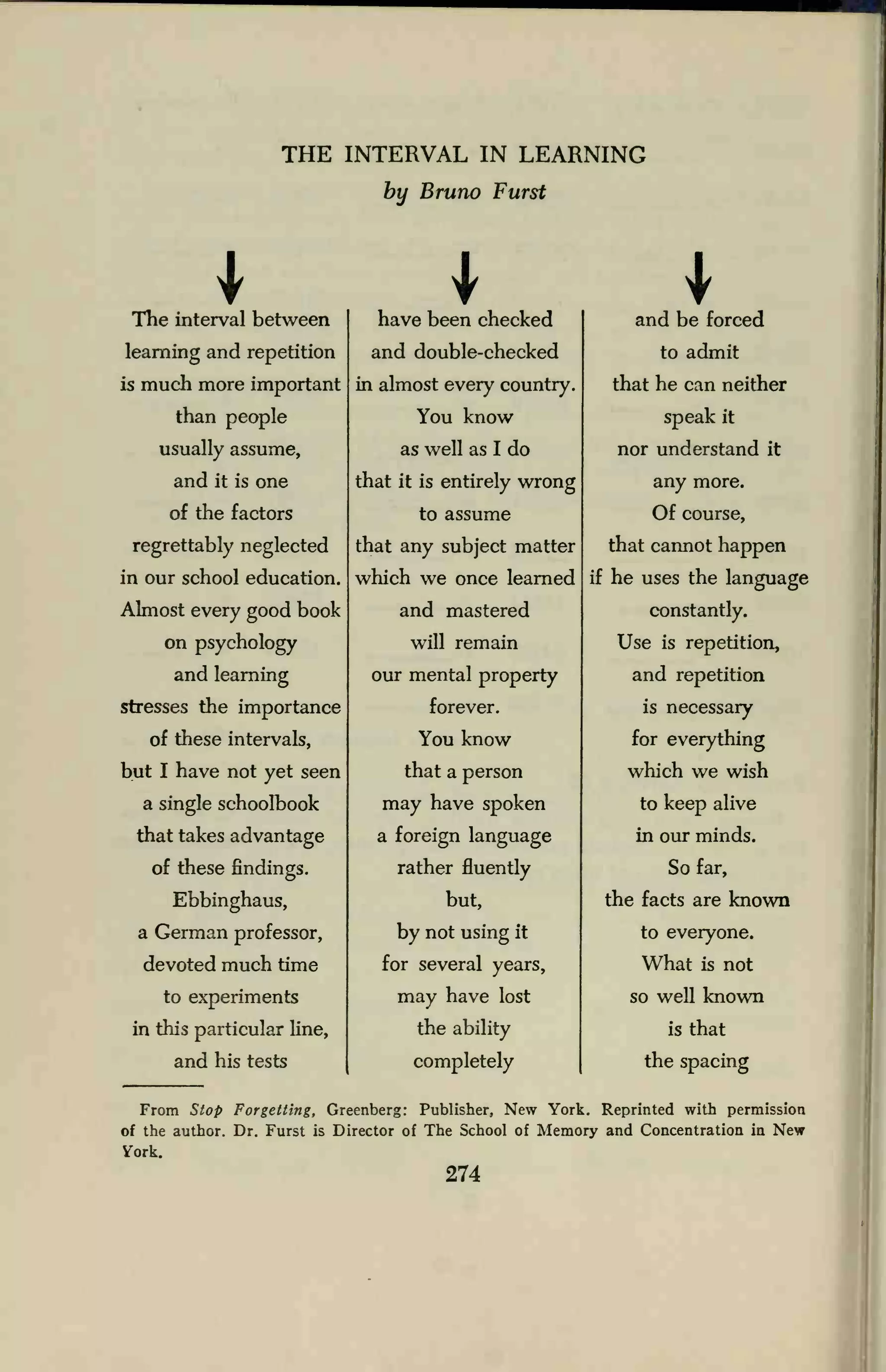
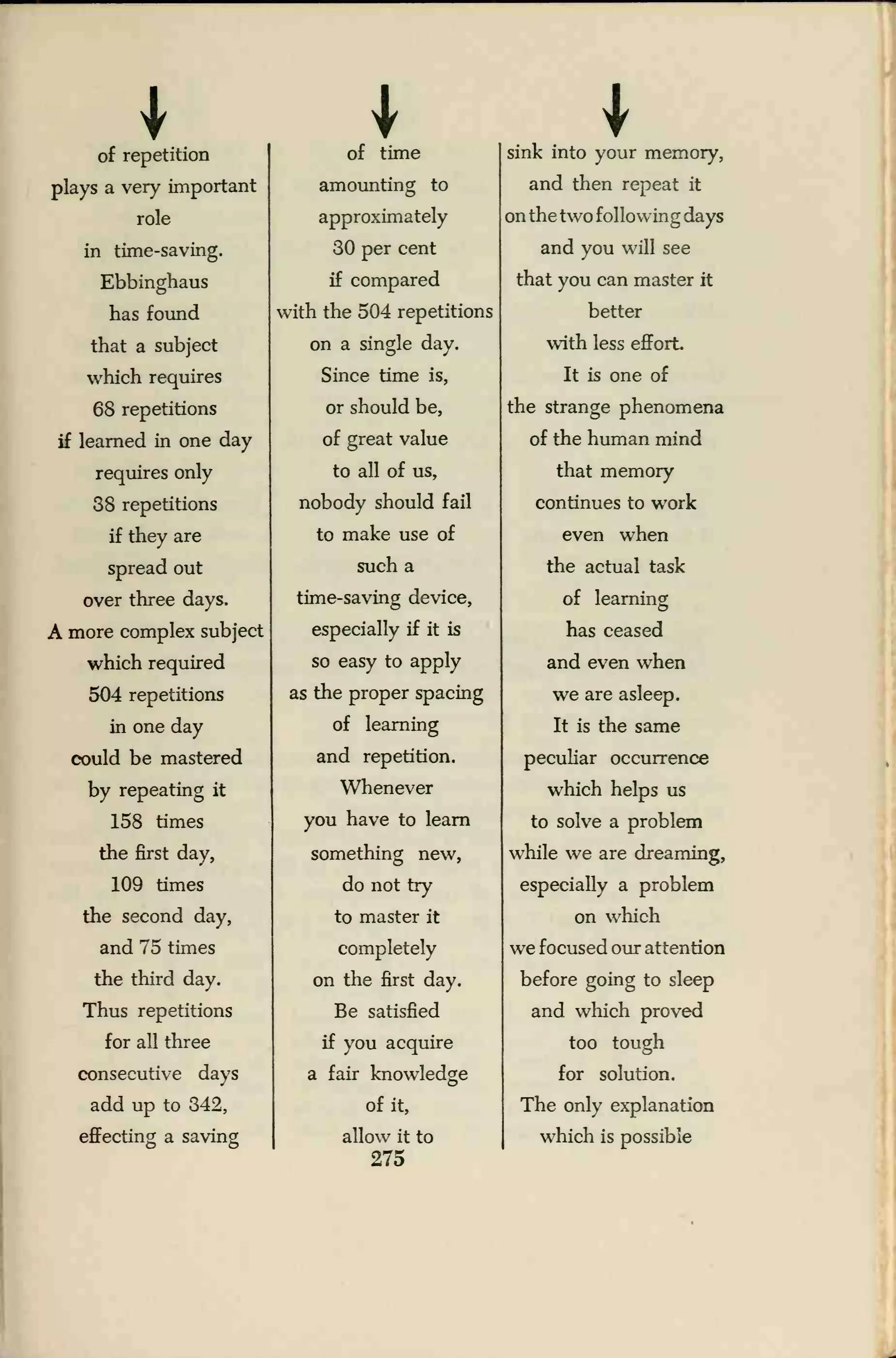

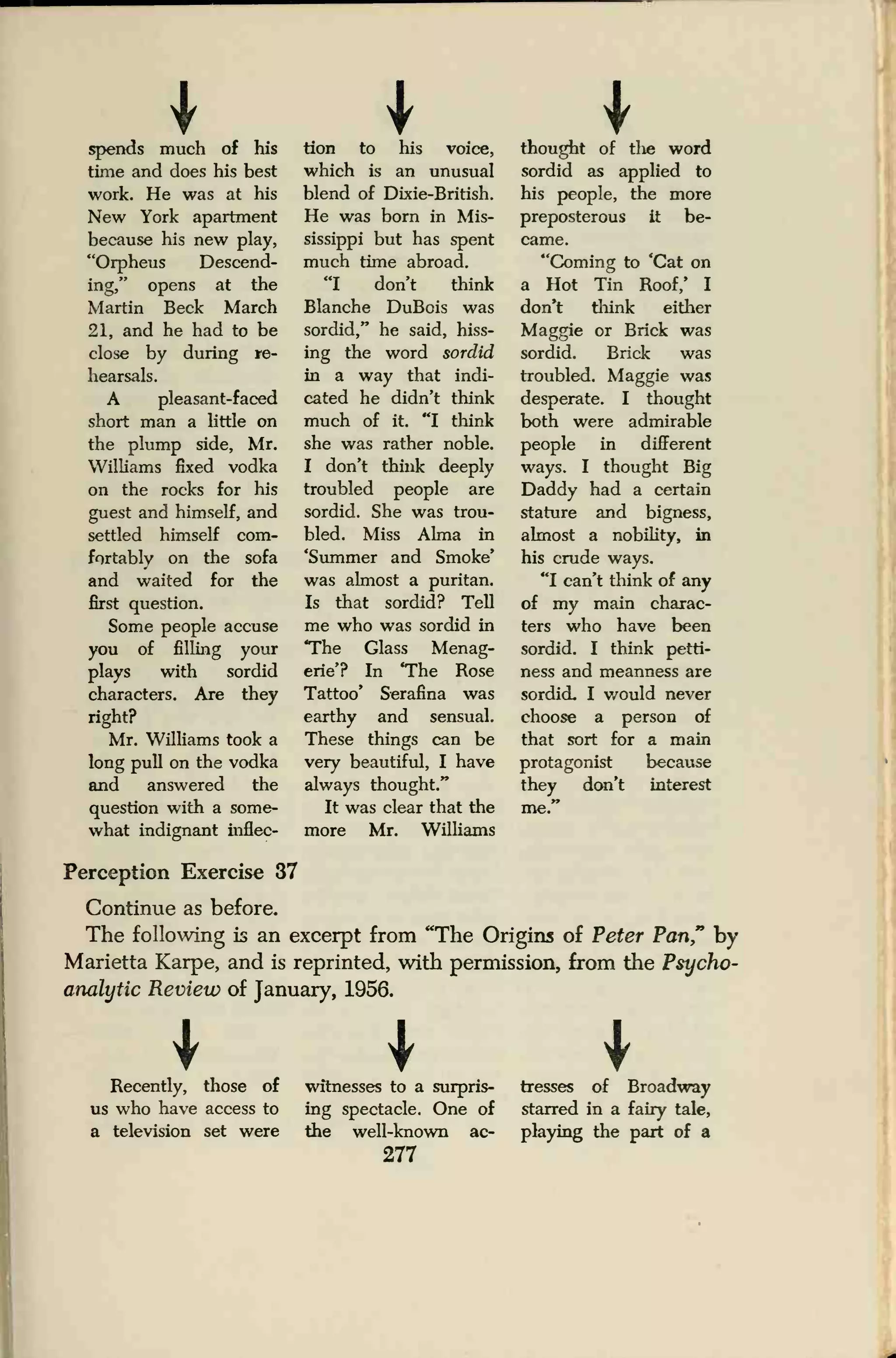
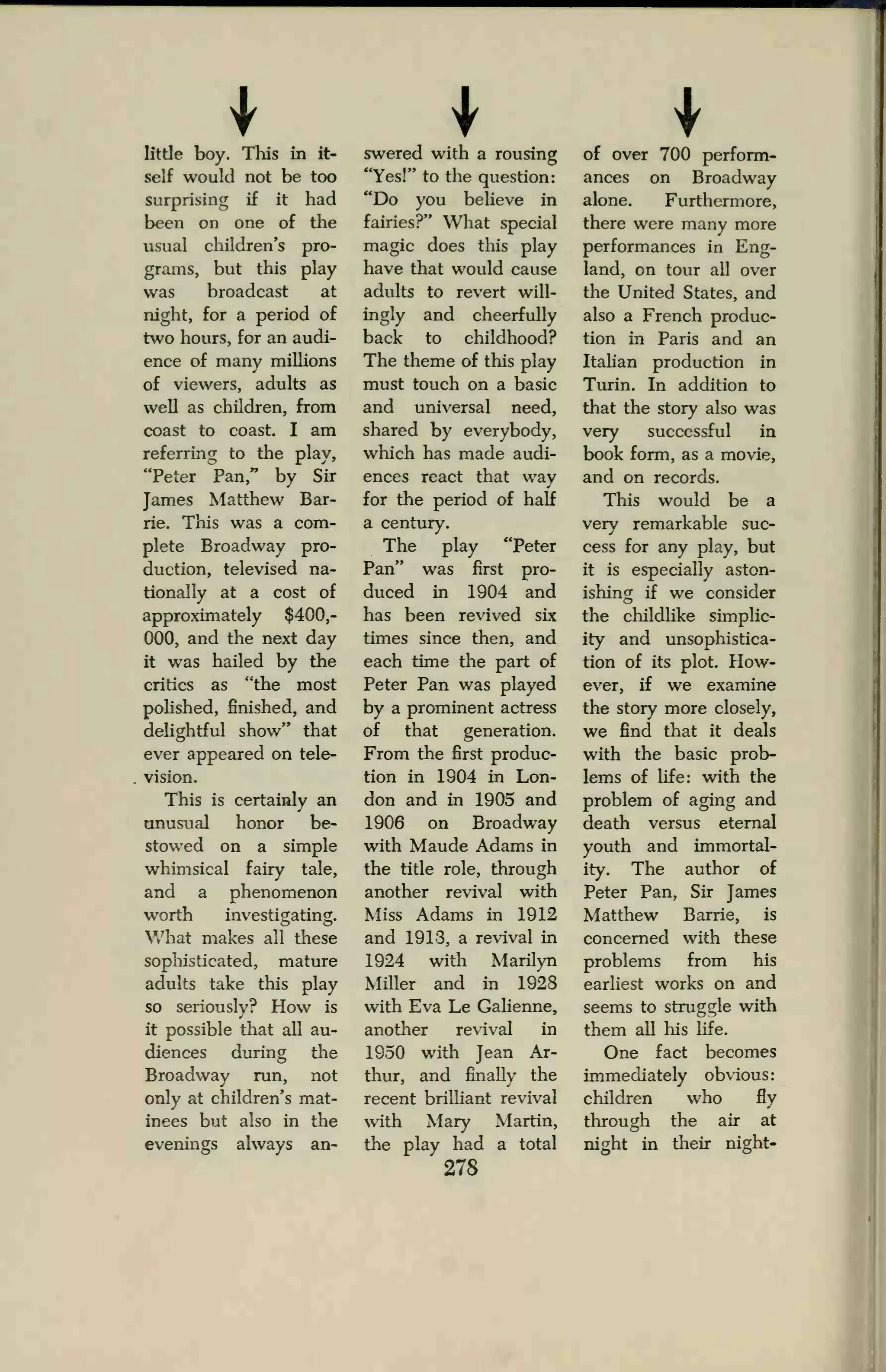
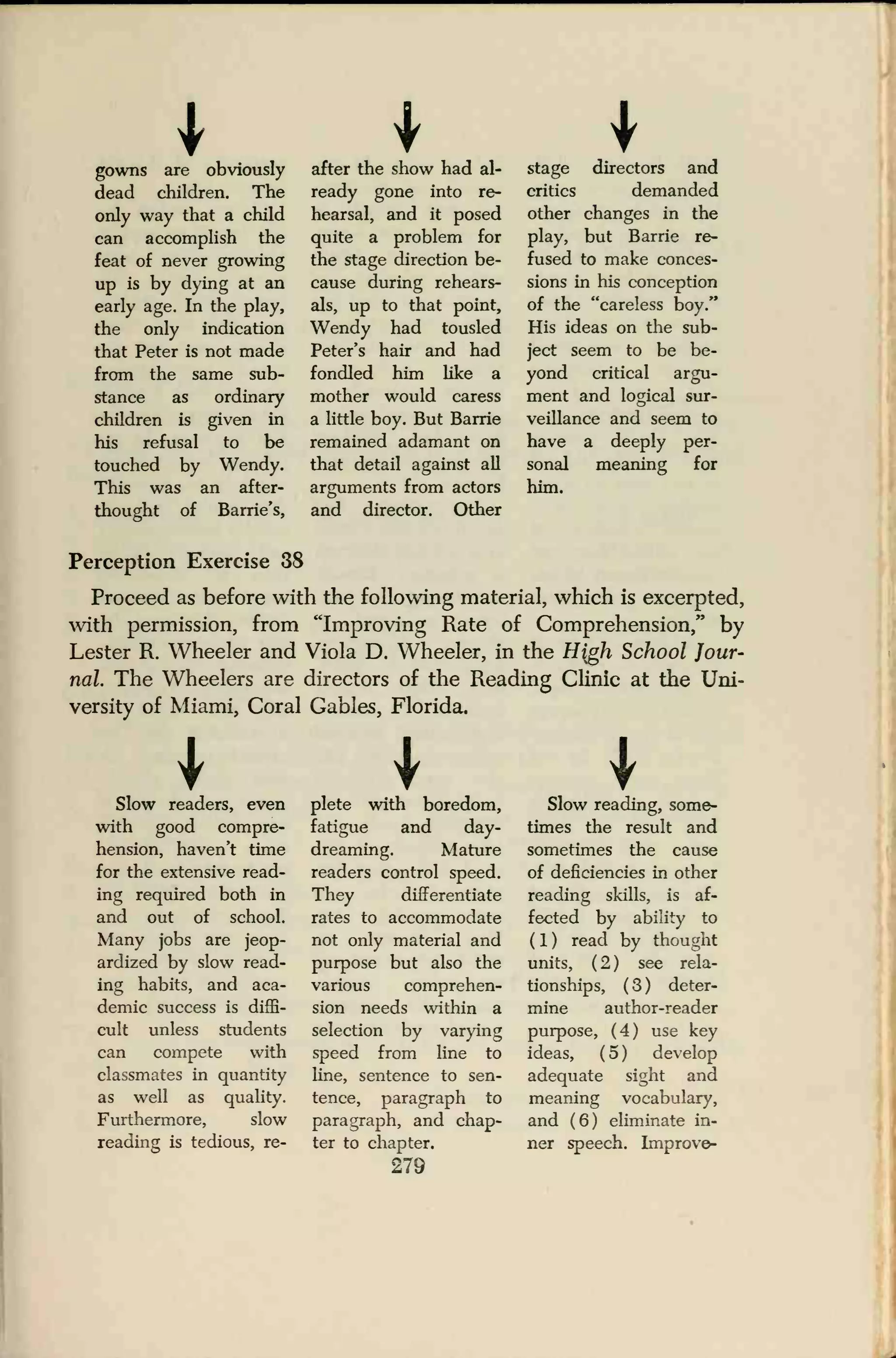
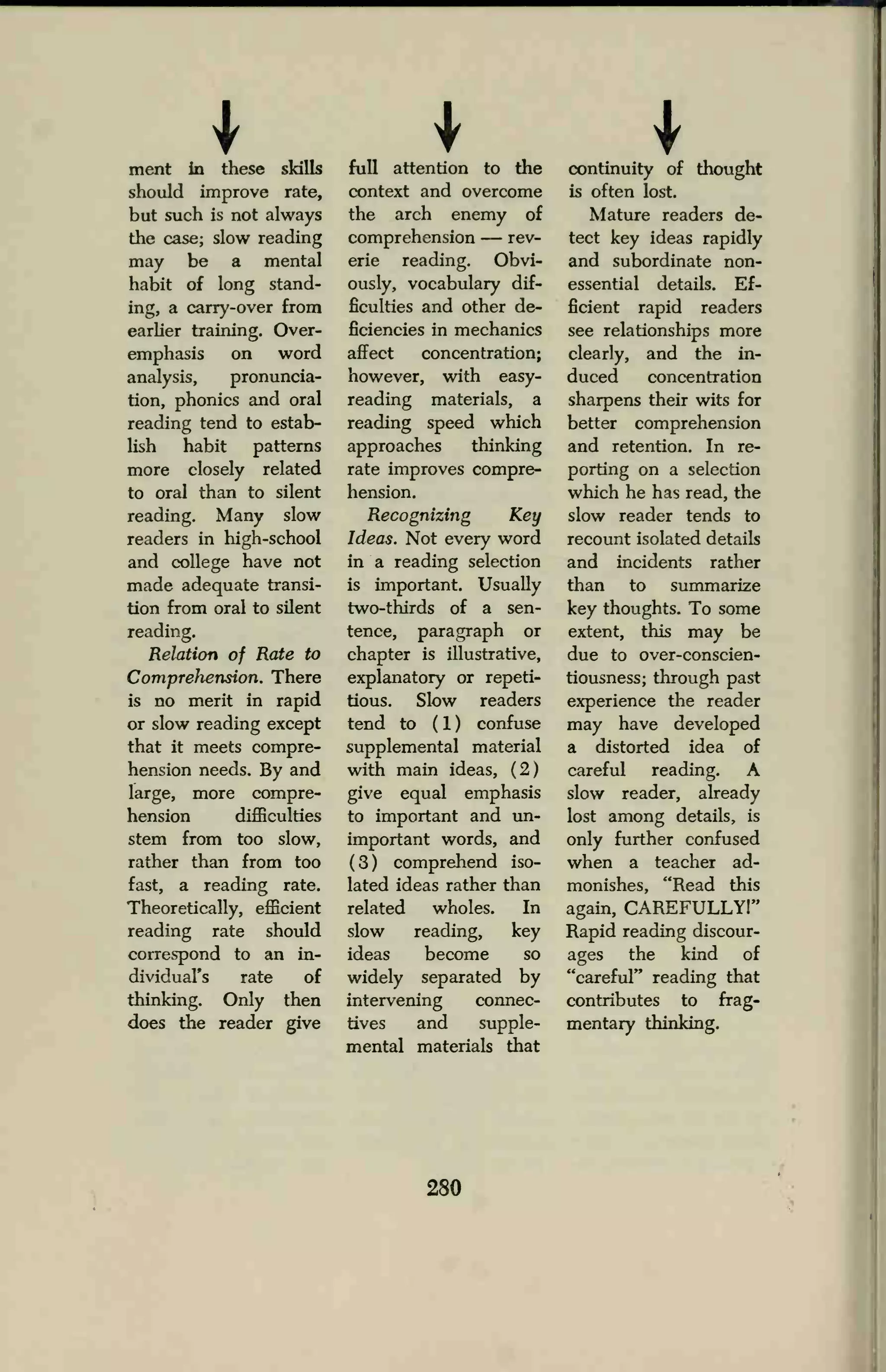
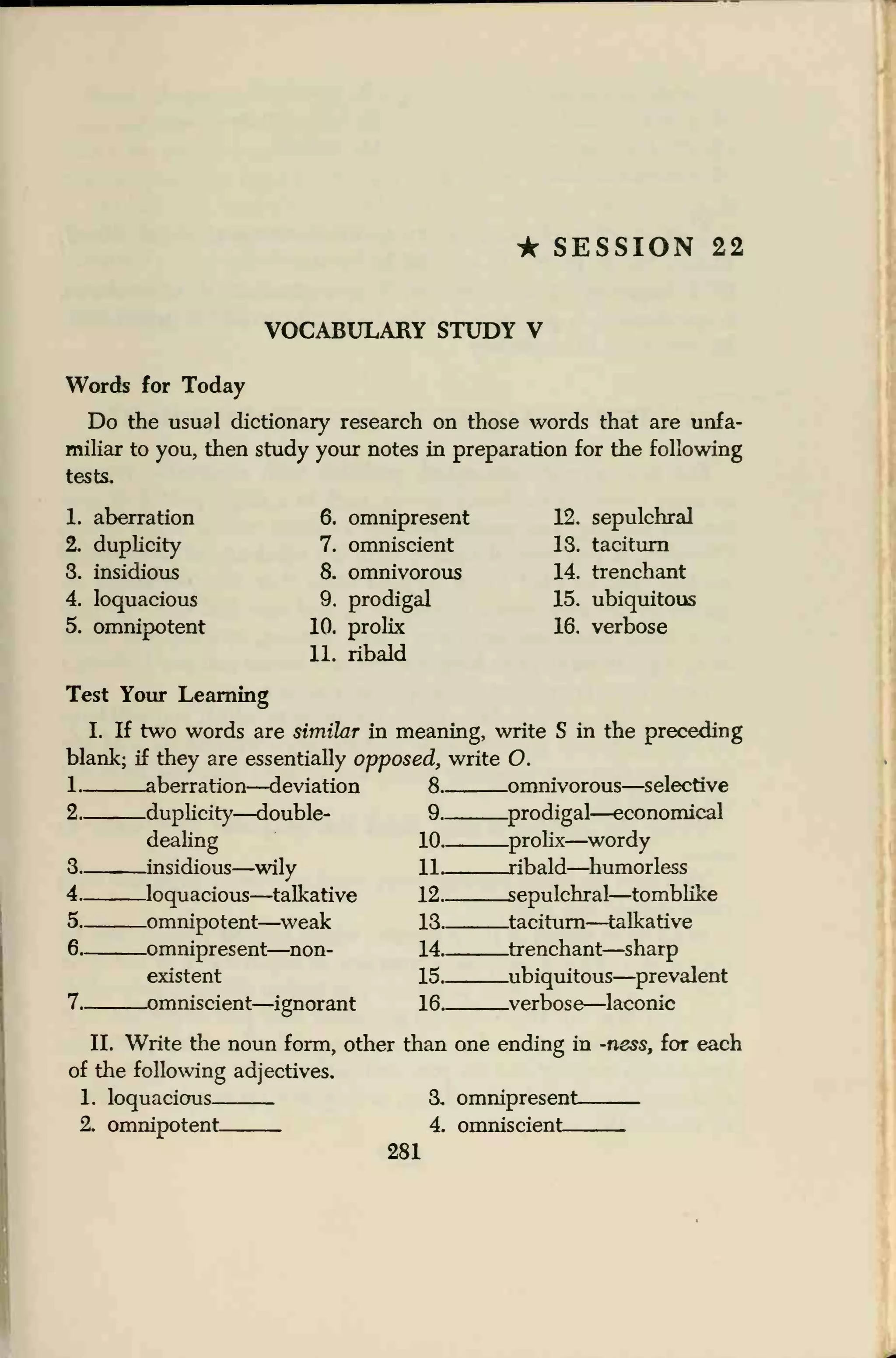
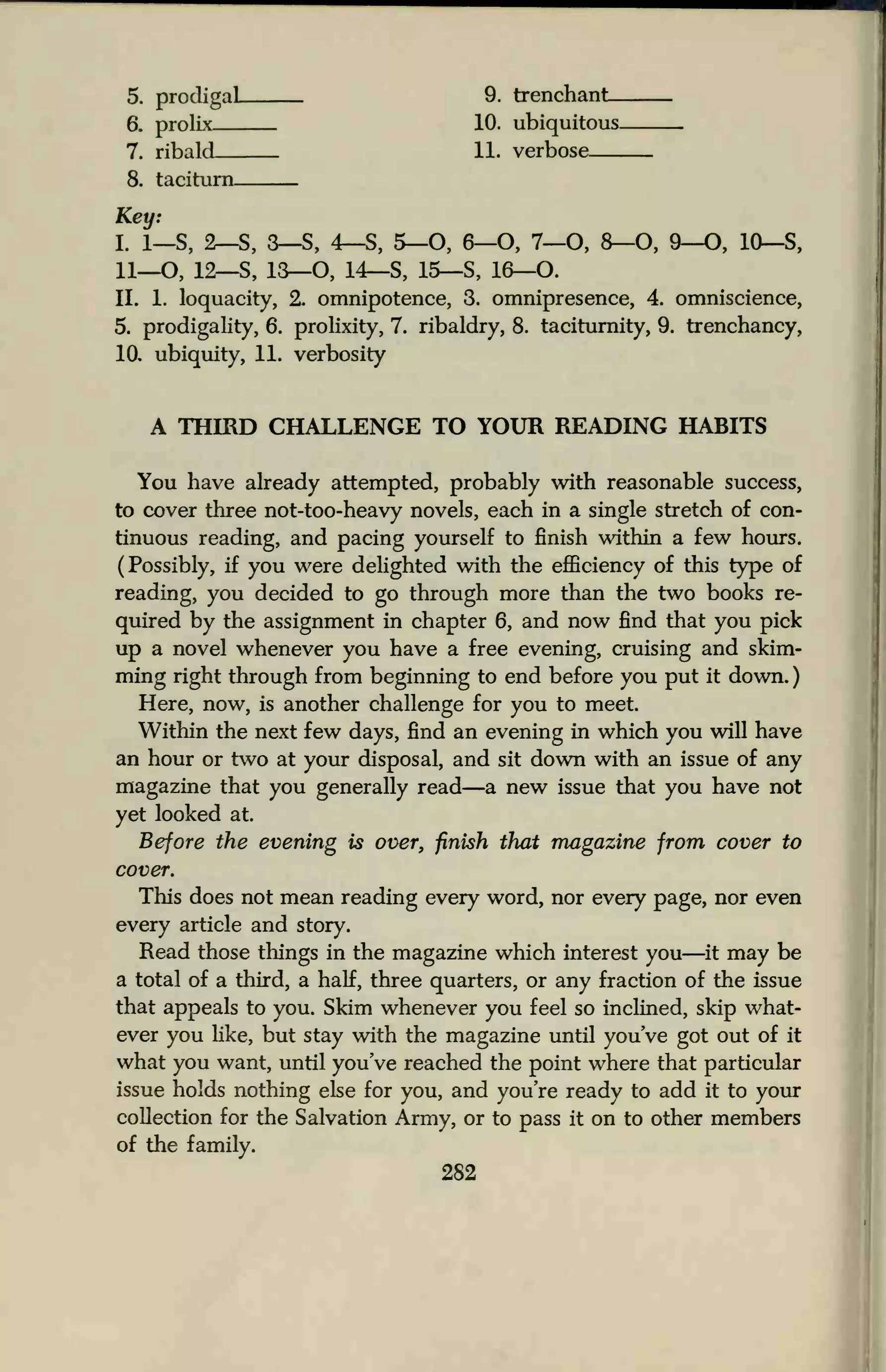


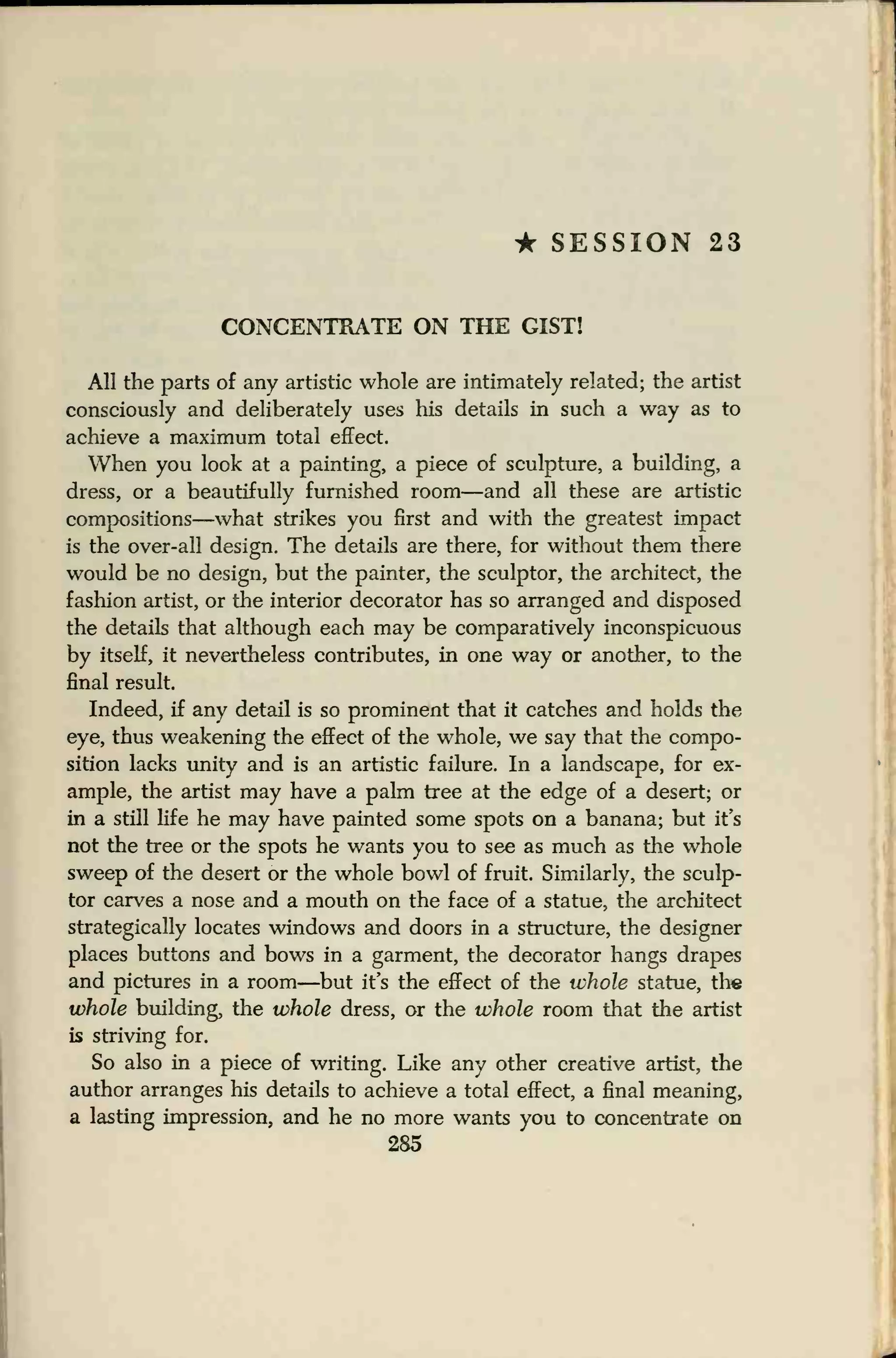
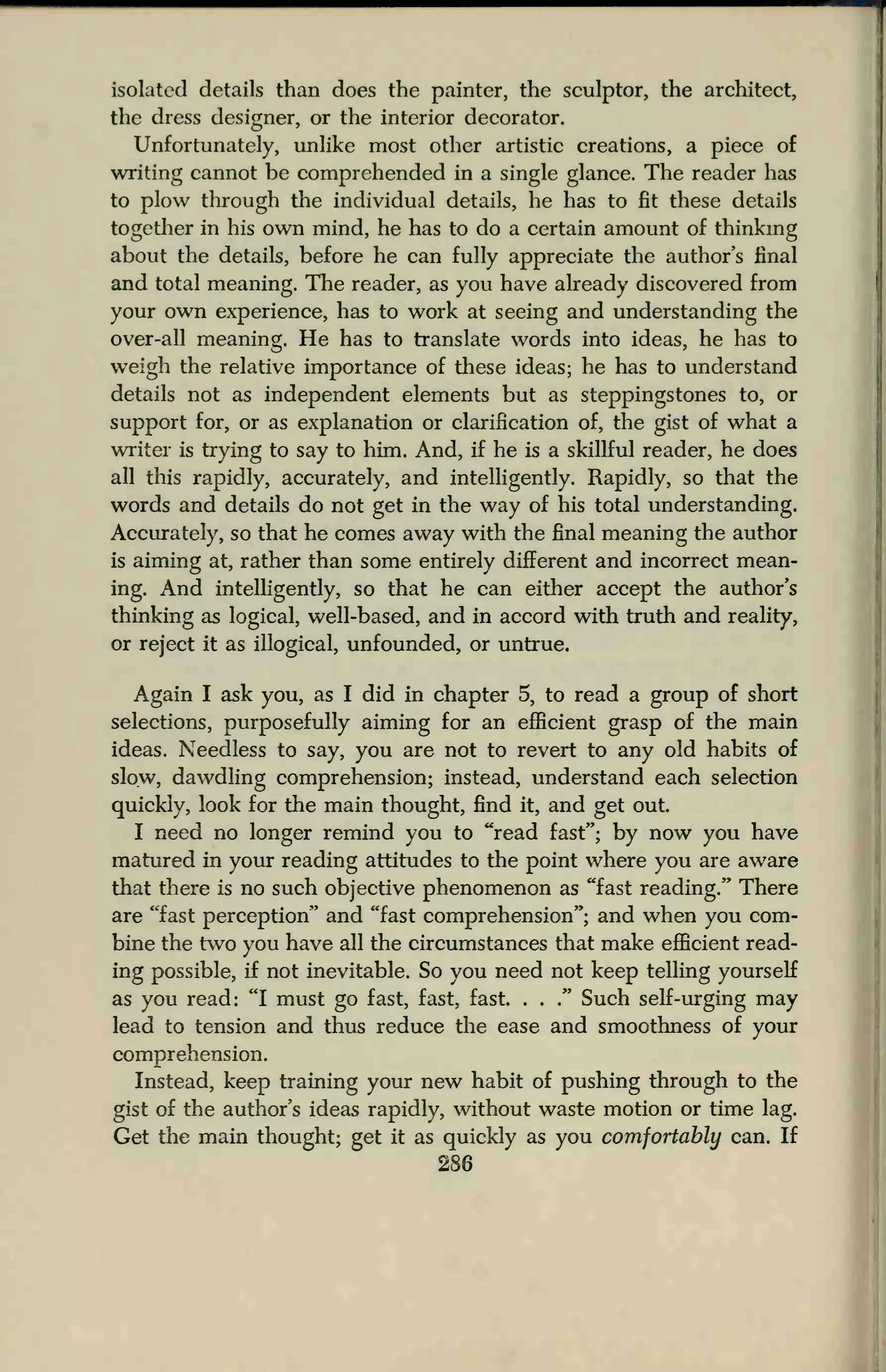
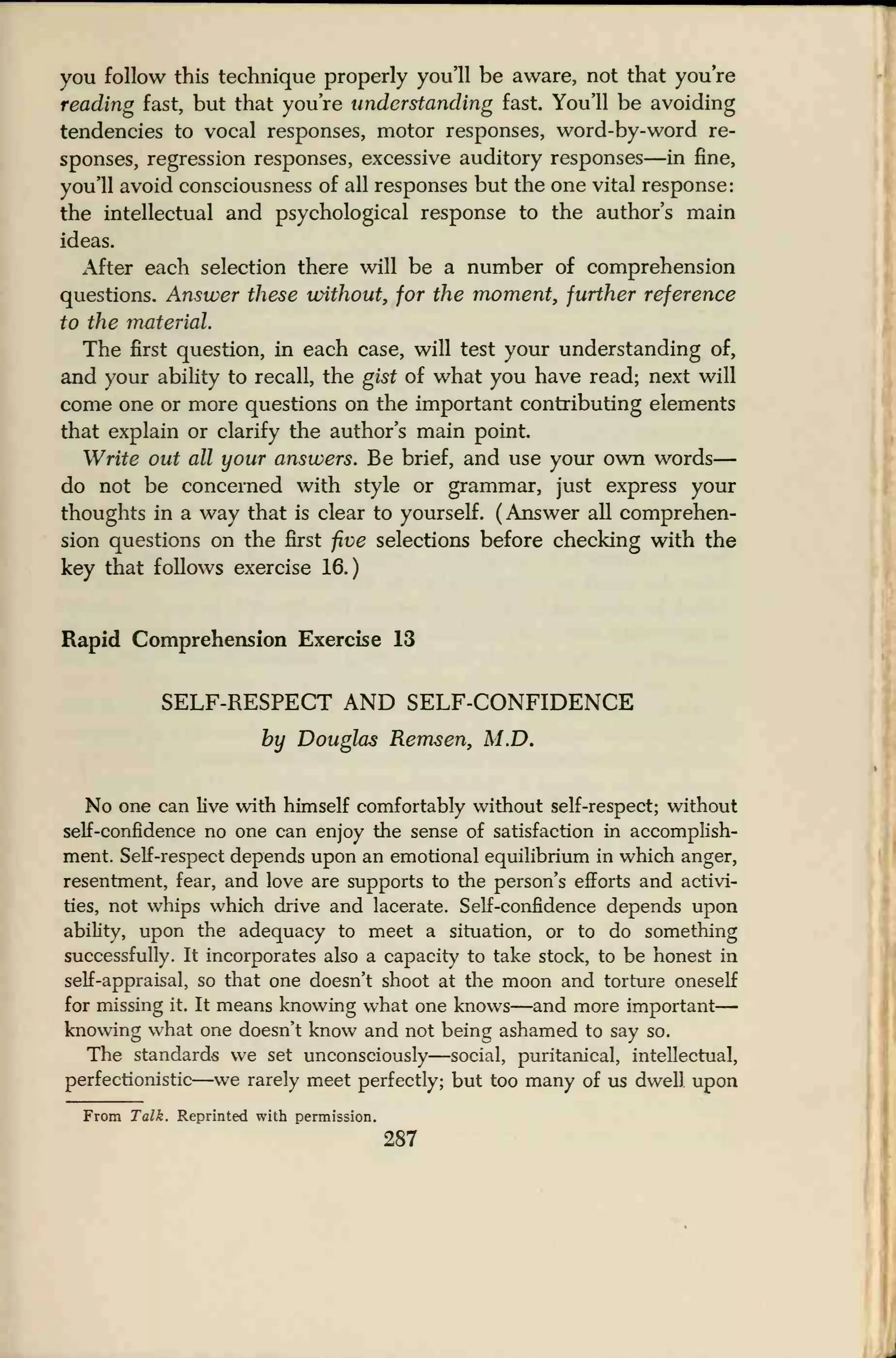
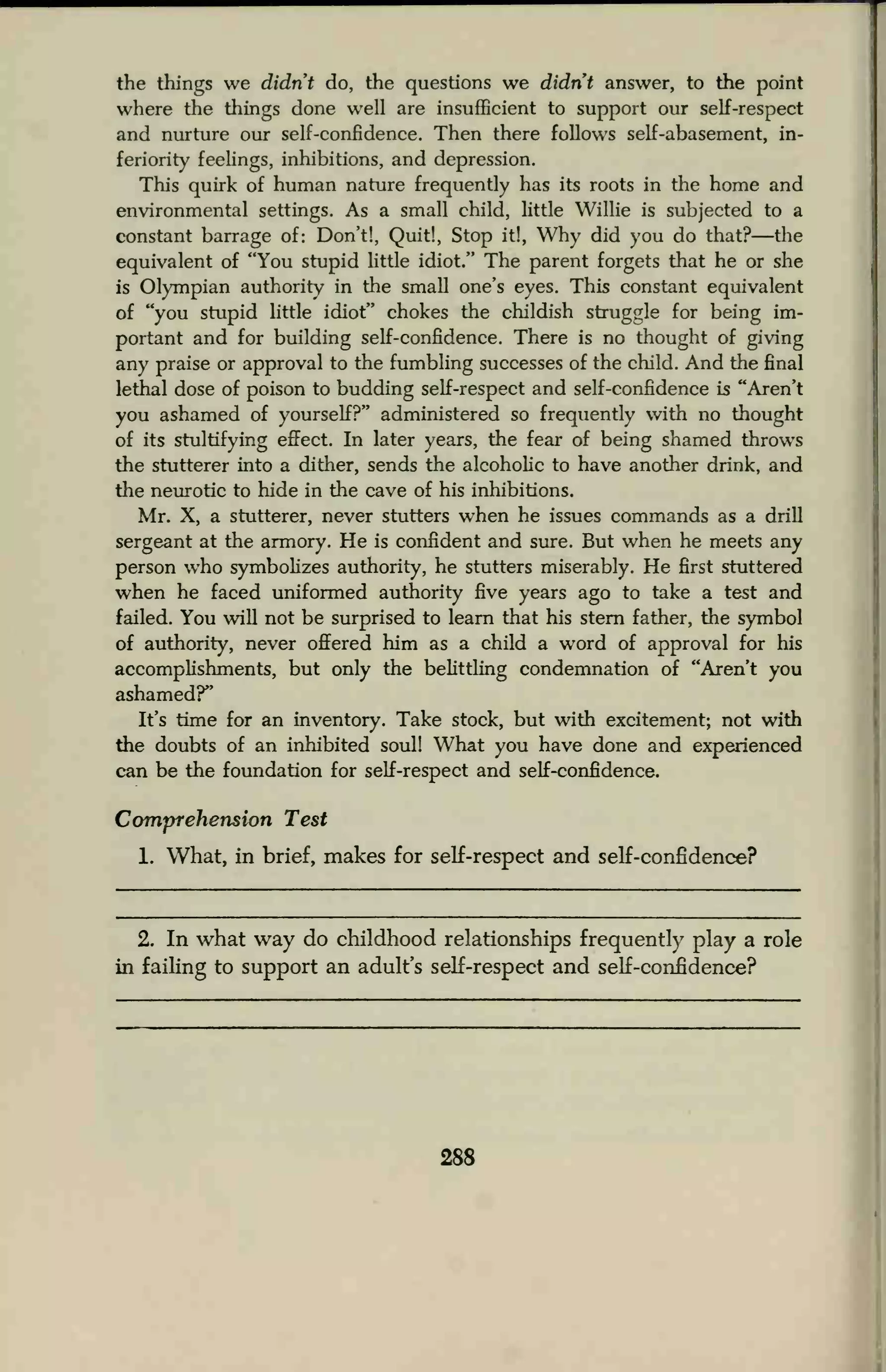
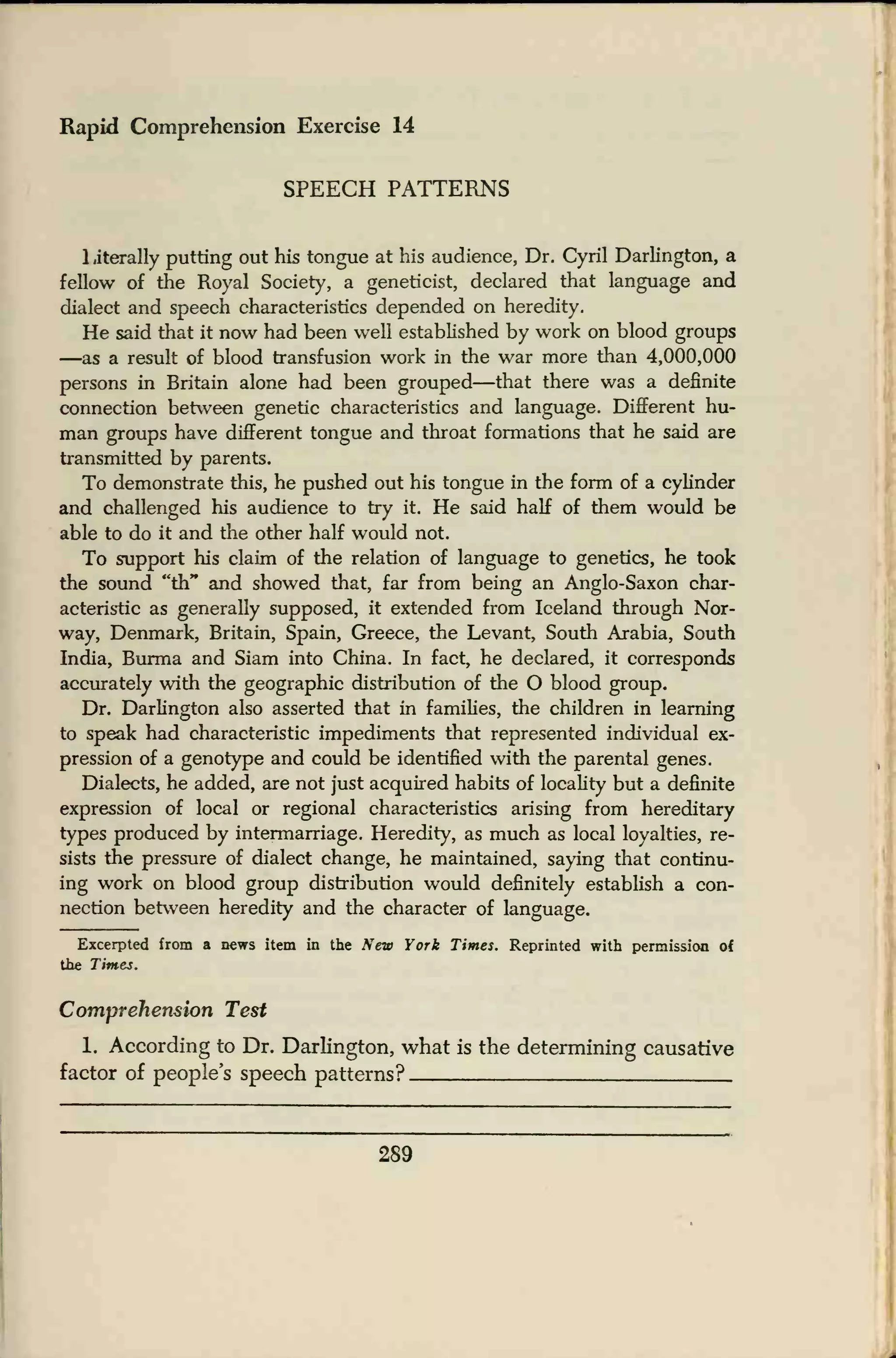
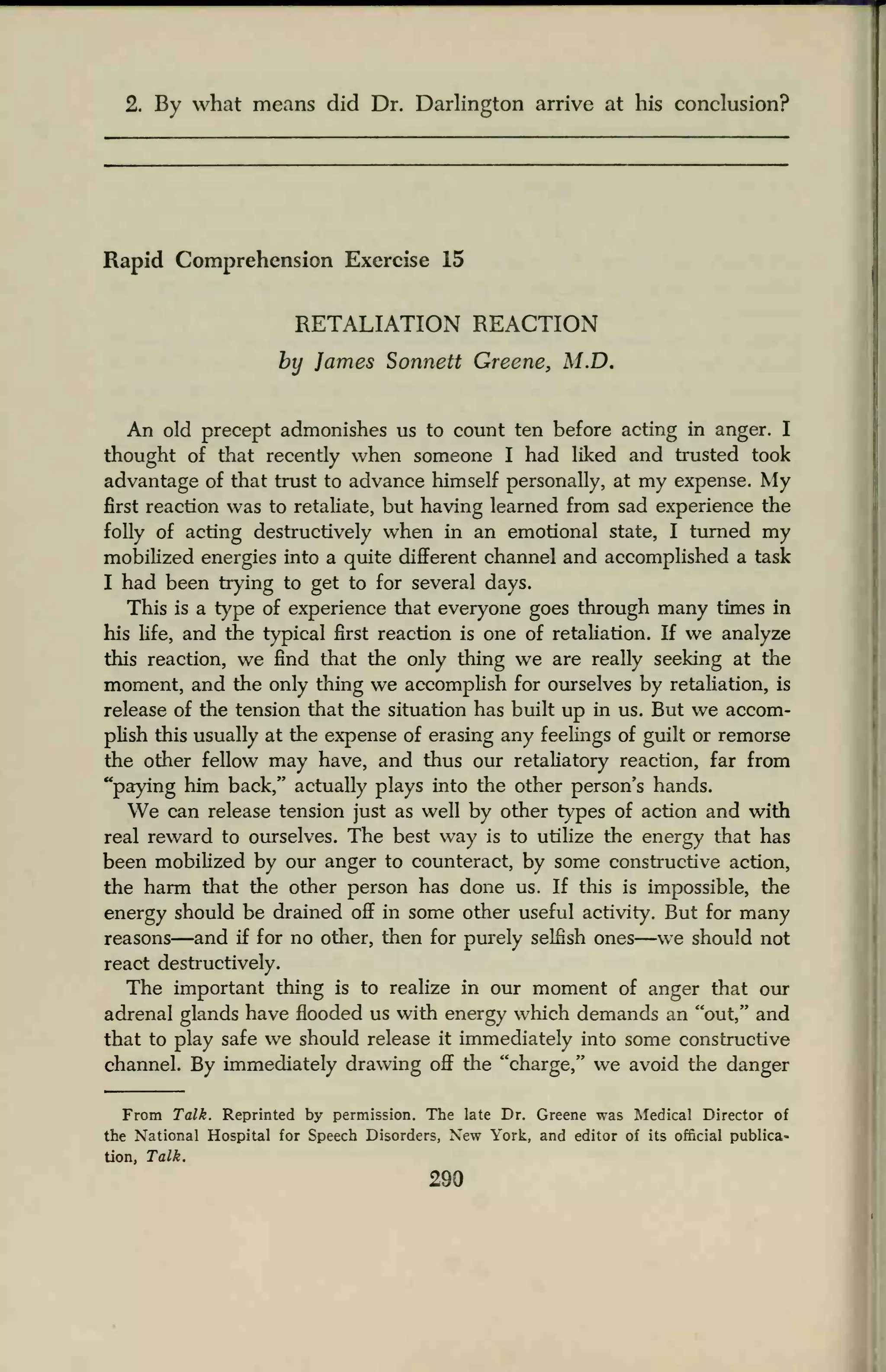
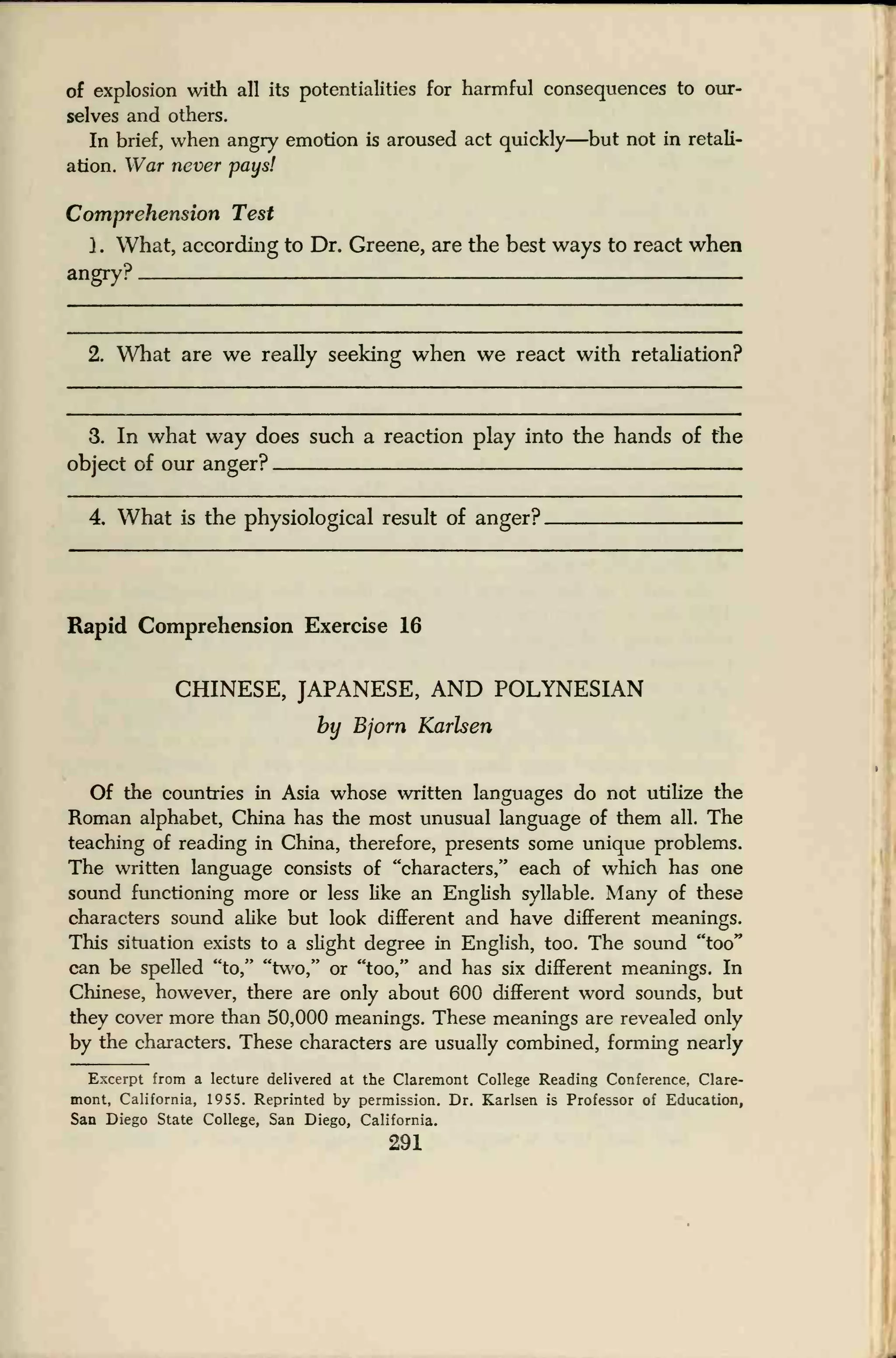
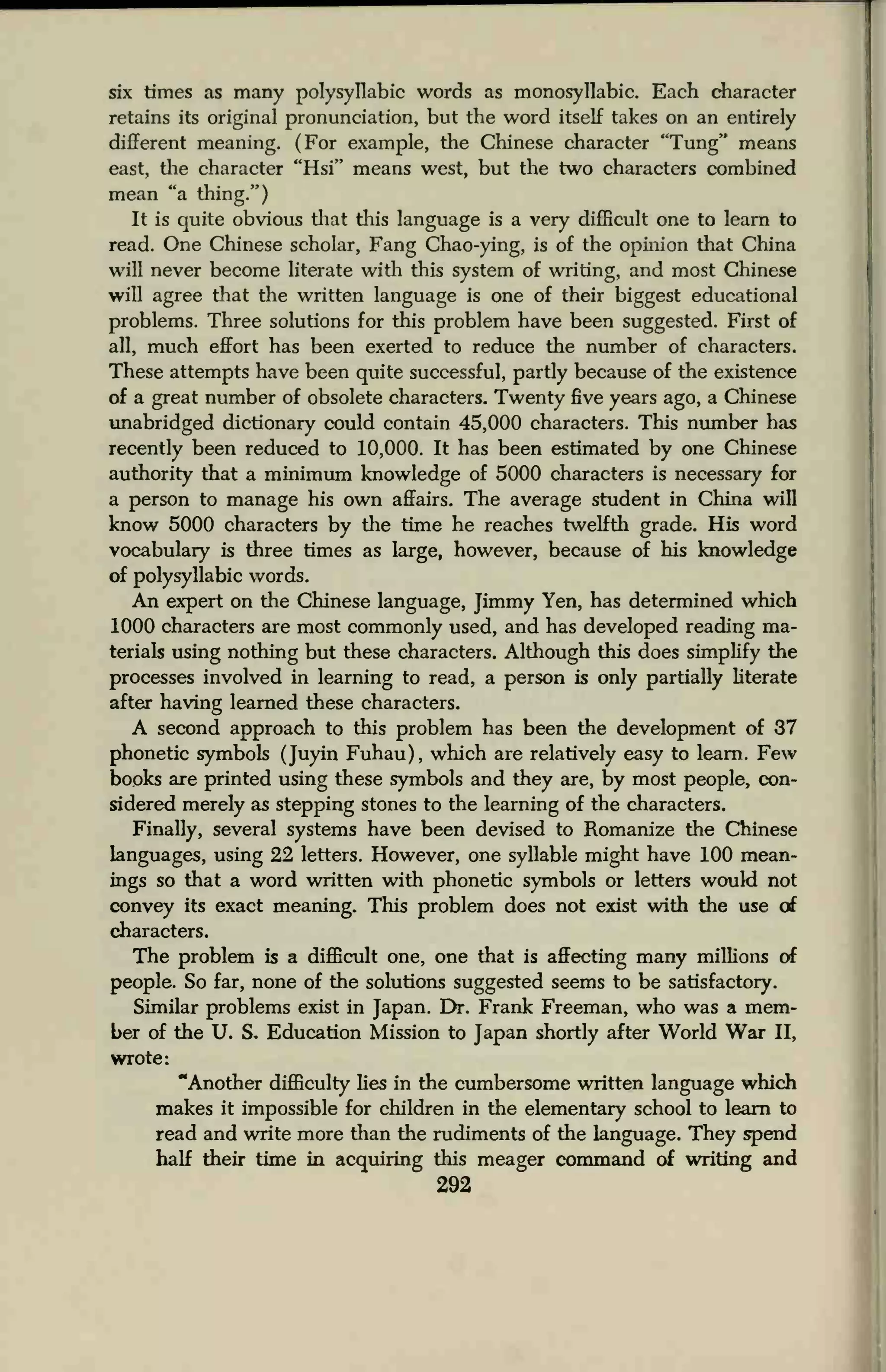
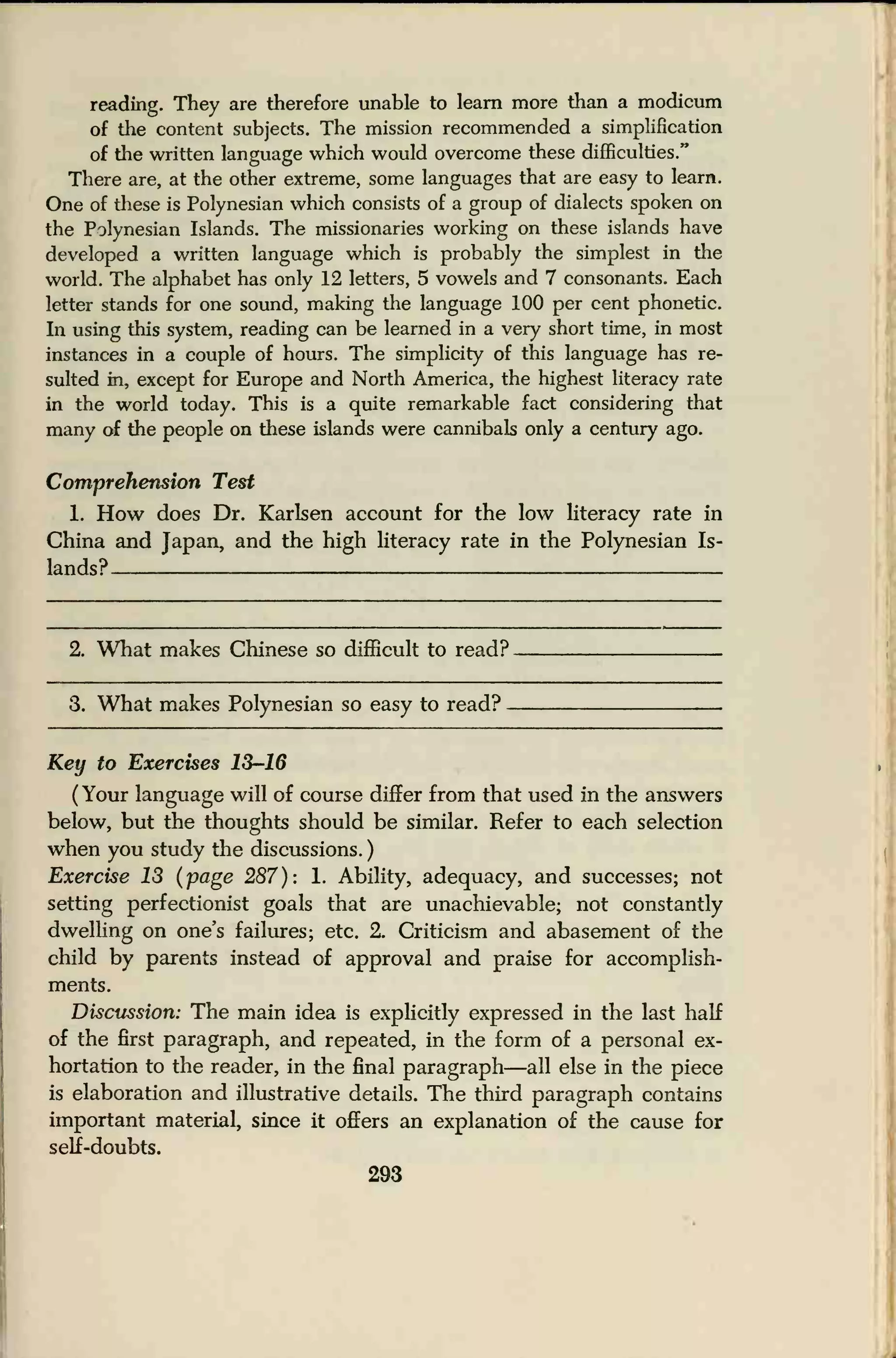

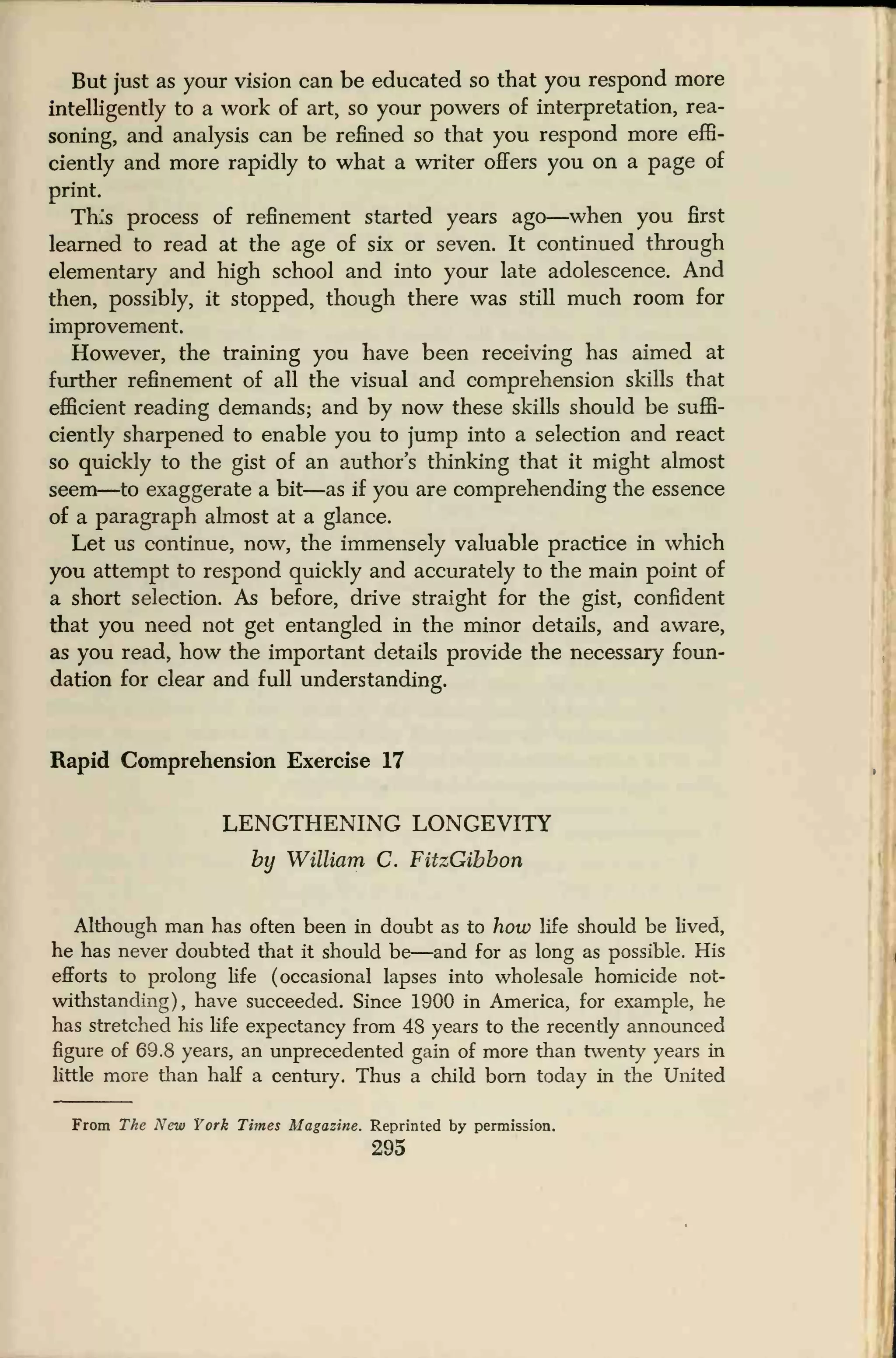
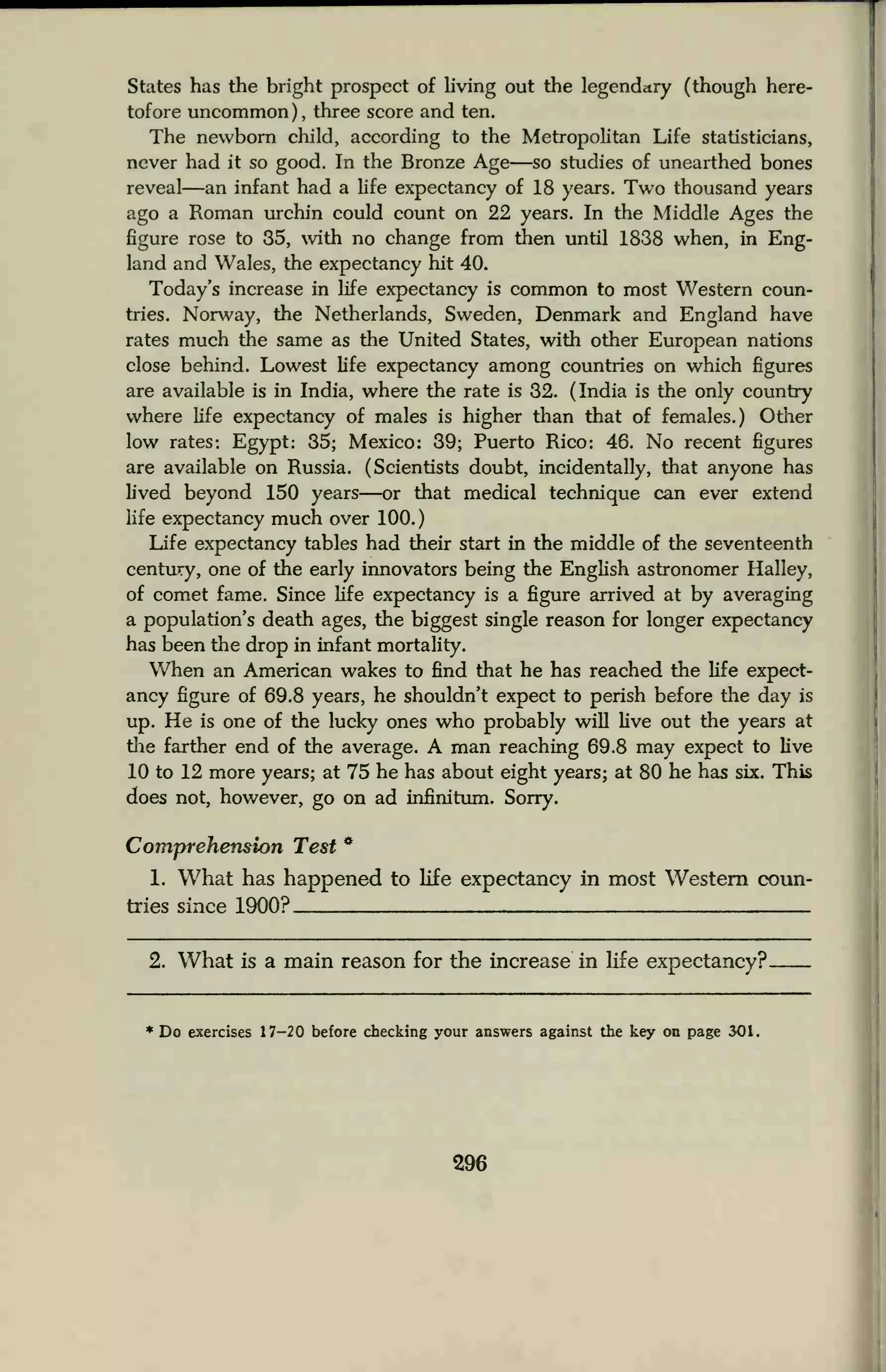
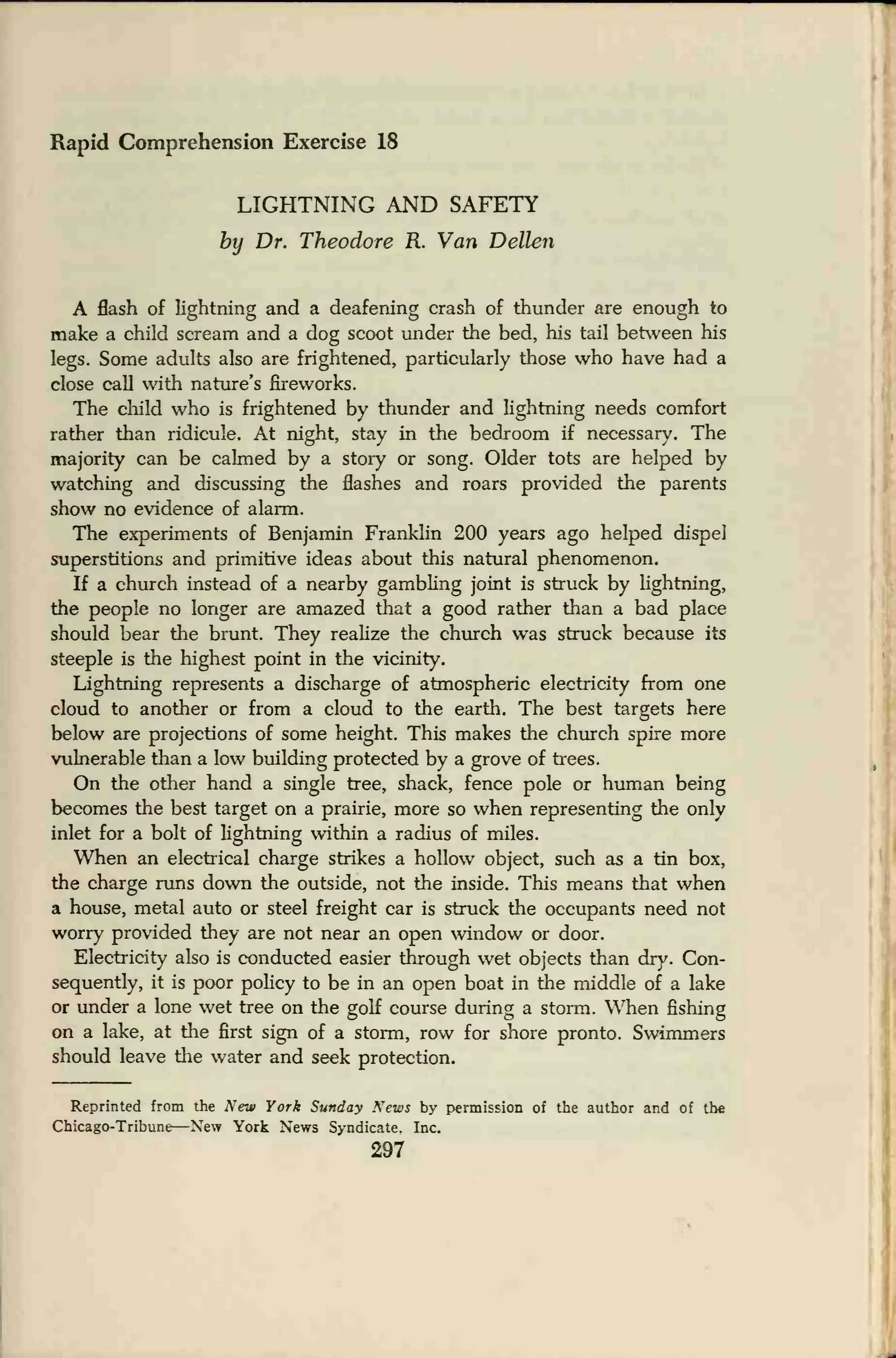
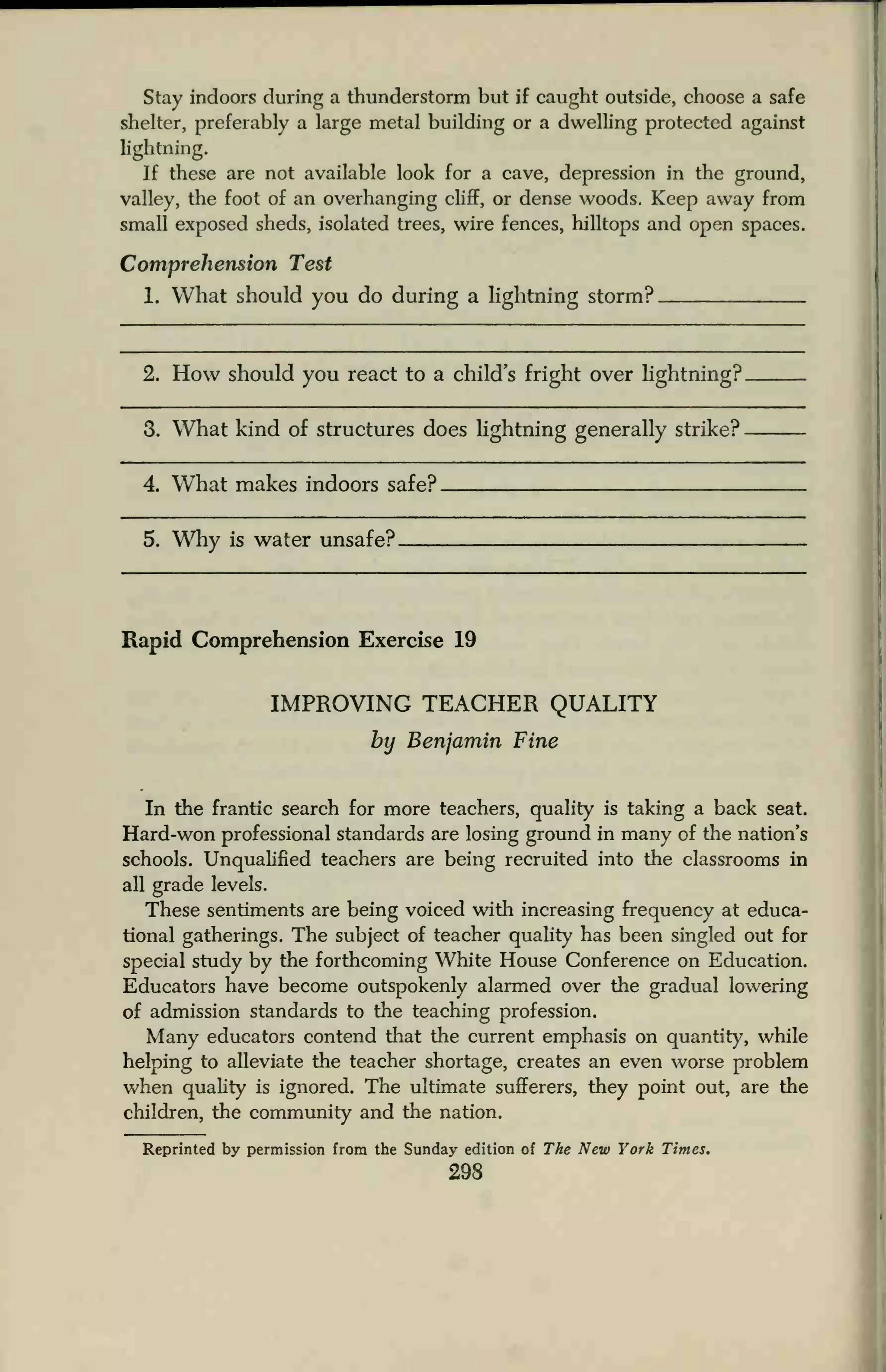
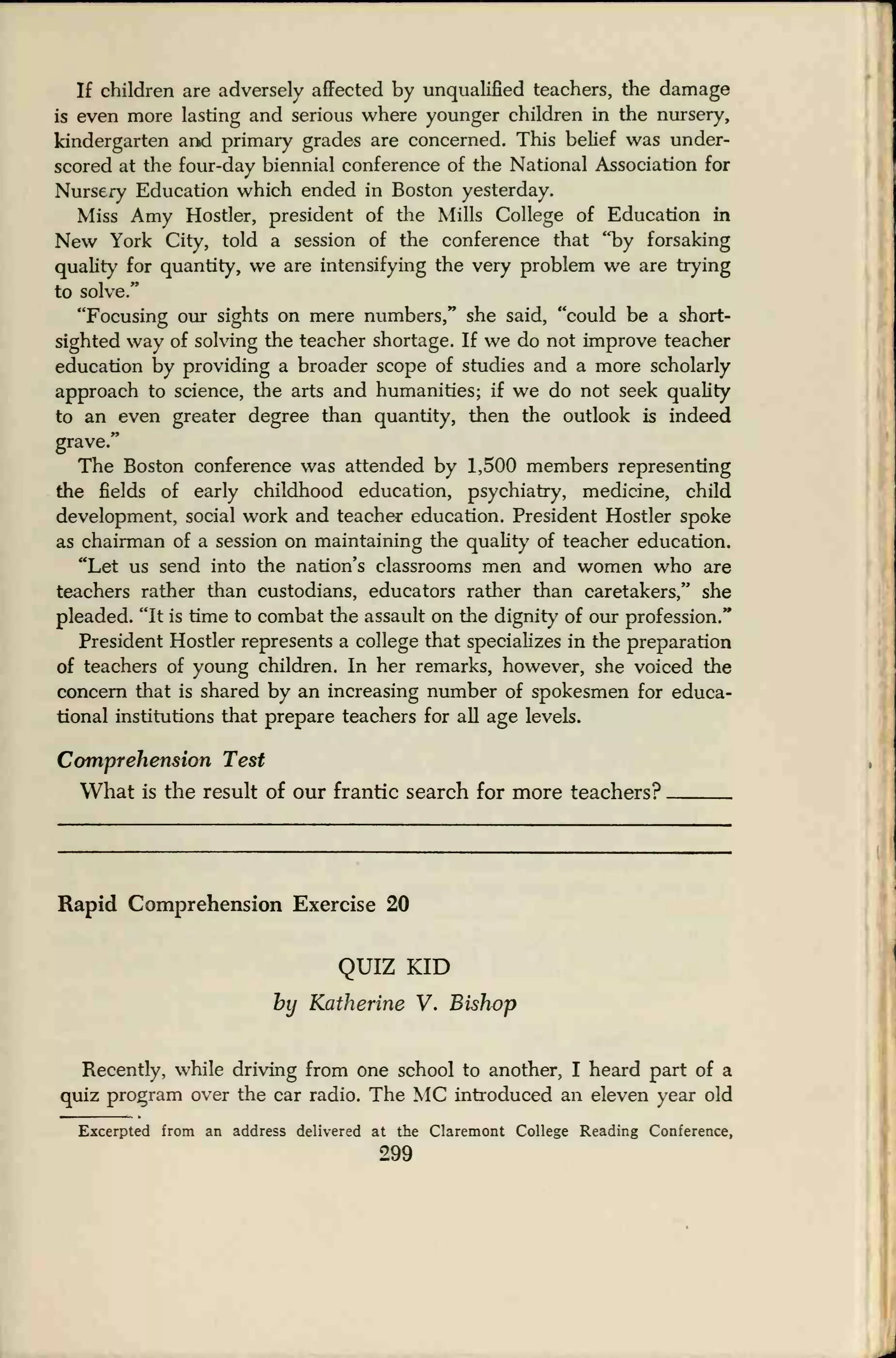
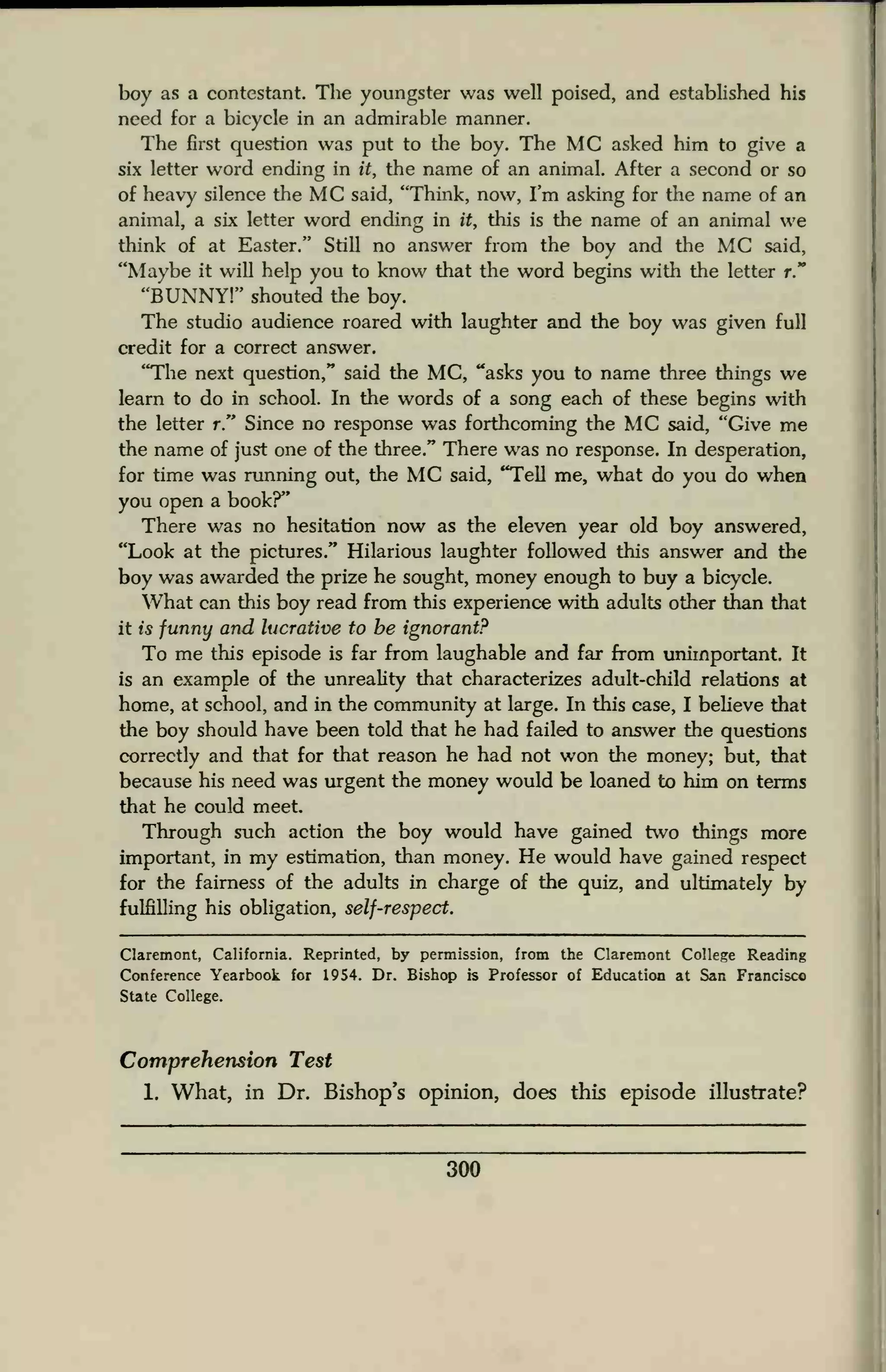
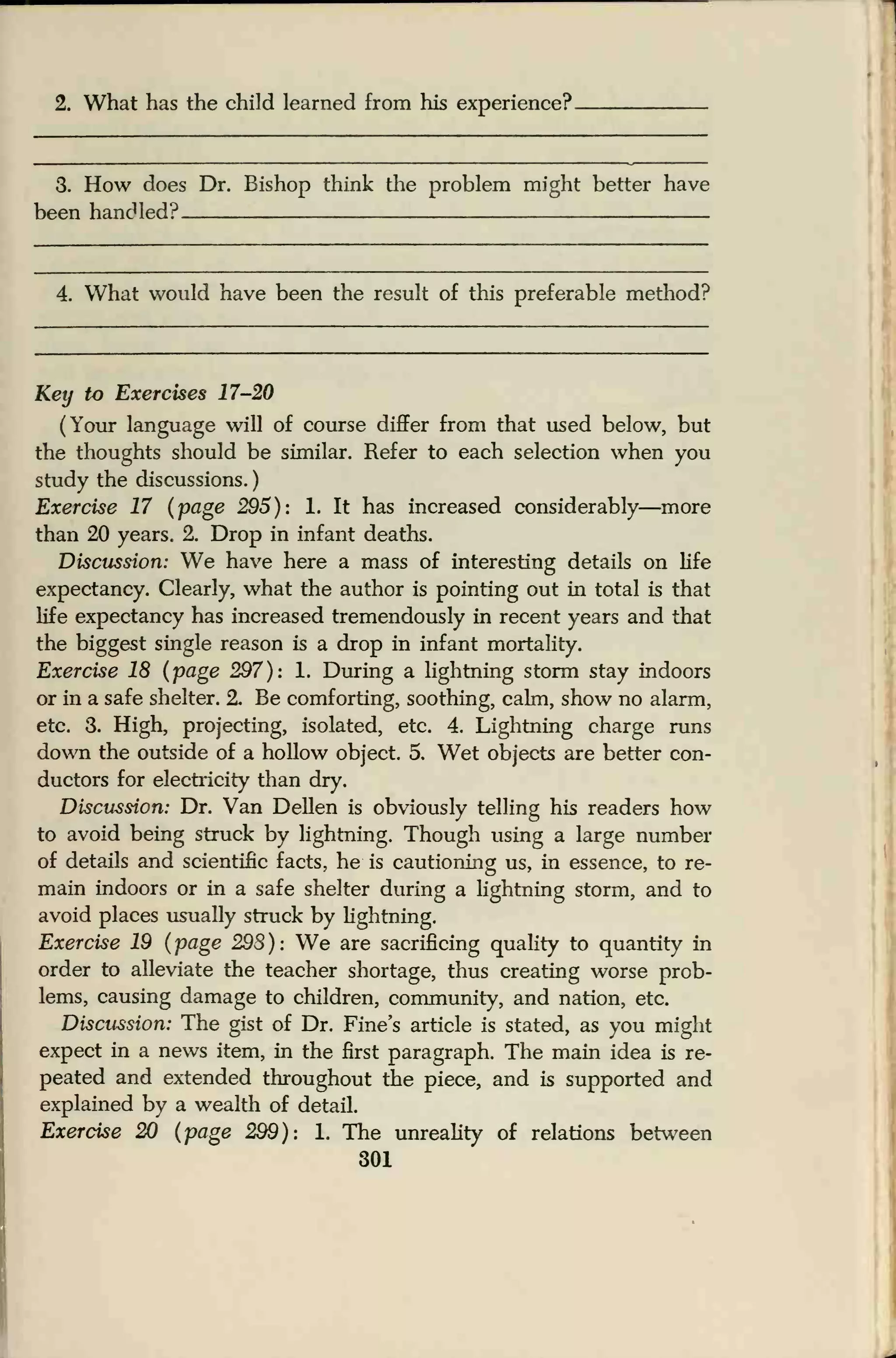
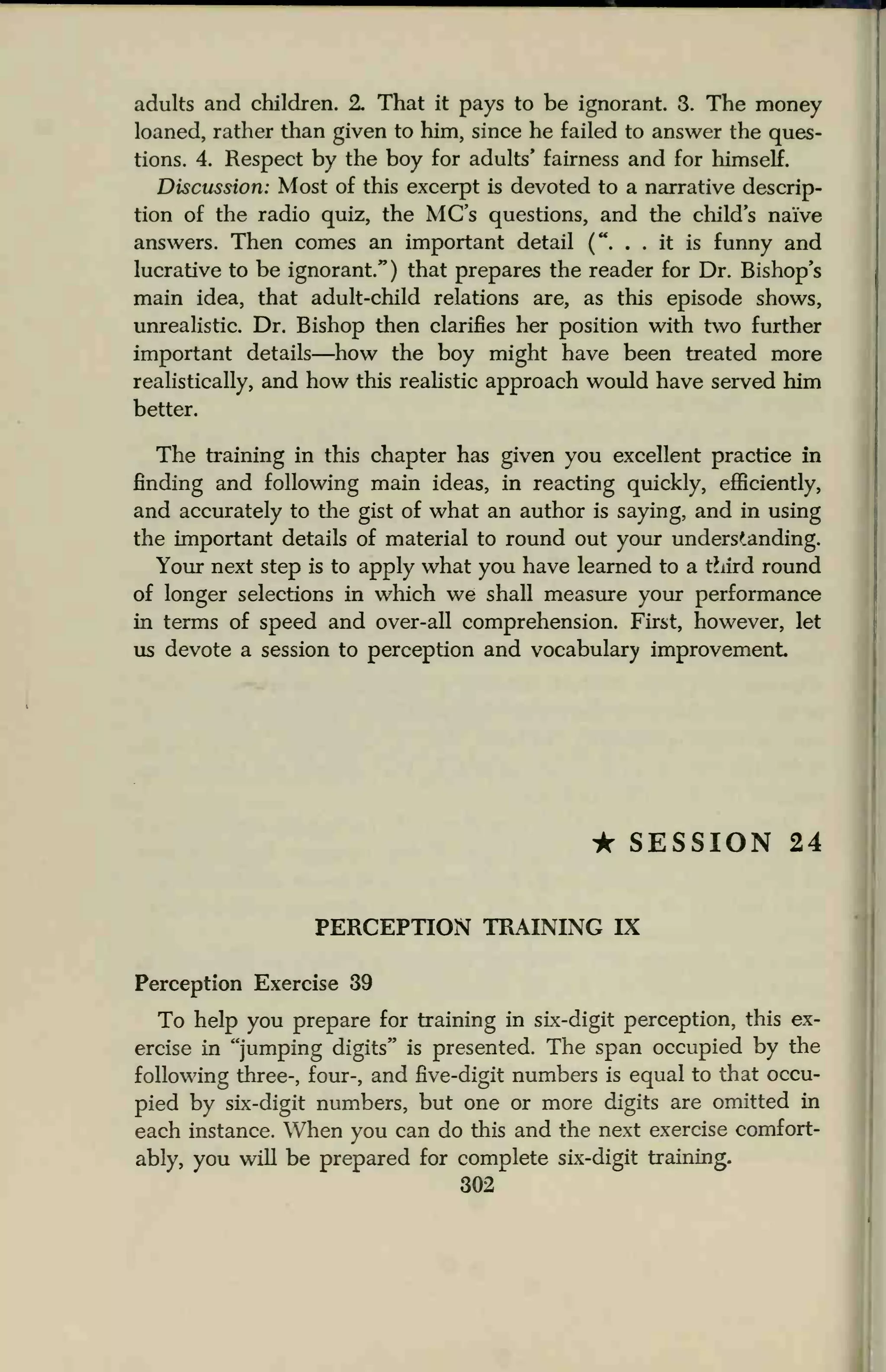
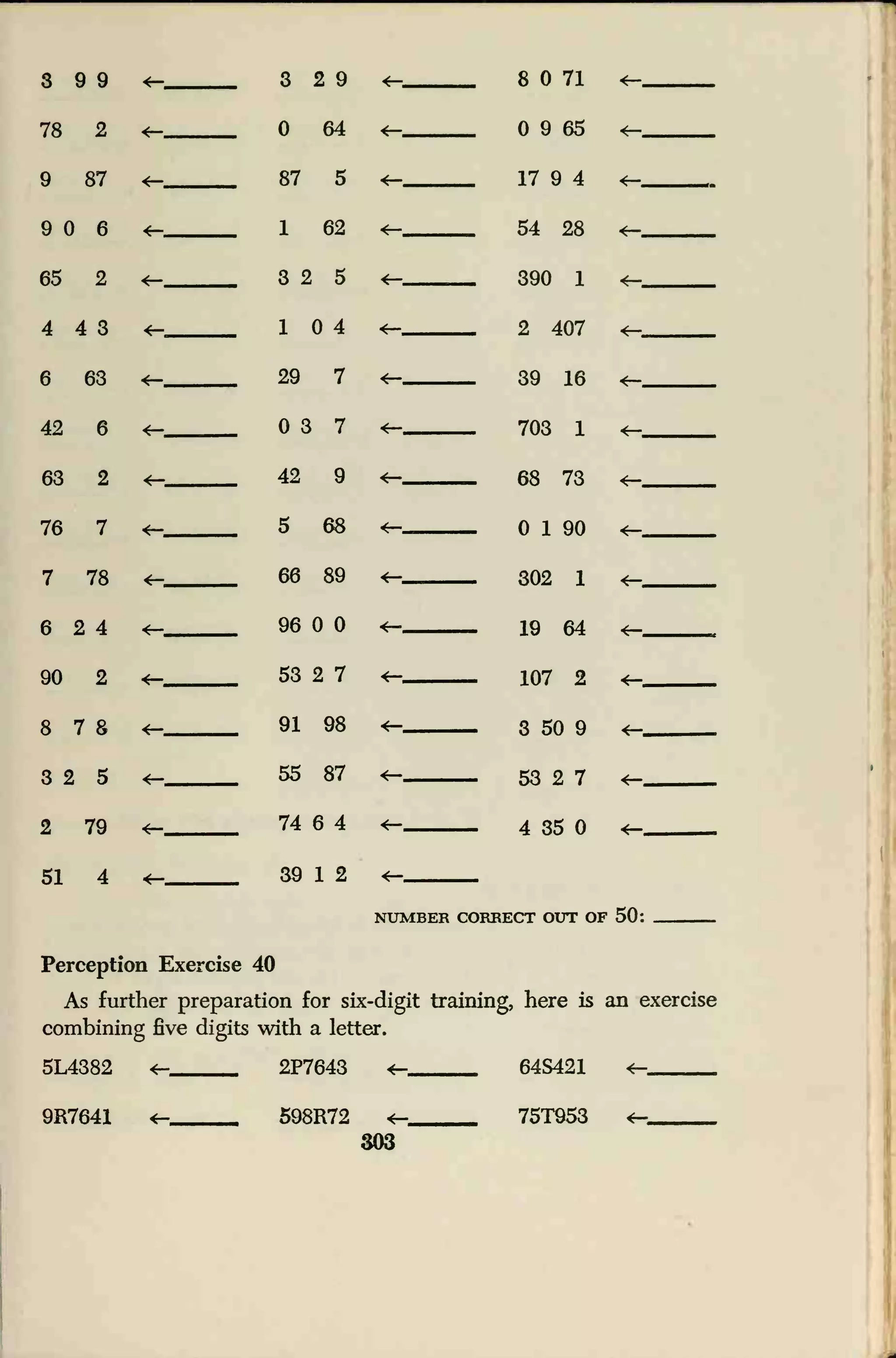

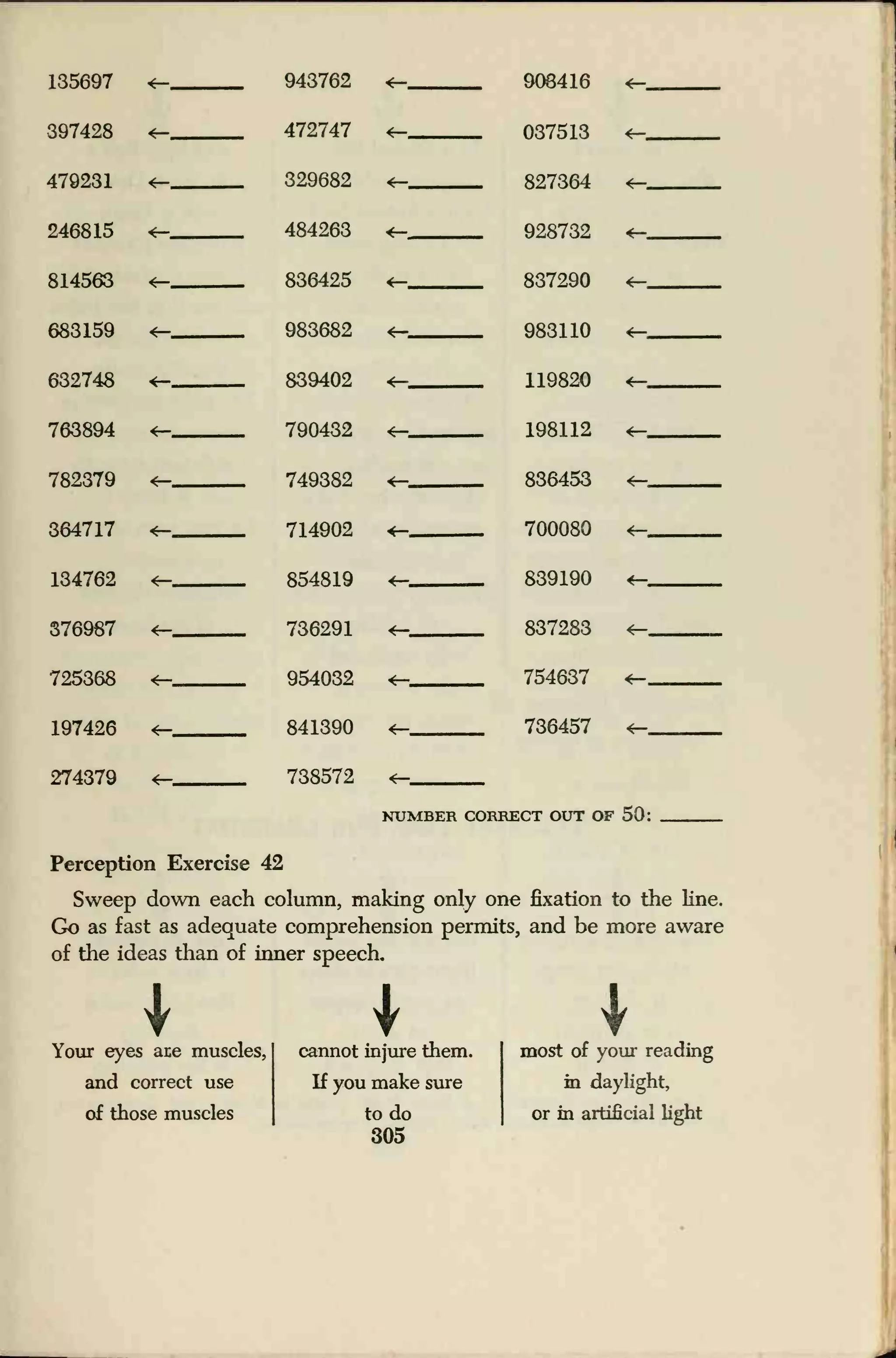

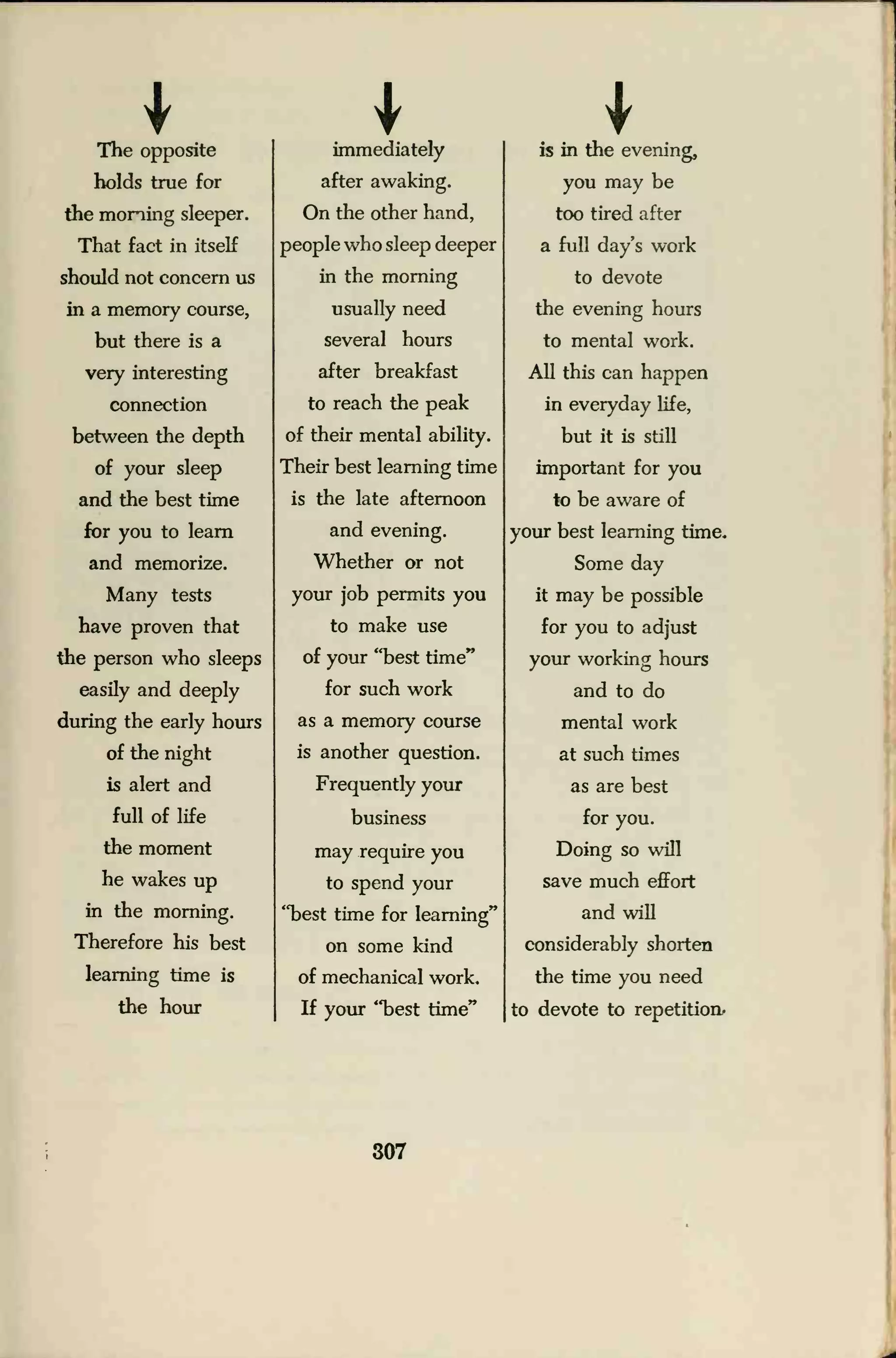
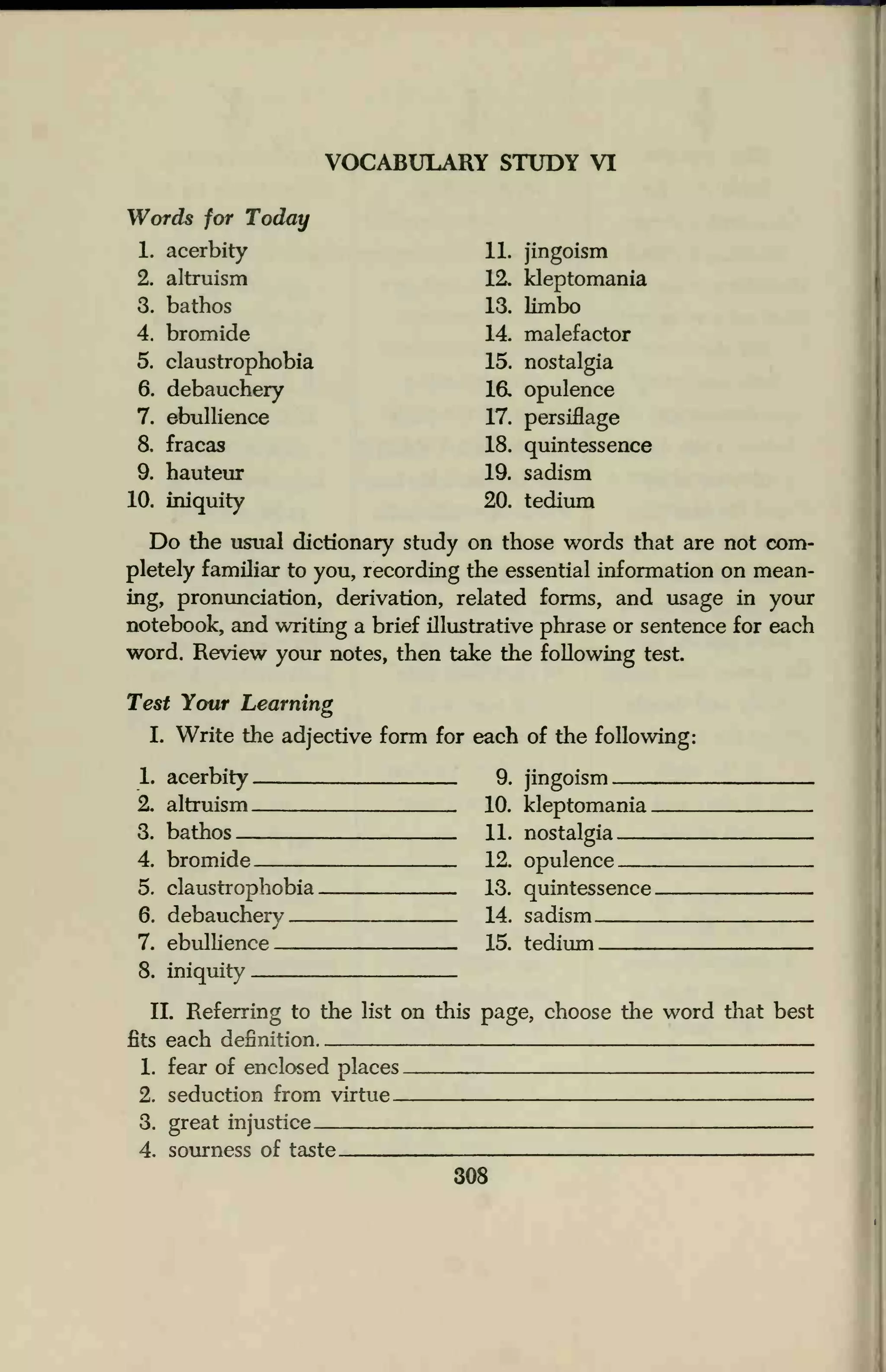
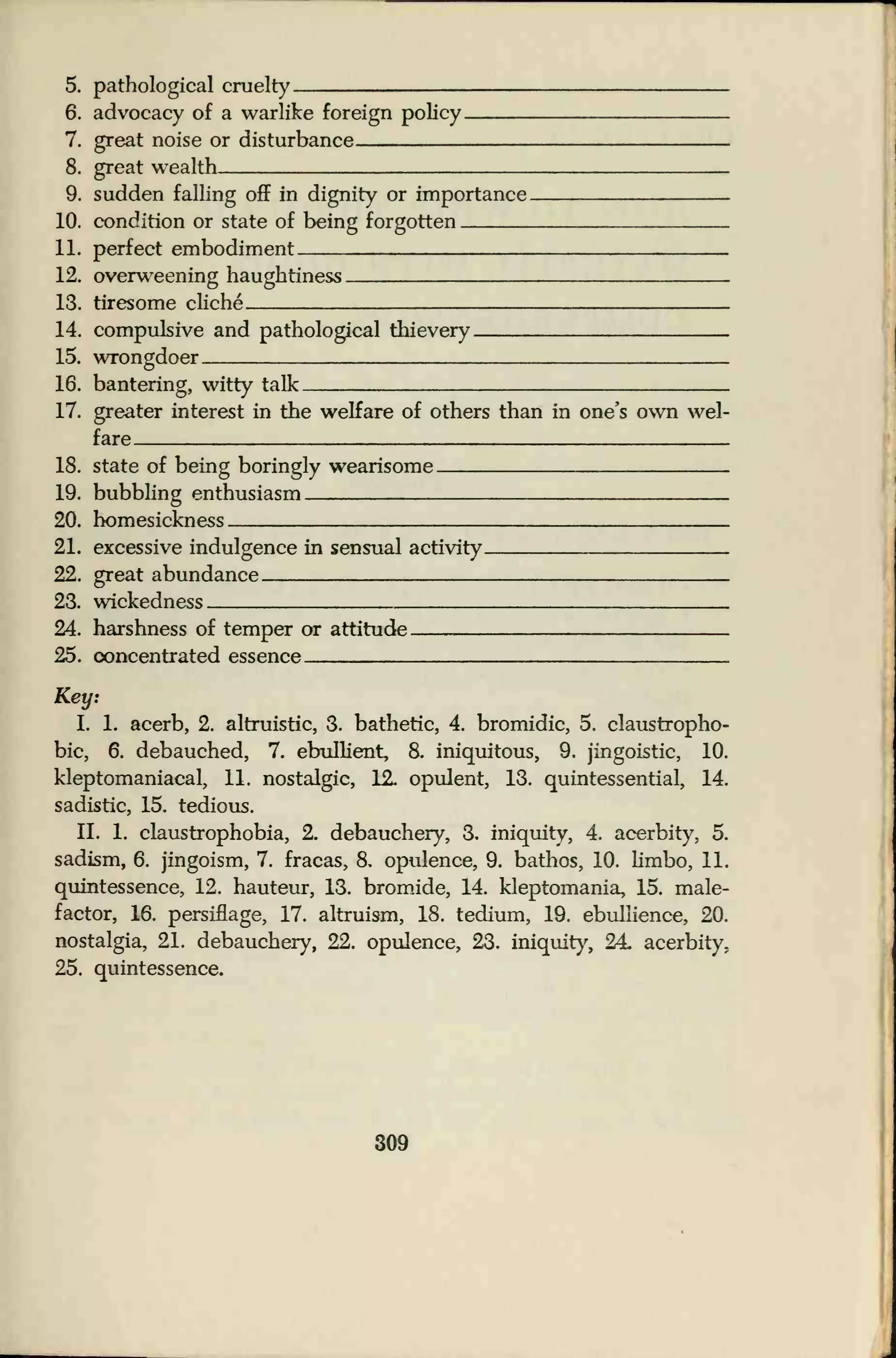
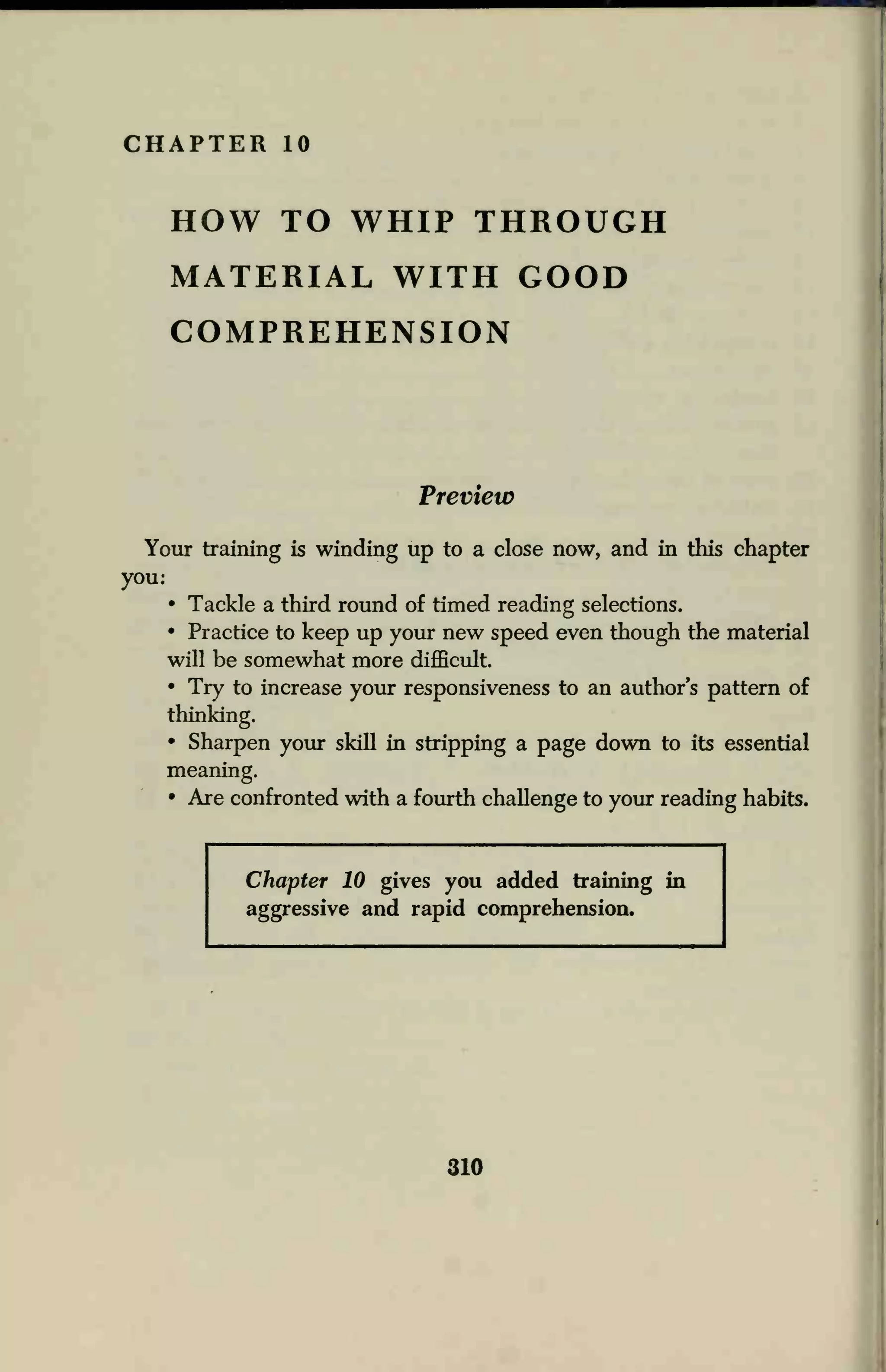
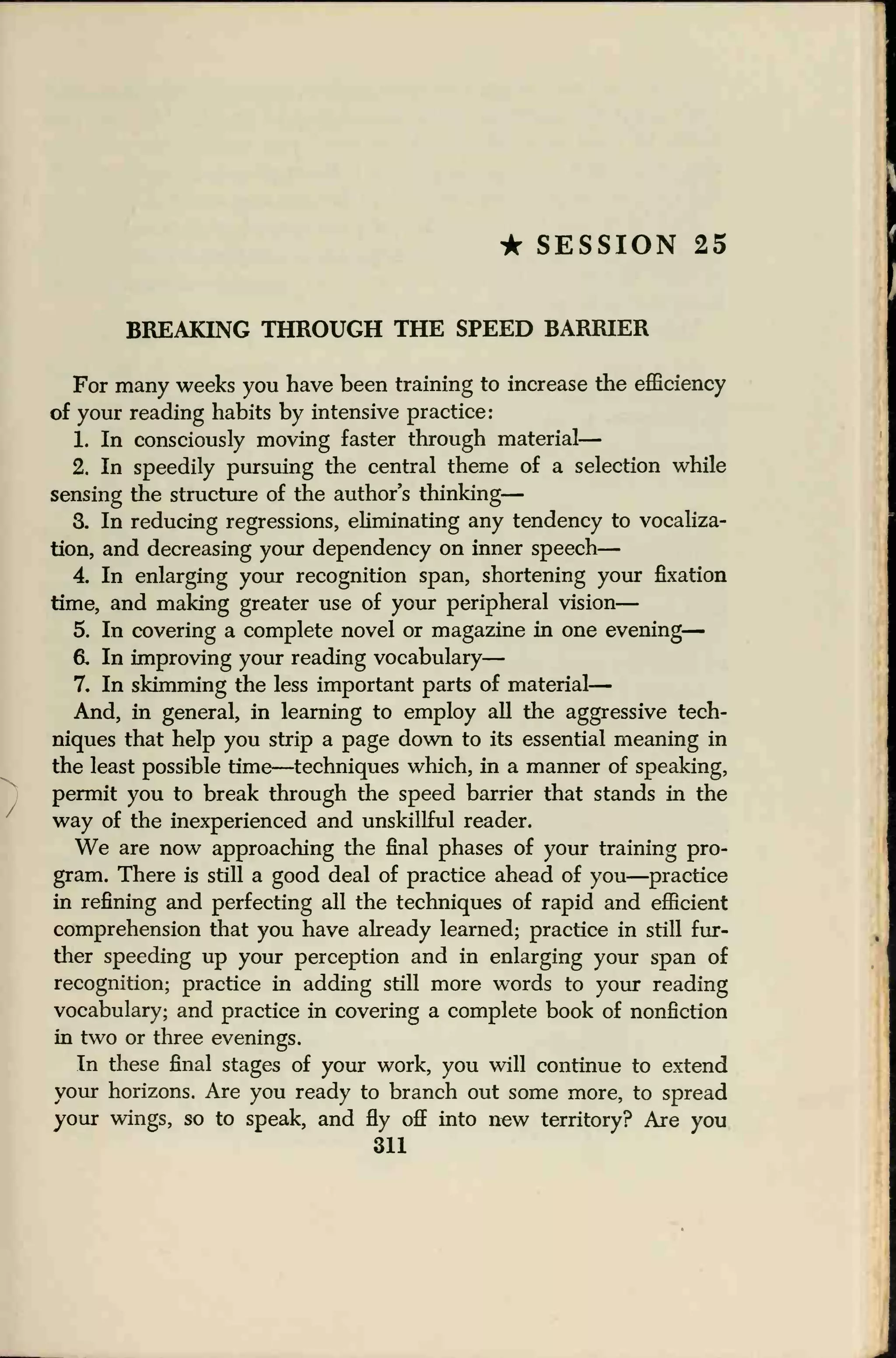

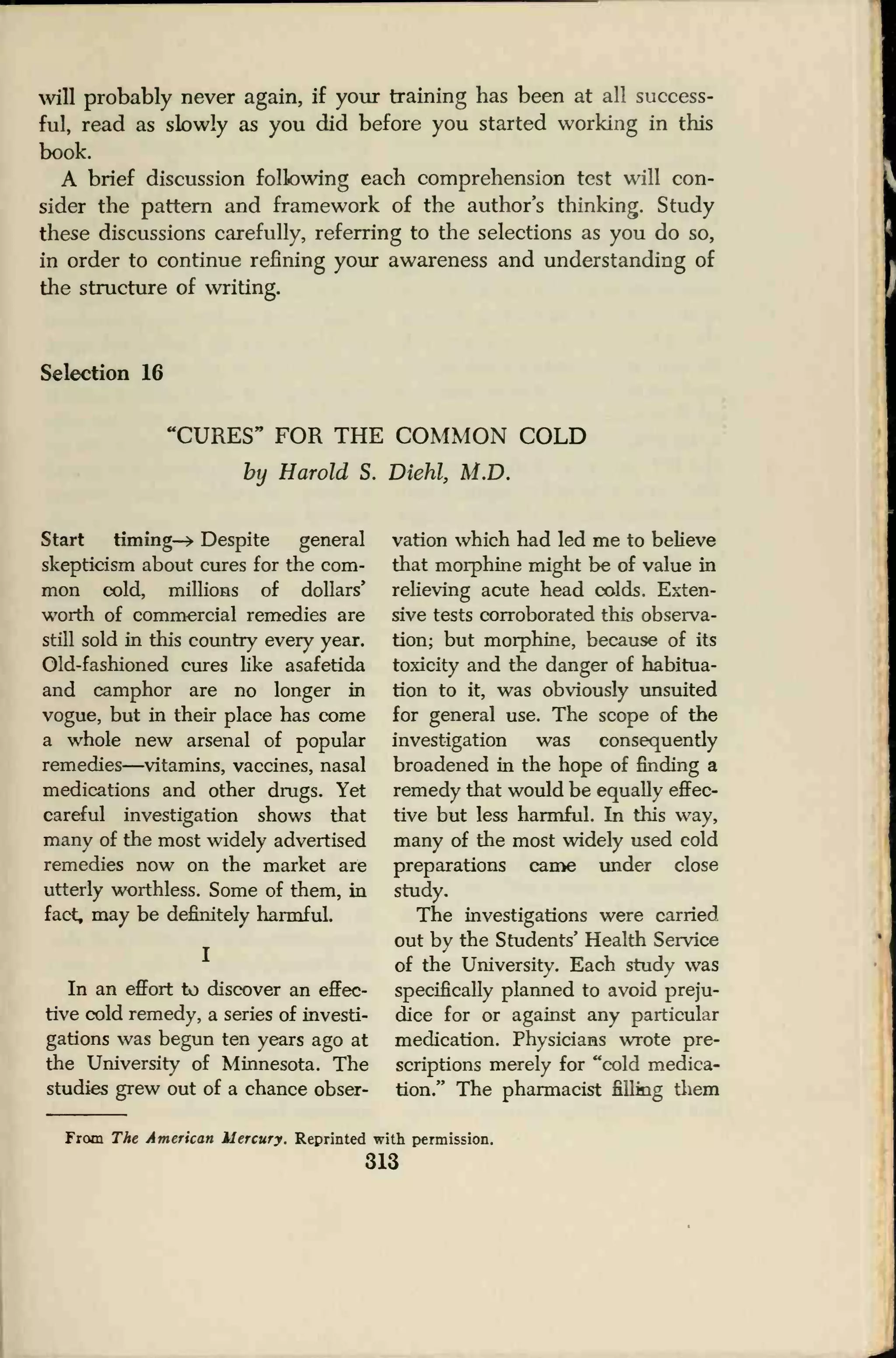
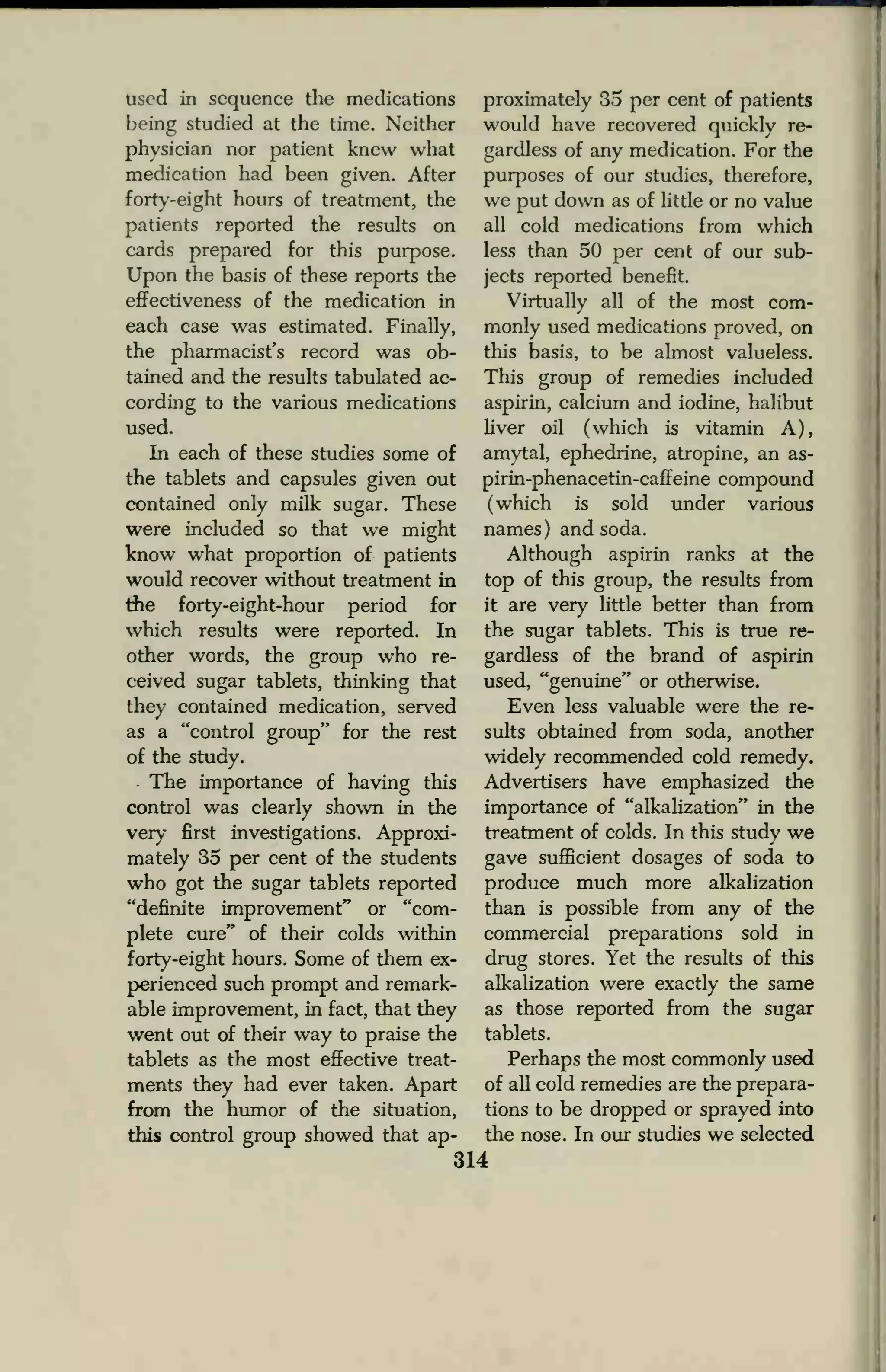


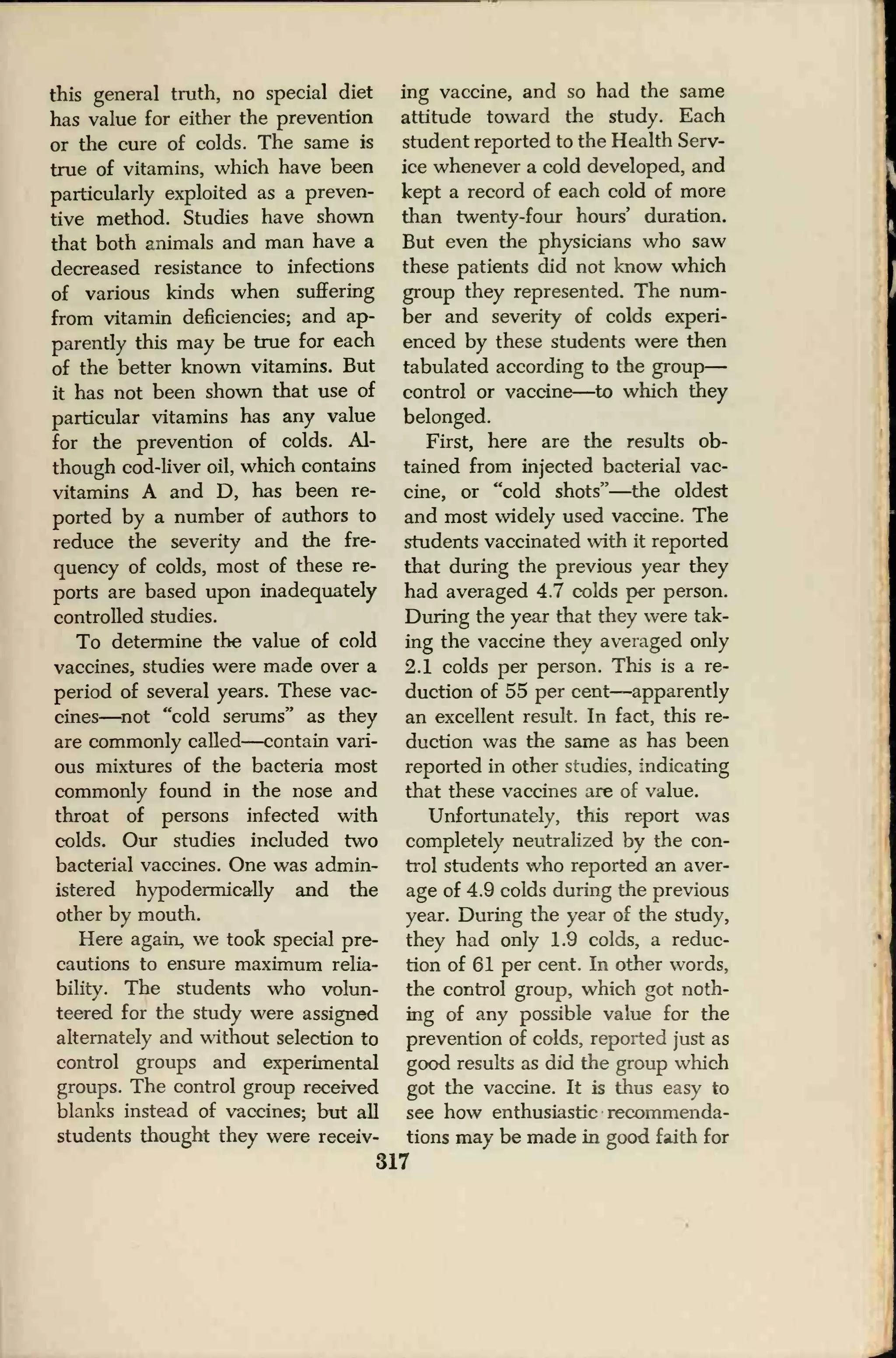
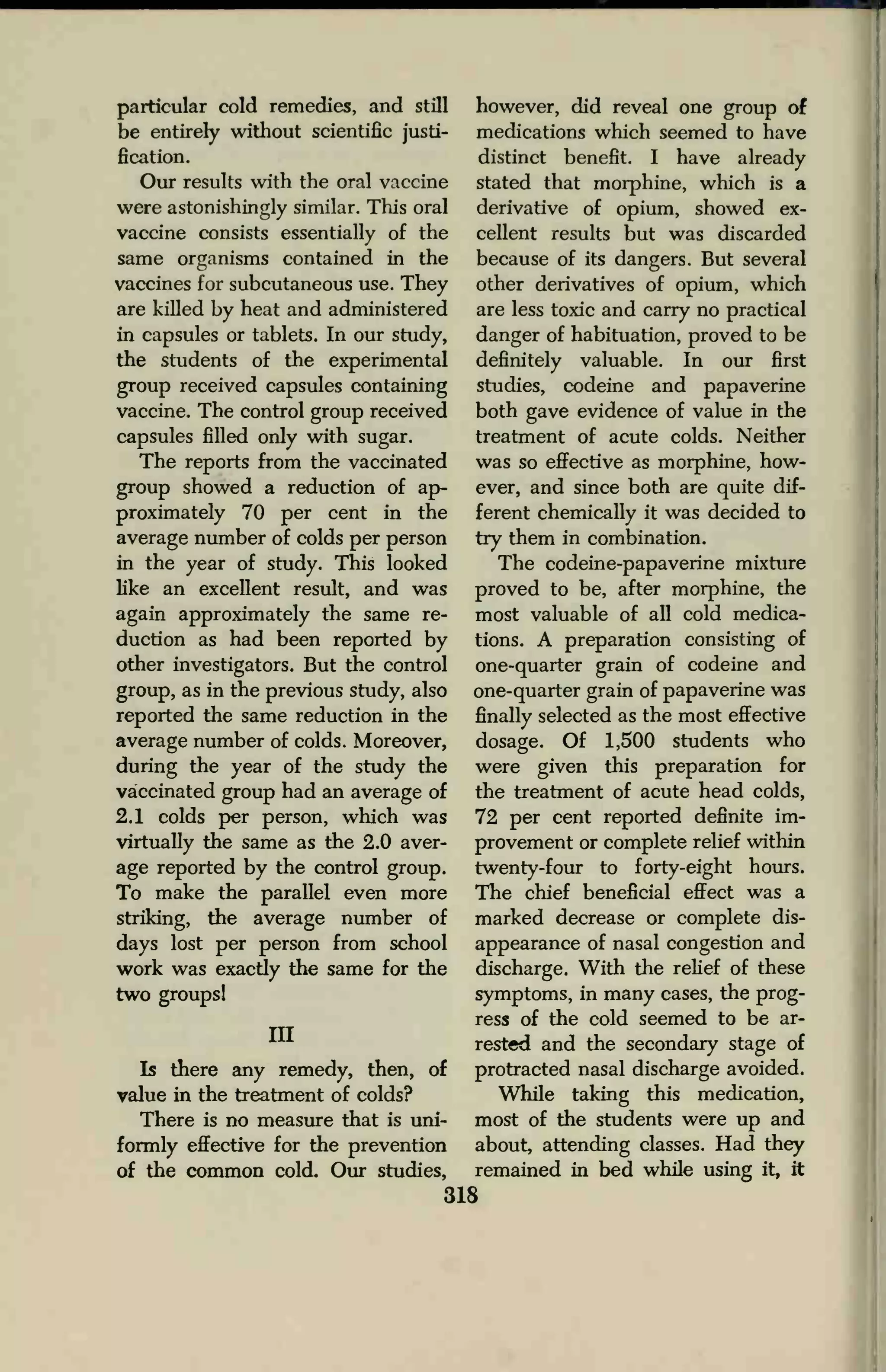

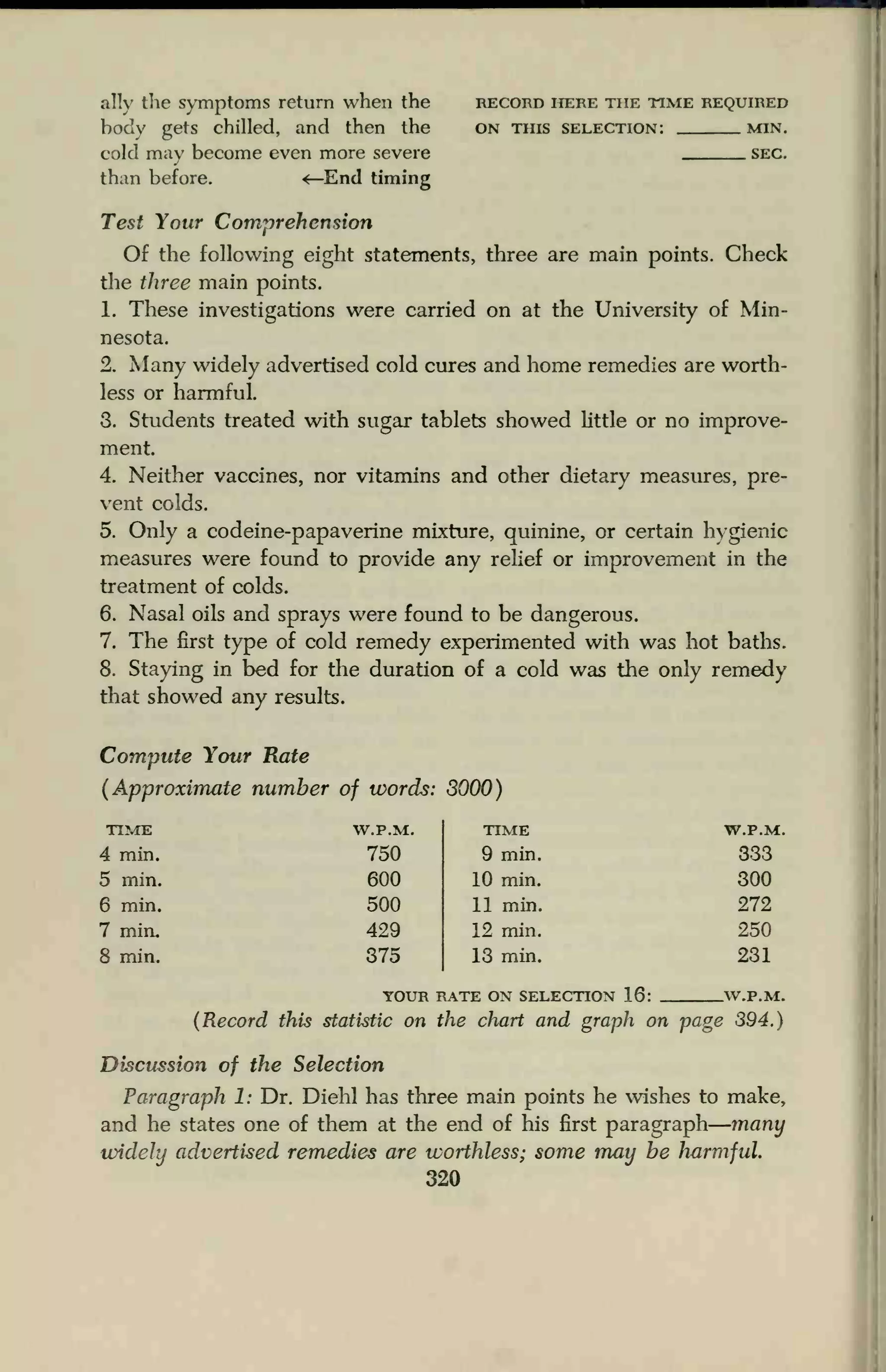
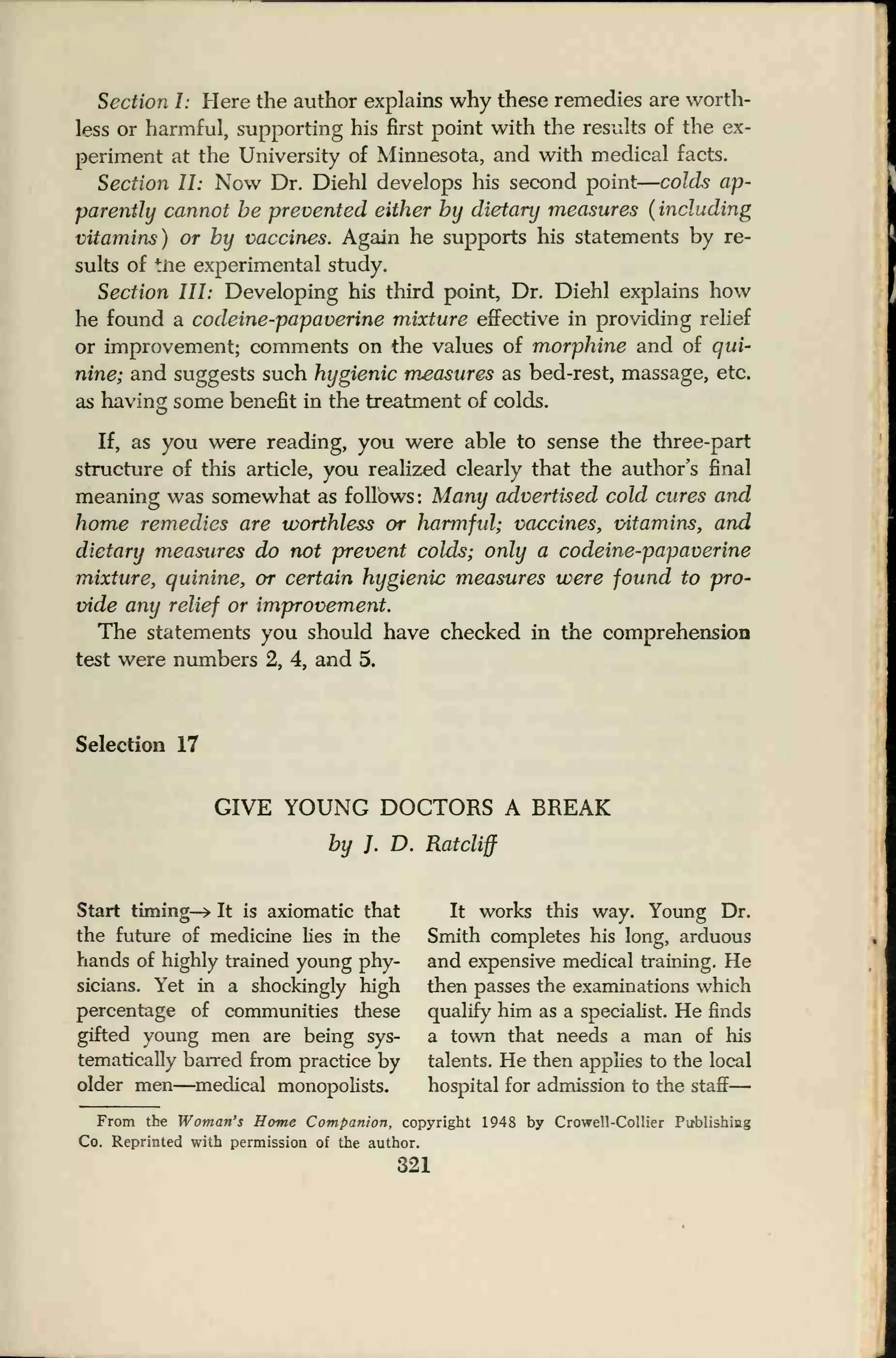
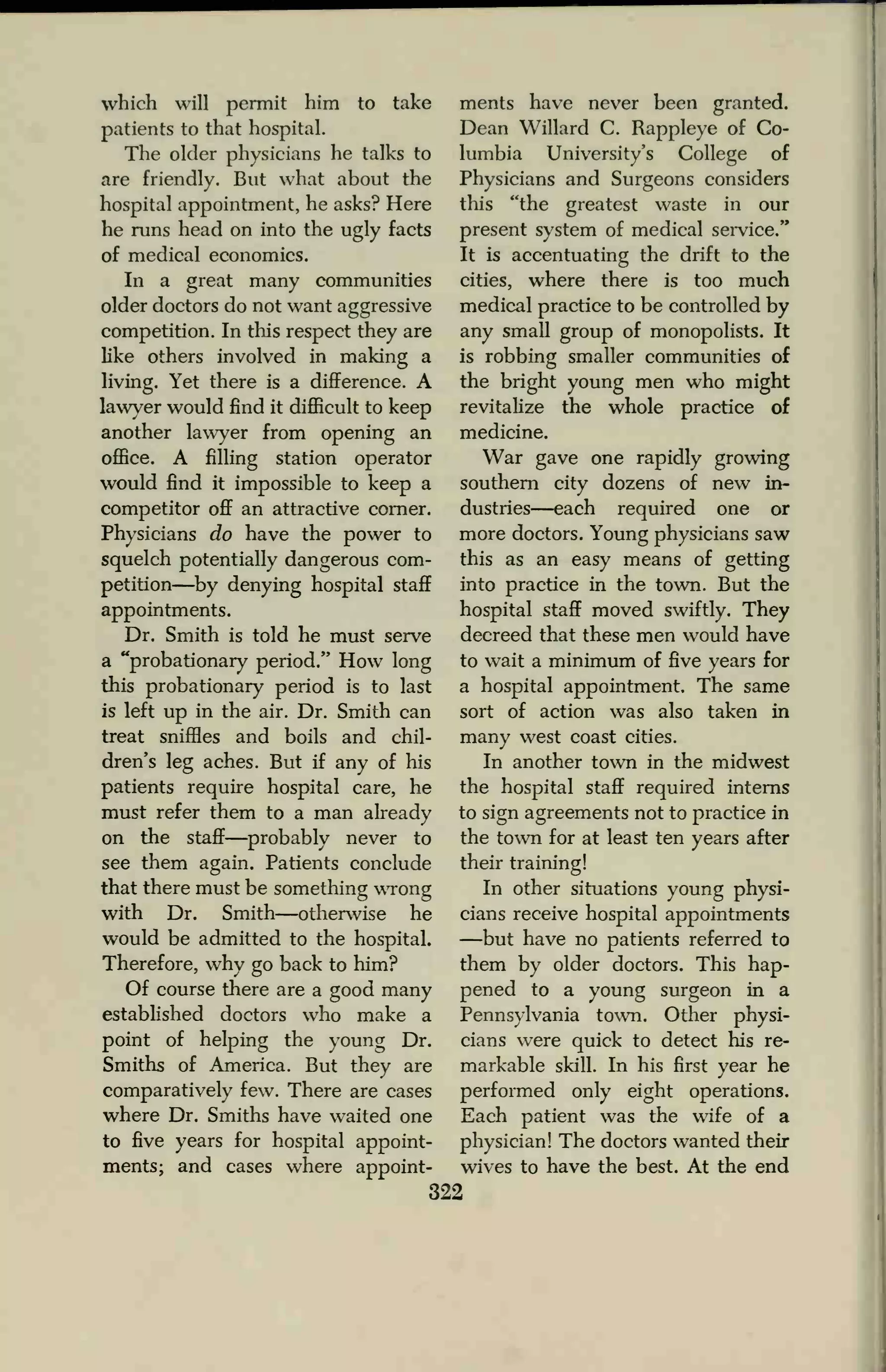
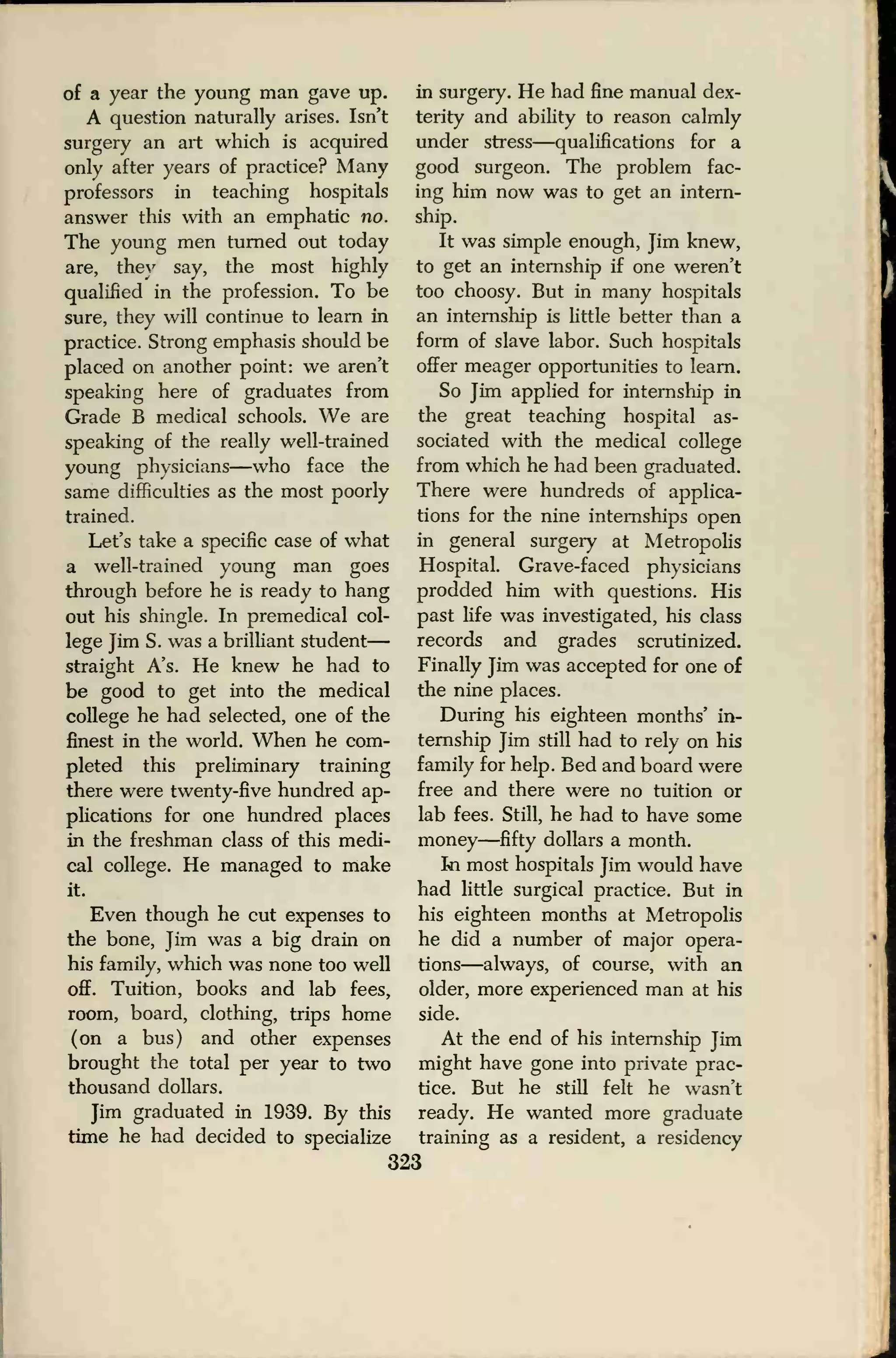

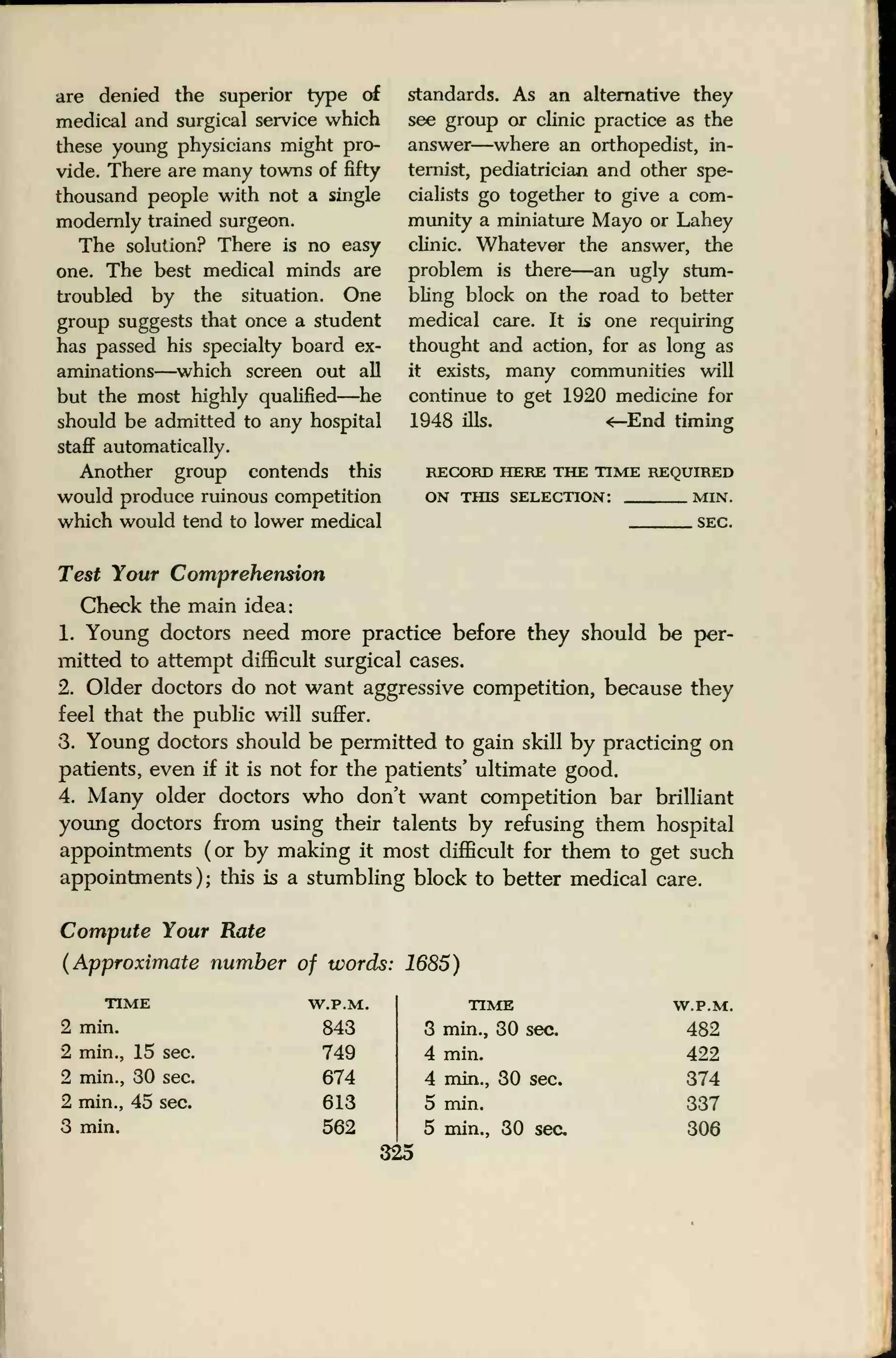
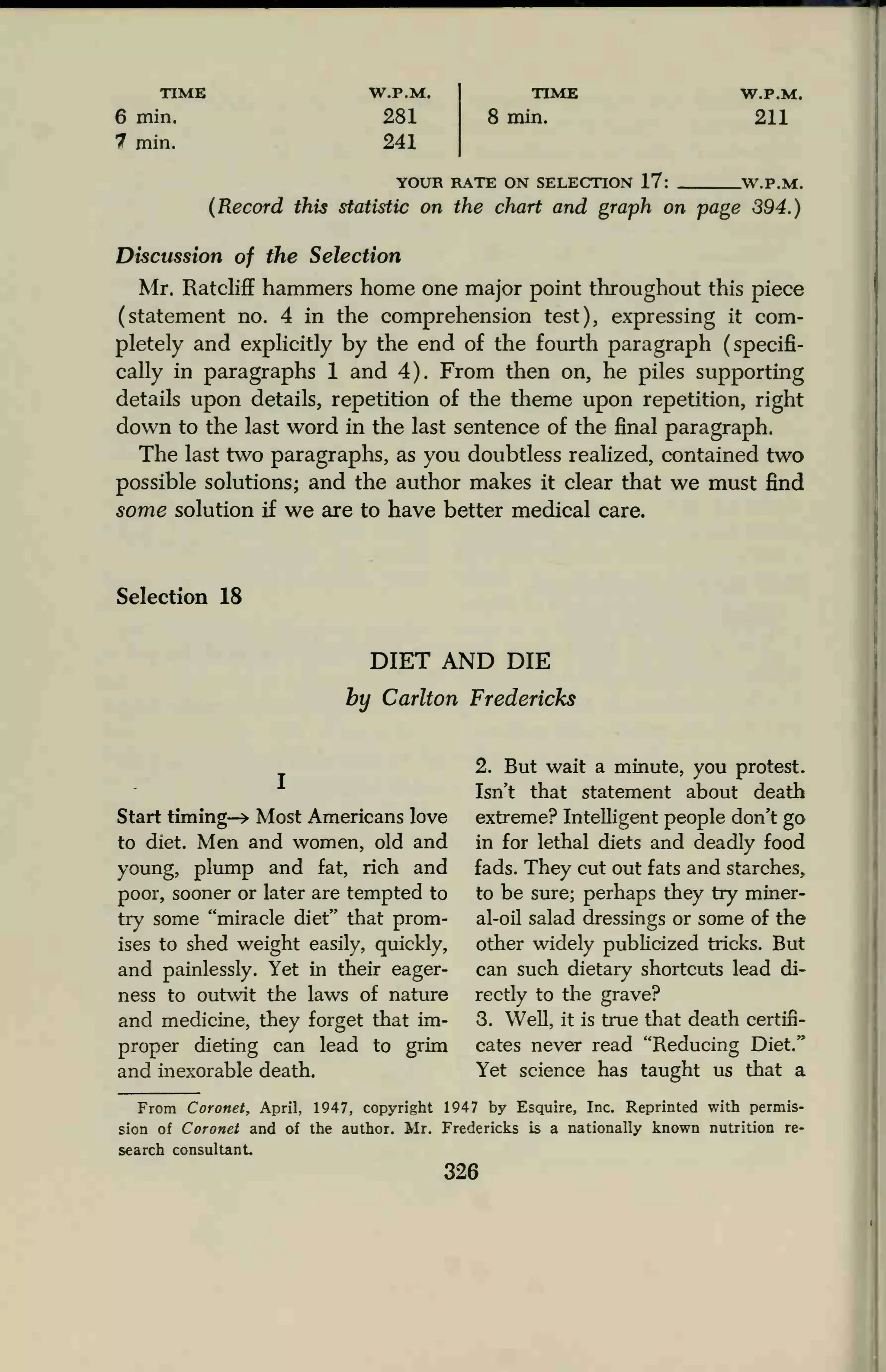
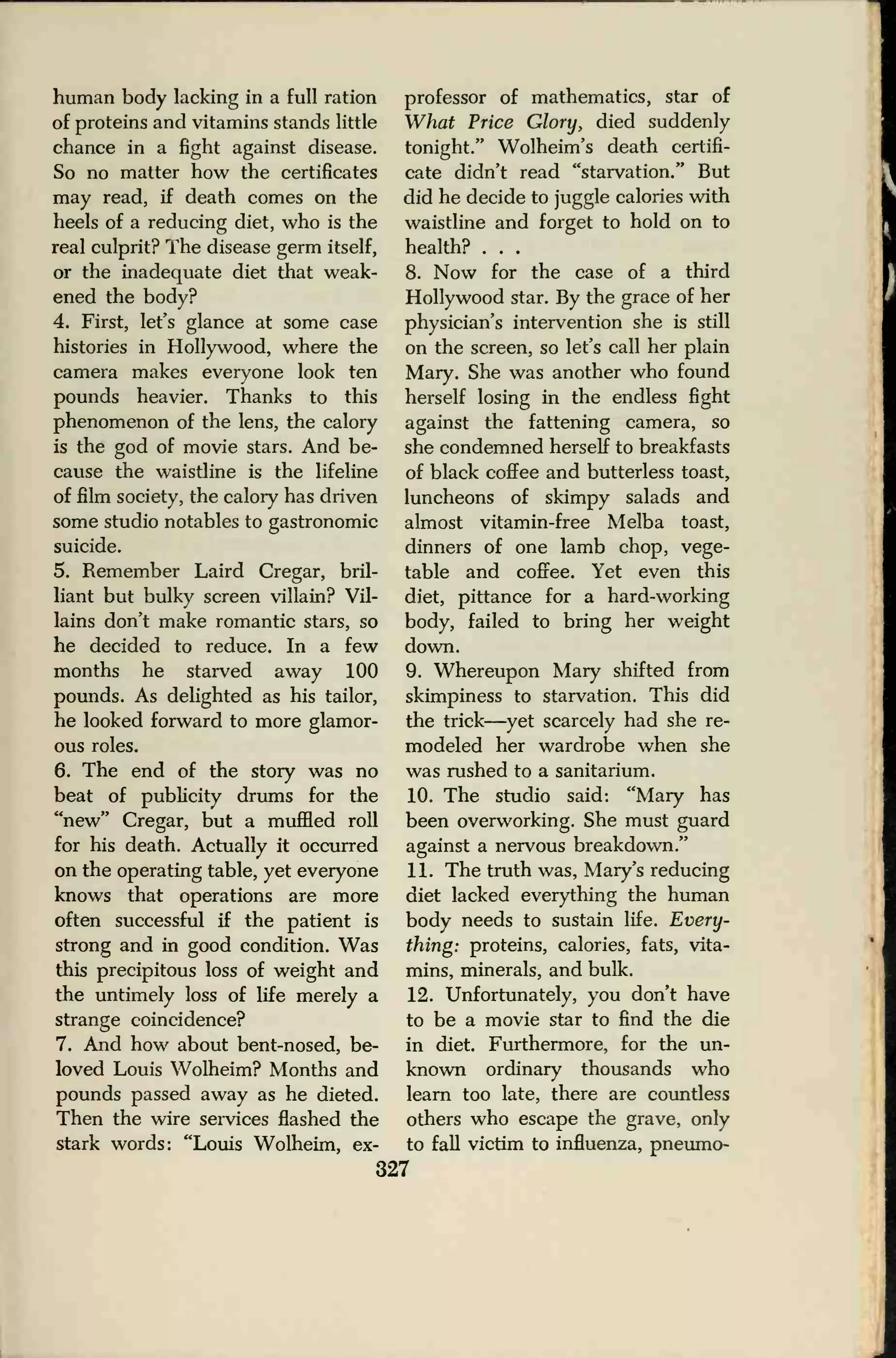
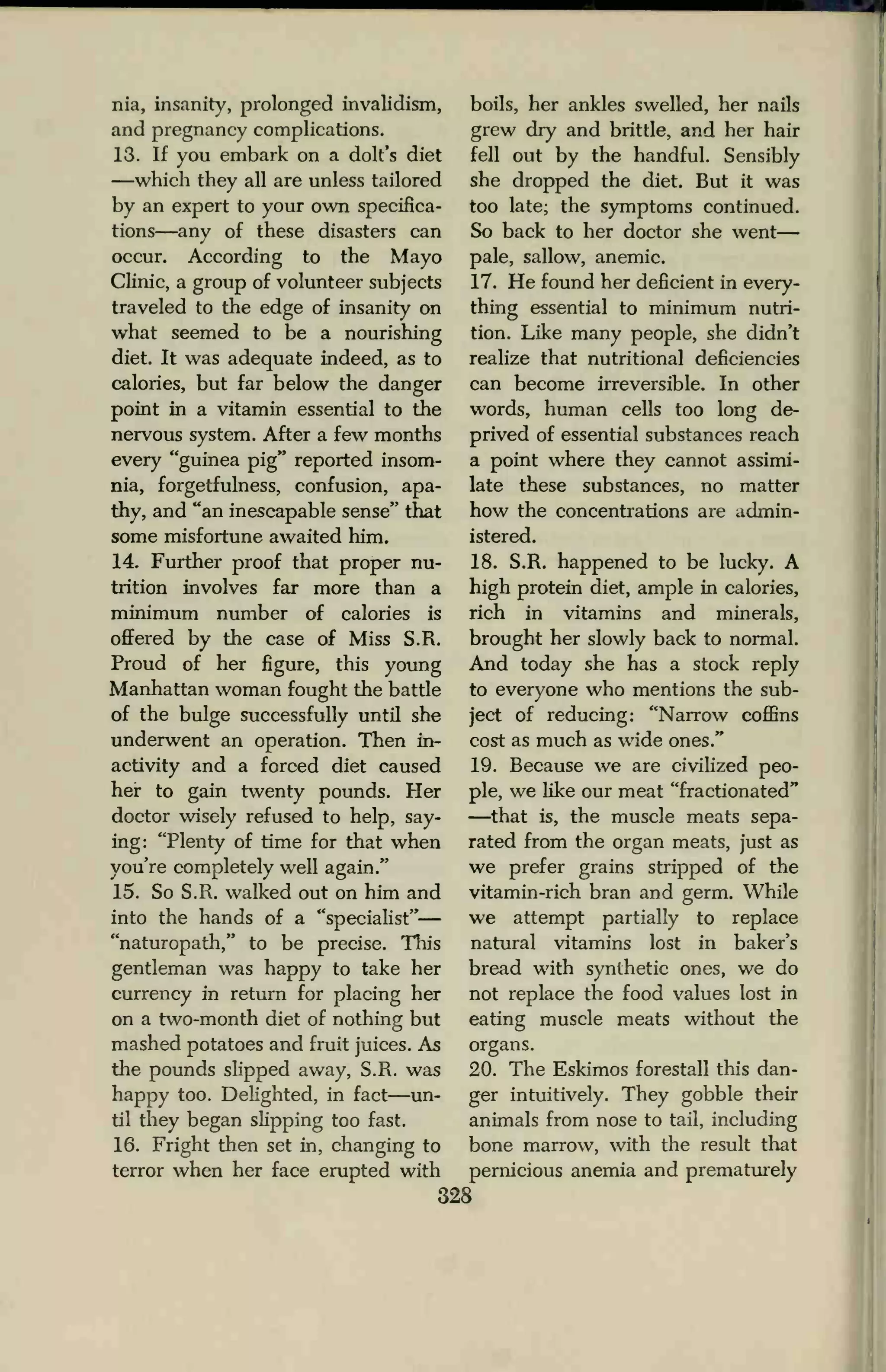
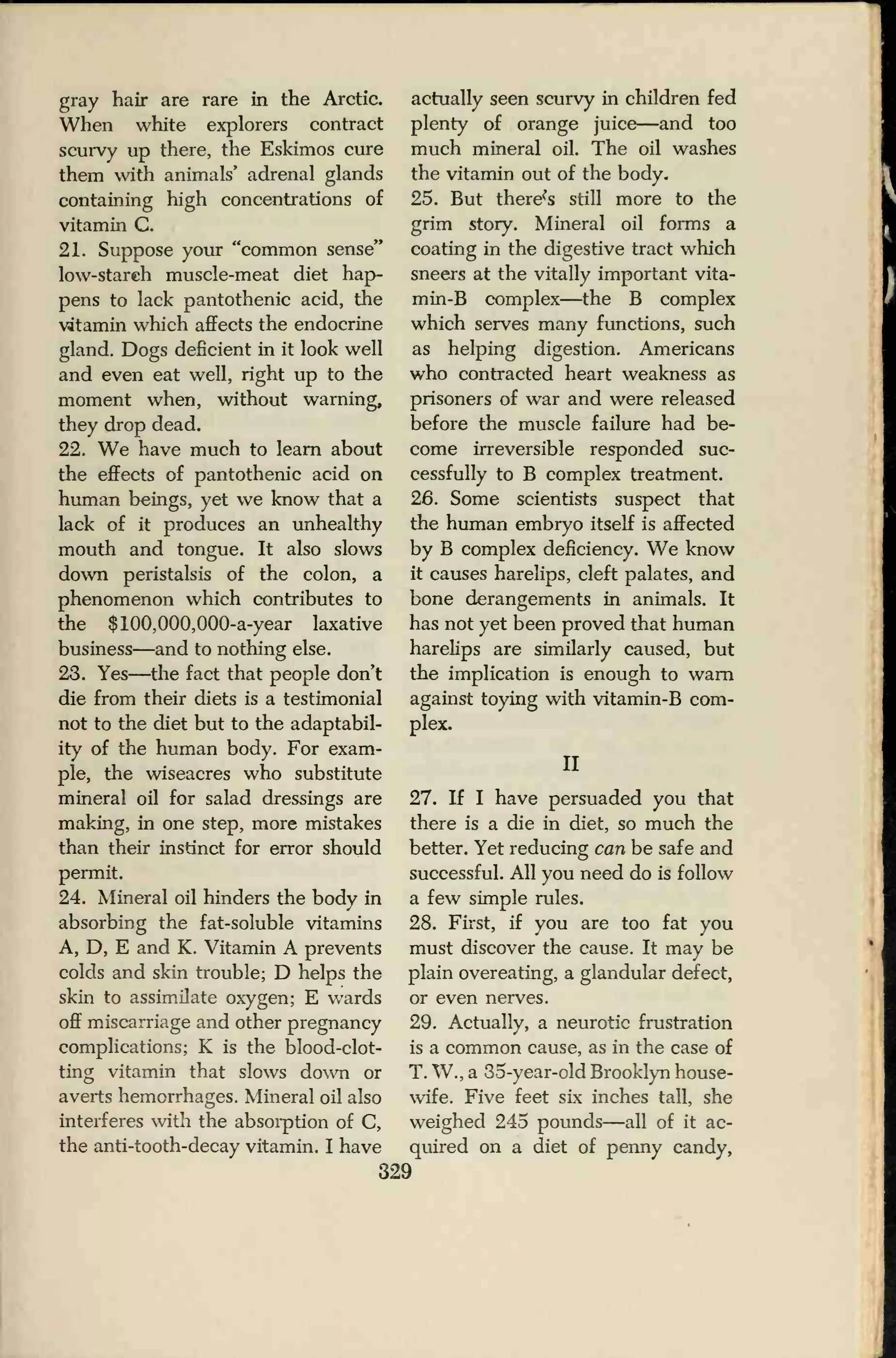
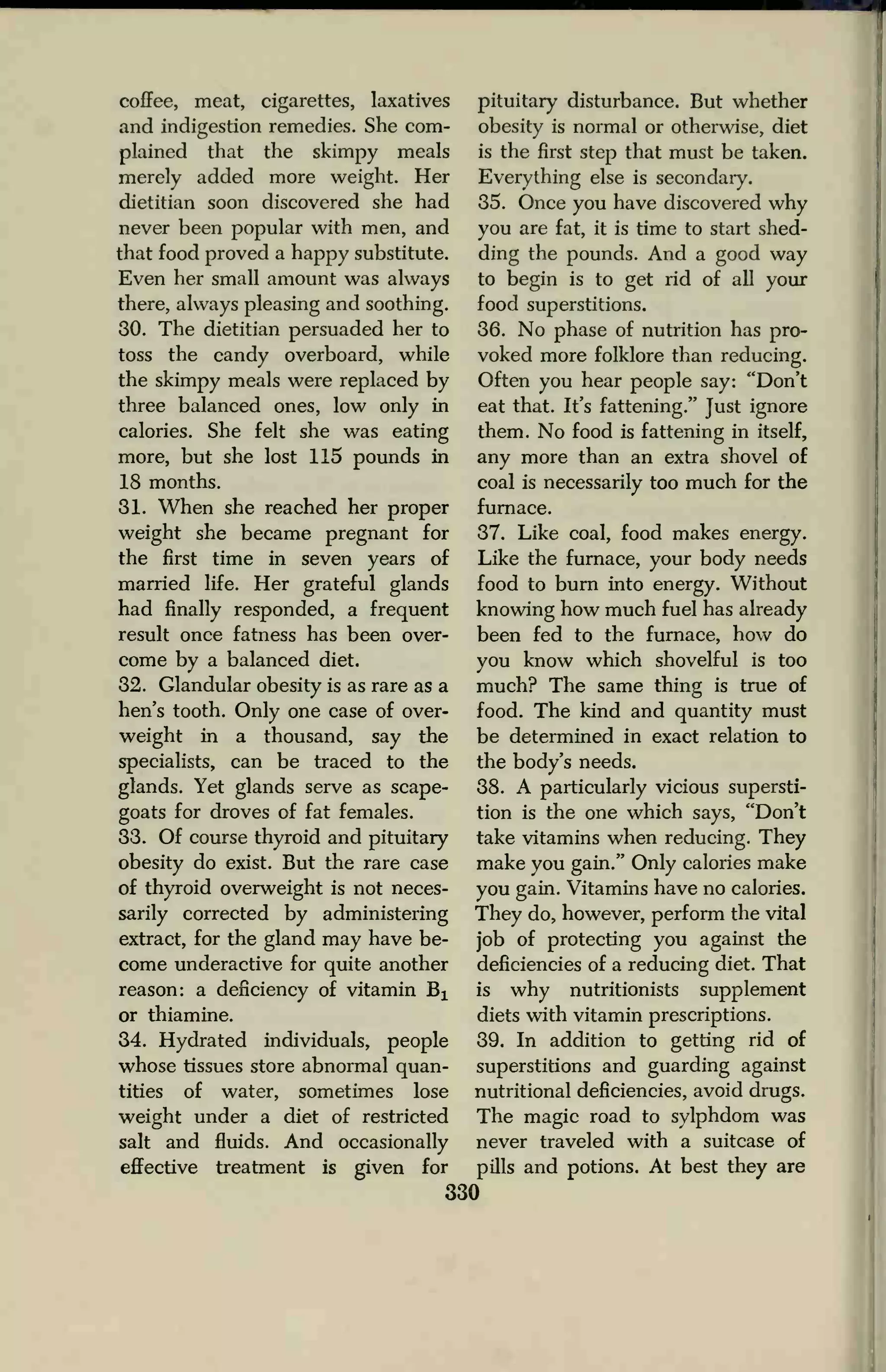
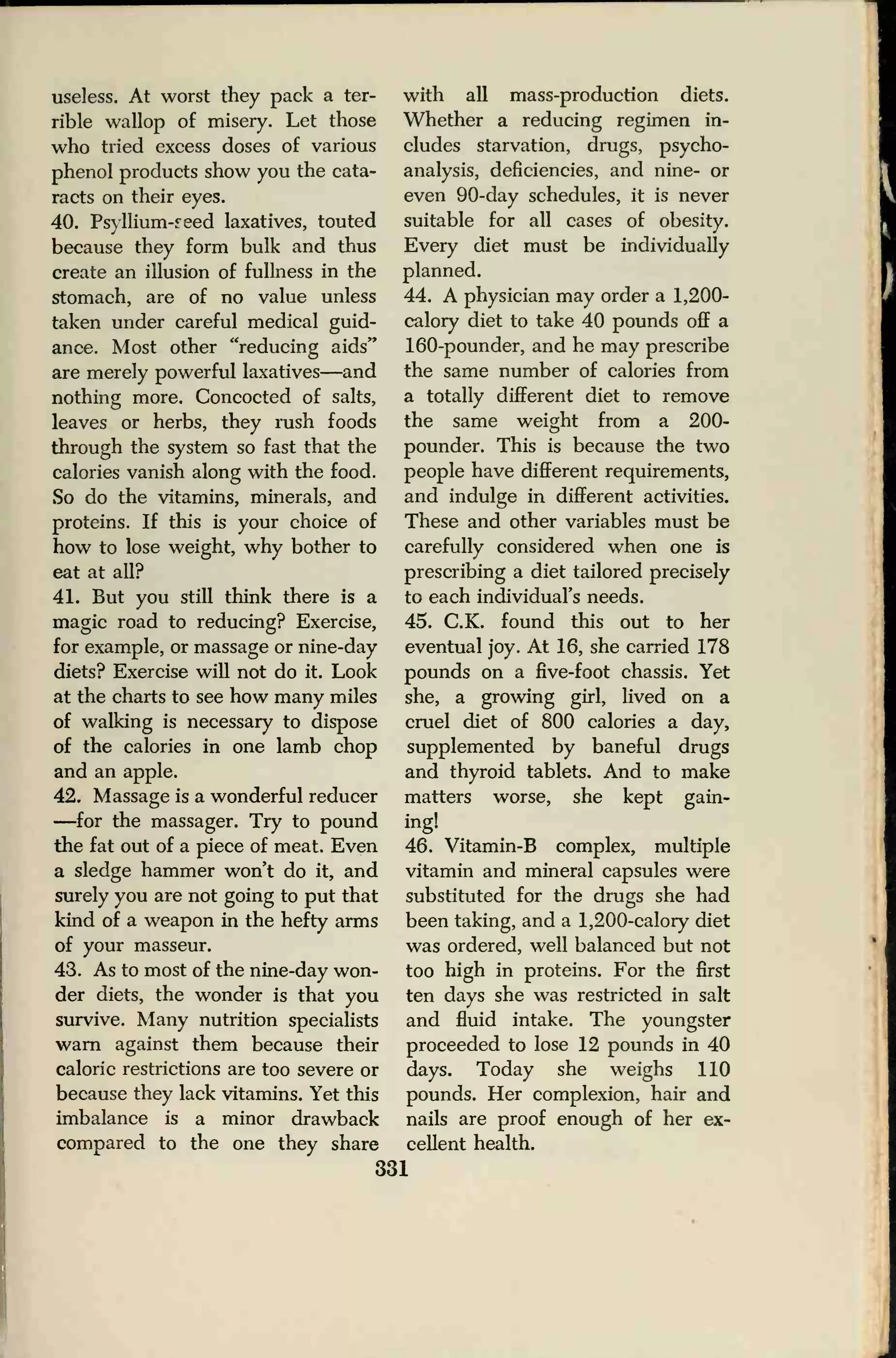

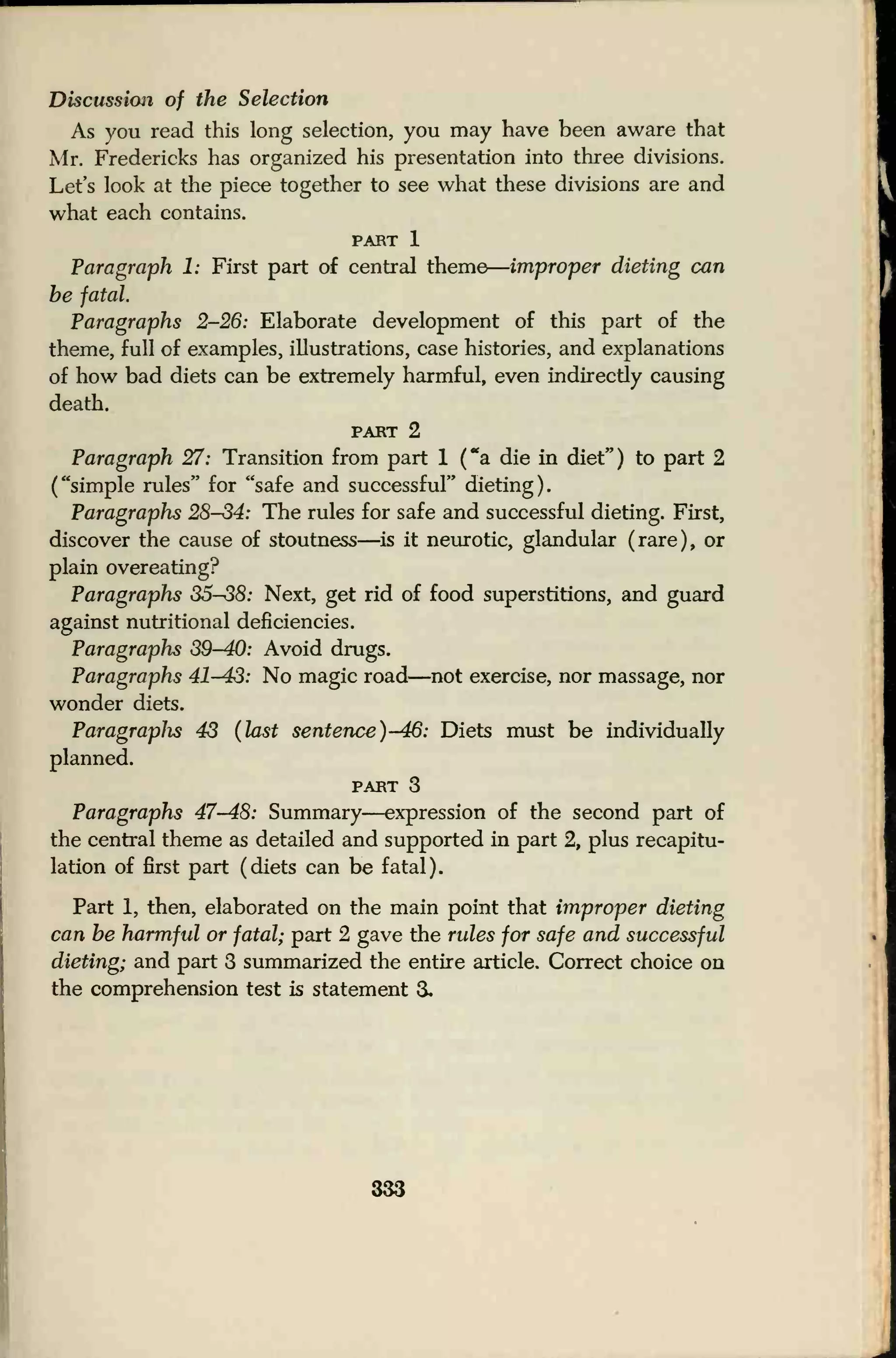
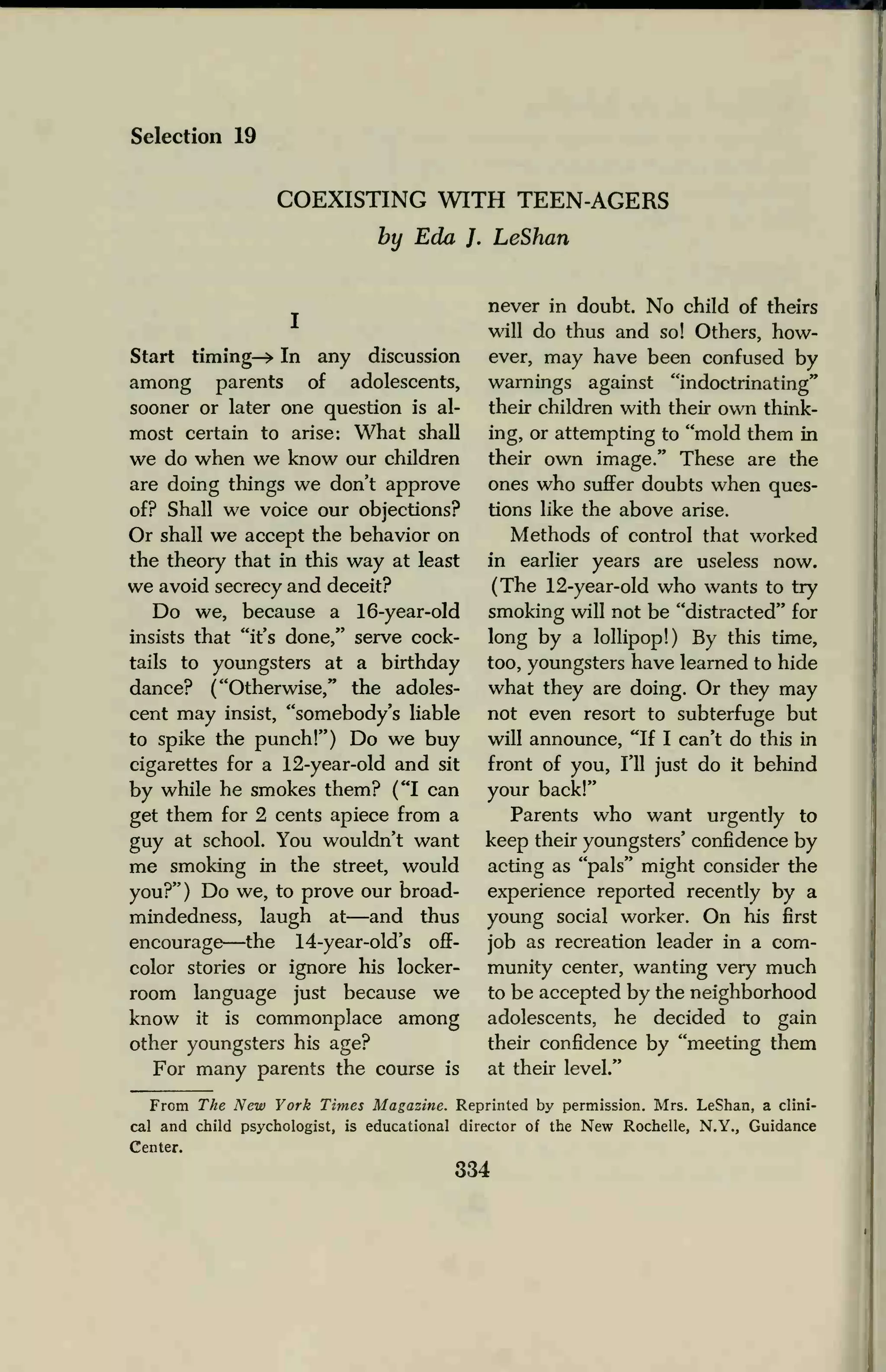
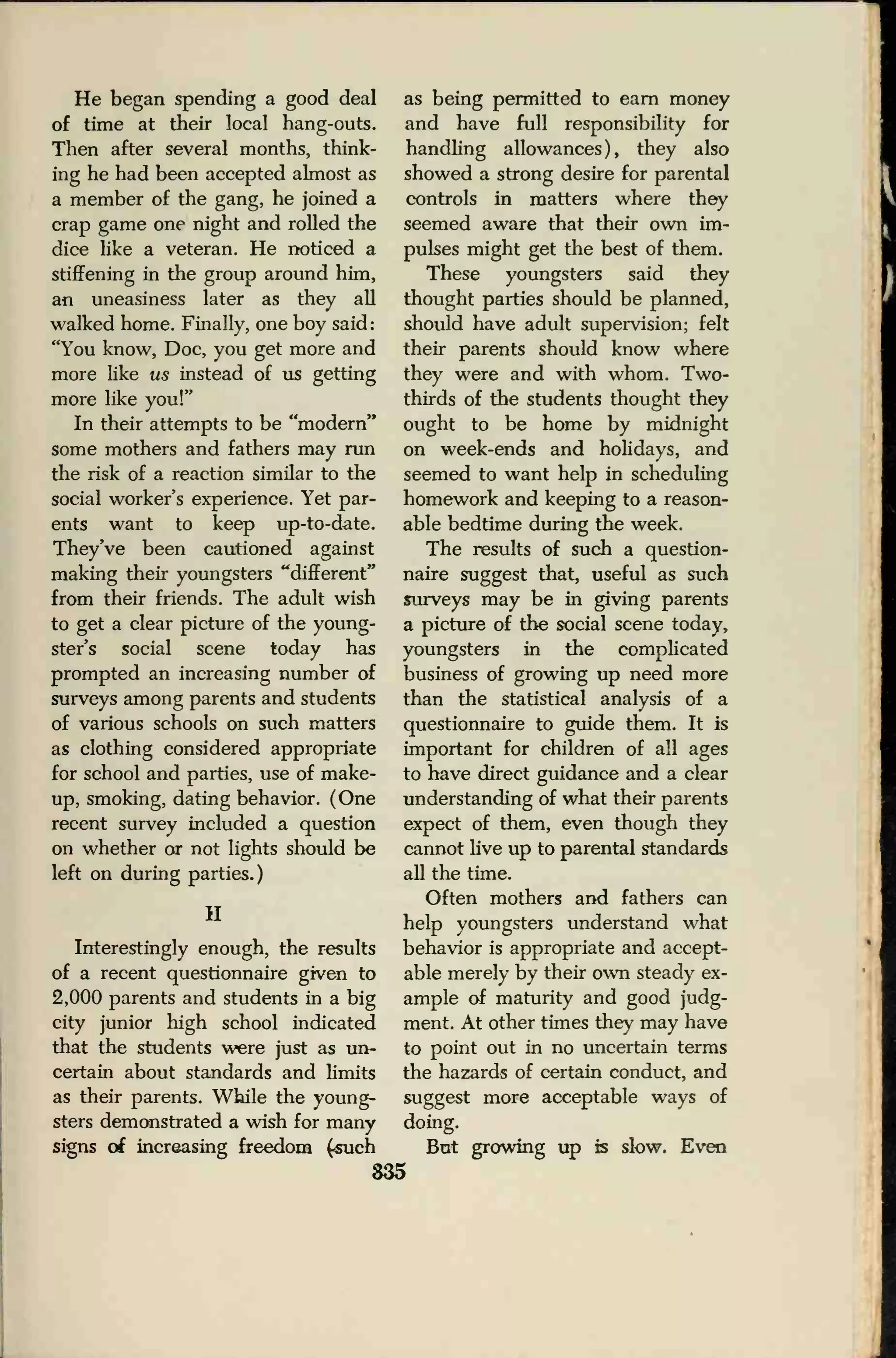
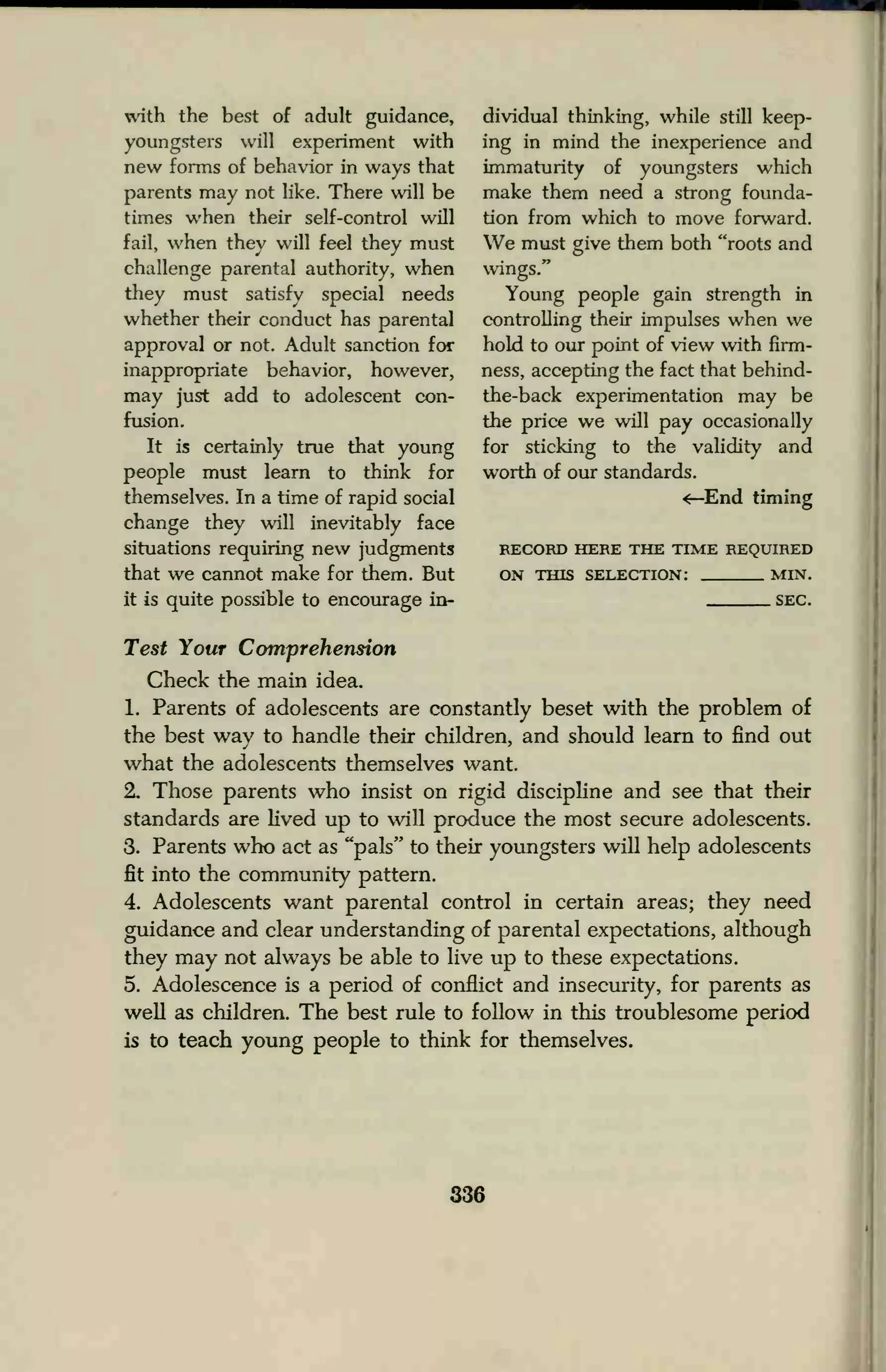
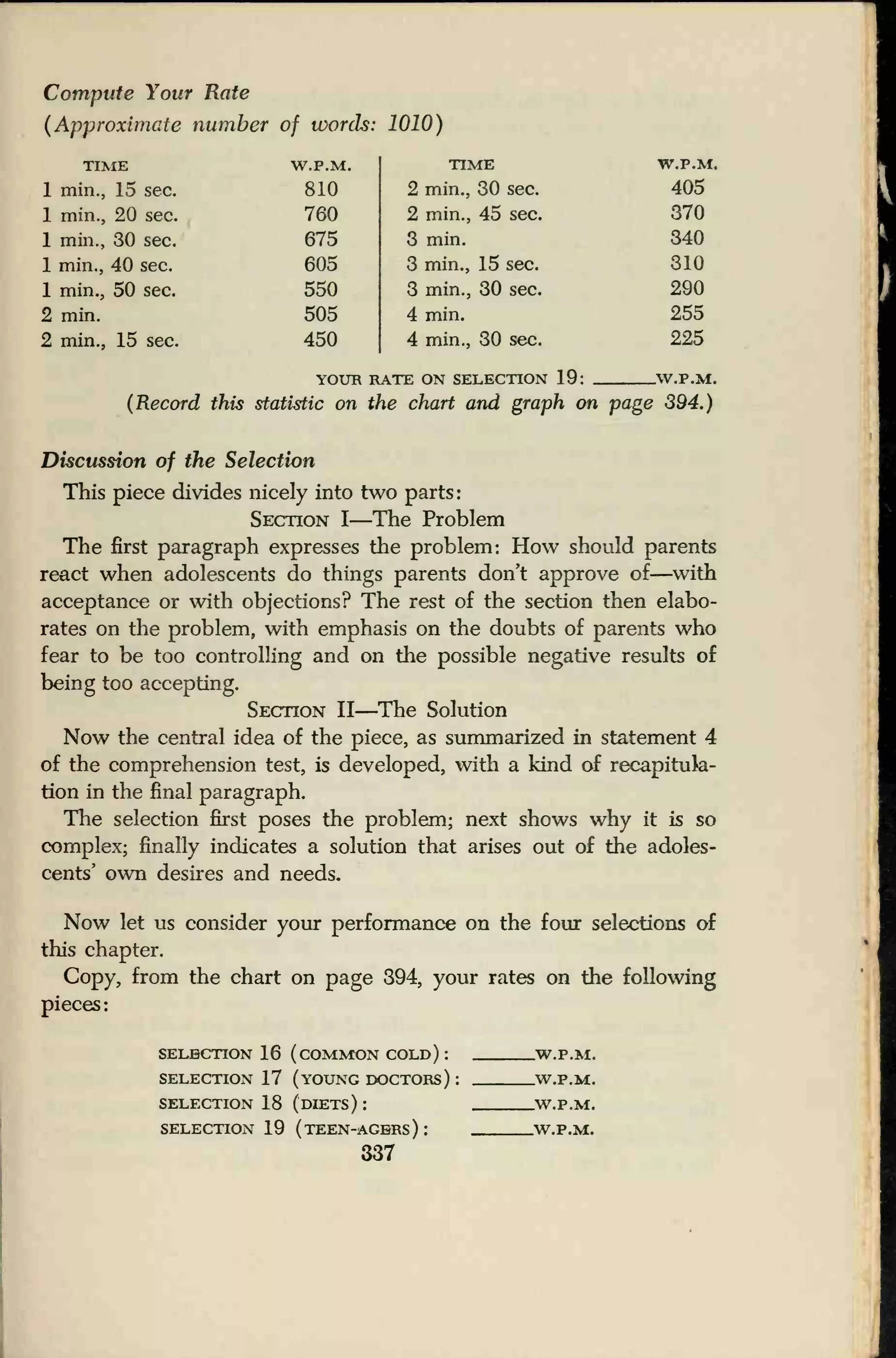
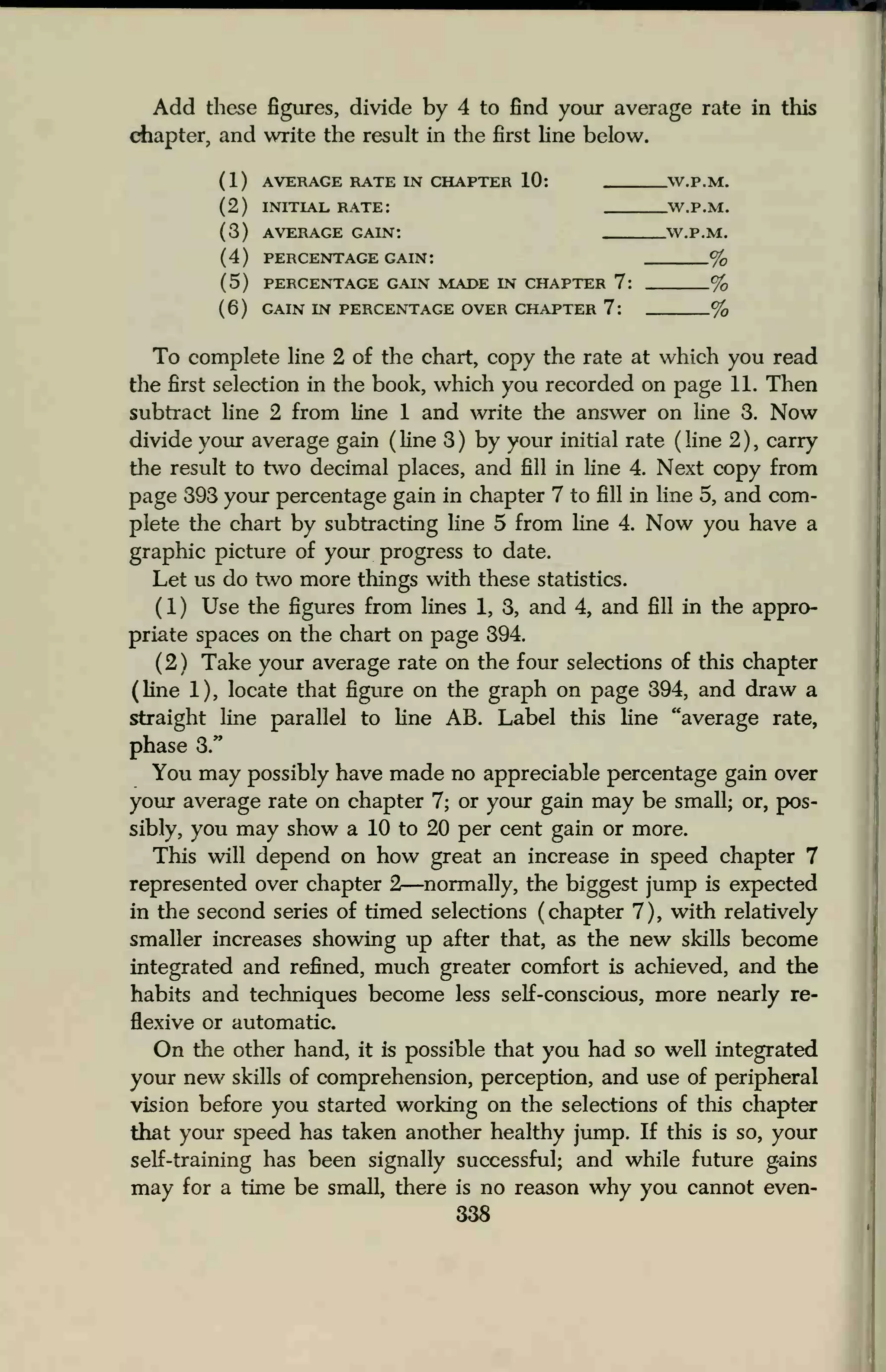
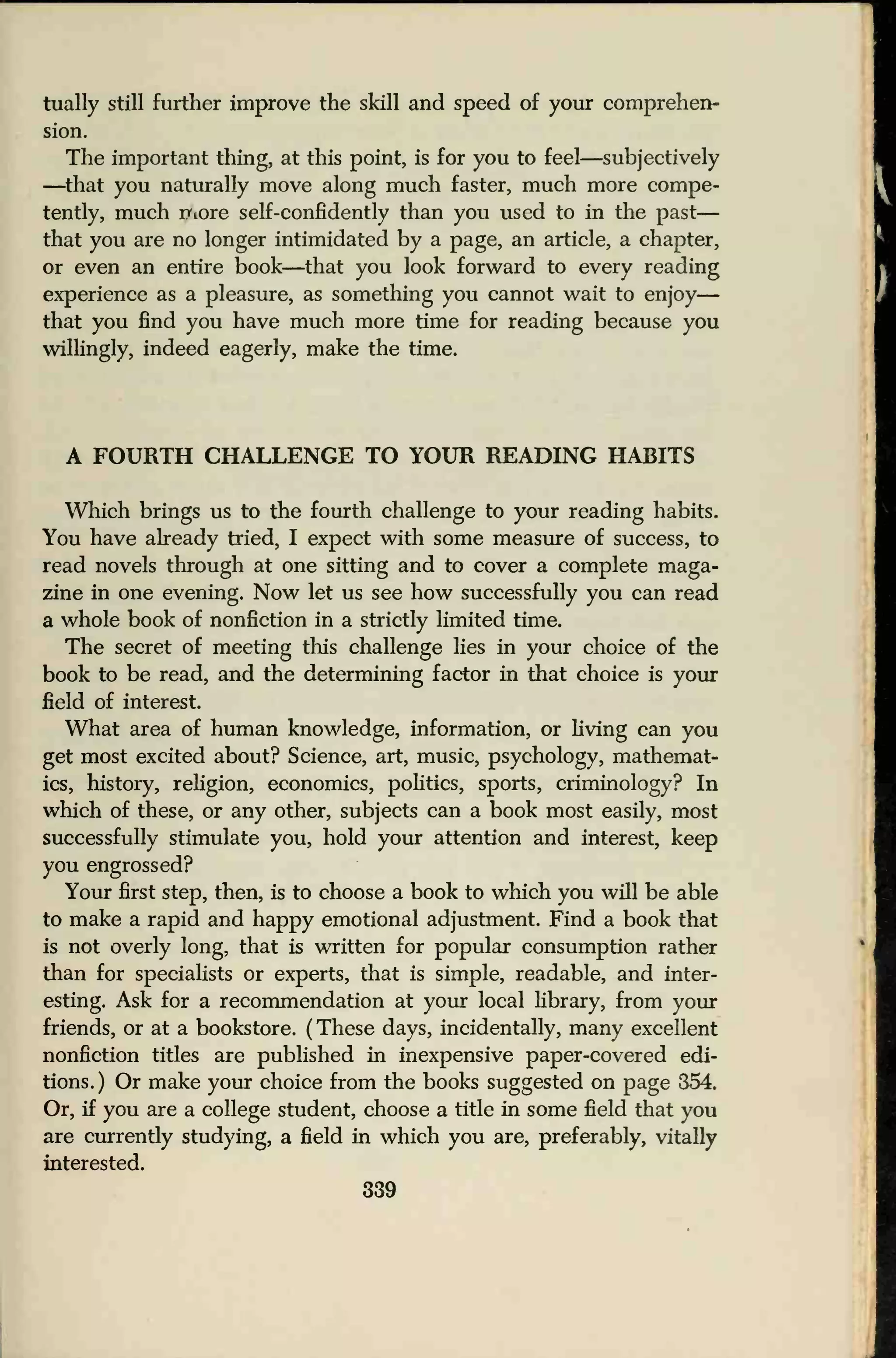
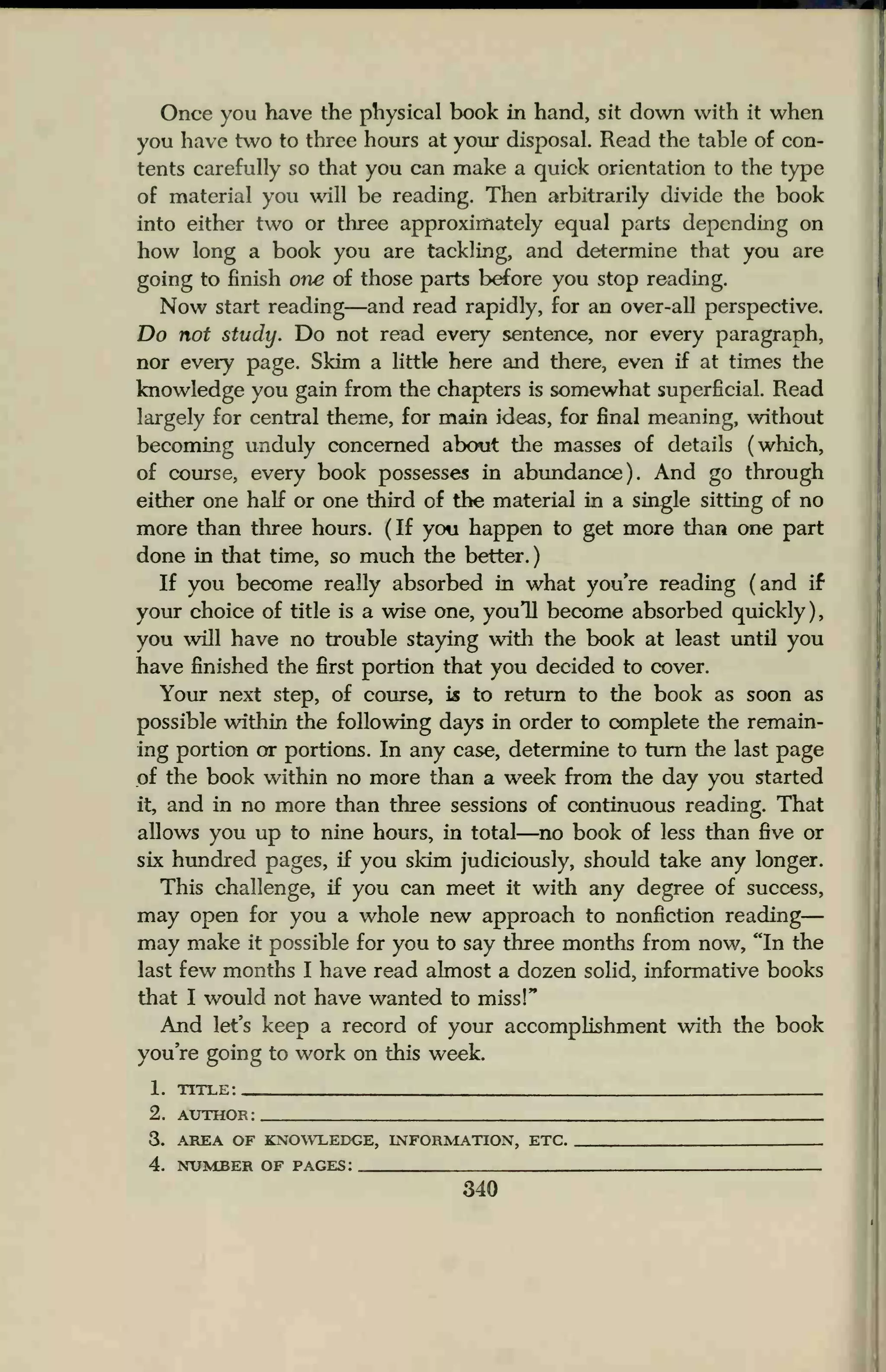
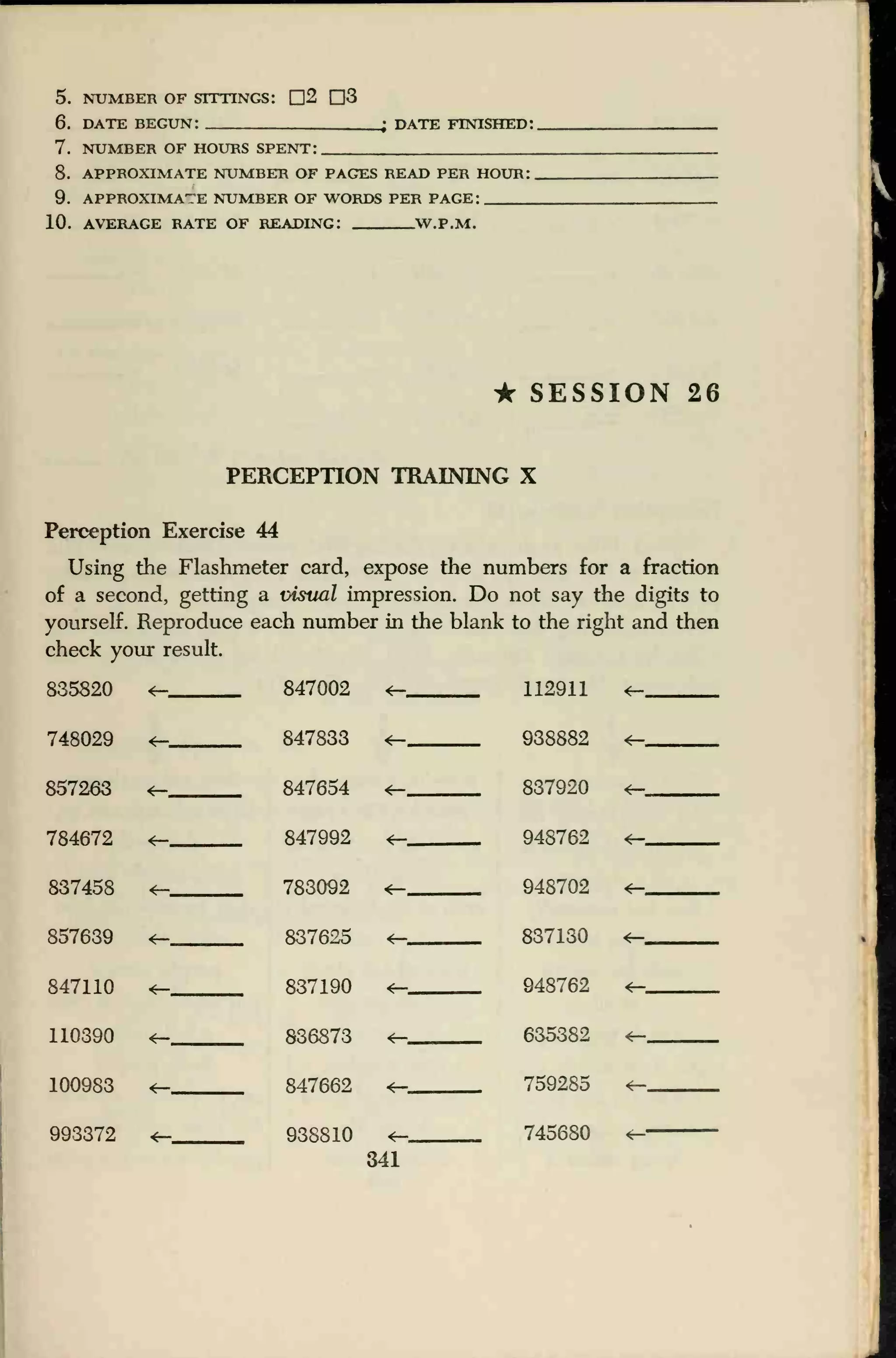
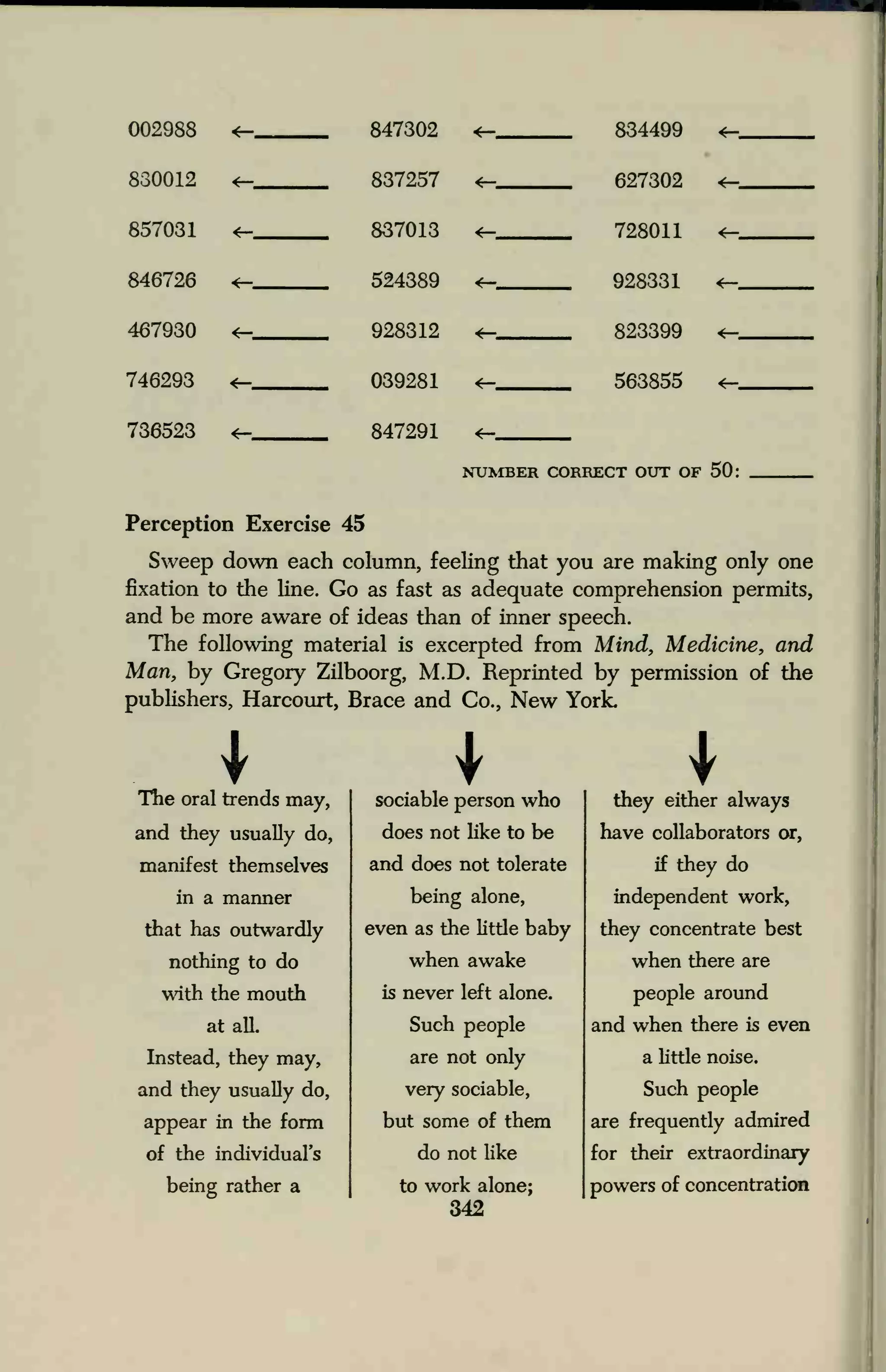
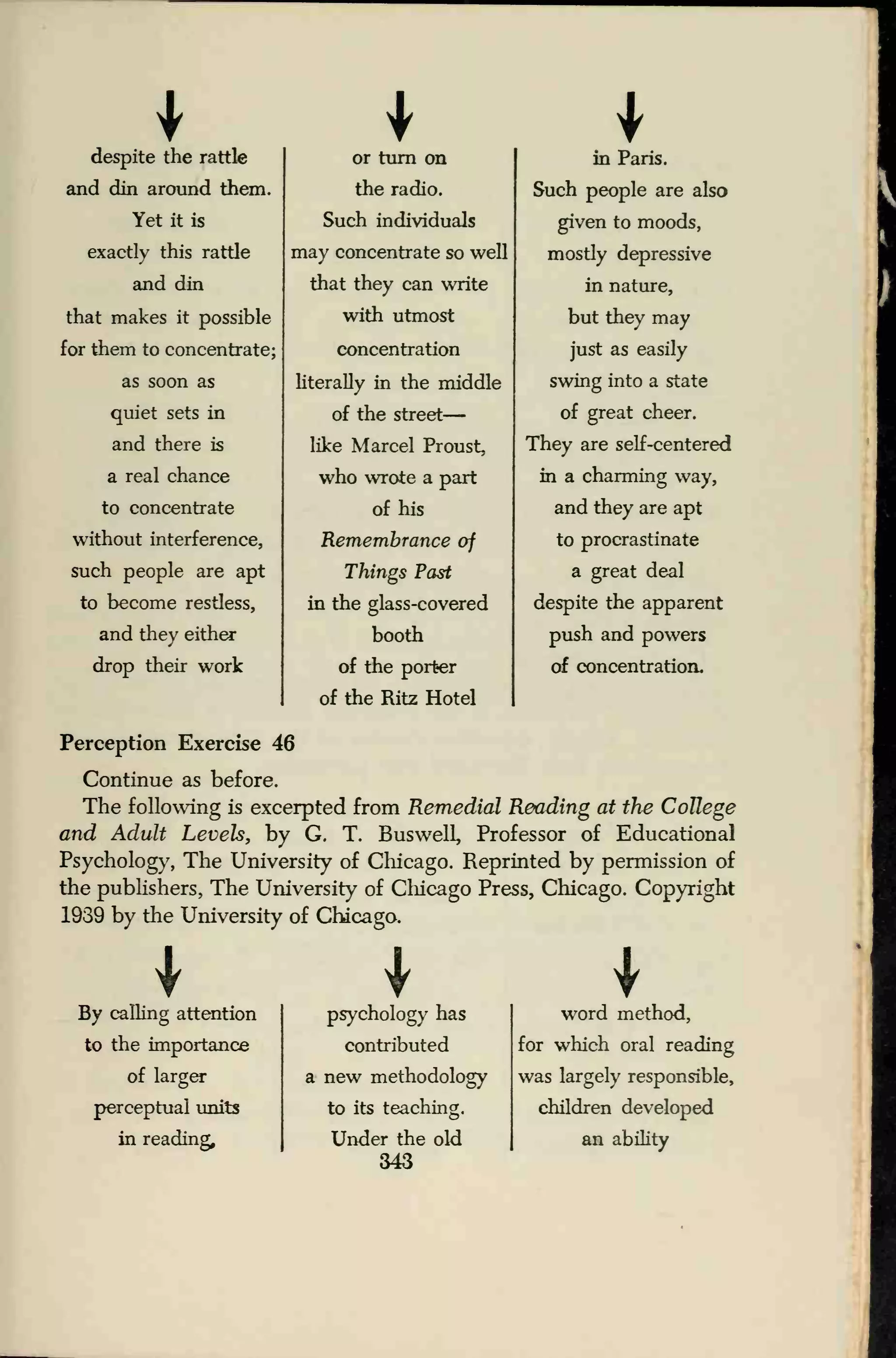
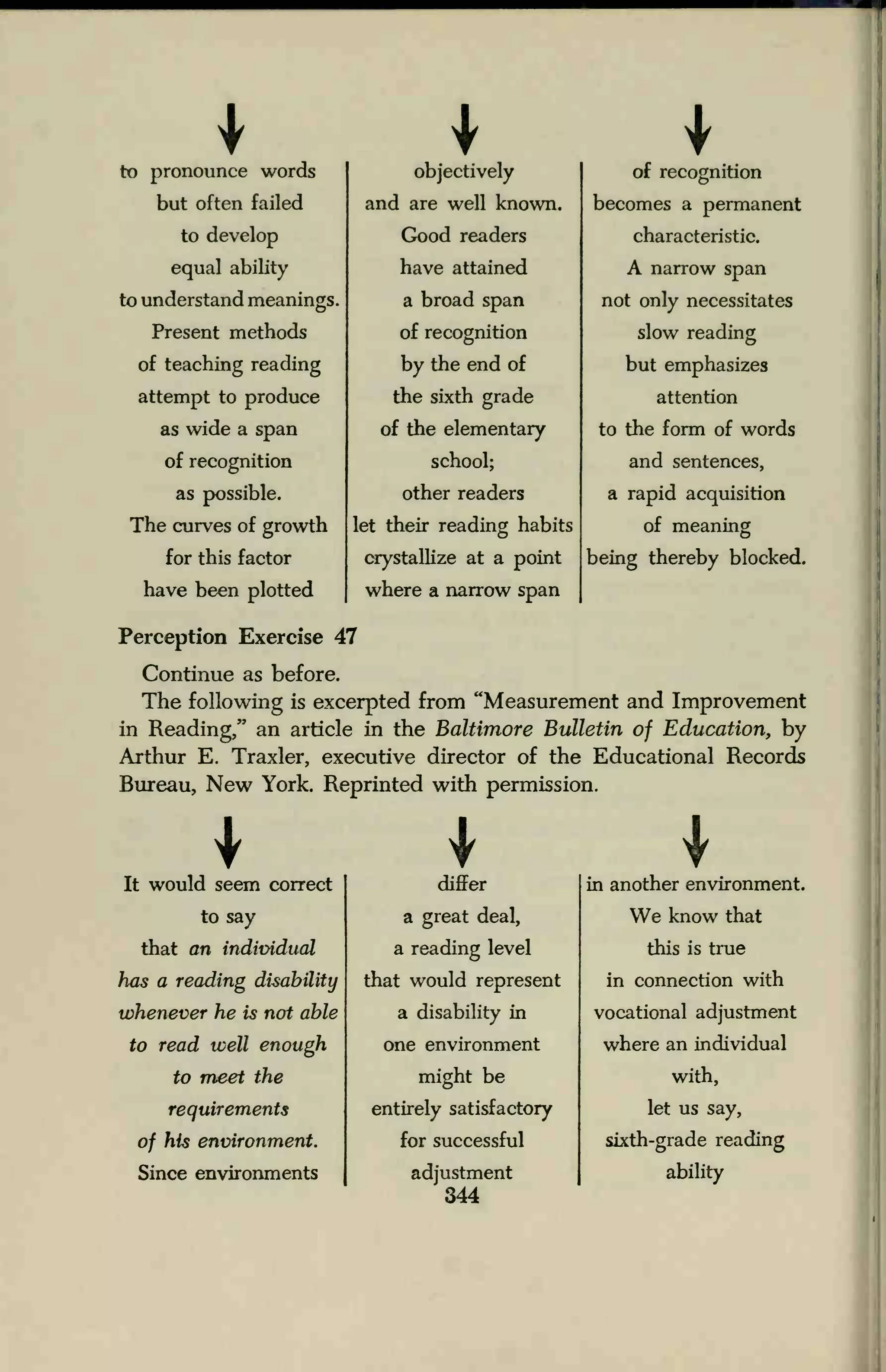
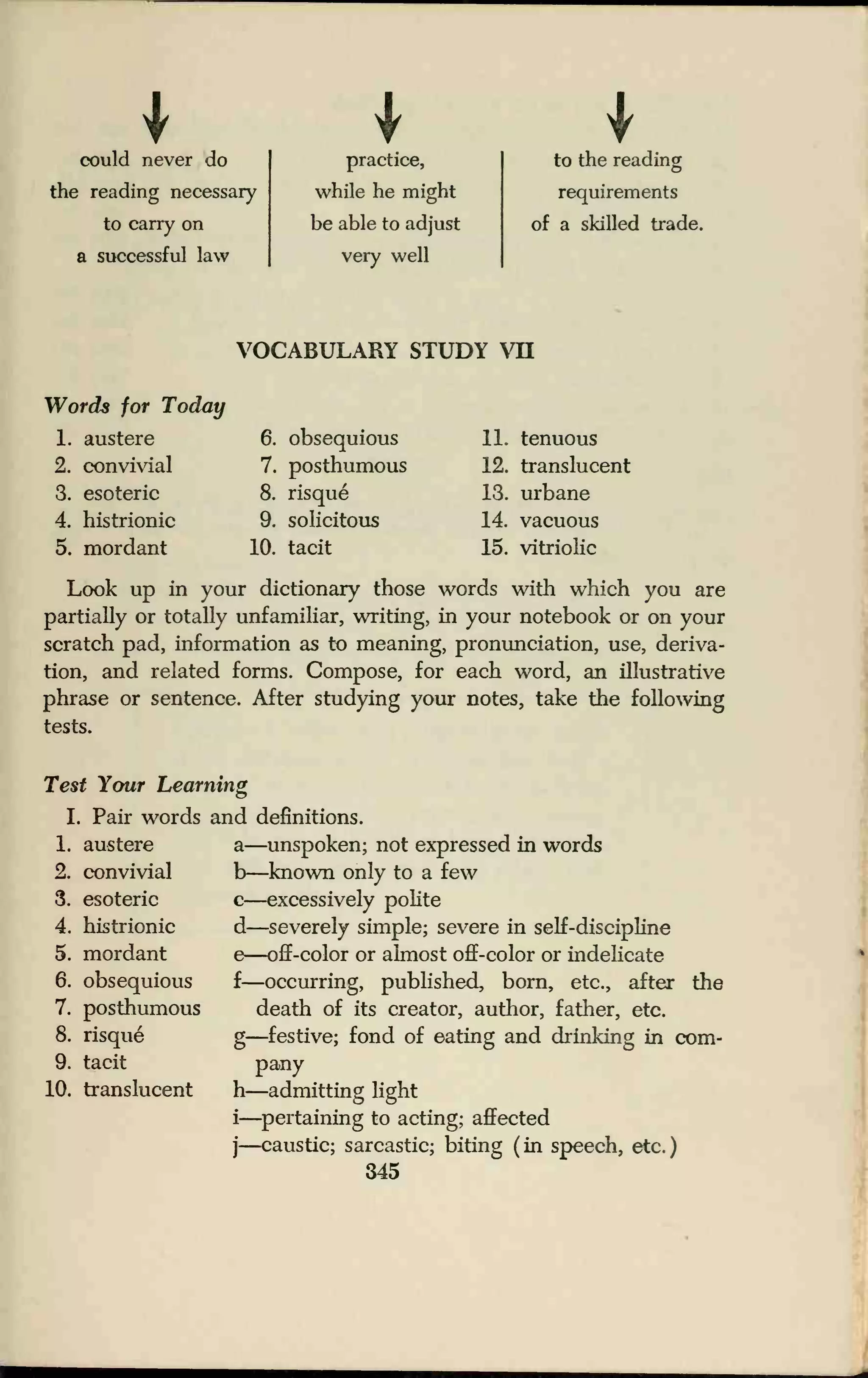
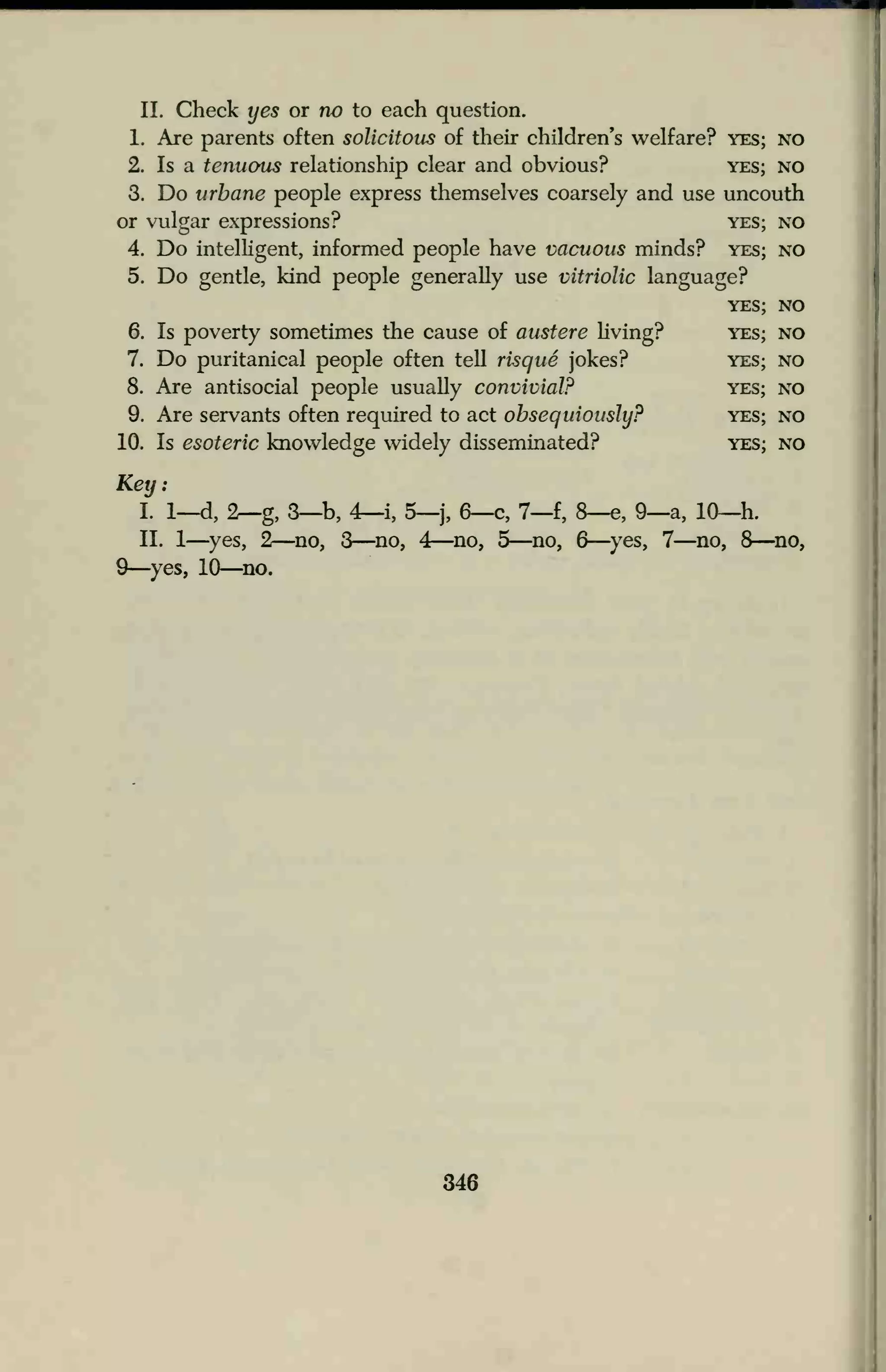
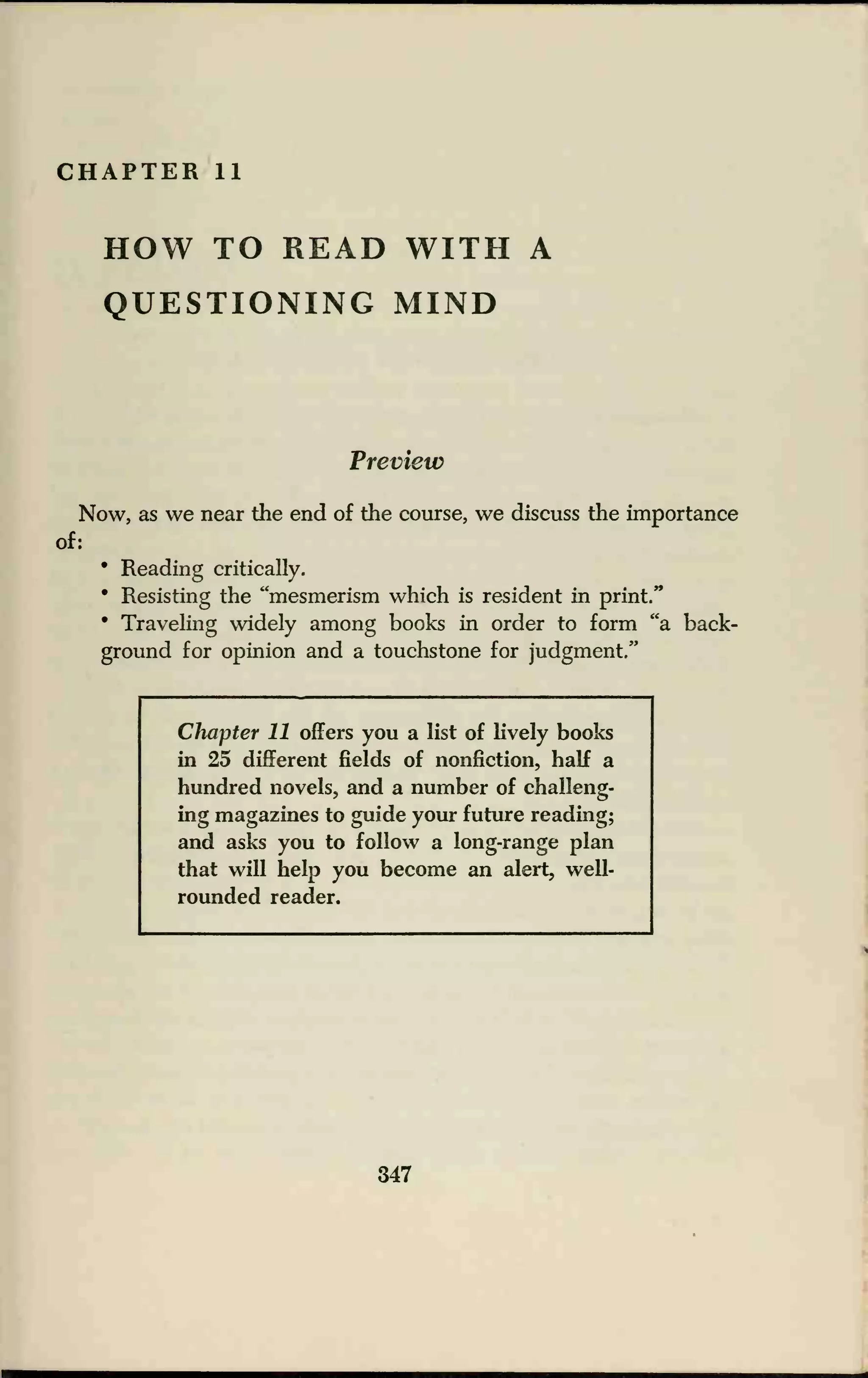
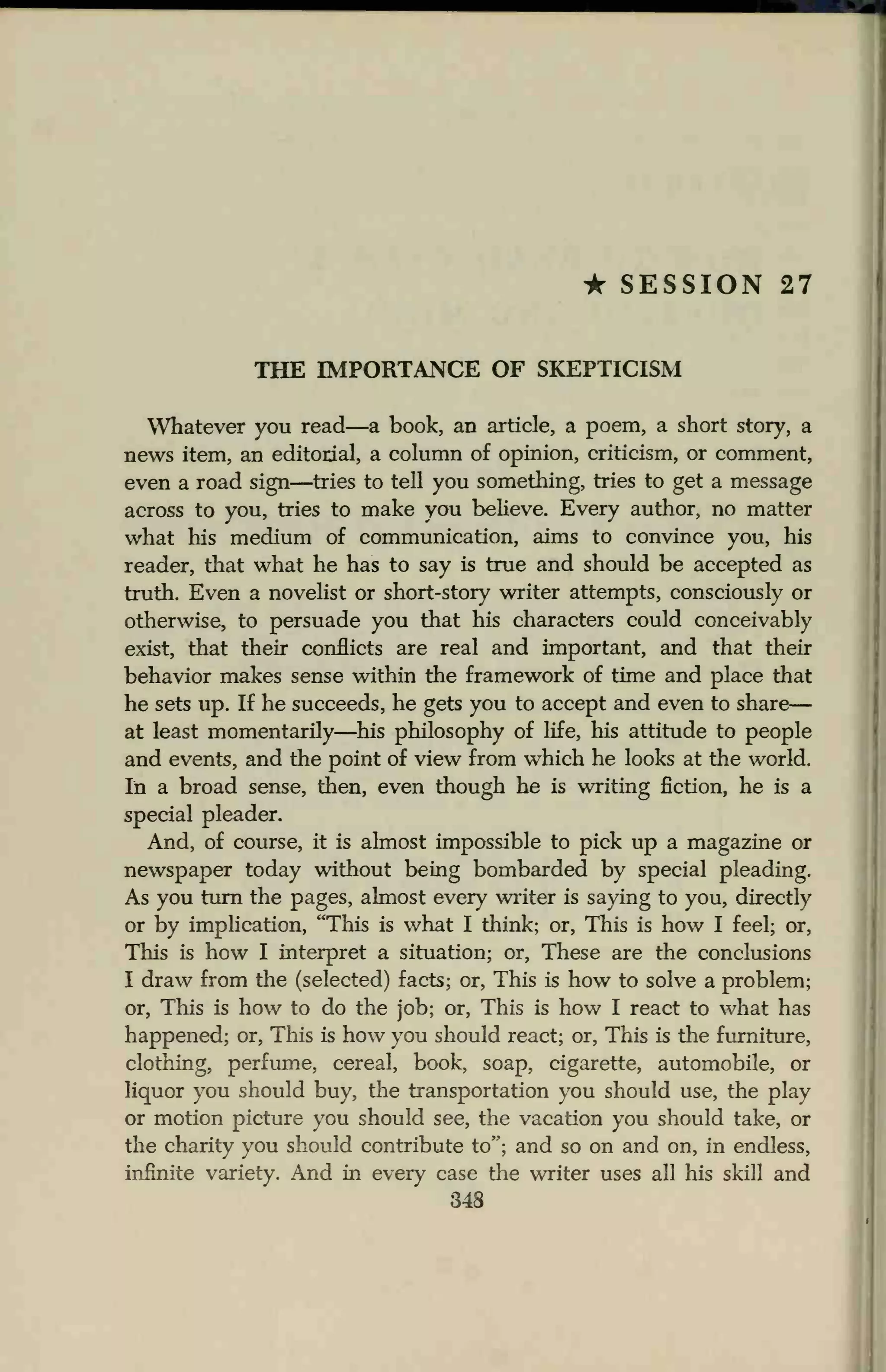
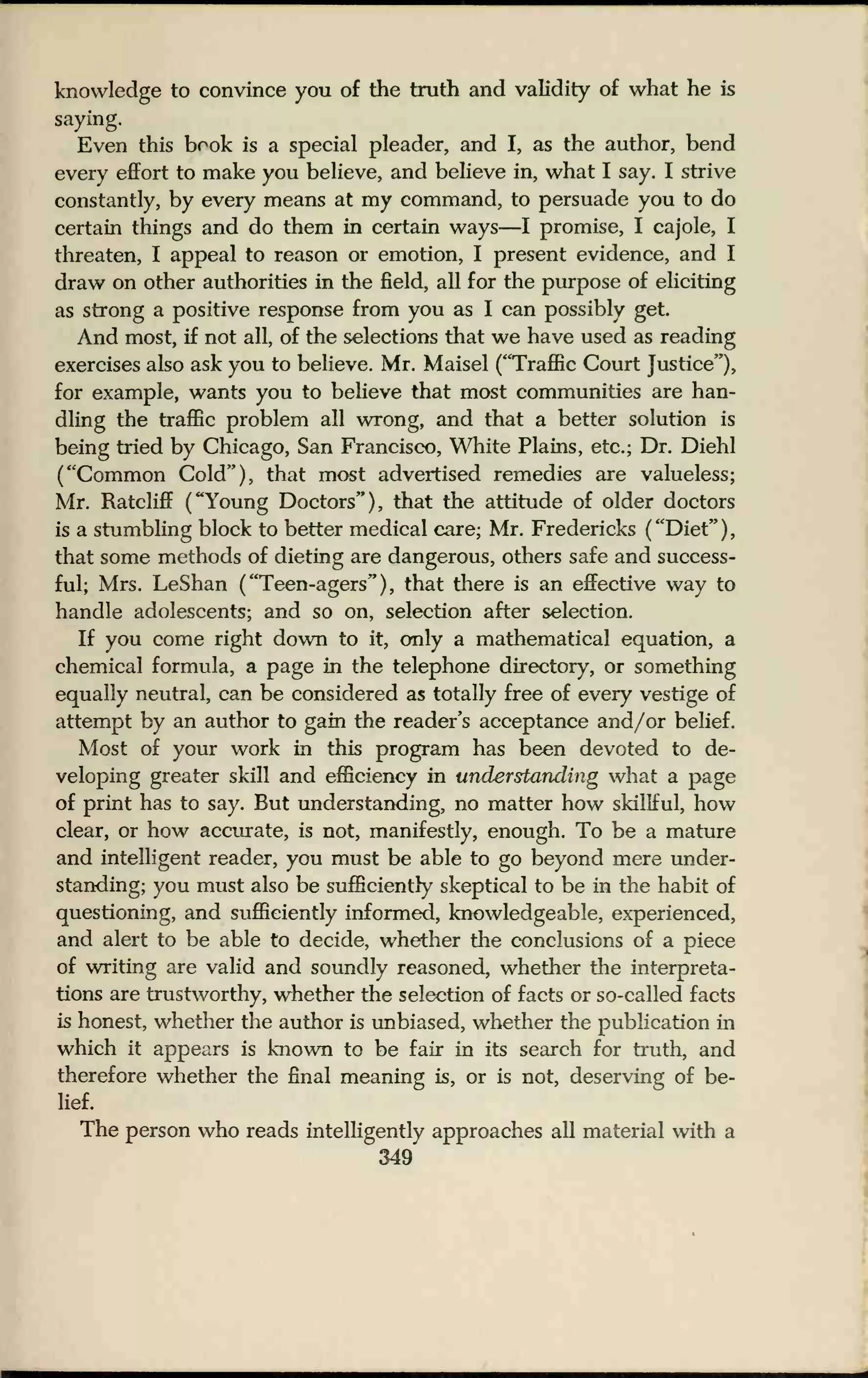
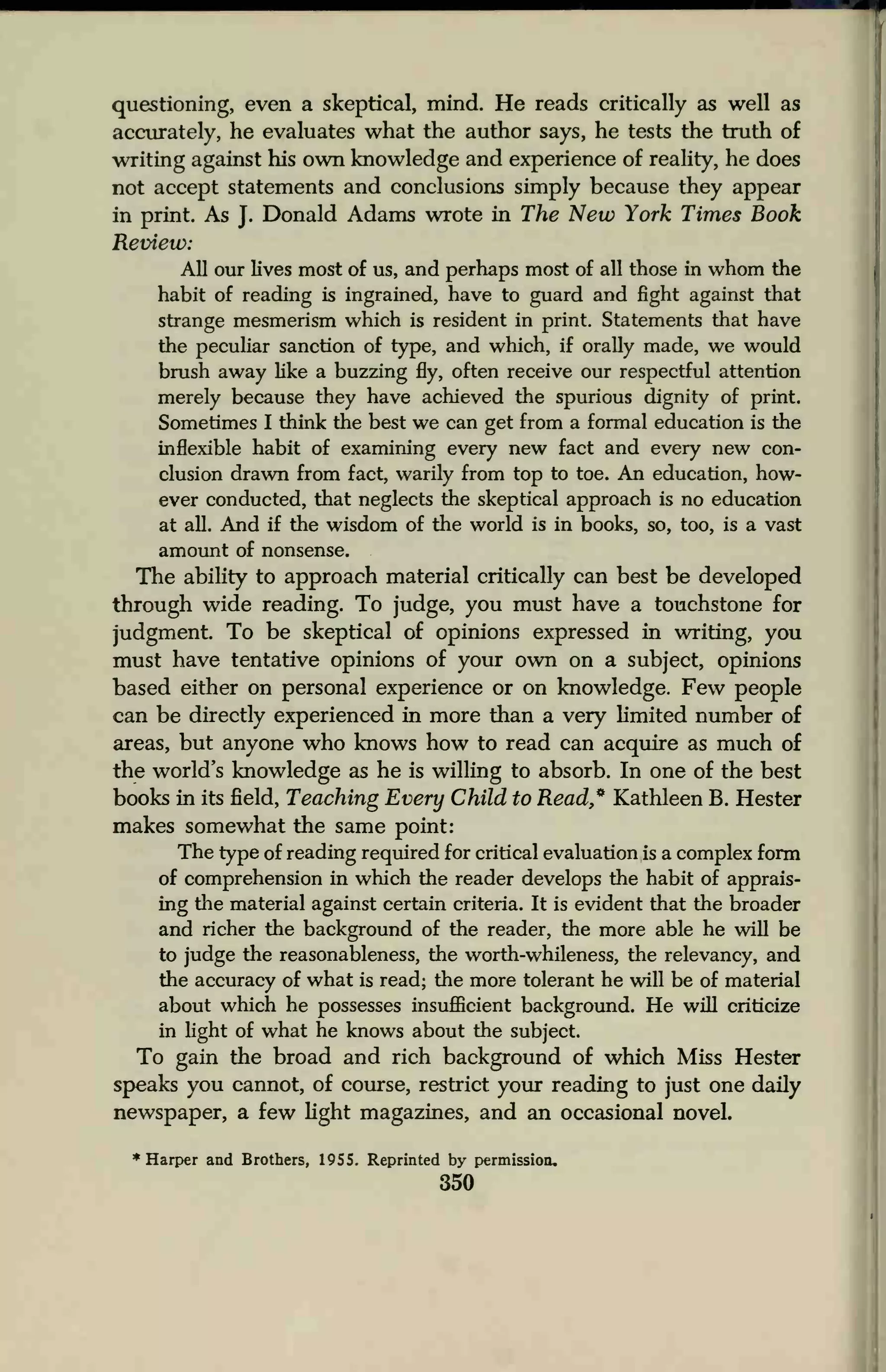
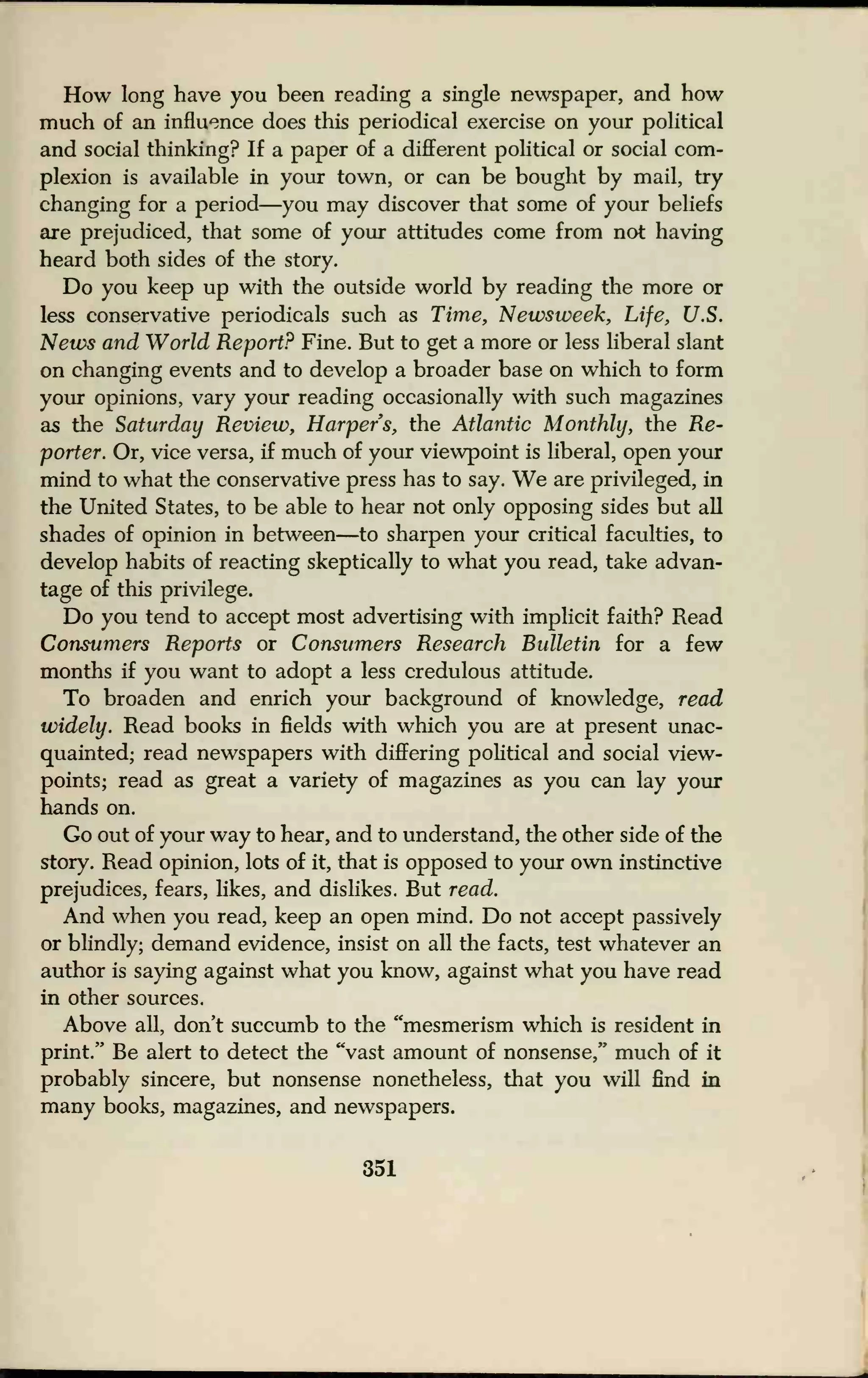

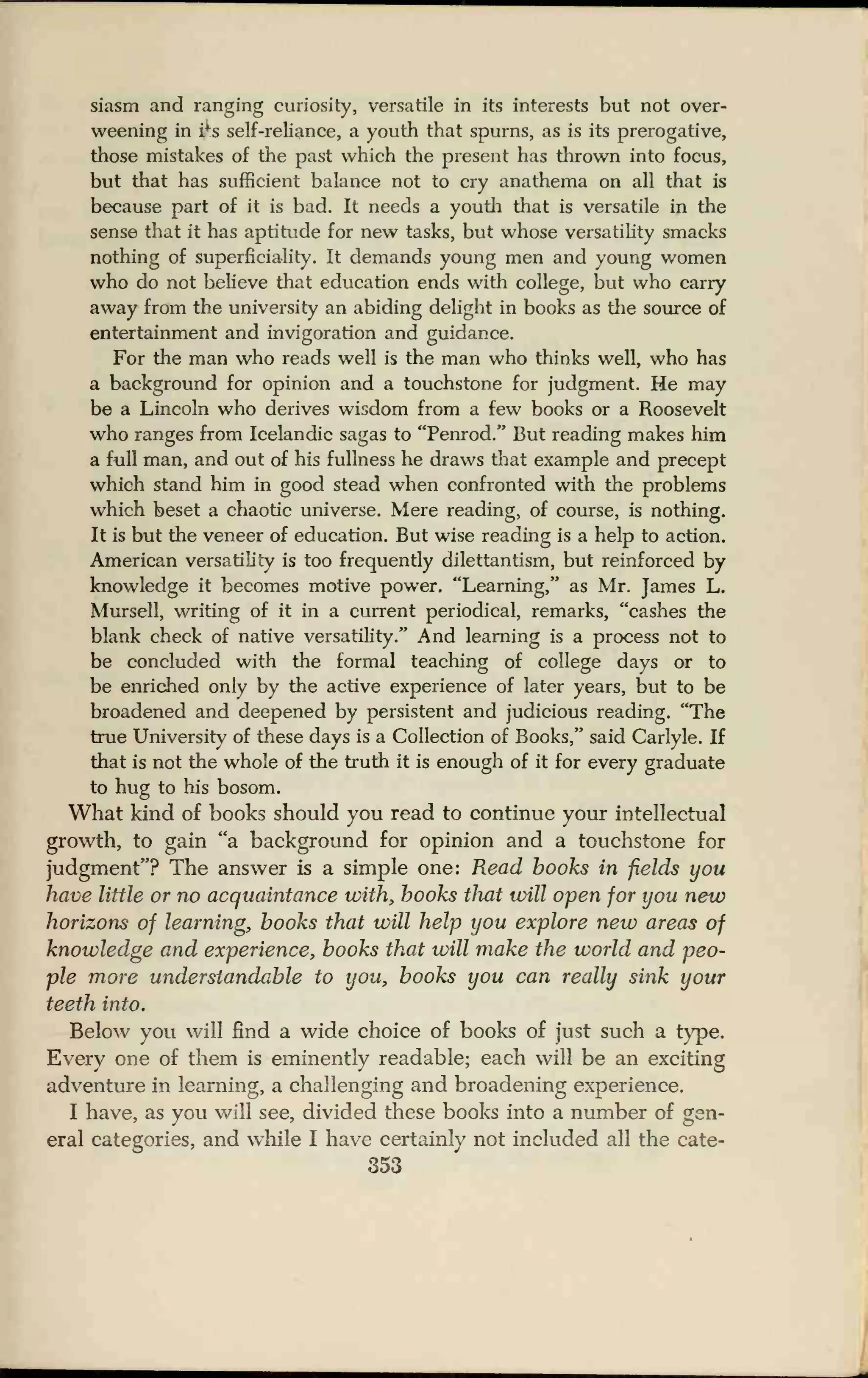
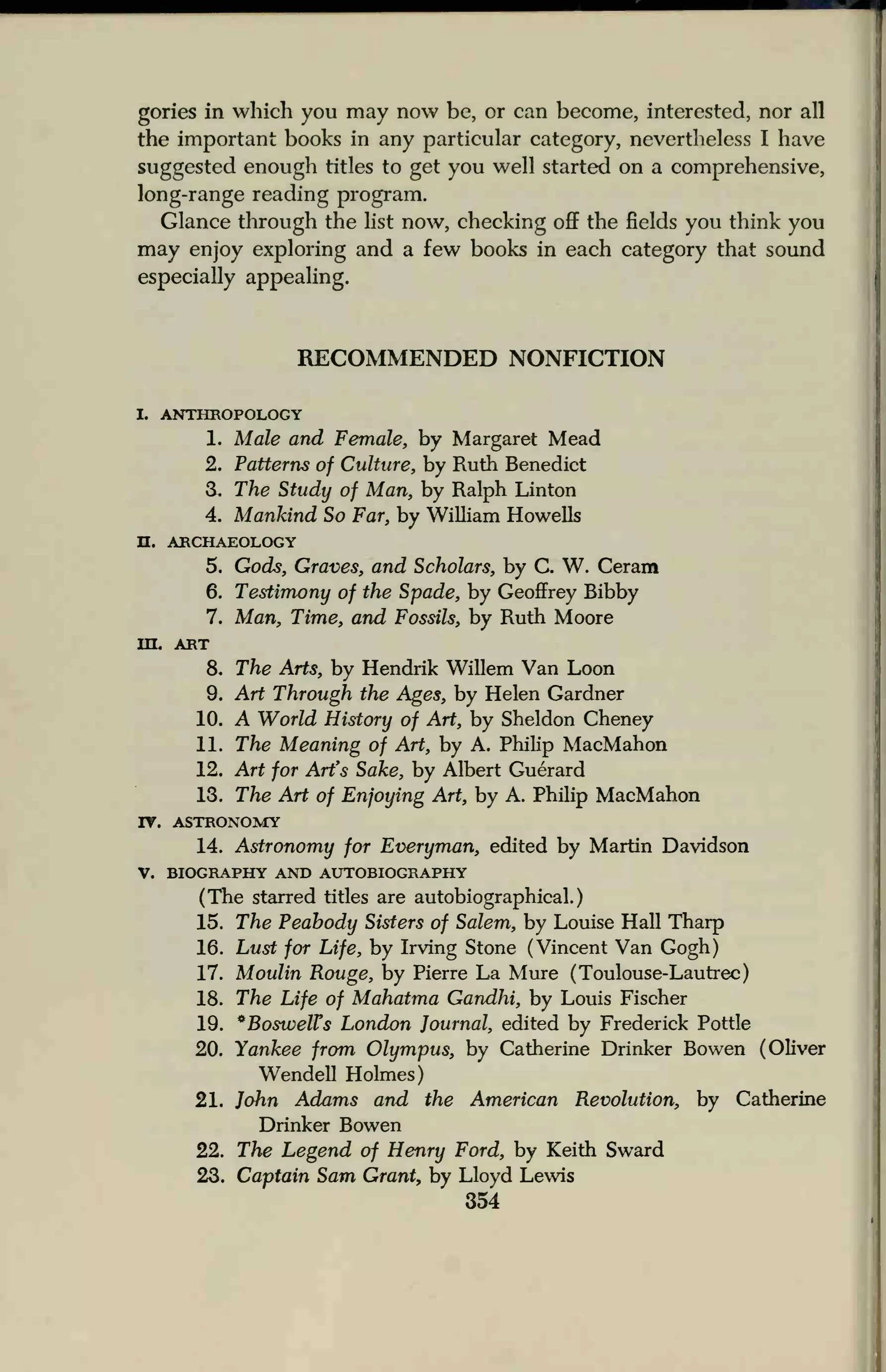
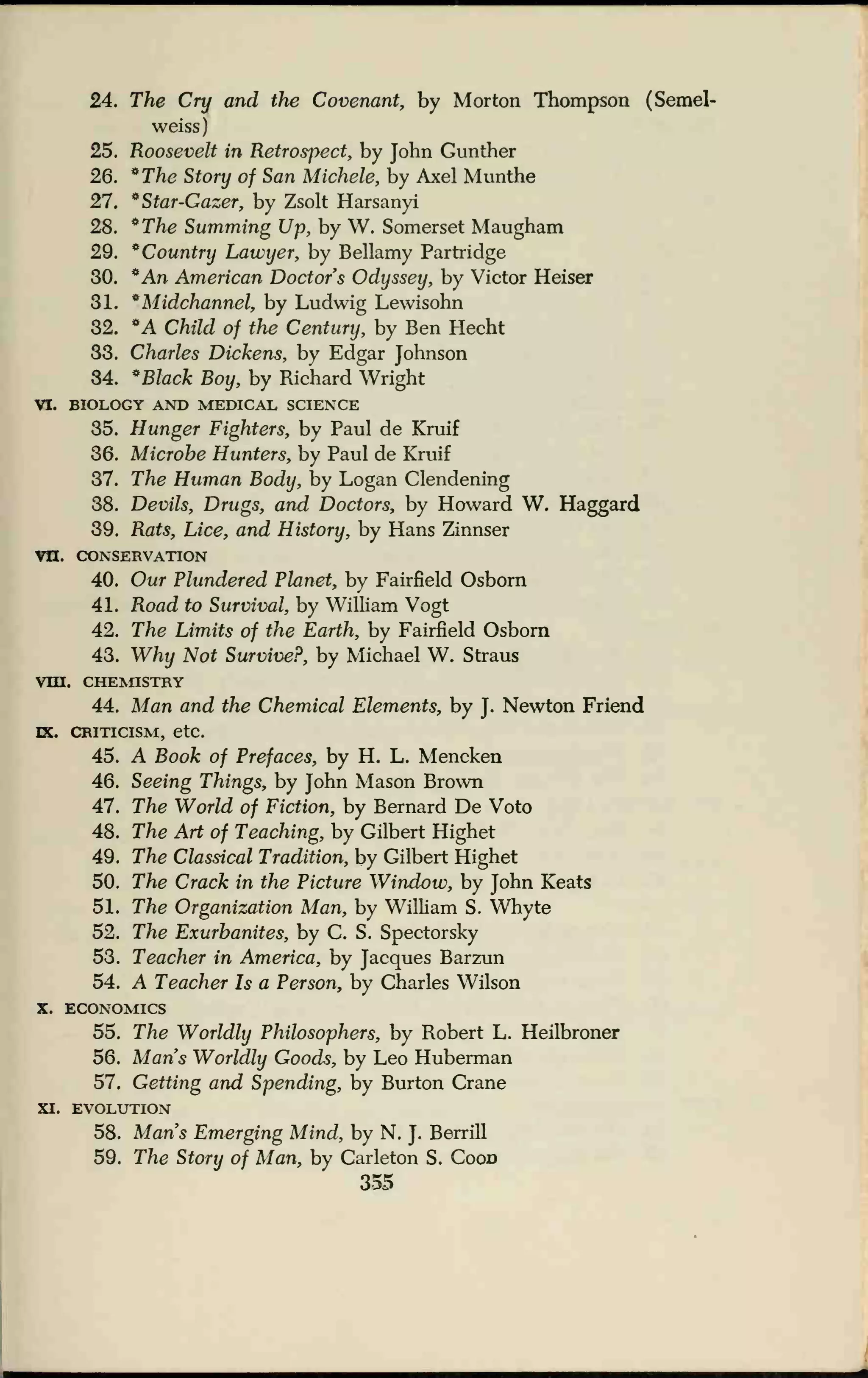
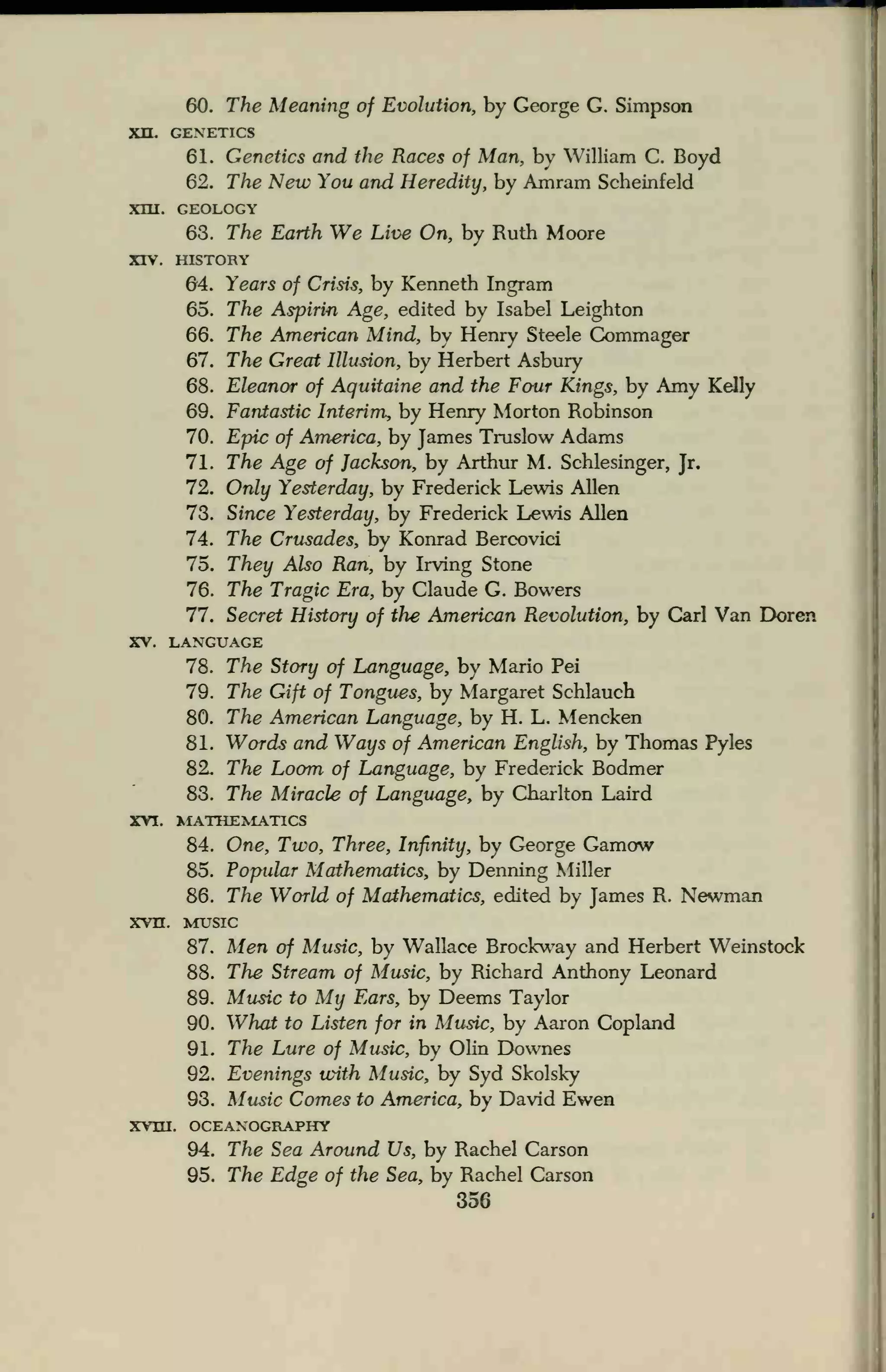
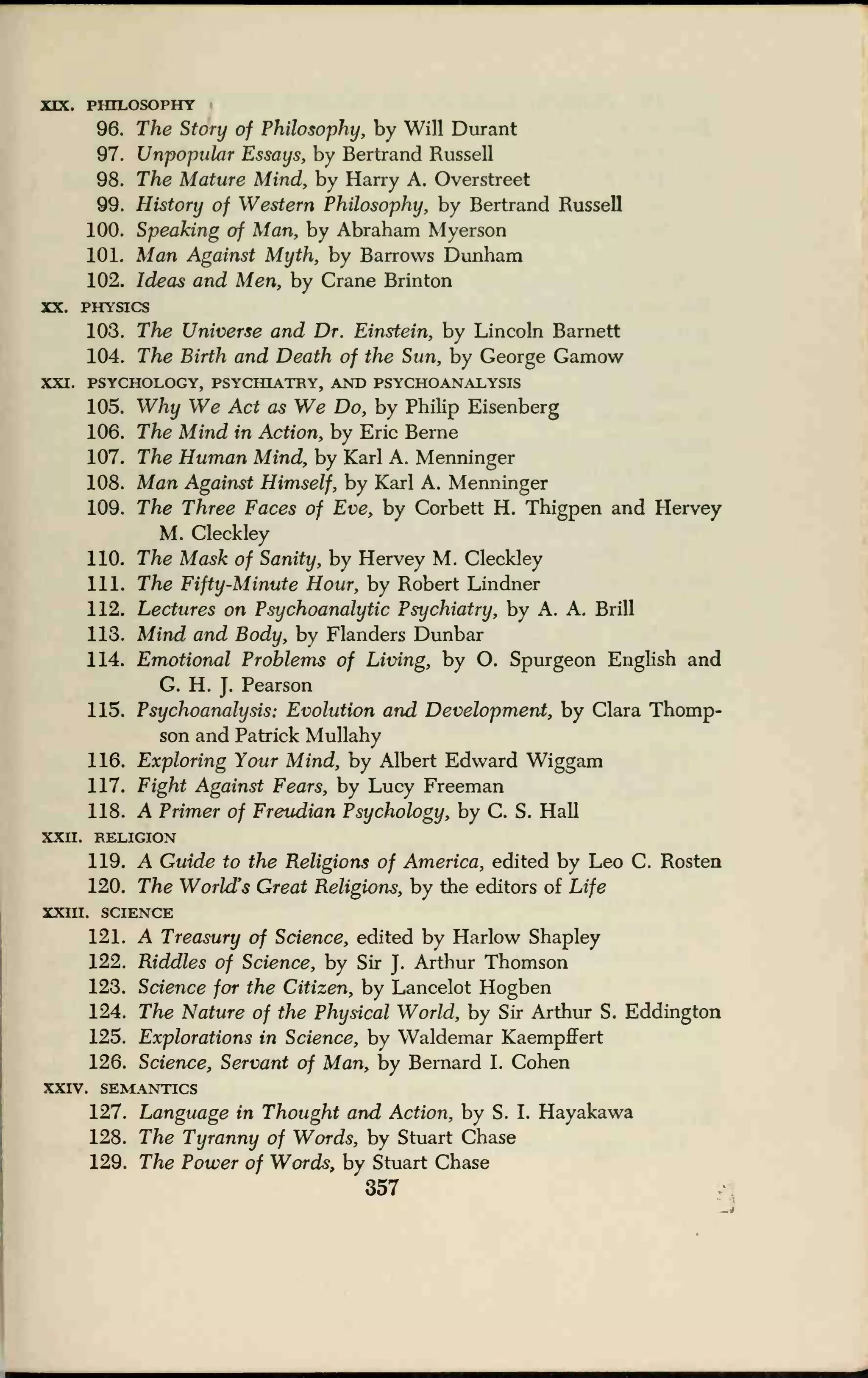
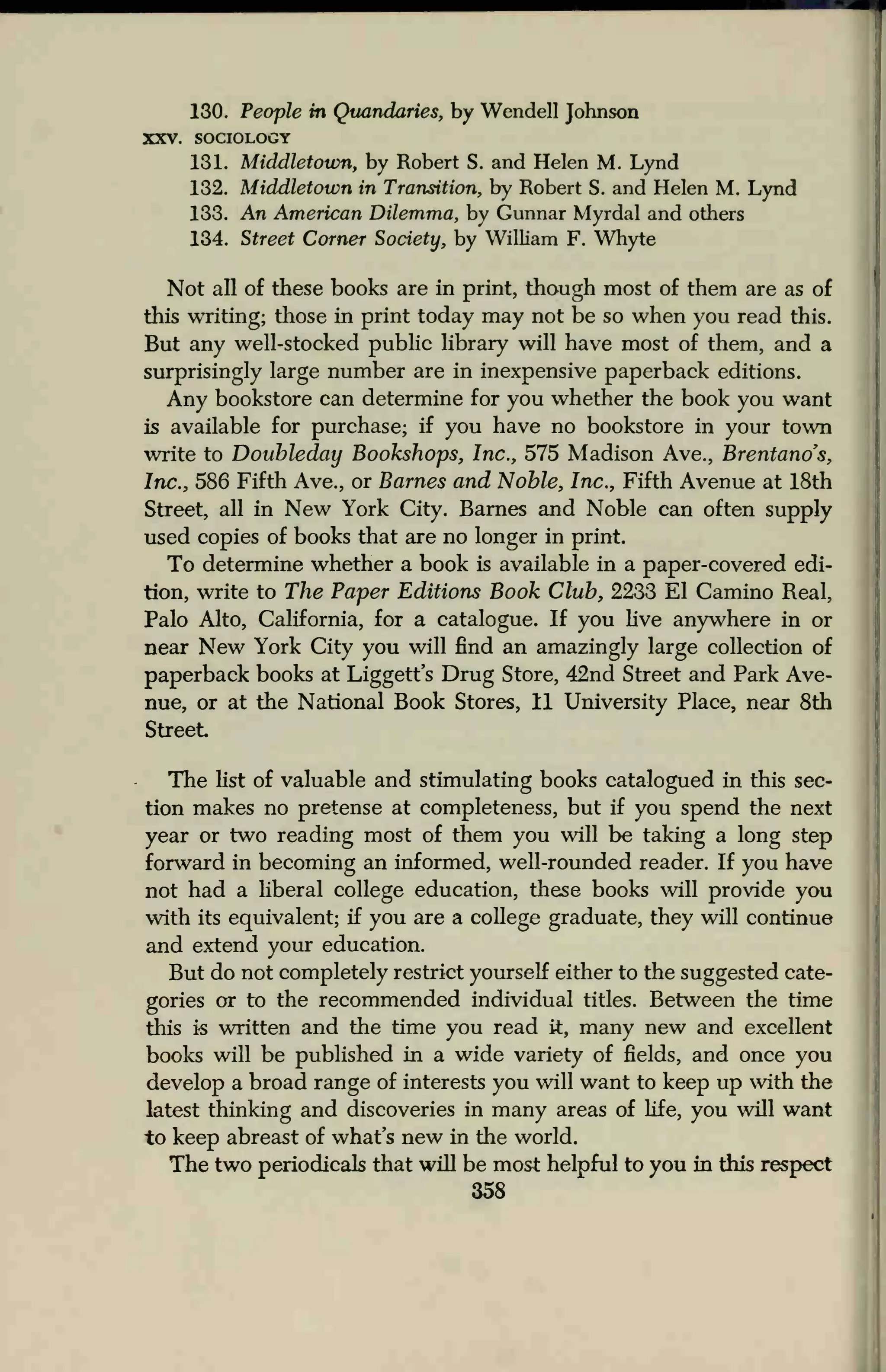

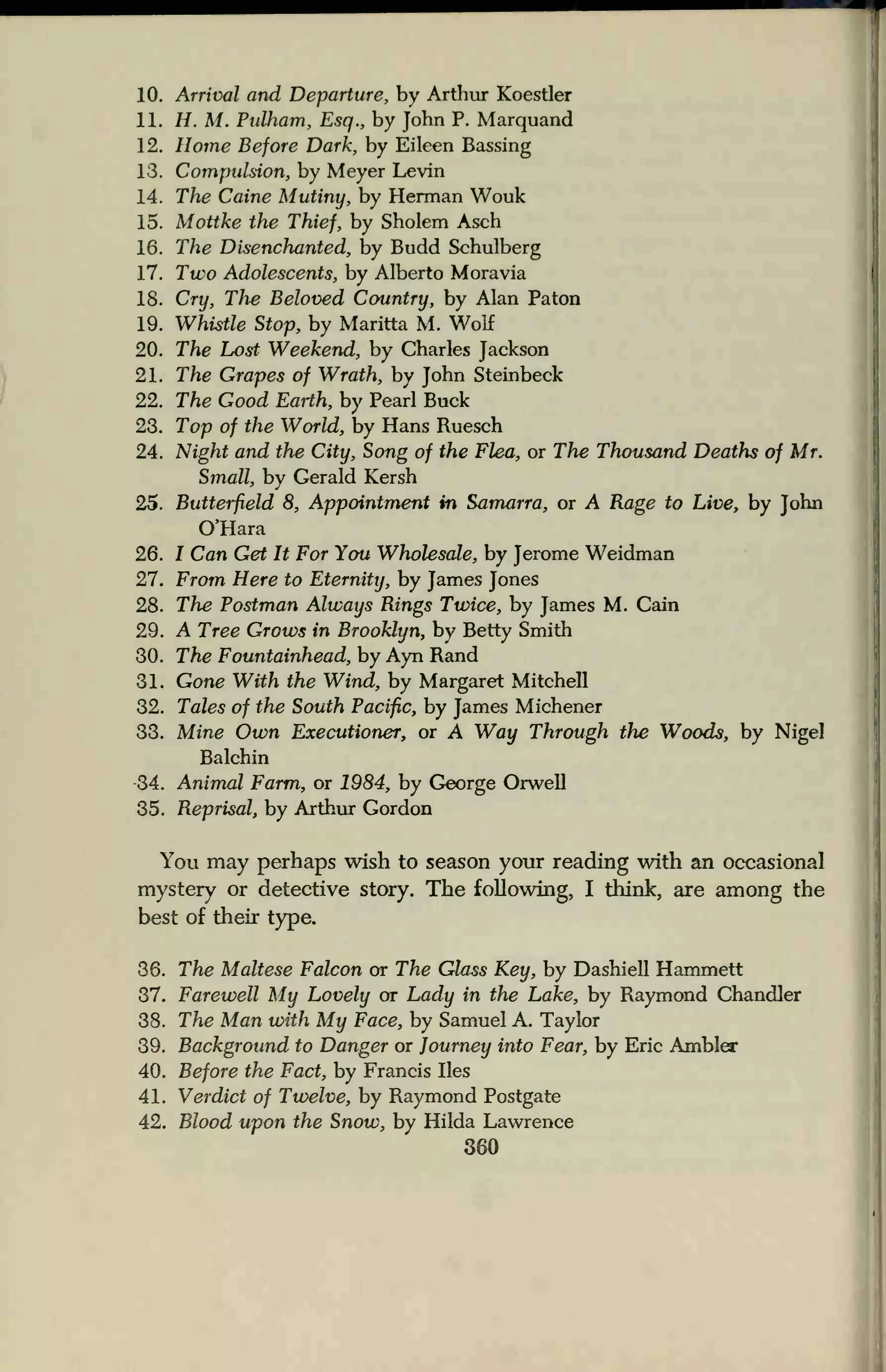
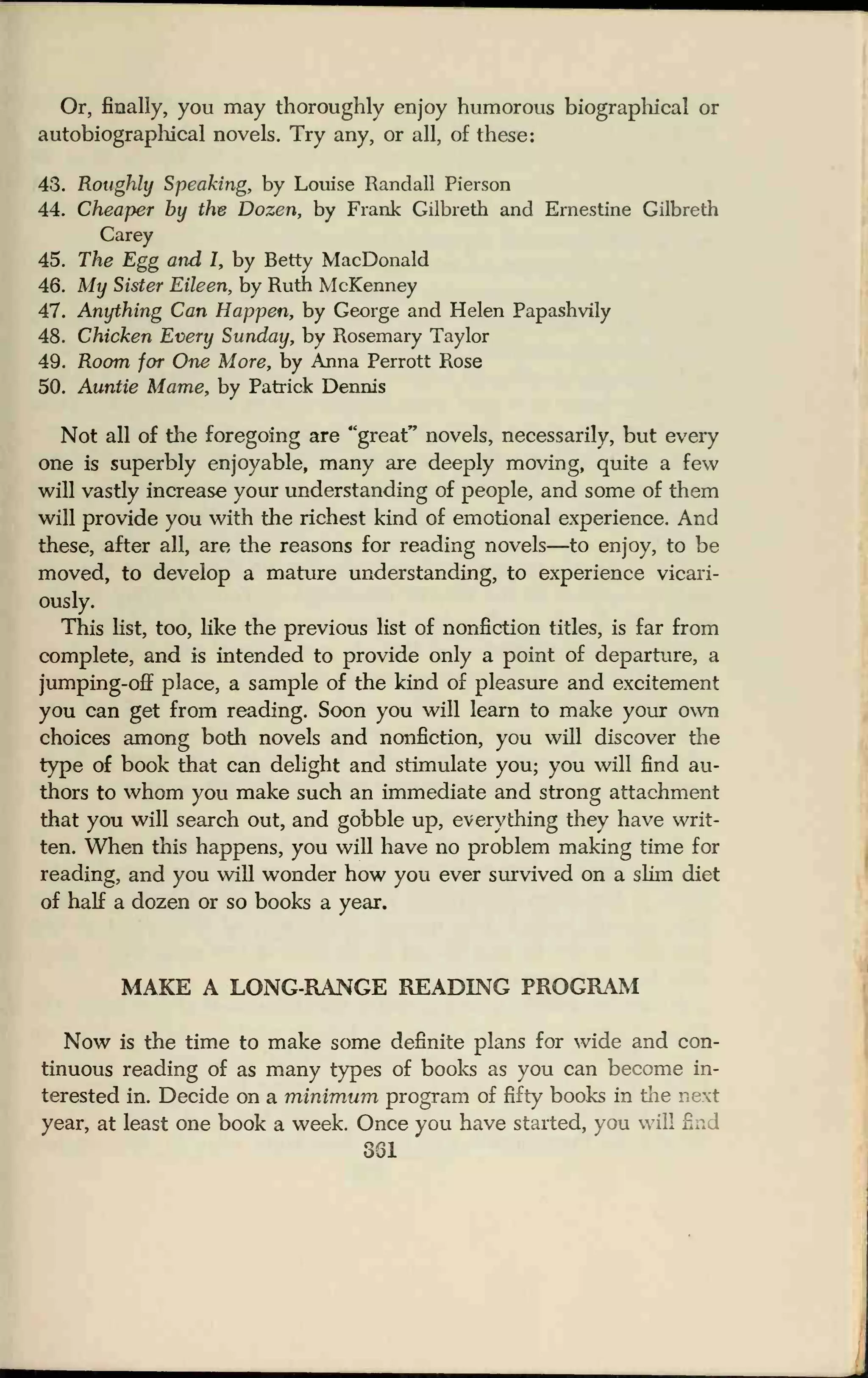
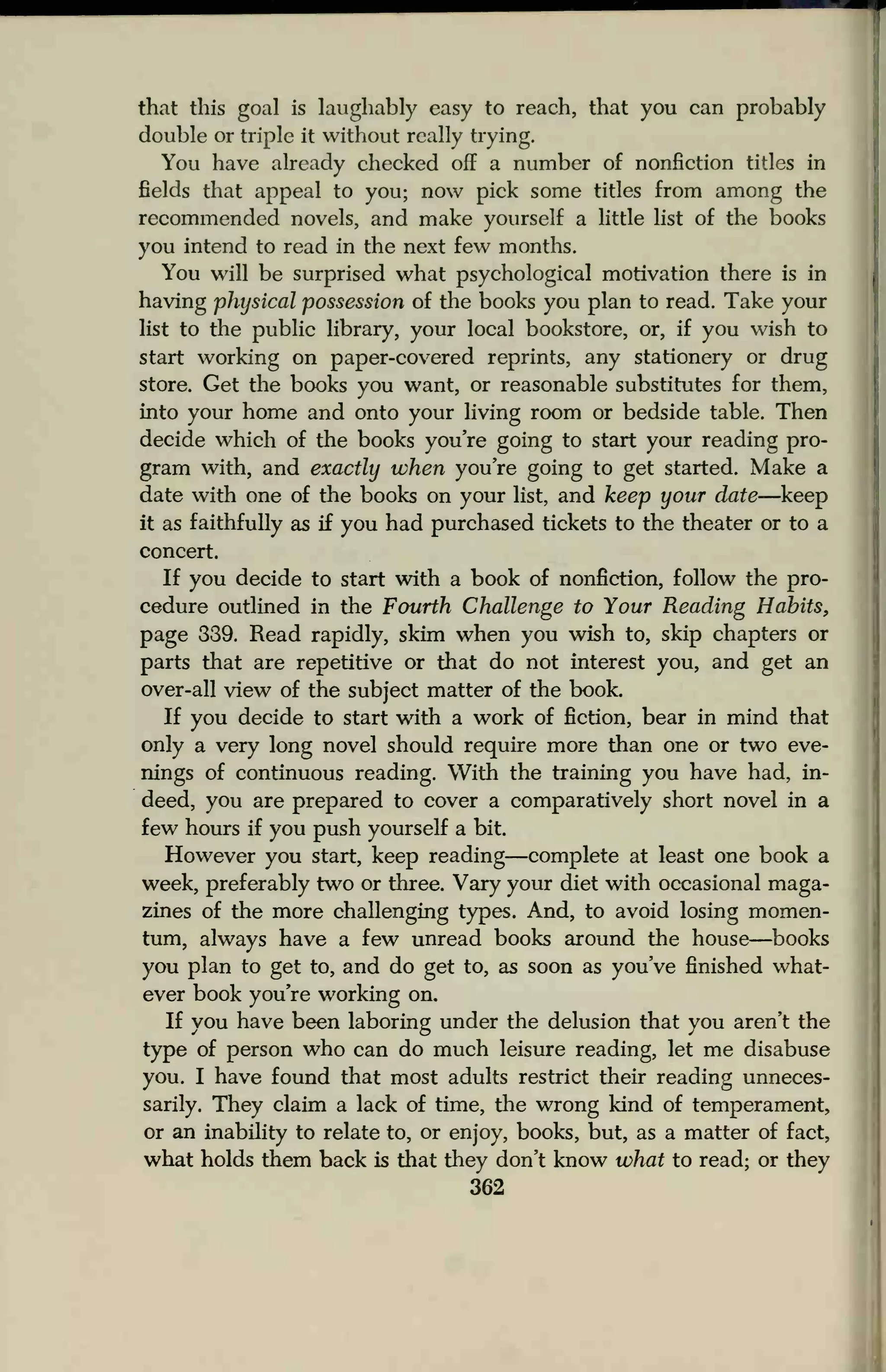
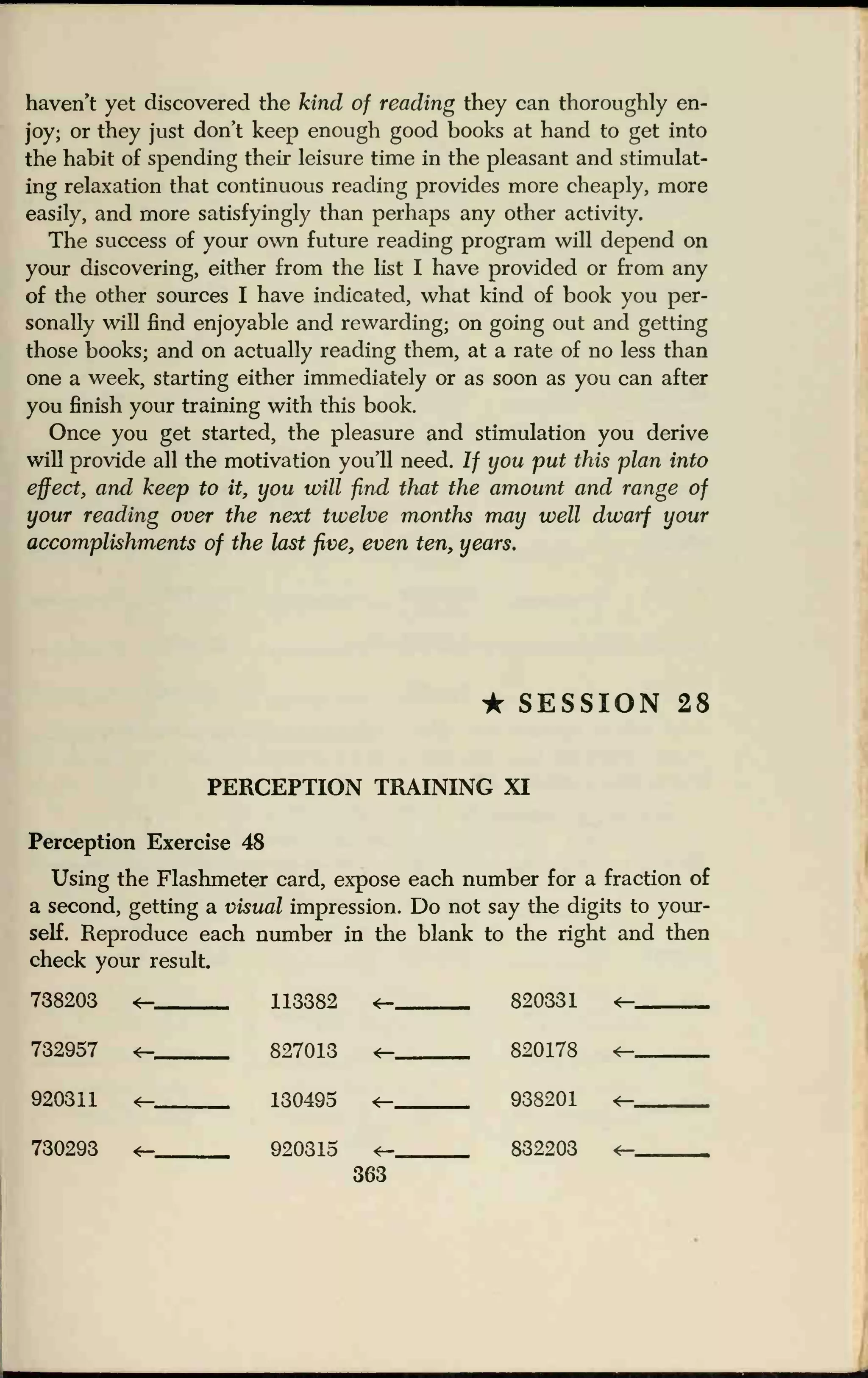
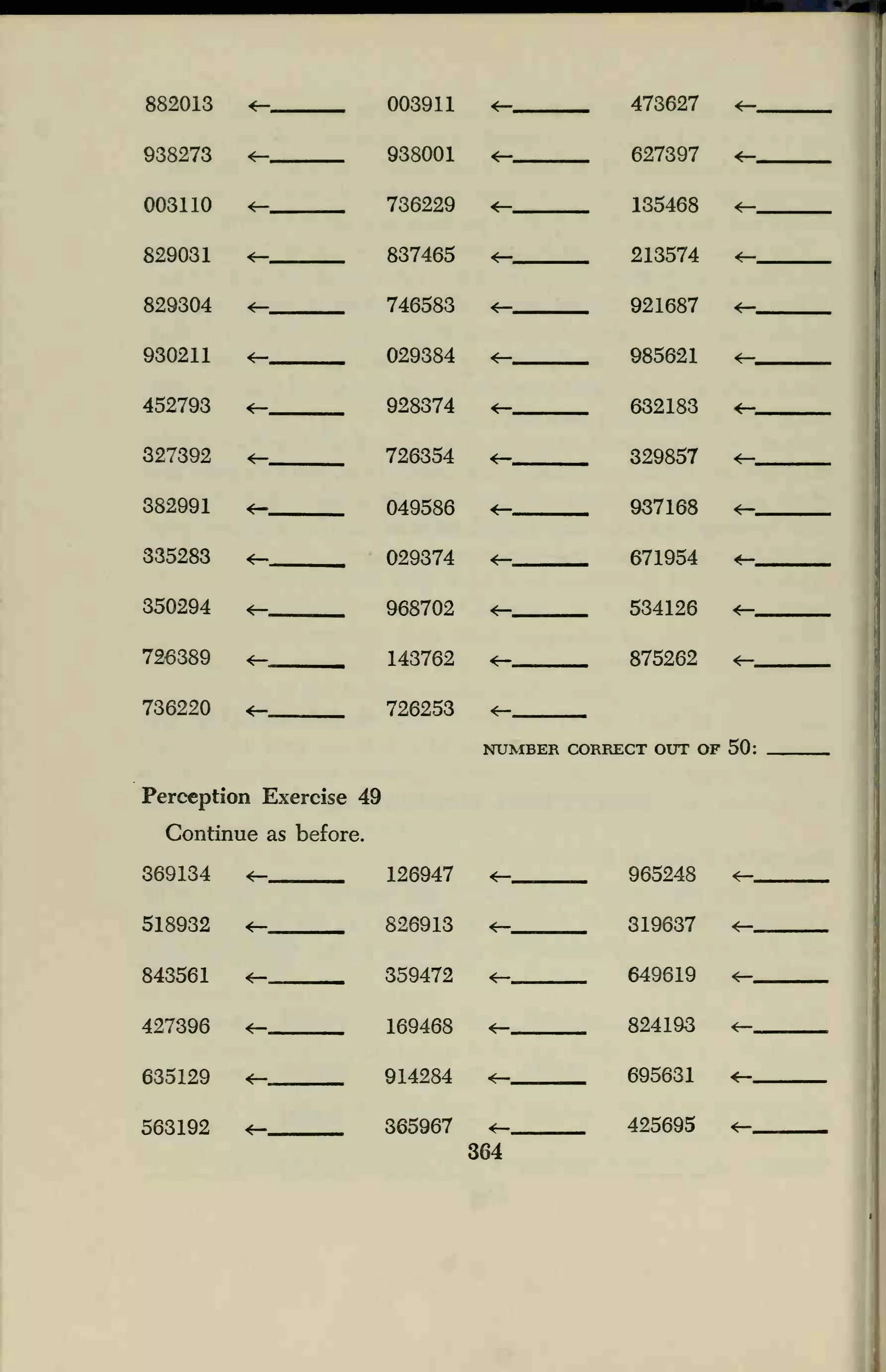
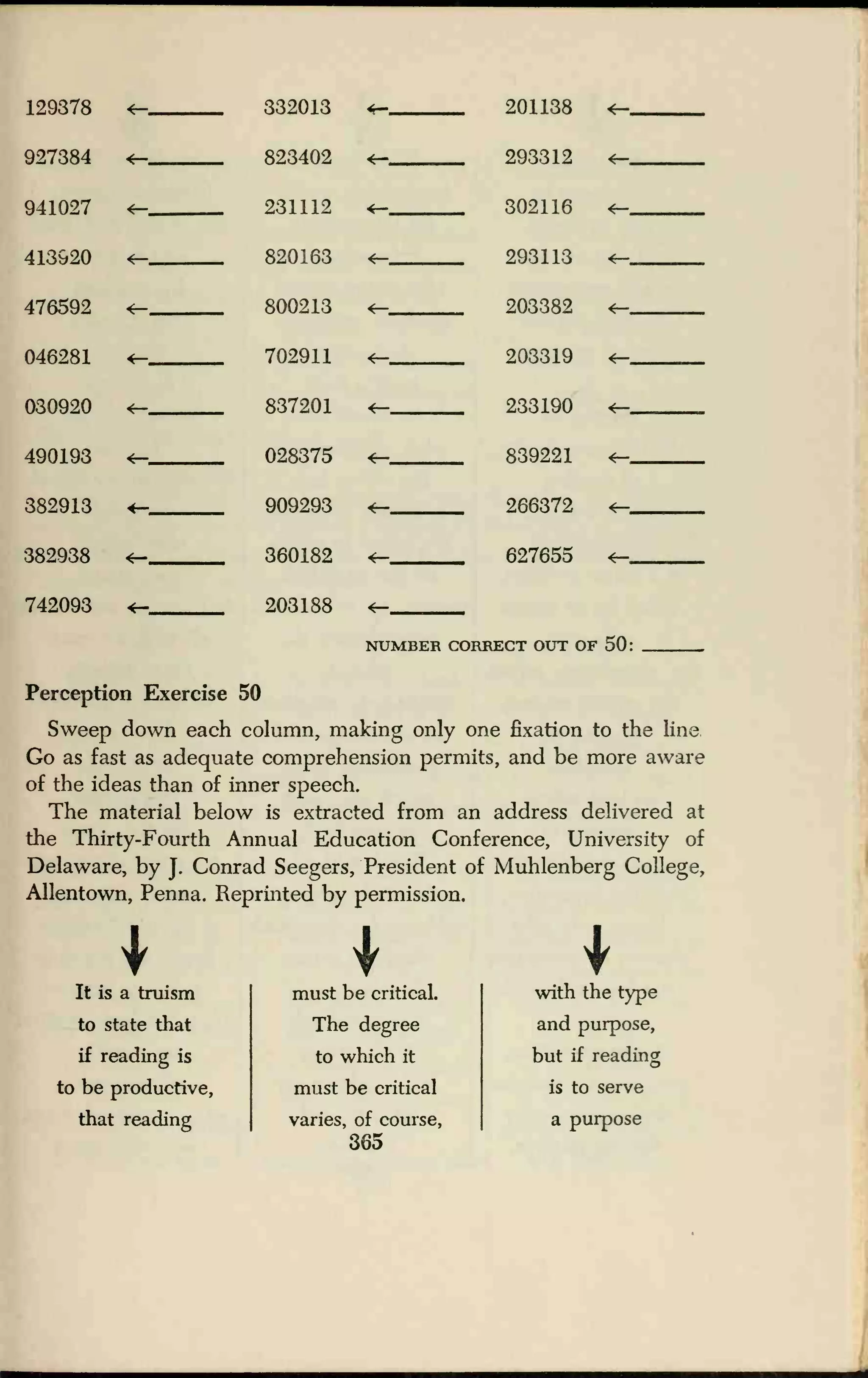
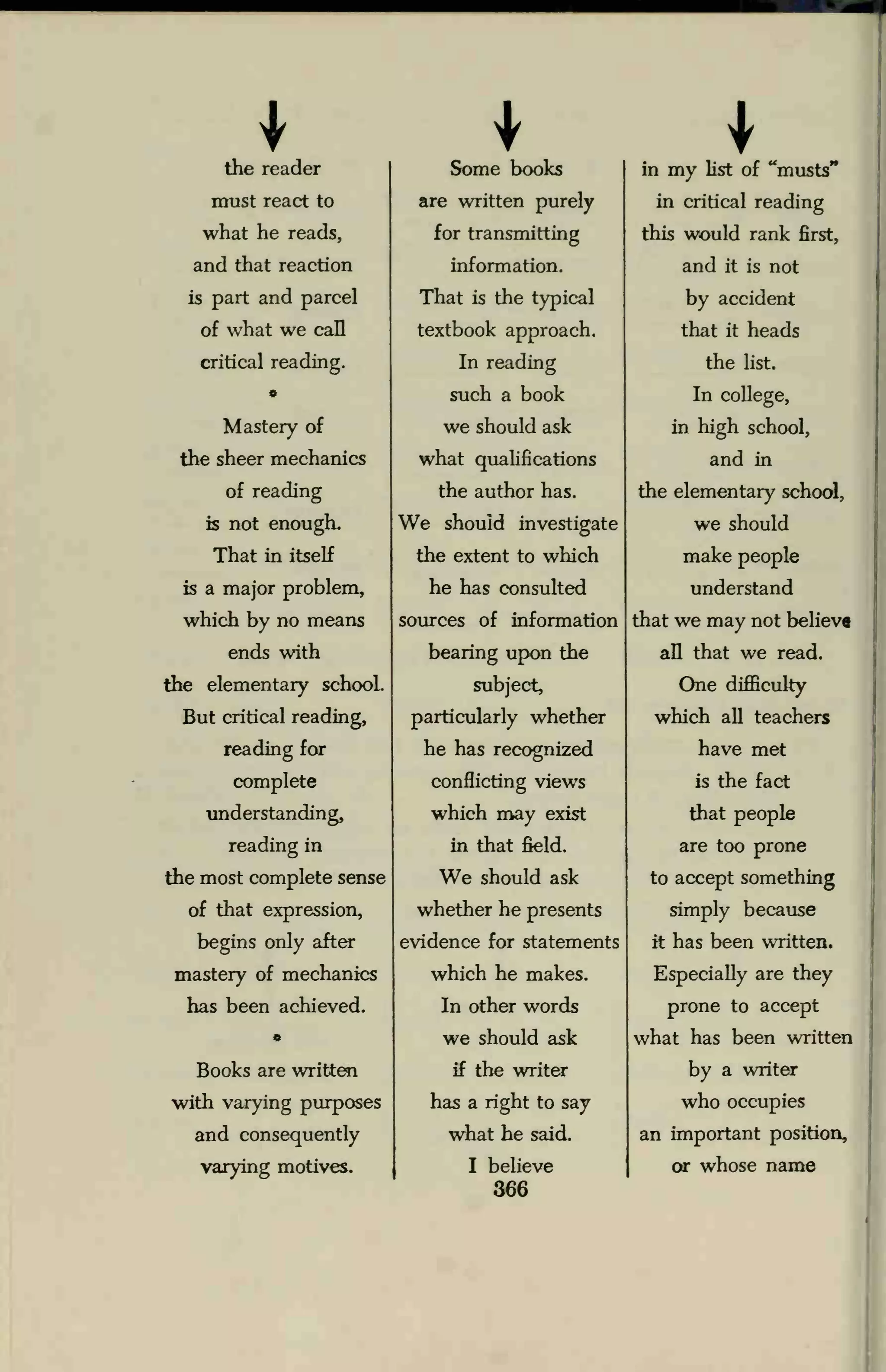
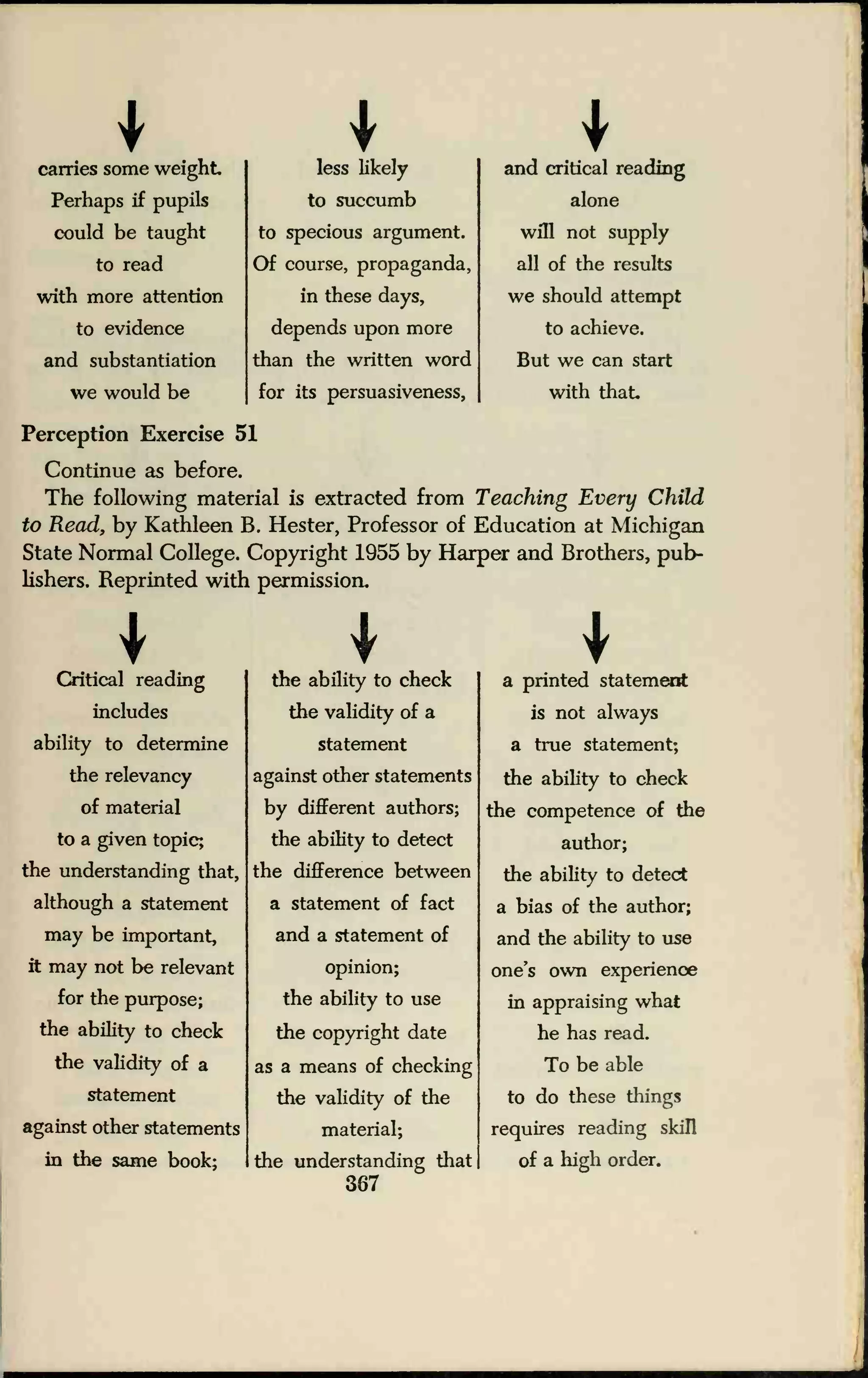
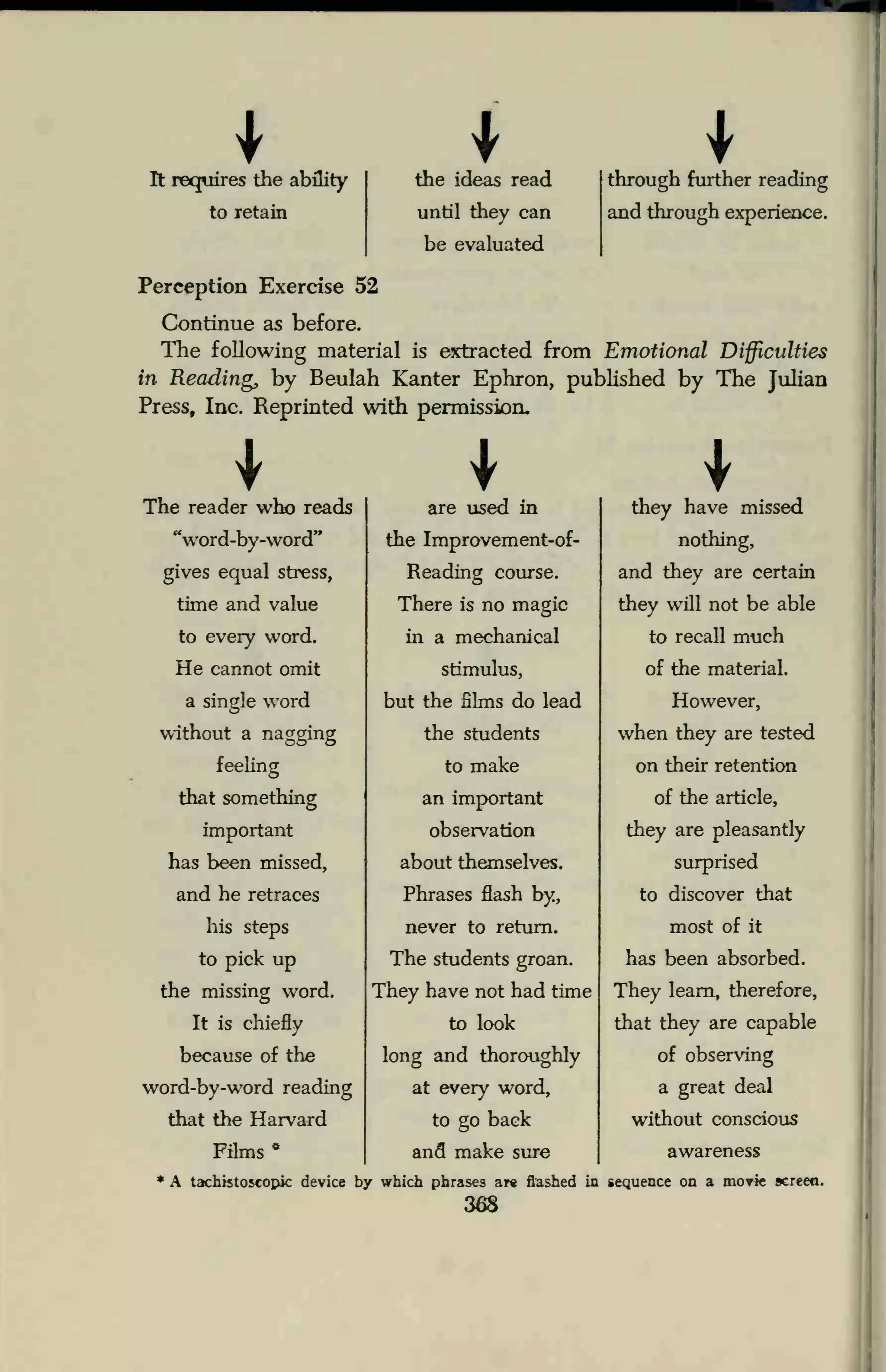
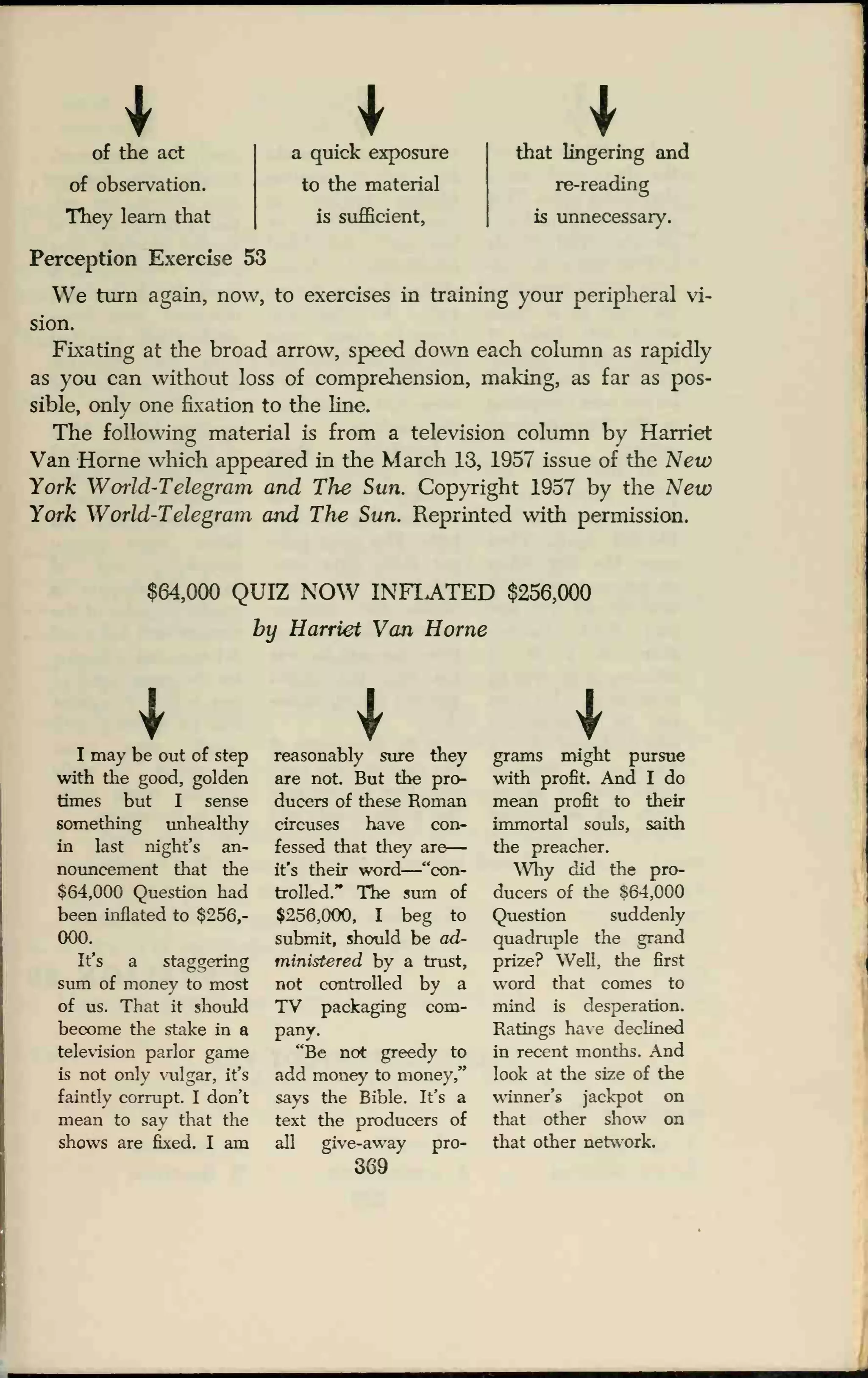
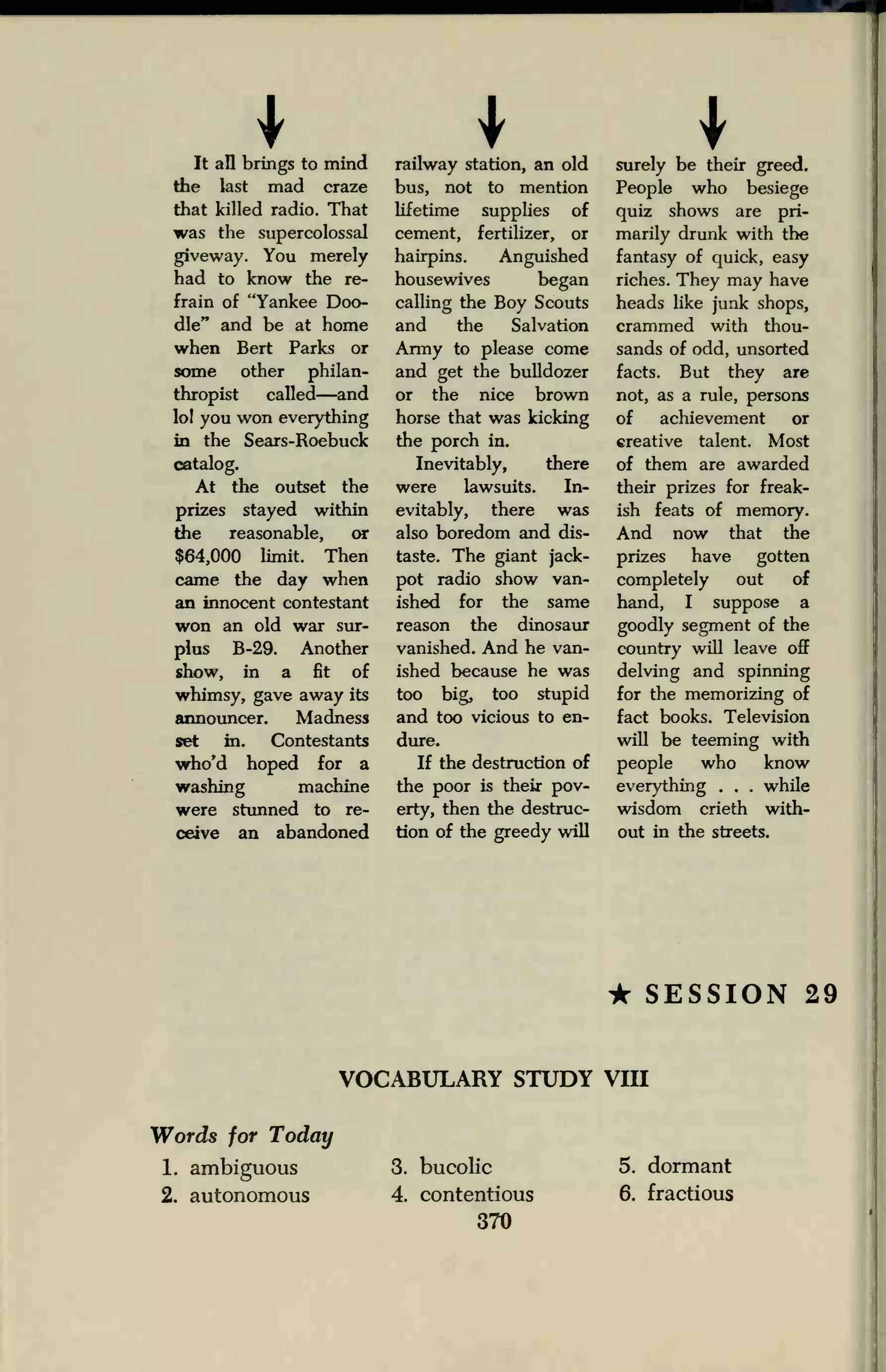

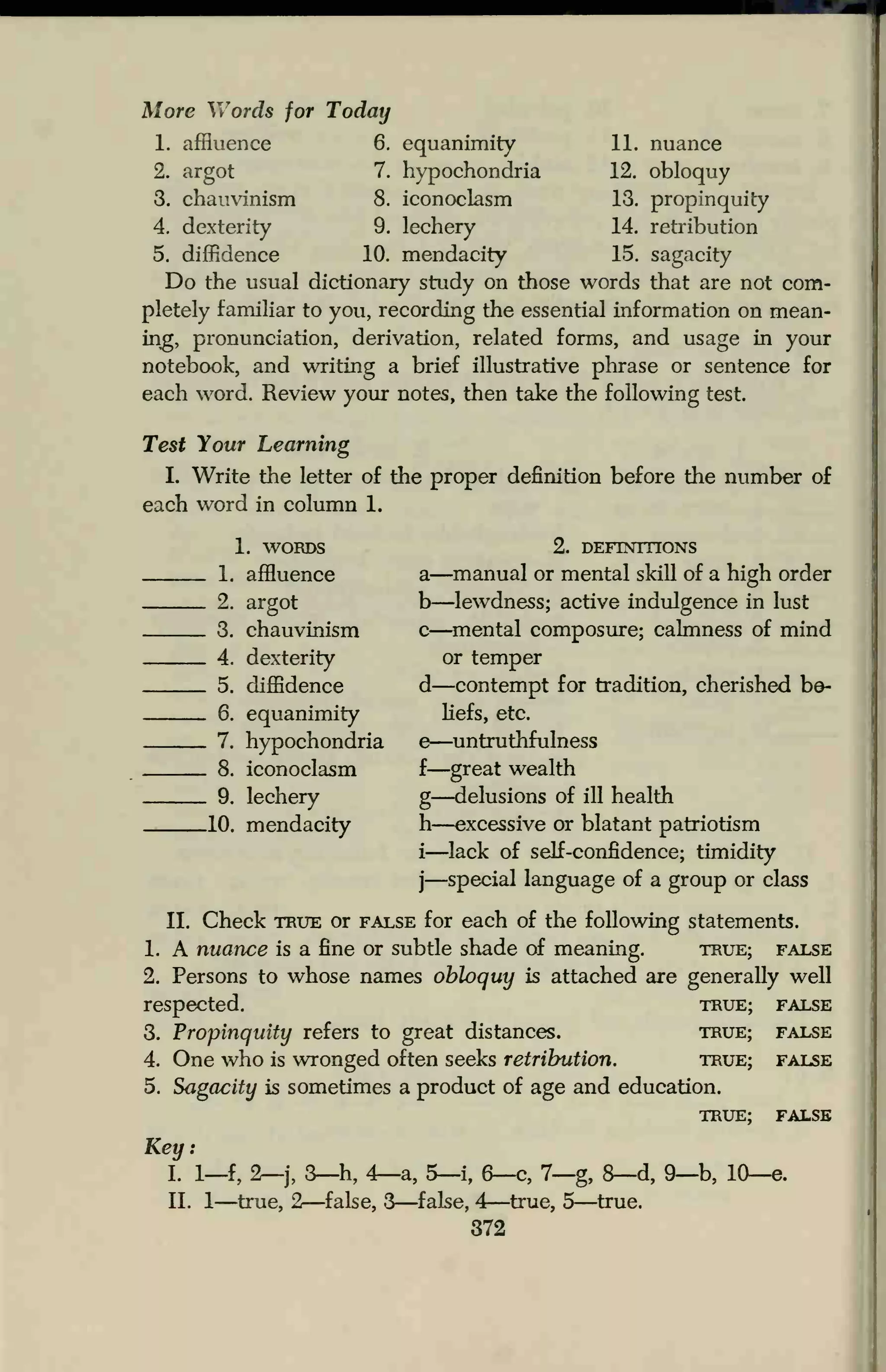
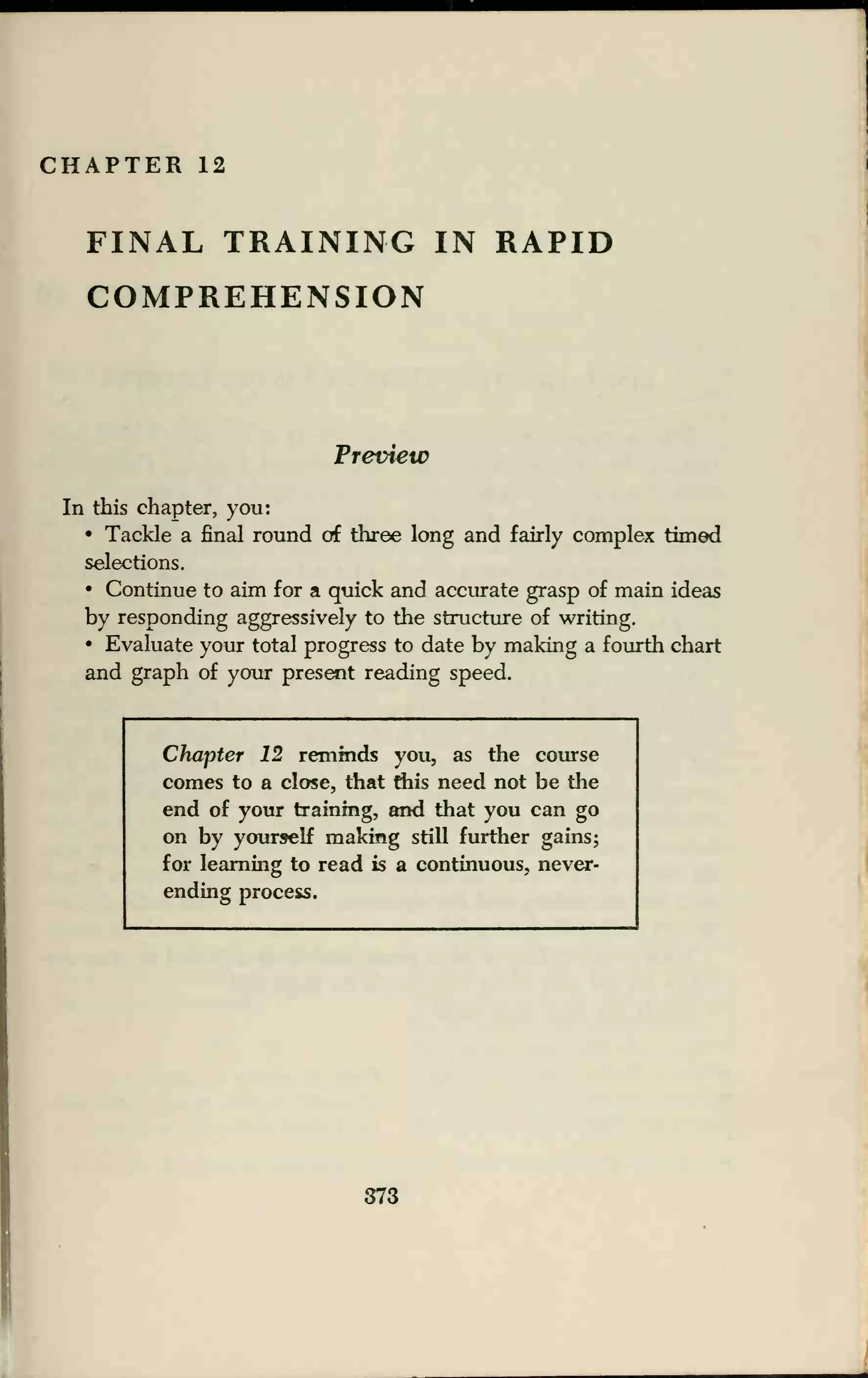
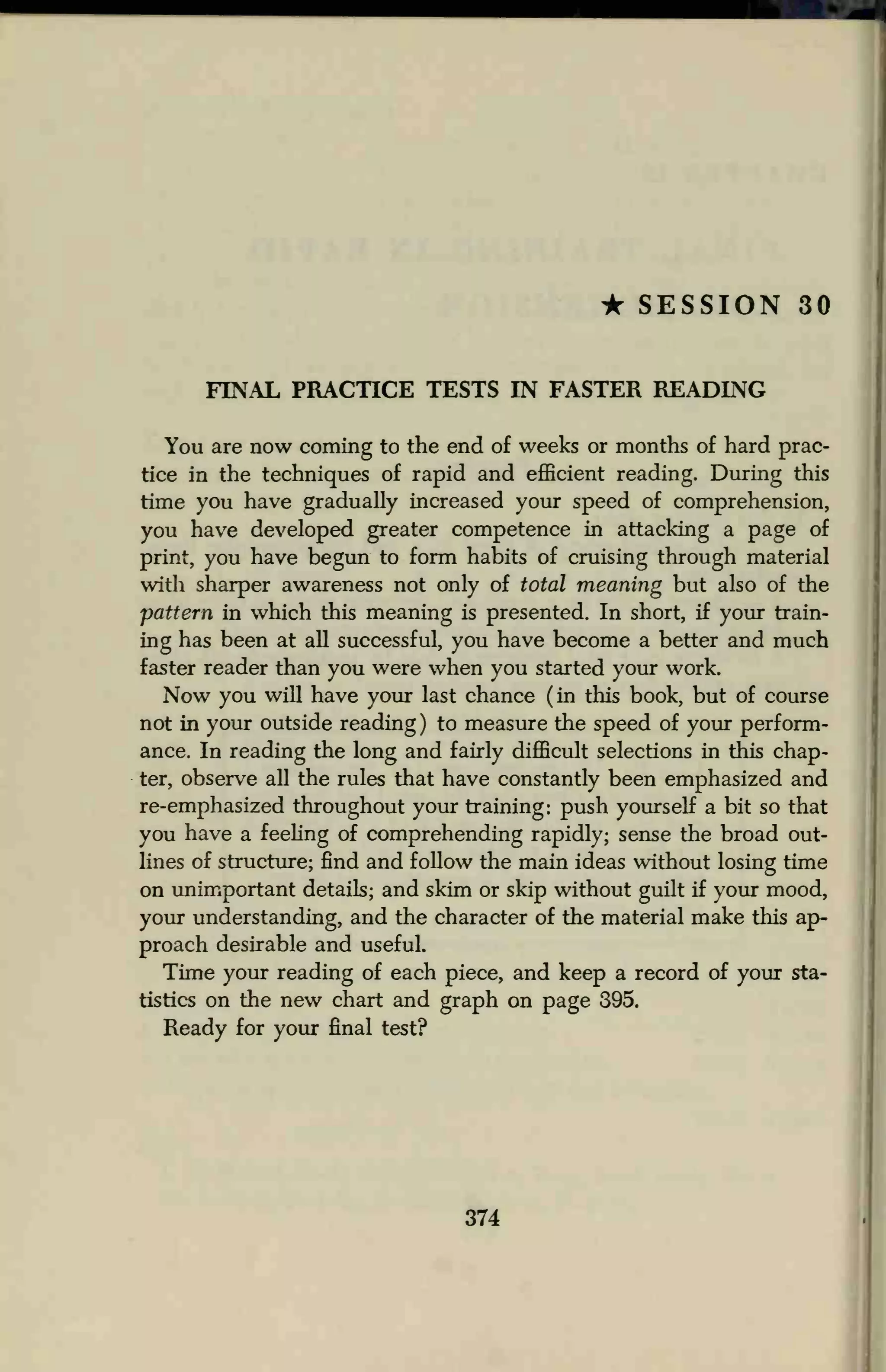

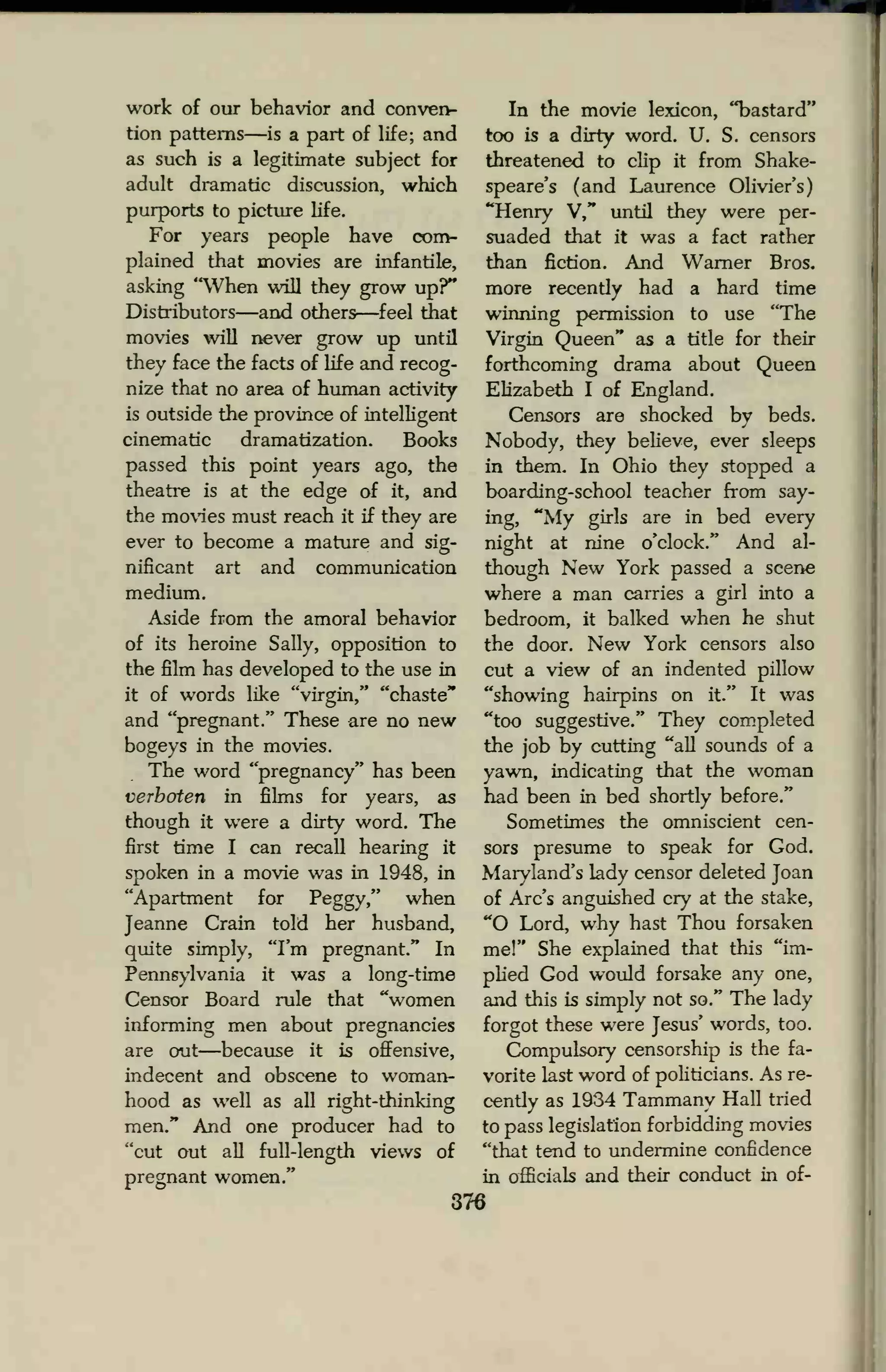
![fice." The officials, of course, to be
the judges.
Some municipalities, too, are ex-
tremely shy. Chicago's policeman
censor systematically eliminated all
reference to gangsters ever com-
ing from there (including a movie
about mobster Al Capone). Jersey
City cut a film in which a plane
pilot remarked, "We're approaching
Jersey City—I can smell it." And
Kansas banned a movie in which a
teletype flashed: "The criminals
were last seen in Kansas City." One
public-spirited scissorman clipped a
sequence in which a counterfeiter
boasted, "My bills are as good as
the originals/'
It got so hard to please every-
body that Samuel Goldwyn re-
marked, "I'd like to make a movie
of 'Beverly of Graustark' if I could
only be sure some mythical king-
dom wouldn't complain!"
Many have tried to get into the
censoring act—for personal, pride-
ful, patriotic, political, propagandis-
ts, moral, social, racial or theologi-
cal reasons. Almost everybody be-
lieves he is specially qualified to
advise, revise and edit movies—not
only for himself and his group, but
for the public as well.
Spain's church-dominated censor
banned "Gentleman's Agreement"
because "It is poison [to say that]
a Christian is not superior to a Jew."
And Jewish organizations tried to
ban "Oliver Twist" because the vil-
lainous Fagin was a Jew (no men-
tion of murderer Bill Sykes, who
was not a Jew). Church groups
condemned H. G. Wells' "Shape of
Things to Come" because God was
not mentioned in it. Catholic pres-
sure banned "Martin Luther" in
most of Canada and many other
countries, and tinkered with history
in "The Three Musketeers." In this
film the wily Richelieu was pictured
not as a Cardinal, prince of the
Church, but as an unscrupulous ci-
vilian politician.
It has even come to a point where
censoring the unseen is now an ac-
tuality. In "Seven Year Itch" Tom
Ewell peeks into a photographic
magazine and sees (what the audi-
ence never sees but is led to believe
is) a nude photo of Marilyn Mon-
roe. At Legion insistence after the
film's release, 20th Century-Fox in-
serted a fast flash showing a photo
of Miss Monroe clad in a proper
bathing suit.
Thus the censors reached beyond
the picture and censored the audi-
ence.
Producers and exhibitors frankly
fear to run counter to Legion de-
mands. They risk the loss not only
of patronage of millions of Cath-
olics who have taken the Legion
pledge, but also "punishment" in
the form of picketing and/or boy-
cott of their theatres for periods of
from one week to a year. Most big
movie companies have contracts
with producers guaranteeing that
film product delivered will receive
at least a Legion "B" rating.
Ill
The opposition to censorship is
rooted in the belief that it would
be a dangerous opening wedge for
377](https://image.slidesharecdn.com/howtoreadbetterandfaster-normanlewis-150703192625-lva1-app6892/75/How-to-read-better-and-faster-norman-lewis-399-2048.jpg)
